Companies that are defense-only are still exposed to fresh threats because cybercriminals have been adapting their strategies daily. Cybercrime has become a $6.4 trillion issue and will be even larger in the future, according to reports. Defenses do not change, and attackers can readily identify how to exploit vulnerabilities. But what if, rather than waiting and hoping the walls stay up, businesses took the initiative? What if they discovered their weaknesses before the bad guys did? Offensive cyber security is similar to being a hacker, but instead of hacking an organization, you attempt to hack into your own.
Here, we will outline the essential ideas of Offensive Security in Cybersecurity activities along with best practices and advantages. After this, you will understand which proactive steps will make your organization’s security stronger.
Understanding Offensive Cyber Security/“OffSec”
Offensive Cyber security, or “OffSec,” involves the line of going out into your own company and looking for vulnerabilities in your cyber infrastructure. That necessitates the imitation of the strategies, tactics, and methods of cyber criminals. It is more of an aggressive approach to security, wherever the unseen vulnerabilities waiting to be attacked by nefarious individuals may be hiding.
Rather than merely stopping threats, OffSec is more proactive in that it attempts to locate and patch security vulnerabilities before they’re ever exploited. Practitioners of its work utilize several actual tactics used in the real world to examine systems from the point of view of an attacker. Through this method, an organization will be able to uncover any hidden vulnerabilities that were unknown and not detectable through conventional methods or processes.
By using offensive techniques in a contained environment, organizations can test their current security controls and enhance them further. Digital assets are continually tested and enhanced so that they are always robust.
Need for Offensive Cyber Security
Since attacks are increasingly targeted (such as ransomware) or advanced (consider spear-phishing and APTs), they tend to render conventional defenses inadequate to defend against them. According to the Verizon Report 2024, ransomware was used in 62% of breaches. OffSec will enable organizations to identify those future threats and steer clear of them before expensive incidents happen.
With the General Data Protection Regulation (GDPR) and industry-specific directives as a norm, proactive security measures are required to be implemented by companies. Offensive cyber security is one component of an overall strategy for eliminating or minimizing such risks by replicating attacks and identifying vulnerabilities in systems that would otherwise remain undiscovered on the surface.
How to Create Offensive Security Operations?
A cyber security offense campaign allows firms to pretend they’ve been breached anew in the actual world. It can uncover system flaws at an early stage before hackers arrive at it themselves in case an entity has a payment gateway service running. Rather than hoping hackers get inside, such operations perform red team exercises so they can practice looking at how effectively they would exploit customer data as an attacker would.
This method has two advantages: first, it compels businesses to search for the types of long-term threats present in their ecosystem. Second, these passive scans can identify security vulnerabilities such as poor encryption, which may go undetected by regular defensive scans. This is how you can go about creating a robust offensive cybersecurity program:
1. Set Clear Objectives
An organization wanting to operate its offensive cyber security activities must first define clear goals. For the highest effectiveness, if proprietary applications, networks, or systems are being attacked, these objectives should be aligned with those of the corporation. By having defined objectives, the organization is aware of what is possible.
For instance, one entity can consider labeling high-impact shortsighted errors in its web applications or reviewing worker responses to phishing exercises. With clear objectives in sight, such as monthly penetration tests or annual red team exercises, advancements and effectiveness are quantifiable.
2. Build a Skilled Offensive Cybersecurity Team
The success of offensive security is going to lie heavily in the team that is guarding it. Organizations that compose teams with differing levels of ethical hacking, network security, and offensive experience will be more poised to handle security issues. Those professionals who are certified in cybersecurity are also incredibly valuable team players, as the knowledge they hold enables them to overcome any hurdles that come up.
3. Use Advanced Tools and Technologies
To practice offensive security in cybersecurity, there must be sophisticated tools for both vulnerability detection and exploitation. The offensive security engine of Qualysec is capable of mimicking actual attacks to detect vulnerabilities and address issues before becoming threats. The automated response of the platform immediately erases threats to minimize potential harm. Another security feature is the Singularity Cloud Native Security that boosts security through full visibility of cloud environments and identifies confirmed exploit vectors.
4. Implement Automation
Offensive security operations are done faster and better through automation. Vulnerability scanning, reporting, and analytics, which are mostly mundane tasks, can be accomplished out of the box. Automated vulnerability-scanning tools continuously run to detect potential issues at any given time. Automation also makes sure that your systems are continuously being scanned so that you can concentrate on more complicated tasks.
5. Play Offense With Real-World Simulations
Red teaming is not a simple penetration test; red teams are cross-disciplinary and execute differing levels of sophisticated attacks that target all facets of the security infrastructure. These are intended to simulate actual attacks and assess the incident response skills of the organization. They are an excellent means to gauge how effective an organization’s security defenses are.
Benefits of Offensive Security Strategies
By employing offensive security measures, companies identify vulnerabilities and address them before they can be exploited for data breaches. By integrating offensive measures, companies can achieve compliance requirements and reduce risks. They can also collaborate across a broad spectrum of teams so that any reaction to threats is both rapid and targeted. Some additional advantages of employing offensive cybersecurity measures are:
1. Proactive threat detection:
Offensive security helps uncover vulnerabilities through simulated attacks. This leads to early identification before the threat becomes a real incident. Hence, improvements can be made promptly to strengthen the organization’s key systems. For example, a simulated phishing attack might reveal that employees are susceptible to clicking on malicious links, allowing the organization to implement targeted training programs.
2. Increased system resilience:
In understanding more about threats in real life, organizations harden the infrastructure. Once an organization gets attacked, they gain an insight into what actually would happen during actual breach conditions. This ability and resilience set the system up for potential attacks ahead.
3. Security maturity:
Continuous testing shifts security from reactive to proactive. Every test brings the defenses of the organization nearer to state-of-art for prevention and response against threats. For example, continuous penetration tests tend to identify weak encryption protocols so that organizations can shift to robust algorithms.
4. Compliance assurance:
Background checks by Offensive Security assist organizations in fulfilling regulatory requirements by which they can validate compliance with standards like the Payment Card Industry Data Security Standard (PCI-DSS), Health Insurance Portability and Accountability Act (HIPAA), and General Data Protection Regulation (GDPR).
5. Low-cost risk mitigation:
Early detection of weaknesses reduces the likelihood of future breaches’ economic impact. If a weak password policy is detected in a simulated attack, it can be modified before a costly real-world breach happens.
6. Team readiness and collaboration:
Offensive attacks can be anyone’s drill for an organization. These attacks will become a means of enhanced awareness and familiarization in the form of teams warming up quickly to provide unified responses to threats in real time. This augments current practice and fosters open collaboration among defensive and offensive teams.
4 Types of Offensive Cyber Security Services
Offensive cyber security services strive to learn about your organization’s networks, systems, and individuals to identify vulnerabilities ahead of the attackers. These services are extremely proactive in identifying threats through four significant means:
1. Penetration testing
Advanced penetration testing, or pen testing, mimics actual cyberattacks against systems, networks, or applications to determine possible vulnerabilities. Through imitating attackers’ techniques and tactics, organizations discover vulnerabilities that may be attacked. Here is the process:
- Information collection: A starting point of information collection is to obtain details about the configurations of the systems, e.g., network info, versions of software, and the configuration structure. That helps get an idea of where possible entries are to be found.
- Vulnerability scanning: Manual tools like Qualysec vulnerability management scan systems for recognized weaknesses. It sets out a primary plate of potential vulnerabilities to exploit.
- Exploitation: The penetration tester will try to exploit any weaknesses discovered to push the limit just a tiny bit further. This takes just what the potential attacker would do in reality over into an actual-world assessment of risk.
- Post-exploitation: Once inside, testers will attempt to increase their privileges further in order to investigate further into sensitive data and systems.
- Reporting and remediation: Once testing is complete, an overall report is created, which lays out findings, risks, and recommendations for how to remedy the vulnerabilities. Through working with the pen testing report findings, firms can prepare well-informed actions against likely threats.
Latest Penetration Testing Report

2. Red Teaming
Red teaming is a deeper and comprehensive offensive service whereby a group of ethical hackers performs attacks by mimicking sophisticated attackers. This is how it aids organizations:
- Simulation of actual-world attacks: The red teams engage in moves not carried out in the initial version but seemingly mimicking moves from actual attacks, either extending the digital confines or by the exploit of physical security violations. Red teams try their best social engineering through forged qualifications and jumping the list permissions levels of quality procedure to open avenues into your system.
- Holistic security testing: Red teaming is a comprehensive test of security, such as physical security, network defense, incident response (or disaster recovery), and staff-level security. It reveals to organizations where their weaknesses are across the board, not only in IT but everywhere.
- Actionable insights: The red team explains how exactly the defenses collapse and what can be done by an organization to rectify these failures. This holistic approach produces more insights than tests conducted separately, which is why it is worth it.
3. Vulnerability Assessment
Vulnerability scans are also known to refer to their programmatic scanning of computer systems for finding security threats without employing these threats to assault the system. Their significance is apparent from the below:
- Scanning automated: Automated software such as Qualysec scans systems for vulnerabilities like obsolete software, poor passwords, or misconfigurations. These scans give an overview of security vulnerabilities that exist across a network.
- Manual validation: In manual identification, analysts need to establish that they have identified false positives alone and ensure that the findings reported in automated scans are real for a specific defective package. This ensures only genuine risks are the priority.
- Risk prioritization: Once vulnerabilities are known, then choices have to be made about which risk to address first. This allows companies to fix their lower problems first but still have their highest-priority issues fixed promptly.
“Related Content: Read our detailed guide to Vulnerability Testing in Cyber Security!
4. Social Engineering Testing
Social engineering testing is based on exploiting human vulnerabilities instead of technical vulnerabilities, mimicking the situation in which employees might be manipulated into granting unauthorized access. This service is aimed at making the weakest link, i.e., individuals, in most security infrastructures more secure.
- Phishing tests: Fake phishing messages or texts are delivered to staff in anticipation of observing the reactions. They can determine the level to which staff can detect phishing attacks and identify where there is a need for extra training.
- Pretexting: Testers fabricate situations to mislead employees and discover confidential information, like pretending to be a co-worker or IT support personnel.
- Baiting: Baiting is done by deceiving workers by introducing malicious objects such as infected USB devices or enticing files into their environment. If the worker engages with the device or file, it will launch an intrusion attempt, mimicking the way attackers use human curiosity to obtain access to confidential systems or data.
Best Practices for Implementing Offensive Cyber Security
Organizations must follow best practices in offensive security since the aim is to detect vulnerabilities before attackers. The following practices make sure that such exercises are a beneficial, specific, and effective function of OffSec.
1. Know Your Weak Spots with a Risk Assessment
Not doing proper risk assessments is a big error. A risk assessment involves assessing how secure the system is currently in the first place, what its resources are, and how information would be received and listened to by various kinds of audiences.
To accomplish a risk assessment, companies need to prioritize first those areas with the highest risk and most critical information. Prioritizing vulnerabilities that are indicative of business risks can enable companies to develop an action plan.
2. Ethics First: Stay Legal and Responsible
Any offensive cyber security operations should be within the confines of the law and ethics. Obtaining prior permission for any system testing is crucial to prevent legal liability. Furthermore, companies should establish strict ethical policies on remote attacks so as not to inadvertently attract problems into themselves and violate data-protection regulations. This is to assure that all offensive security methods are ethical and handled completely under industry standards.
3. Keep Testing and Keep Improving with Feedback Loops
Regular security testing enables companies to discover and deal with emerging new security threats rapidly. That is why routine vulnerability mapping, penetration testing, and red teaming need to be undertaken by all firms to guarantee the early identification of possible risks.
Offensive security testing needs feedback loops, as well; the output of results will influence offensive security testing to continue better. Through this continuous loop of iteration, your business will adapt and get tougher from true-world experience.
4. Coordinate Offensive and Defensive Efforts
Any valuable insight obtained in offensive tests needs to be cycled back into the defense, such as response procedure, deploying firewalls, and enhancing other security controls. In the long run, this process keeps putting resources invested in offense into defense plans too. It is a tandem security stance that maintains what is outgoing and readies for what is incoming.
5. Measure and Improve with KPIs
After having KPIs, performance-driven security will become achievable. To illustrate, how long it will take to repair vulnerabilities, what percentage of “red team” attacks pass through, and the quantity of prime vulnerabilities found. Having these types of monthly data will enable organizations to remain at the forefront in terms of security and prove that offensive security is an ongoing advancement in performance.
Talk to our Cybersecurity Expert to discuss your specific needs and how we can help your business.
Offensive Cyber Security Companies
Qualysec for Offensive Cyber Security
Qualysec streamlines offensive security in cybersecurity with its AI-powered Cloud Native Application Protection Platform (CNAPP). The platform enables organizations to detect exploitable vulnerabilities. Qualysec also handles real-time response and continuous protection through:
- AI-based threat detection: Qualysec’s Offensive Security Engine emulates actual attacks to rank vulnerabilities. It targets confirmed exploit paths that provide actionable intelligence for security teams.
- Real-time threat response: Real-time protection and agentless scanning features of the platform enable instantaneous detection and remediating of threats.
- Enterprise visibility: Qualysec gathers information on multi-clouds, enhancing your perspective and ease of vulnerability management. This equips security teams with the potential to monitor and react to threats with minimal exertion.
- Shift-left security integration: Qualysec integrates with development pipelines via Infrastructure as Code (IaC) scanning, enabling developers to identify vulnerabilities early in the application lifecycle and reduce risks by orders of magnitude when deploying to production.
End-to-end continuous improvement using AI: With the power of the Singularity Data Lake, Qualysec gives data-driven visibility and automates response to incidents. It learns continuously from all attacks to continually improve its detection and prevention. Schedule a call with our cybersecurity experts today!

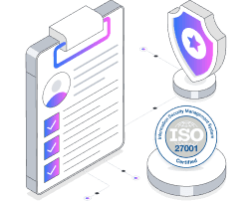







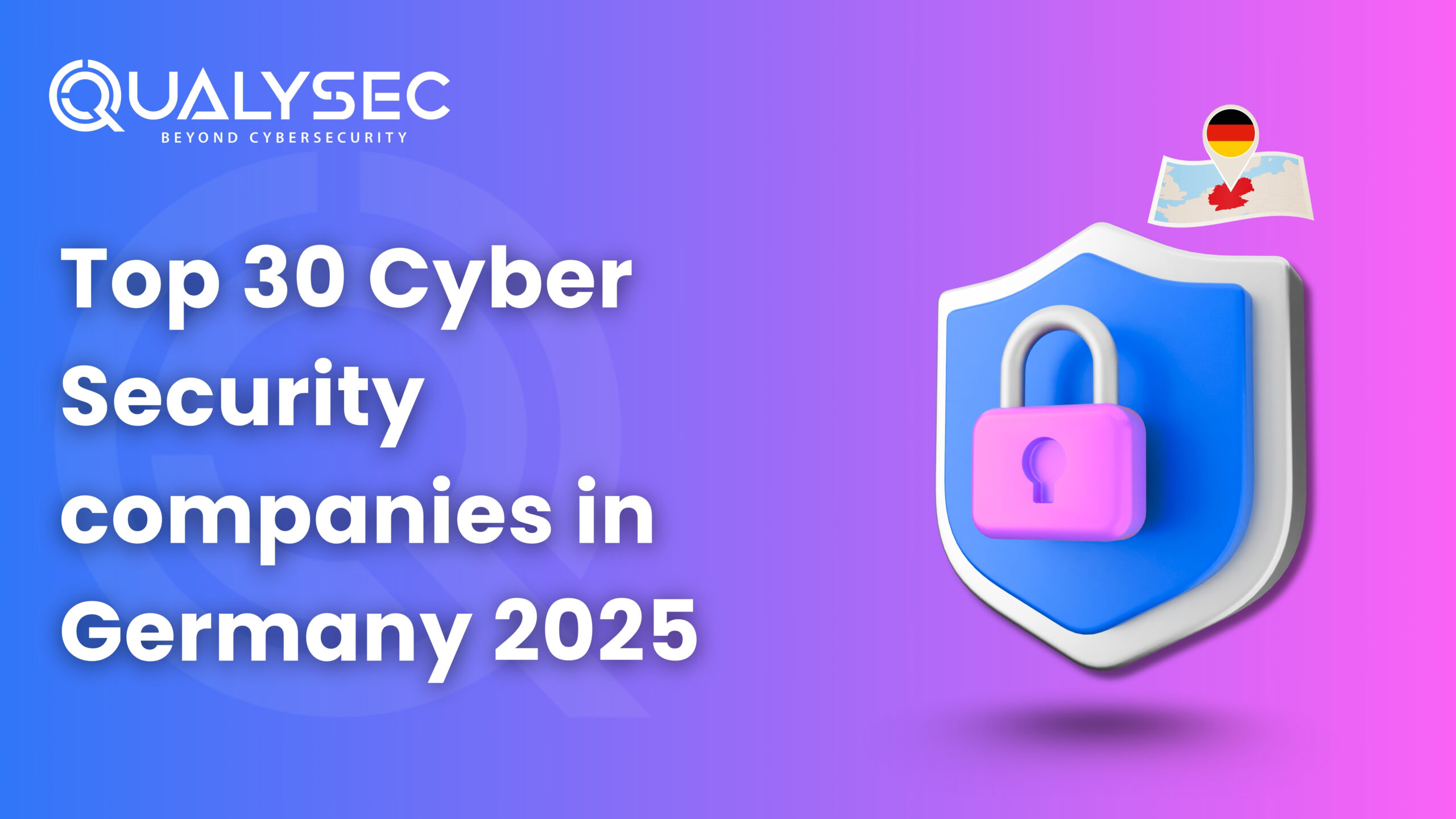
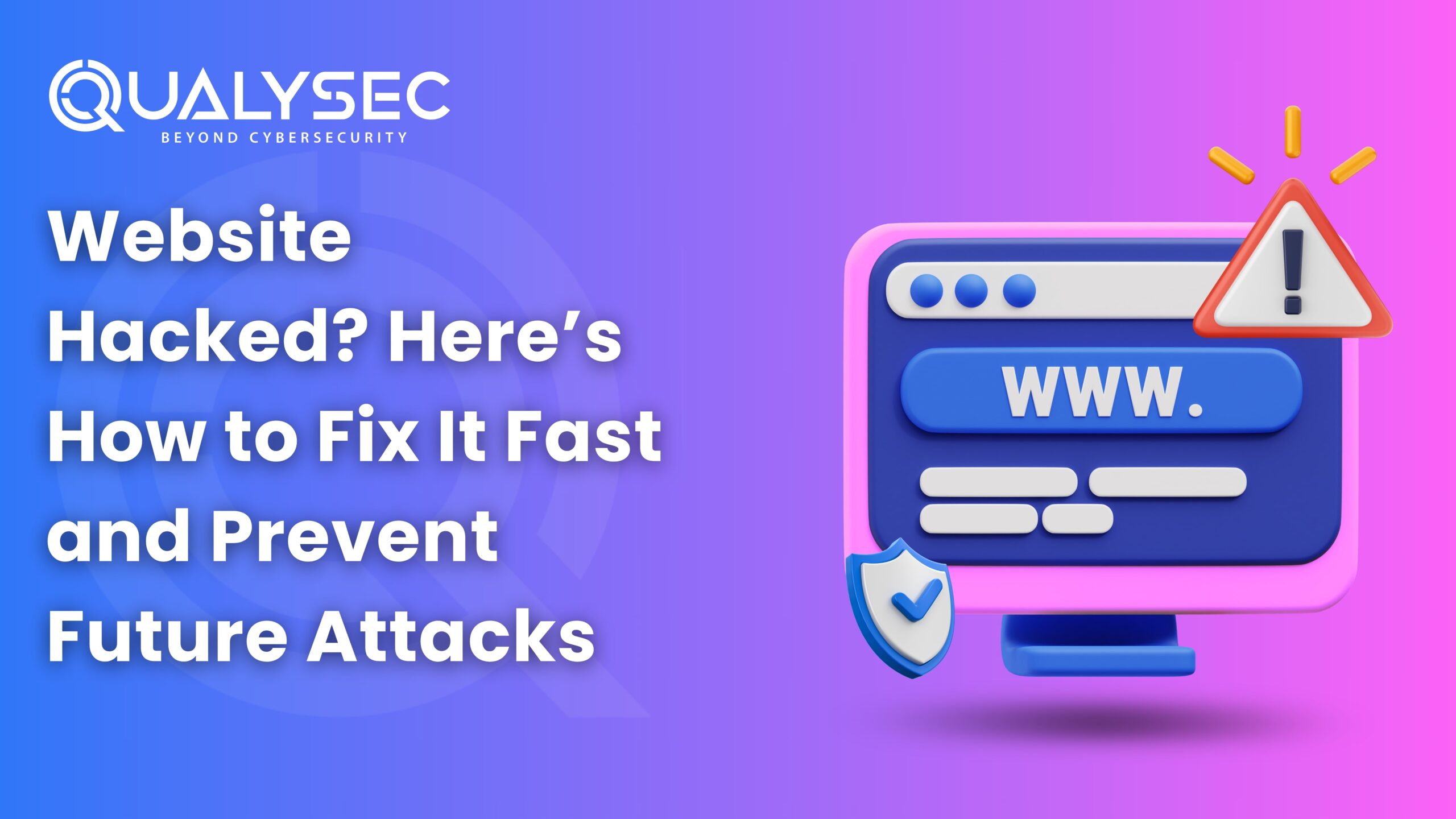
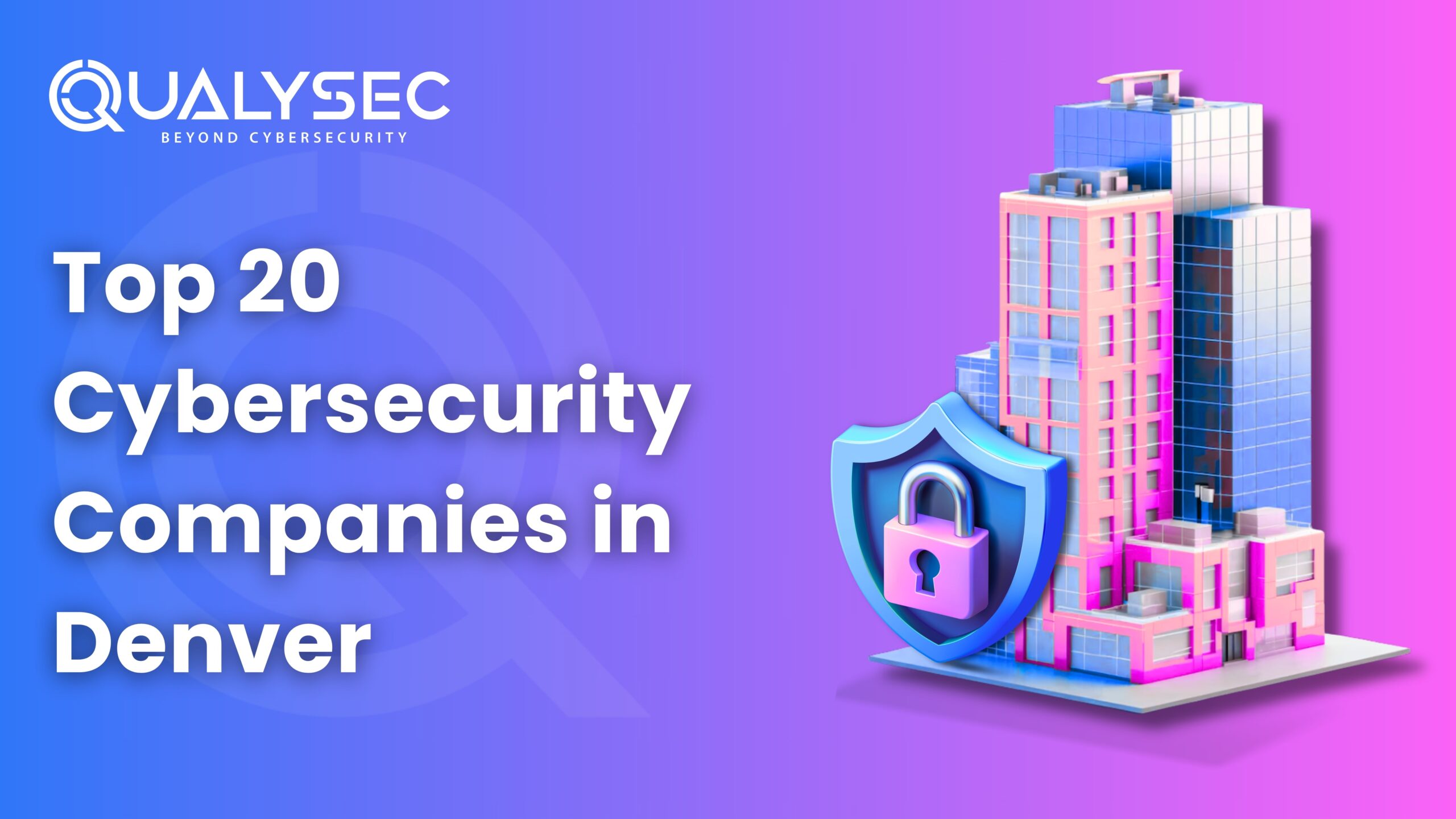
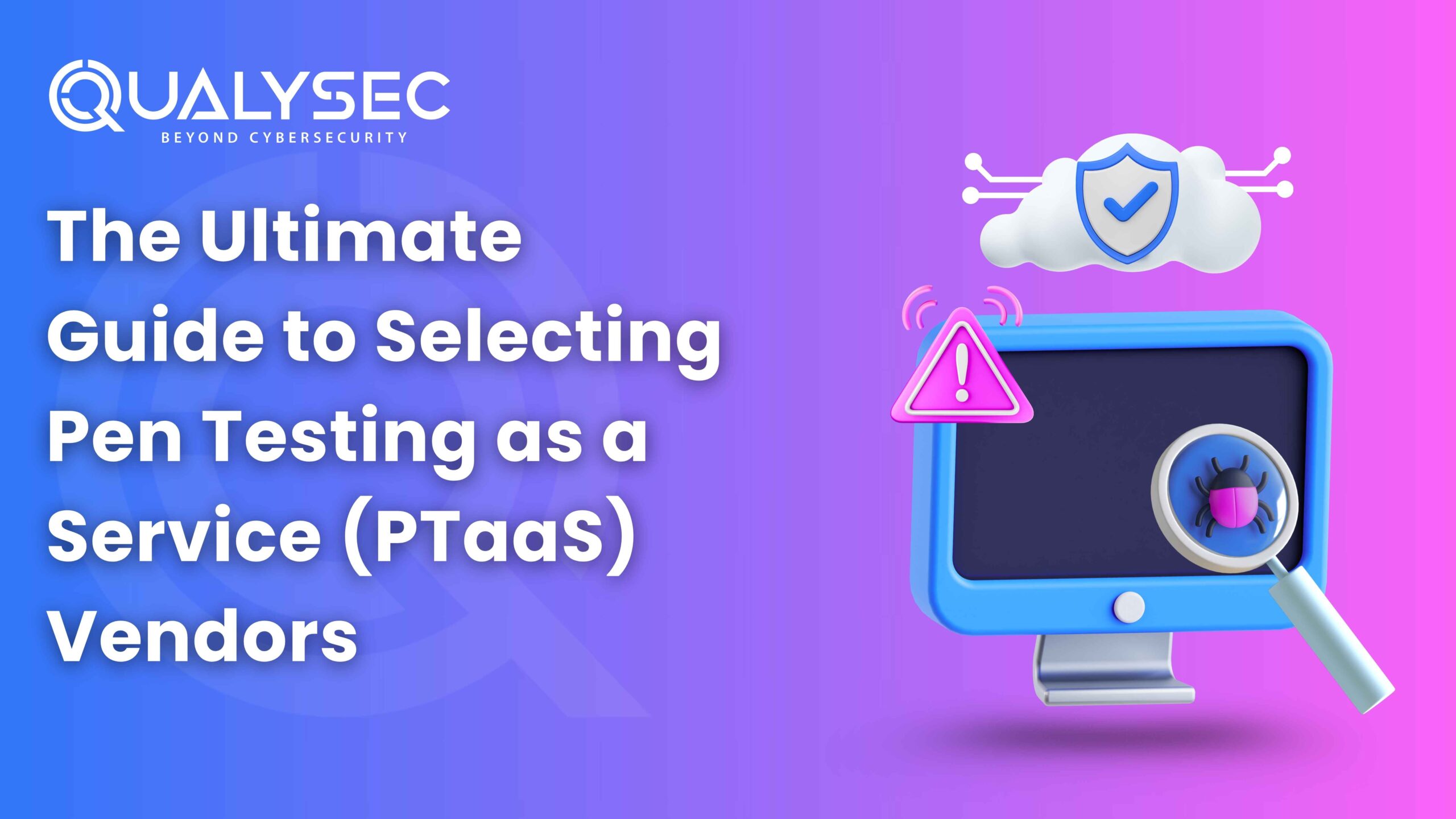

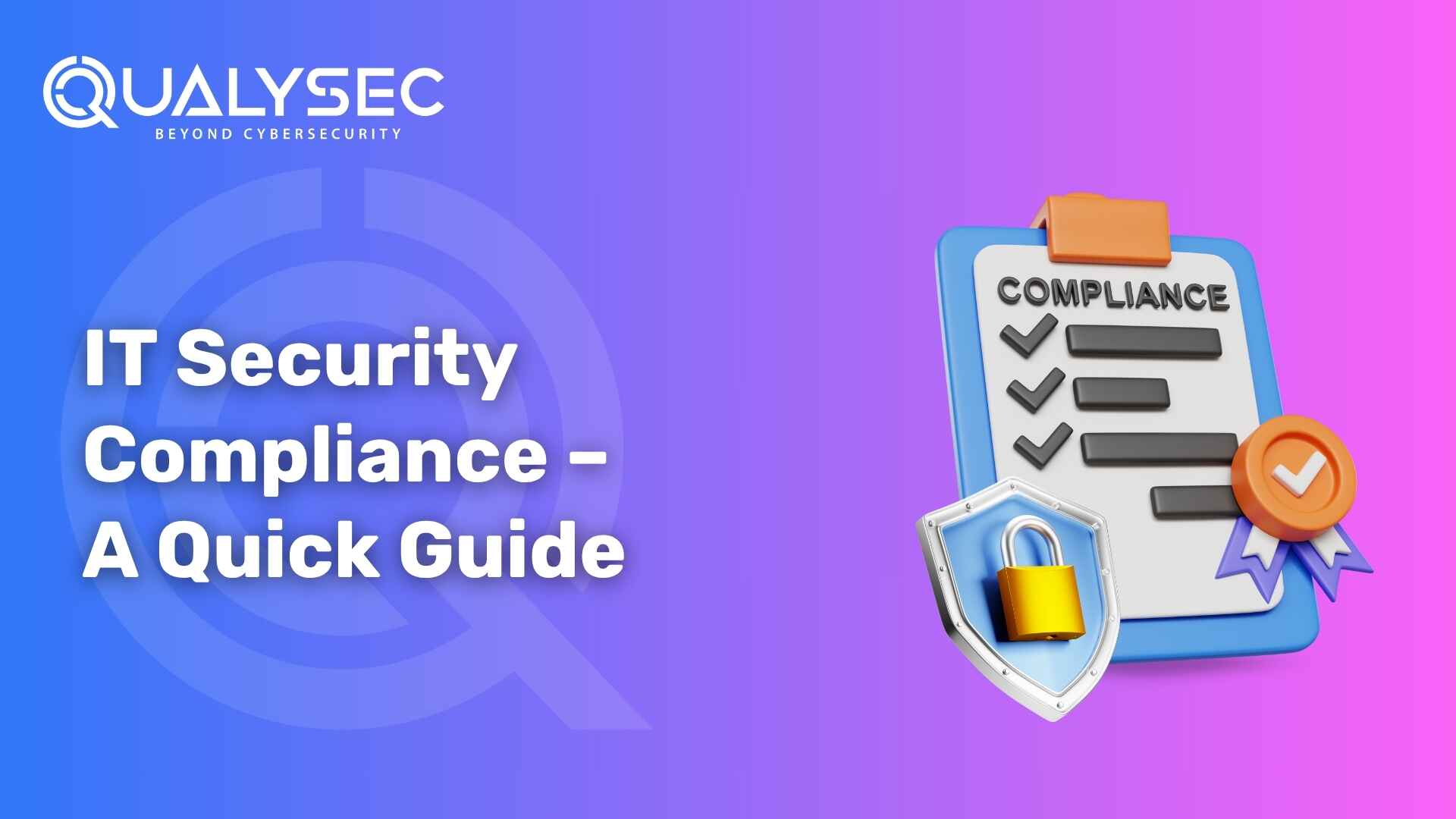



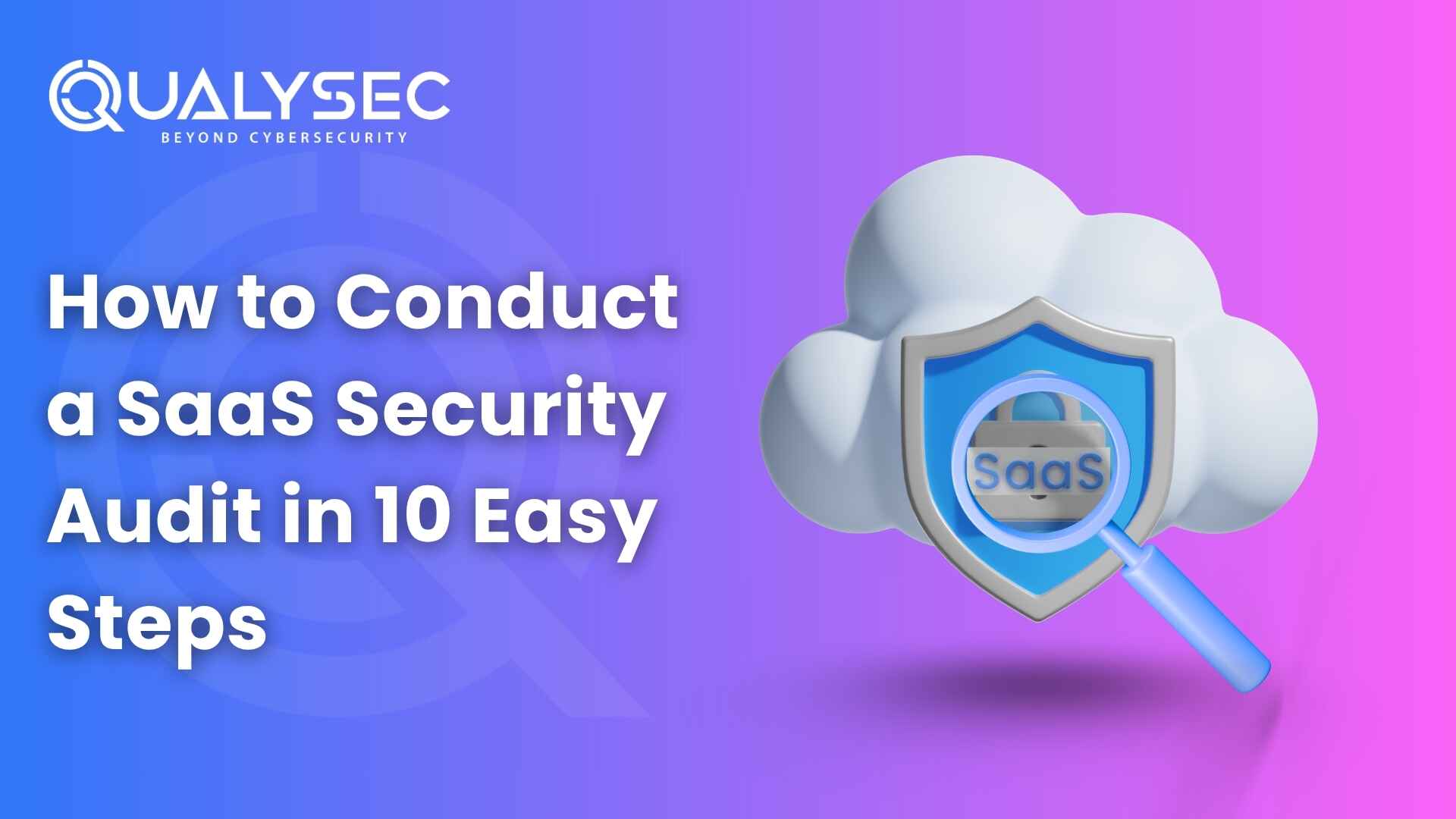
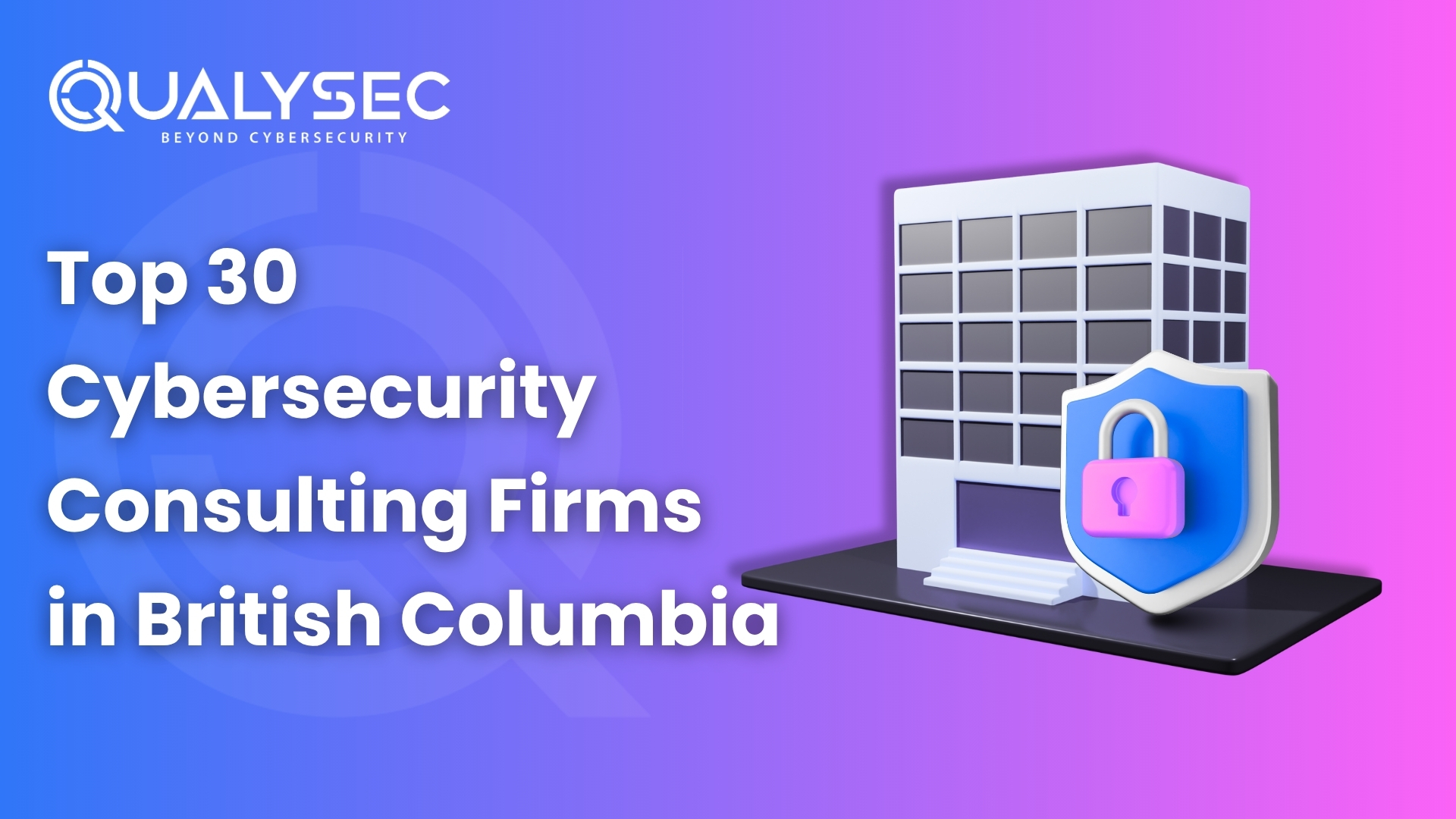

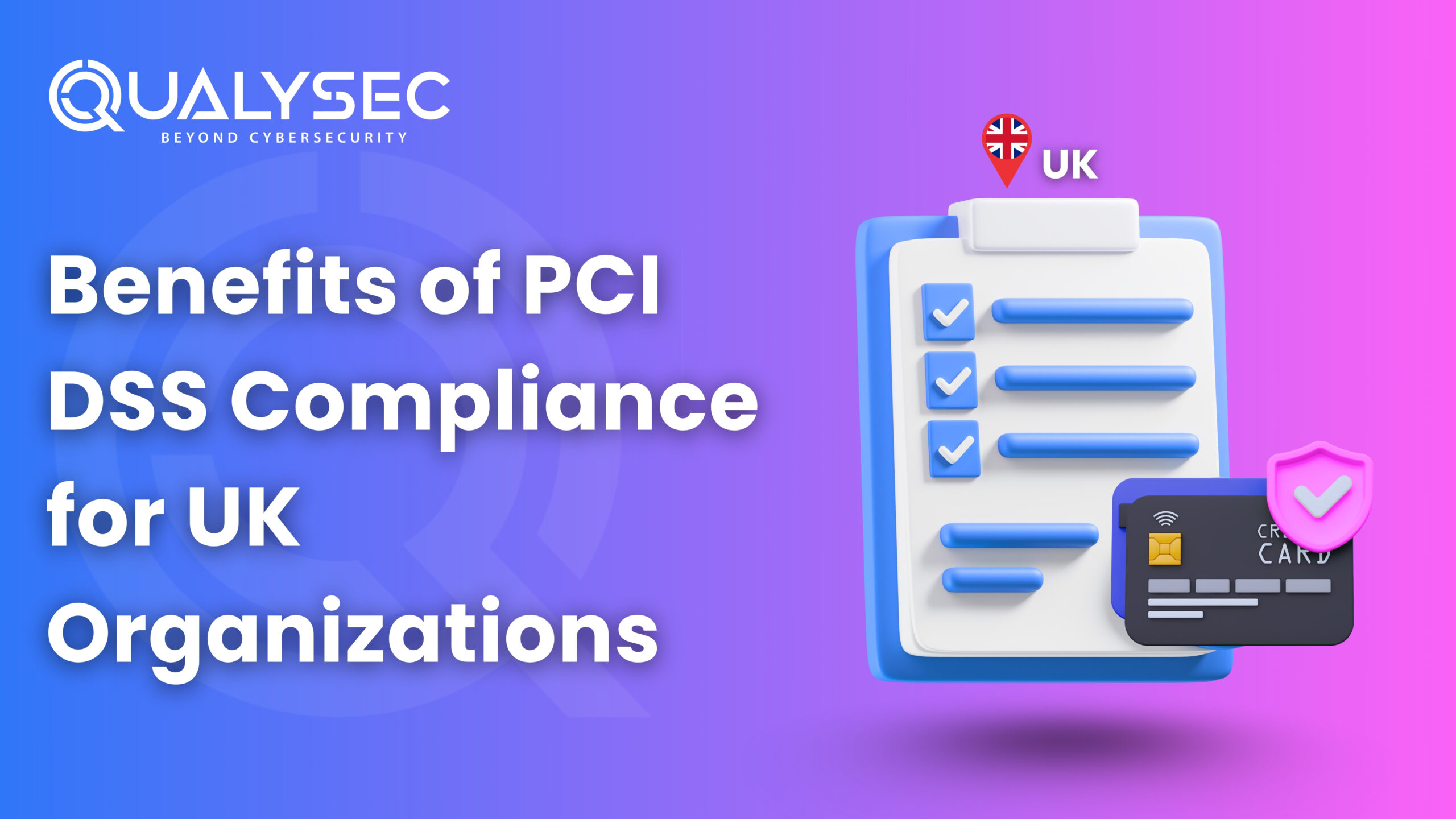

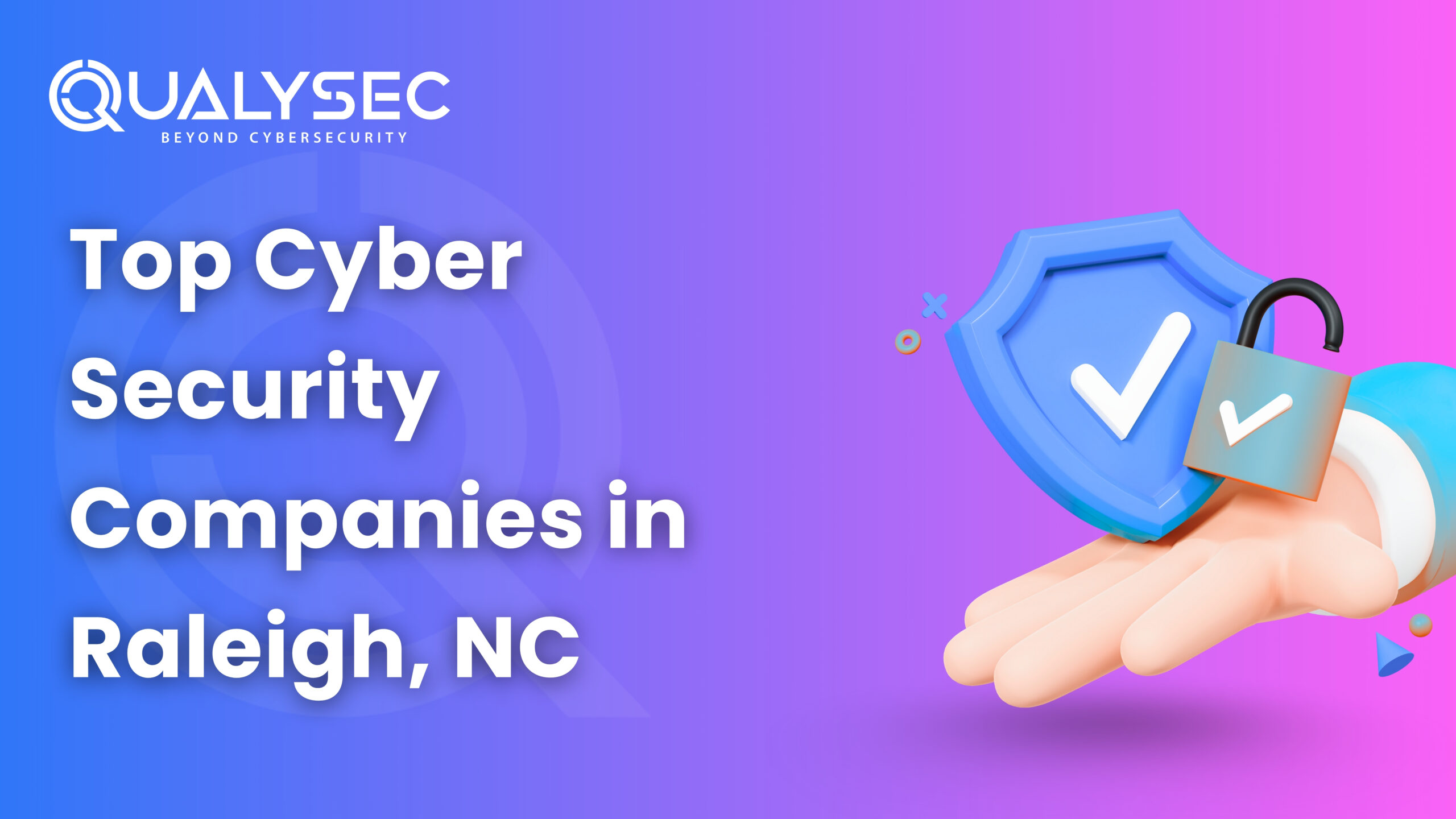
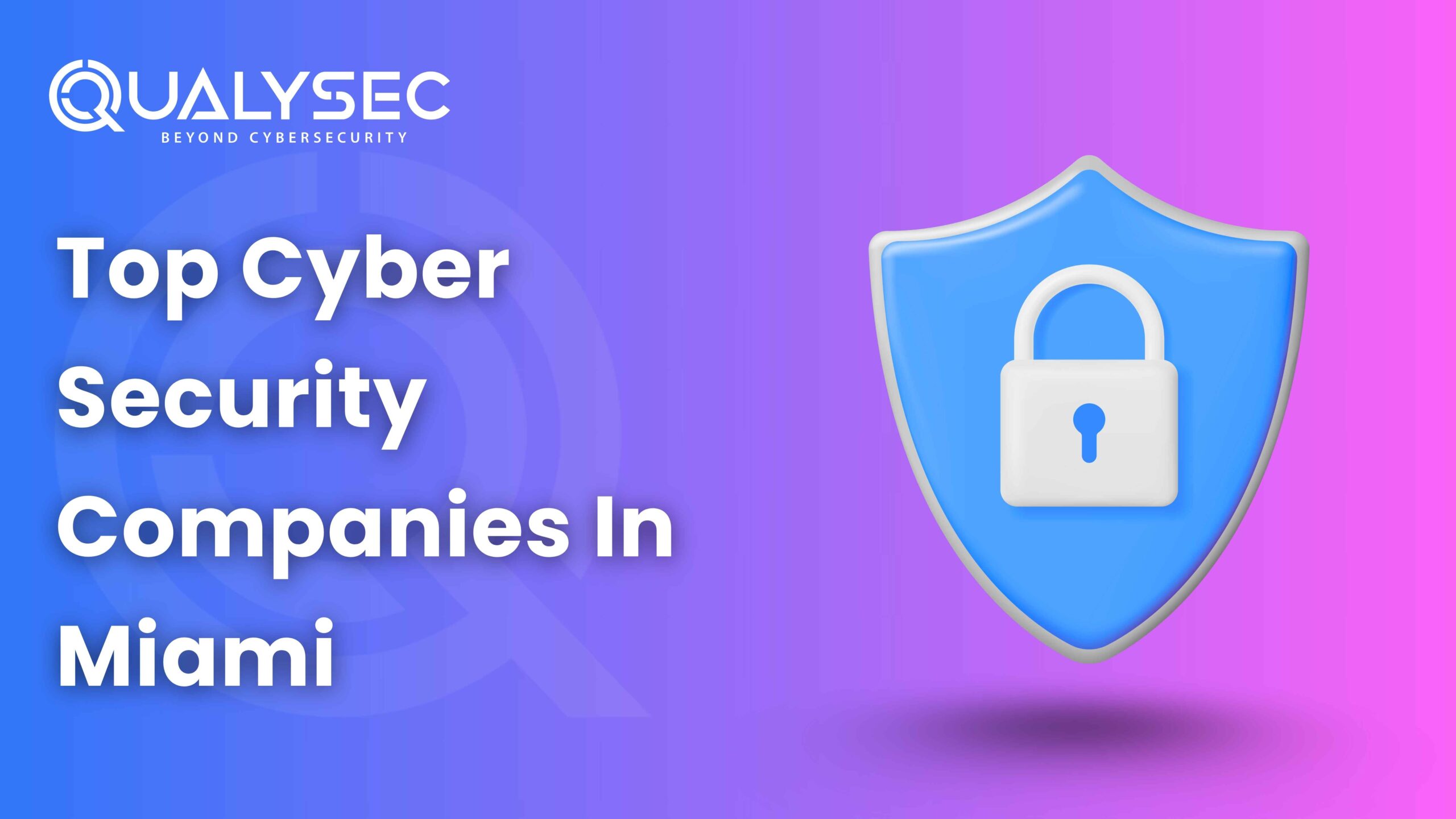


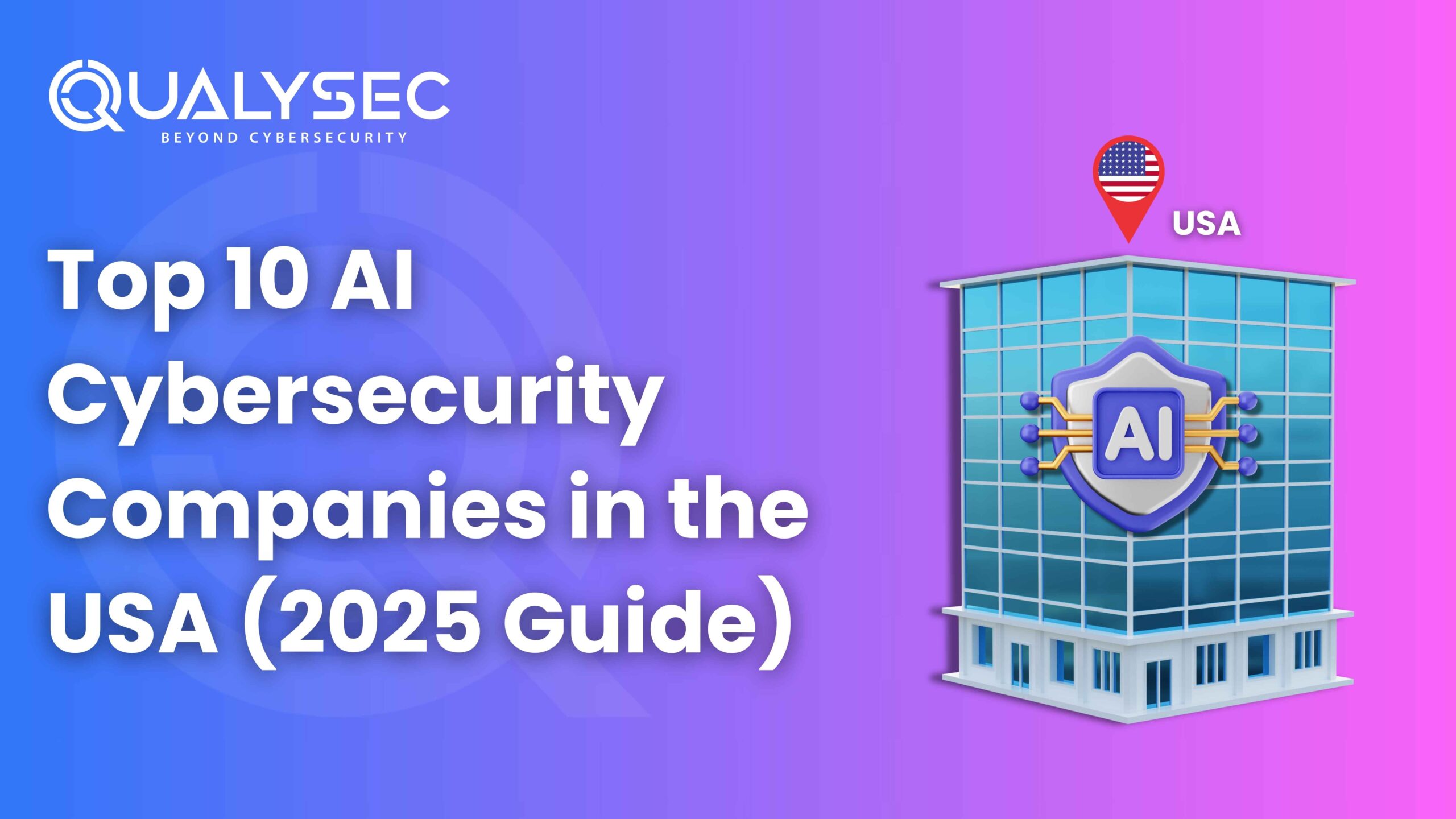
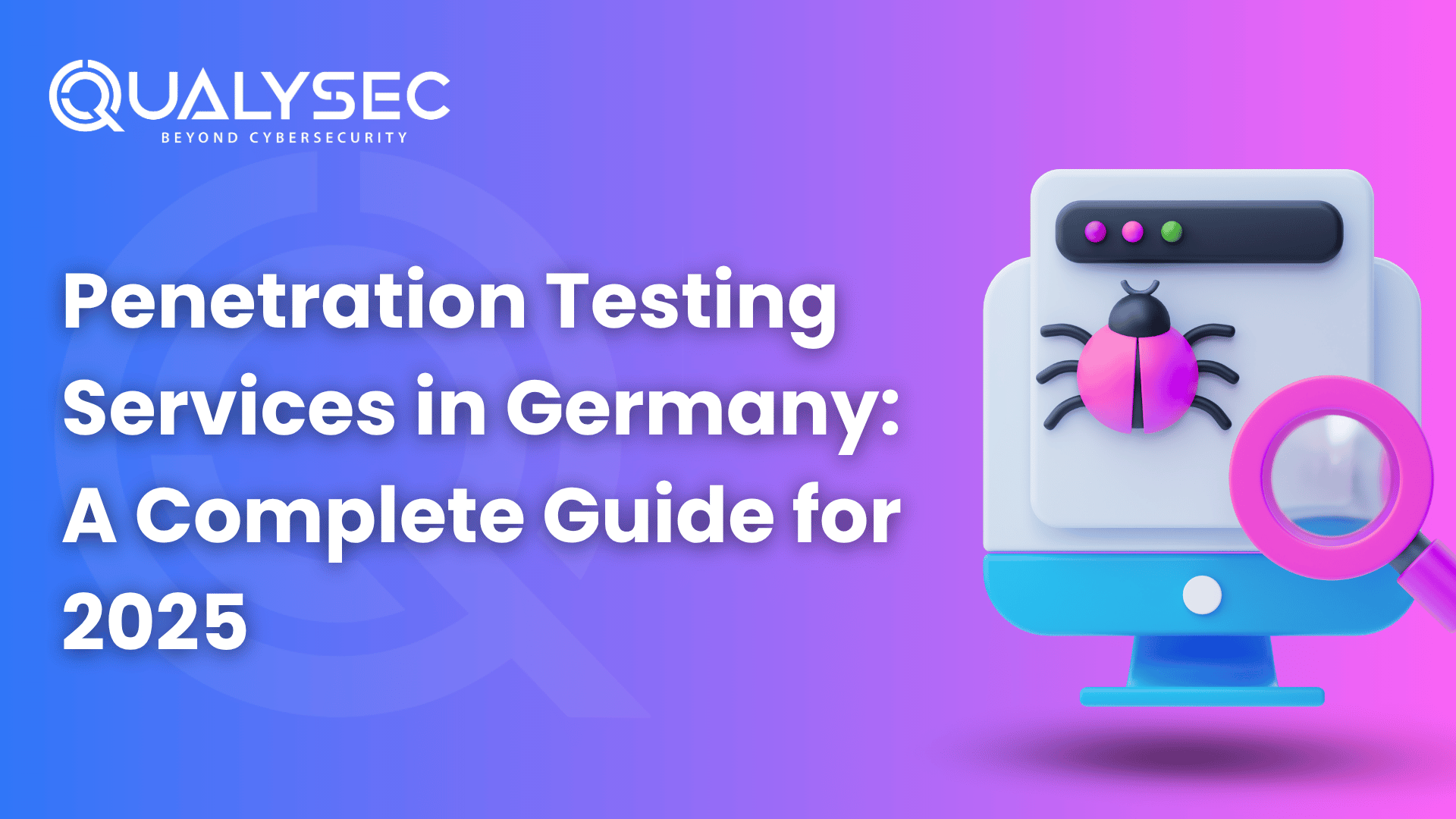
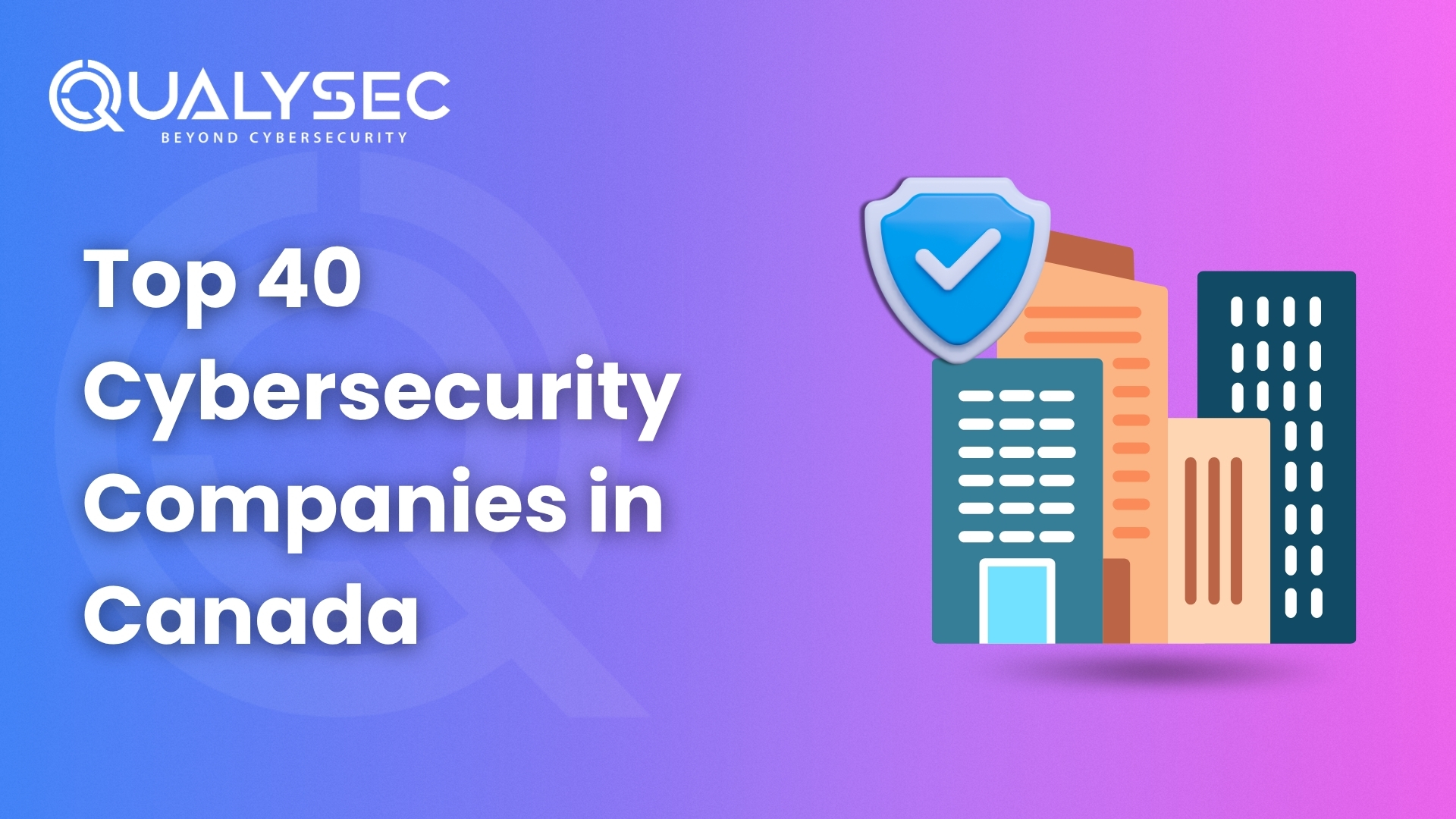

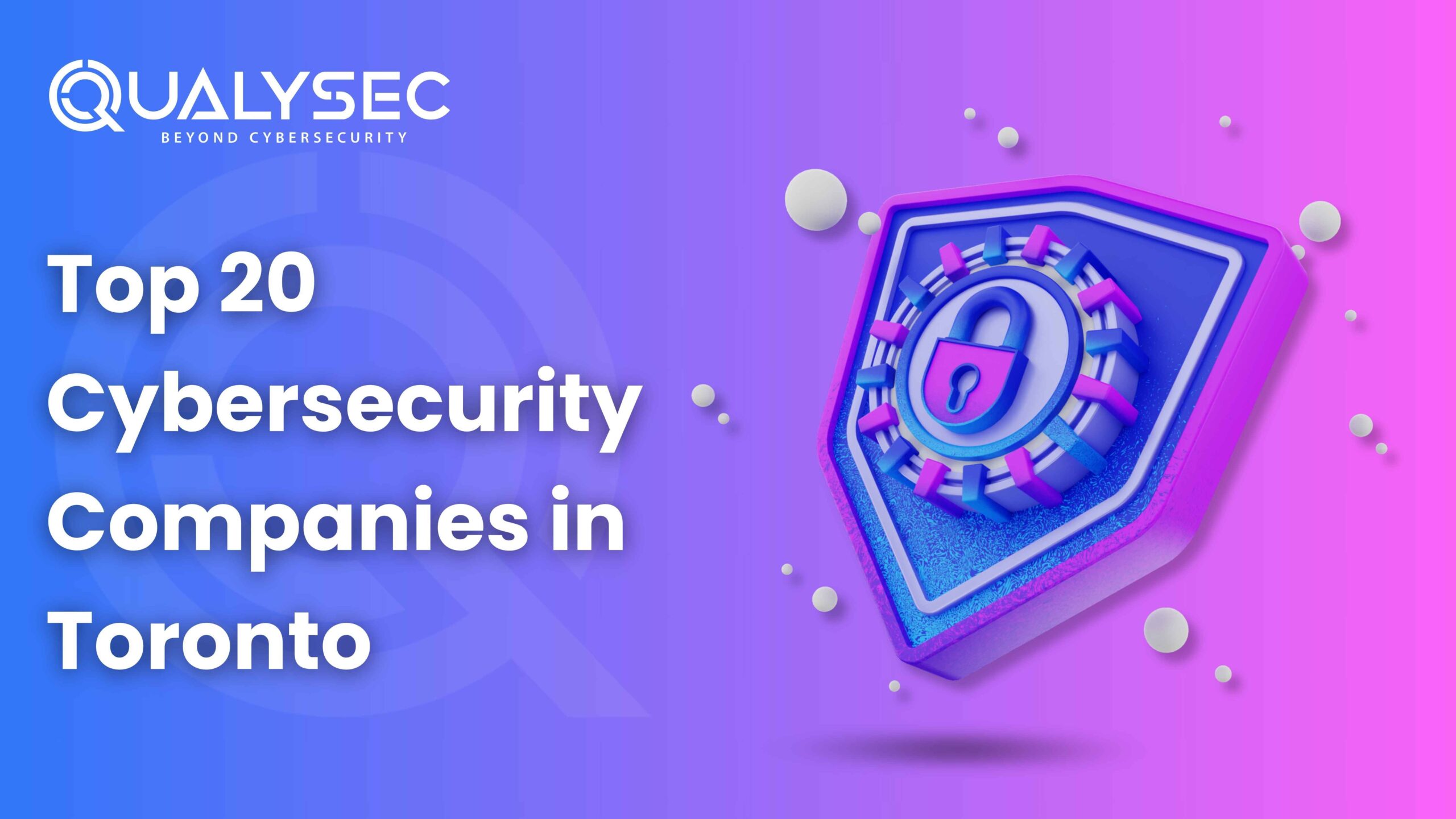

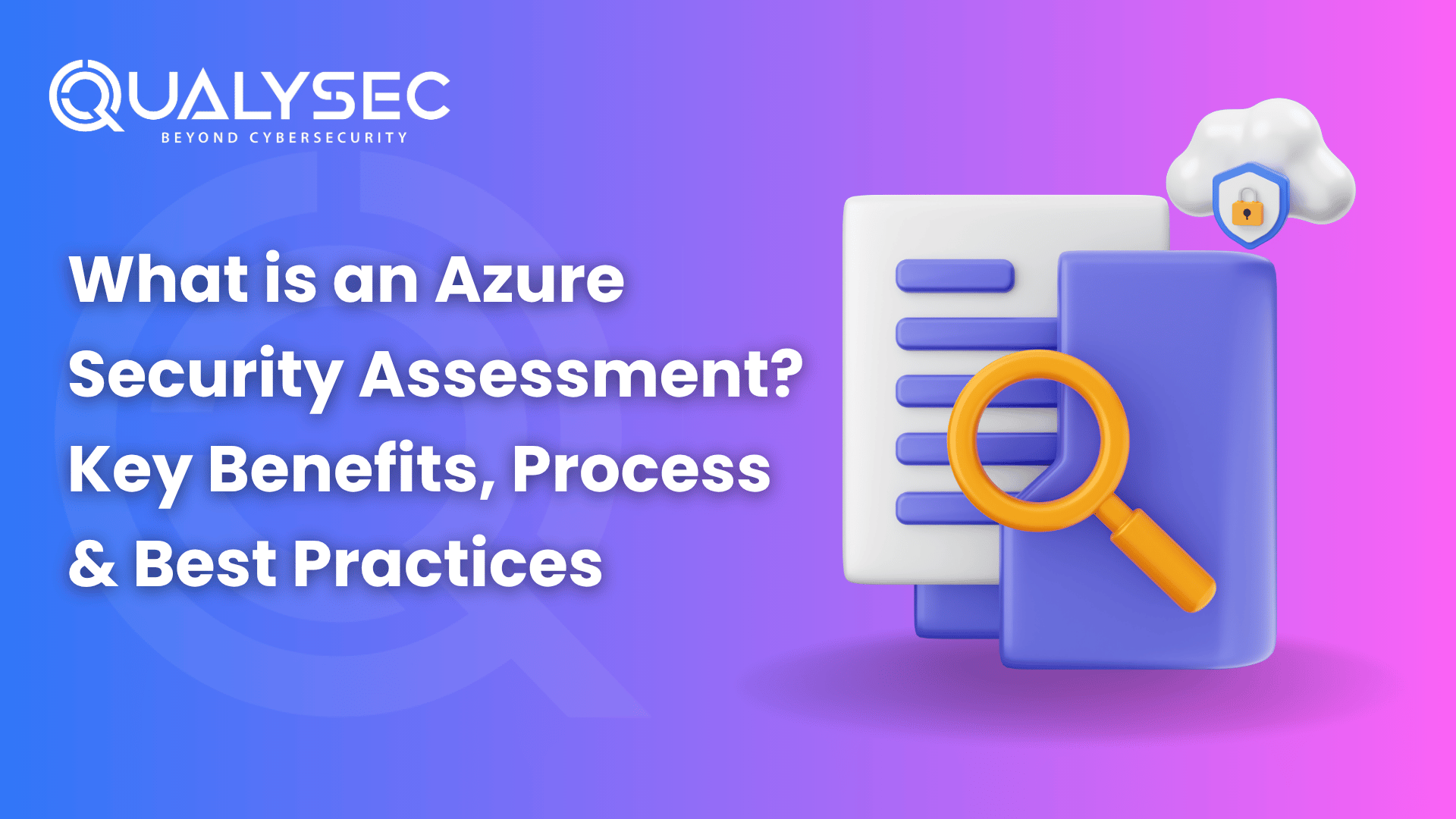
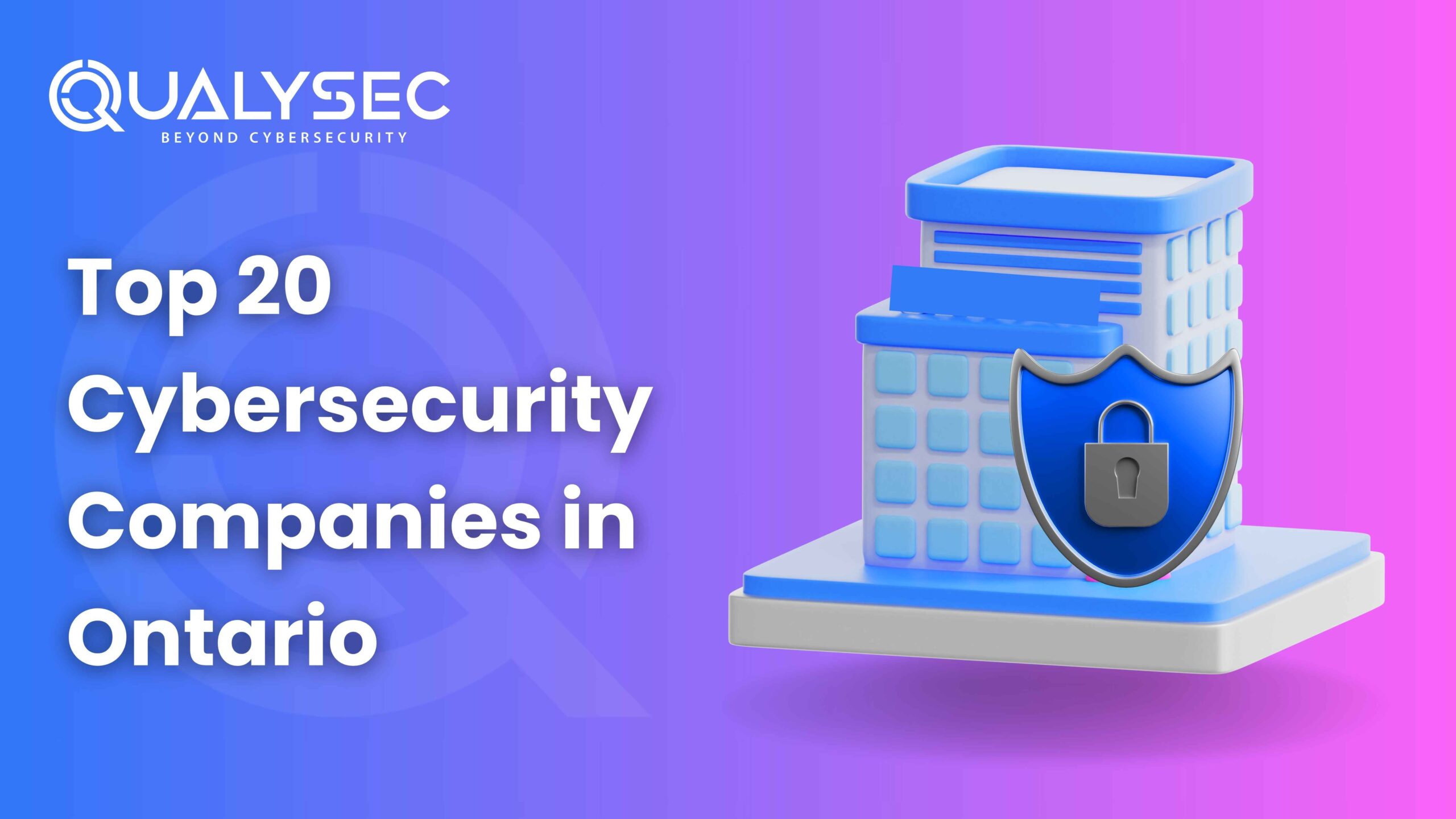
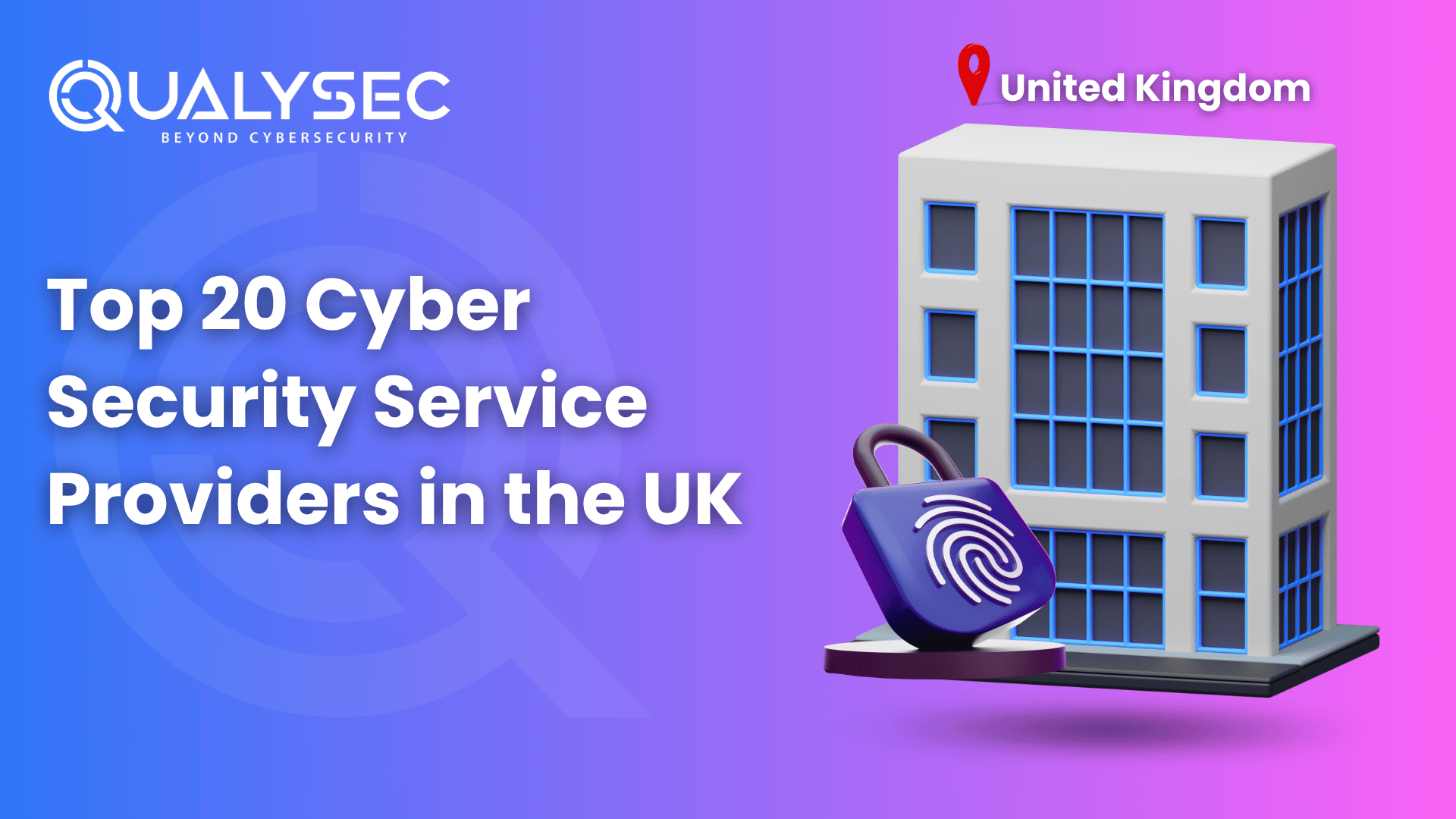
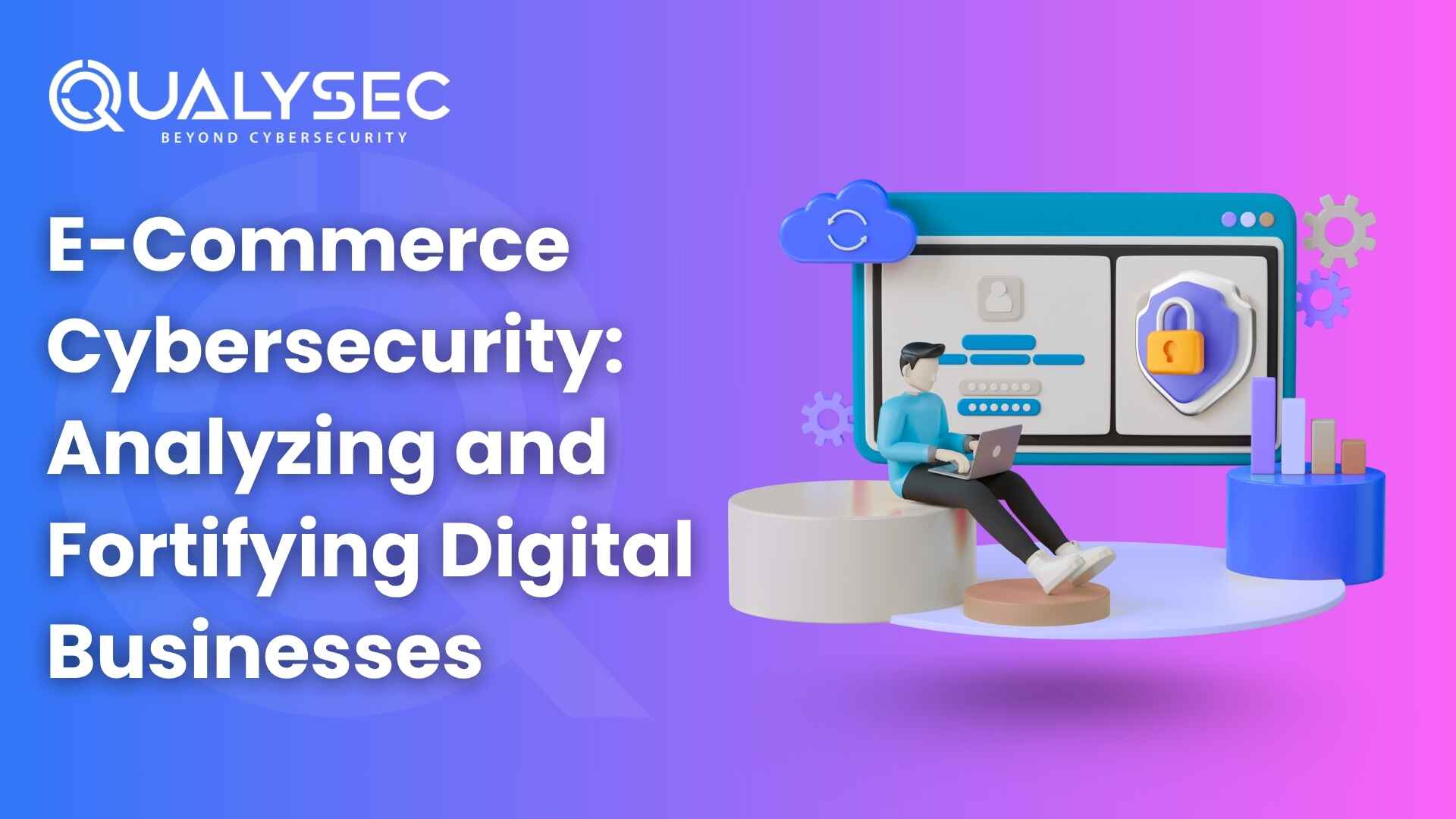

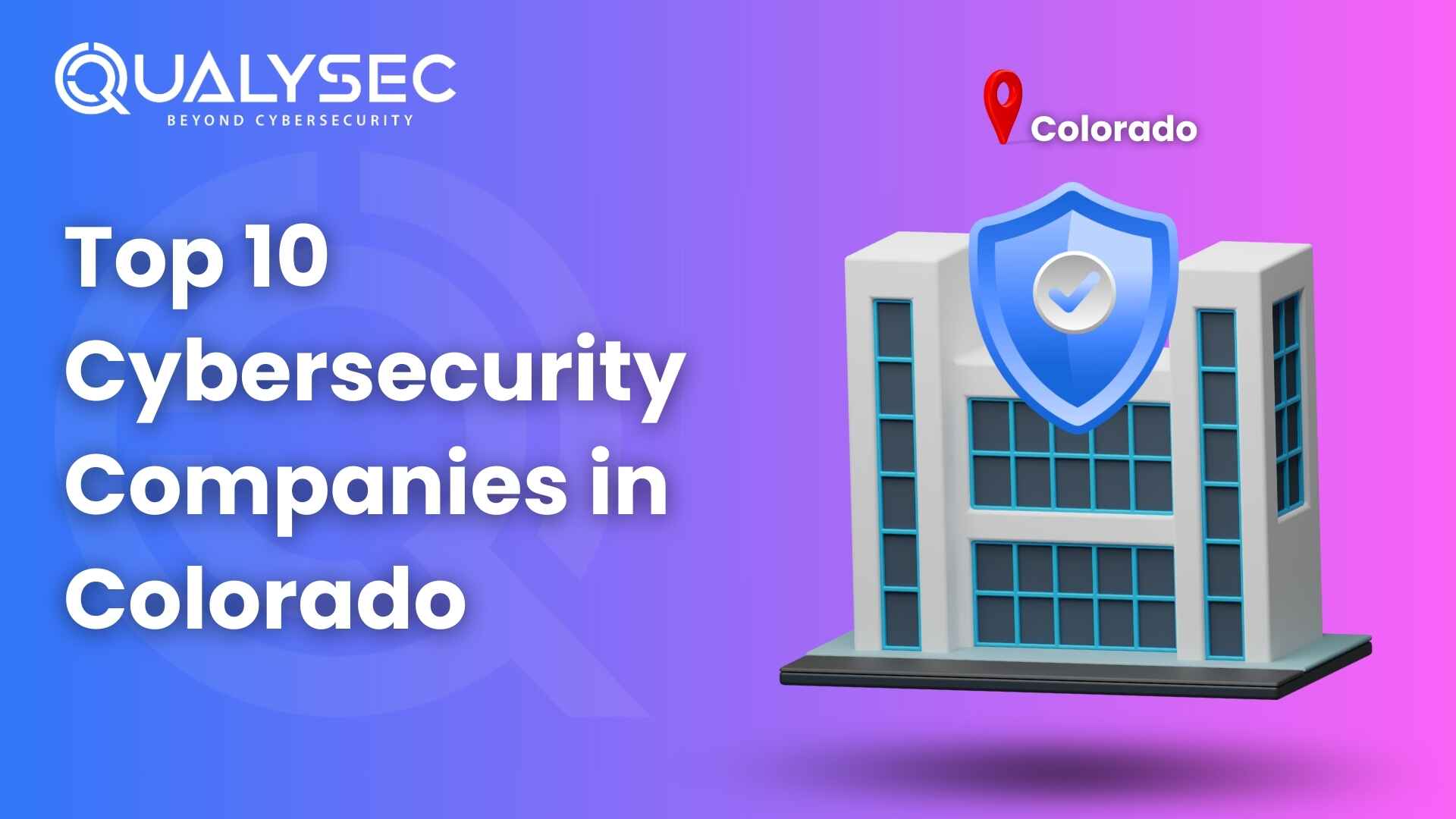

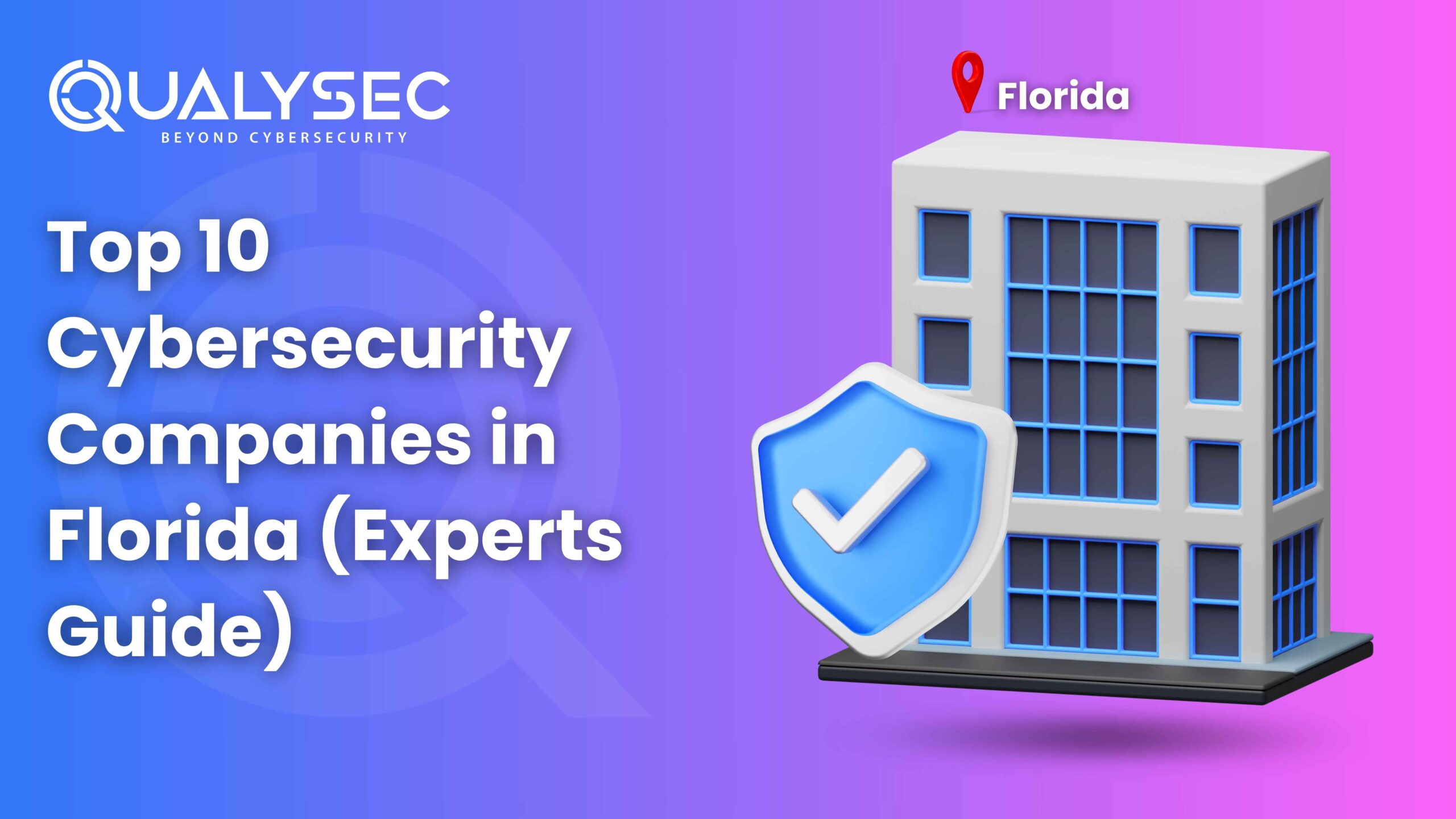
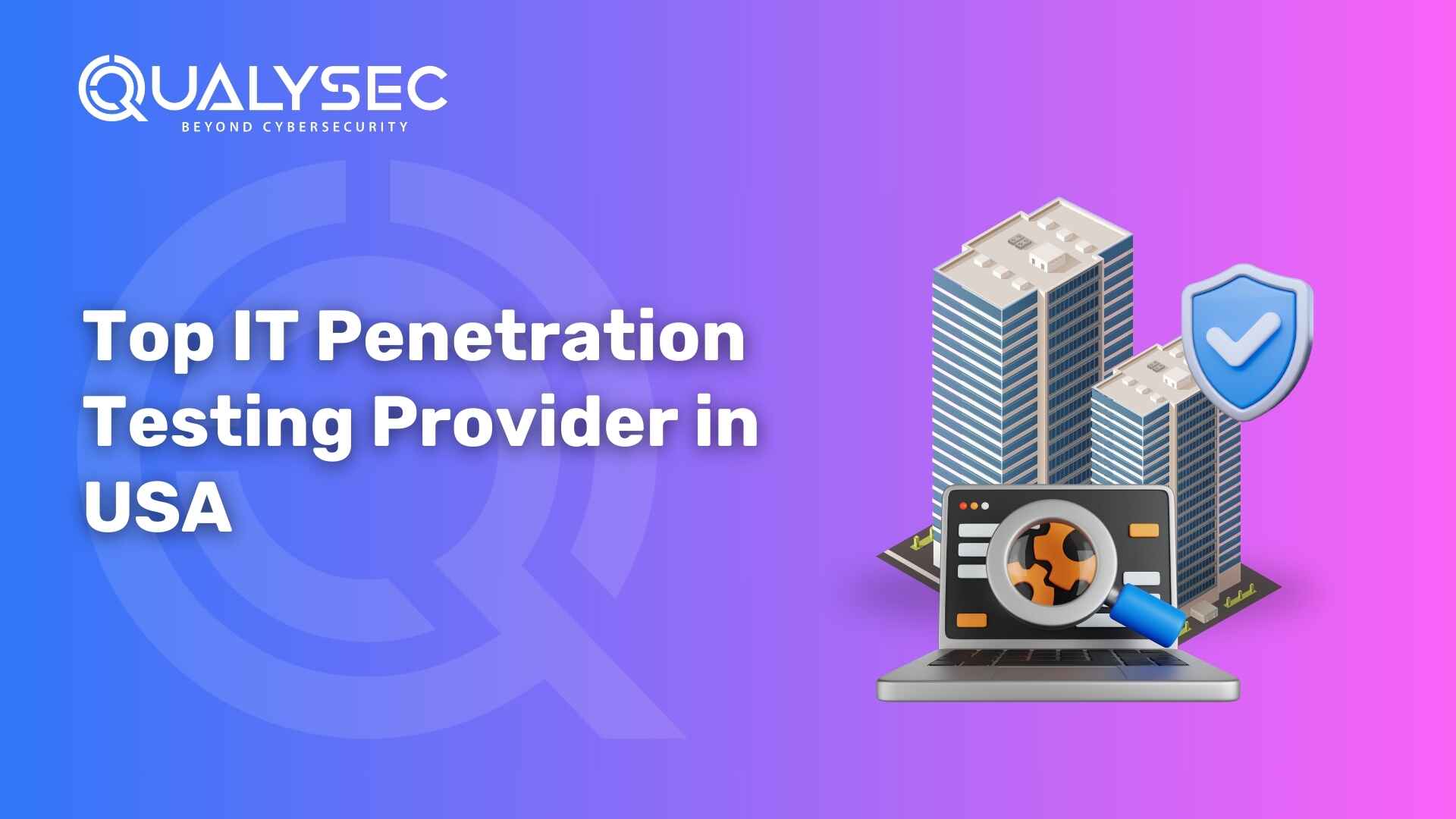
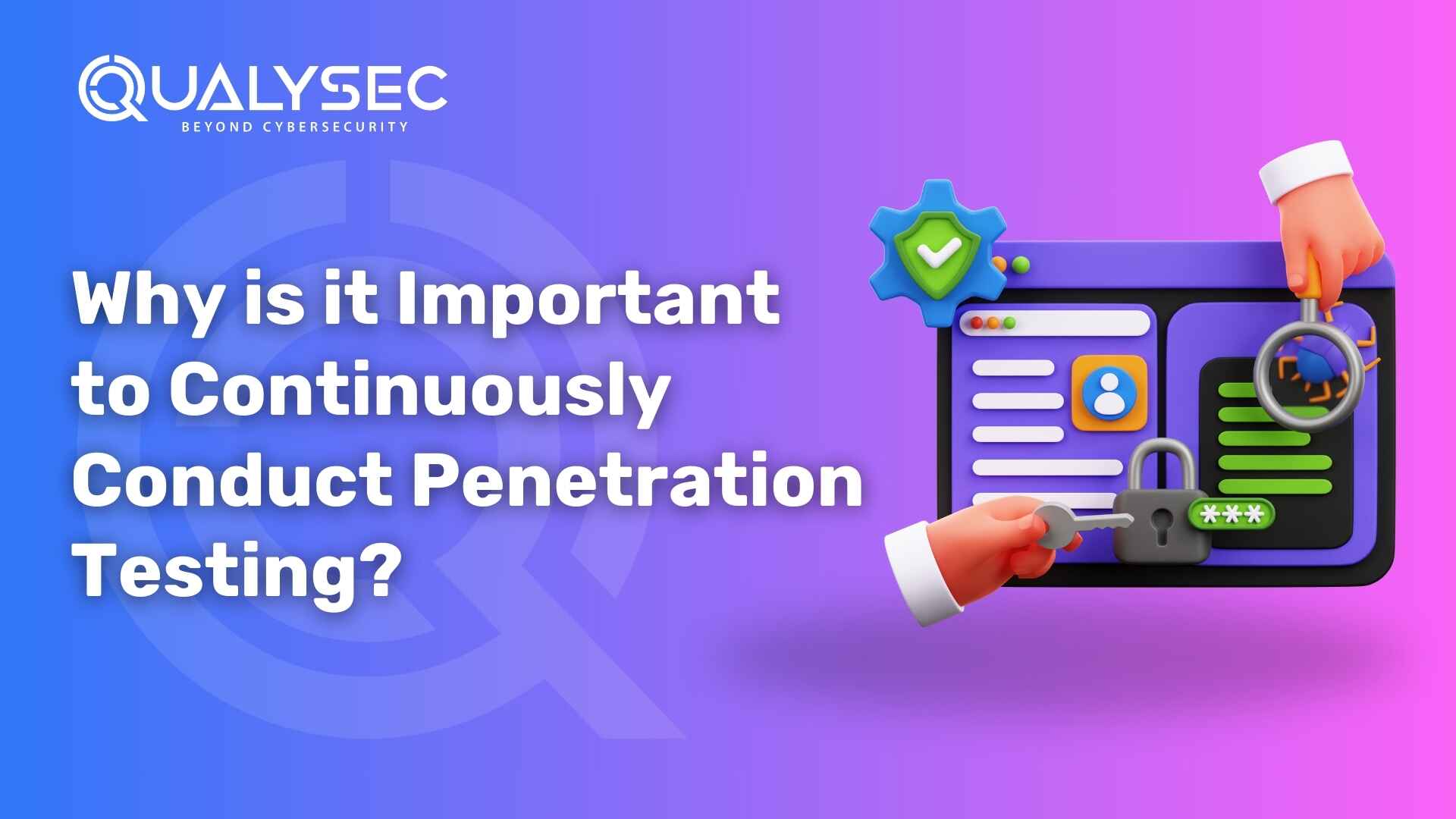
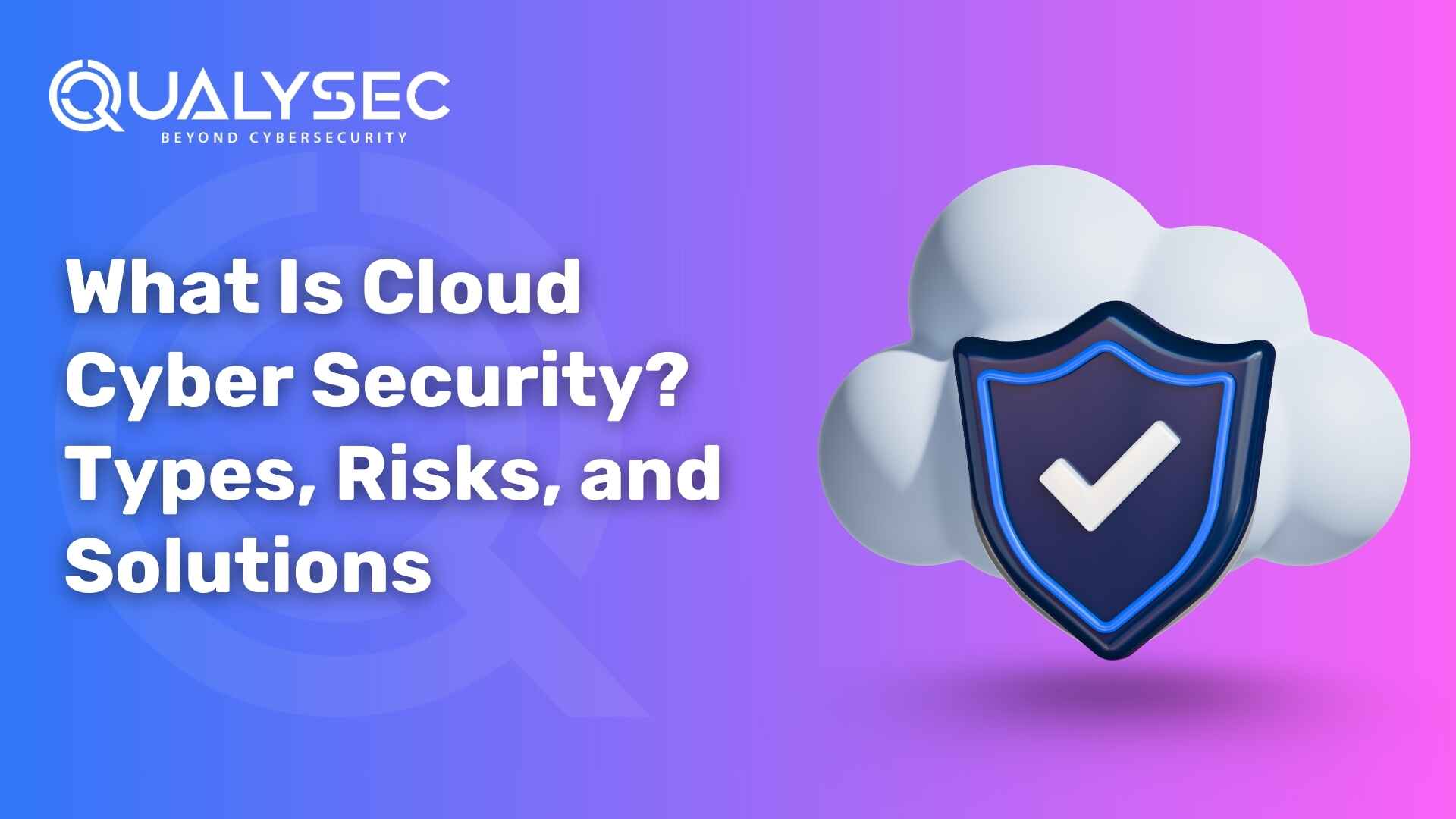
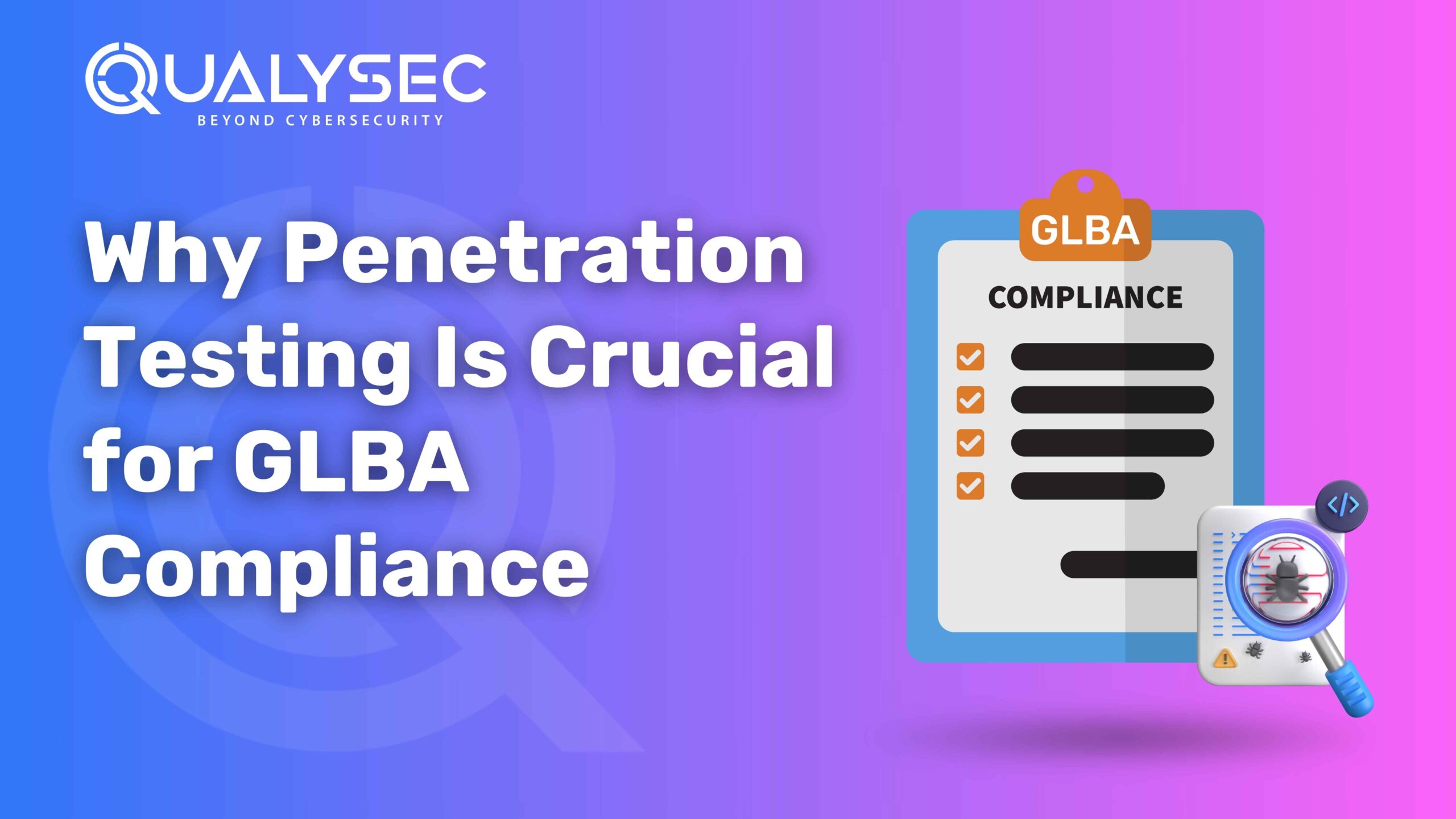

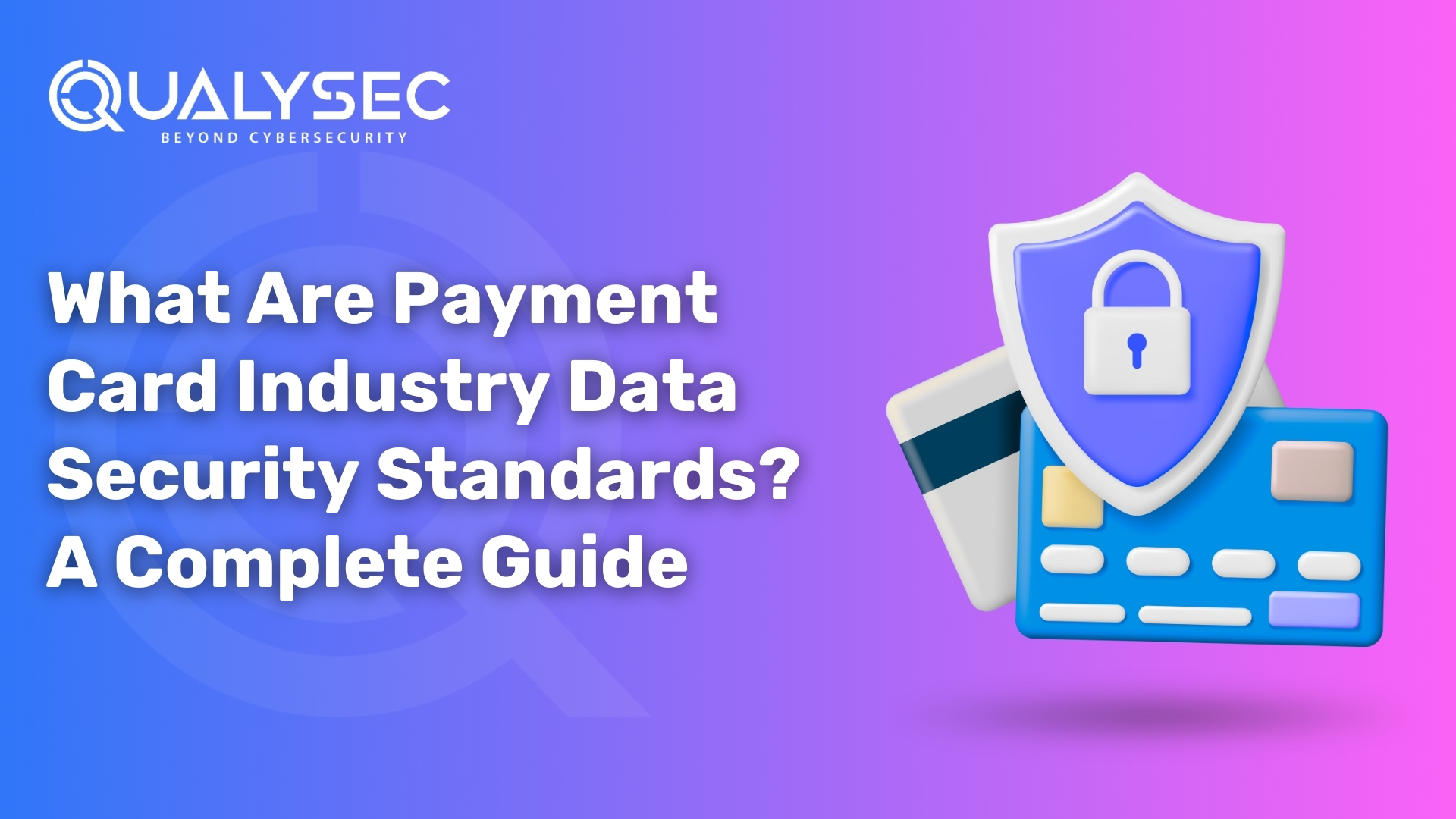

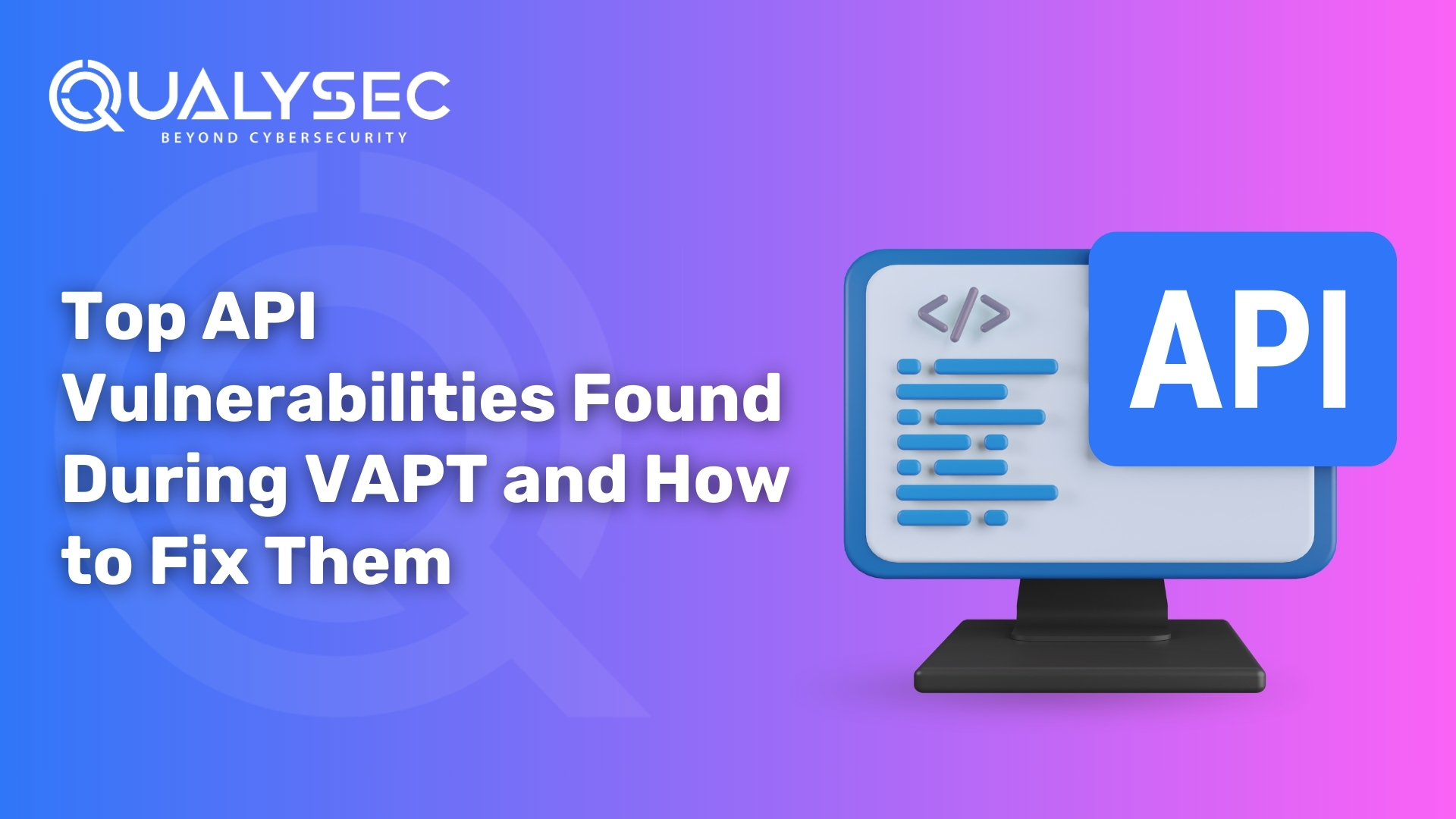
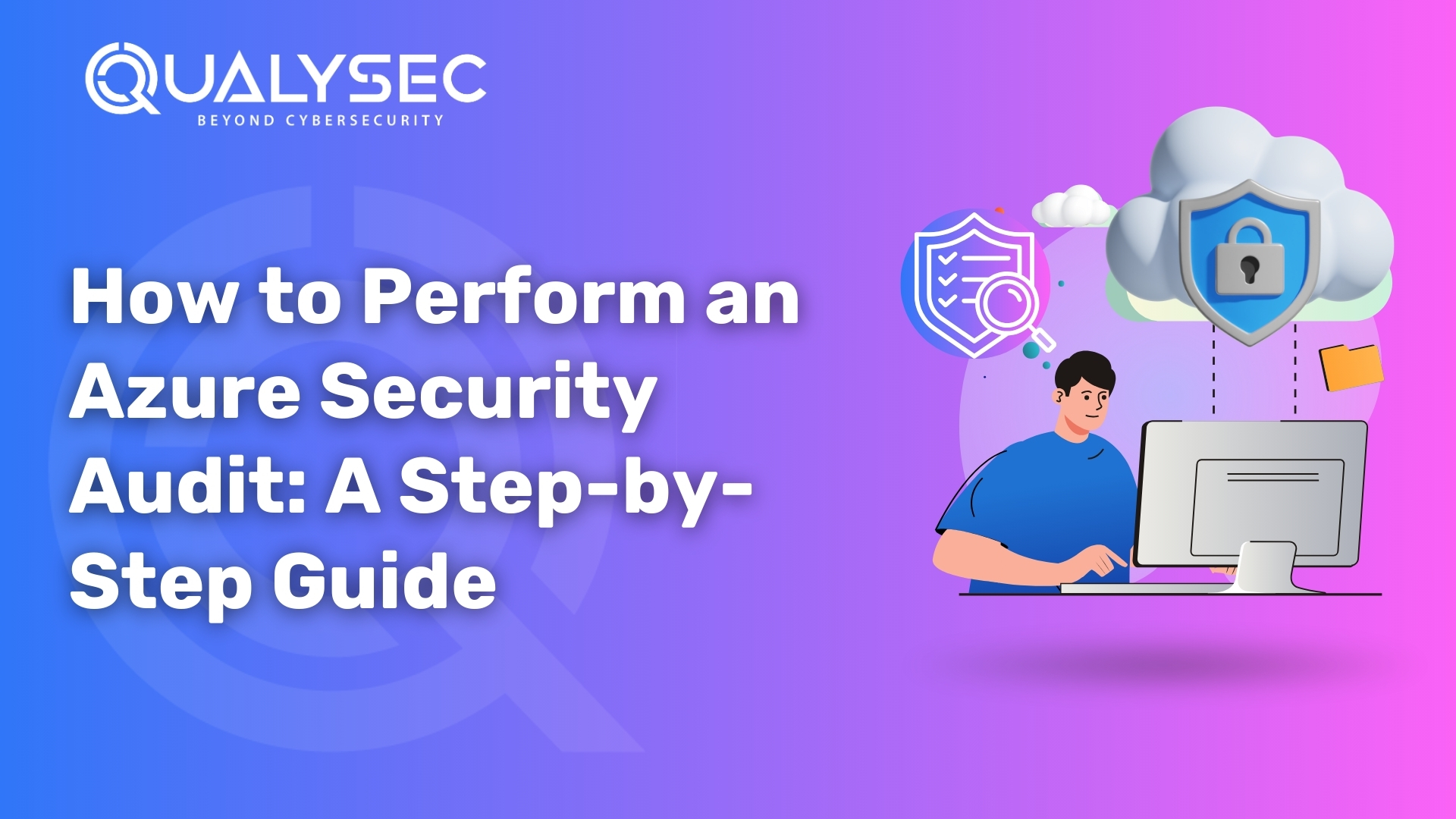
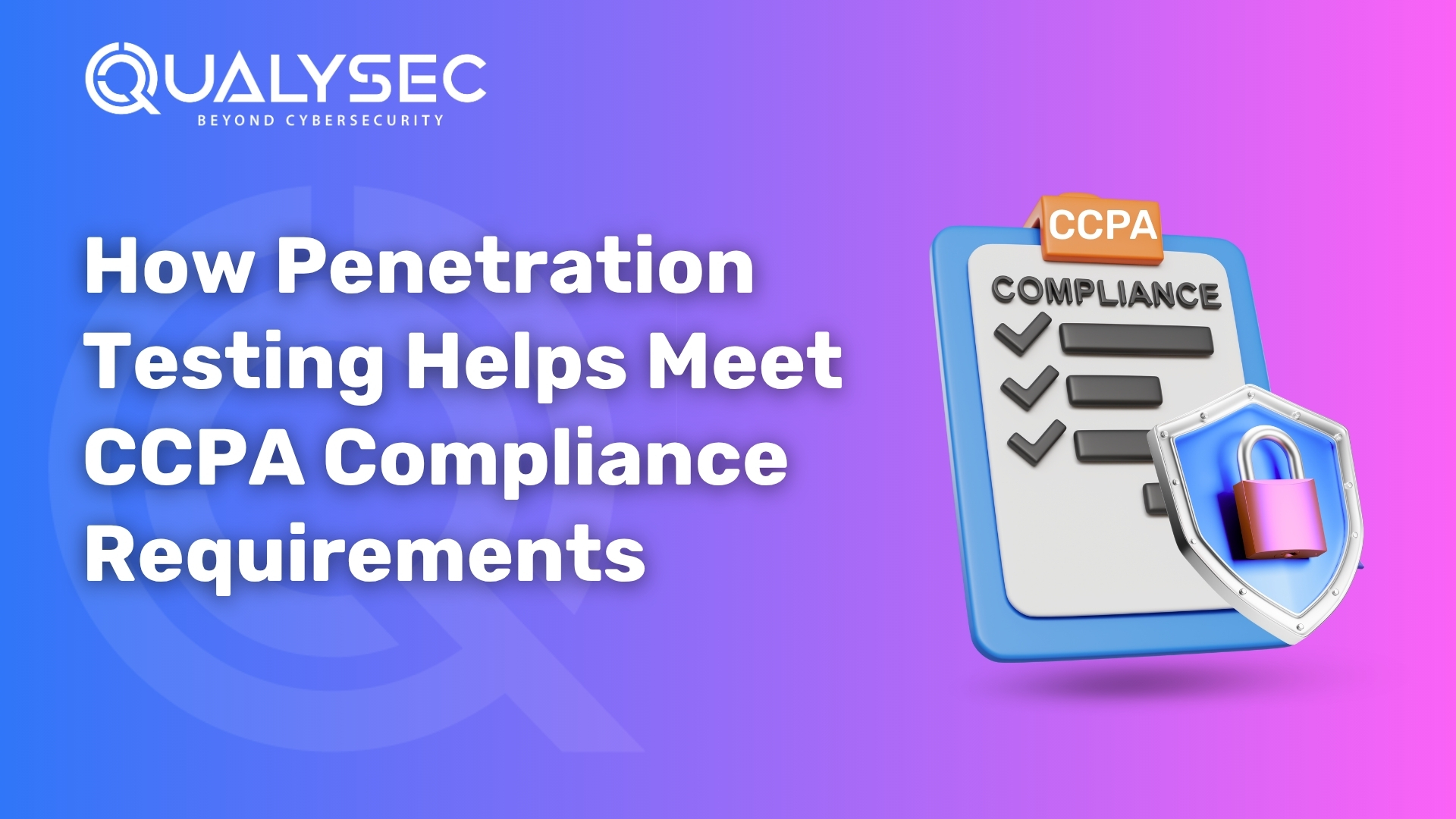
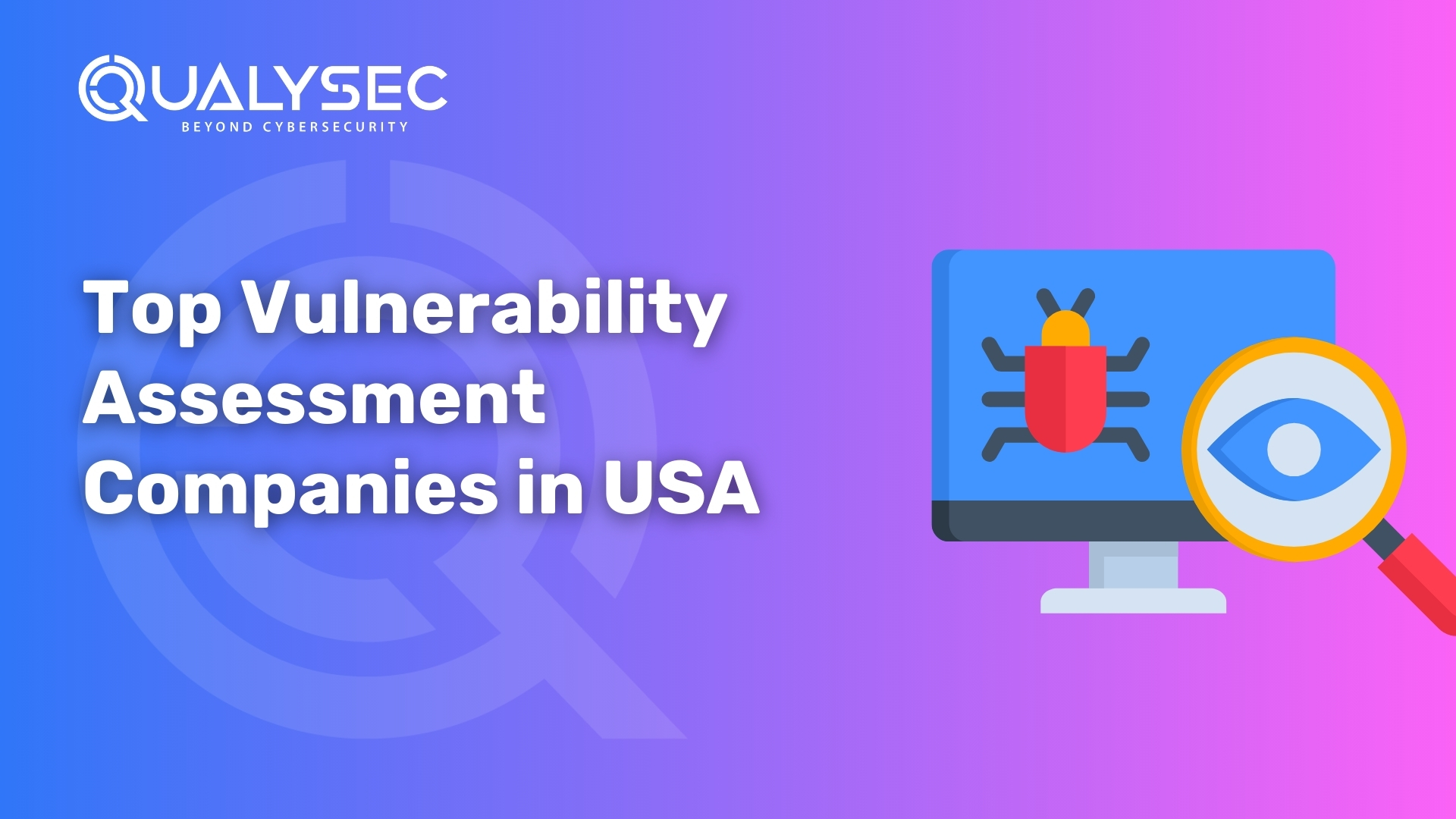
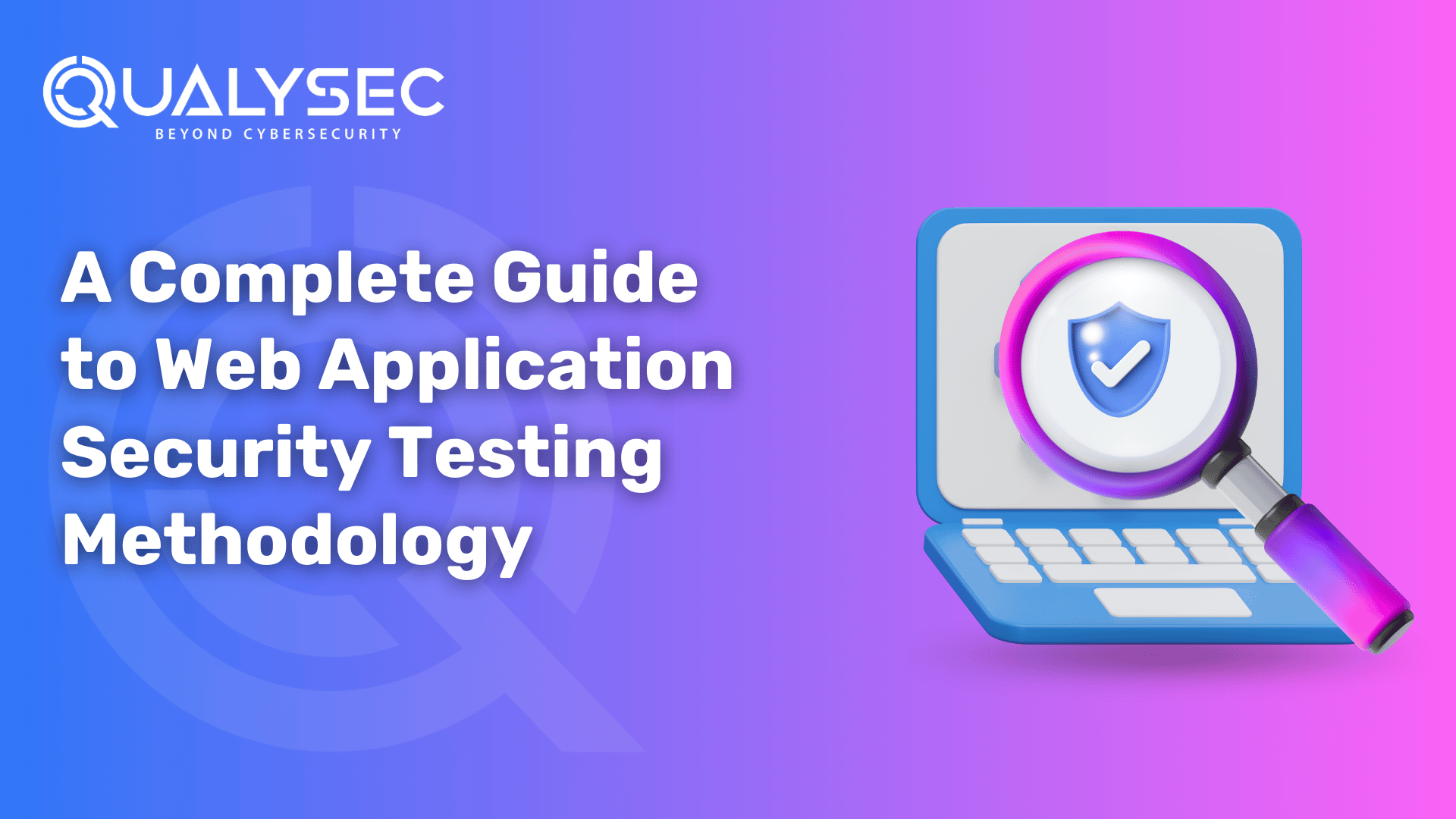
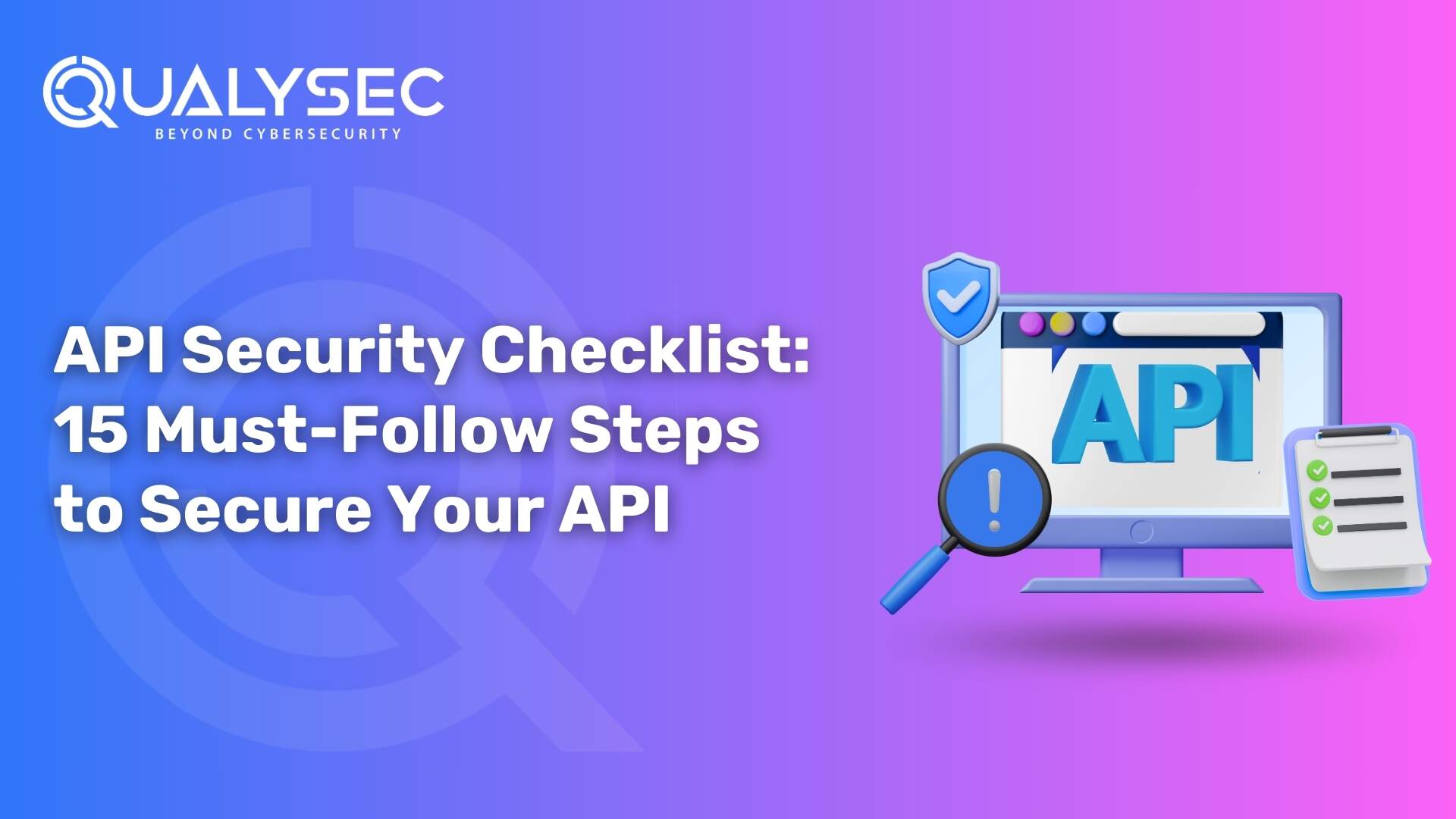
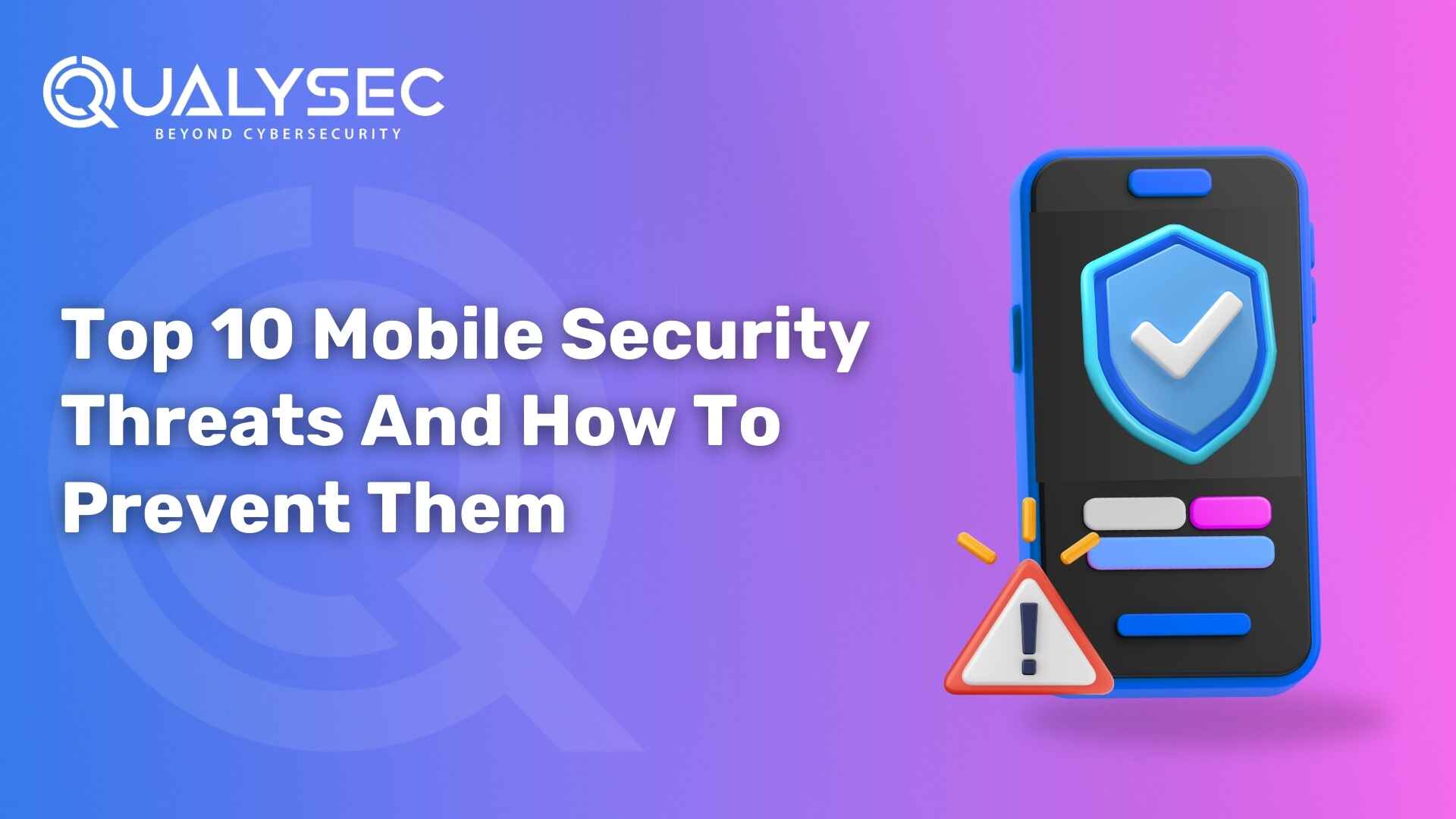
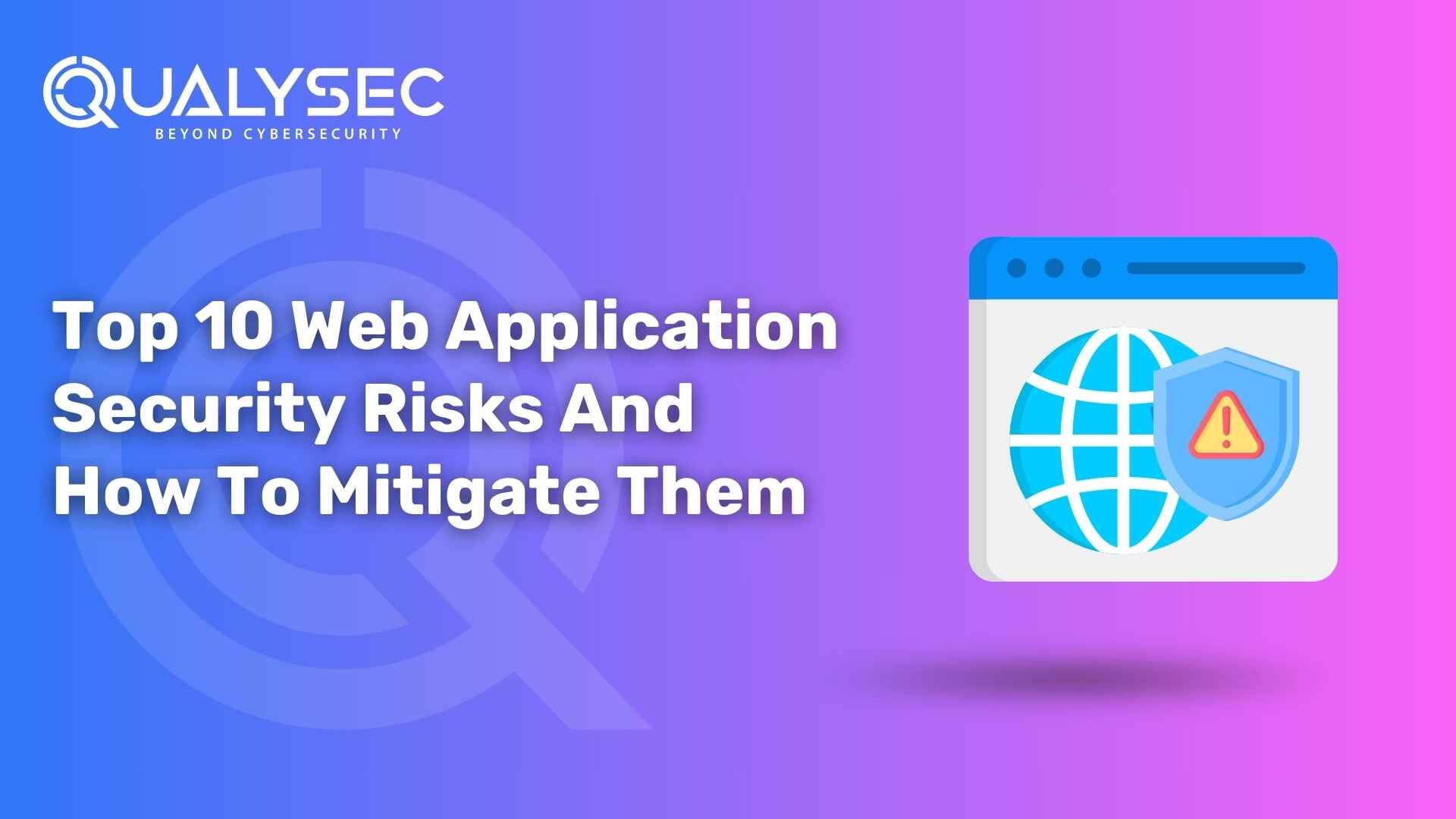
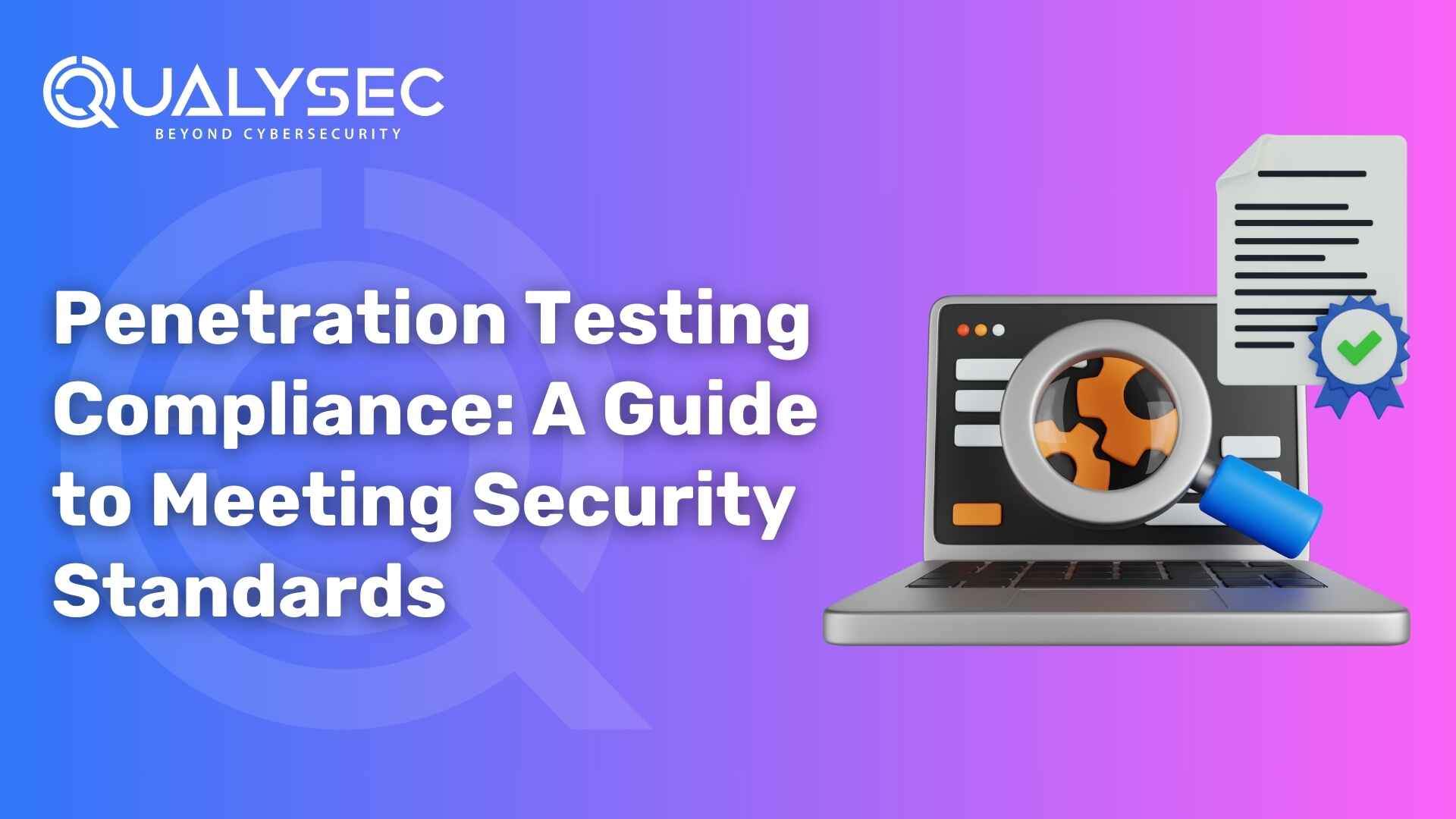
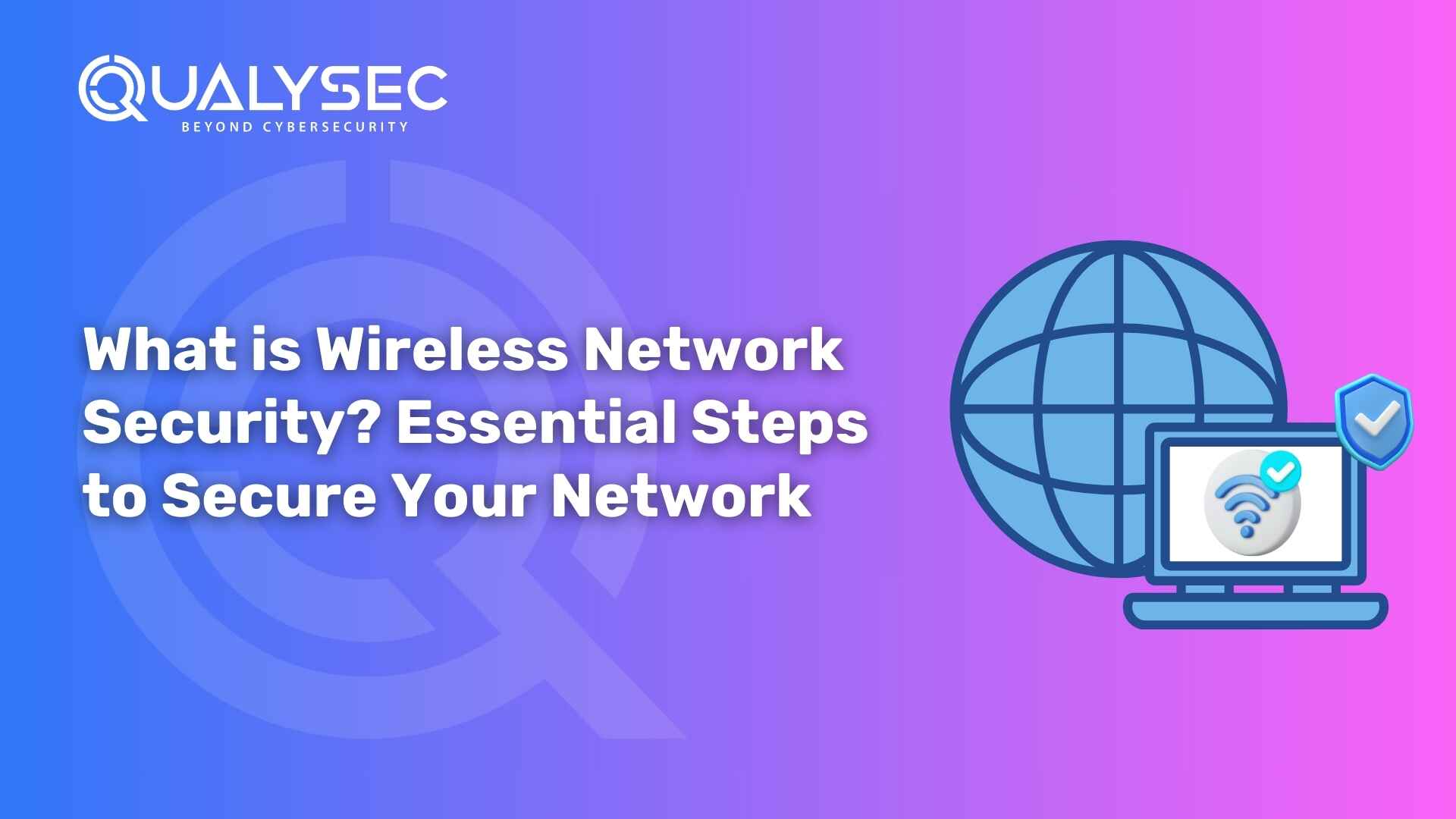

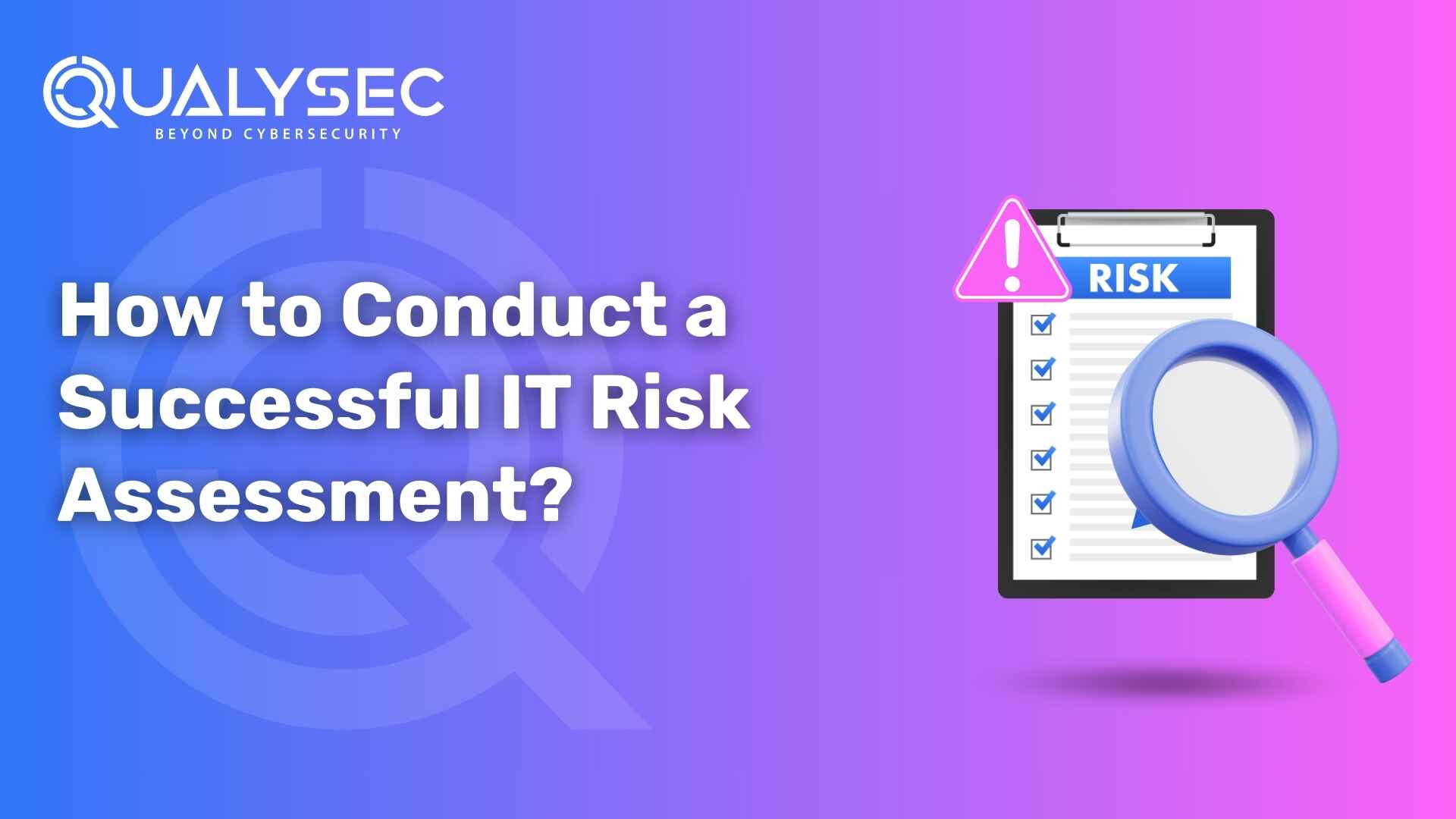

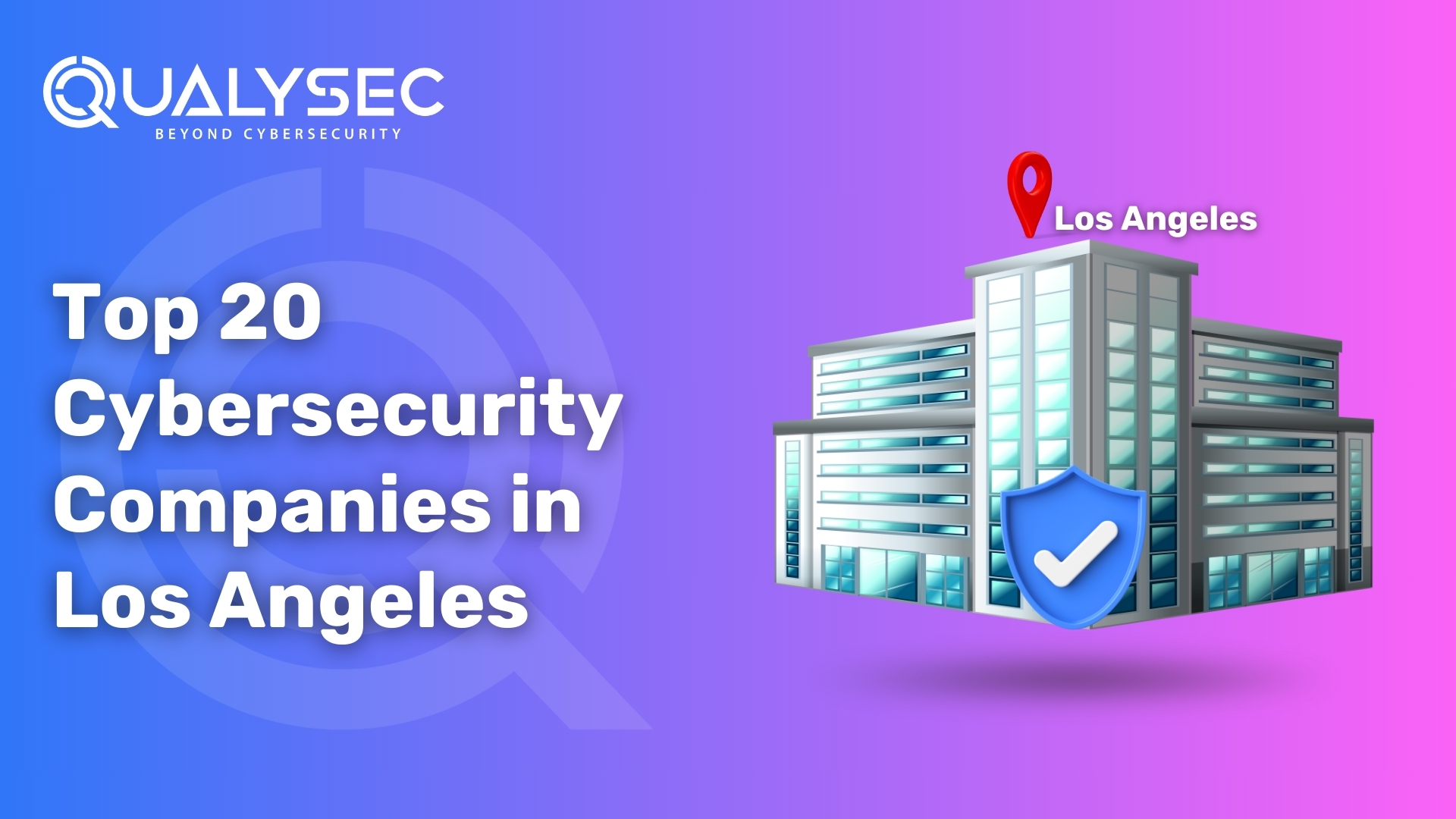
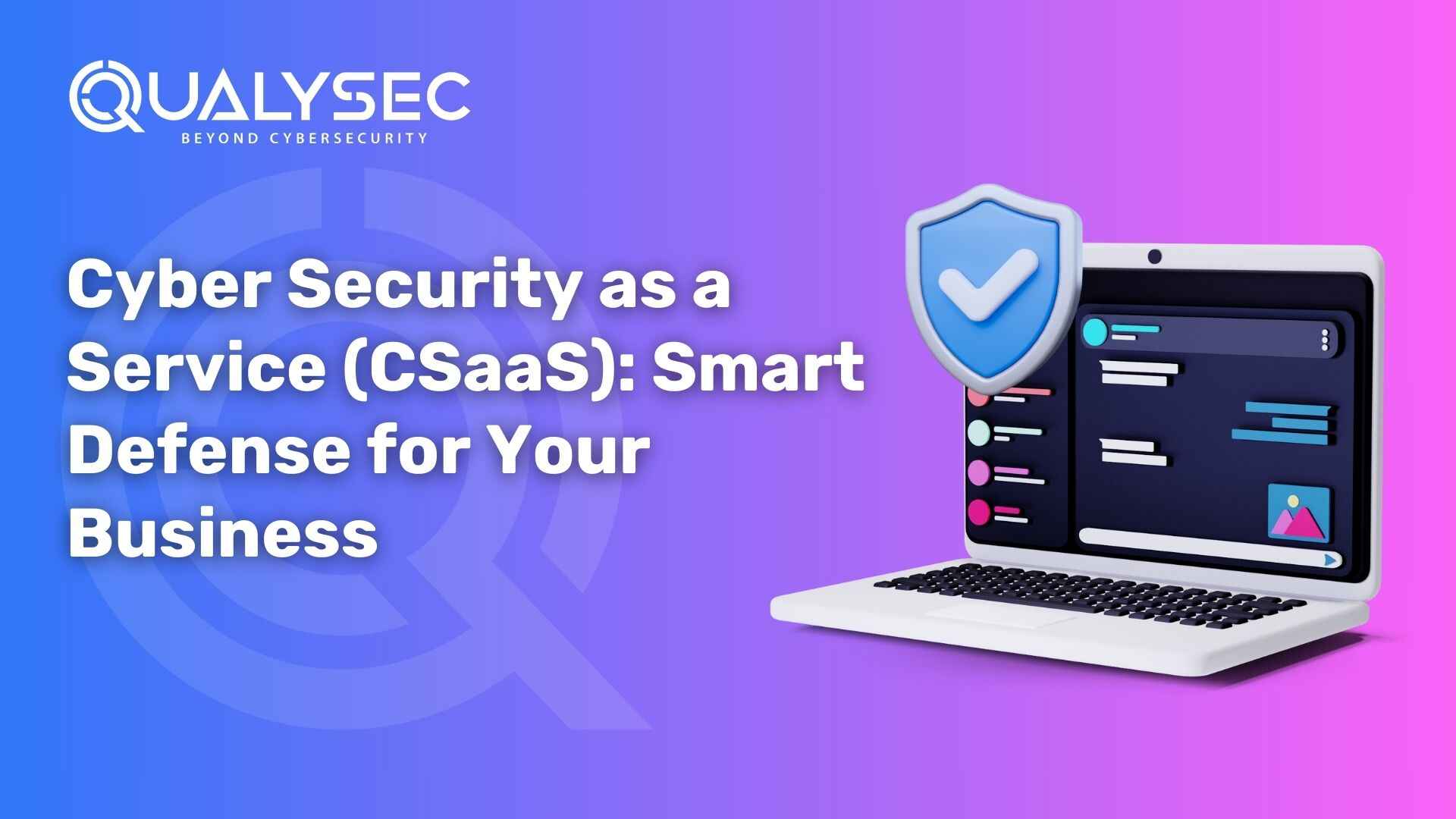
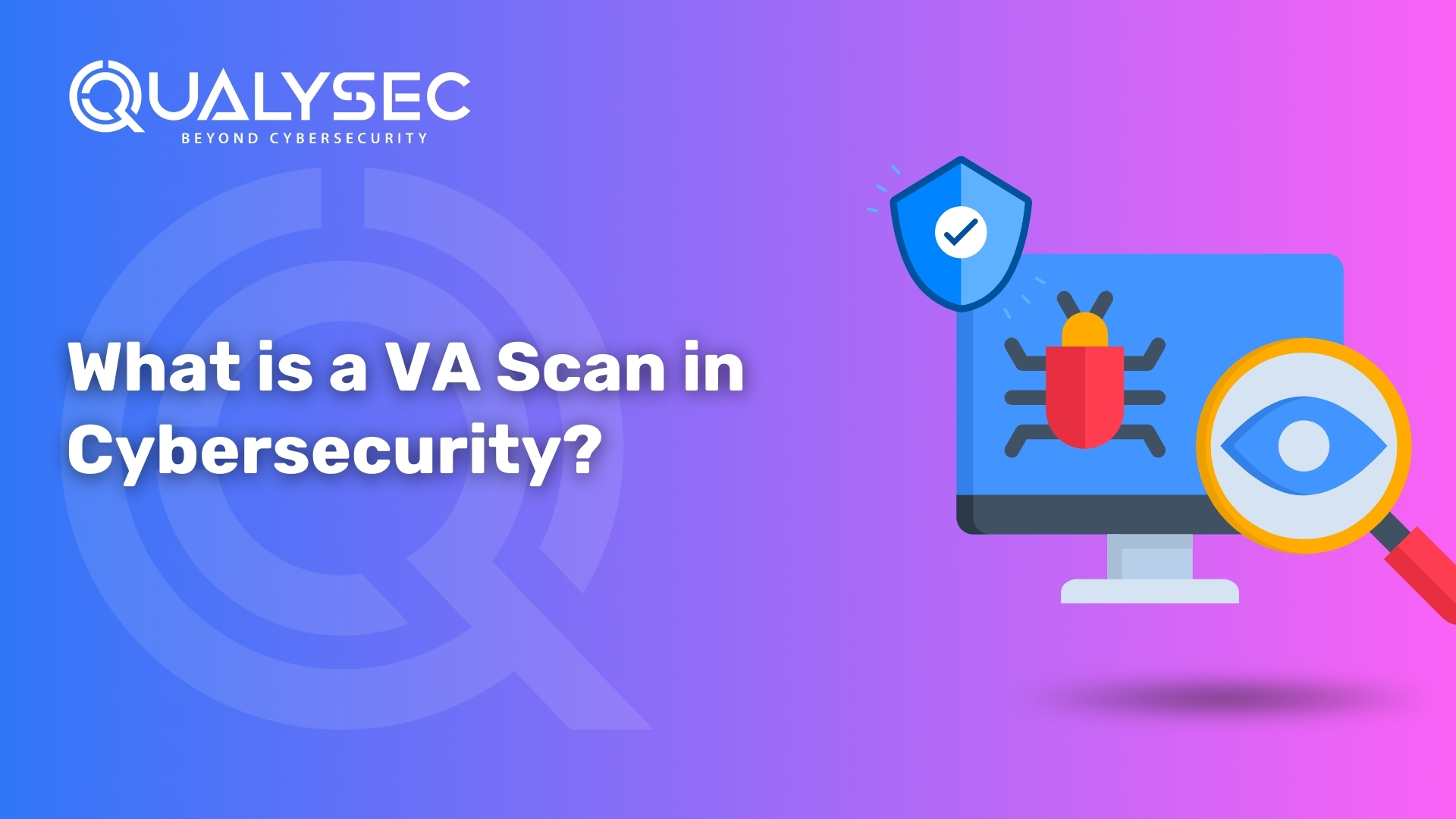
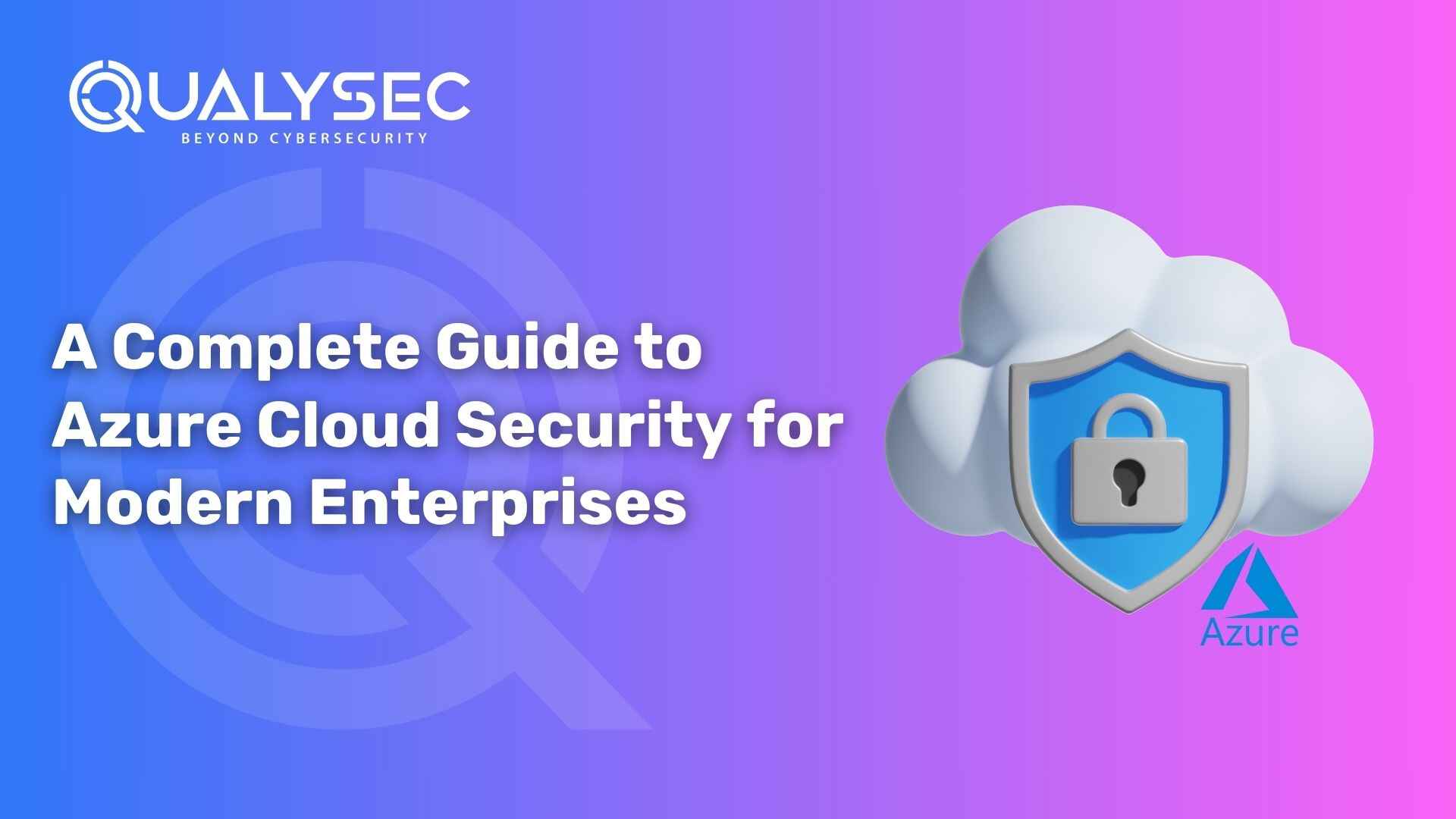
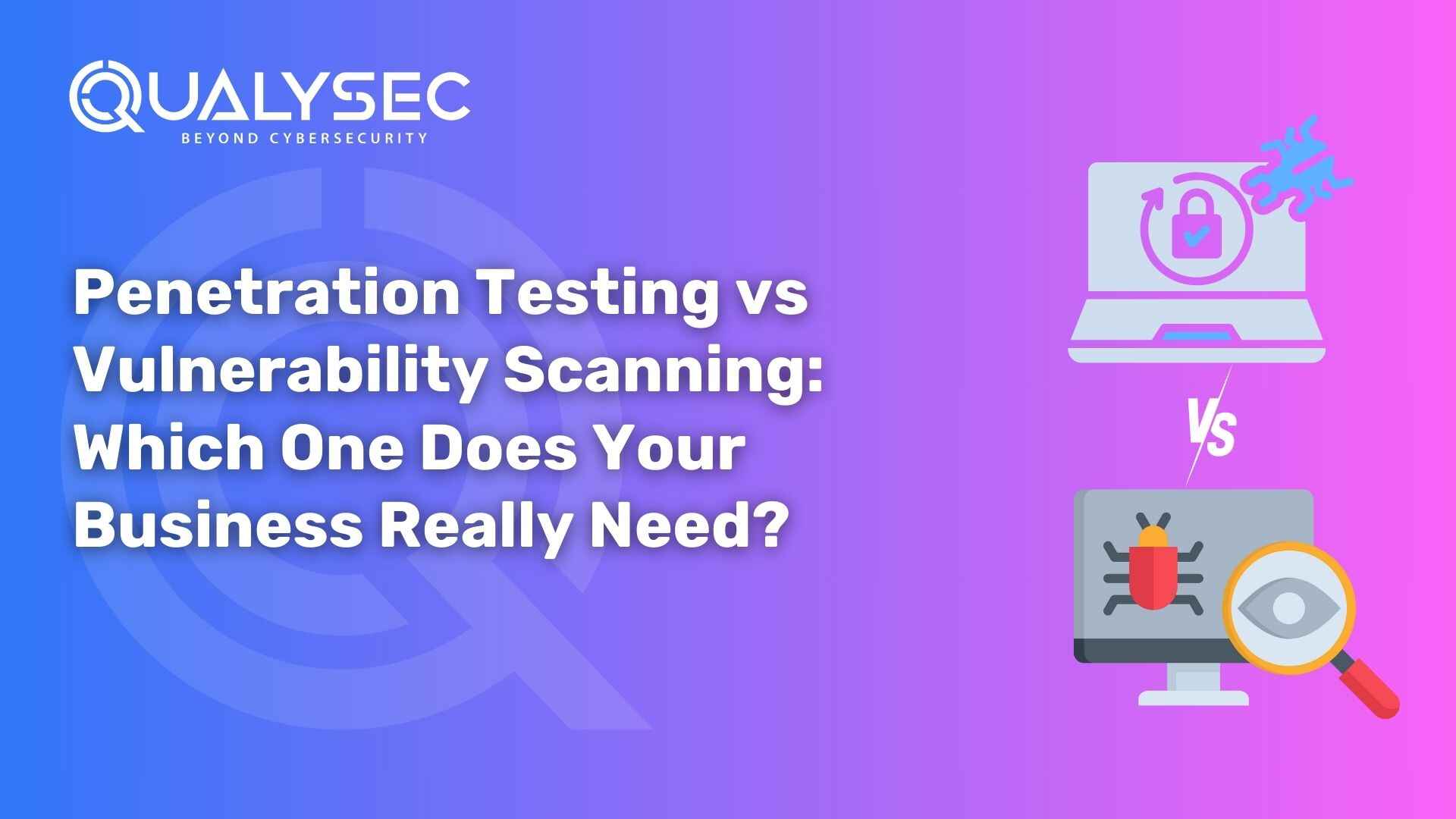
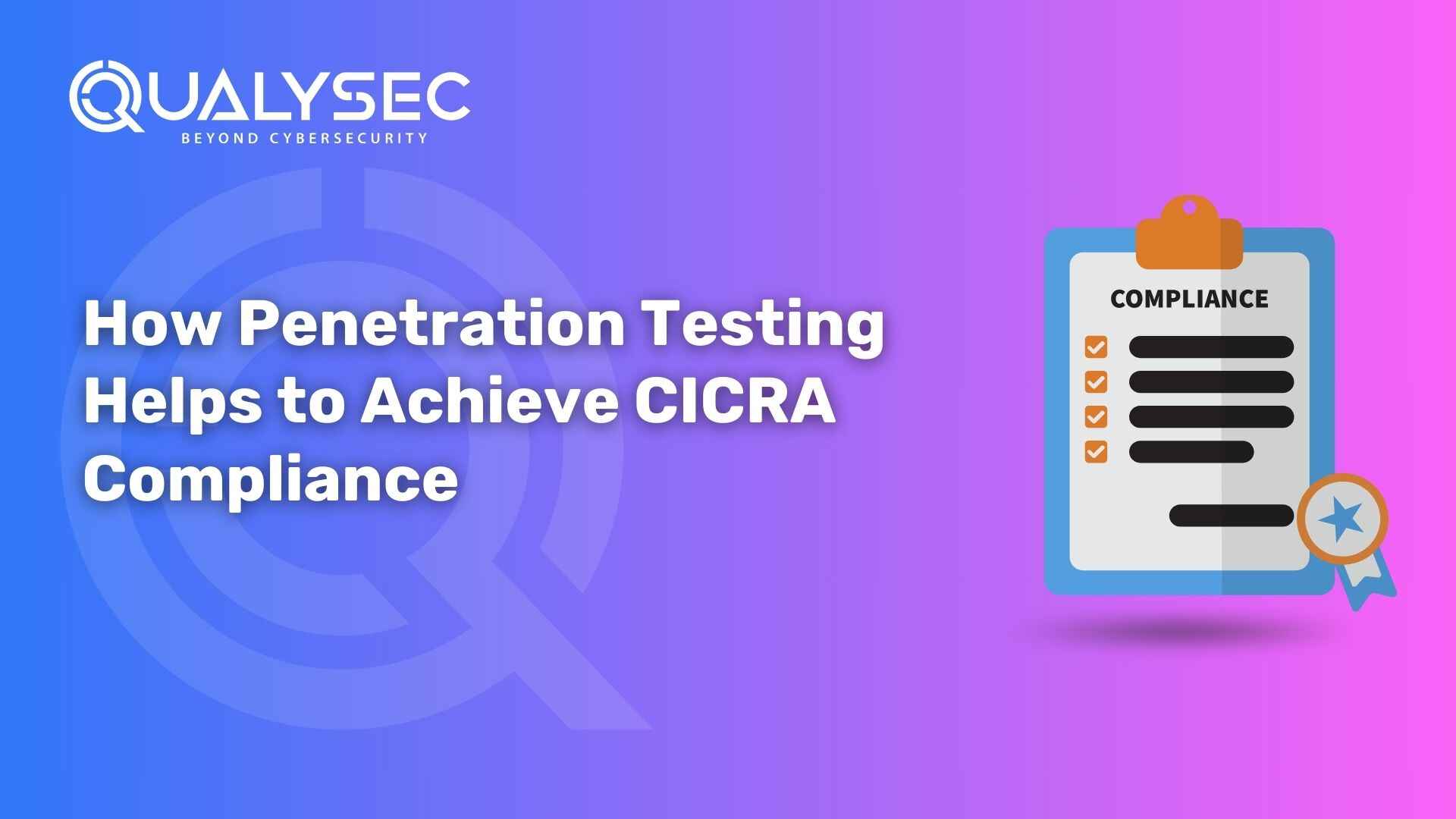
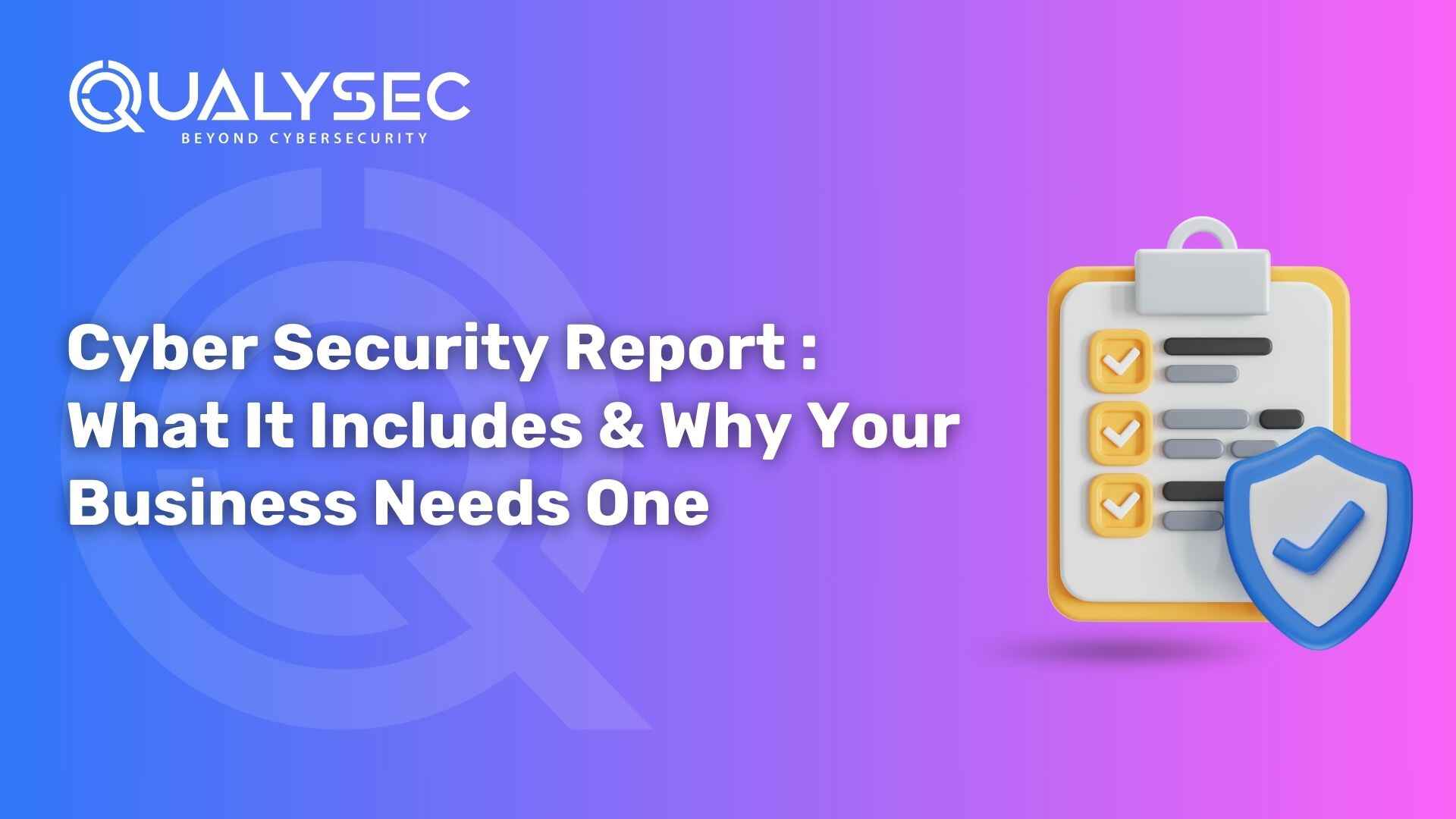
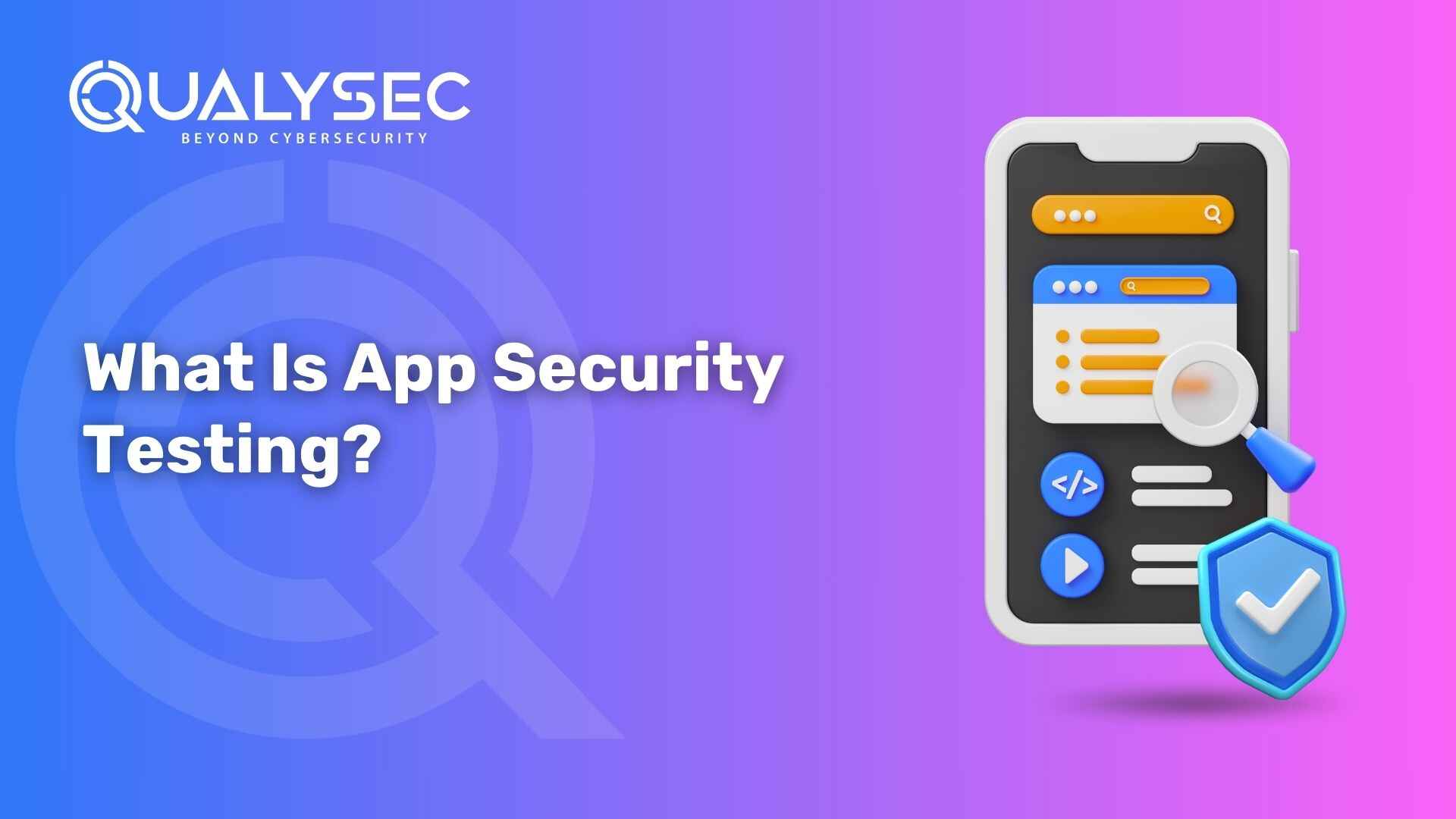
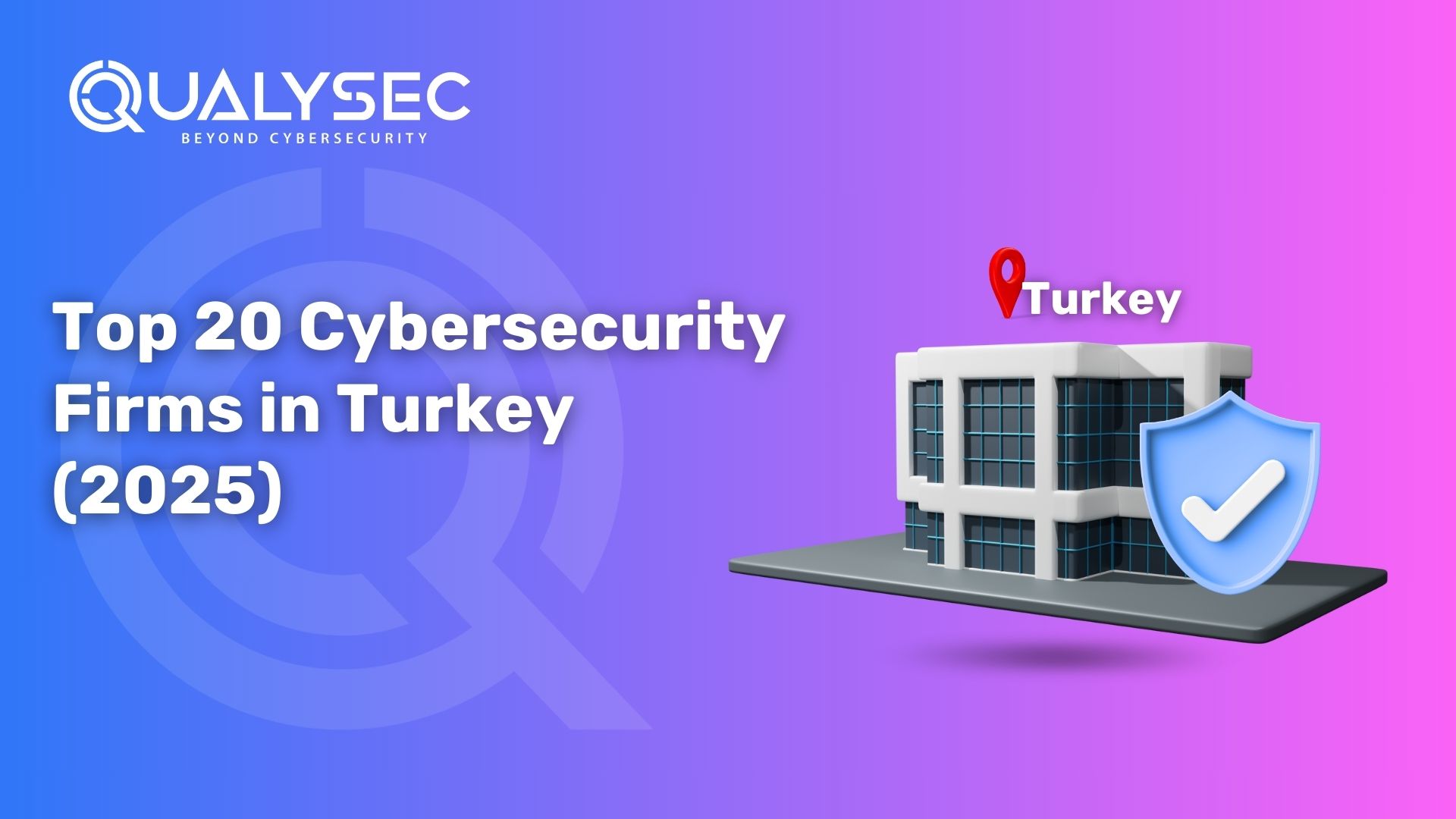
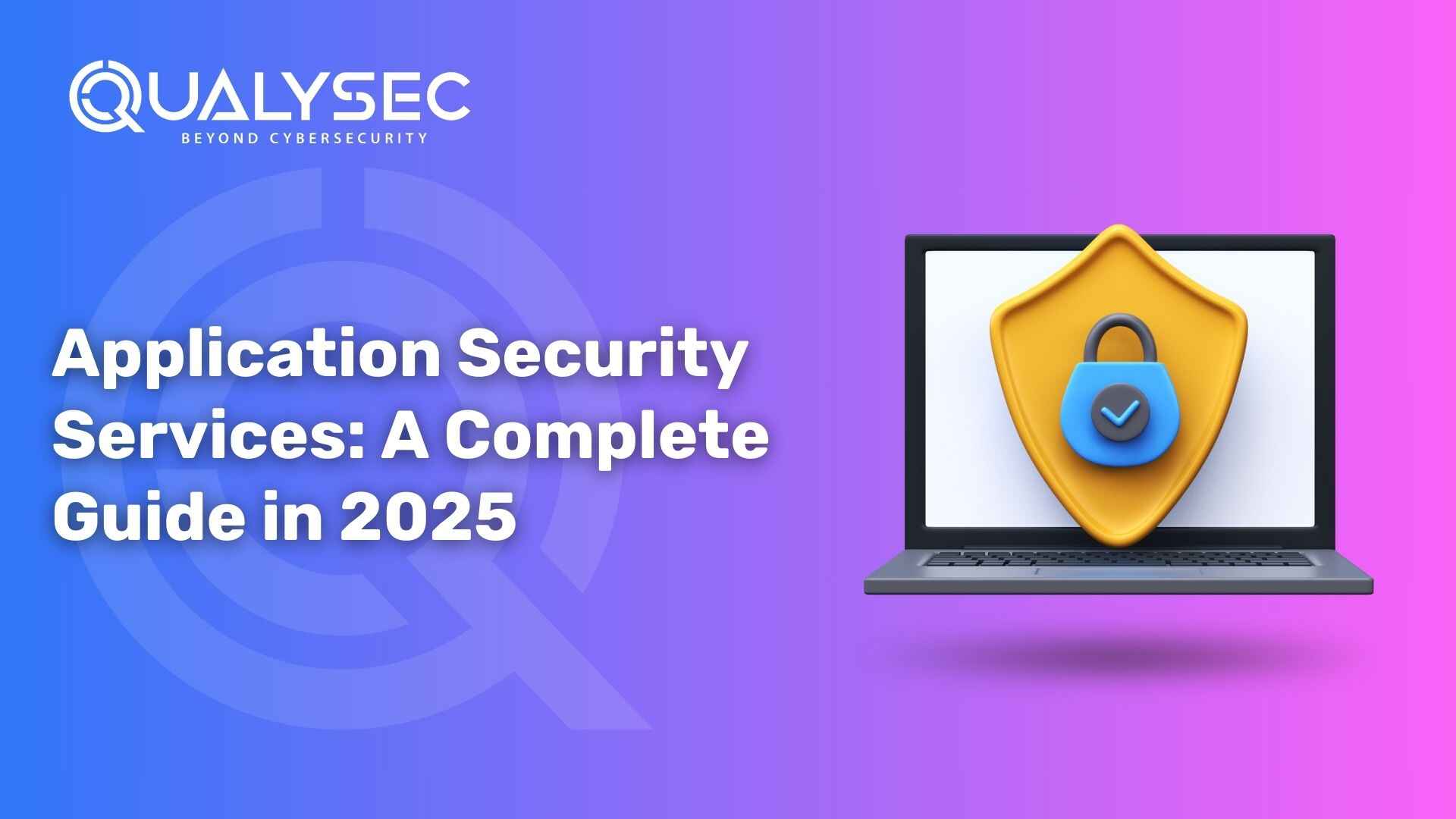
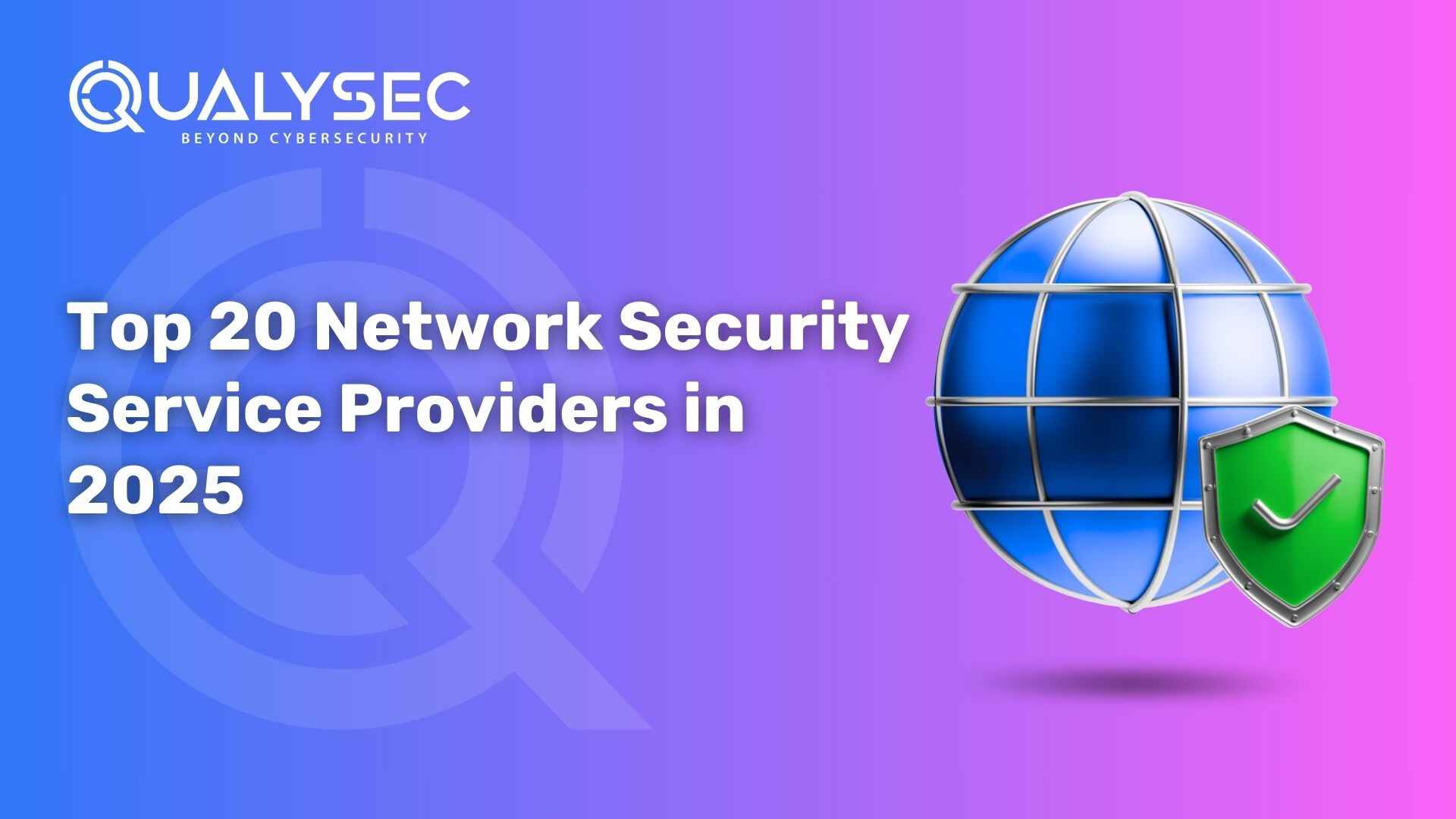
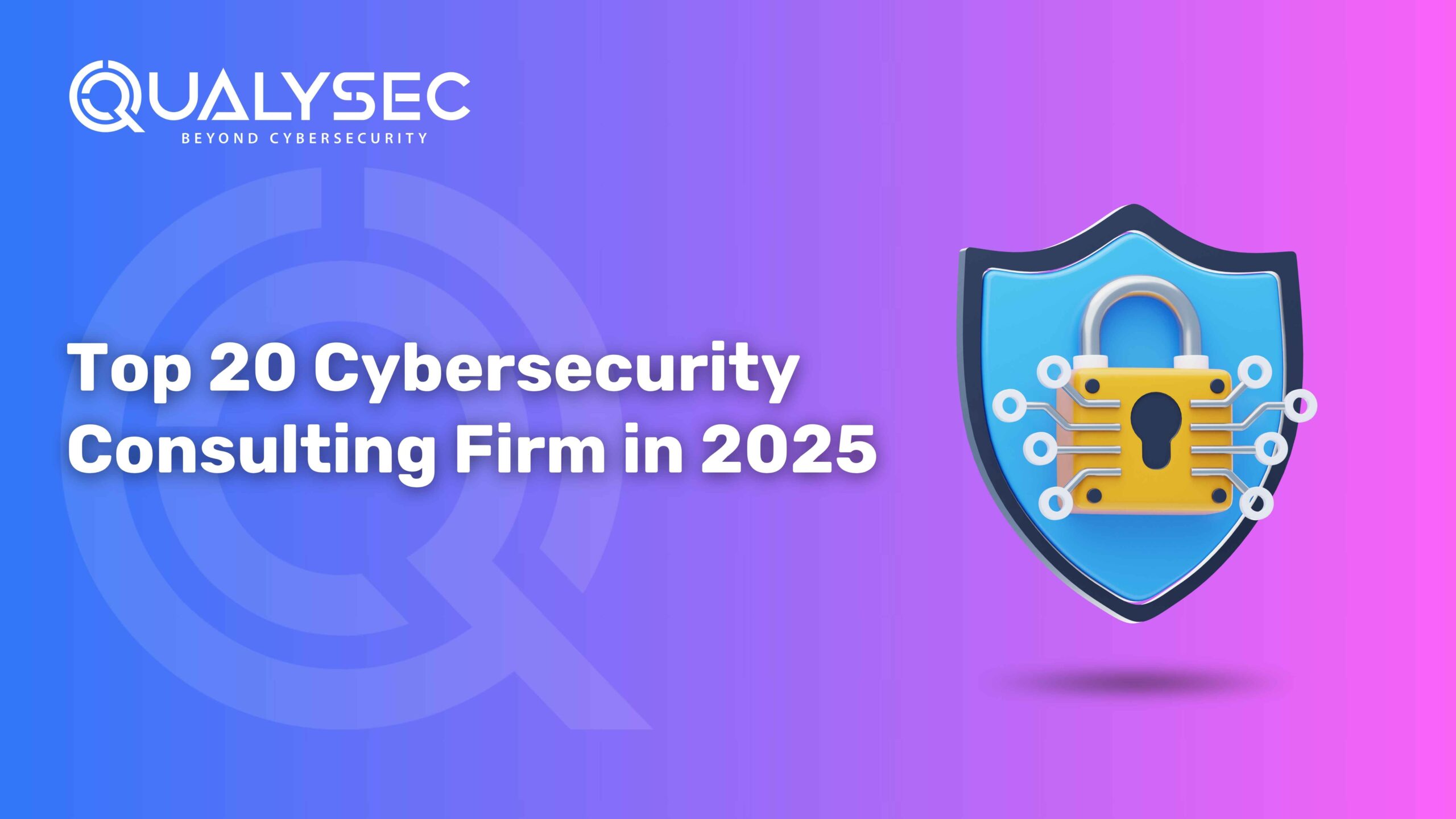

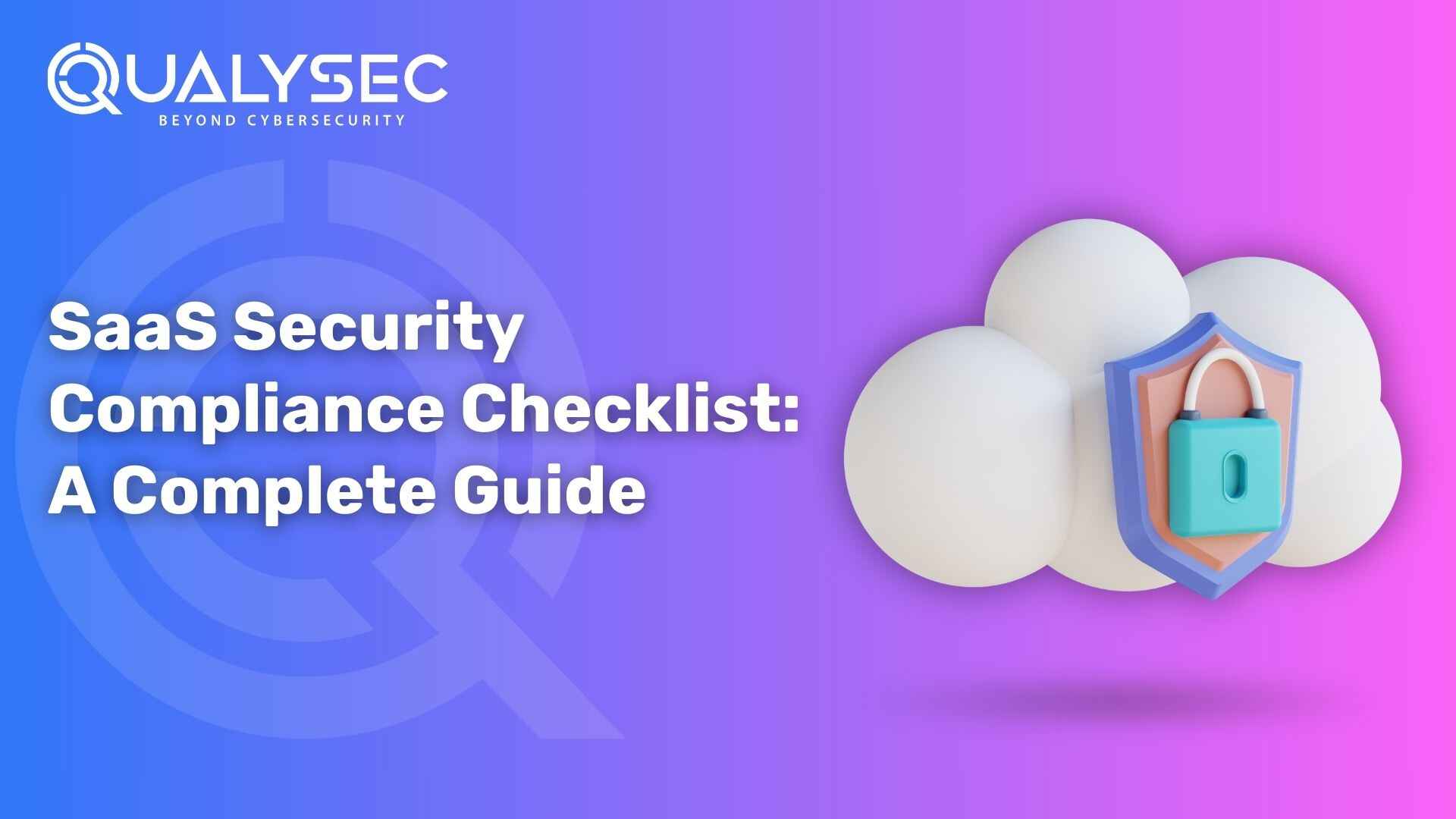

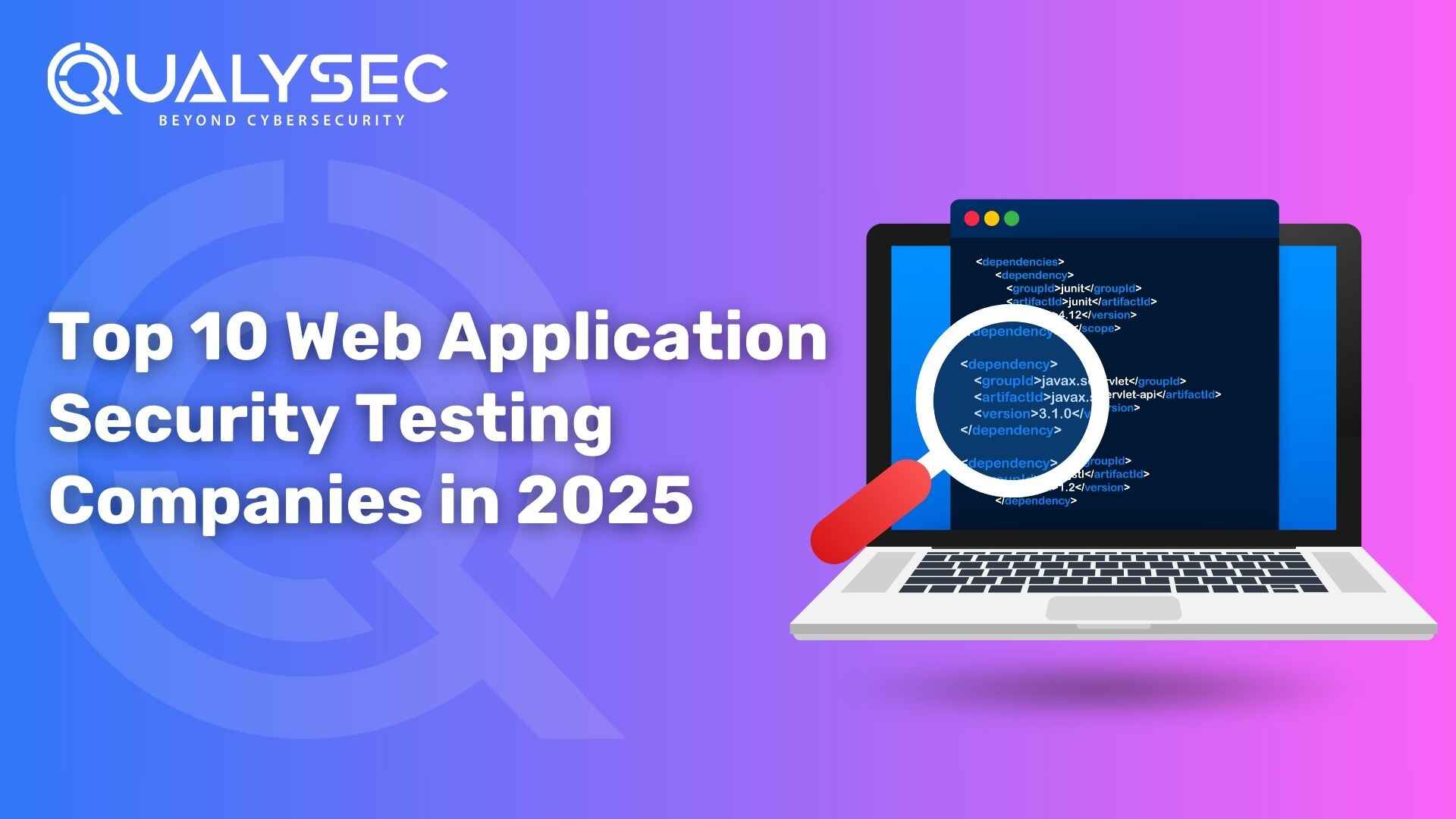

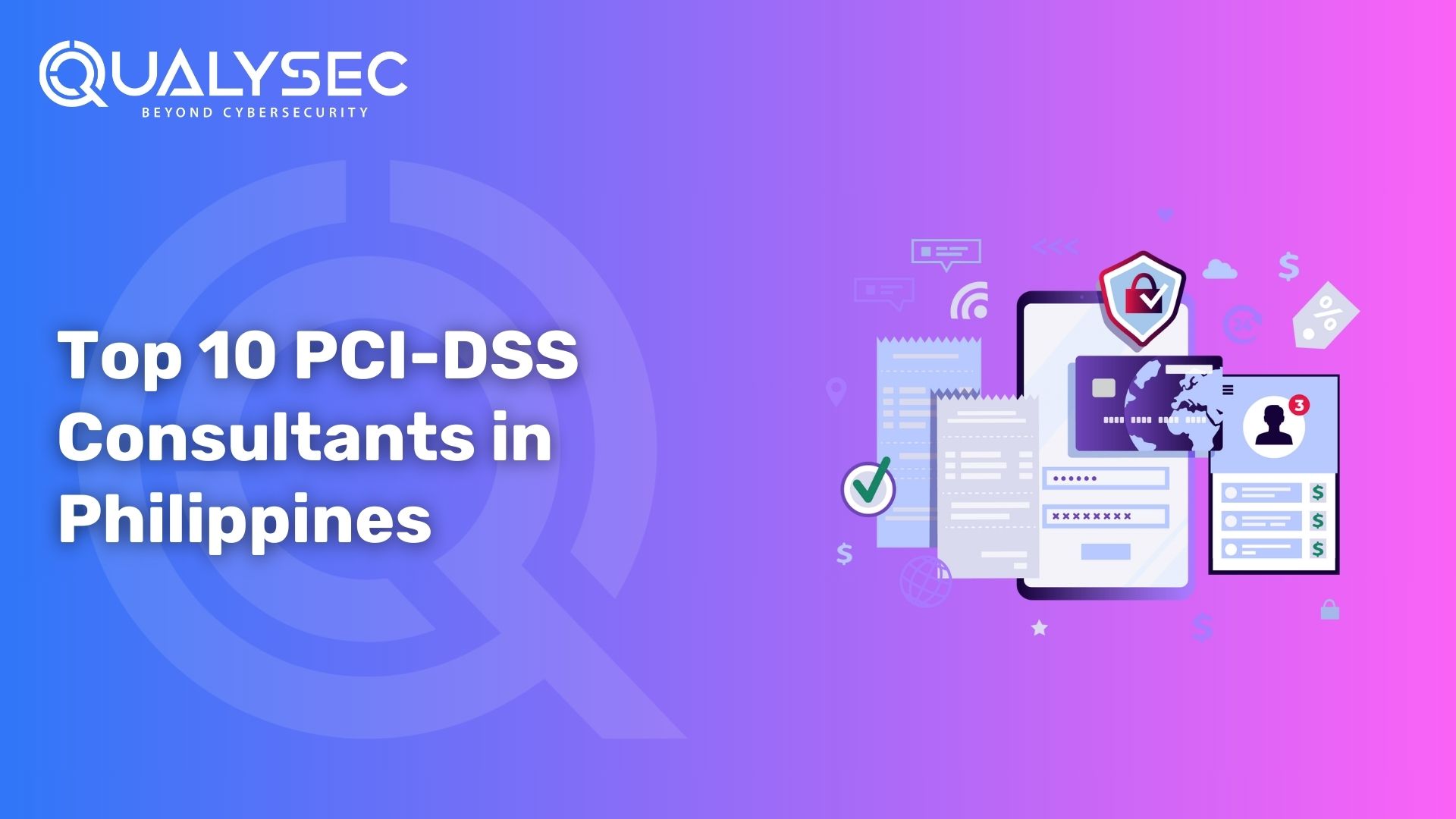
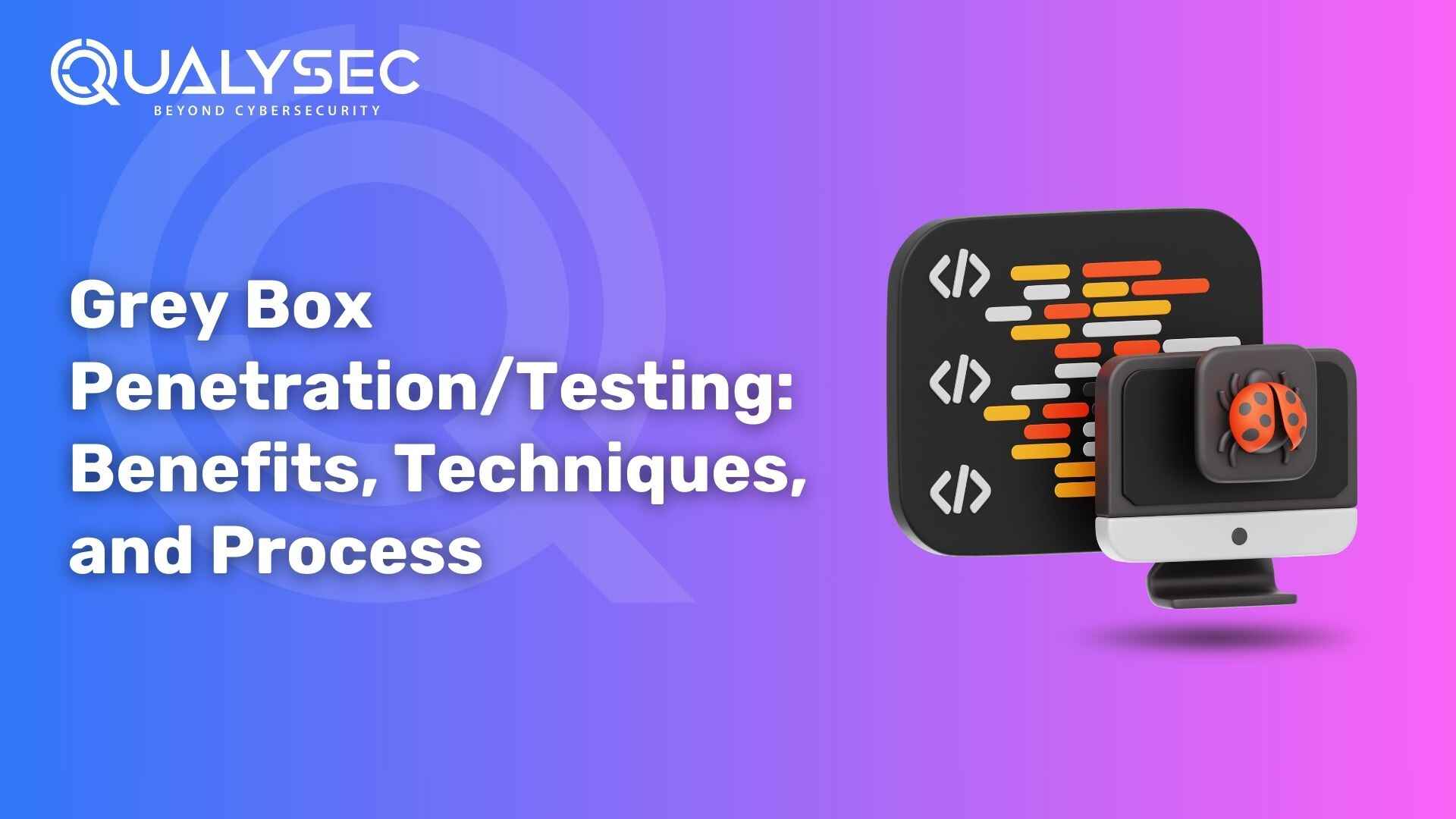
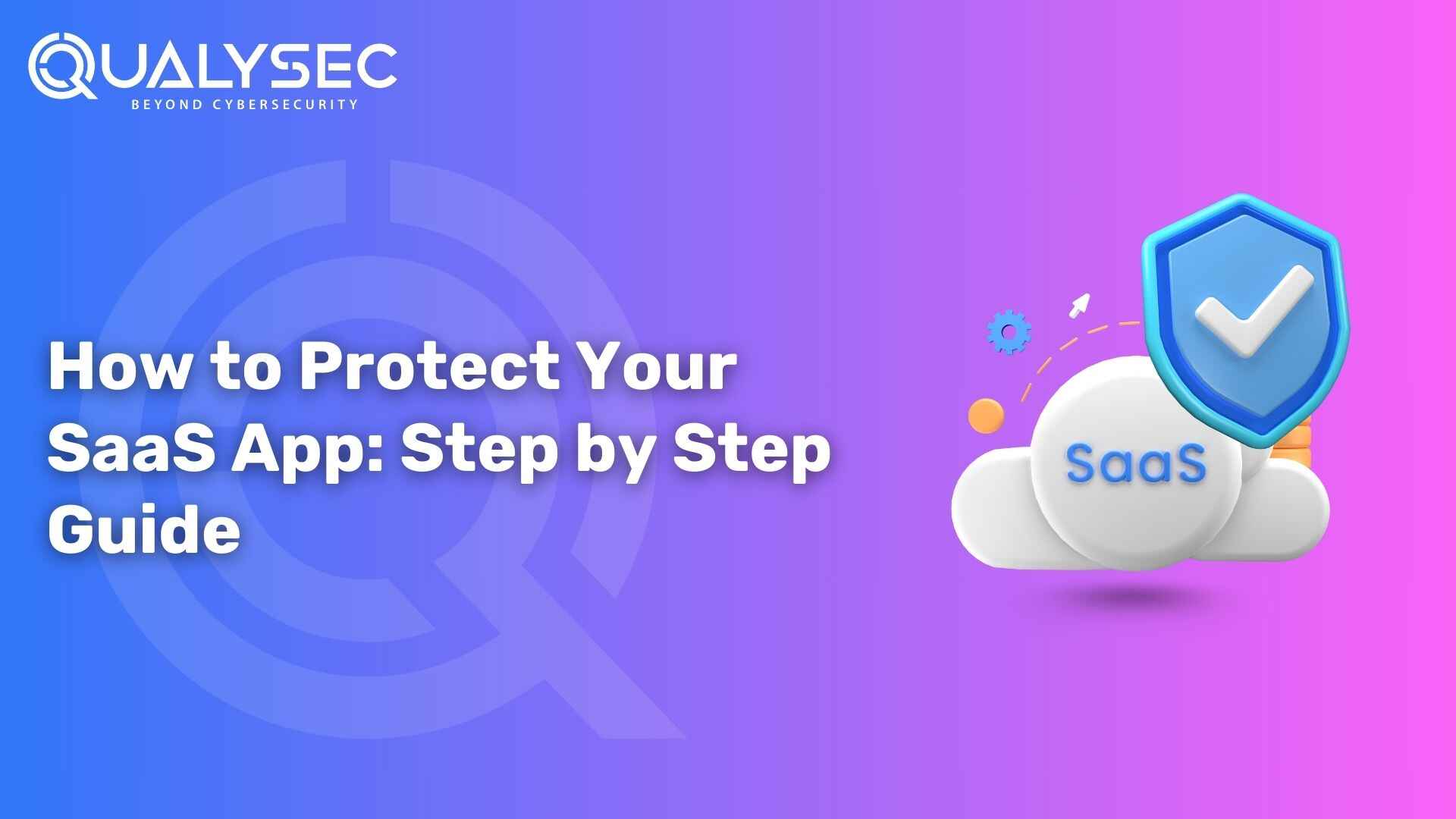
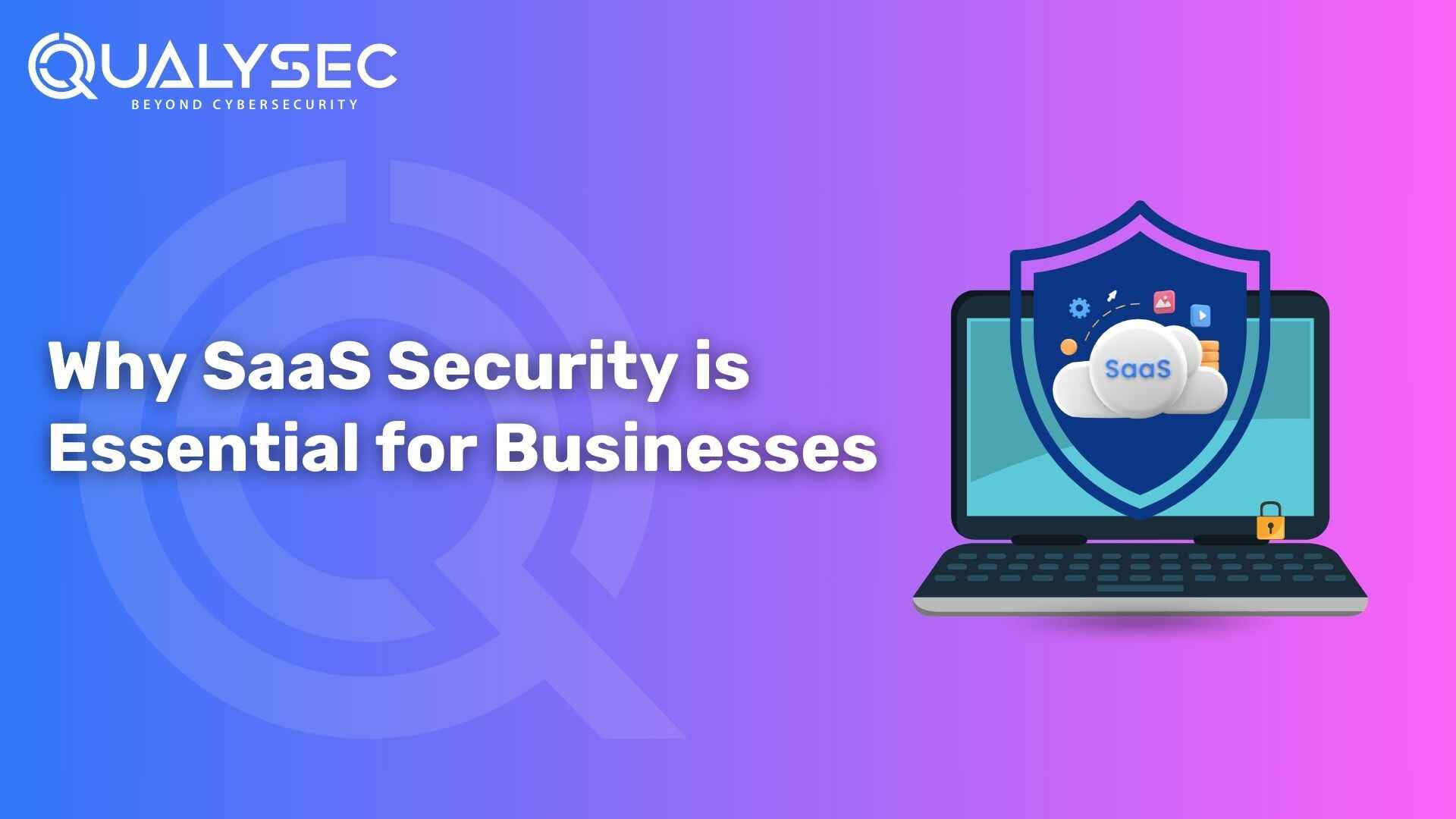
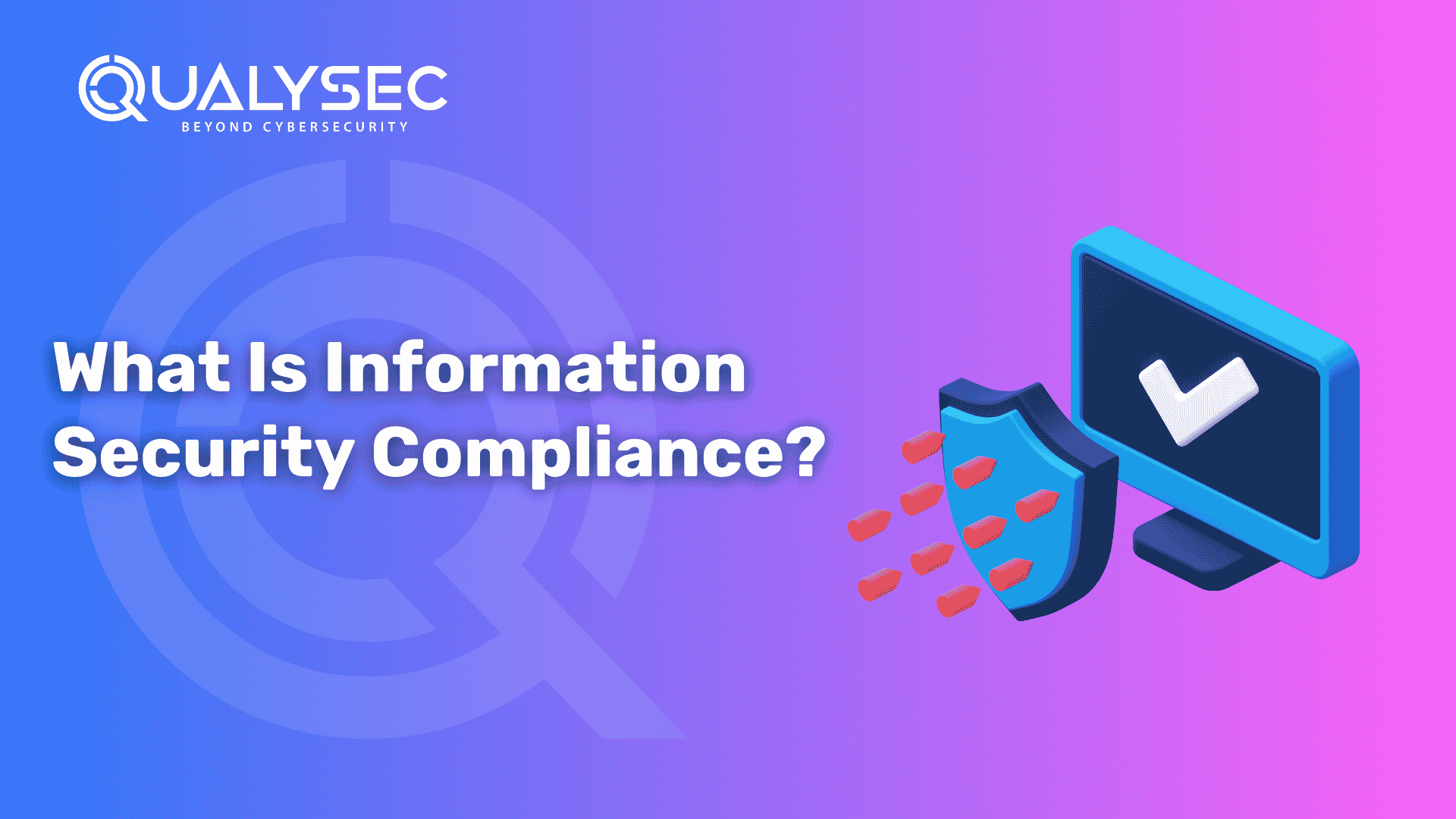
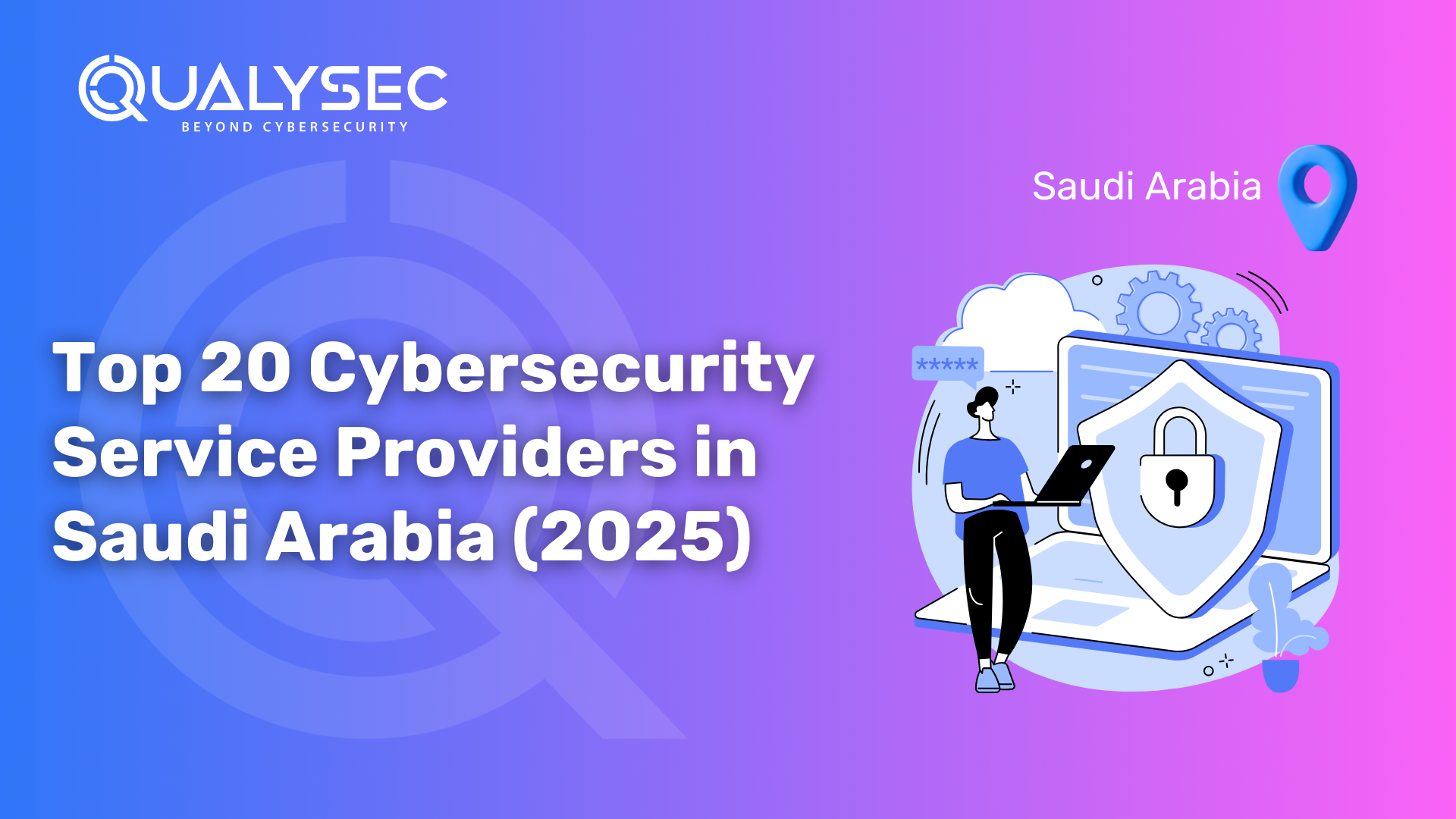
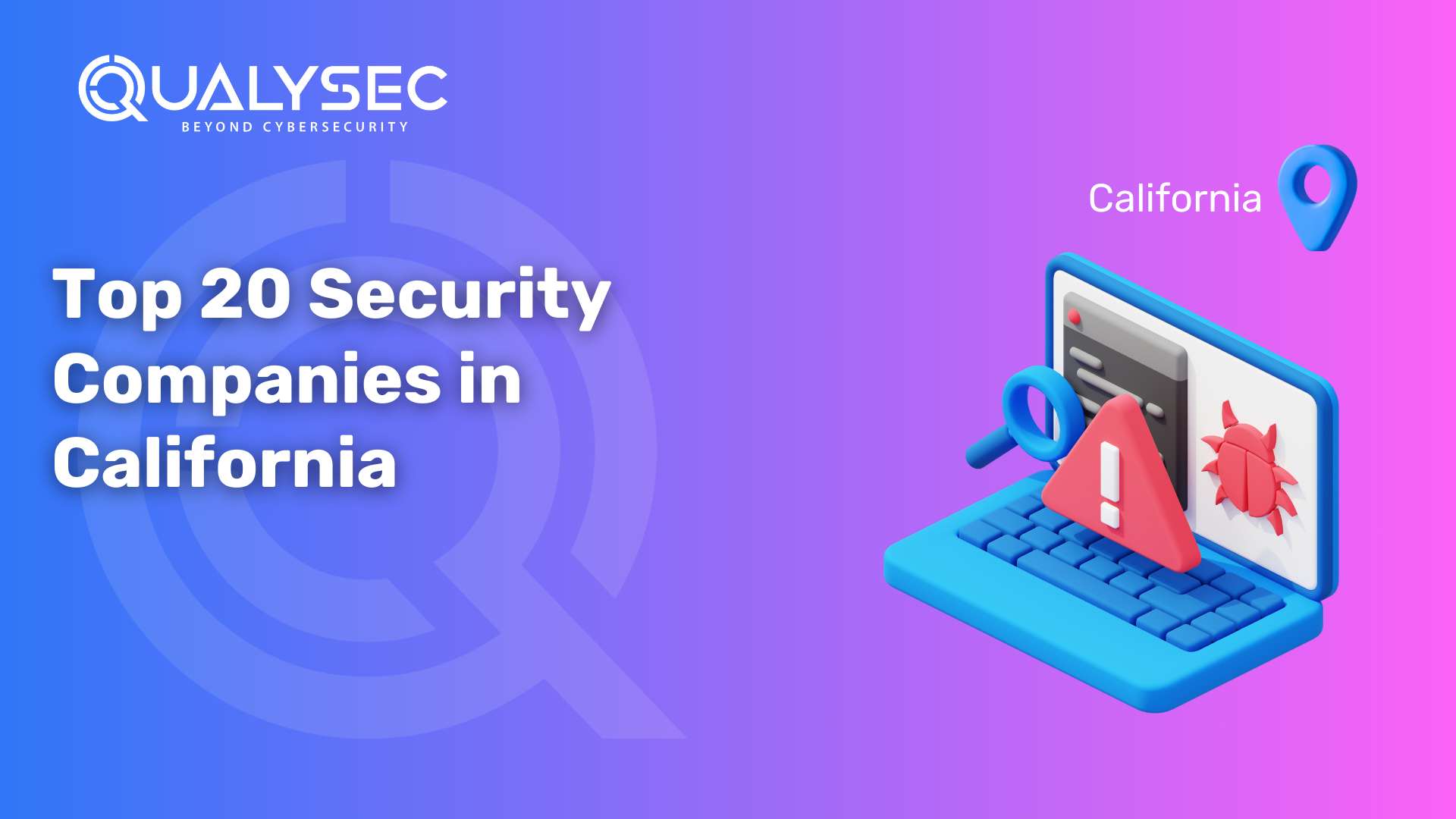
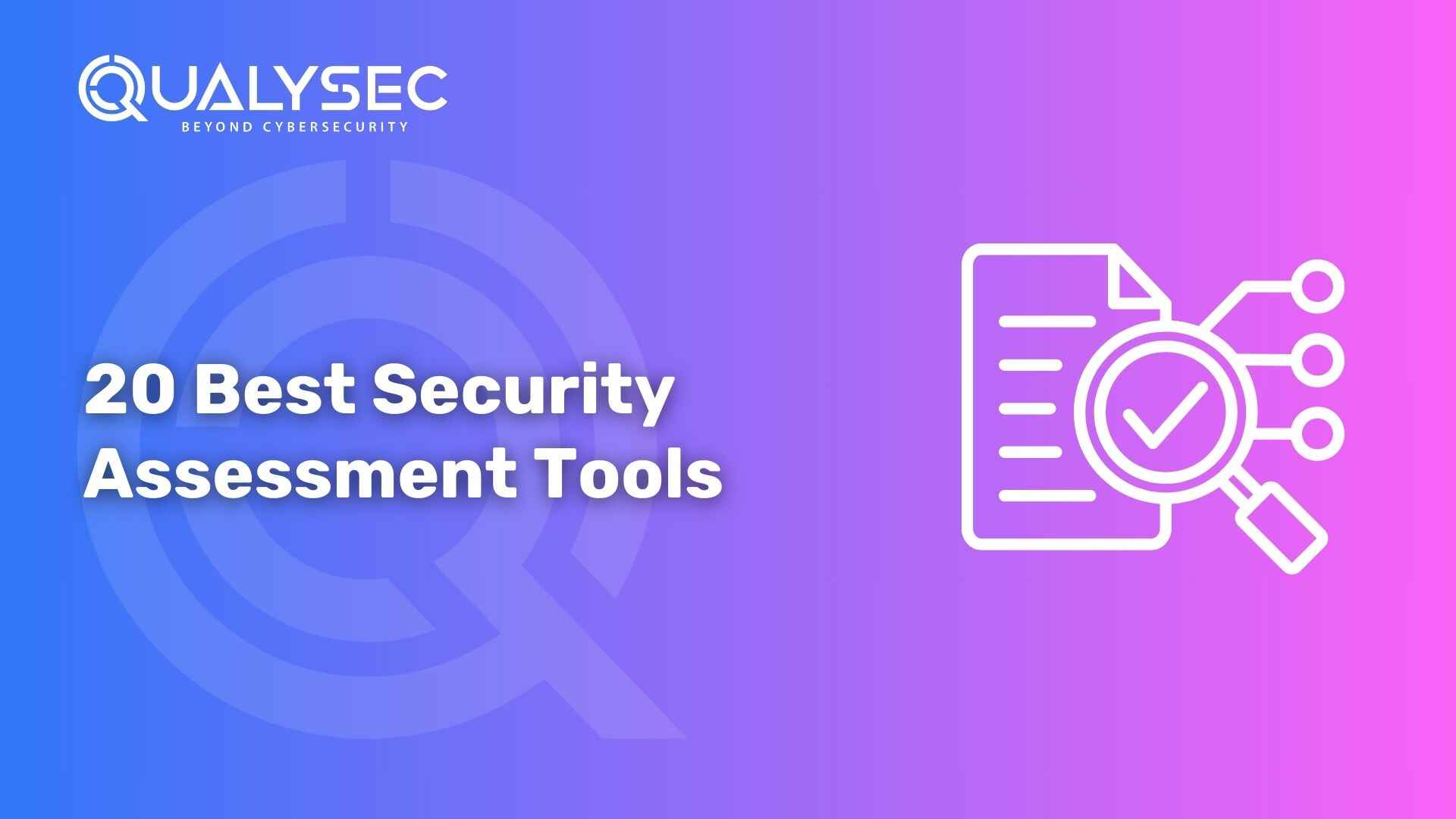
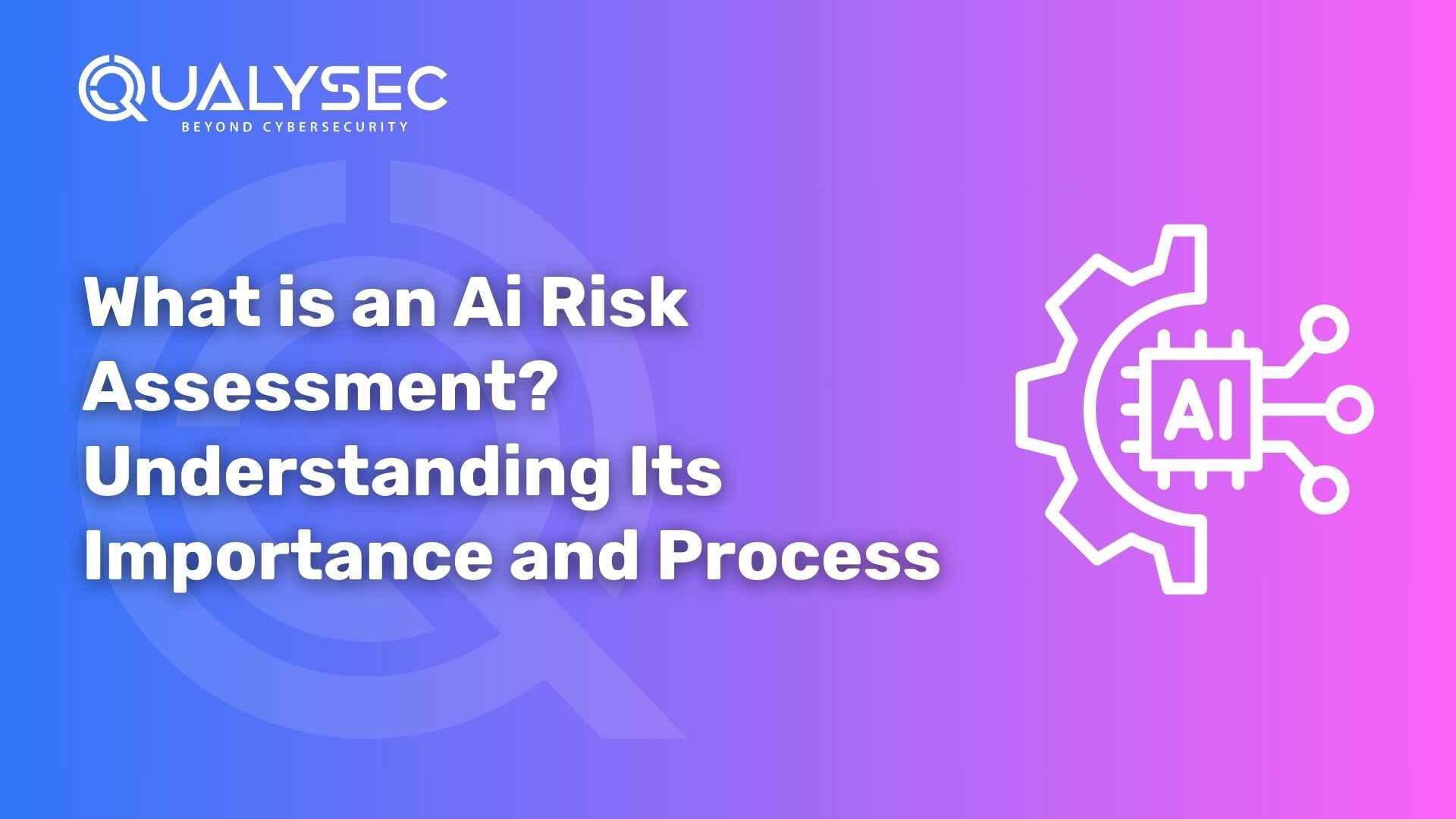
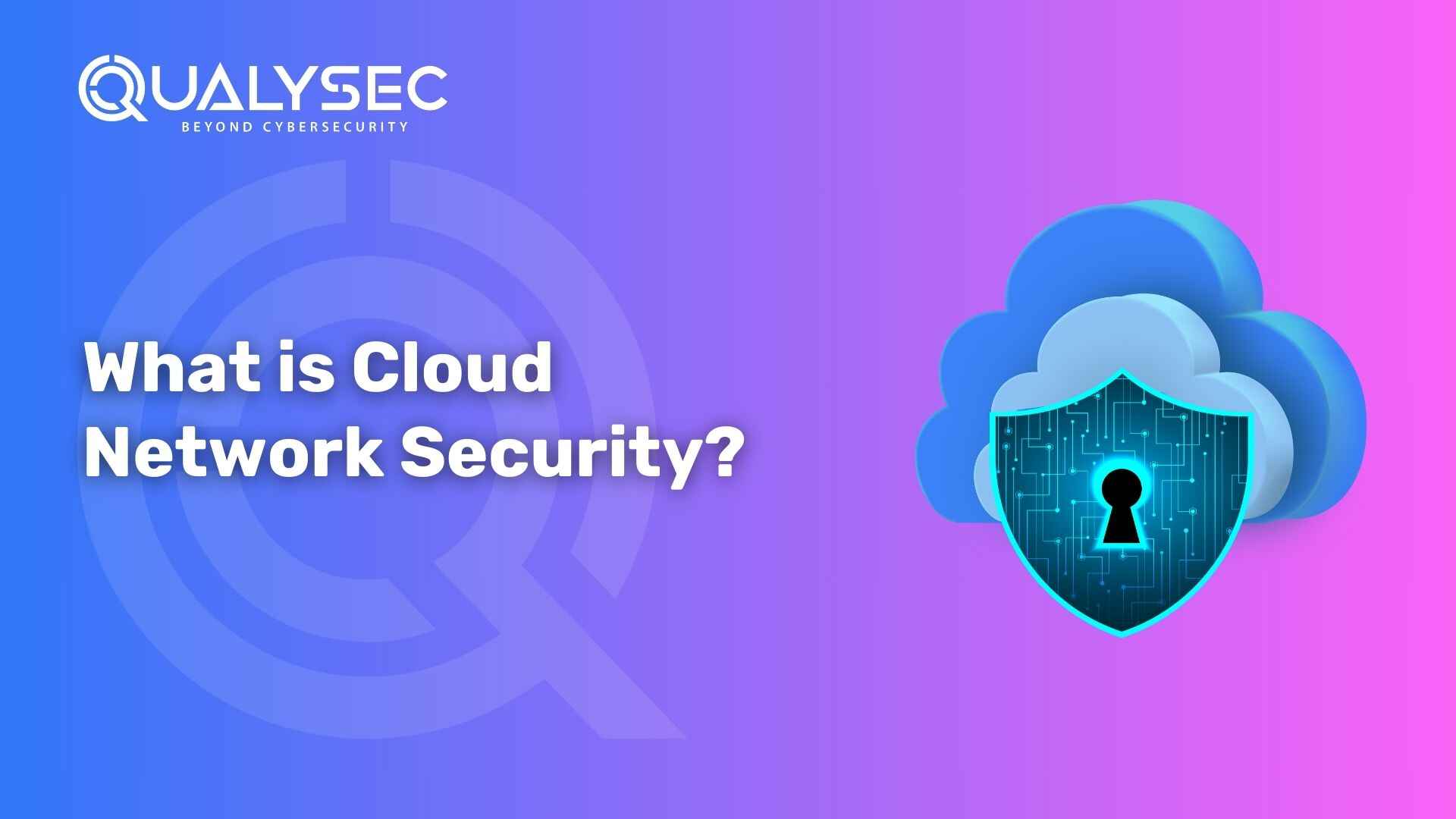
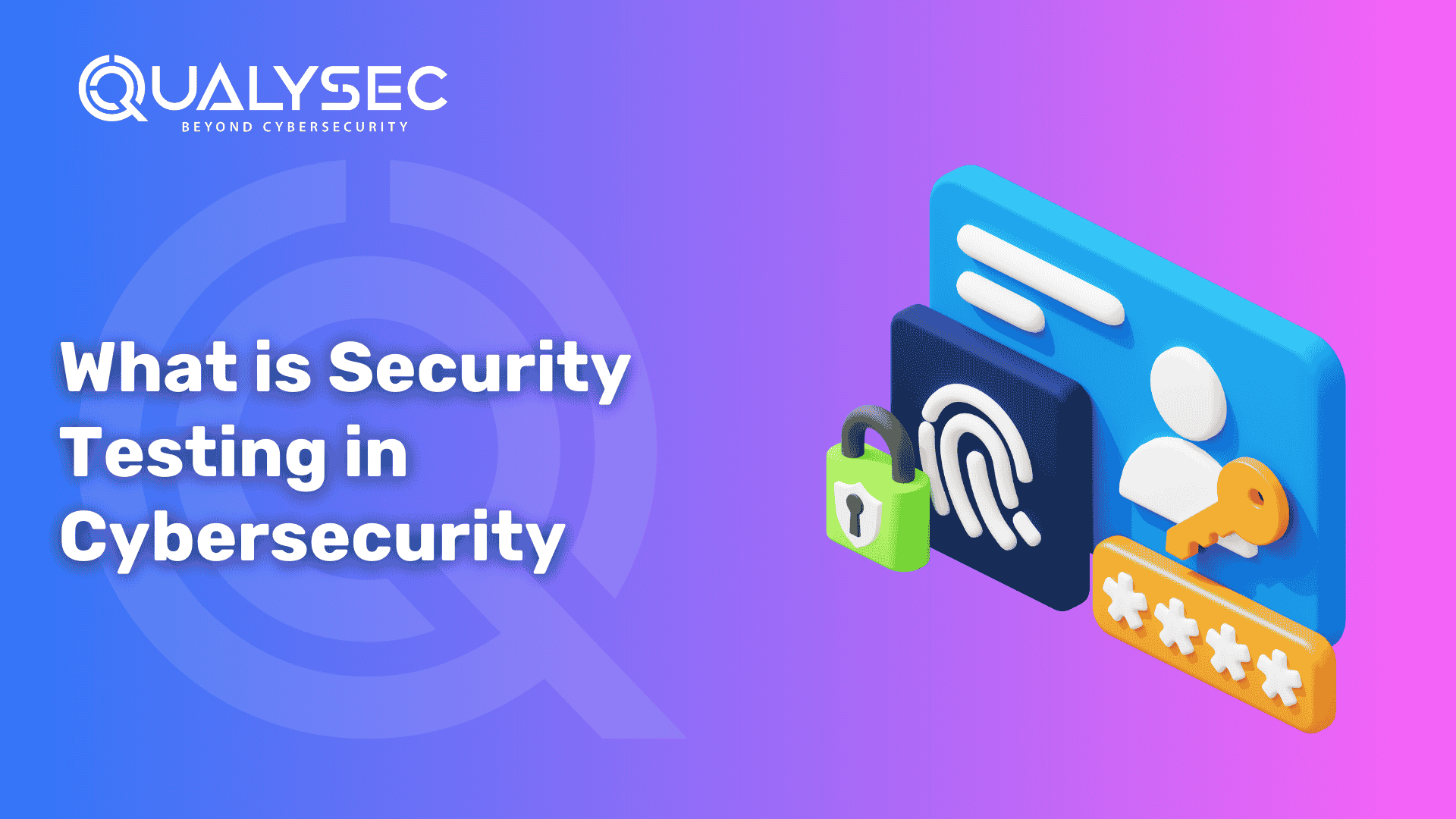
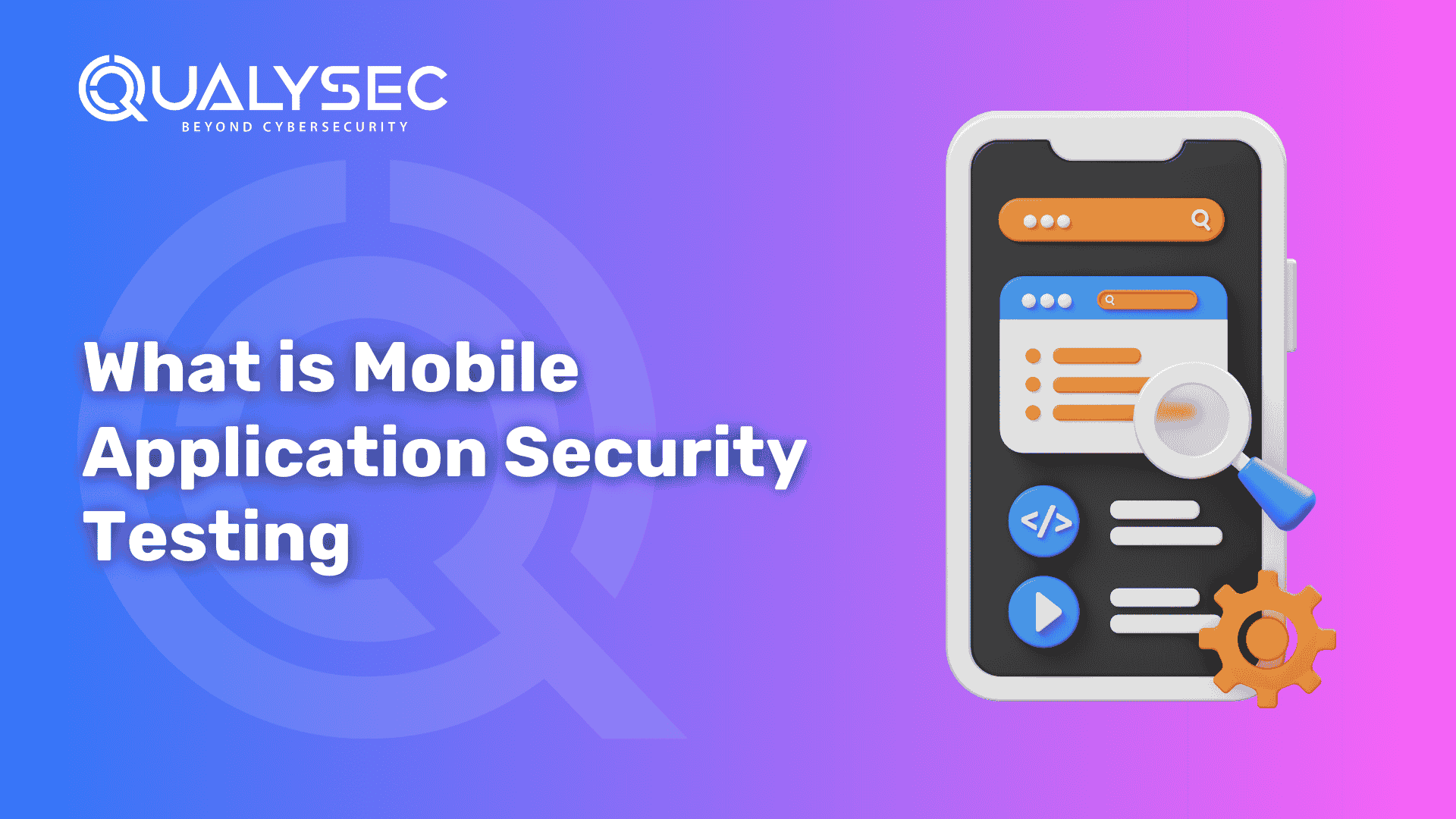
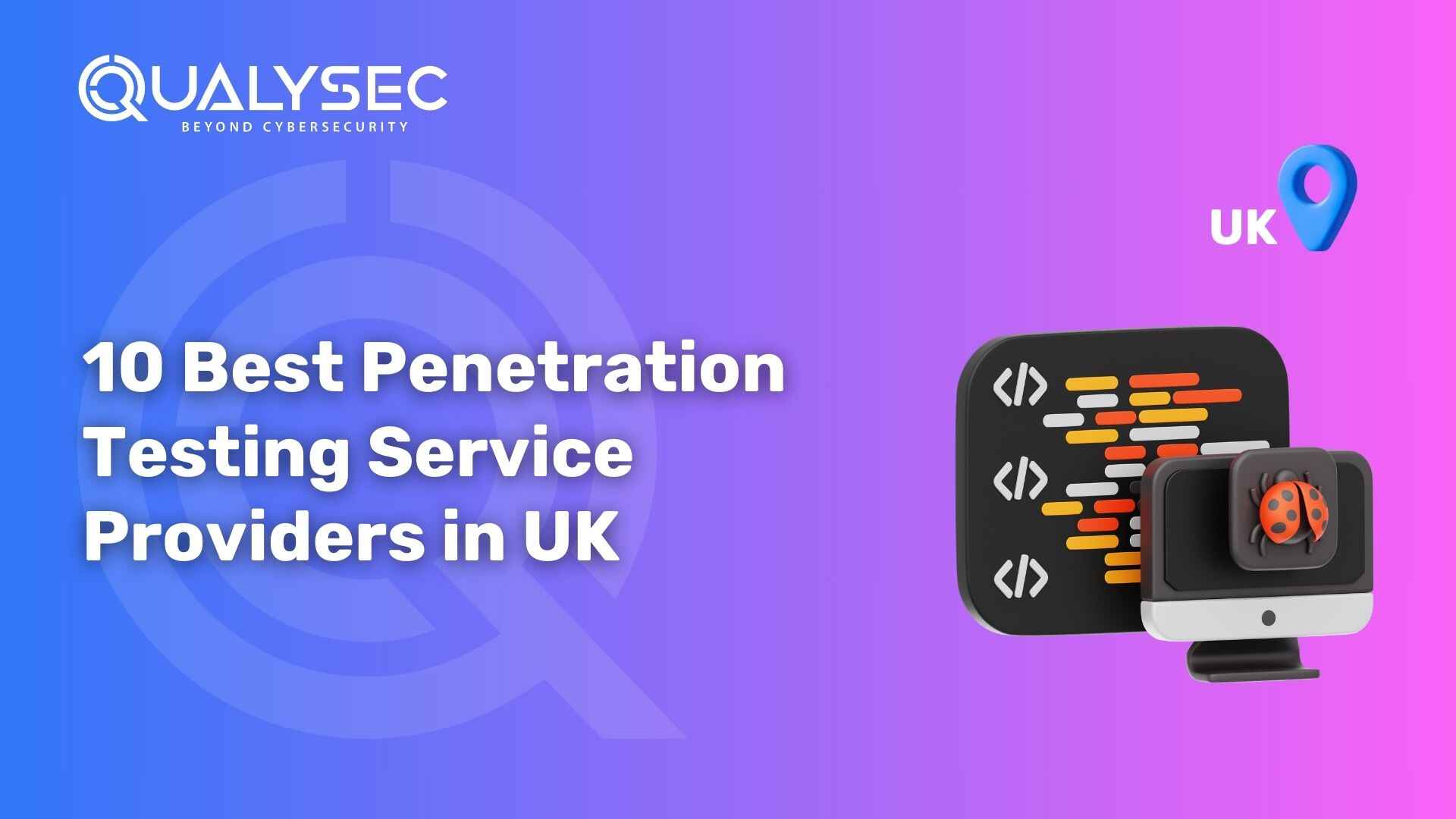
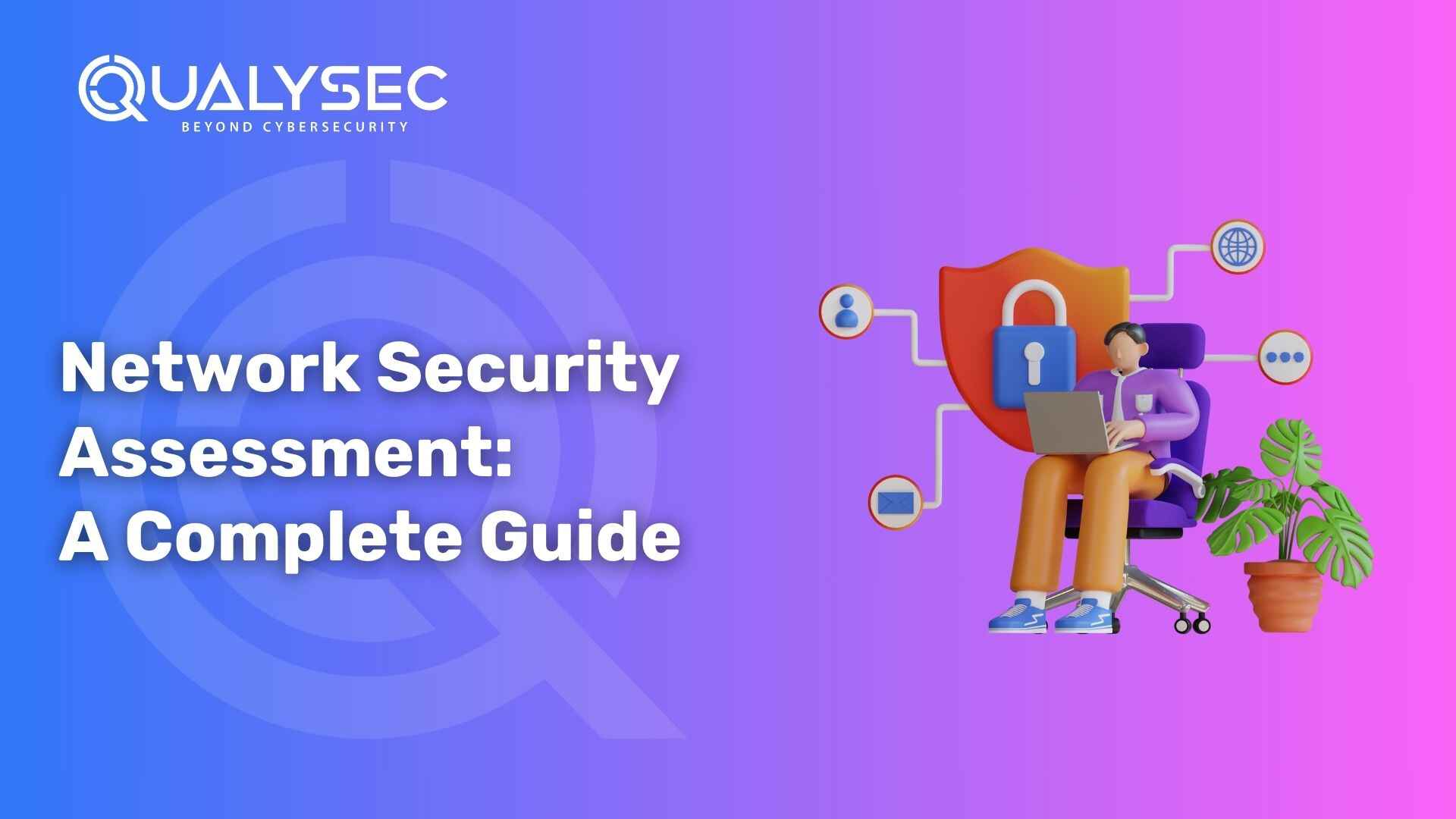

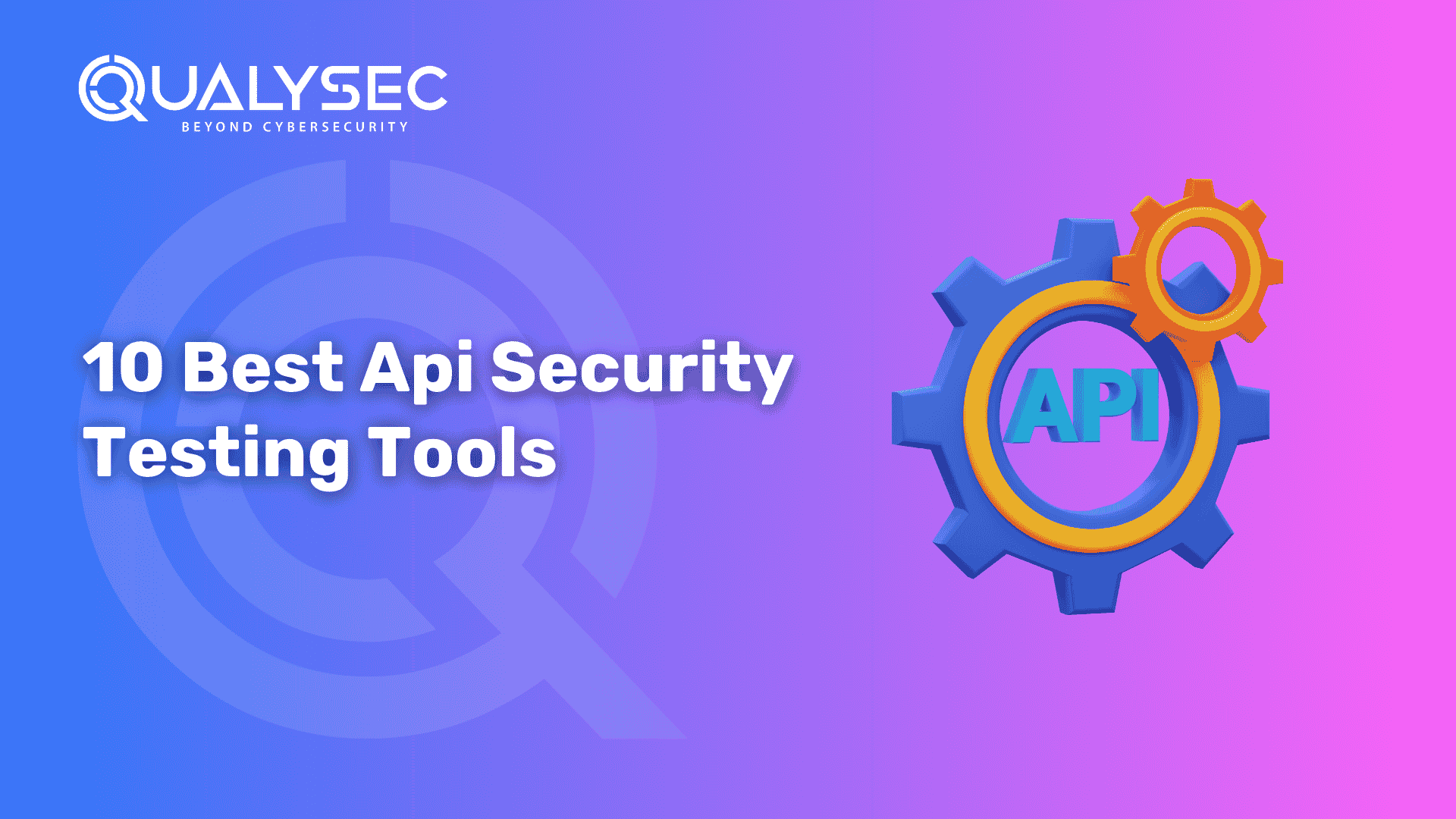
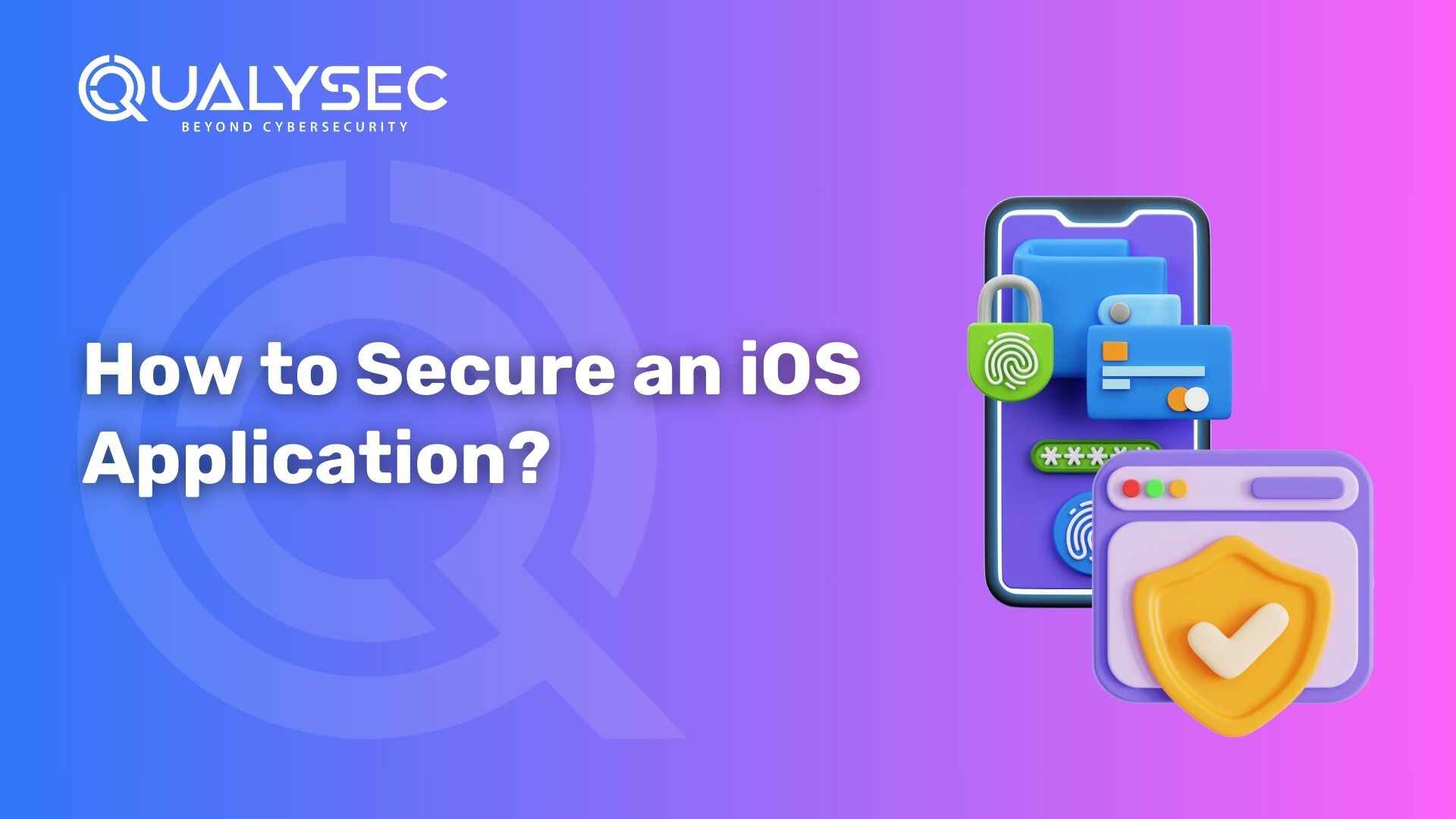
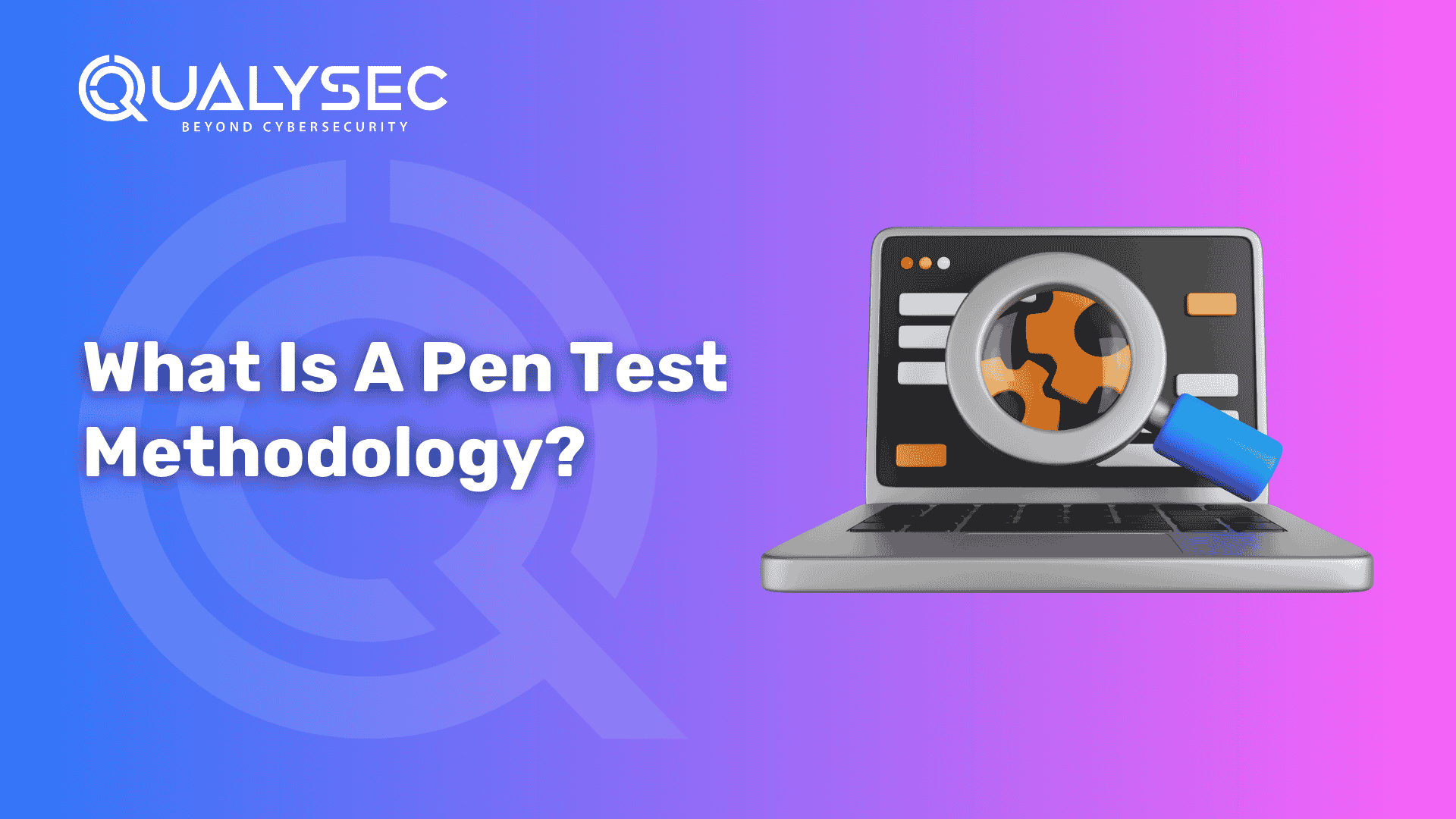
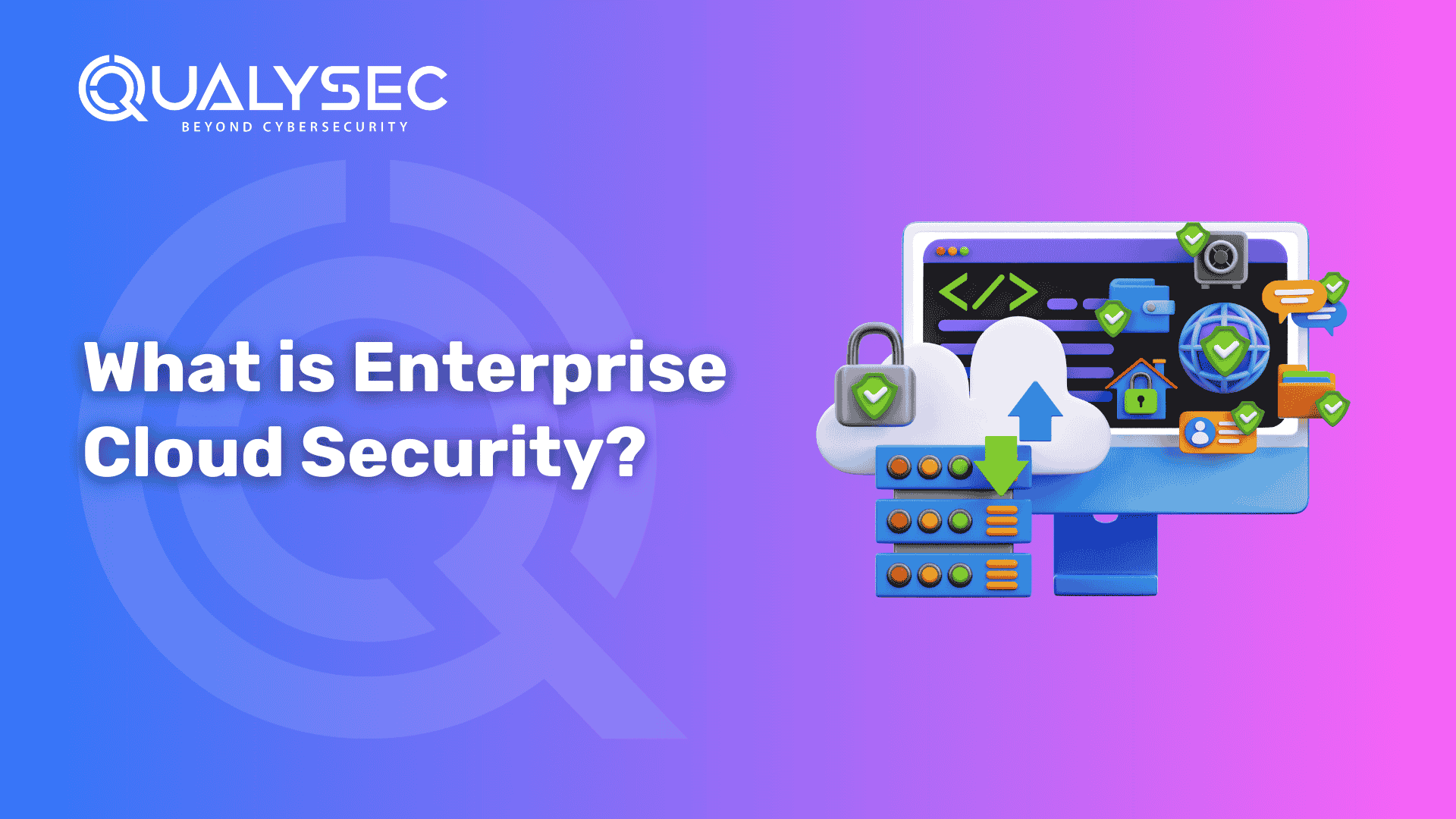

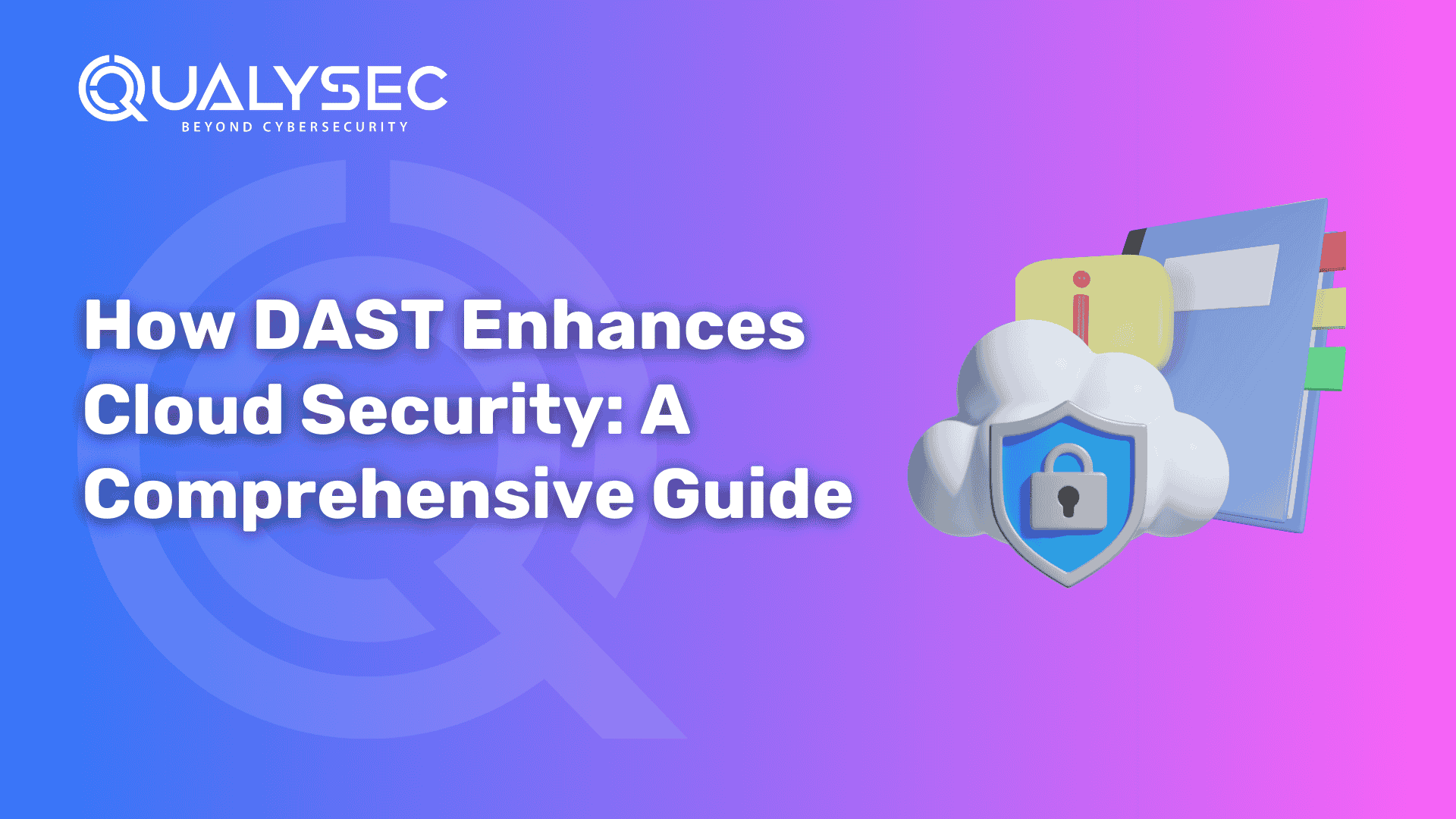

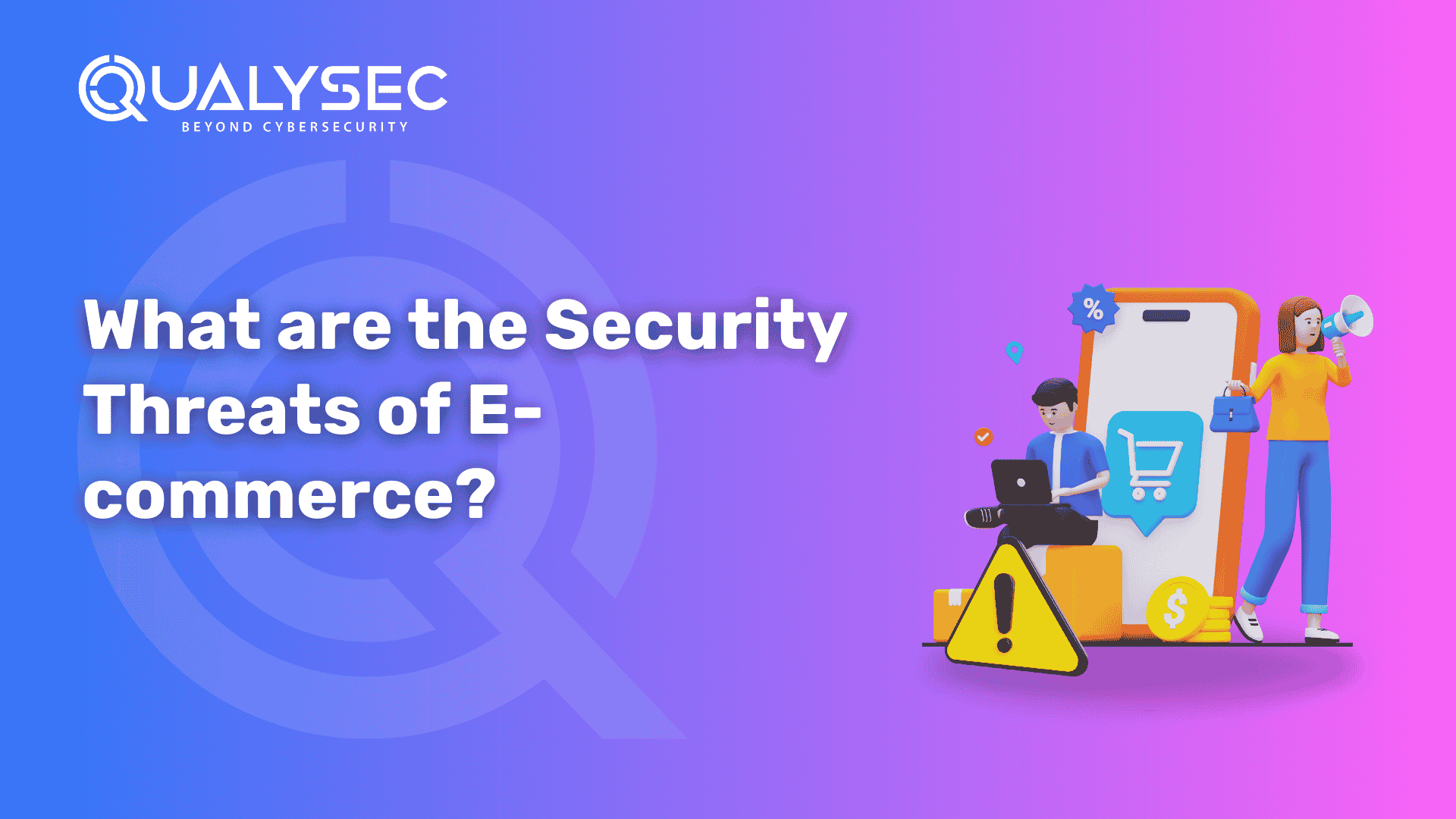
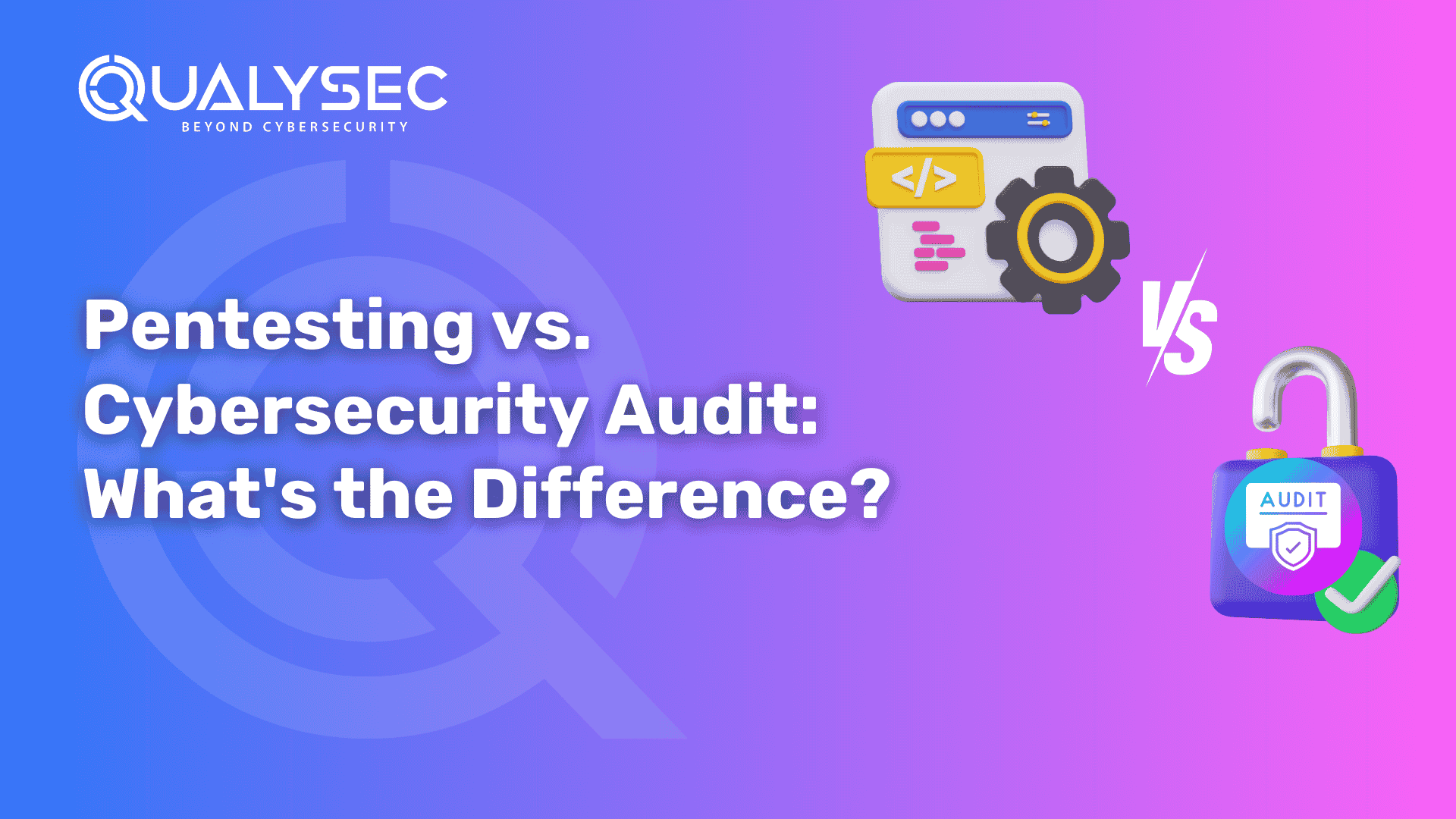
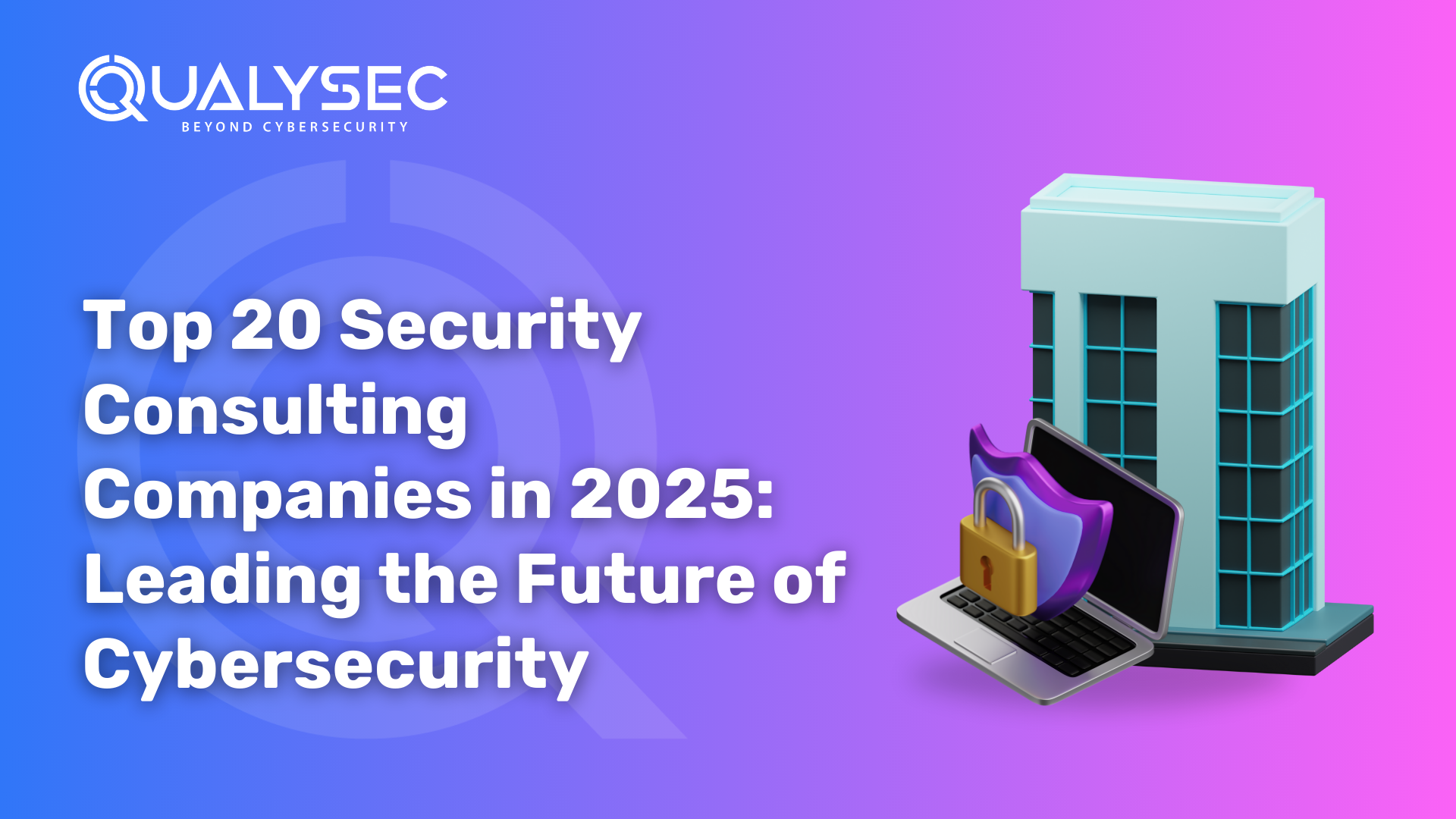
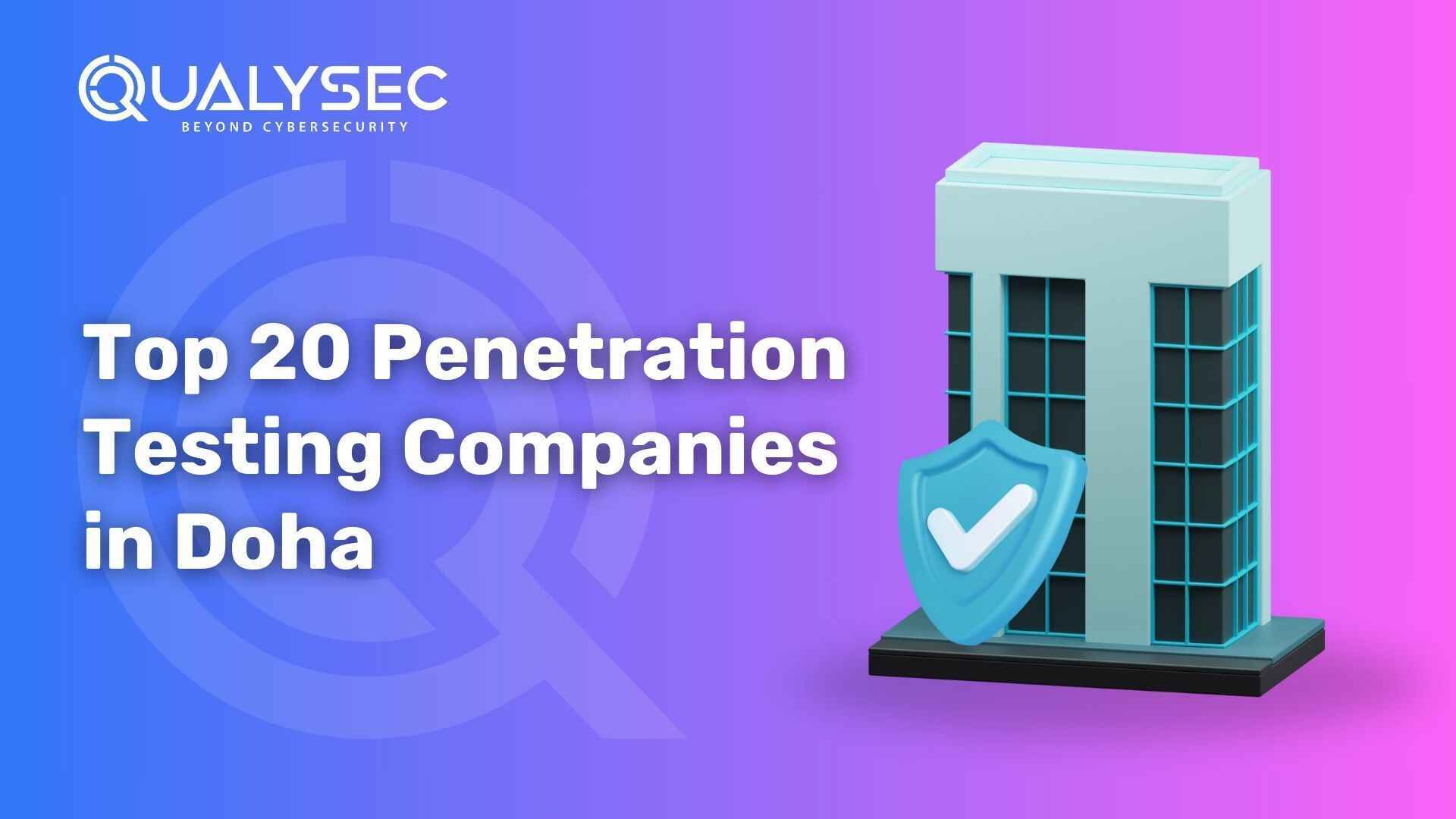



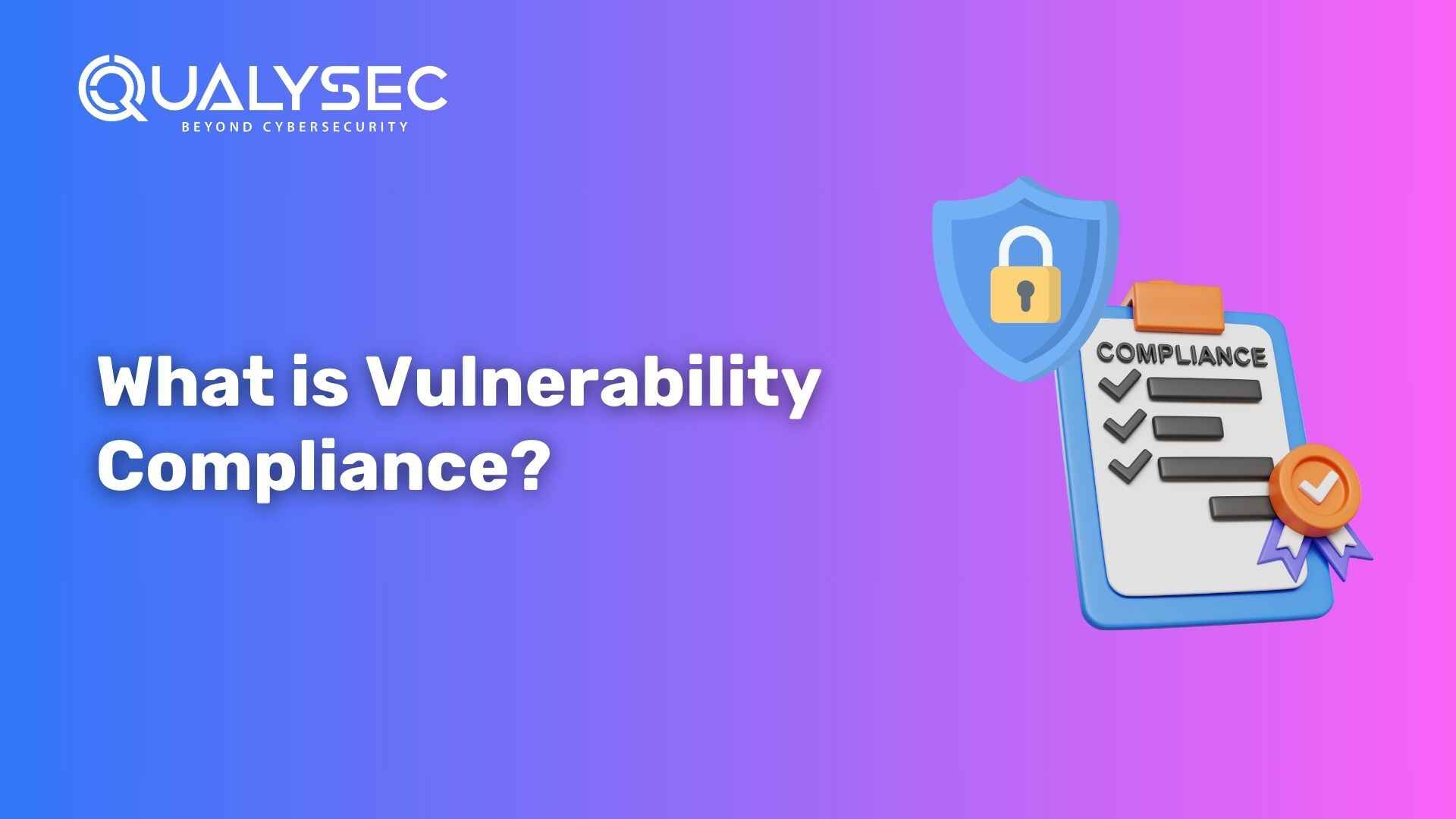

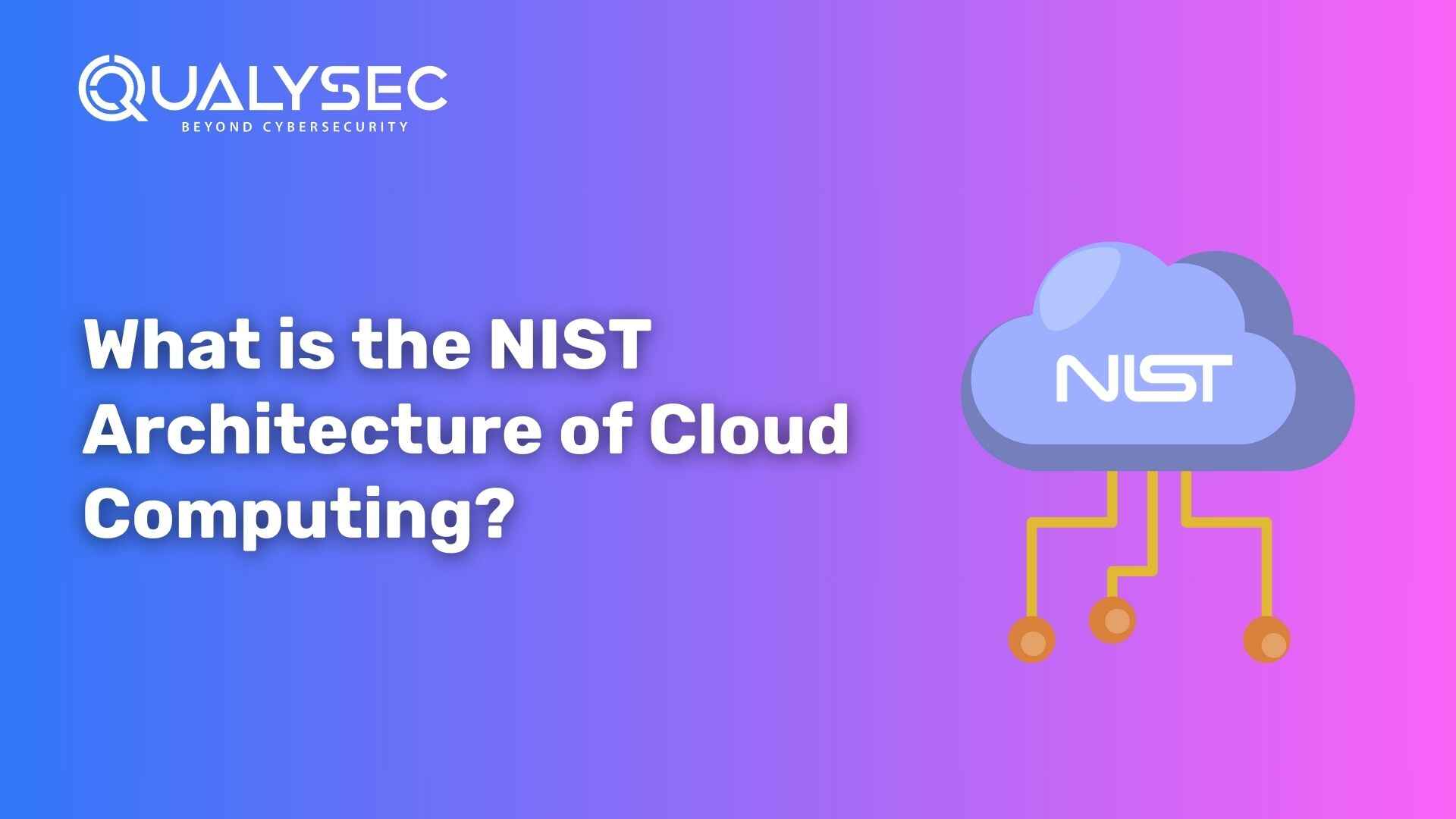
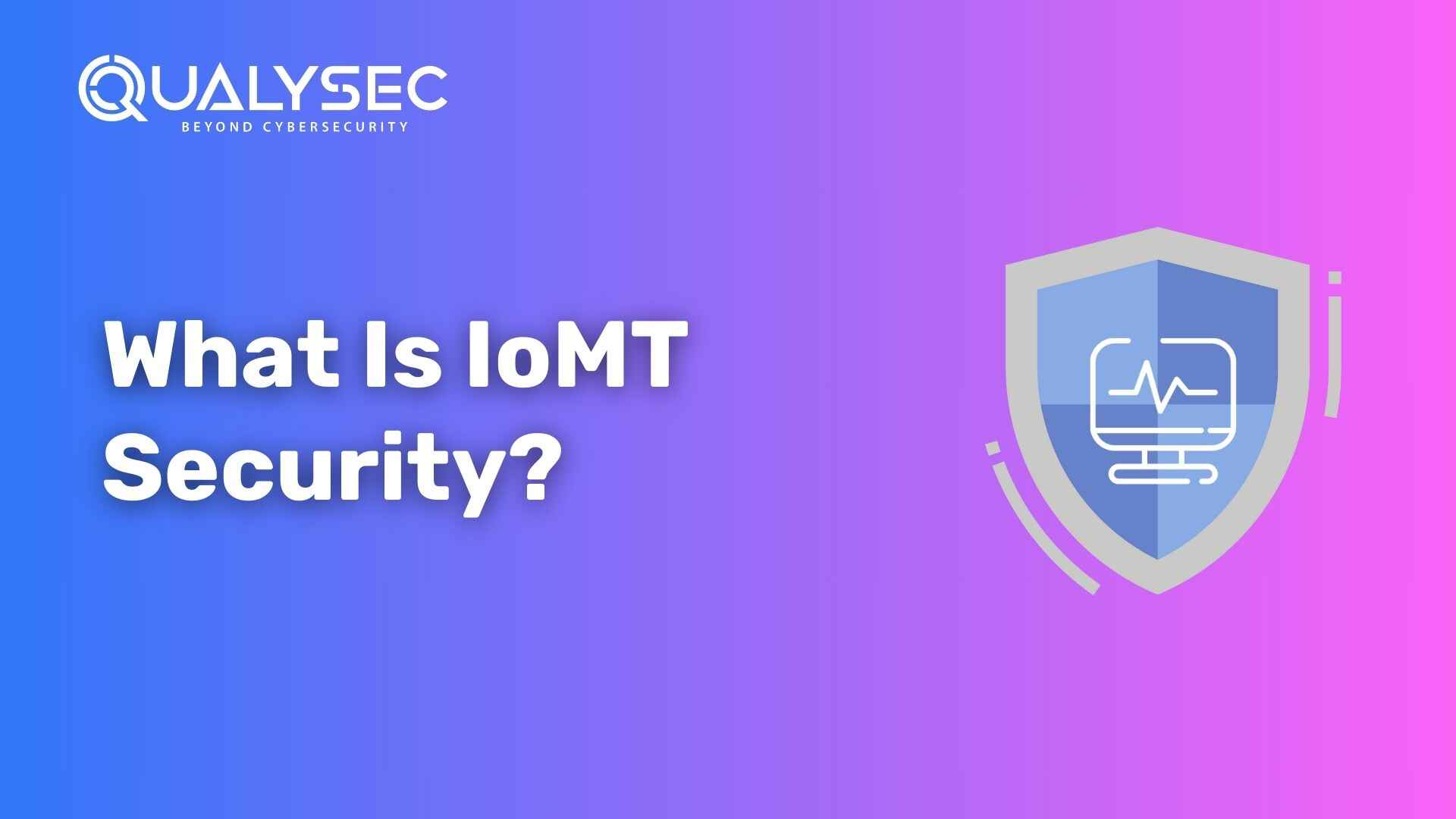

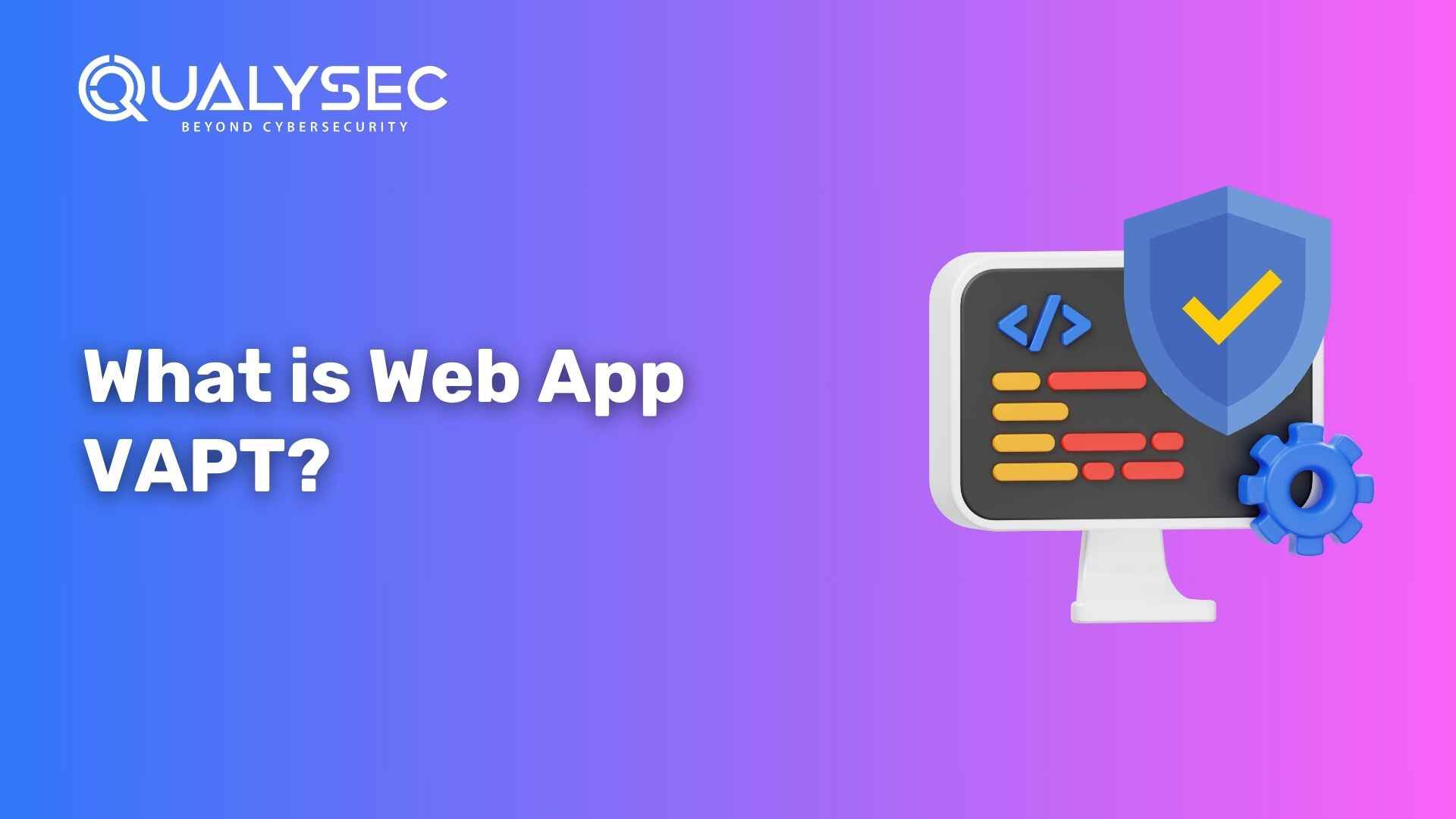
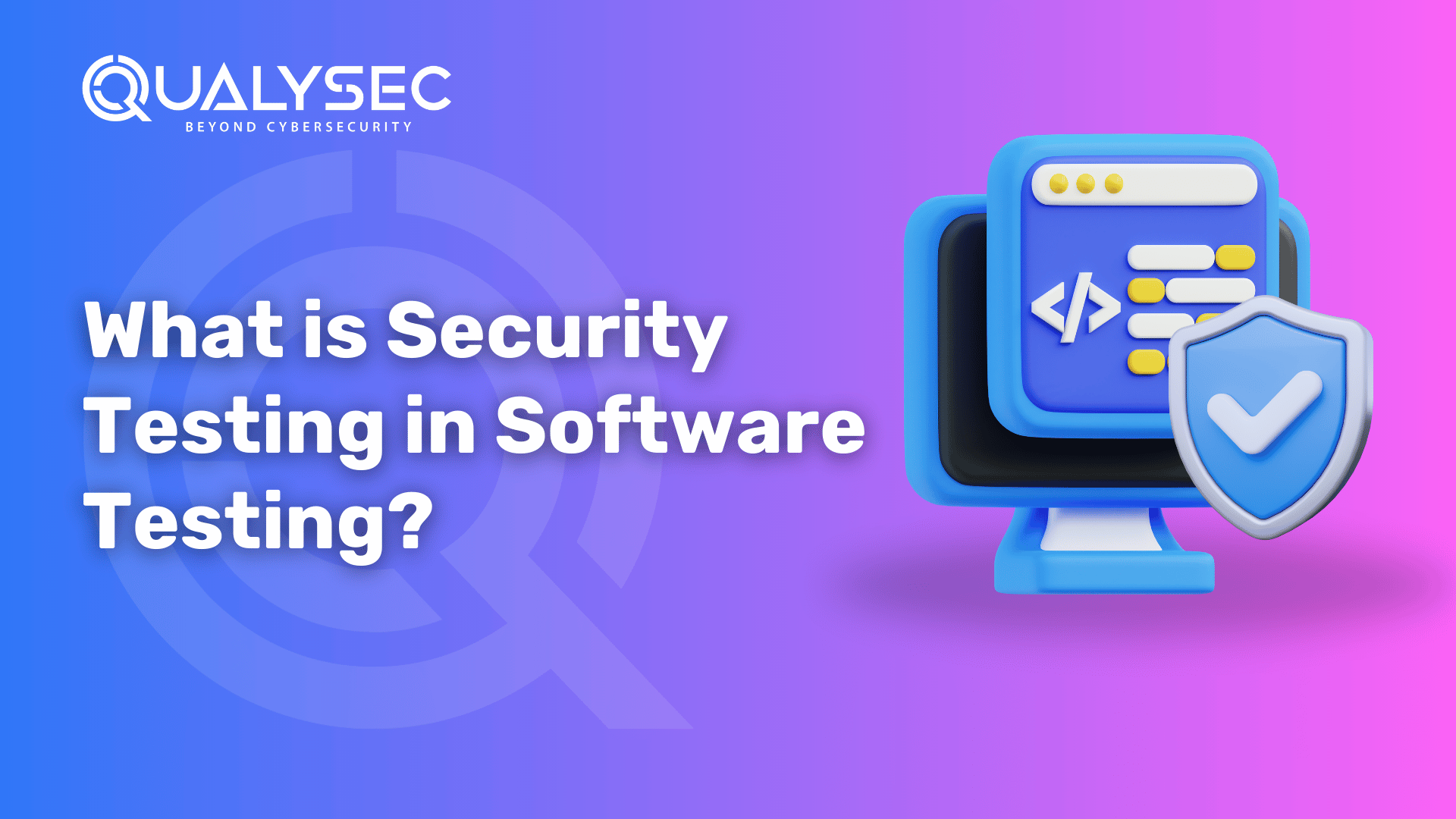
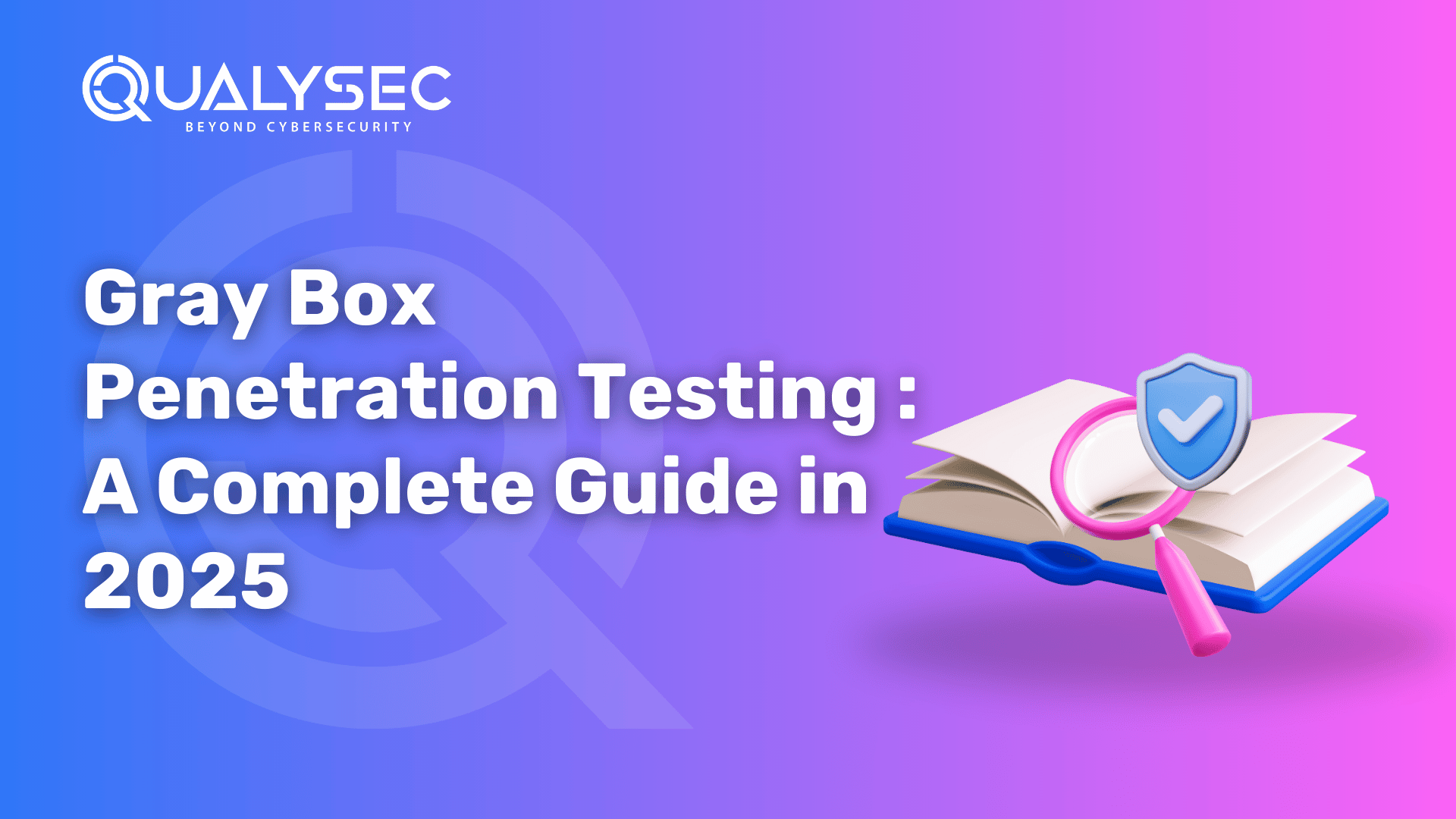
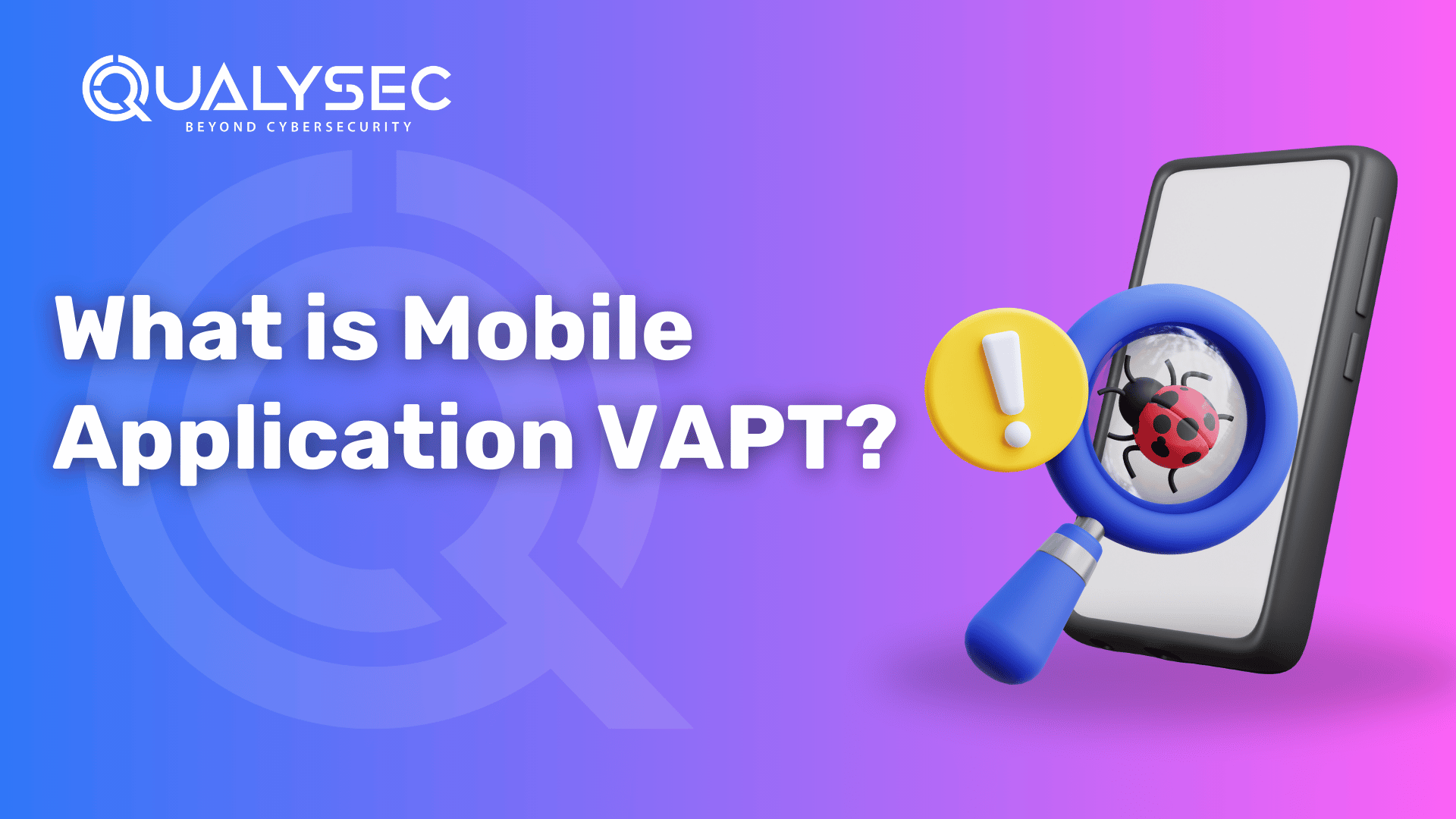
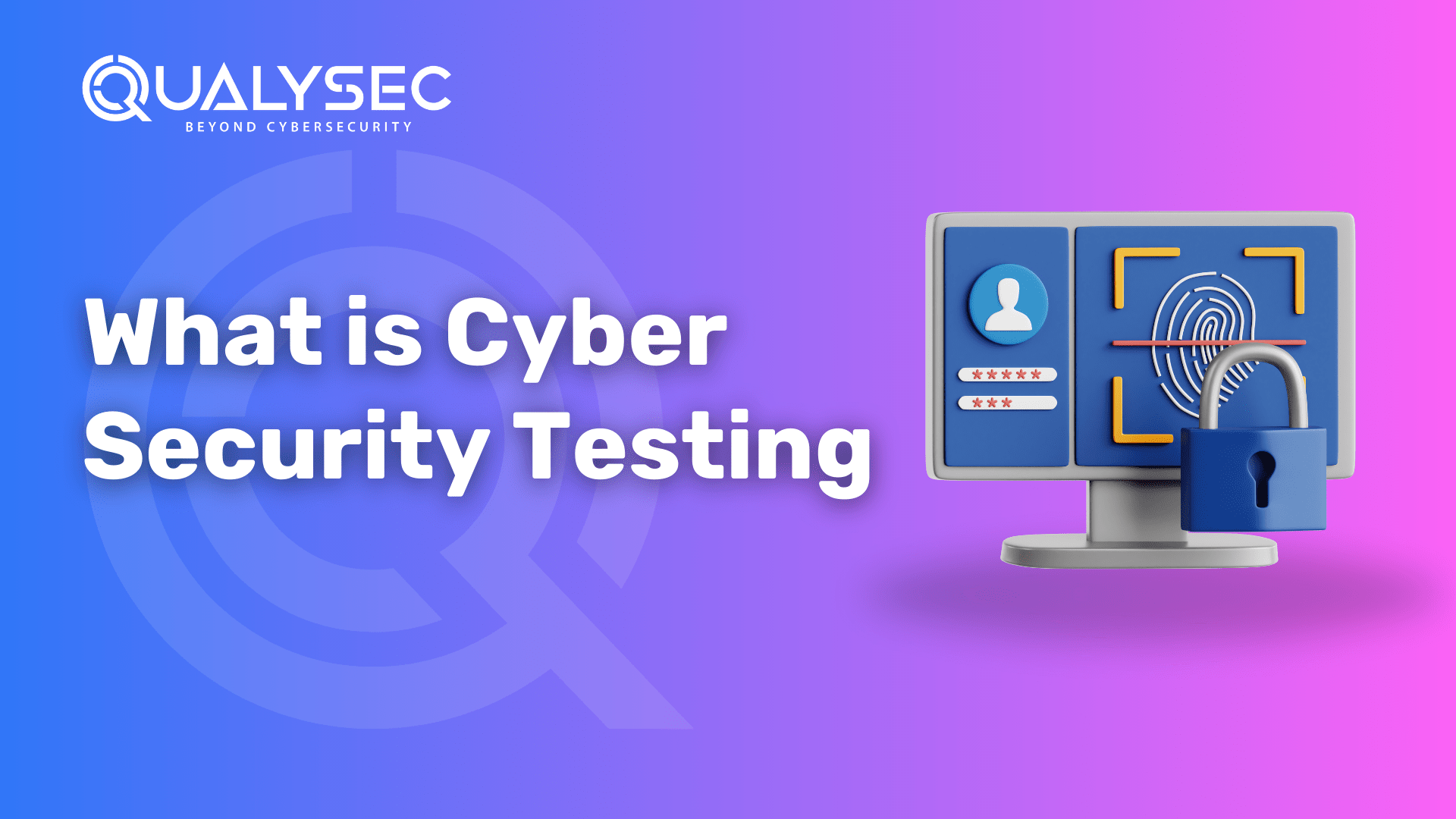
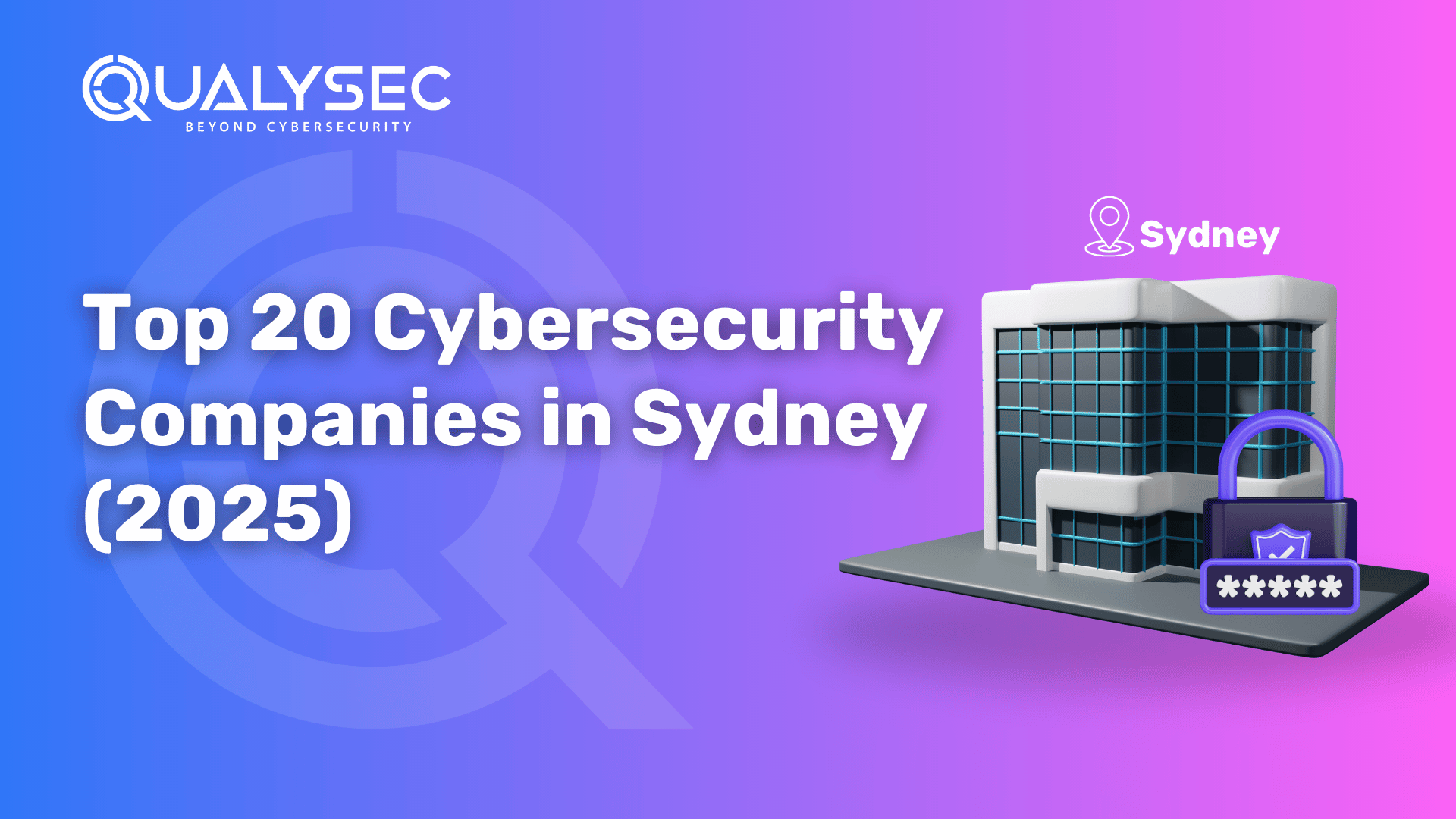
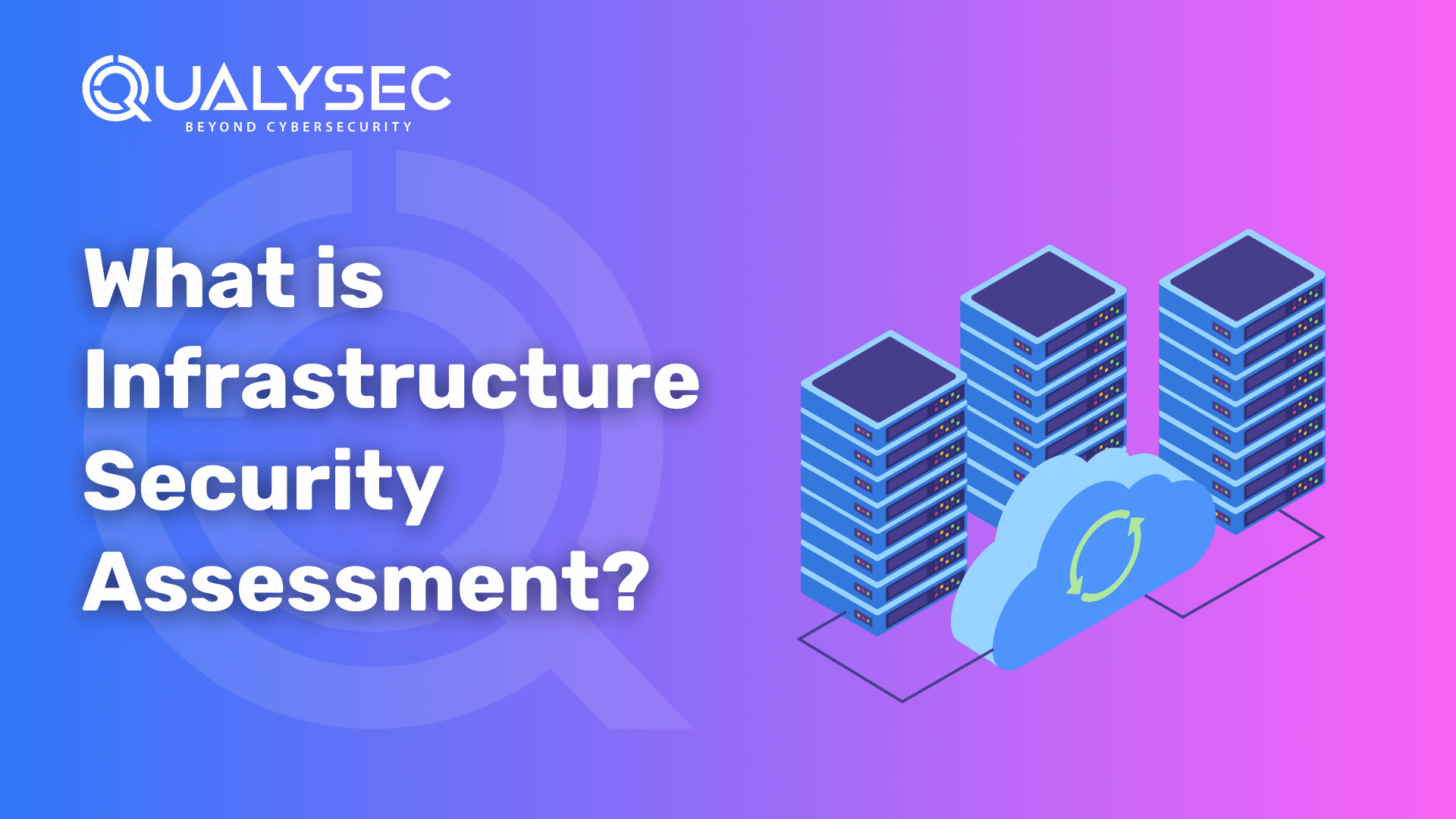
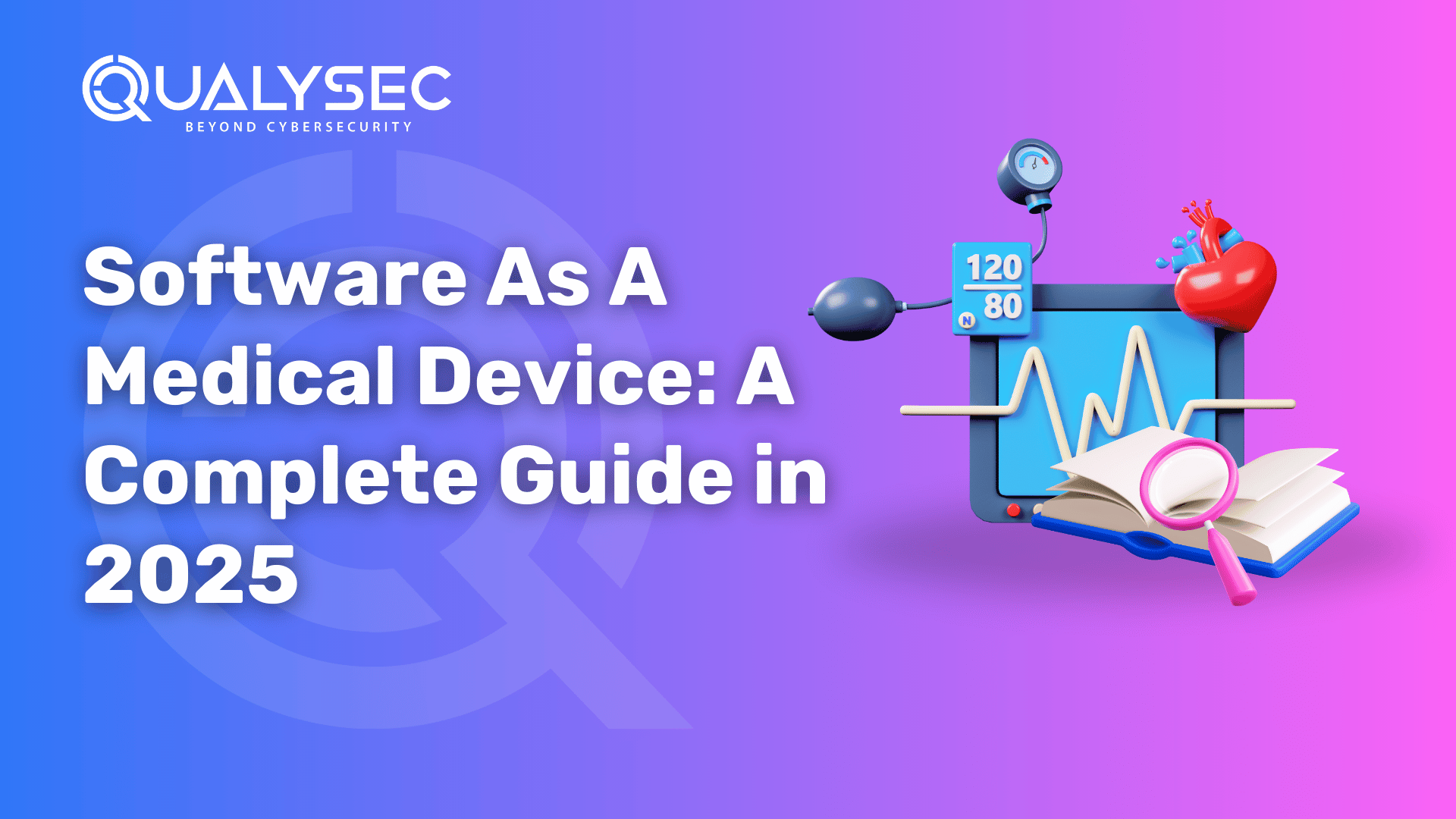
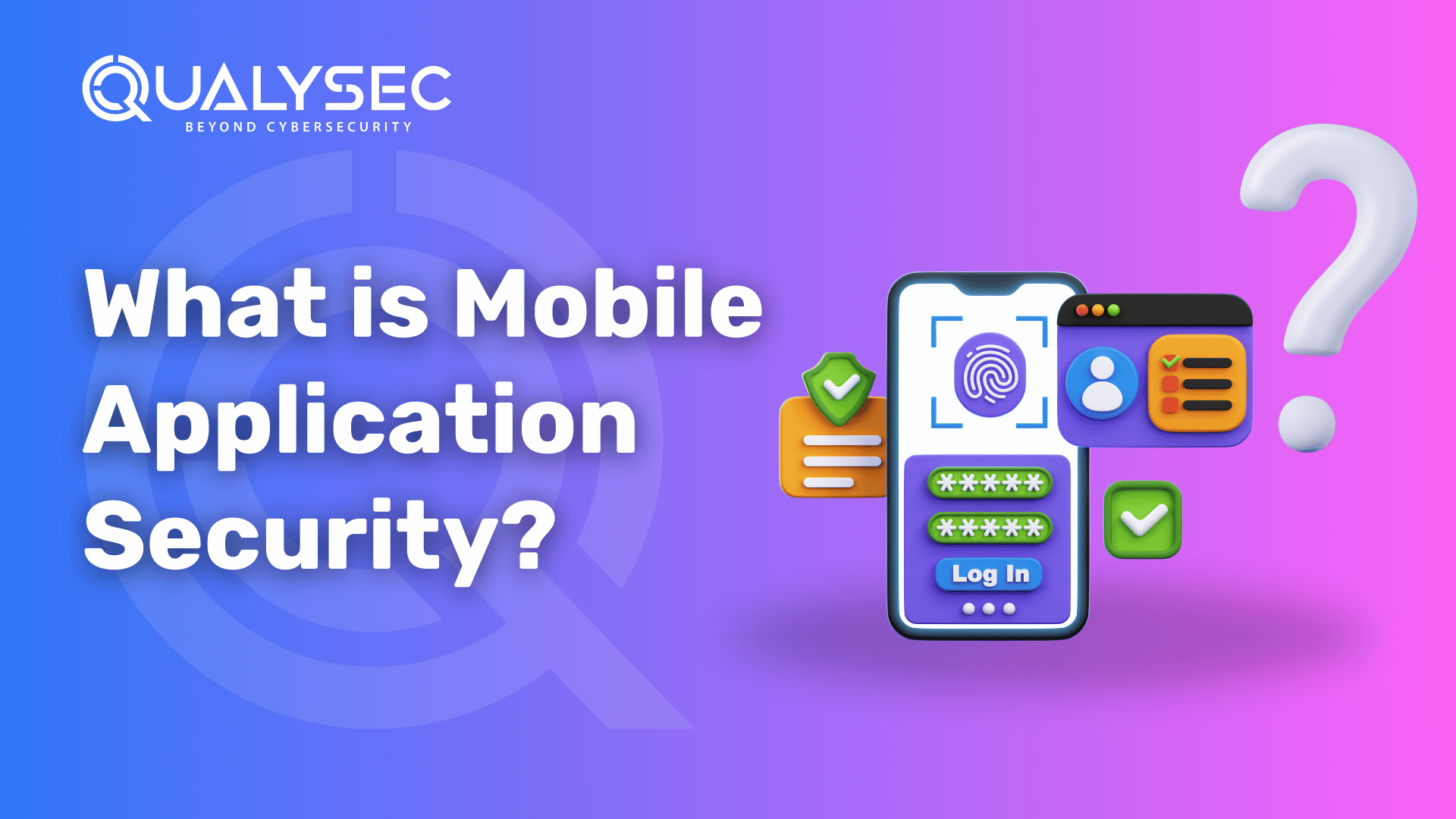
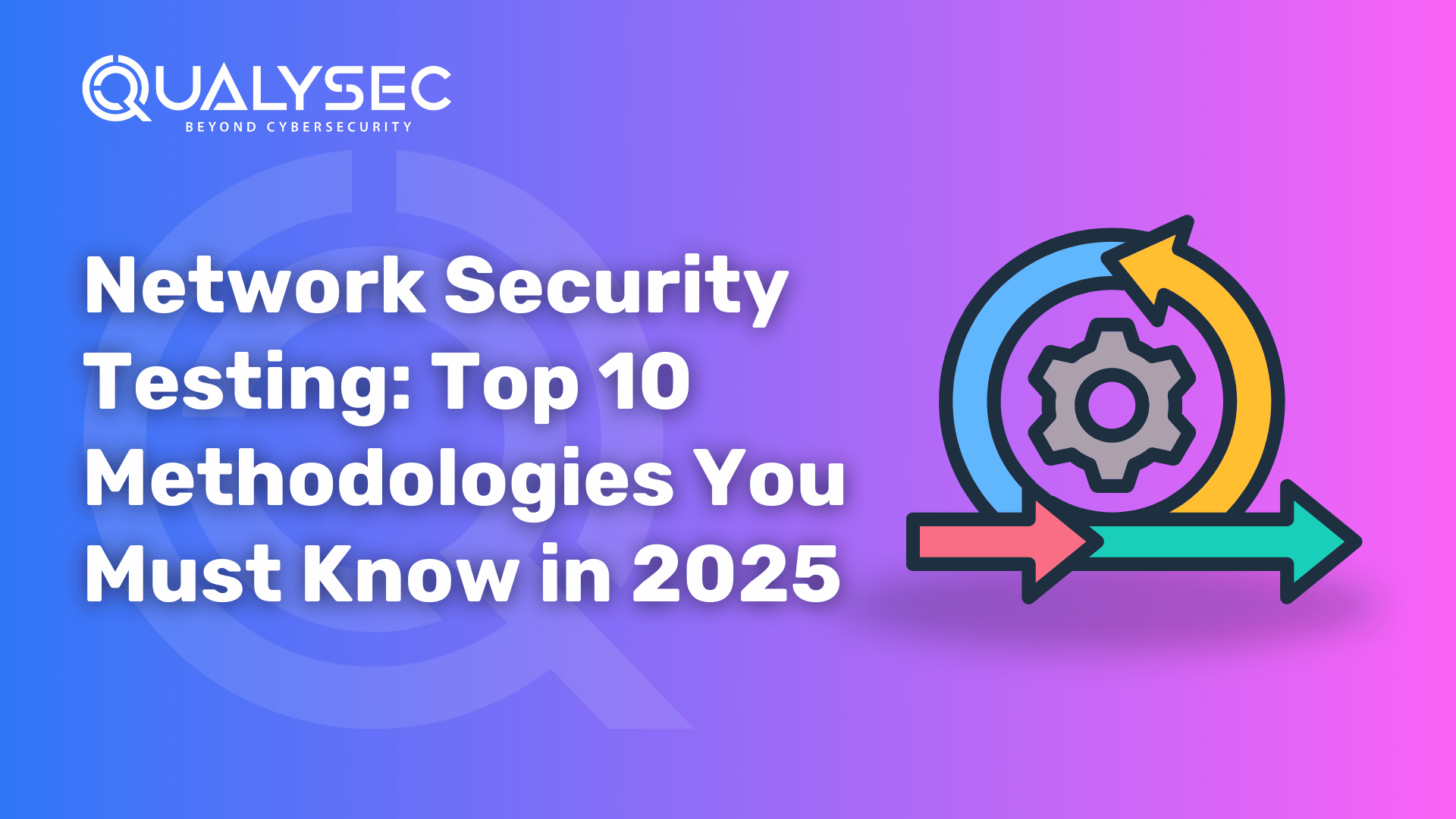
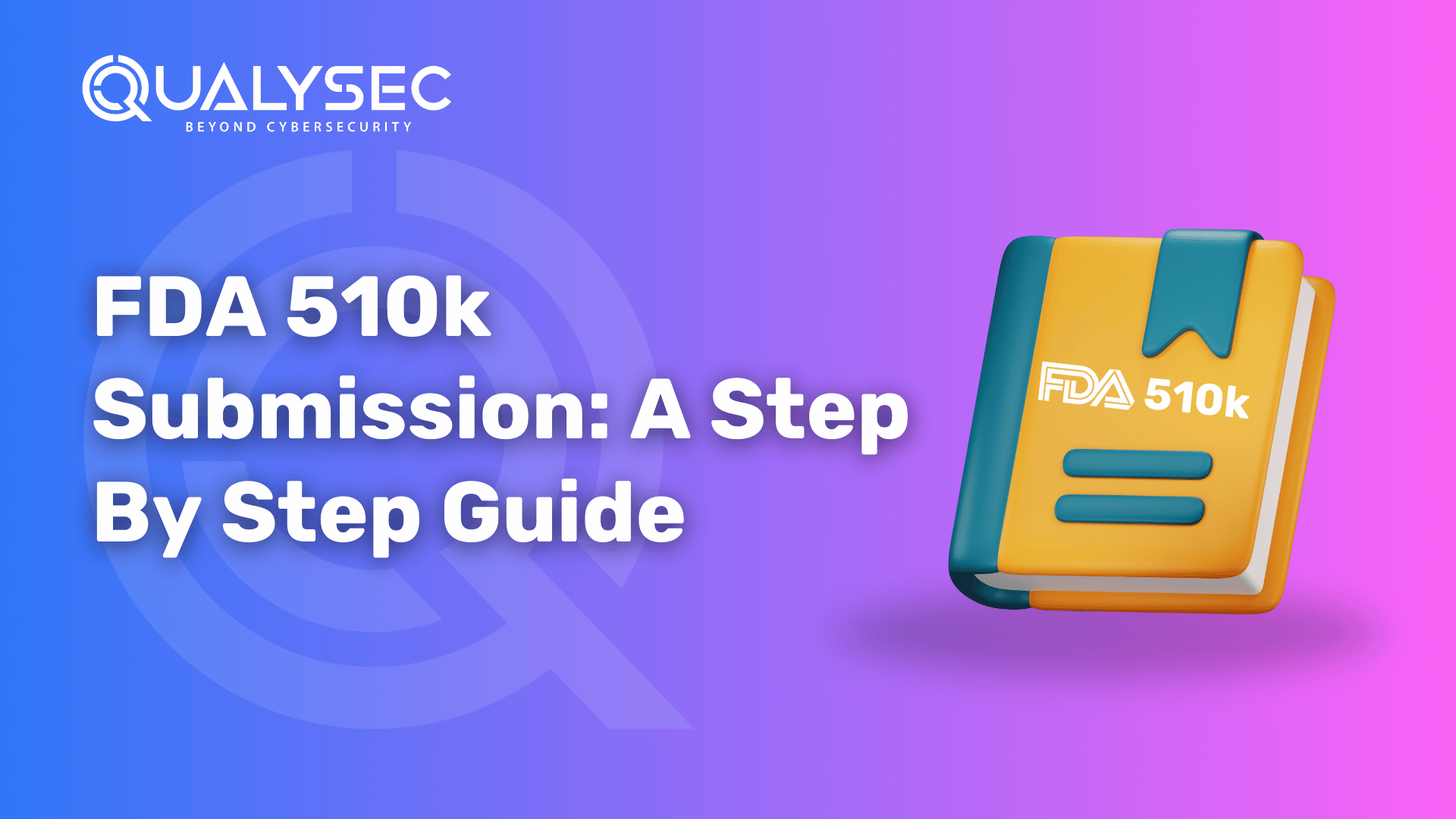
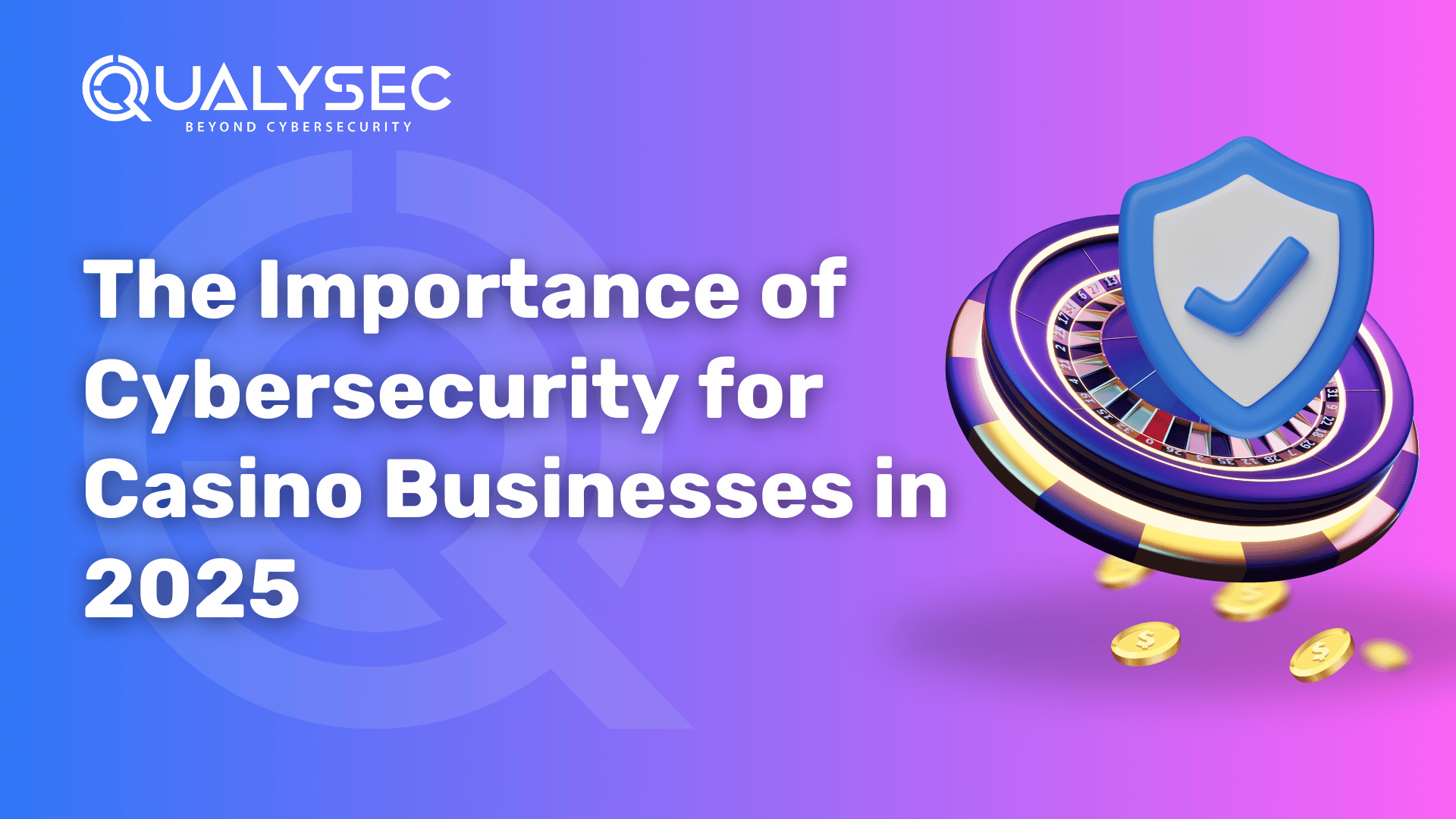
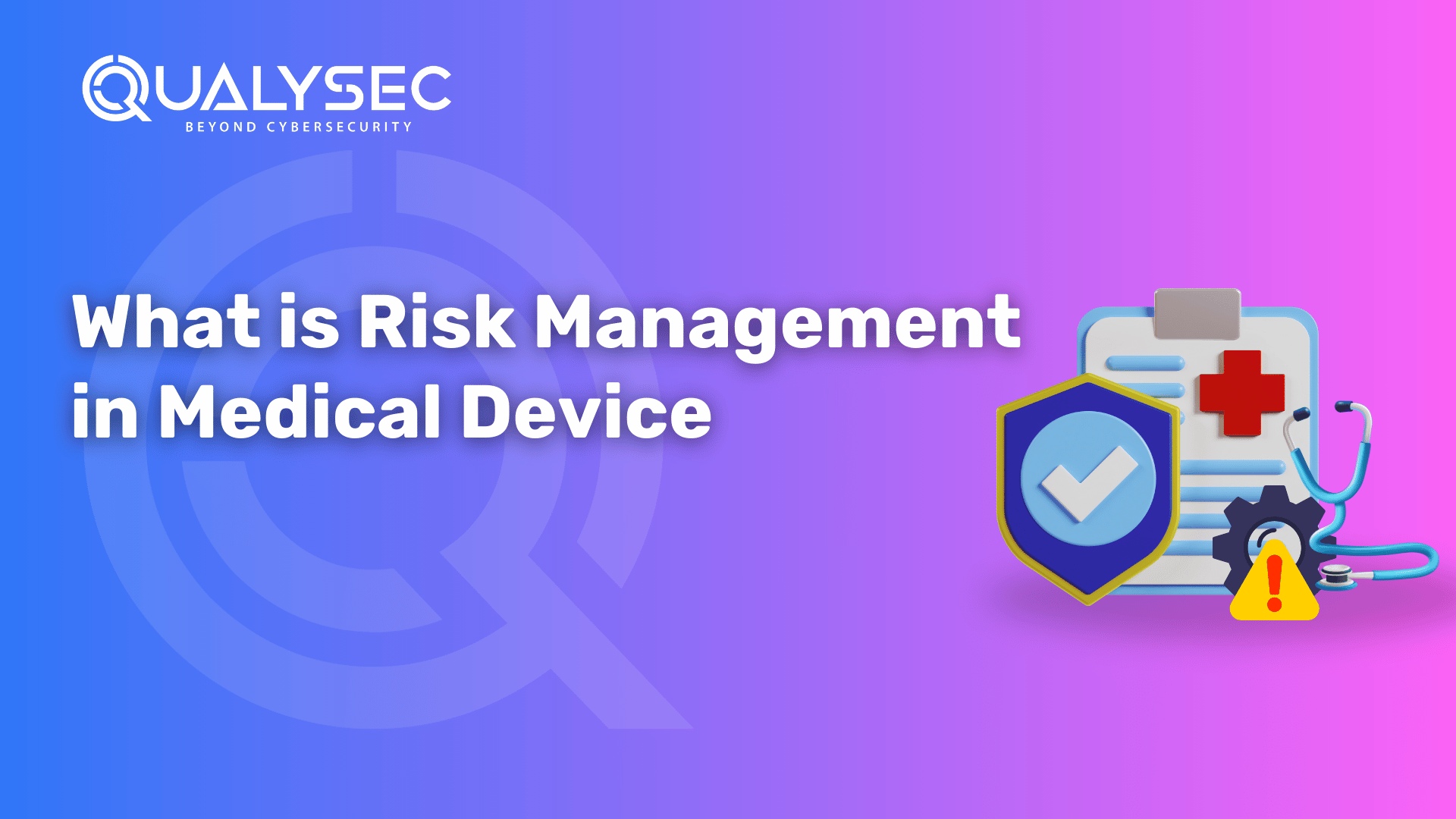
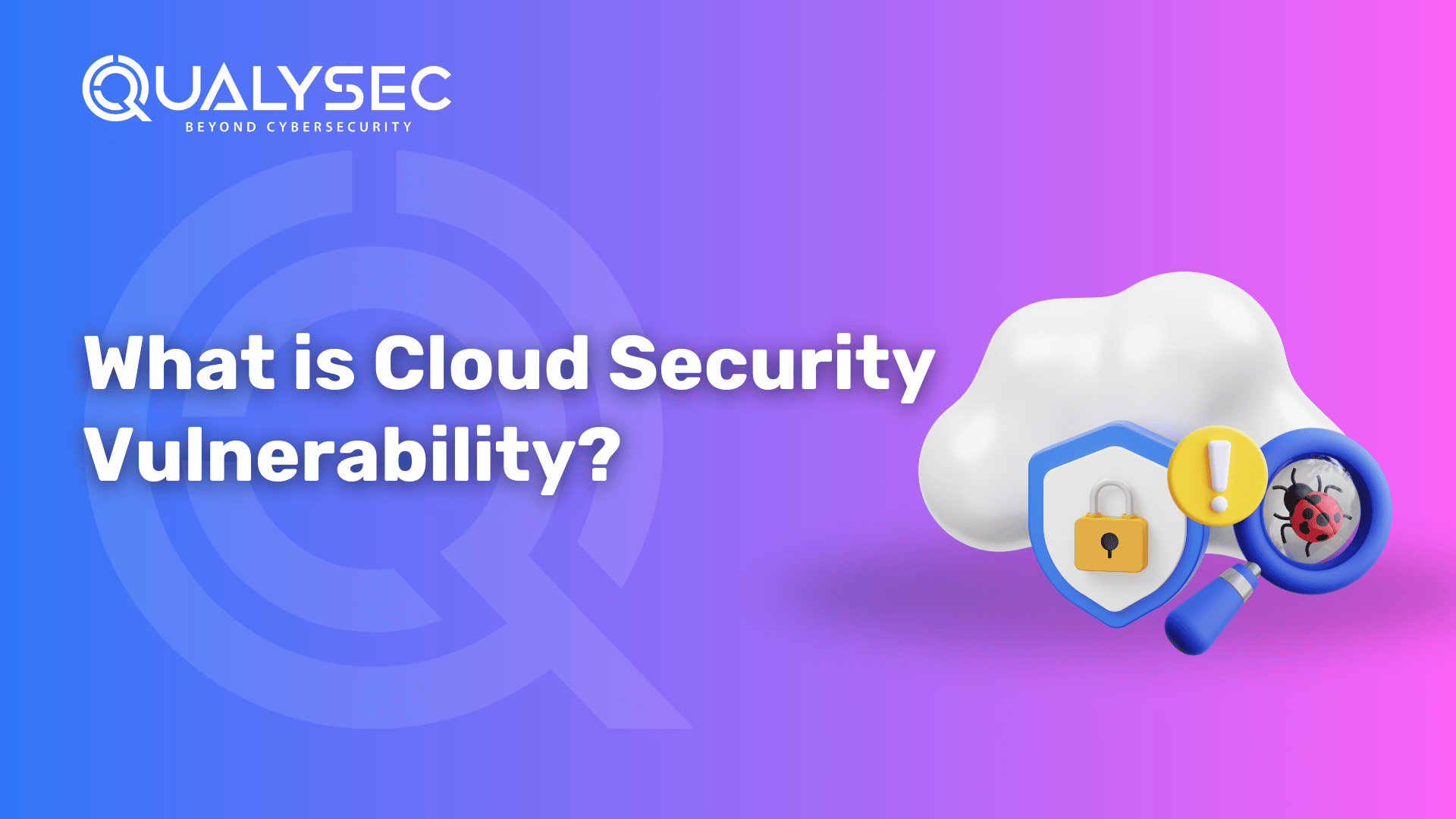
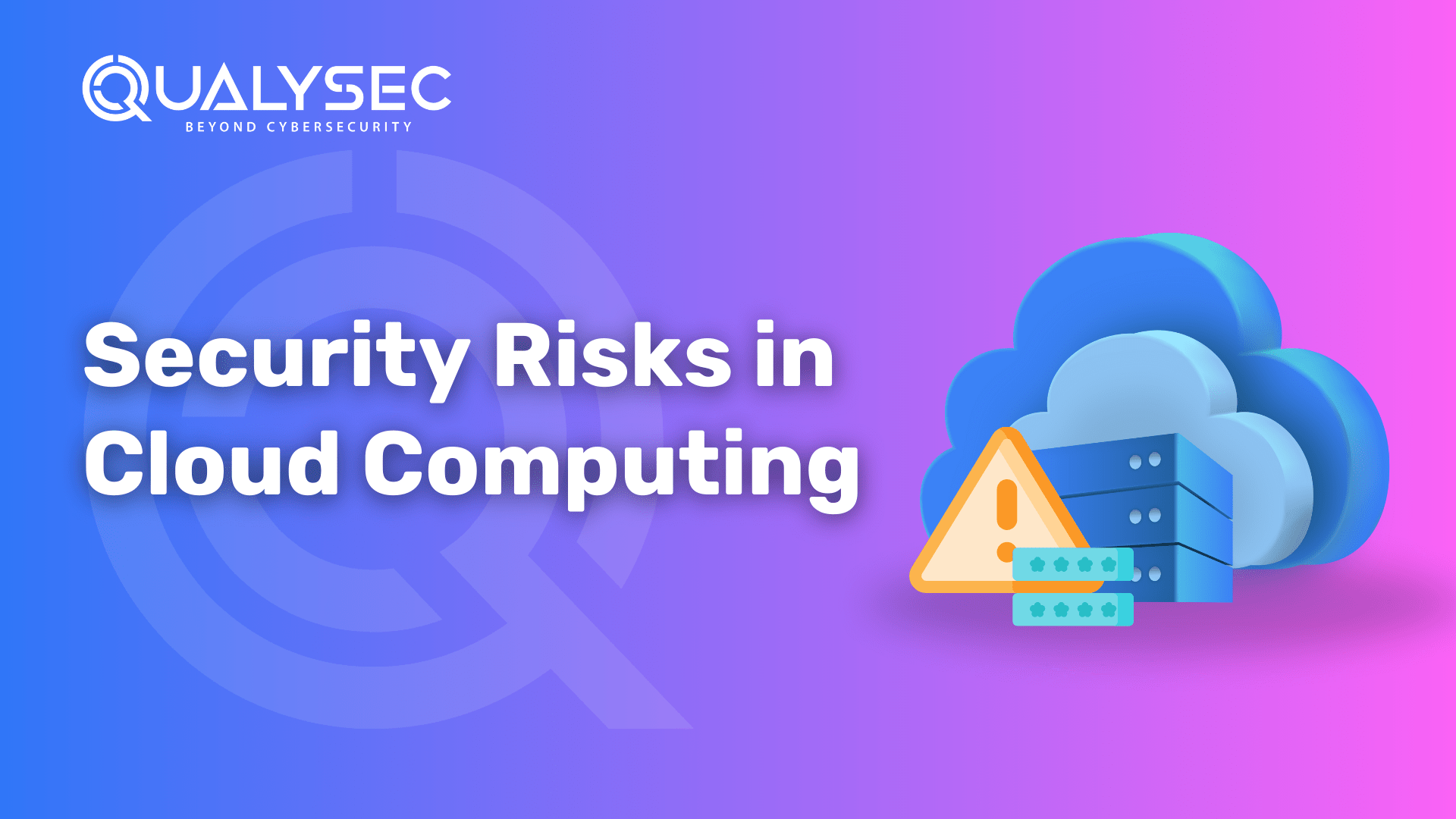
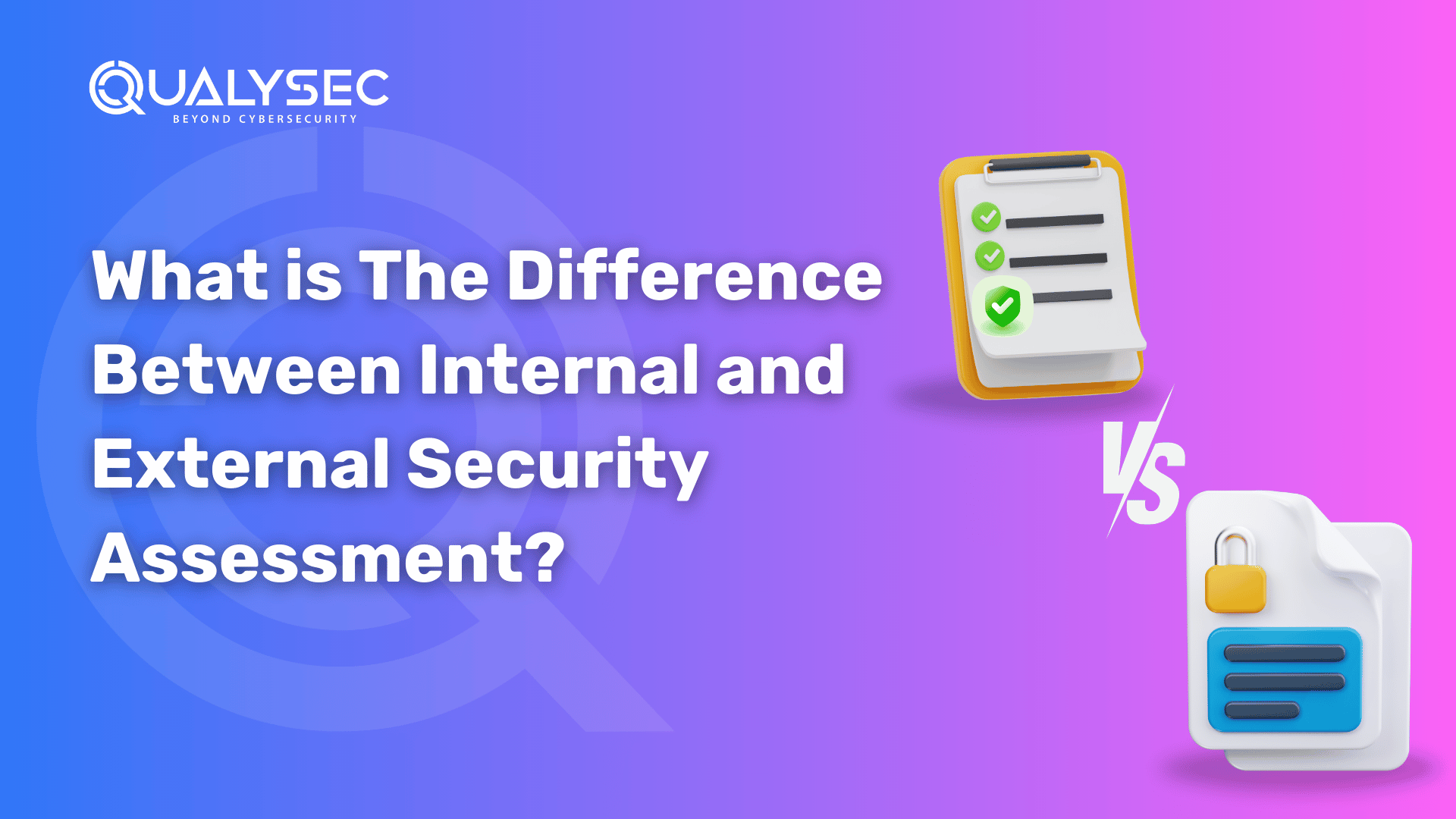

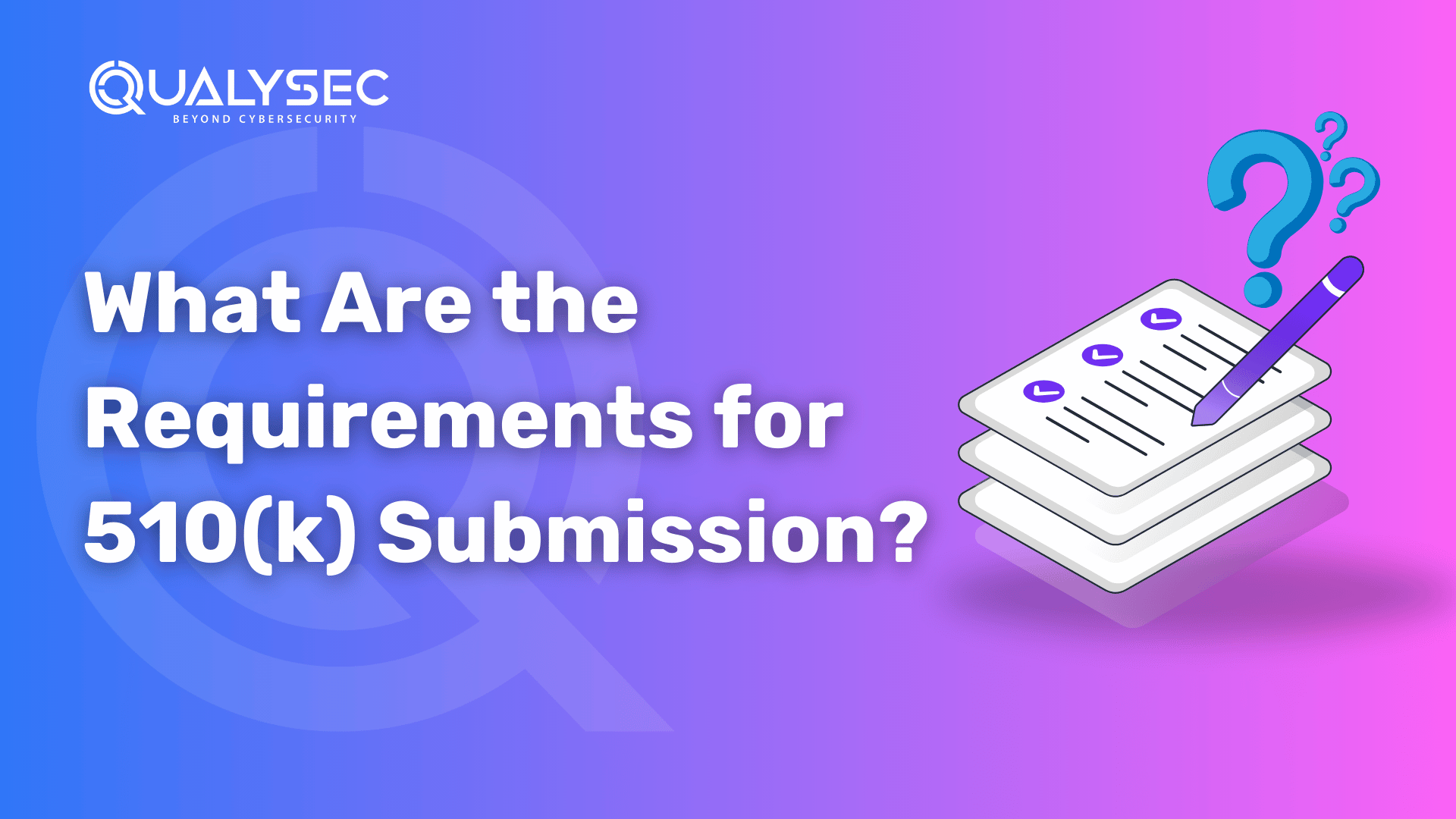
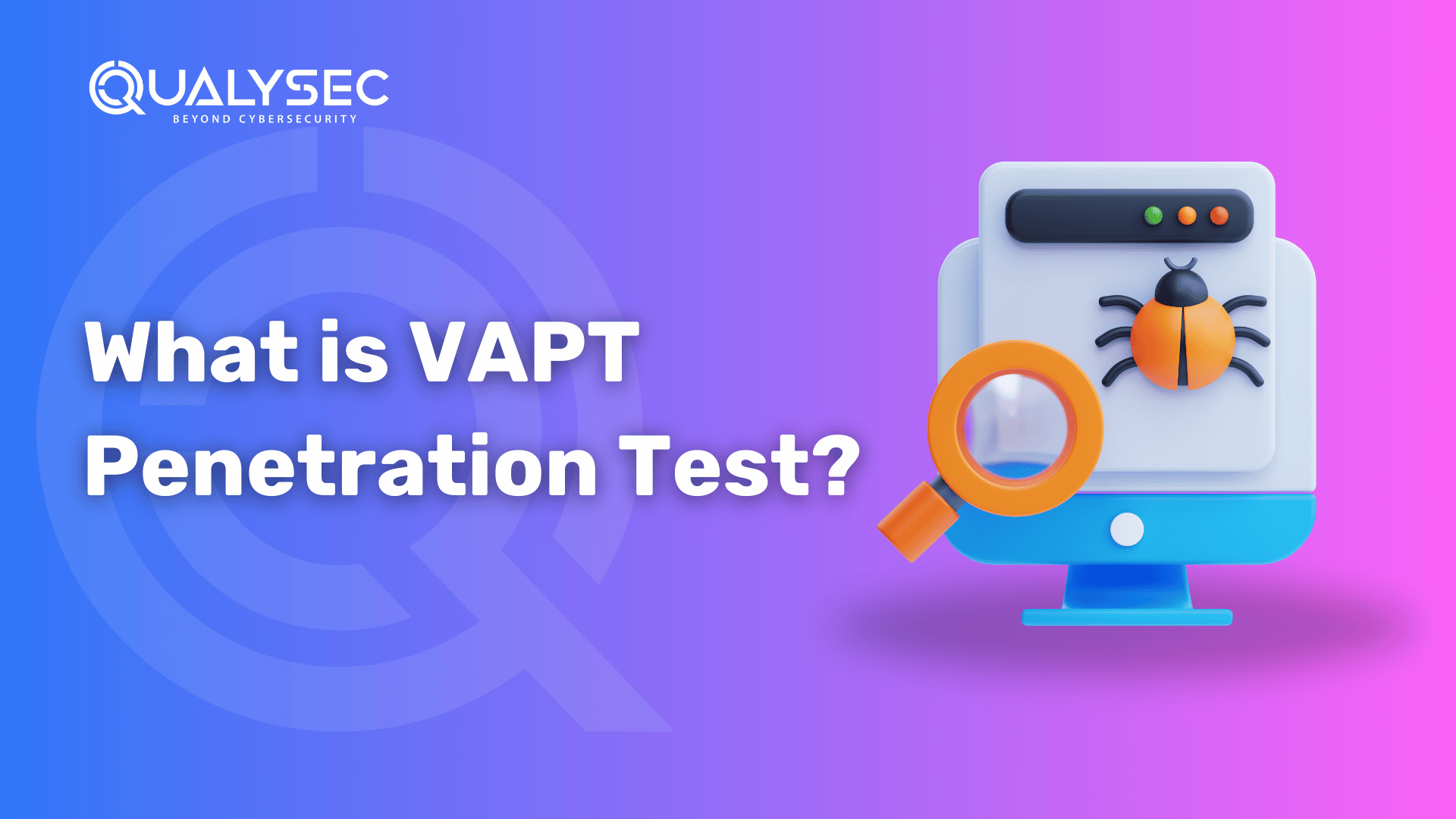
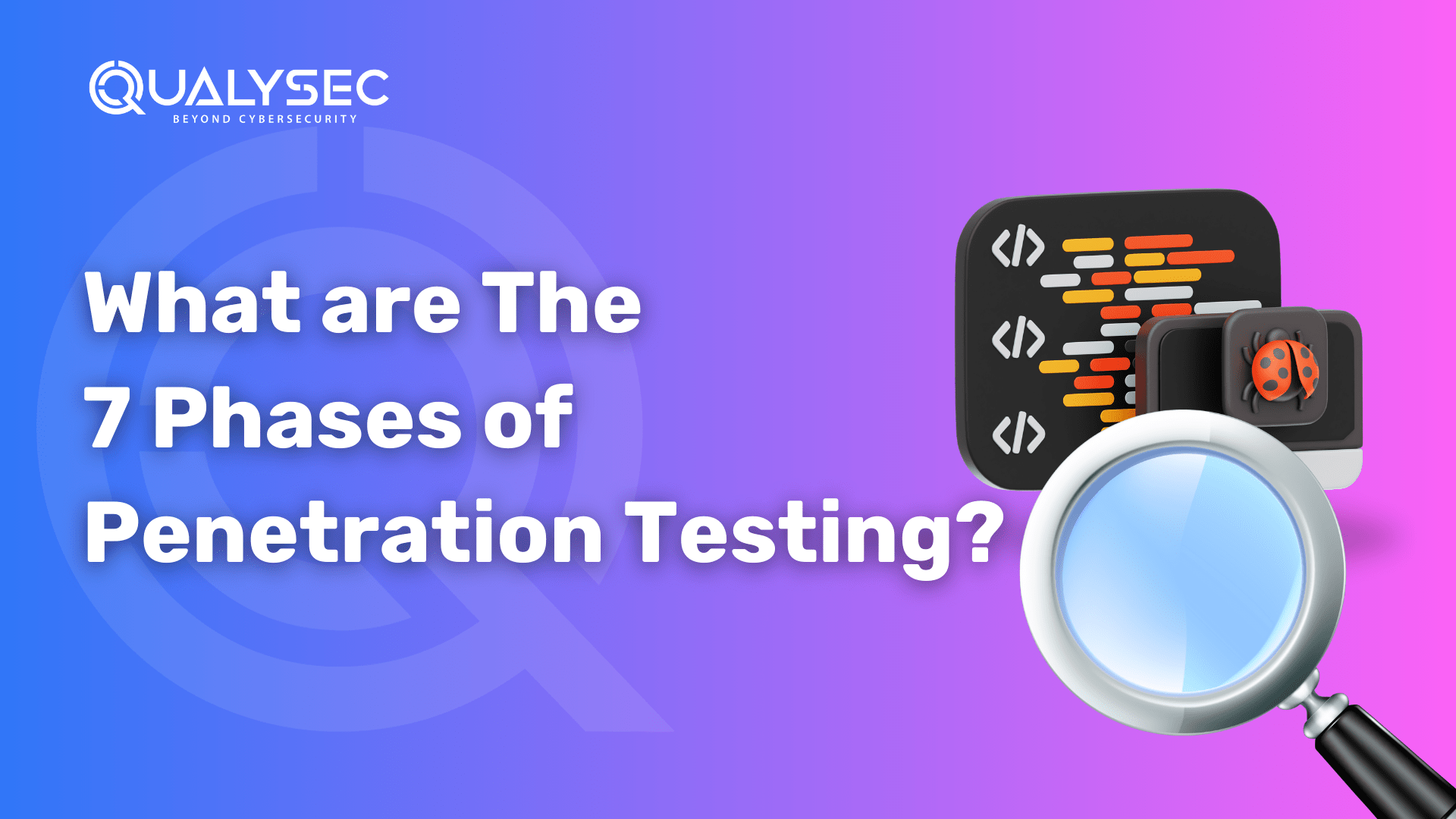
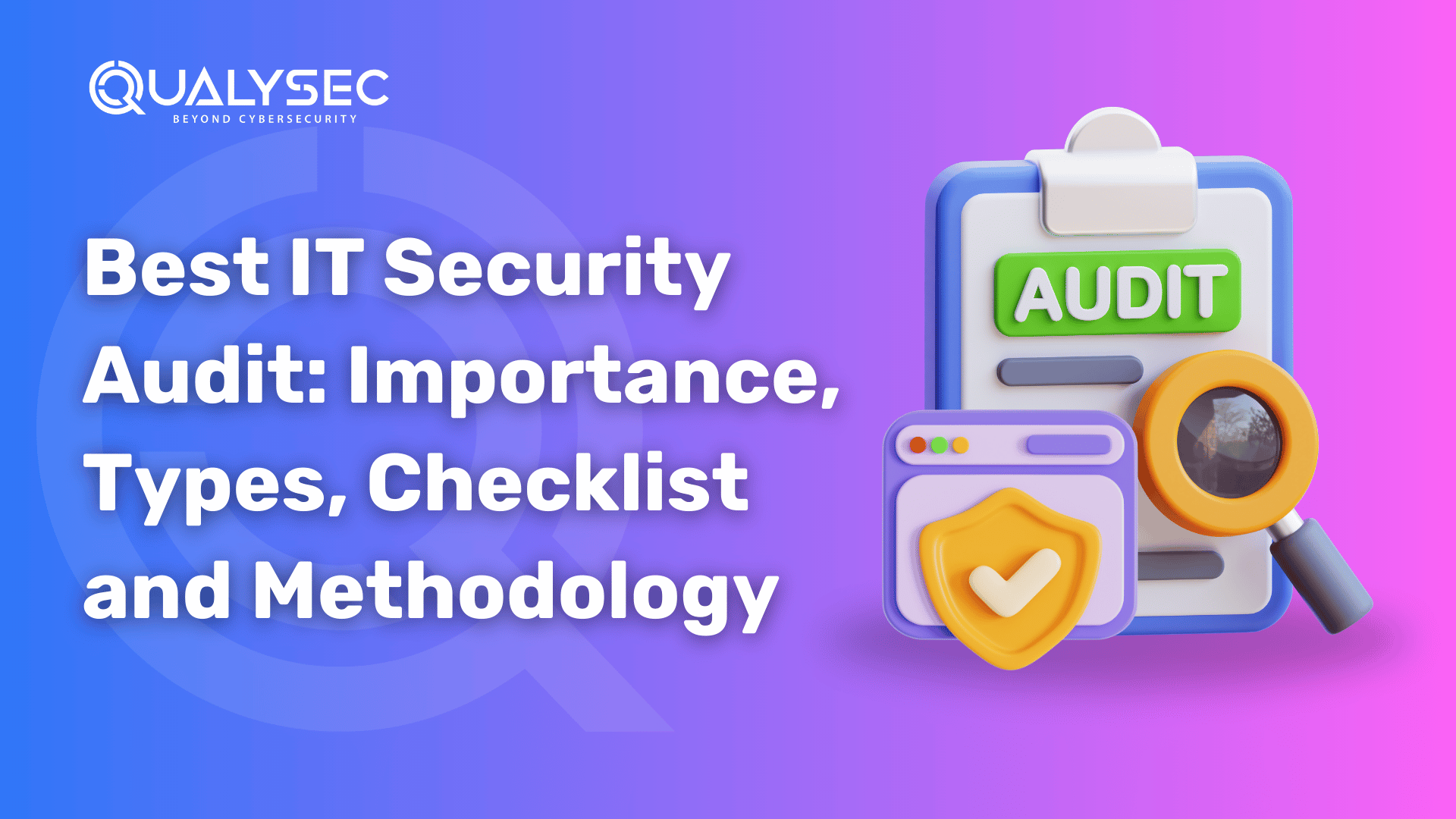
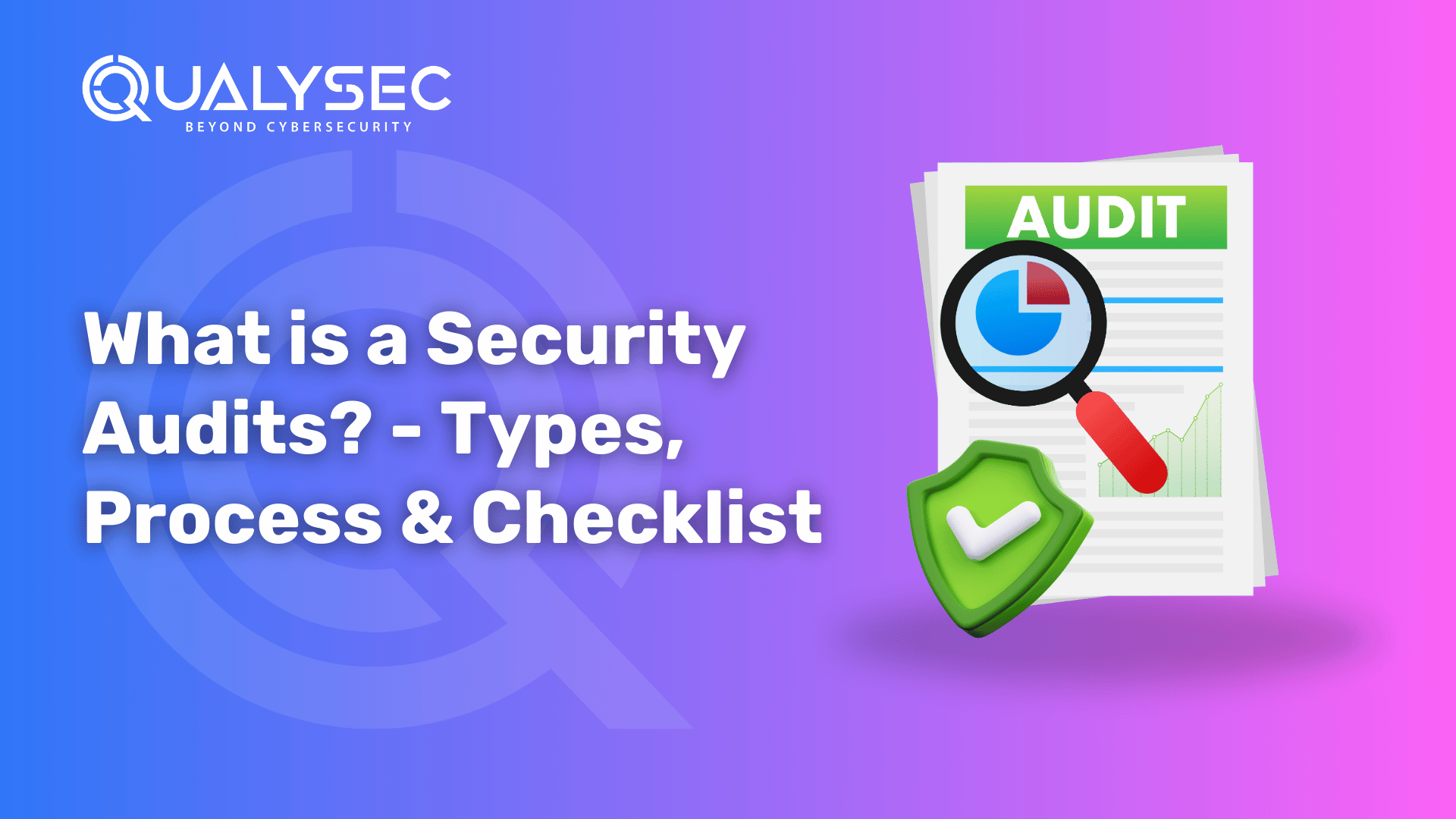


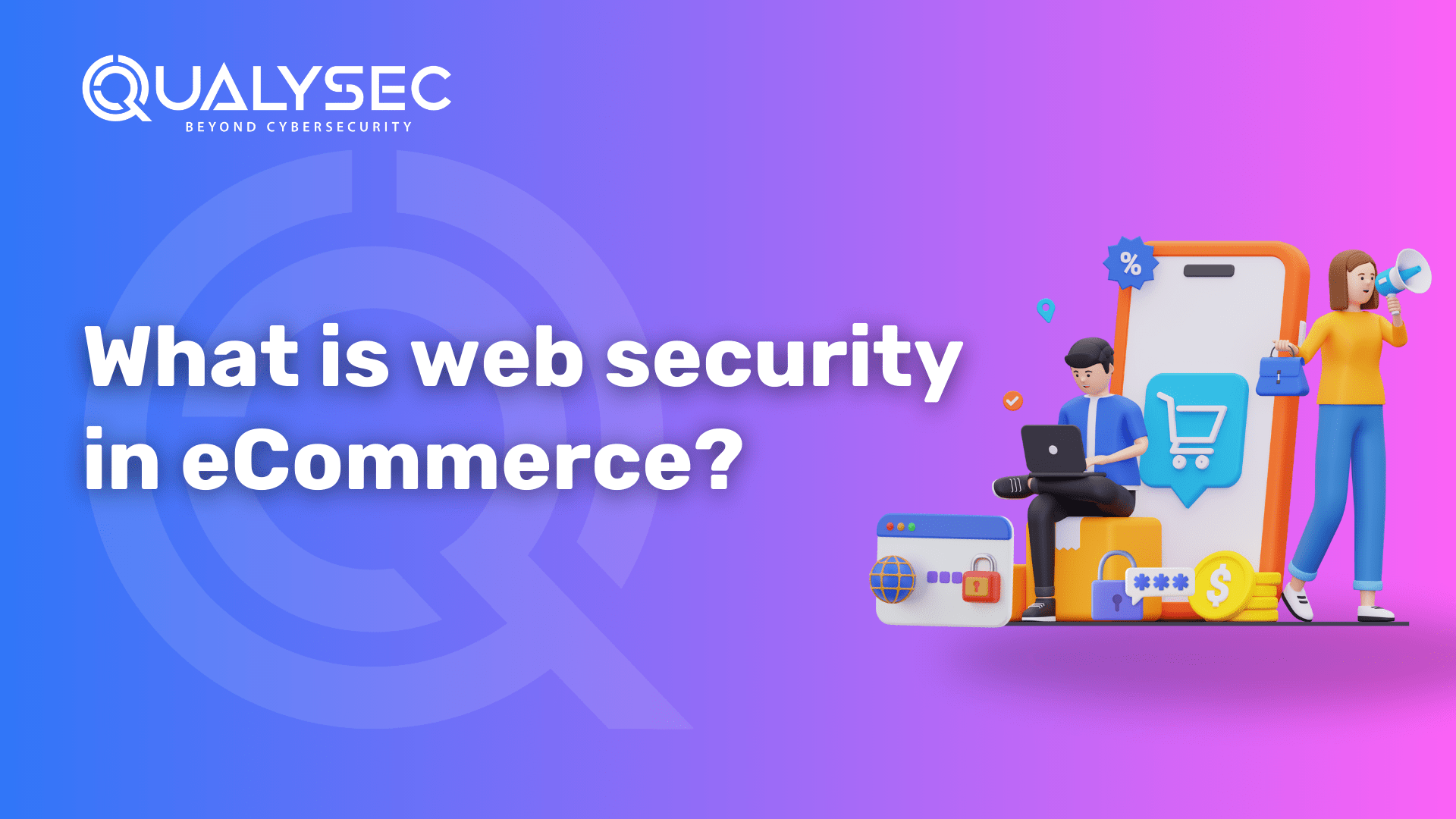
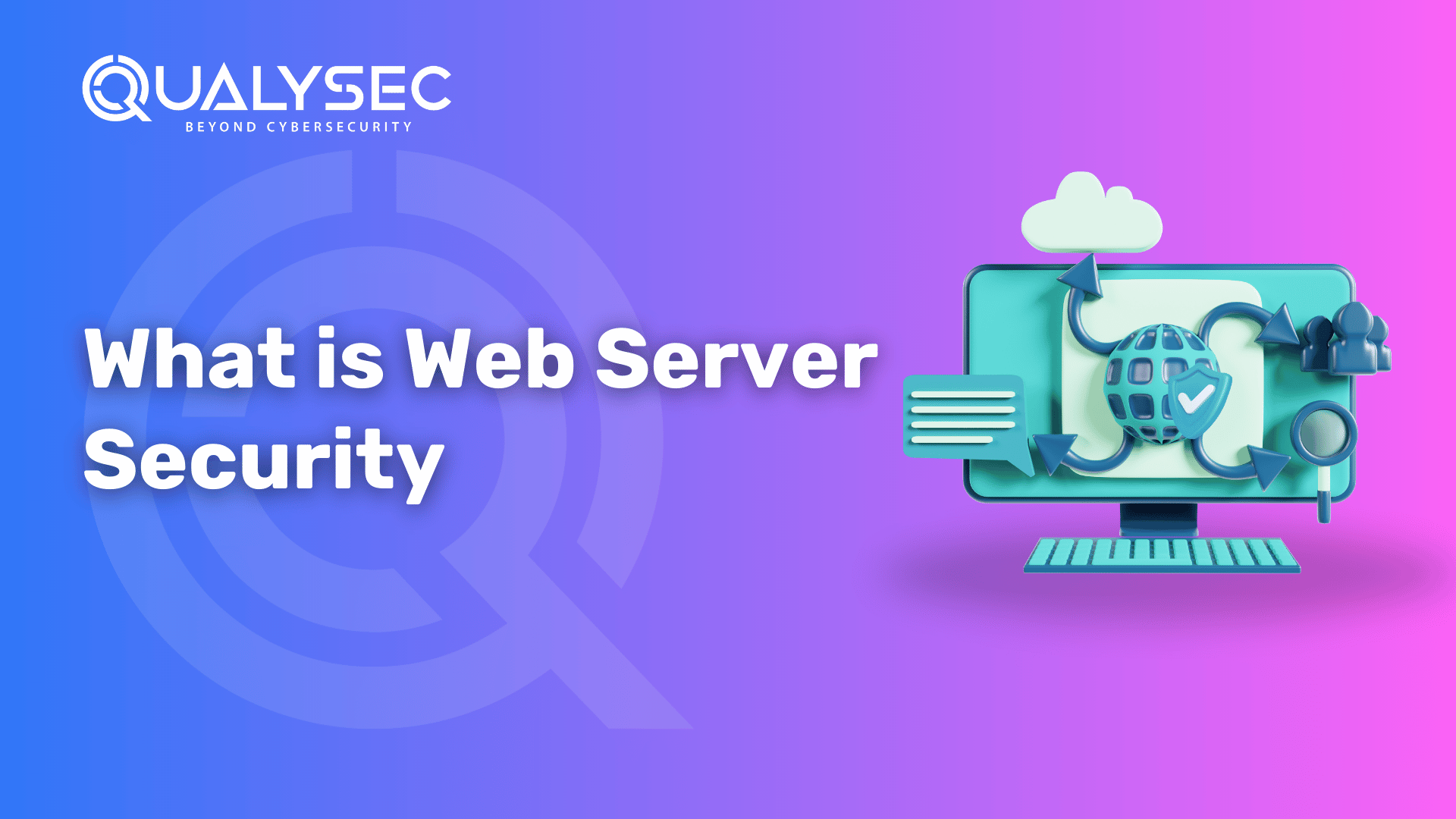
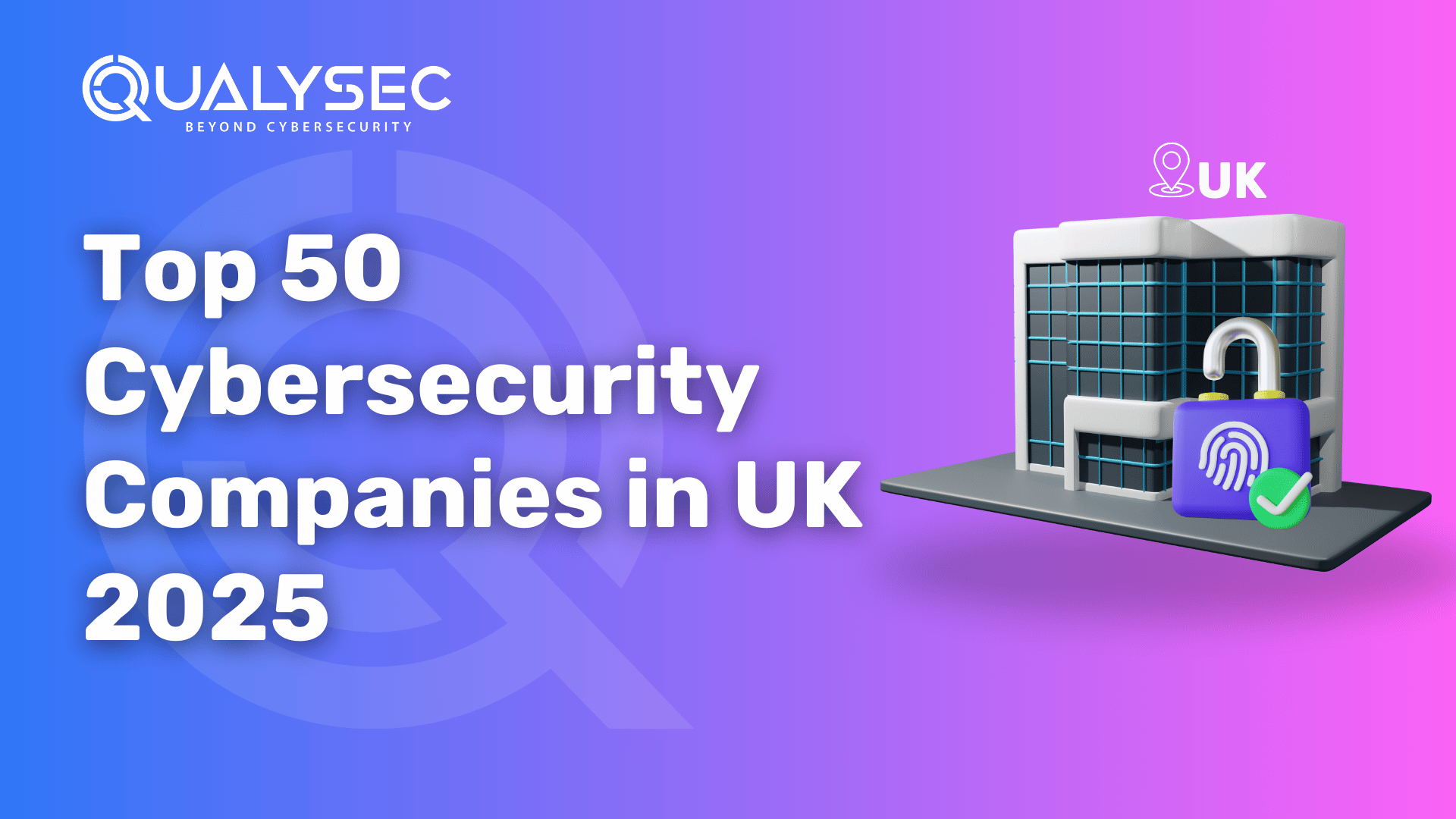
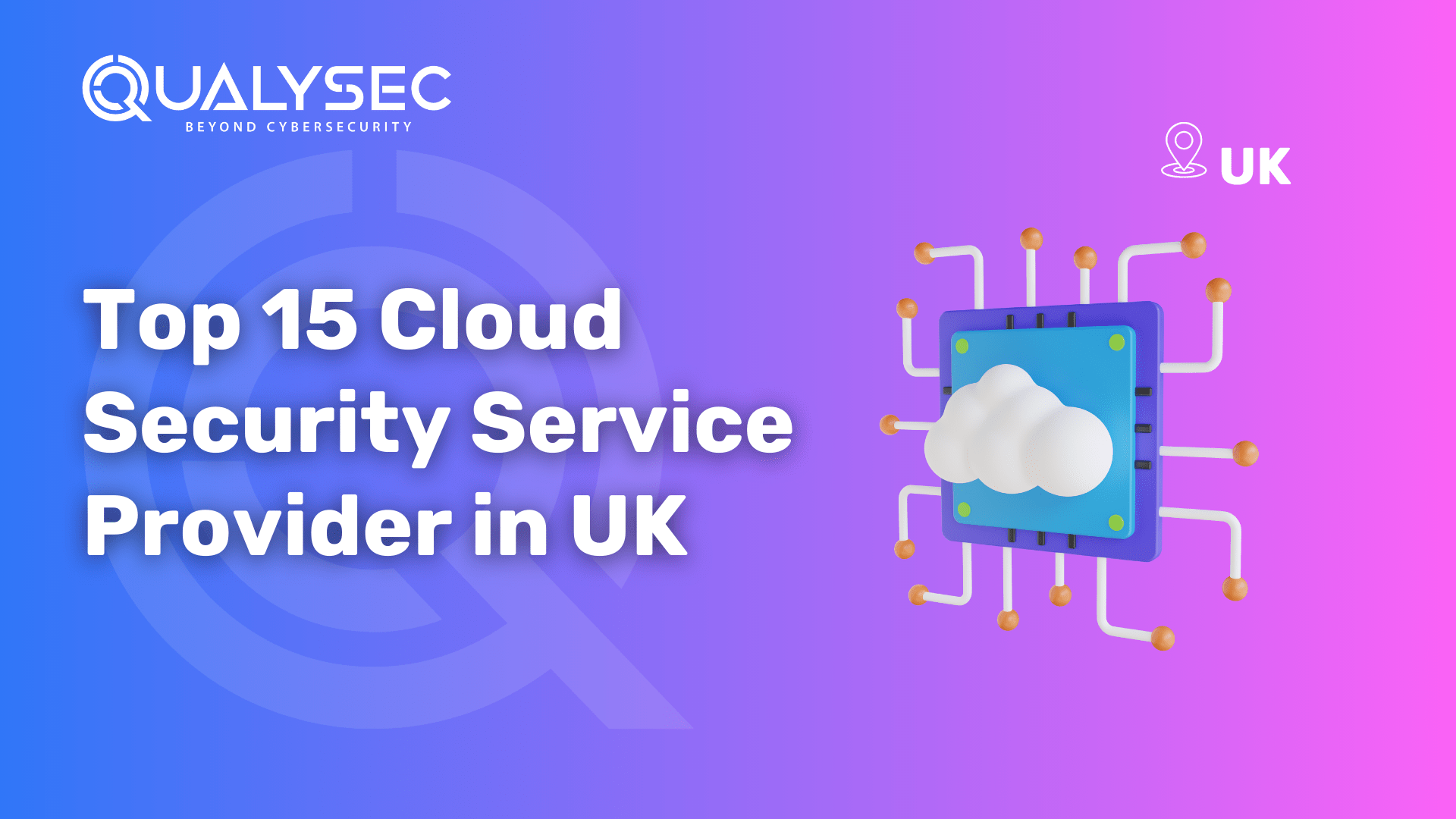


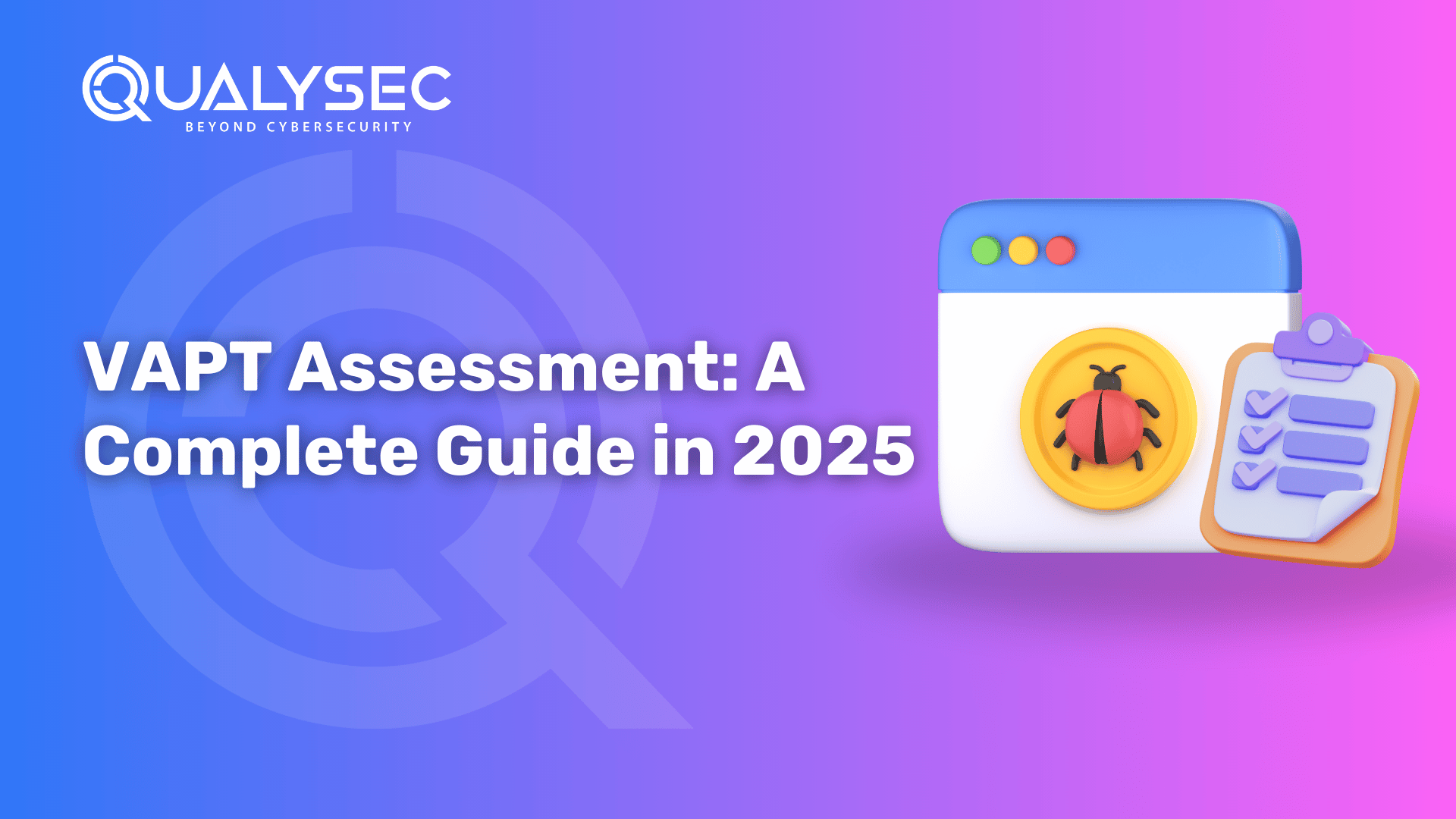
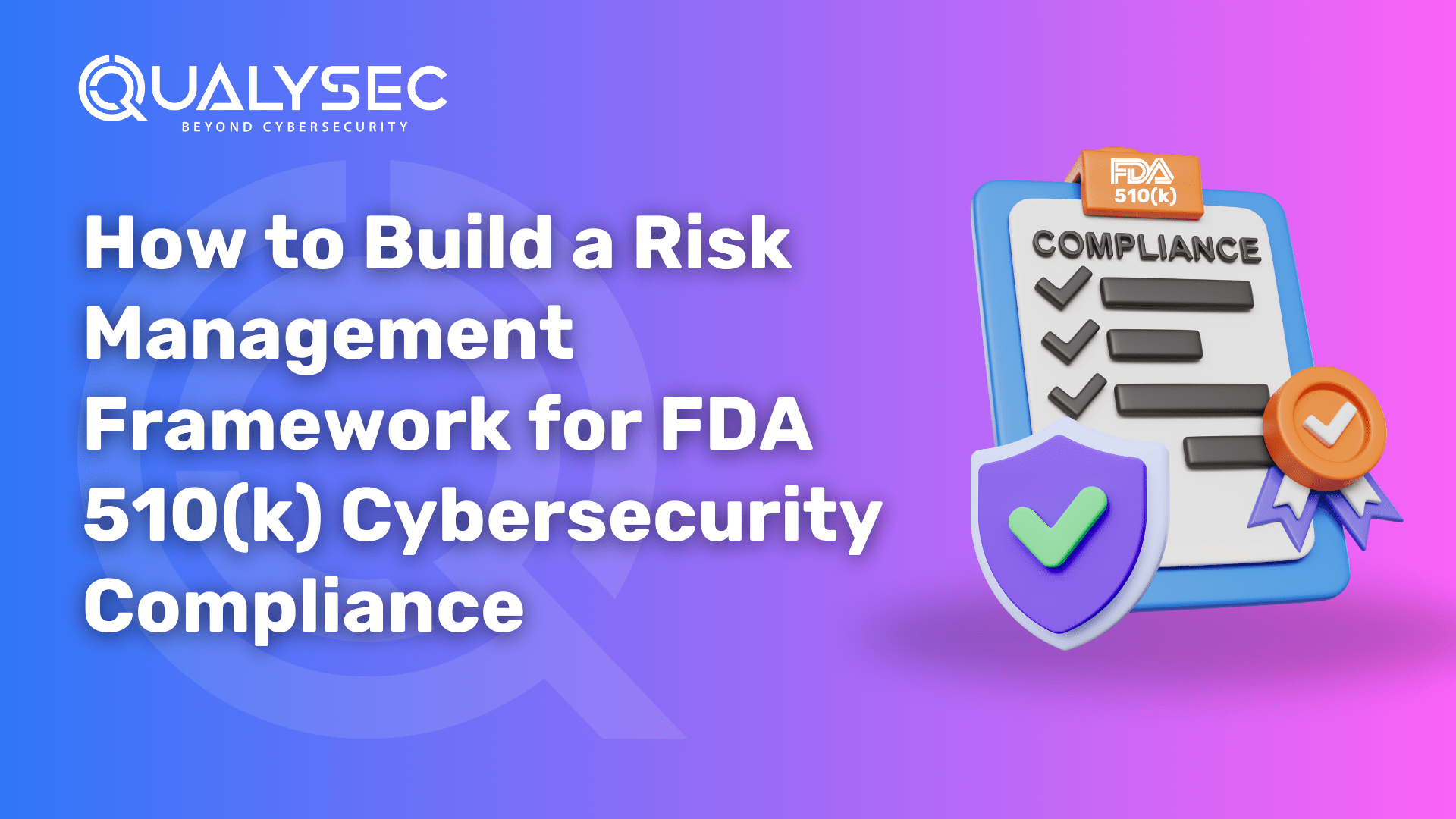
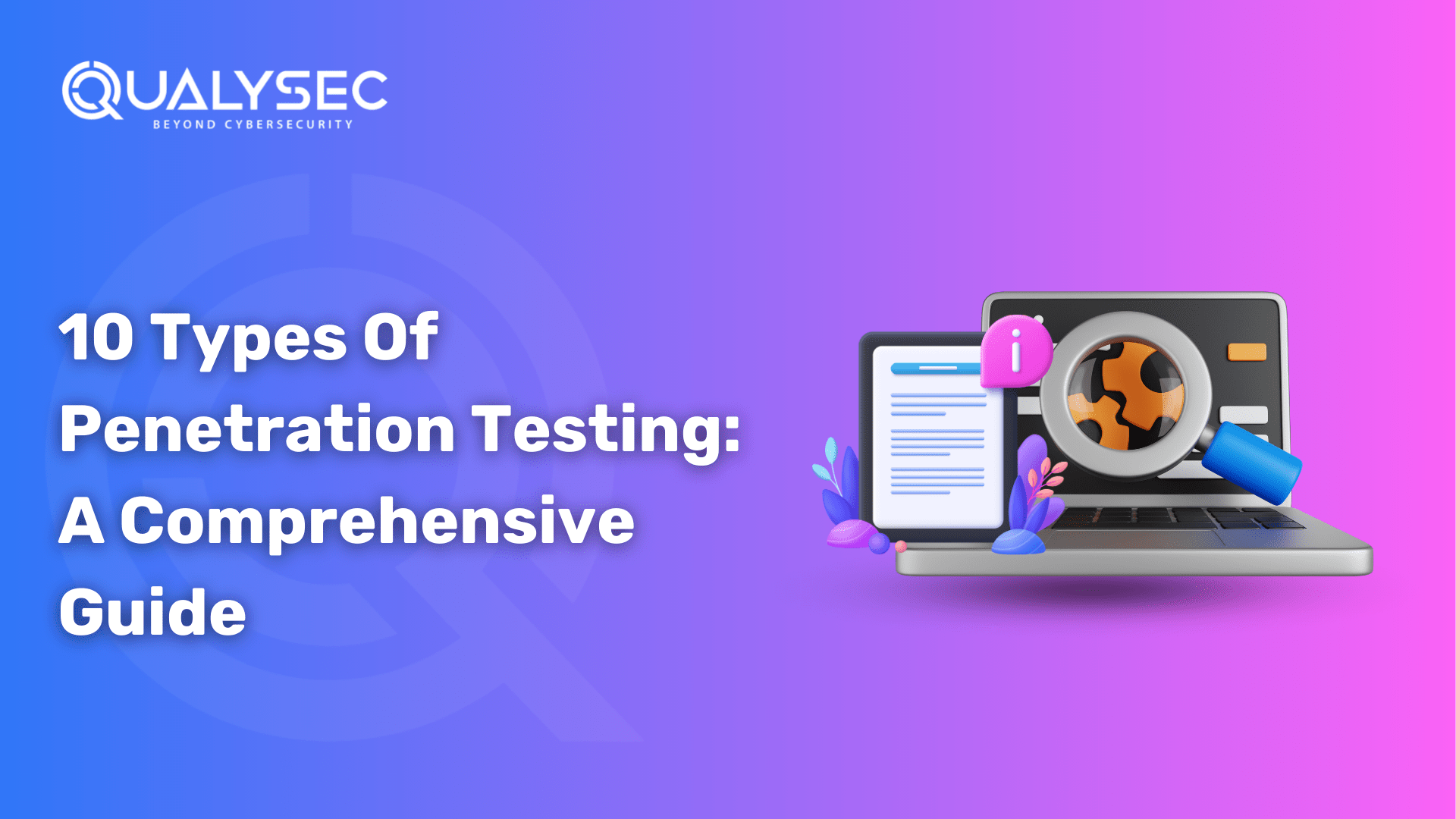
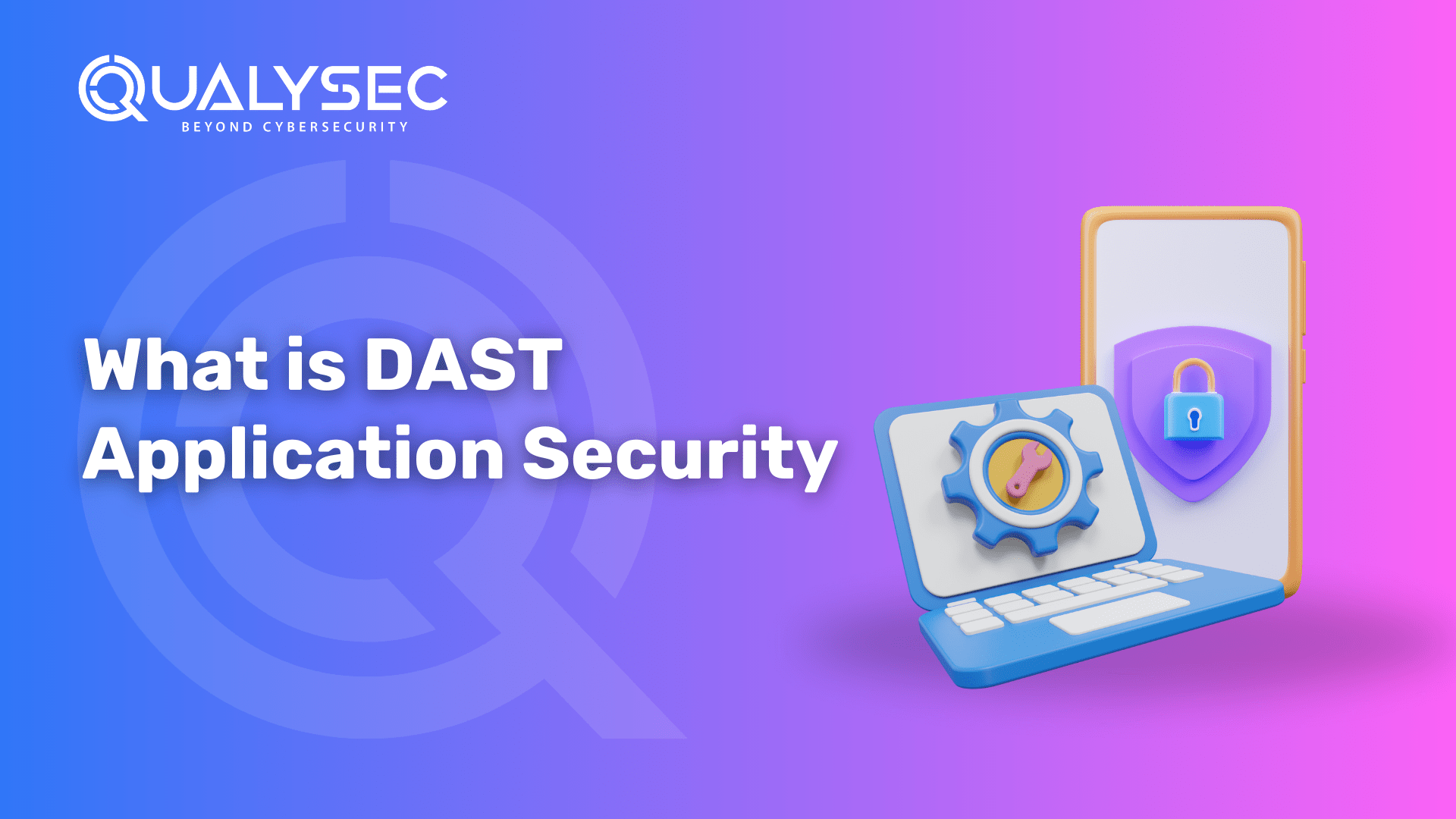
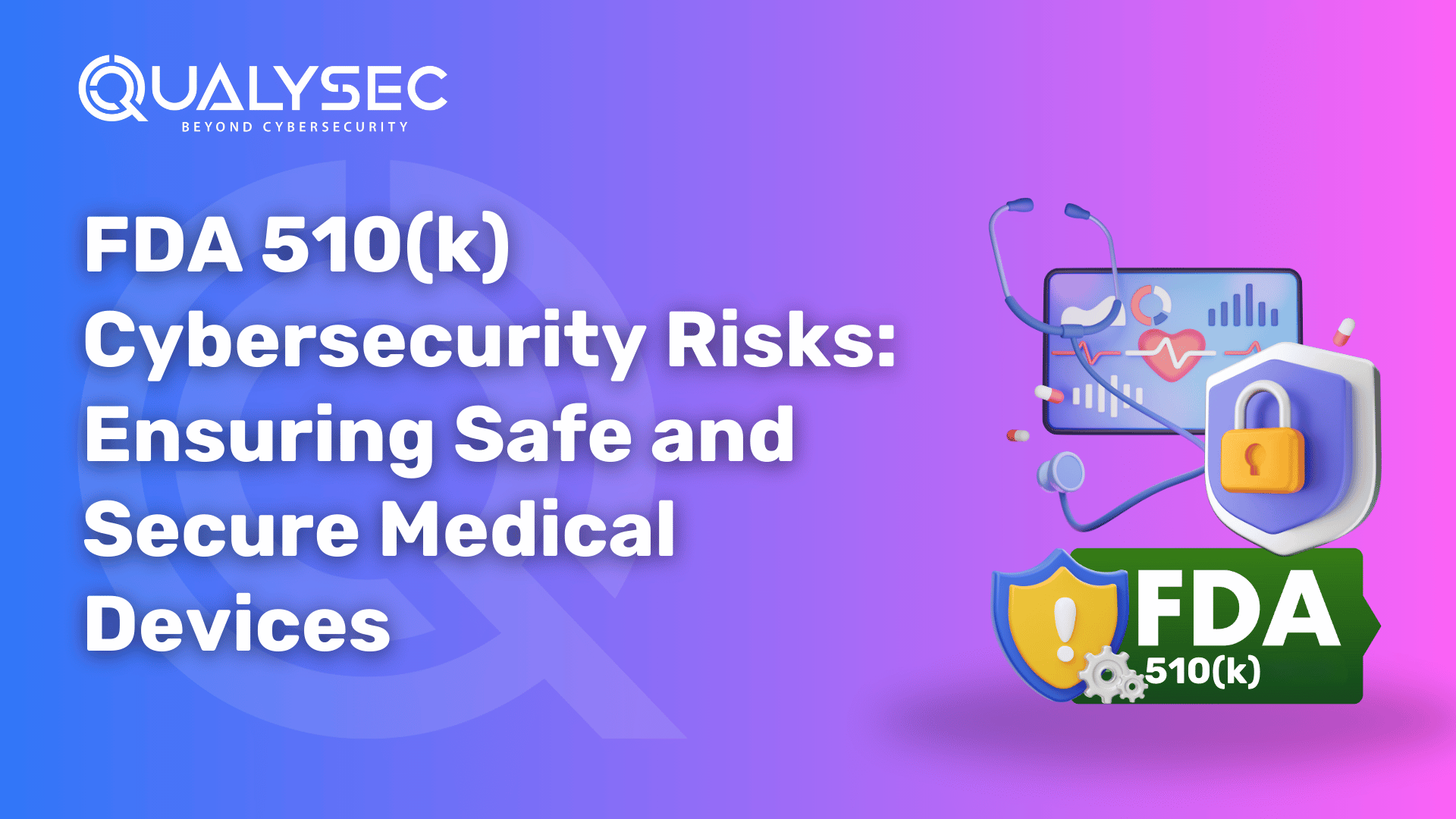
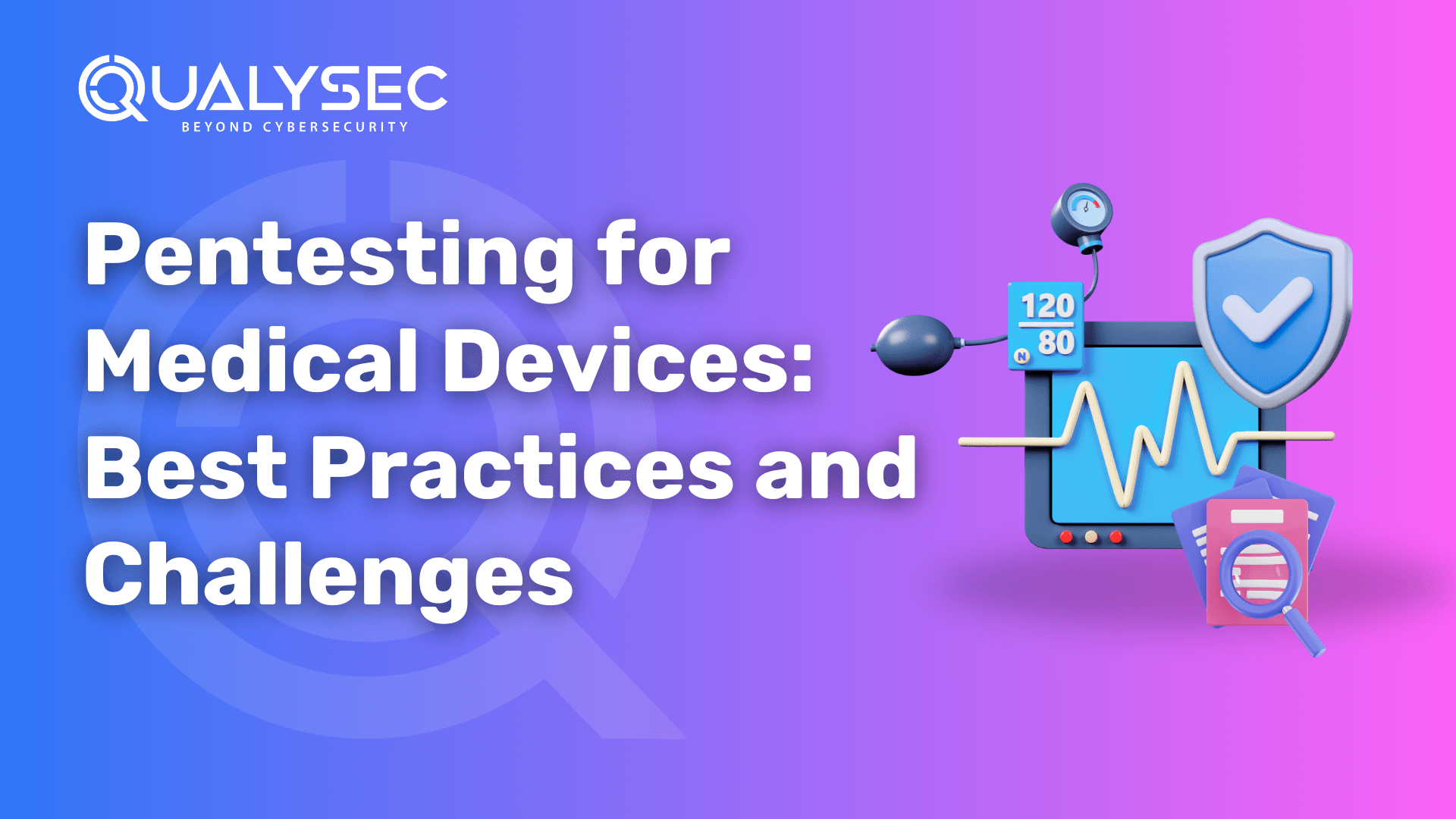
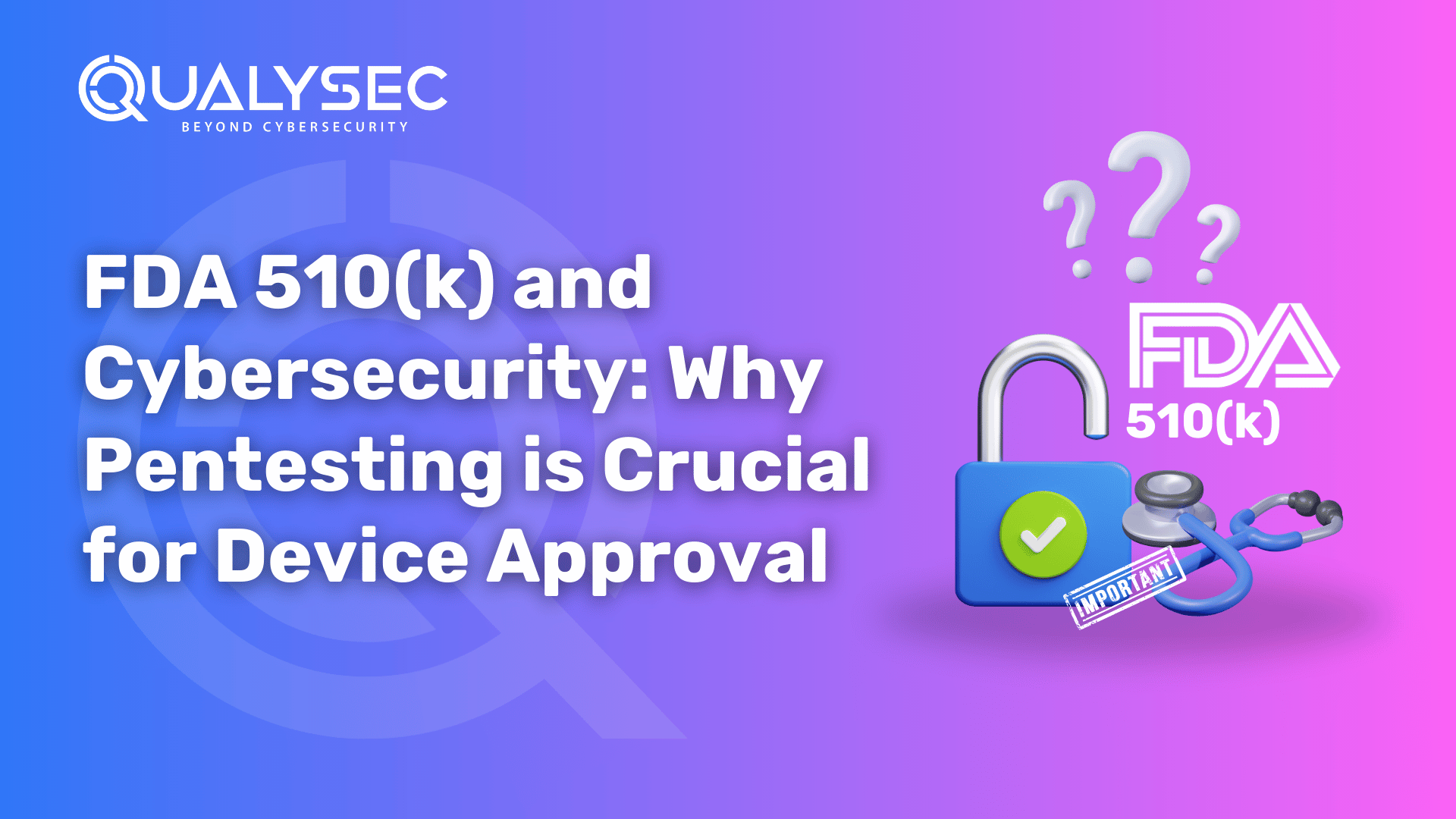
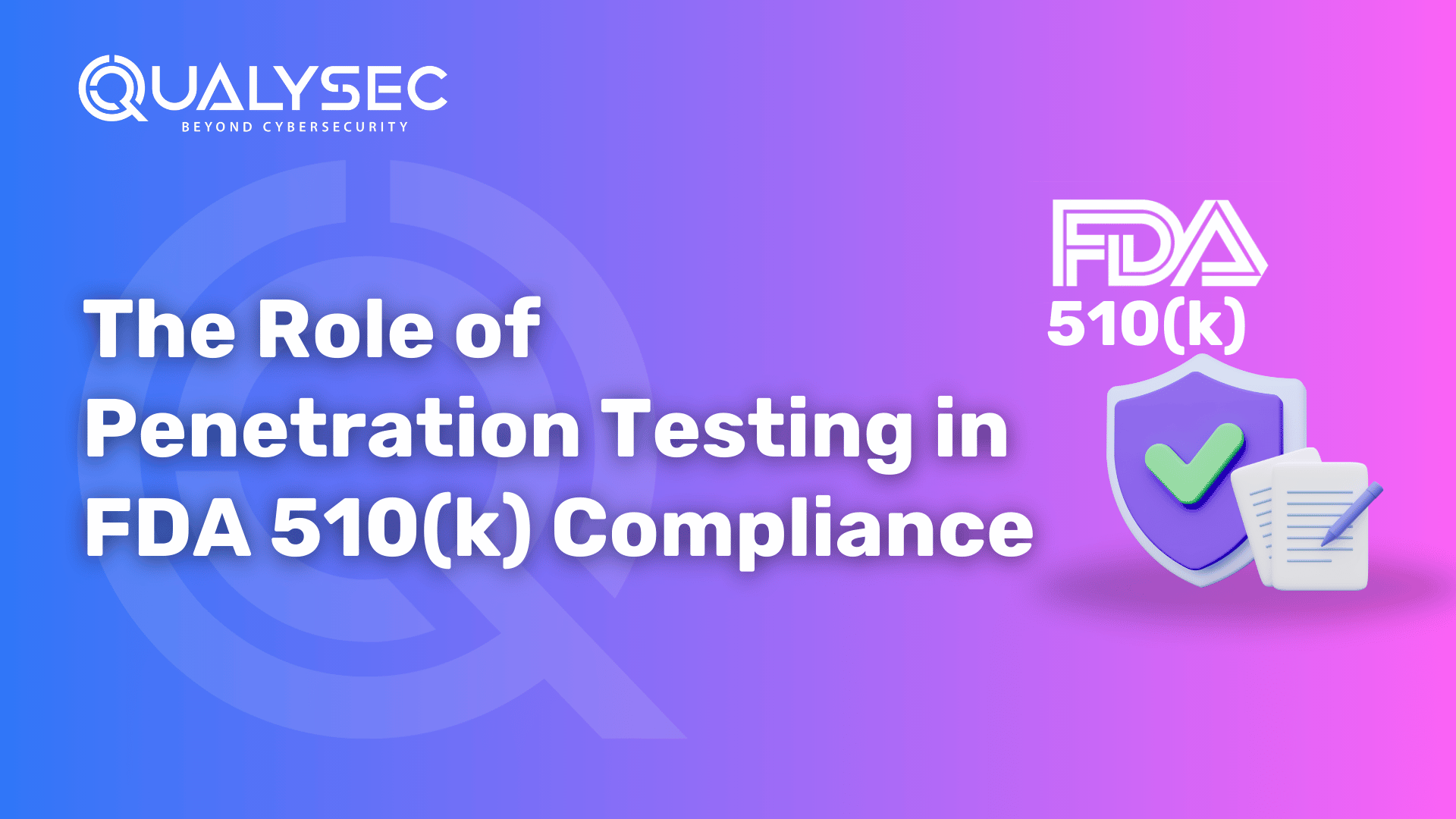

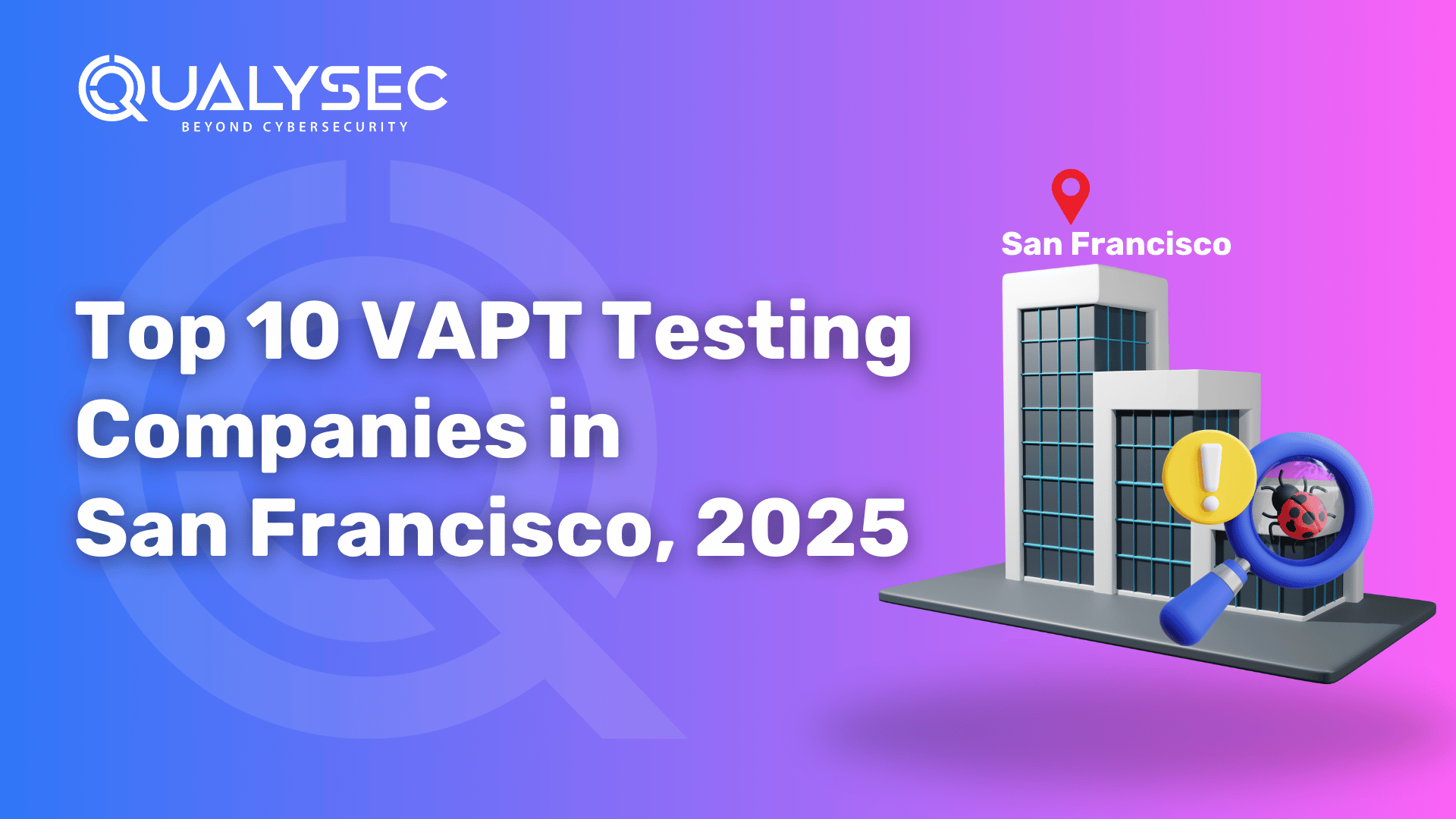
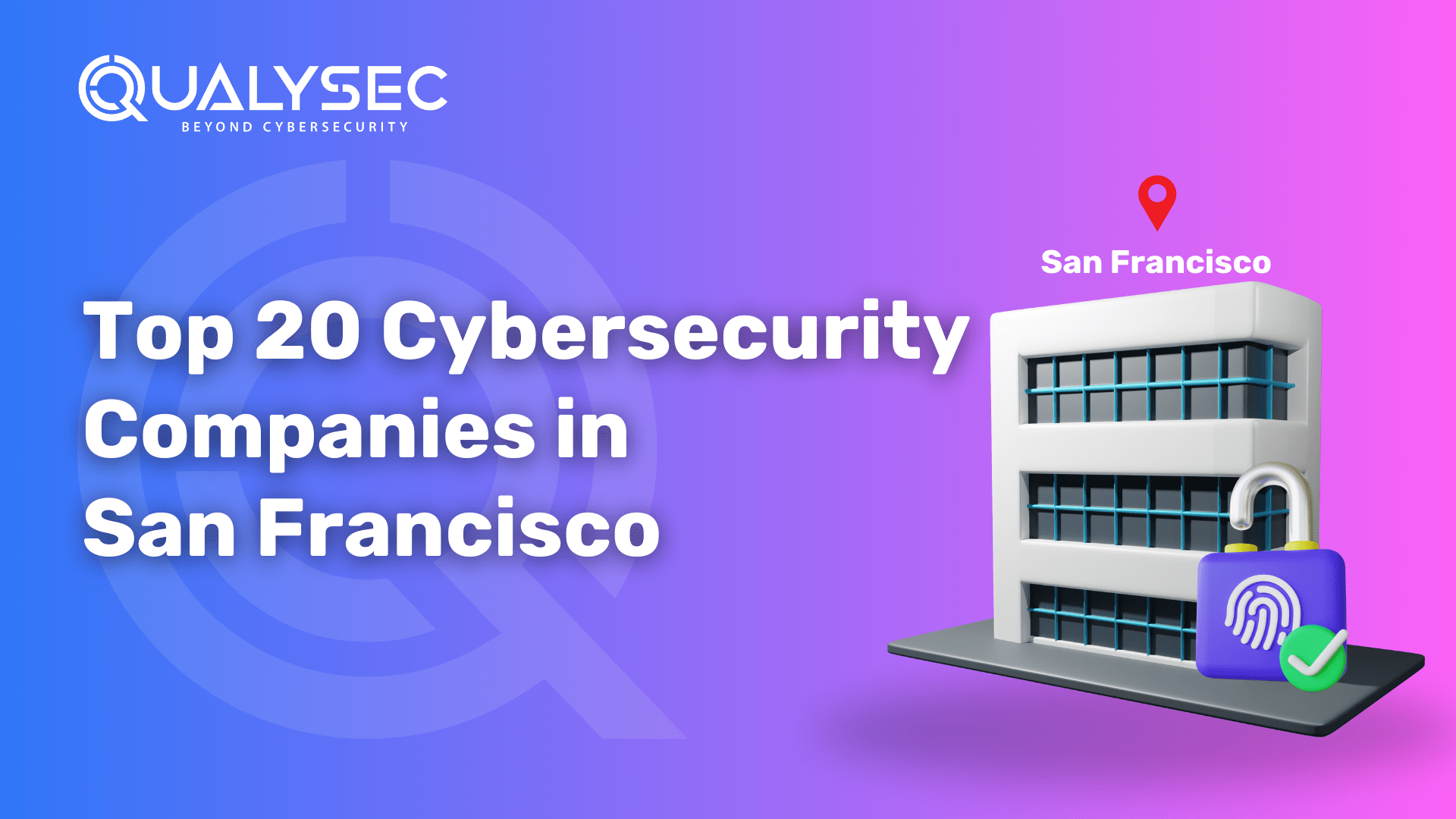
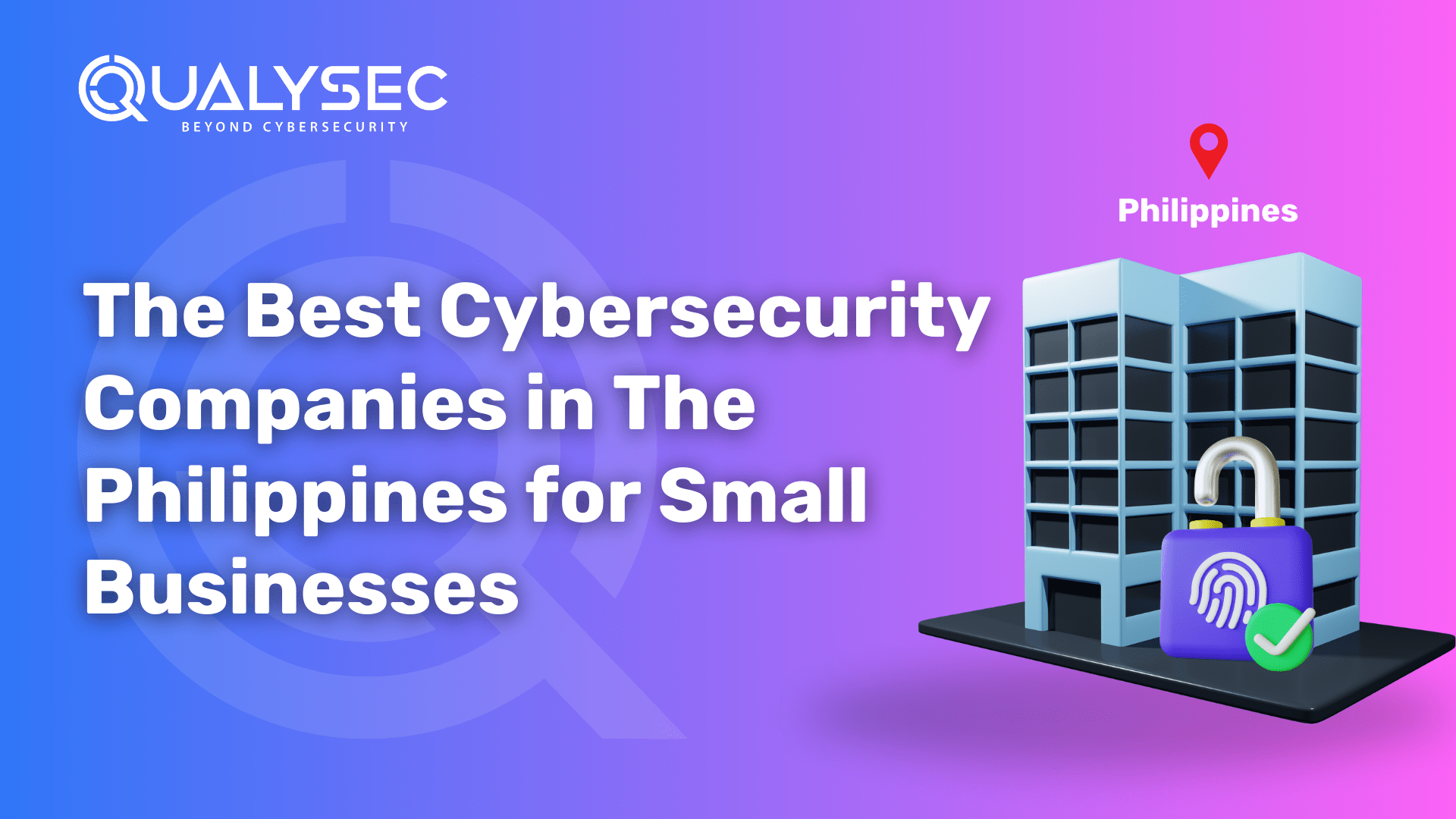
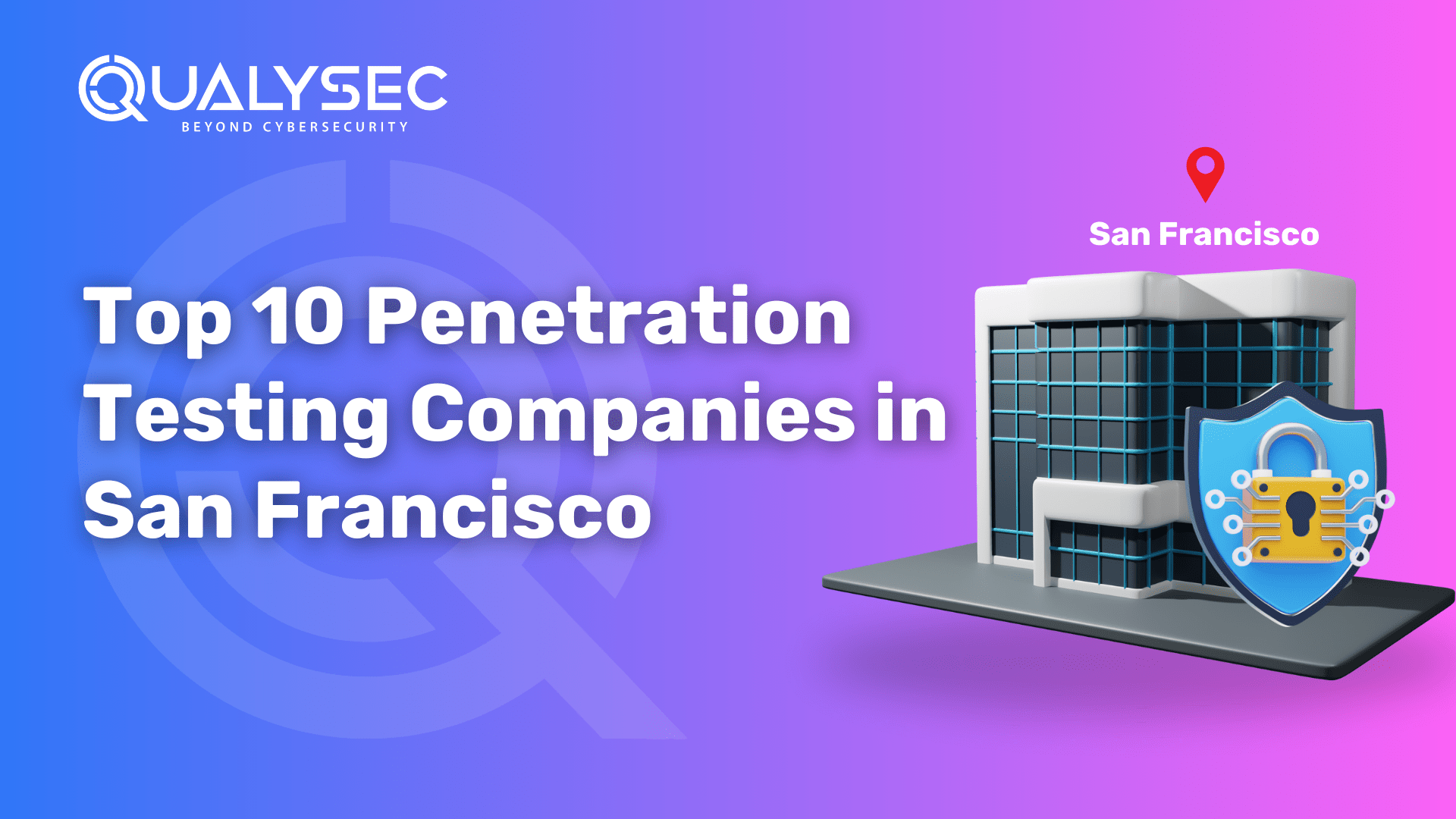
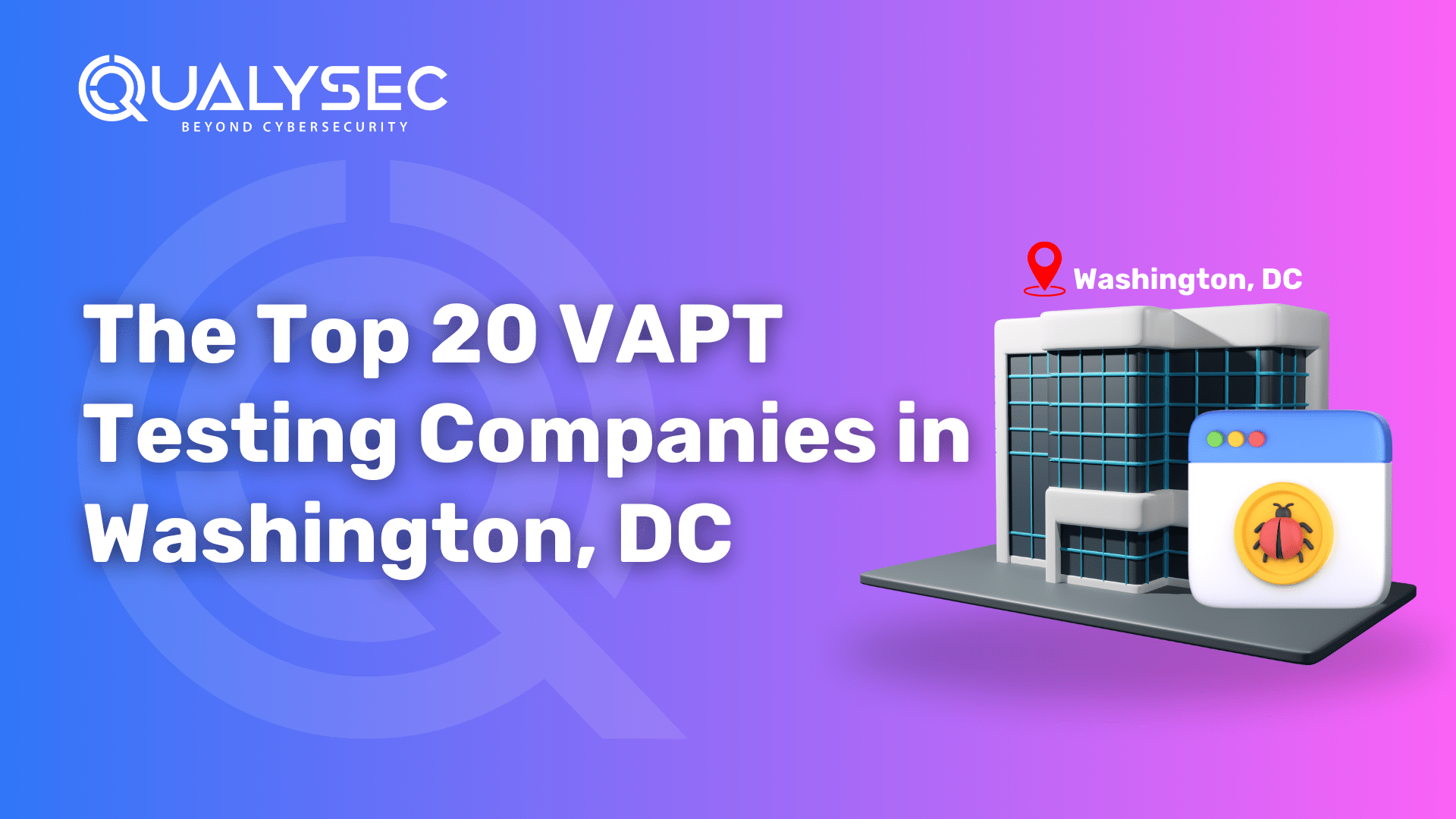
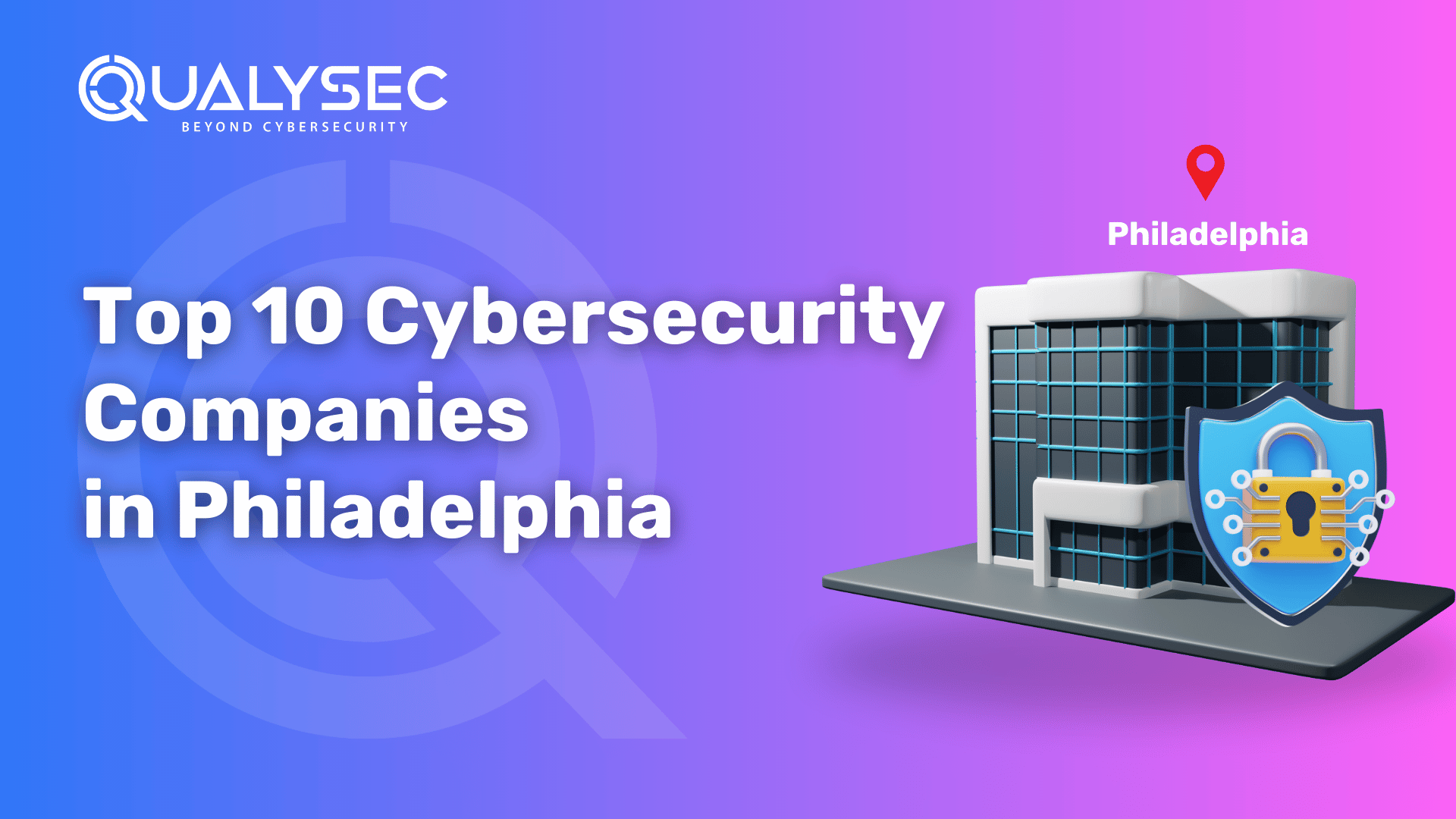
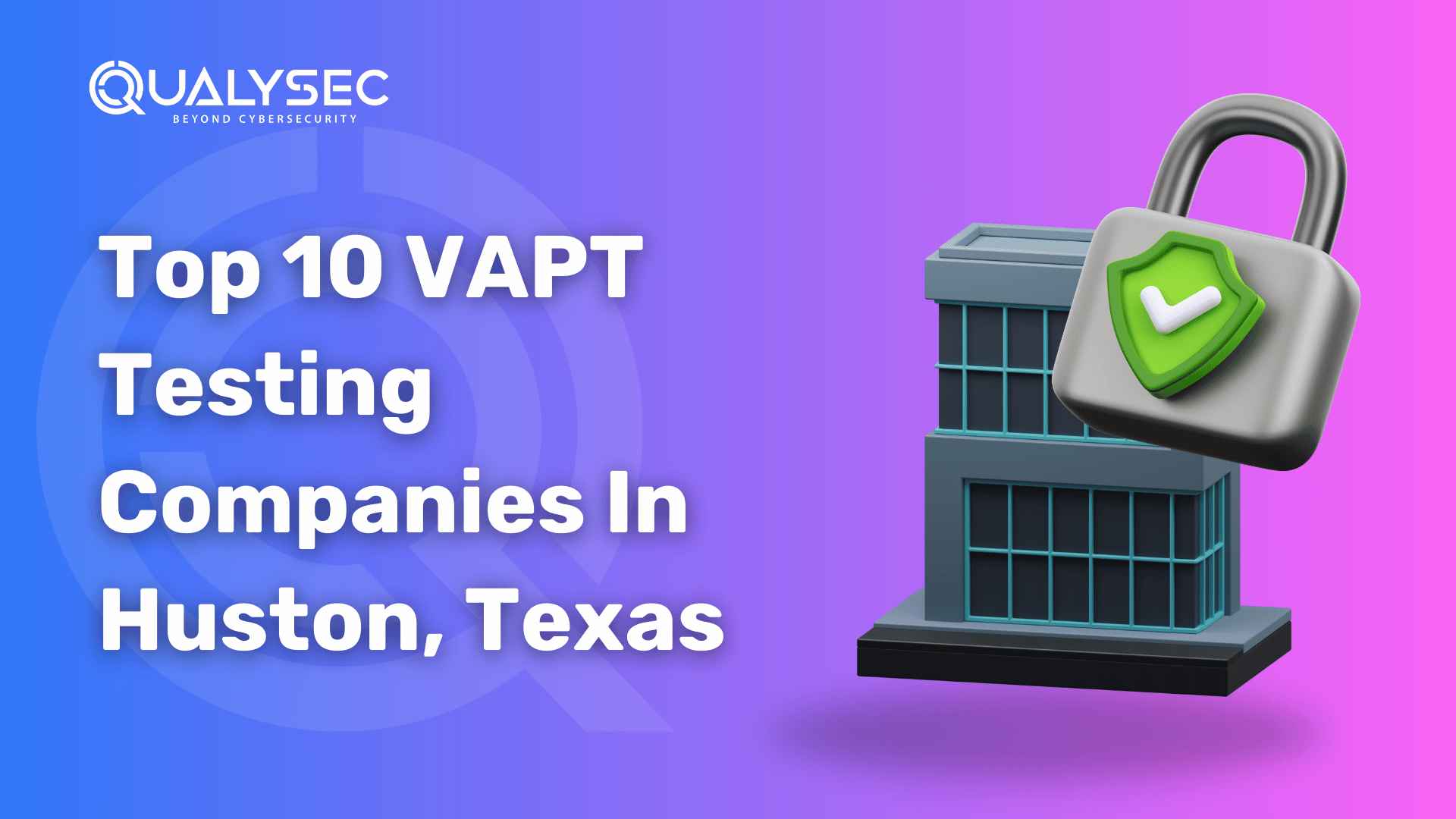
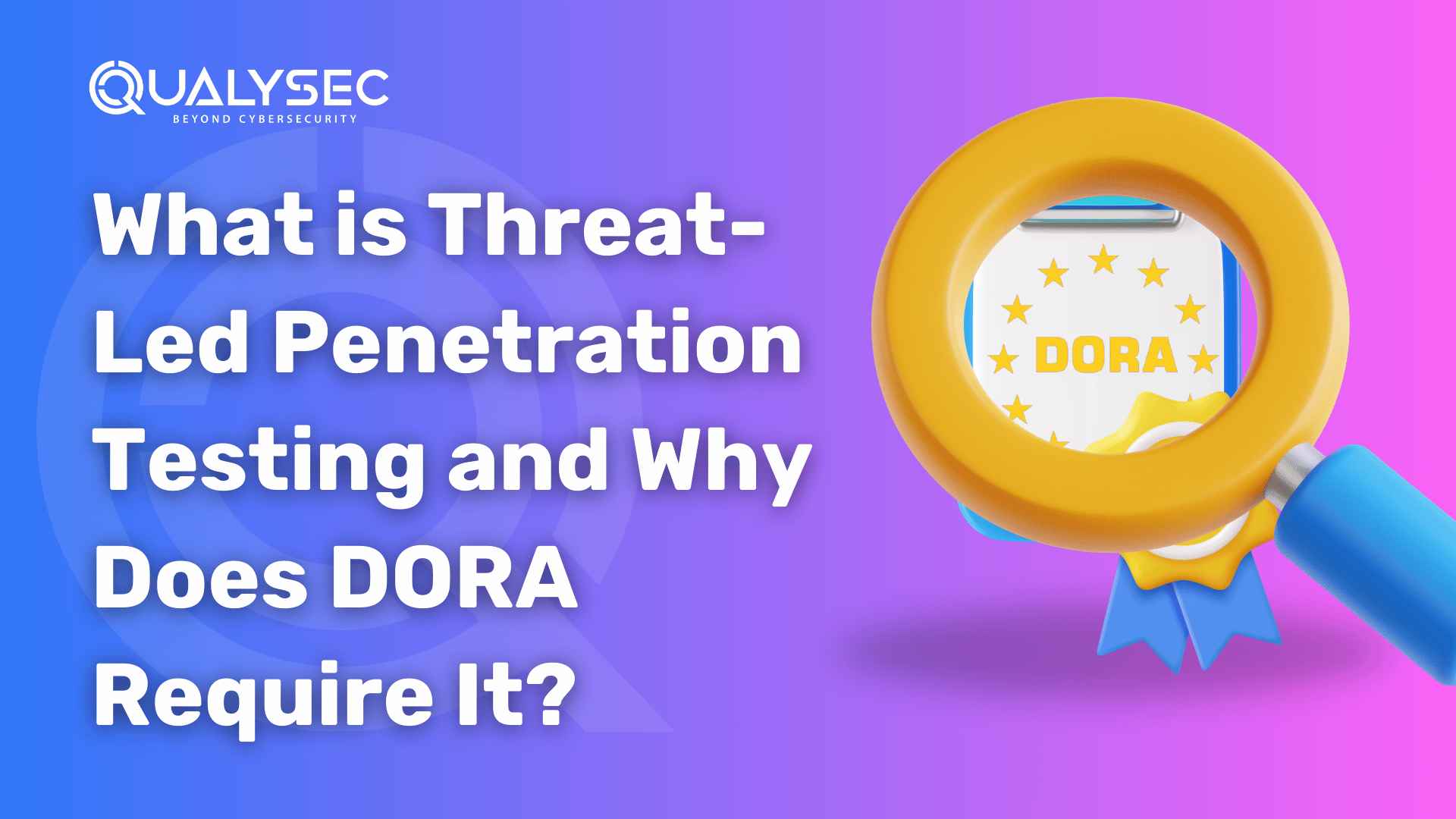
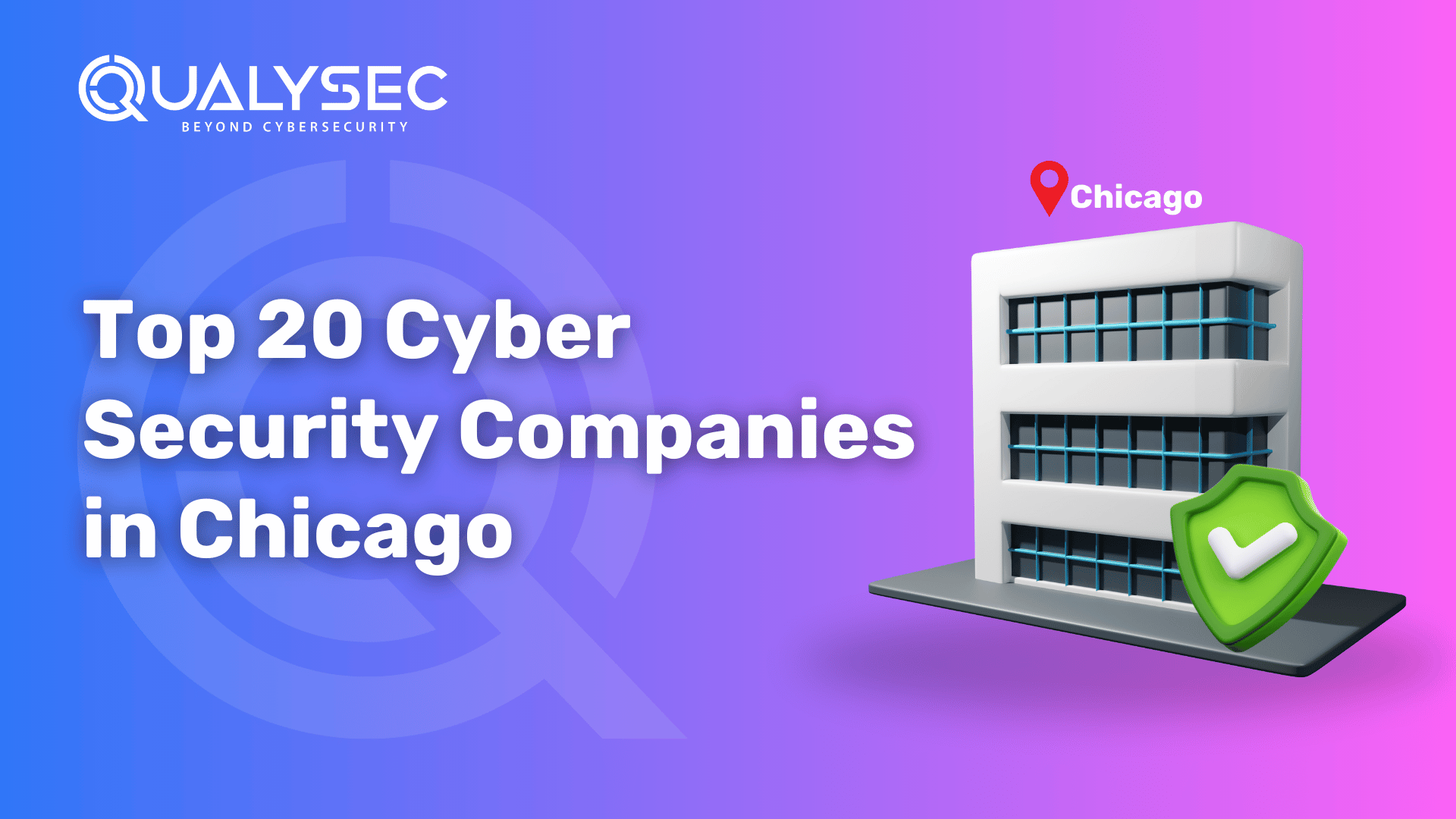
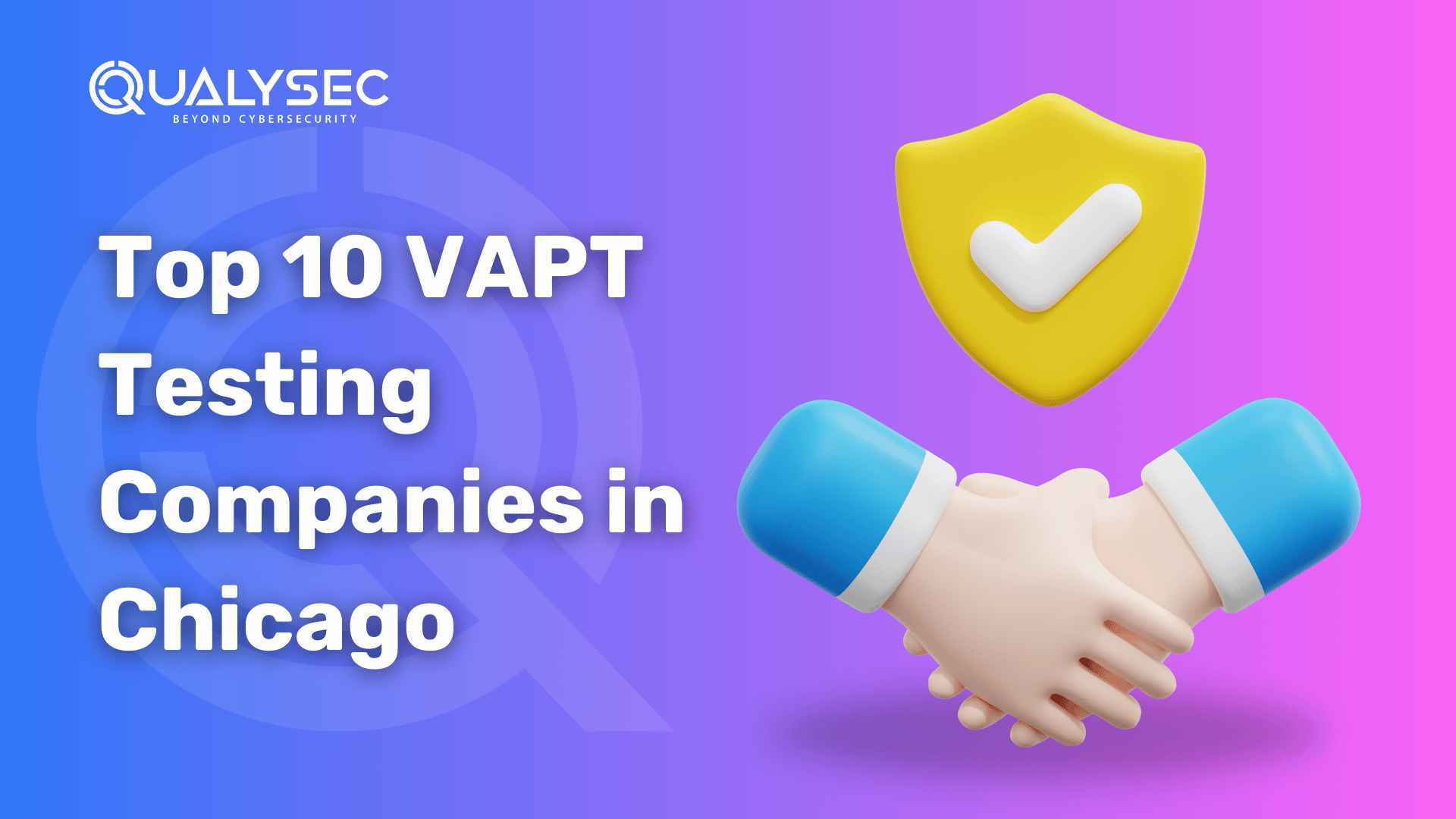
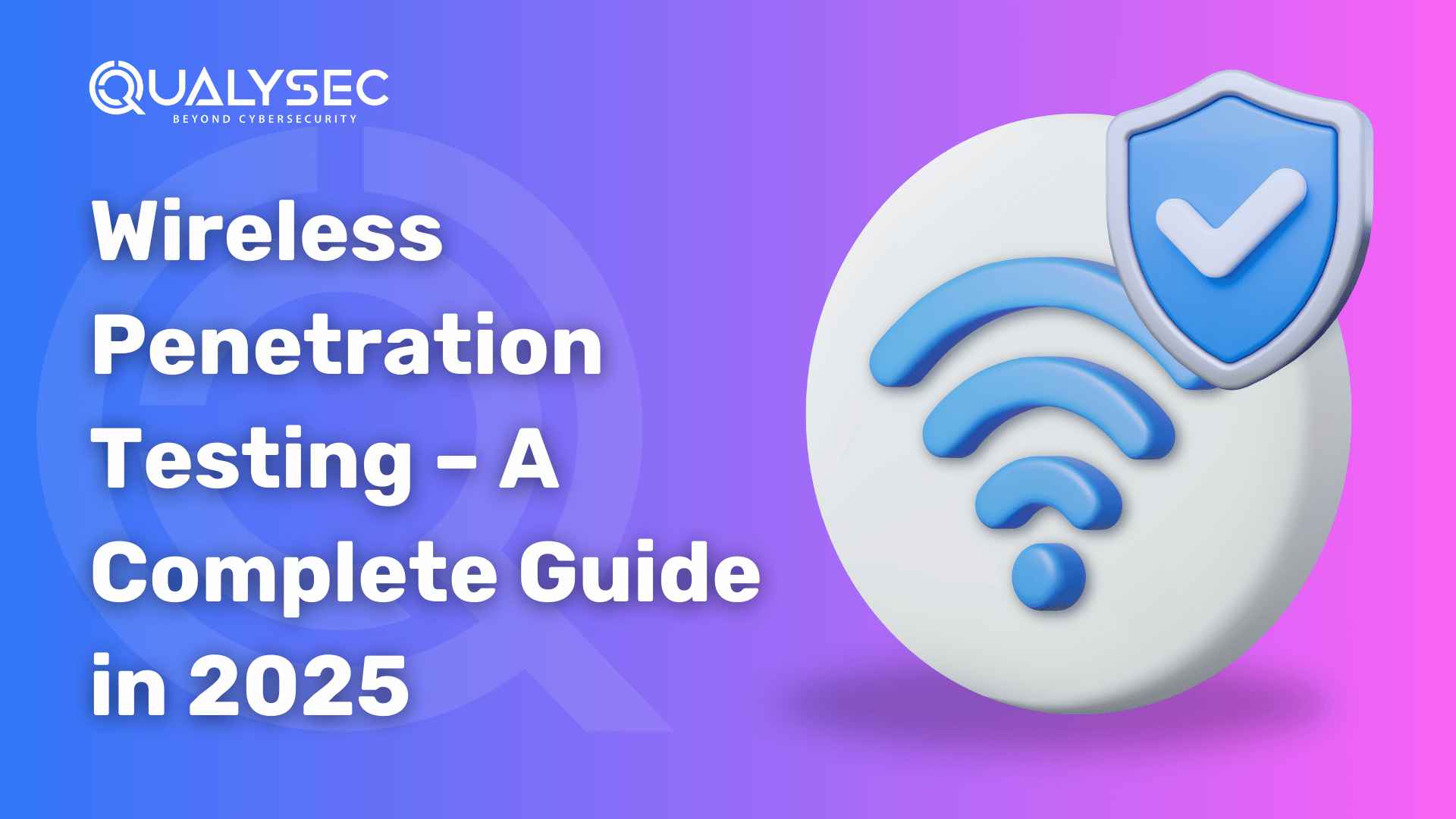


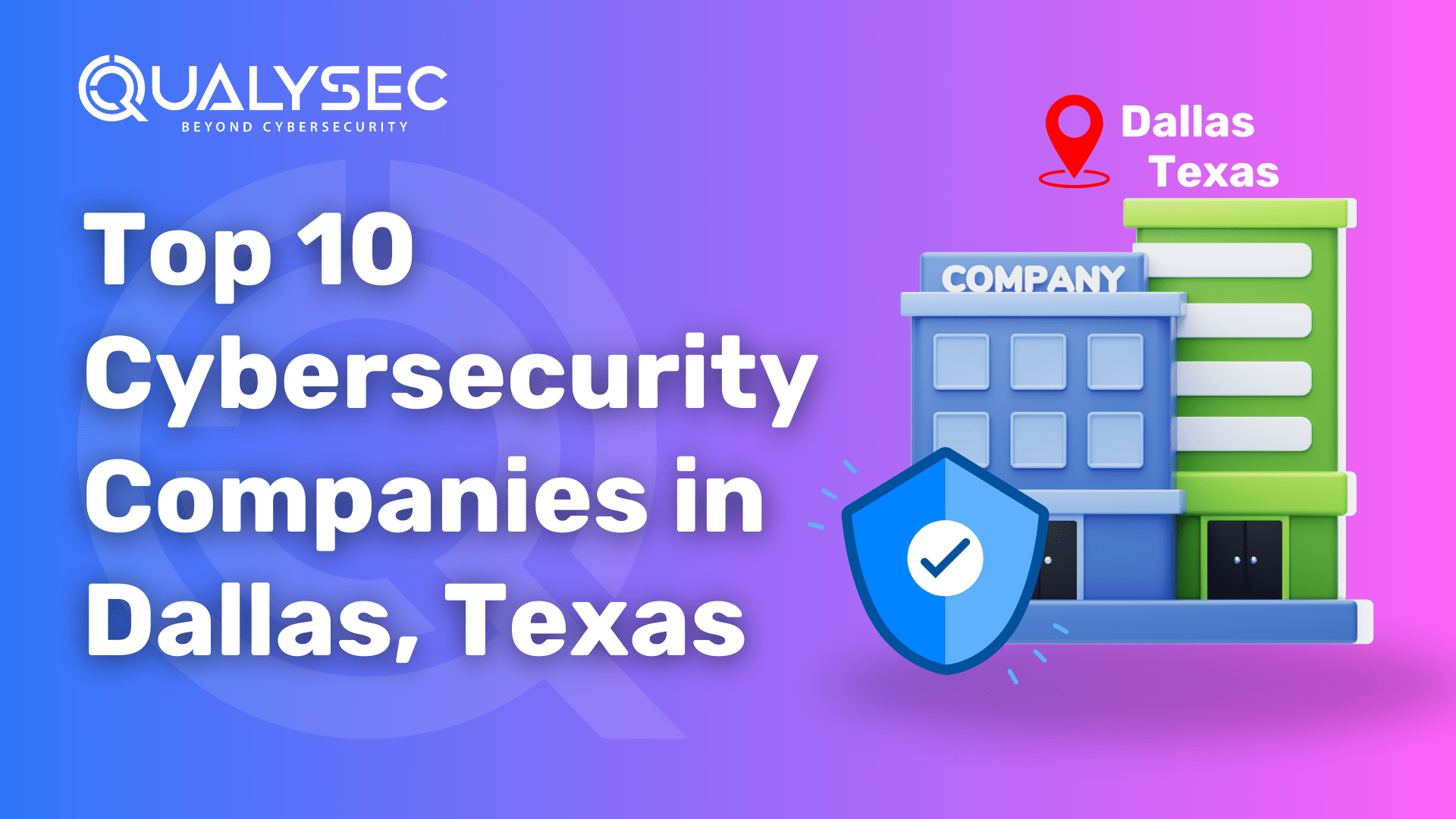


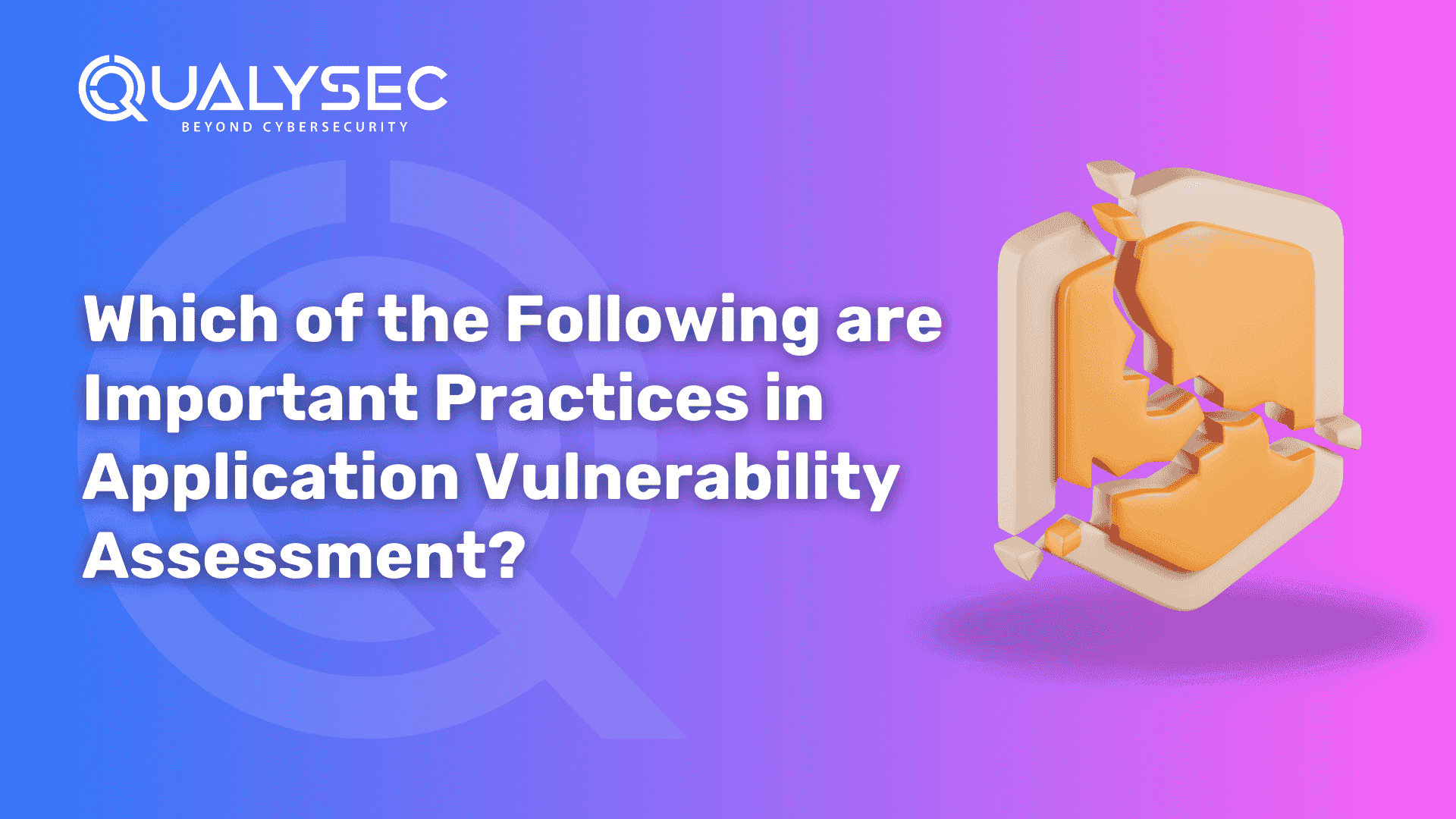
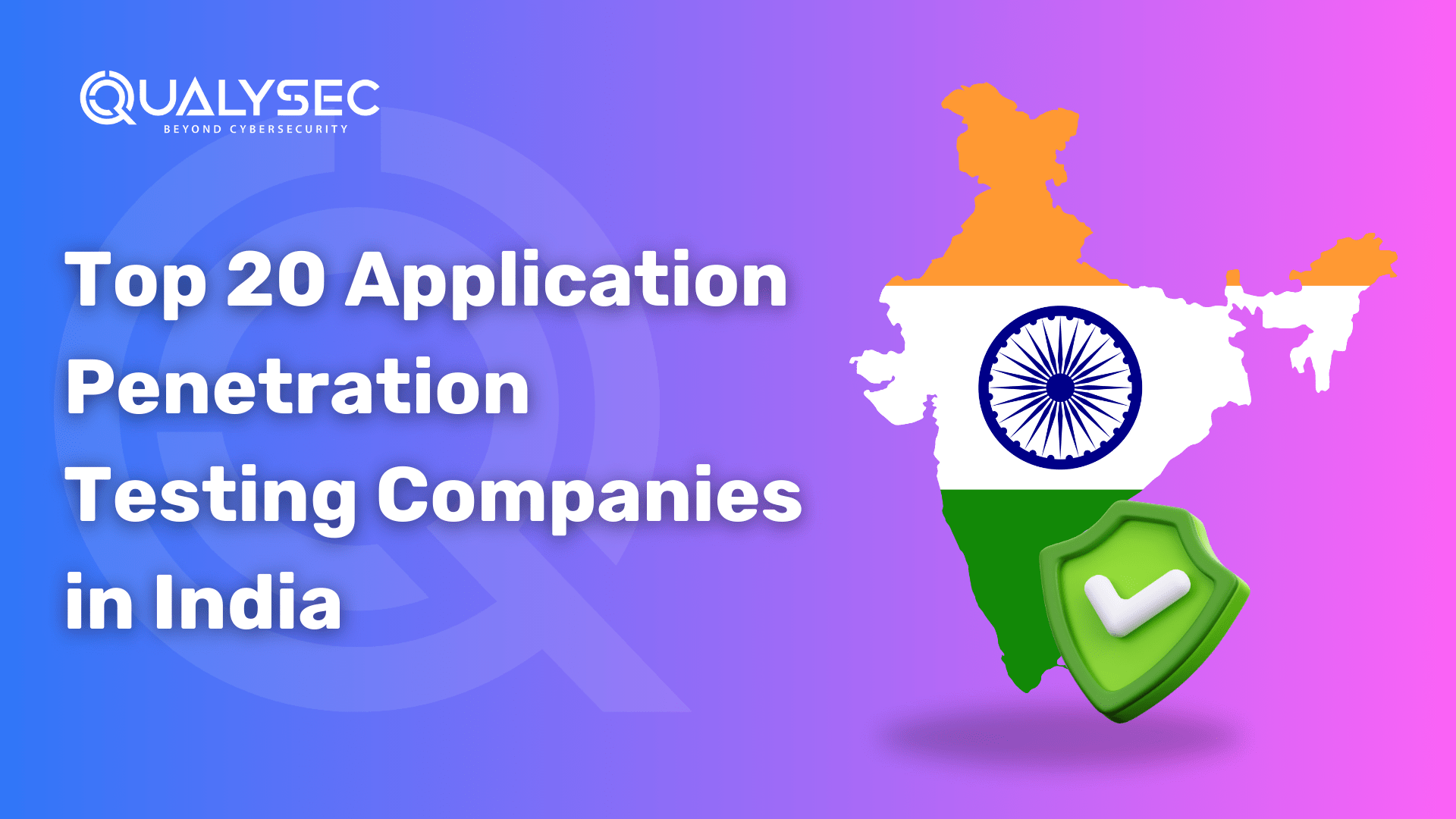
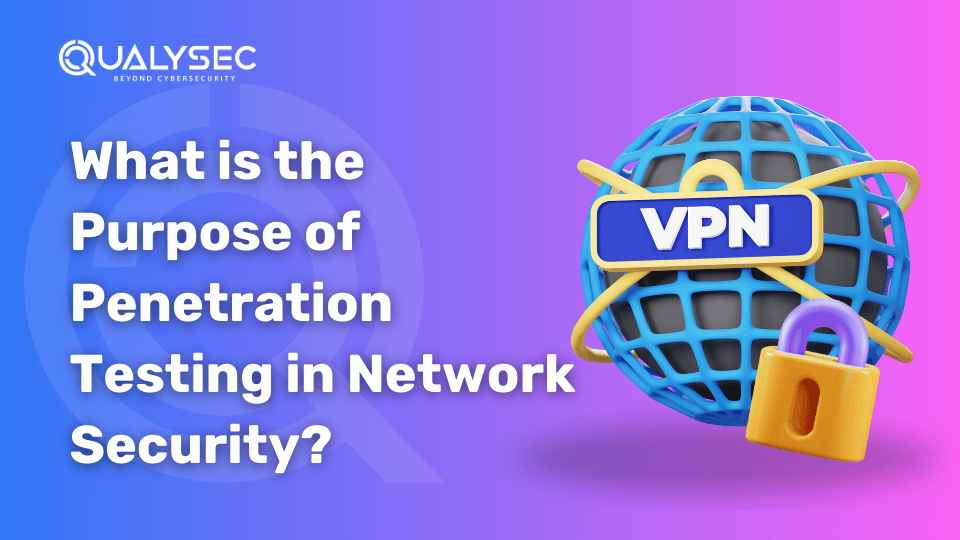
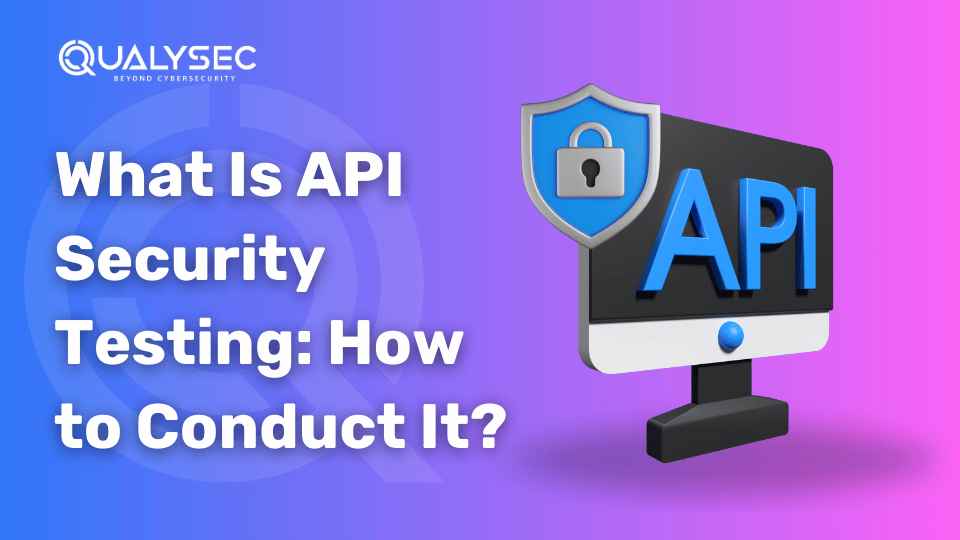
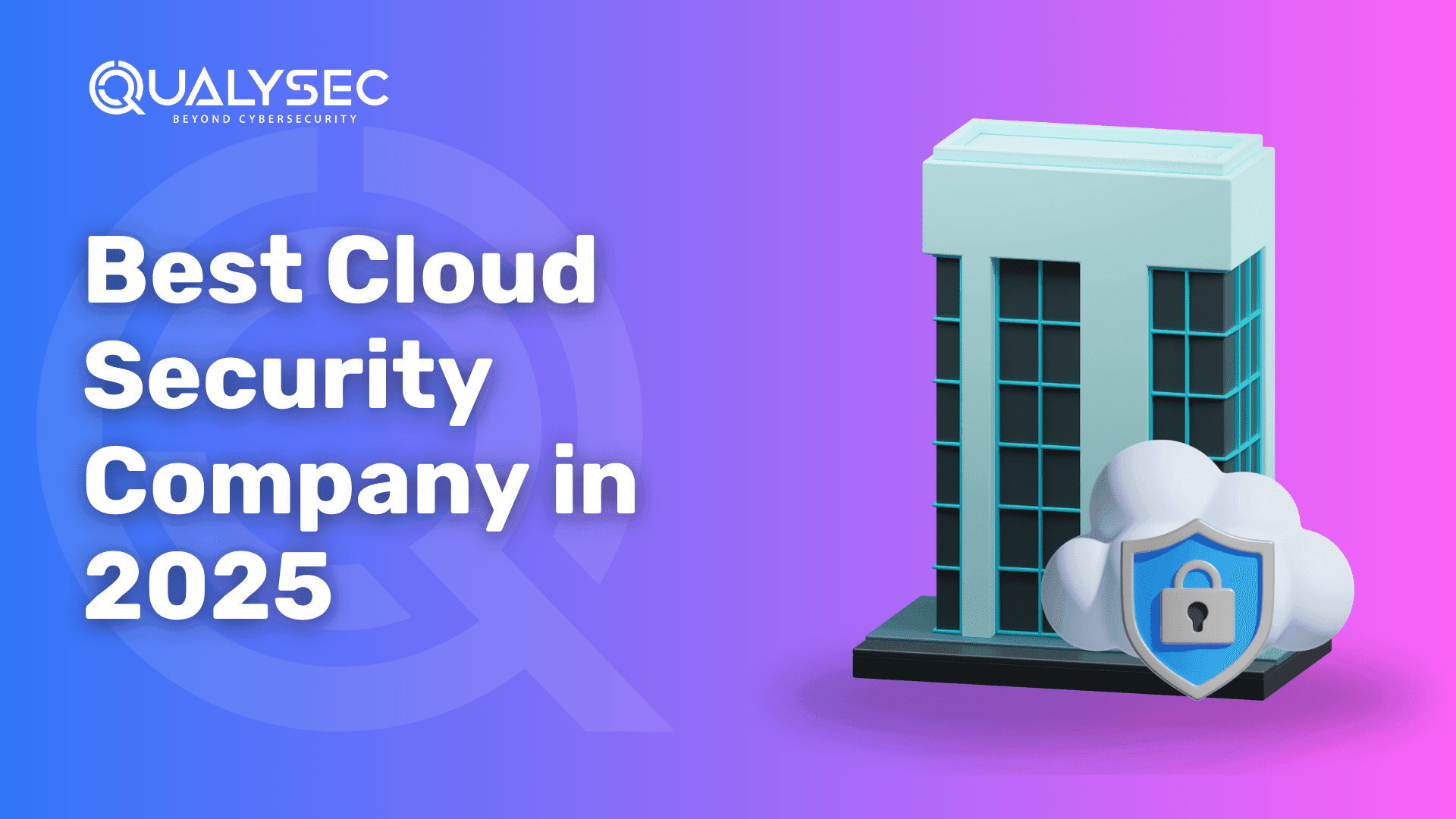
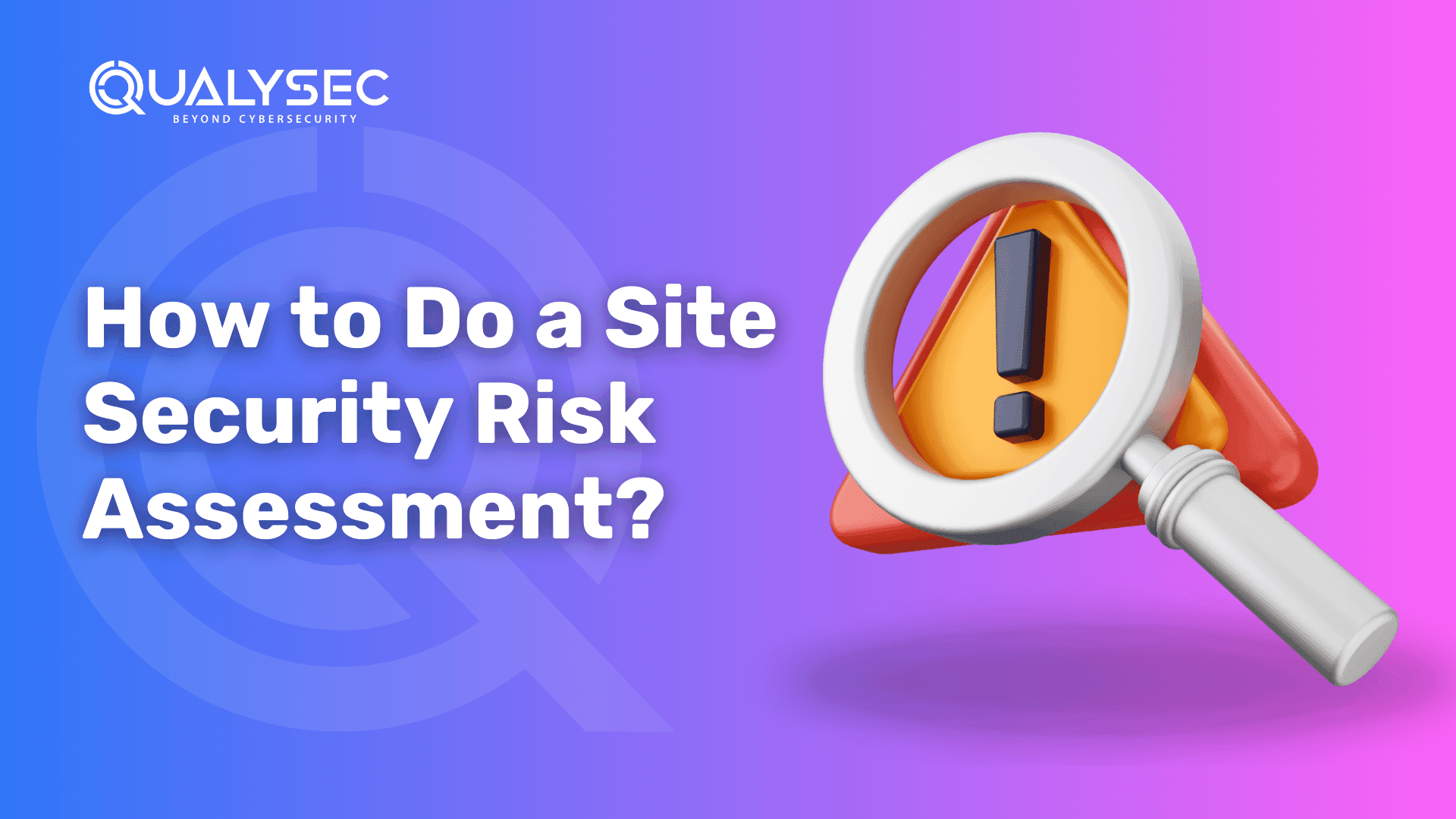
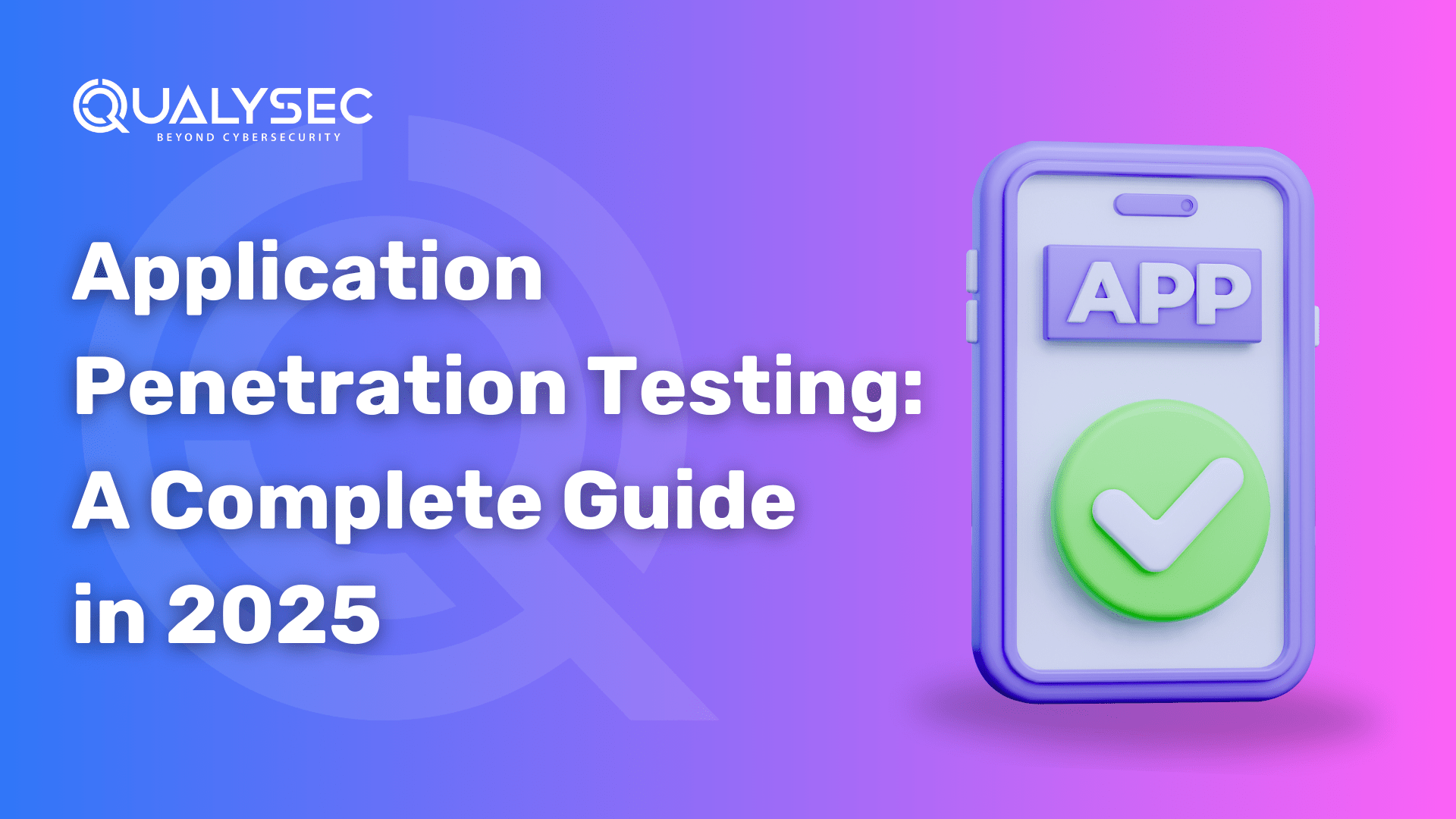

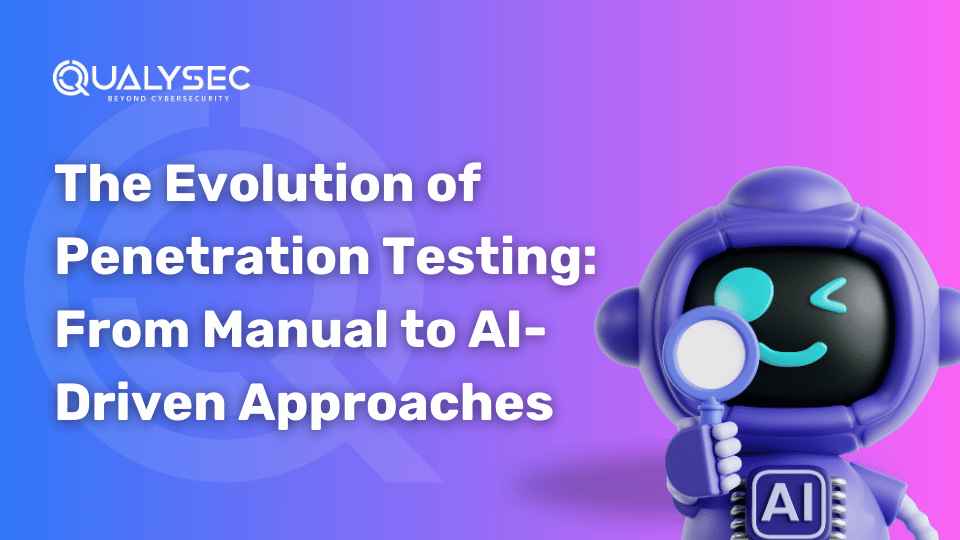
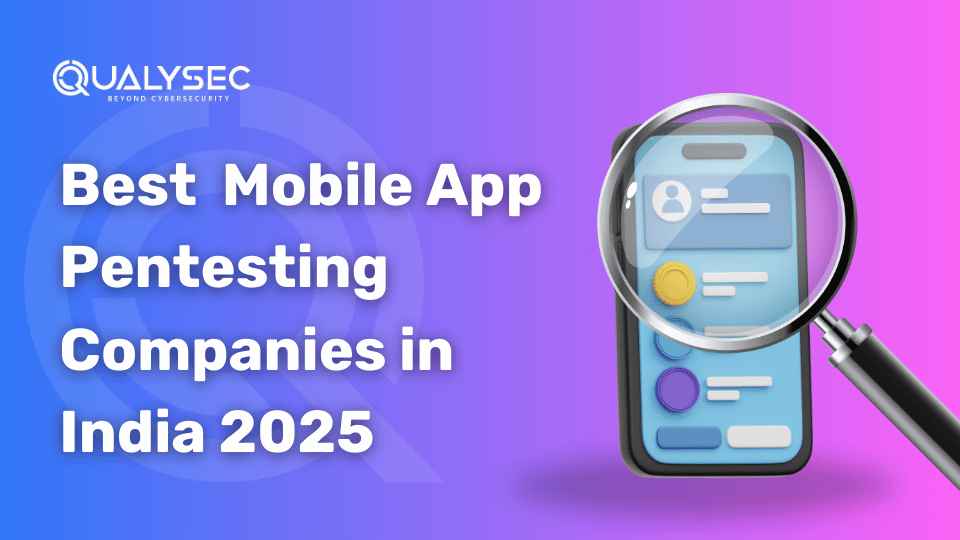

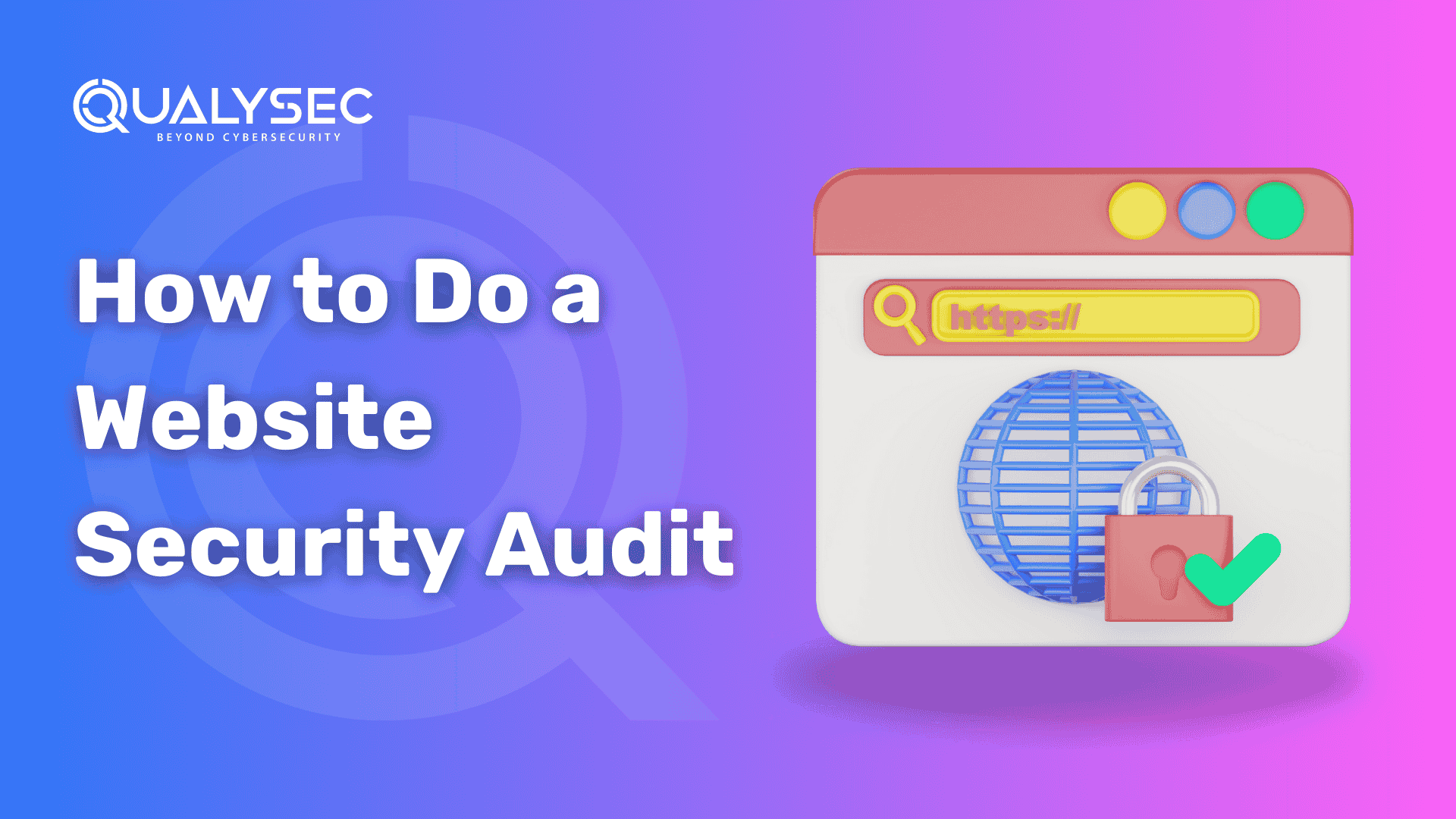
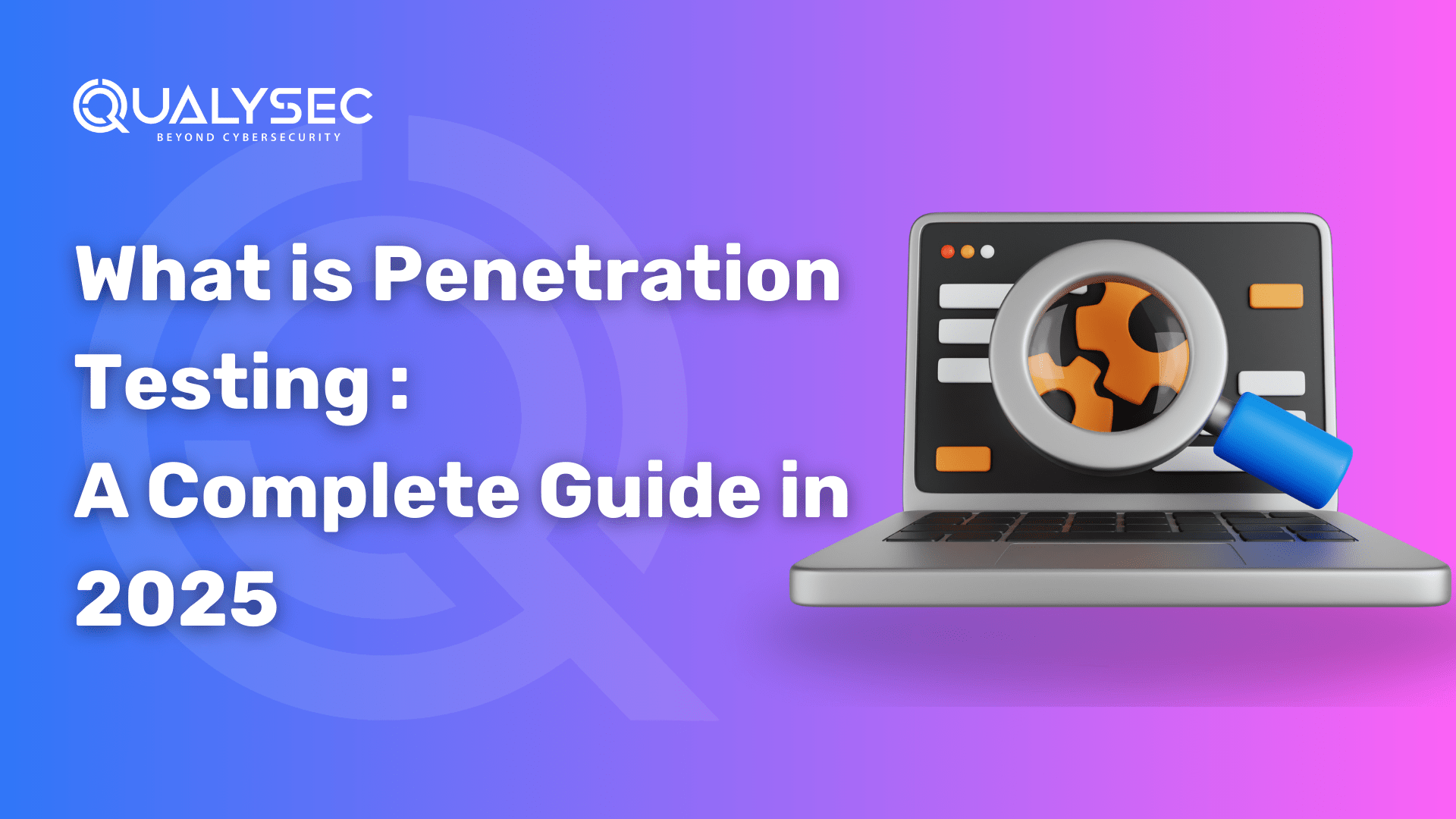
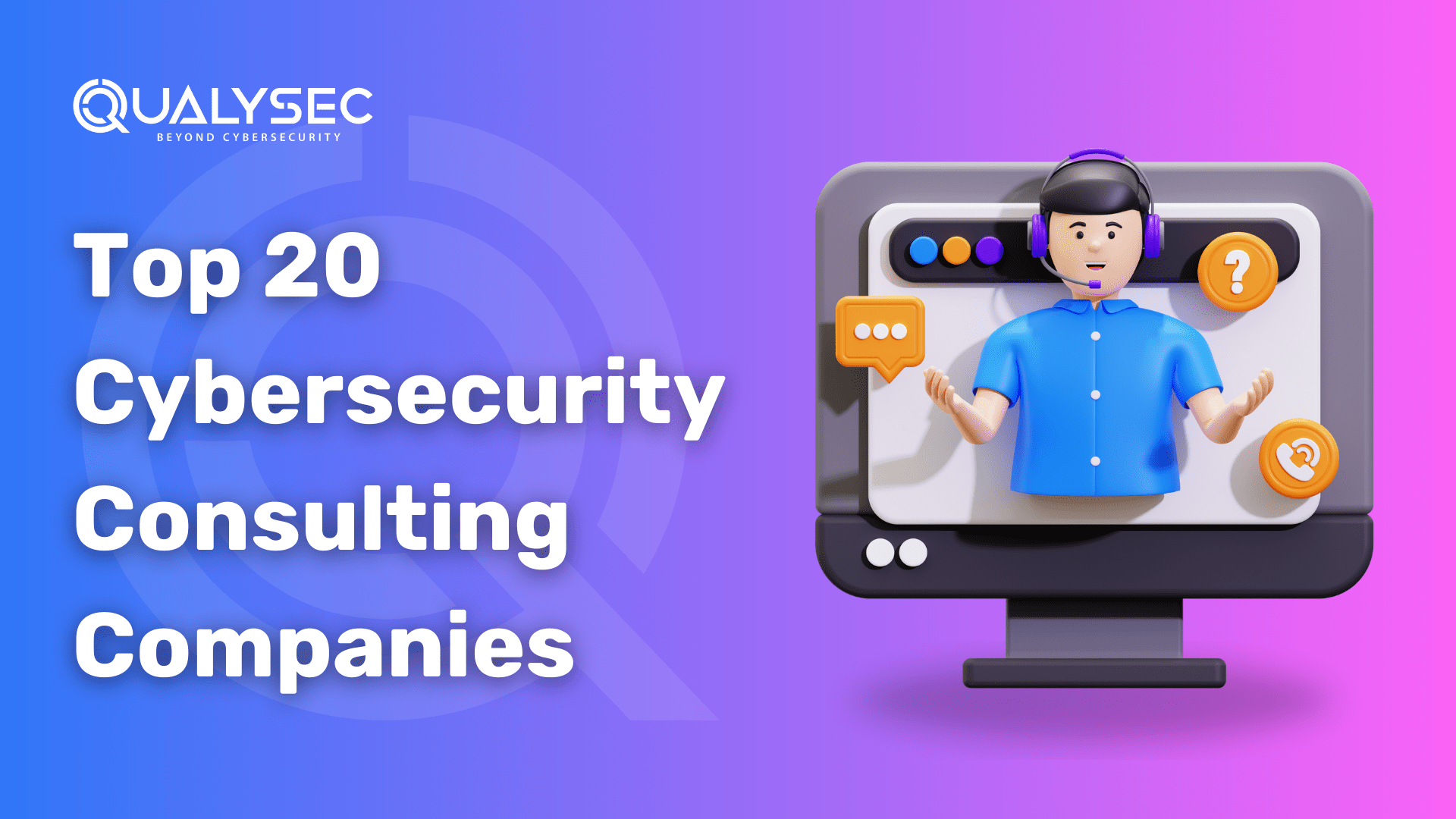
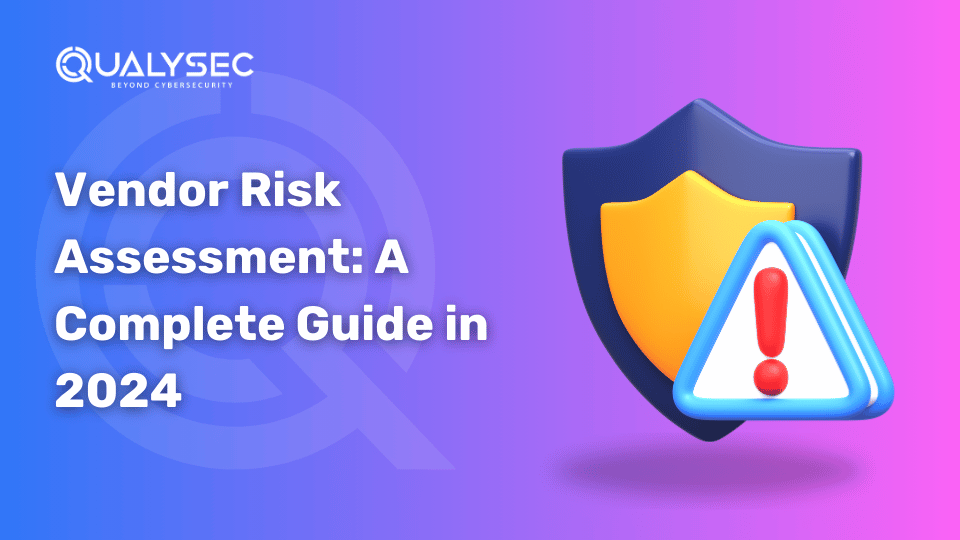
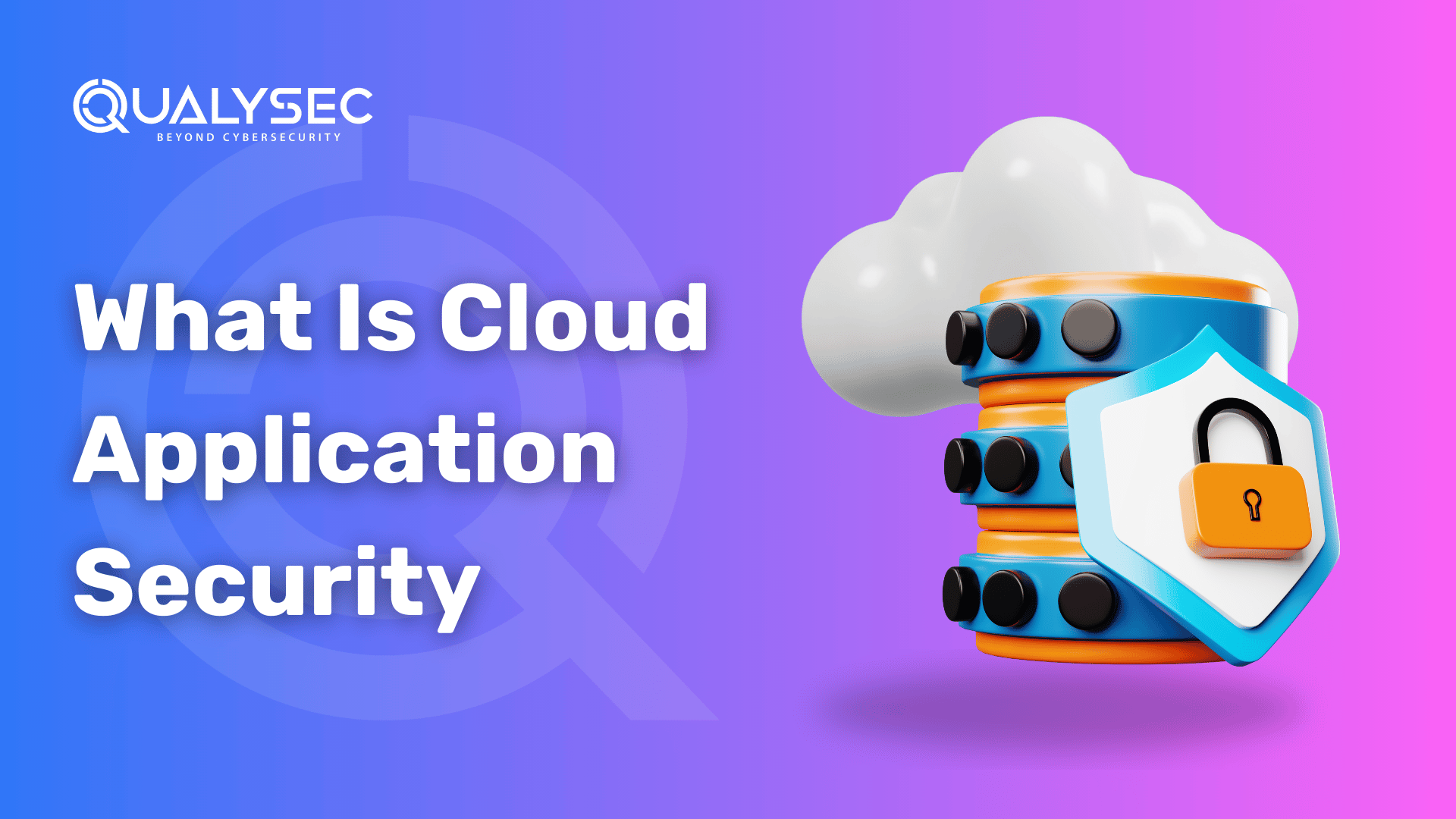
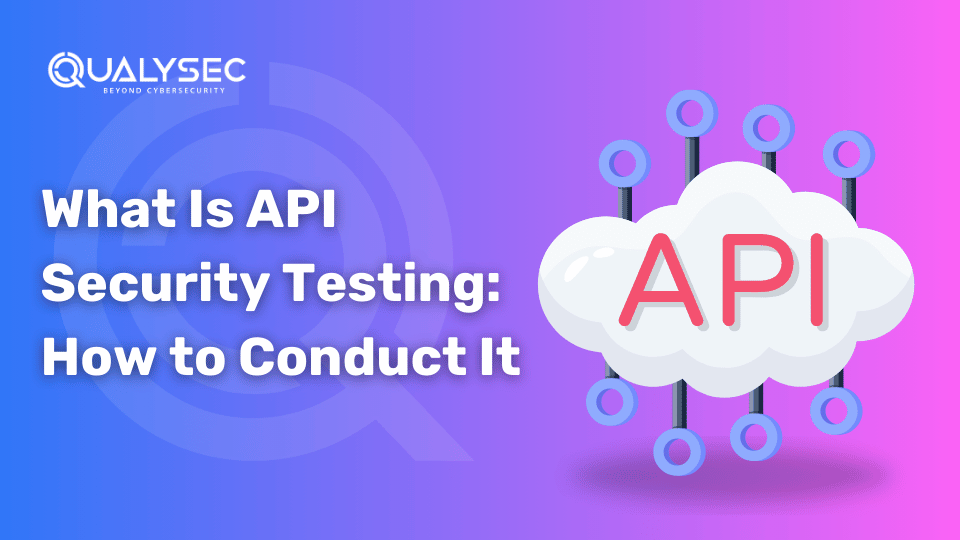
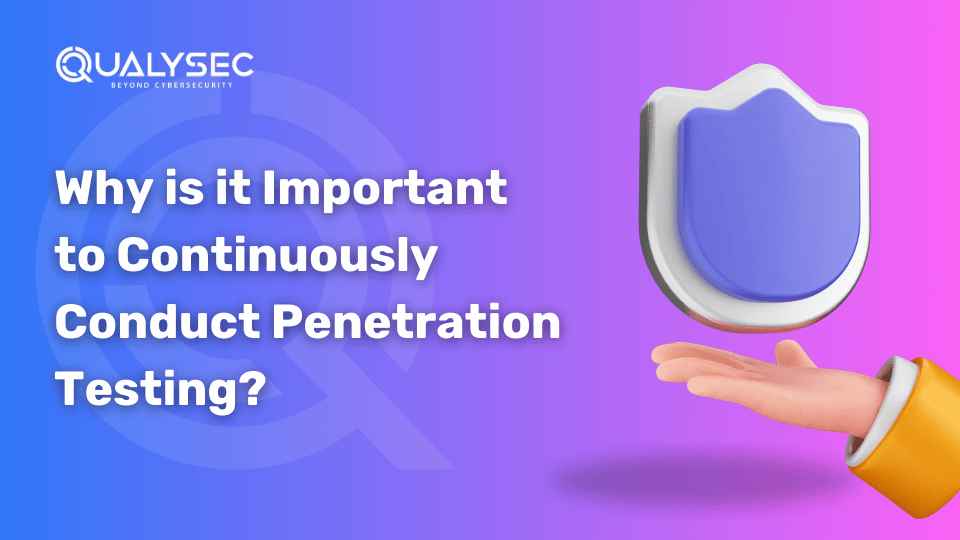

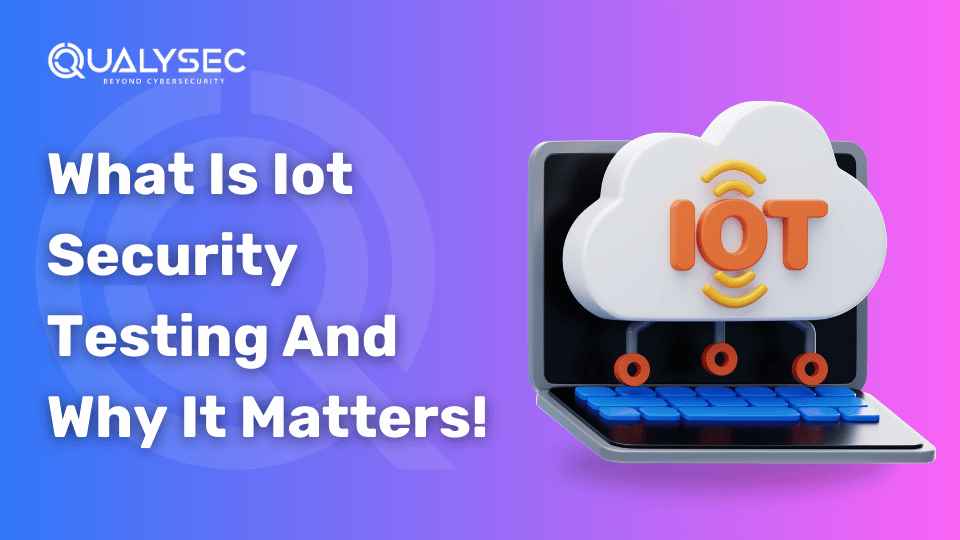
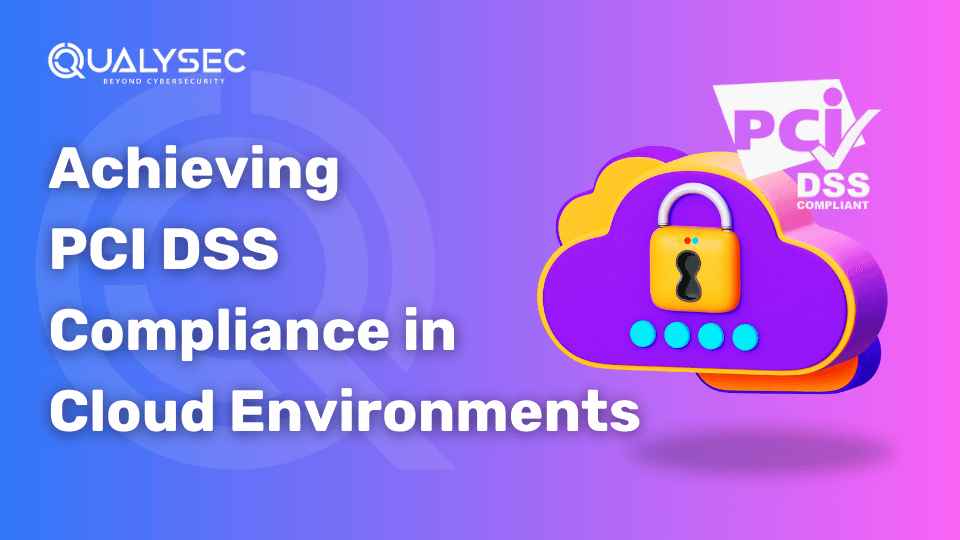


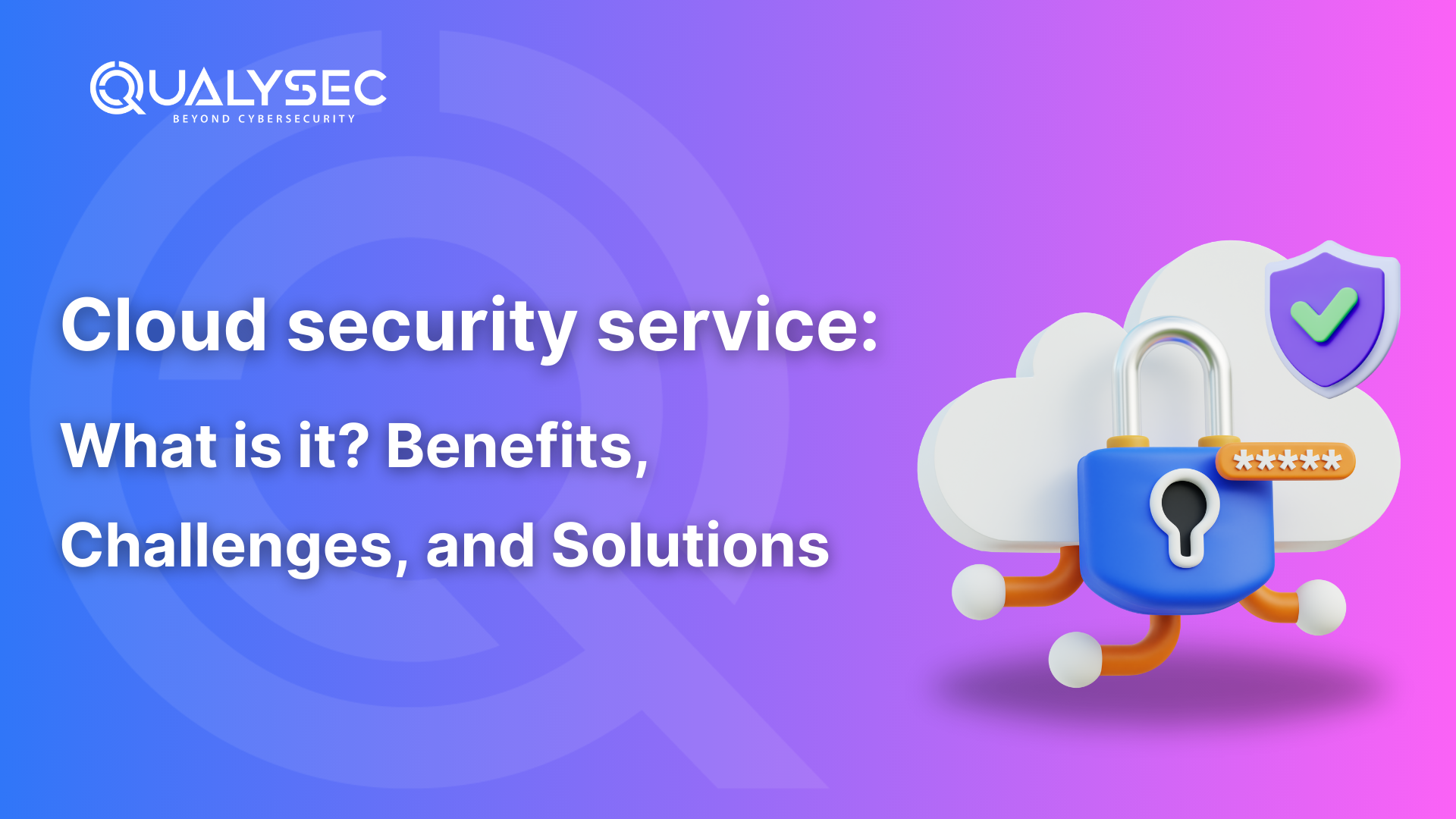

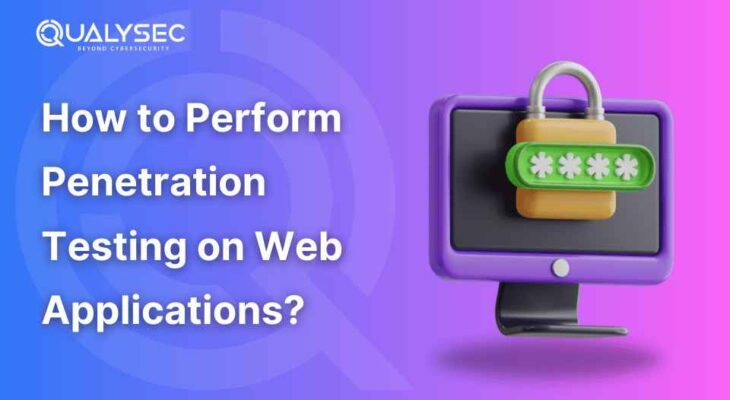
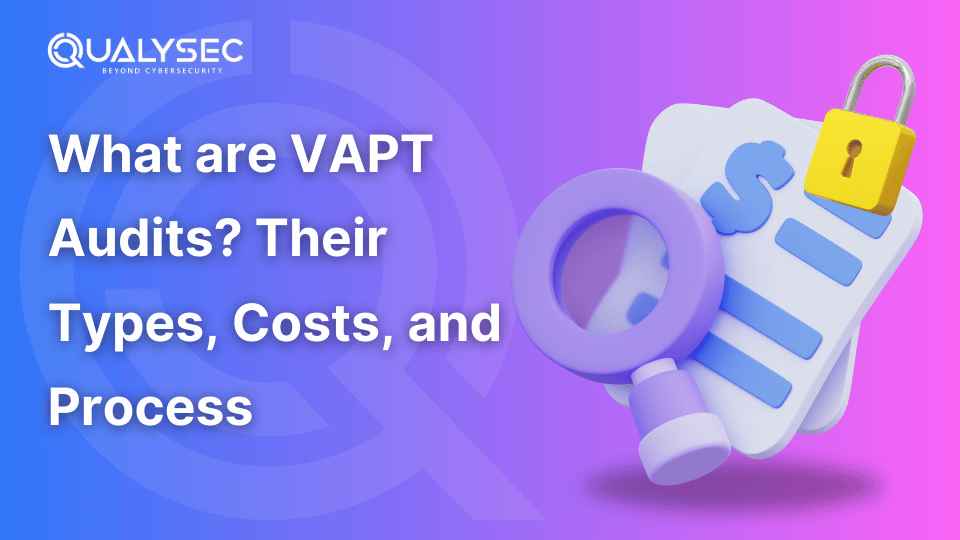
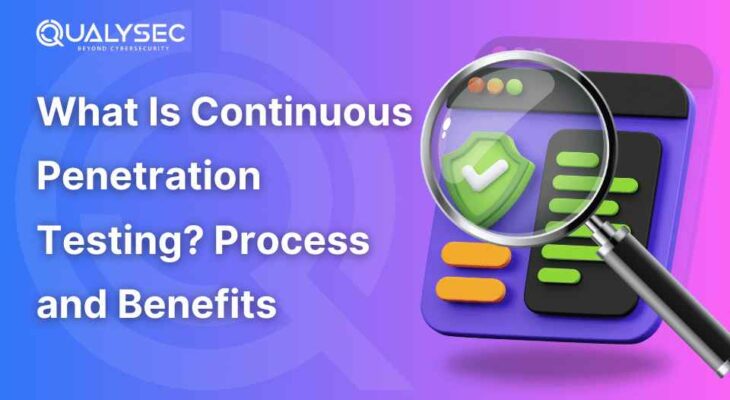
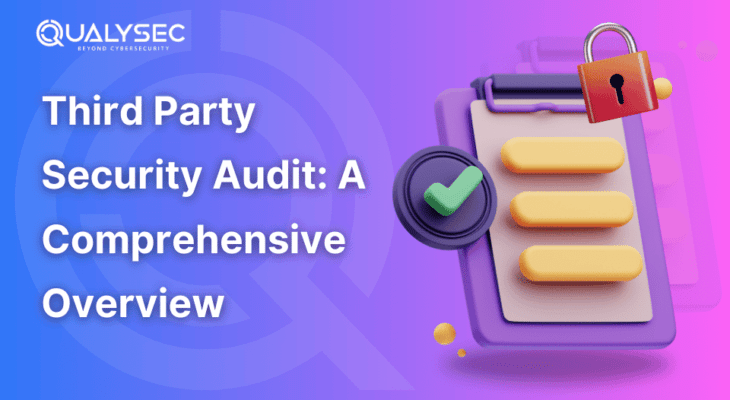

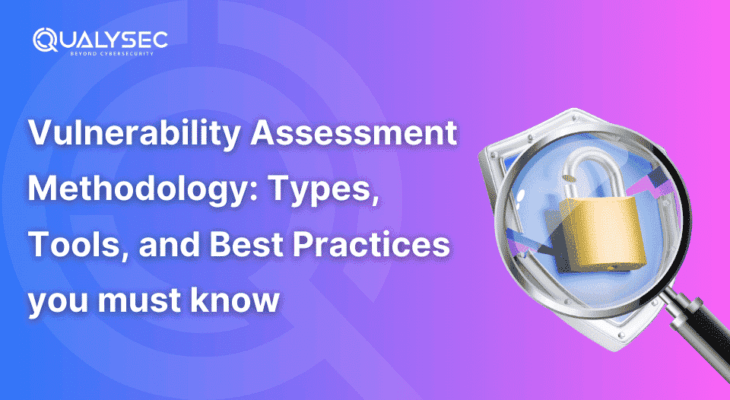
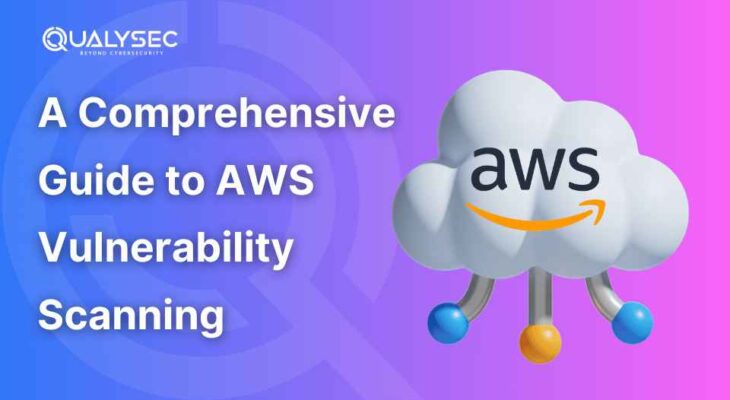

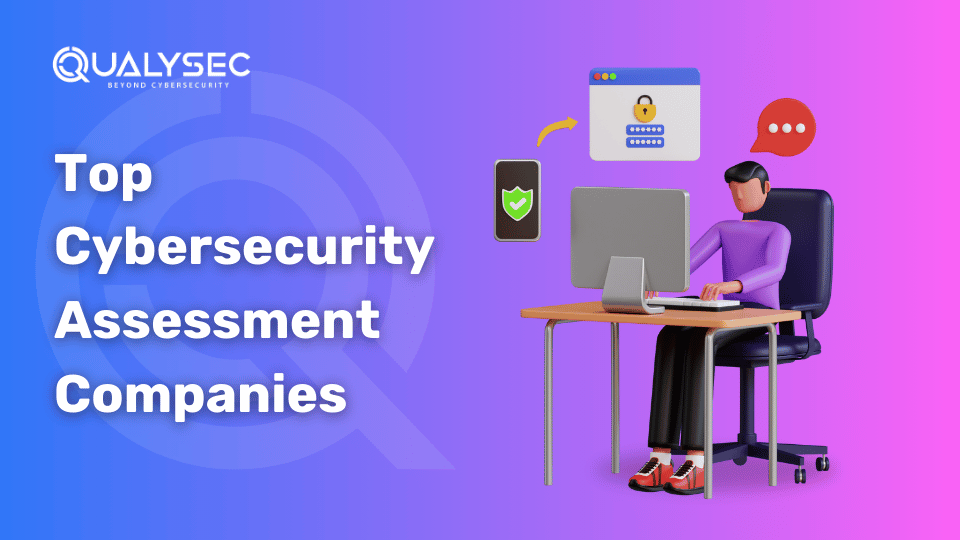
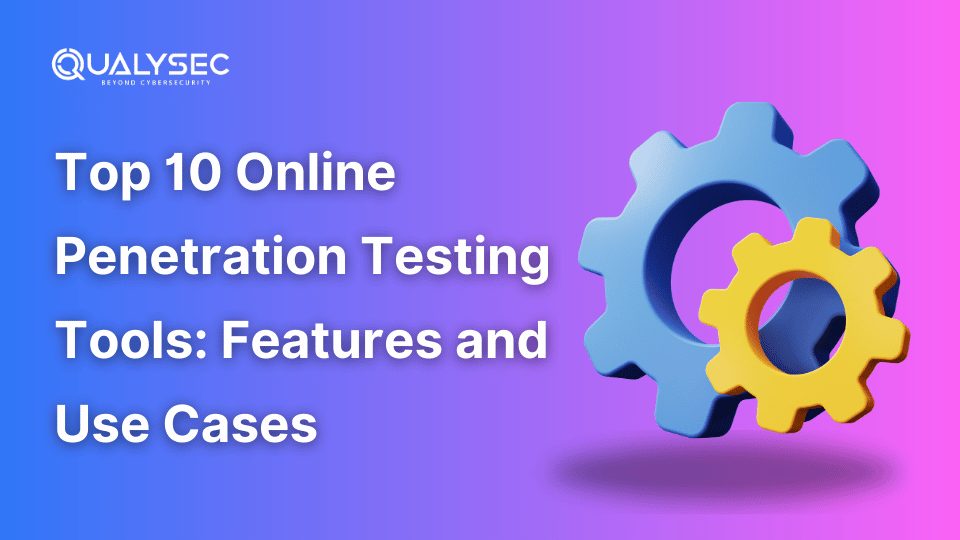
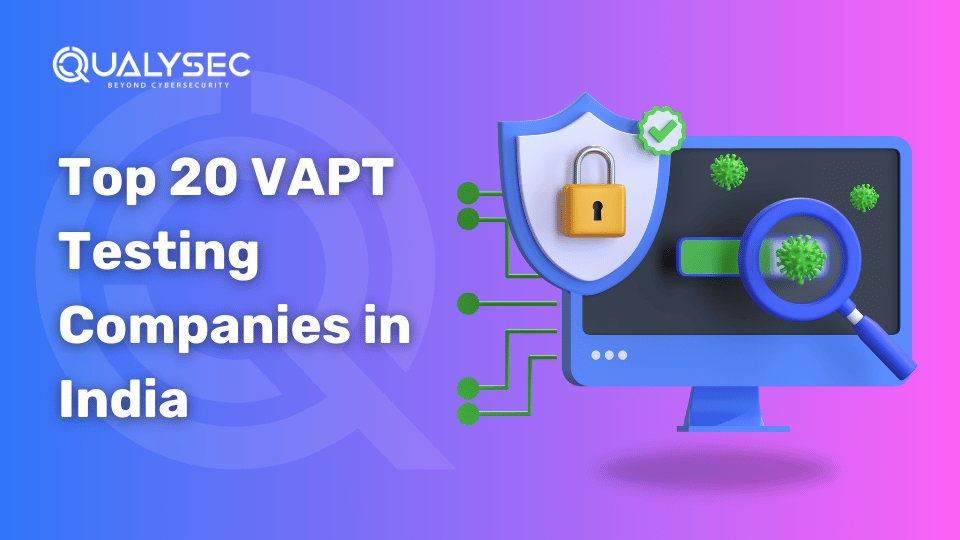
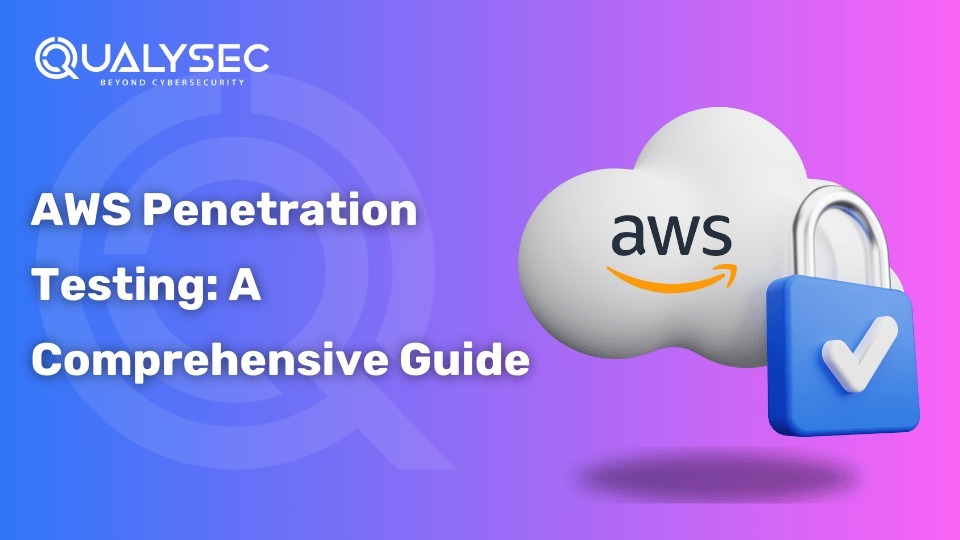
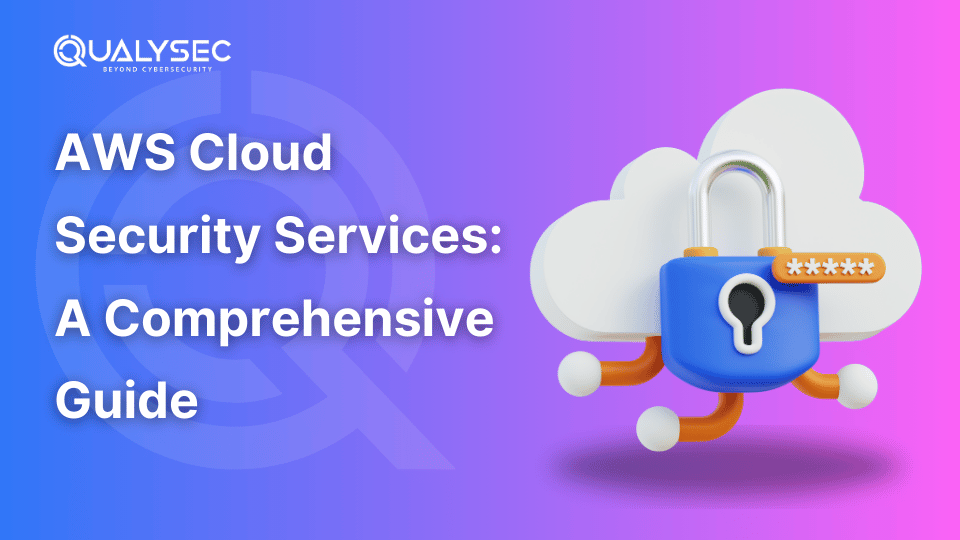
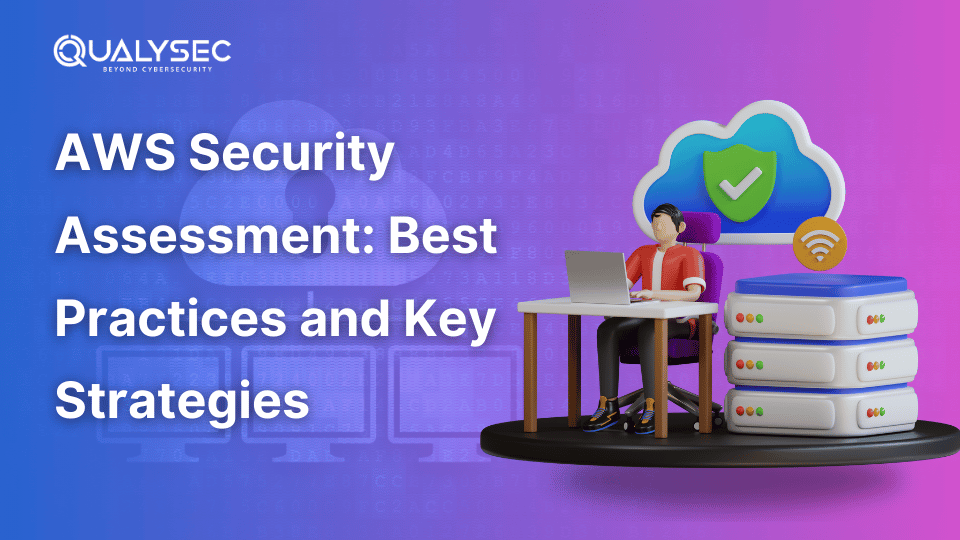
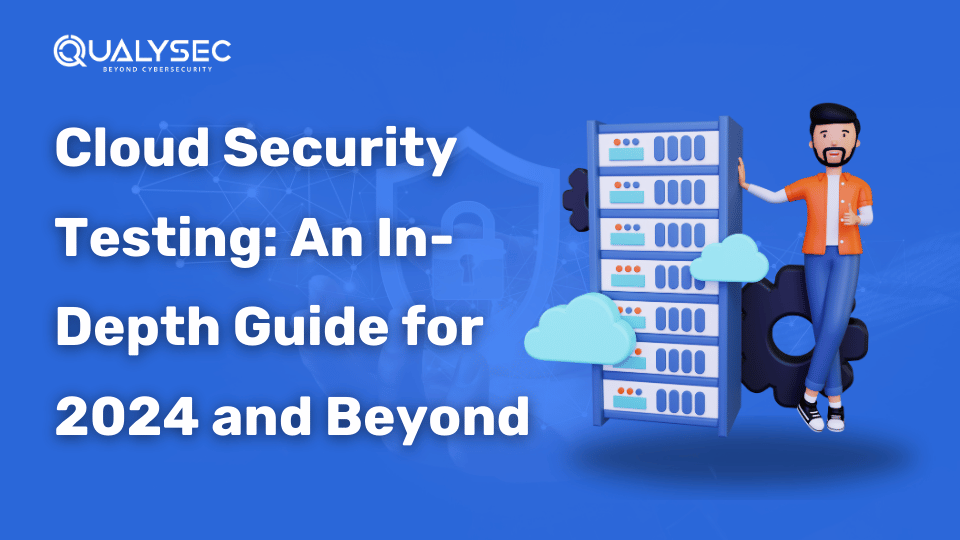

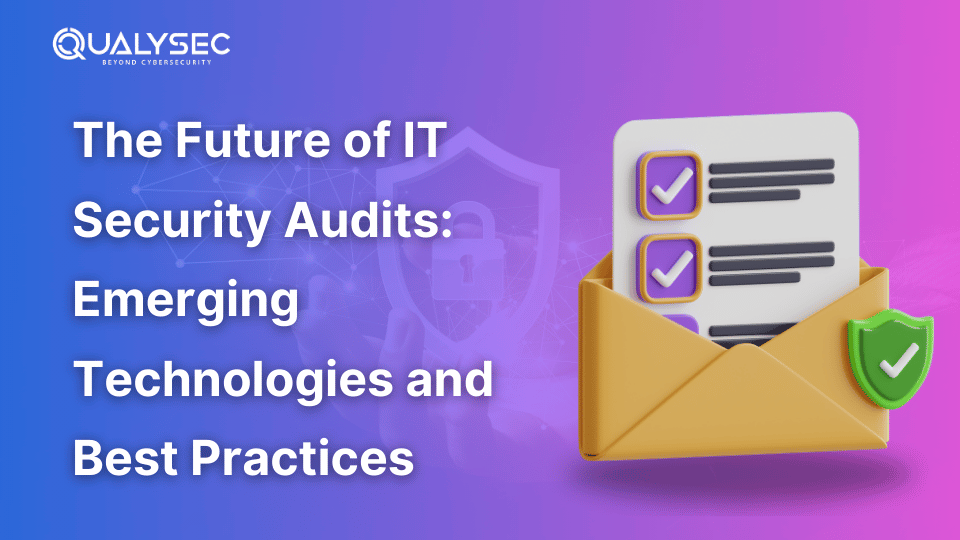
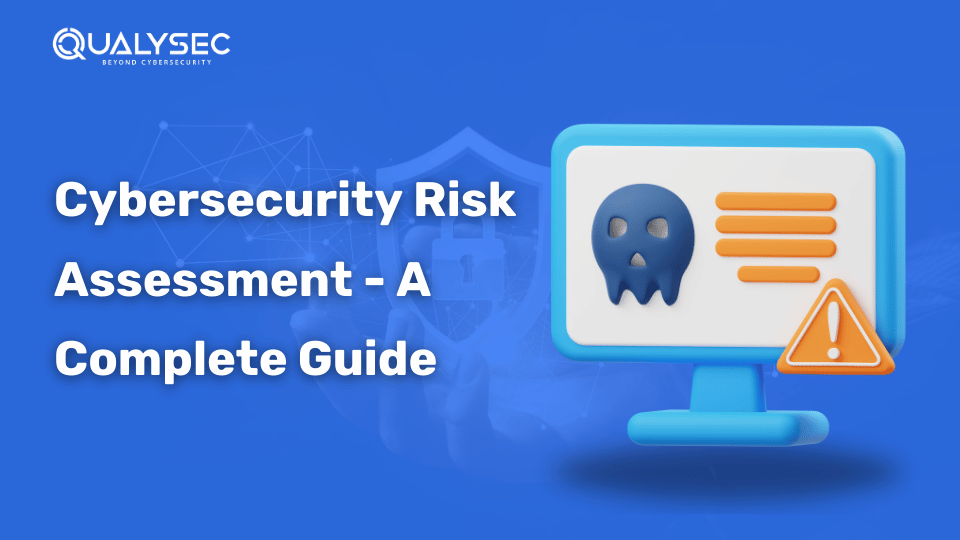
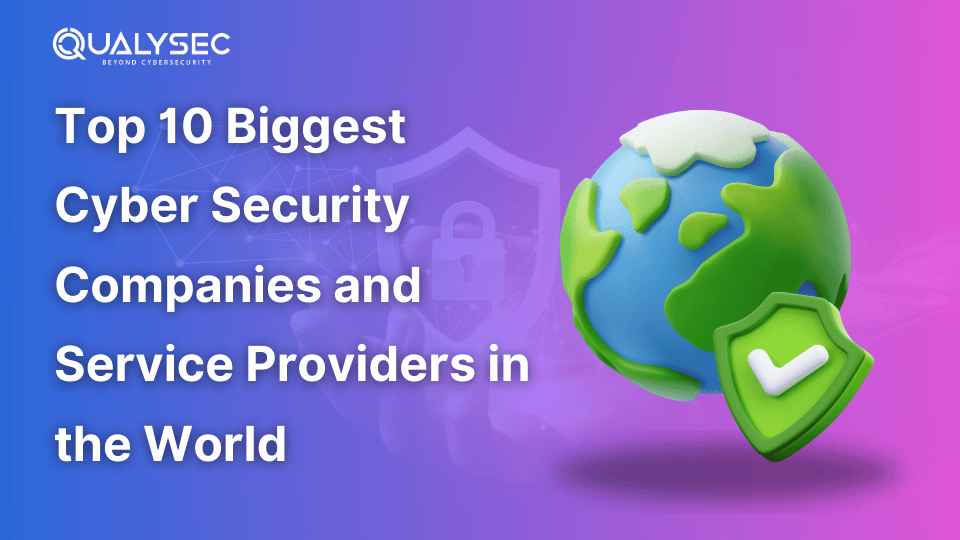
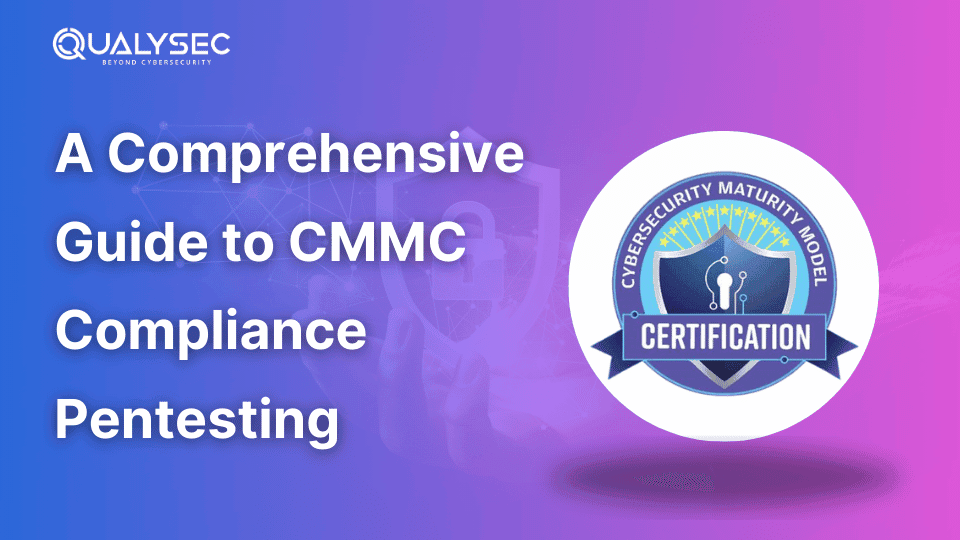
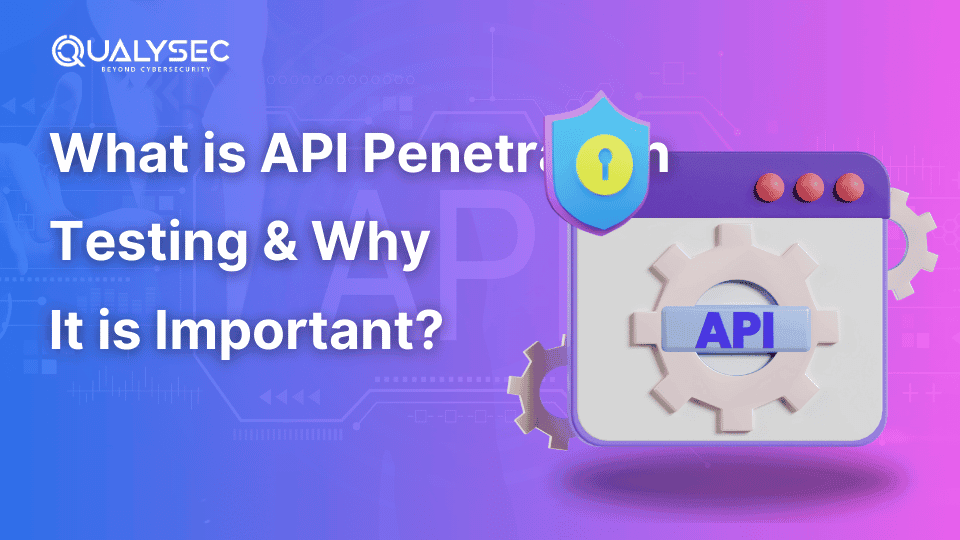
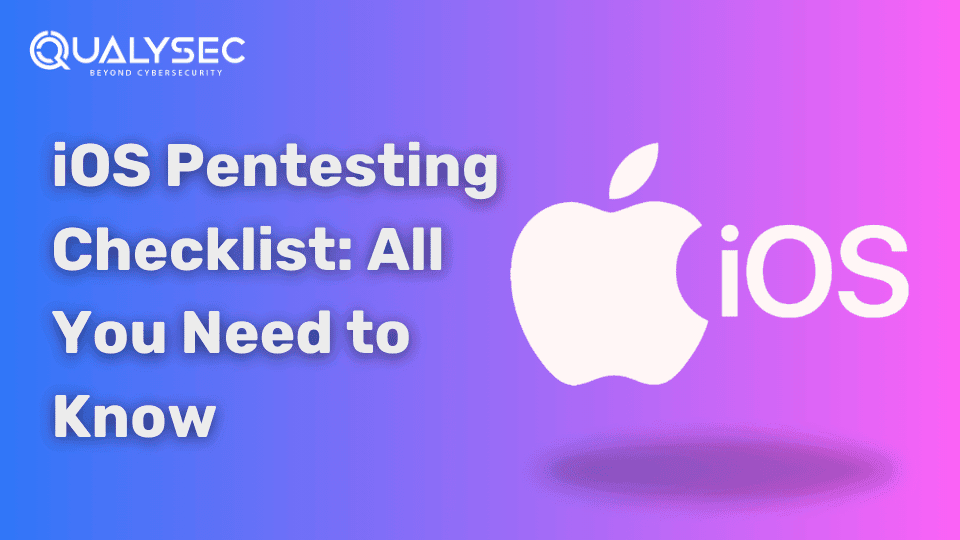
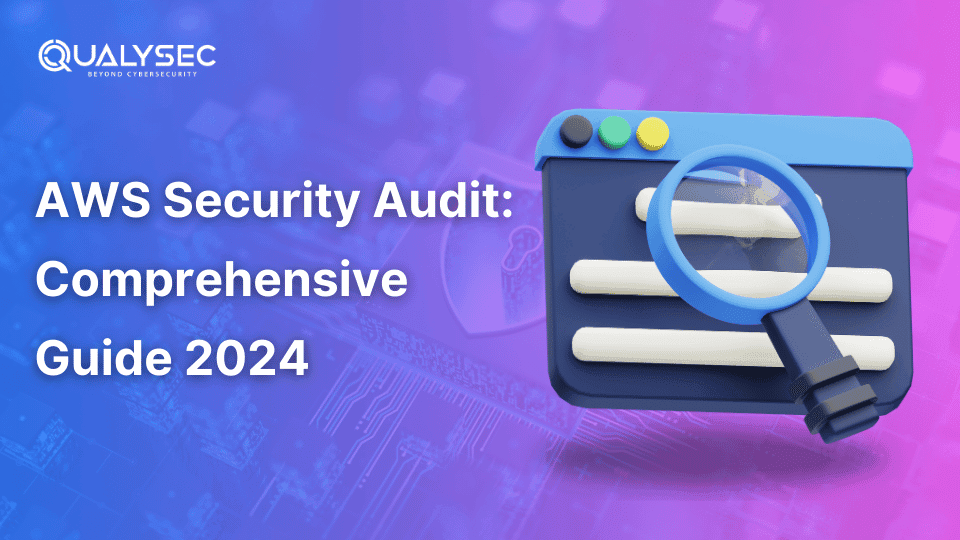
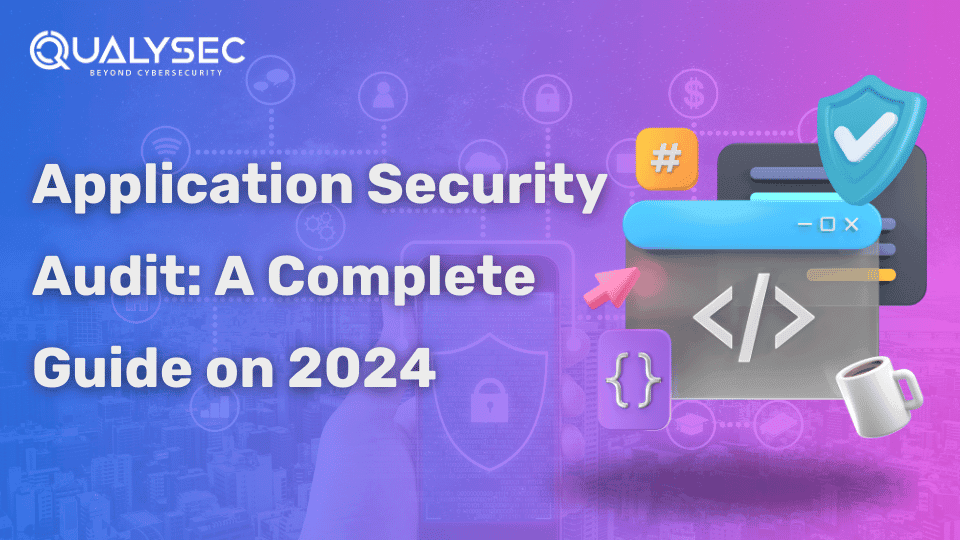
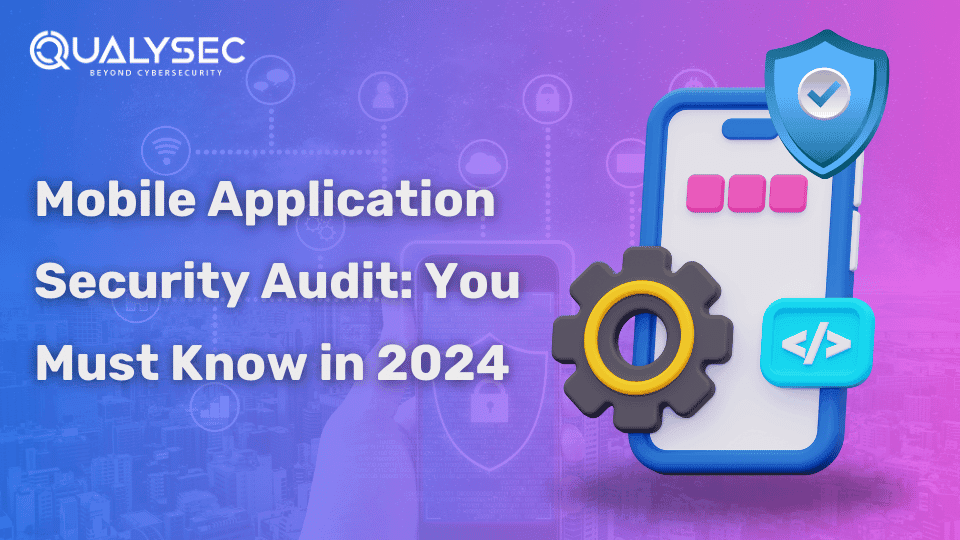
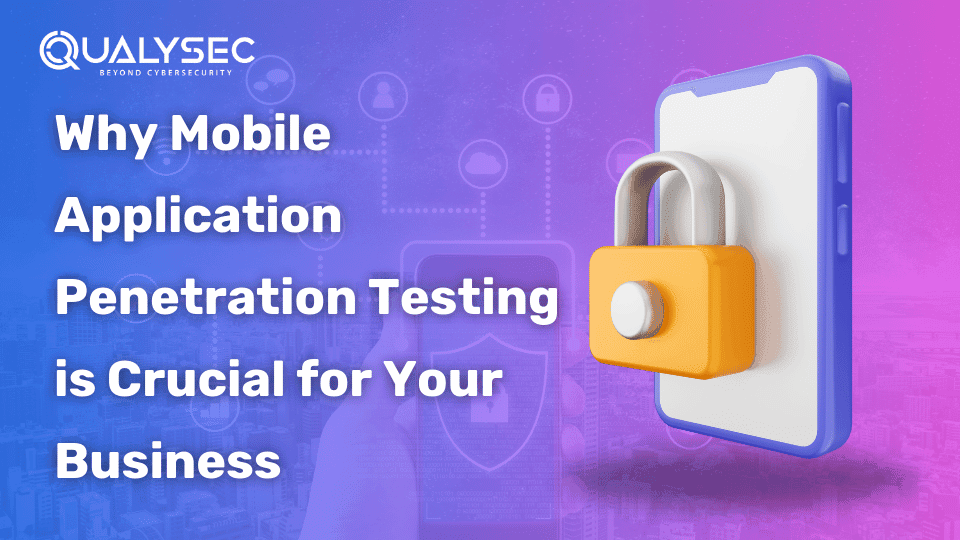
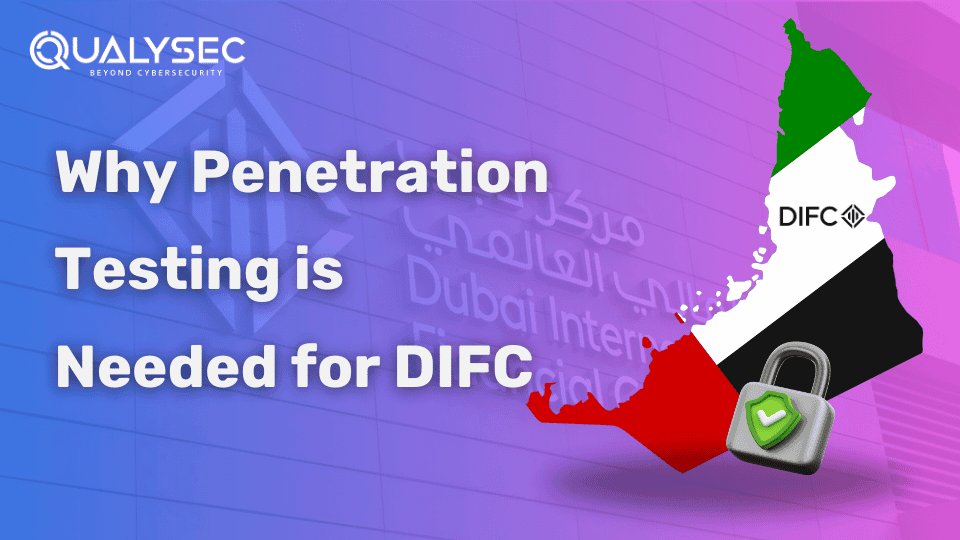
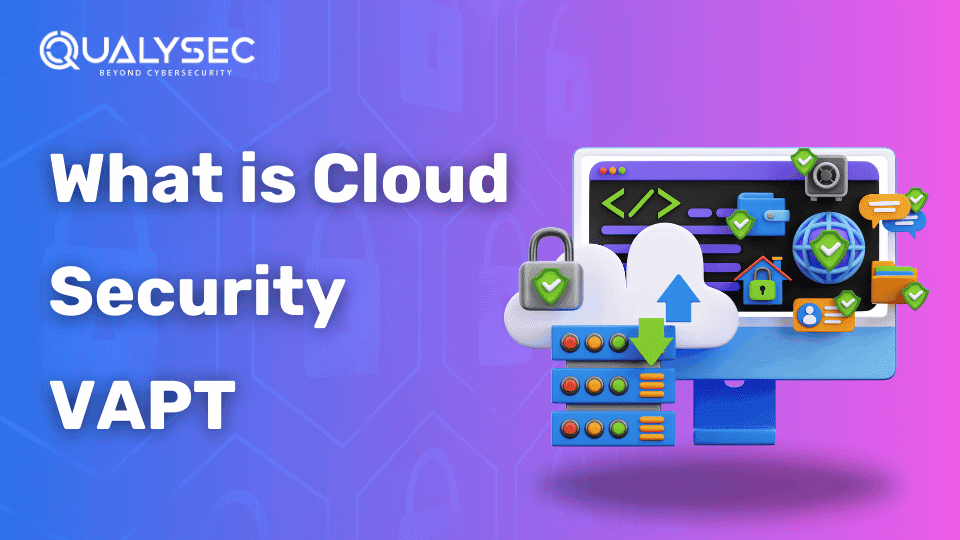
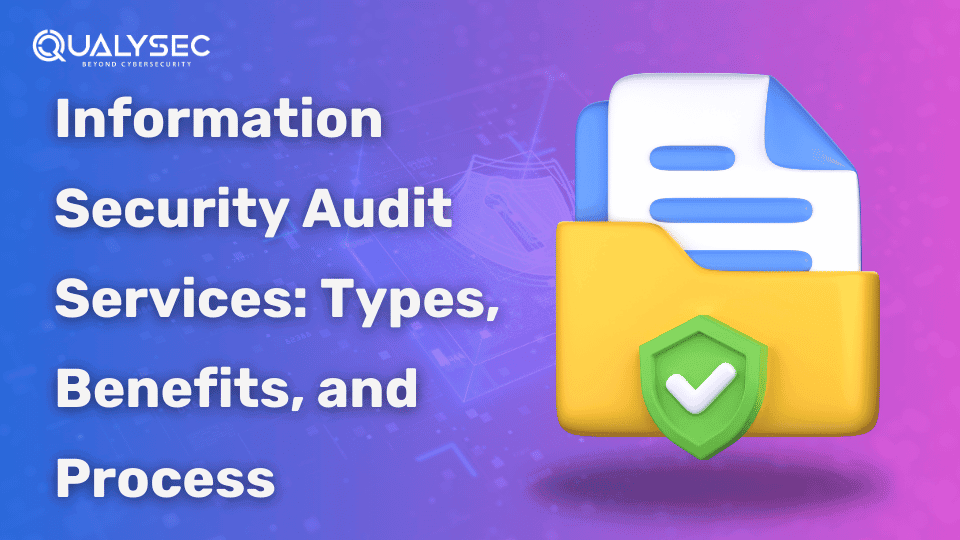

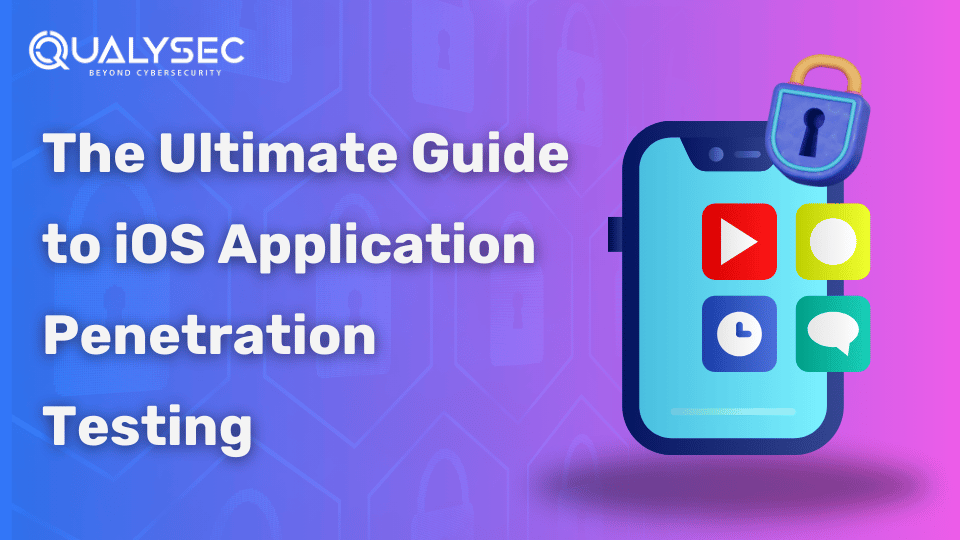
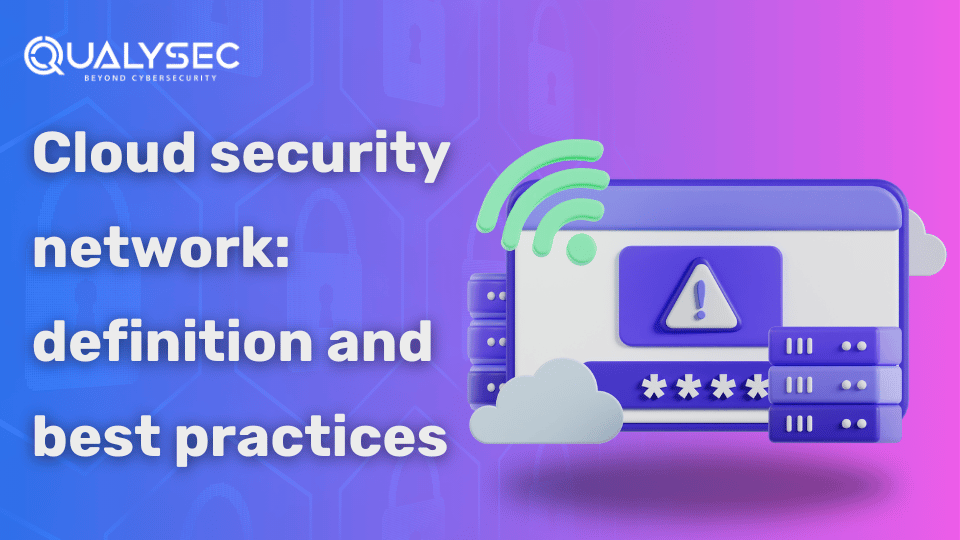
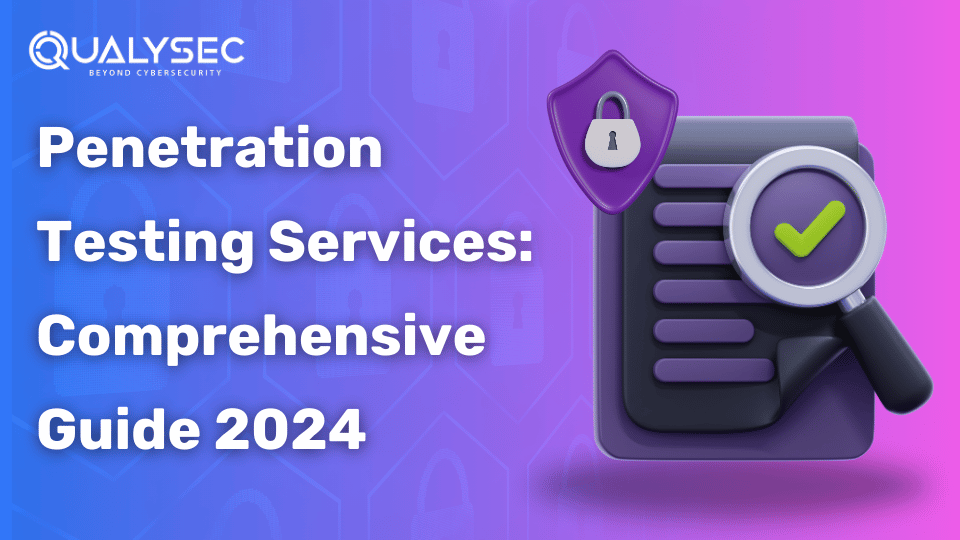
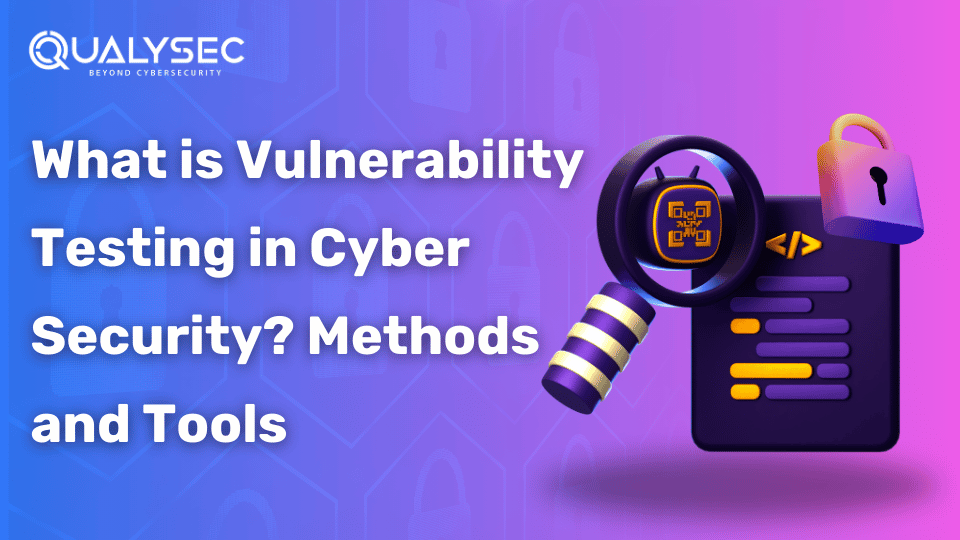
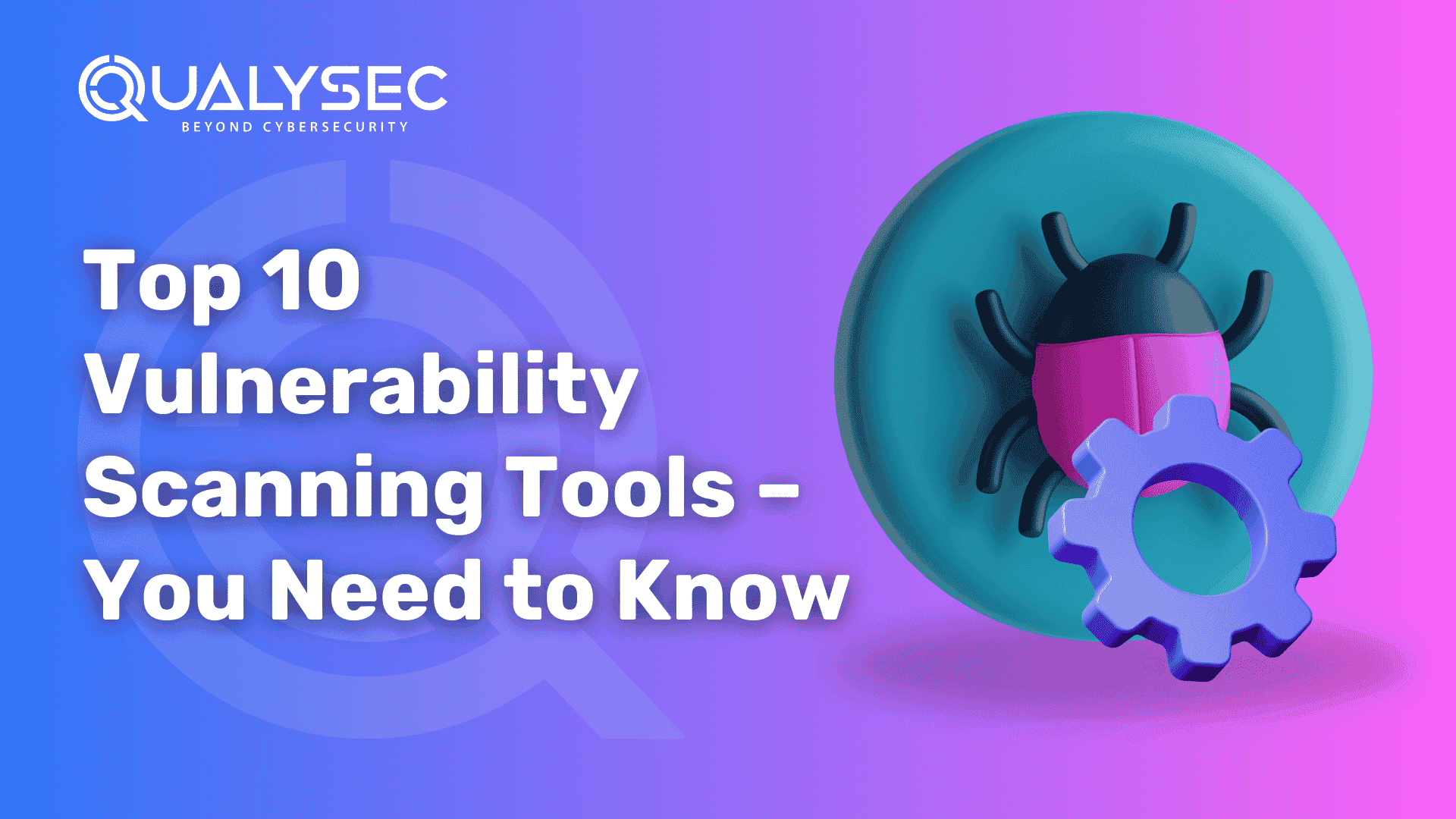
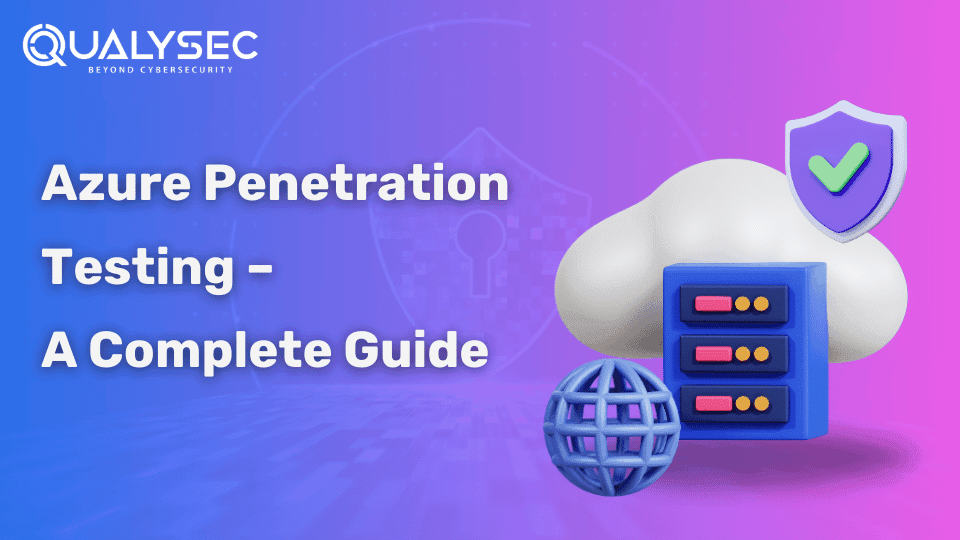
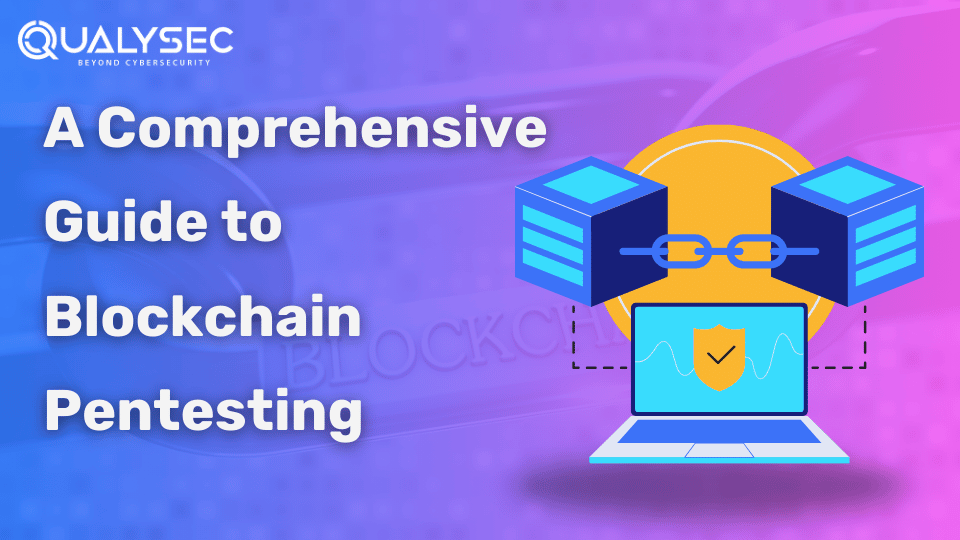
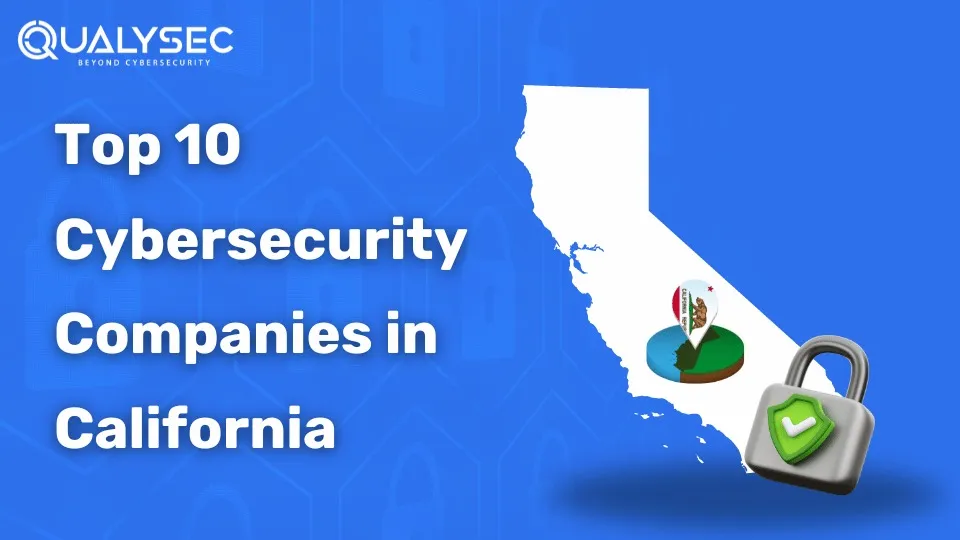
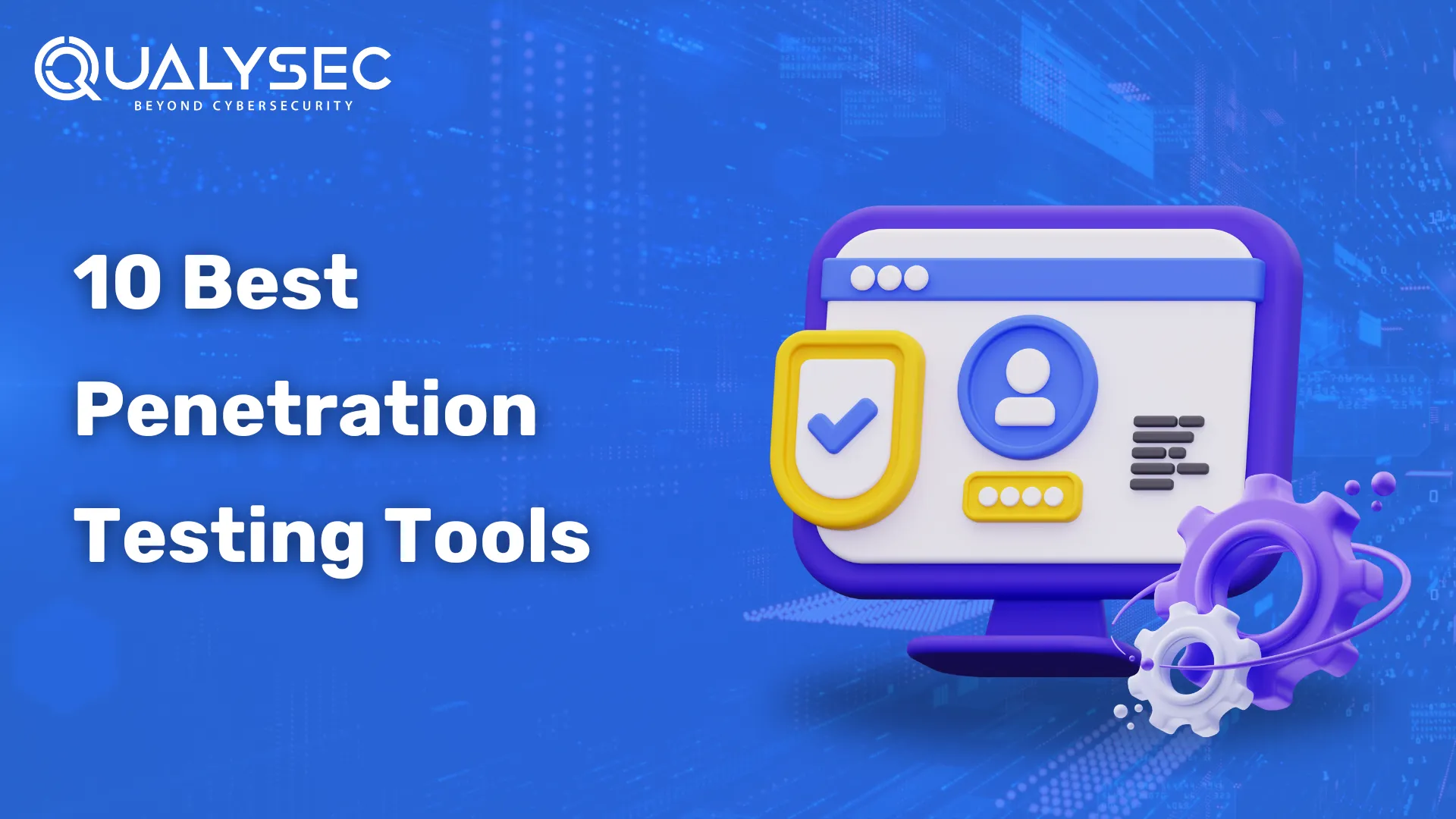
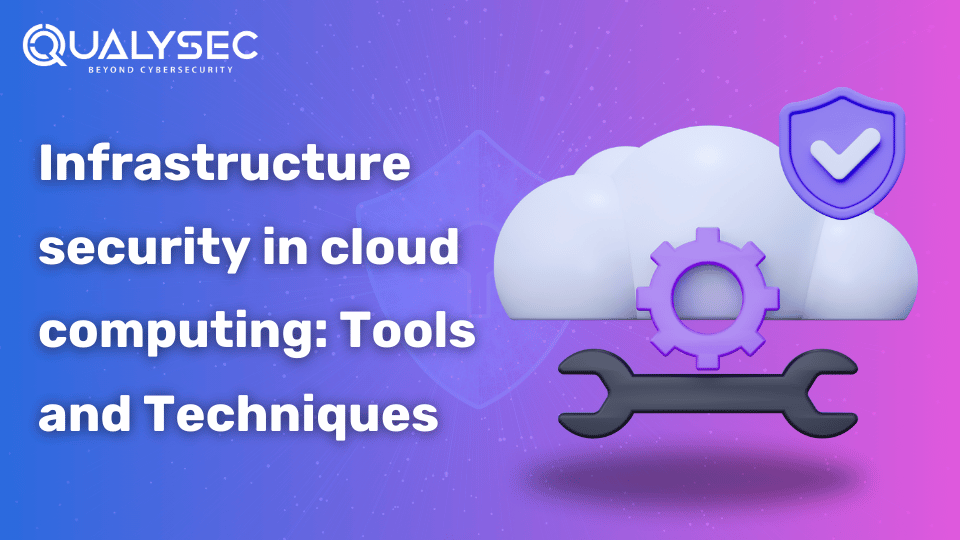
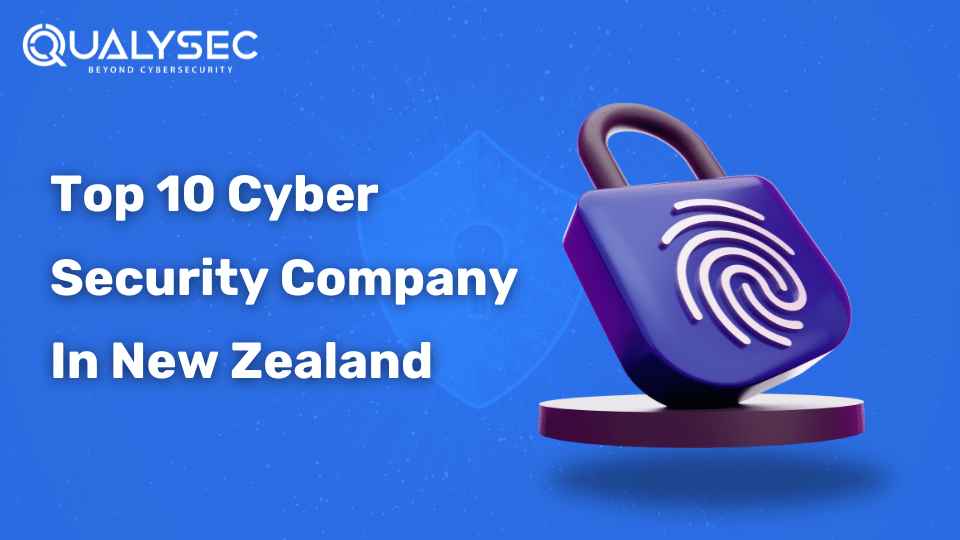
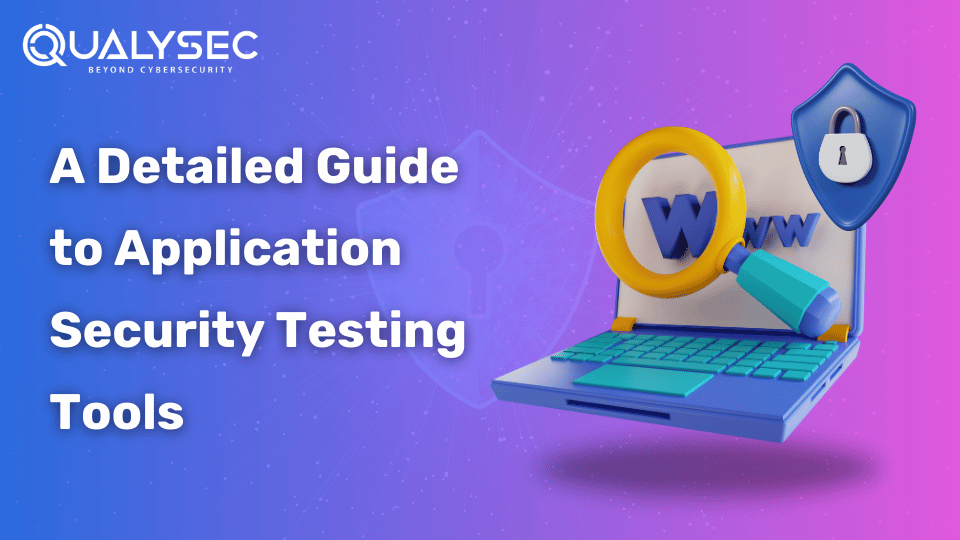
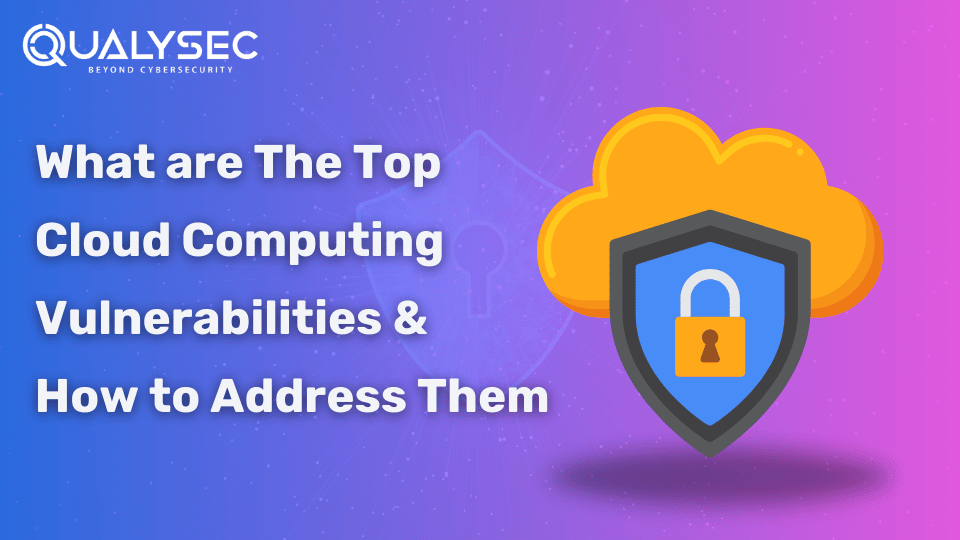
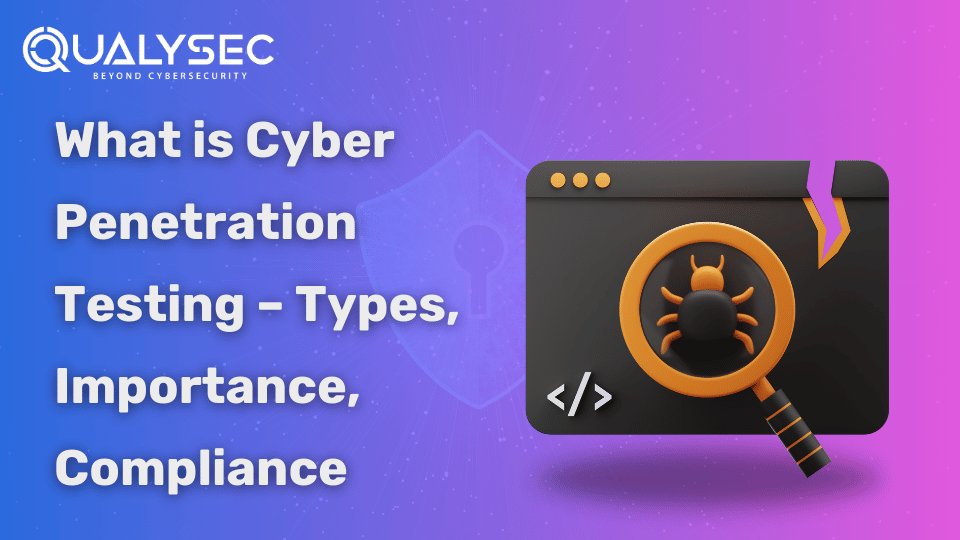
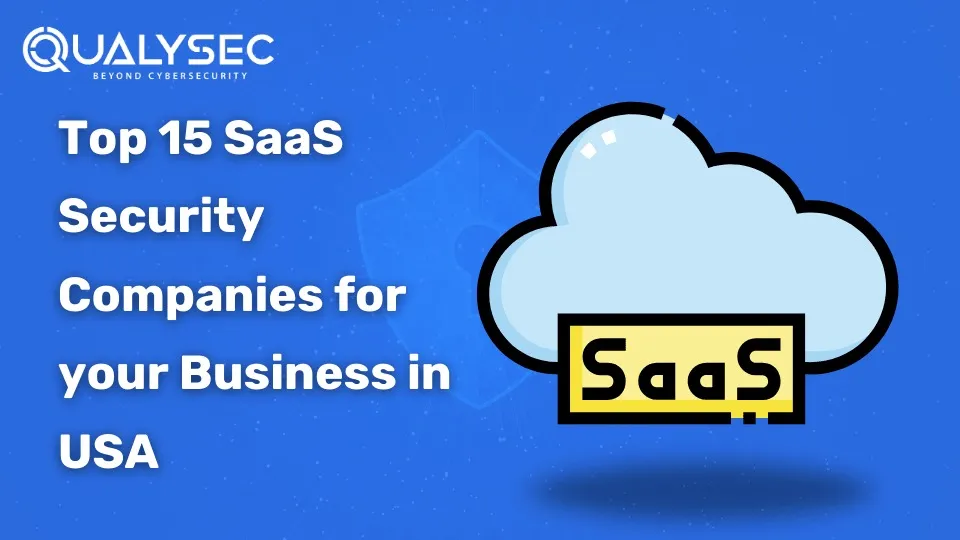
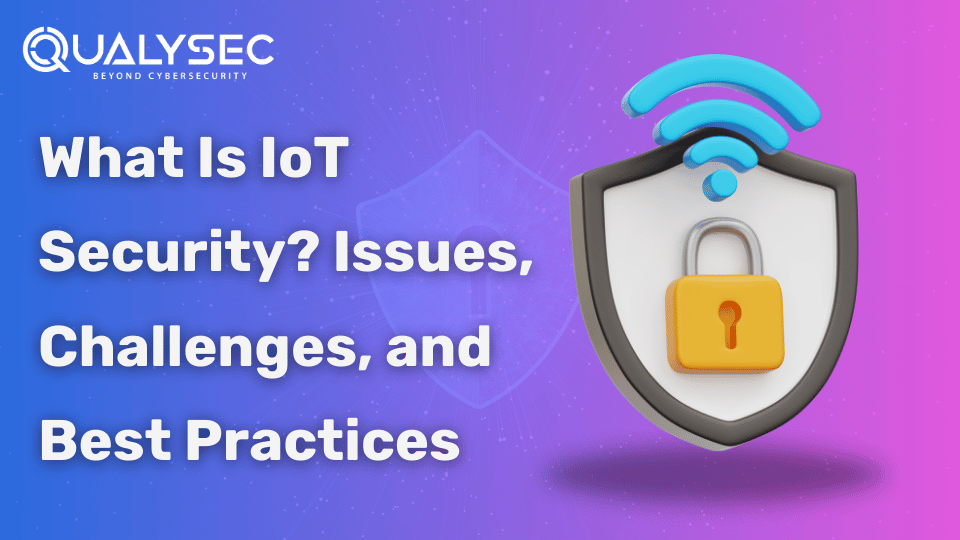

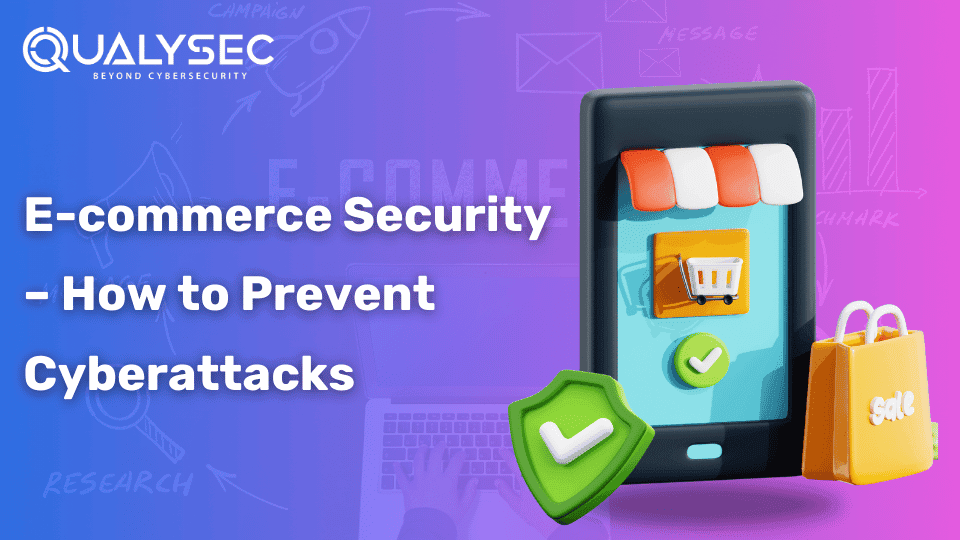
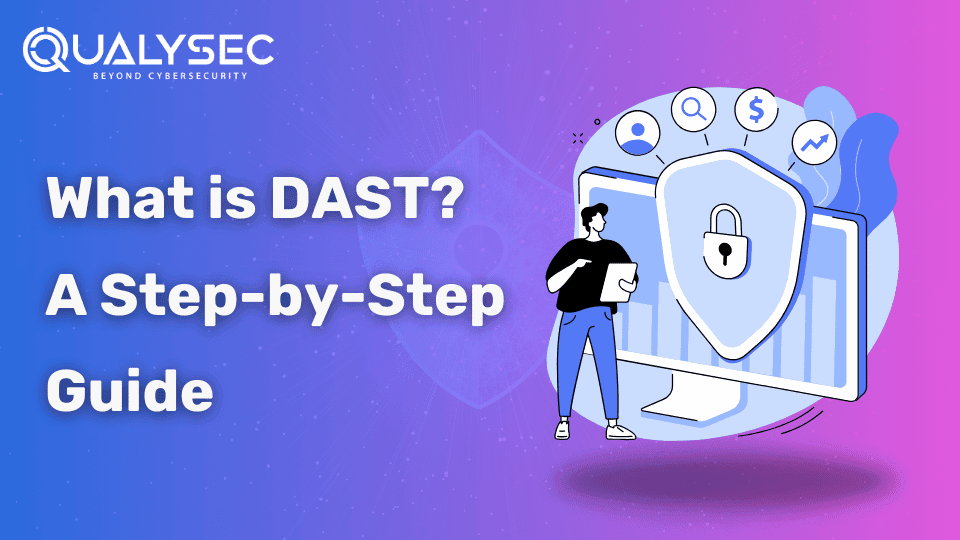
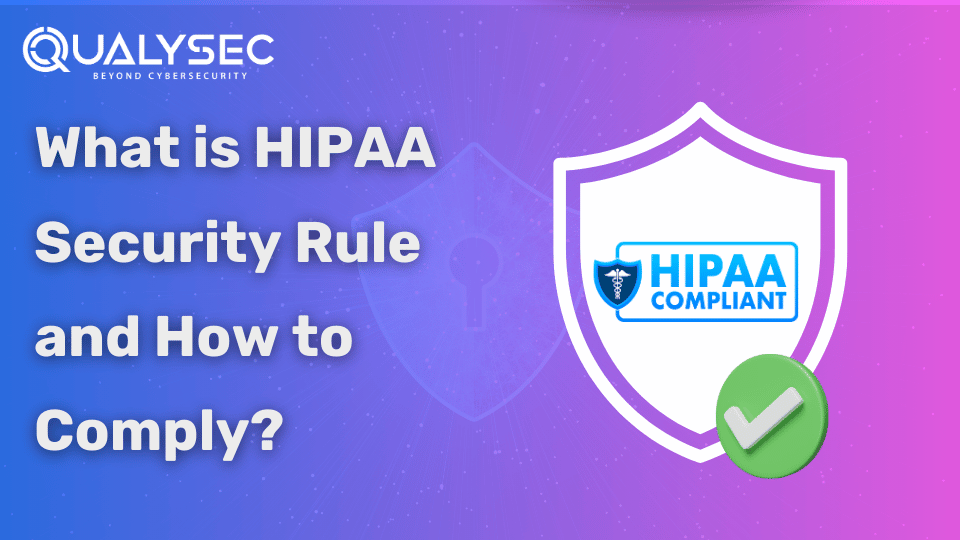
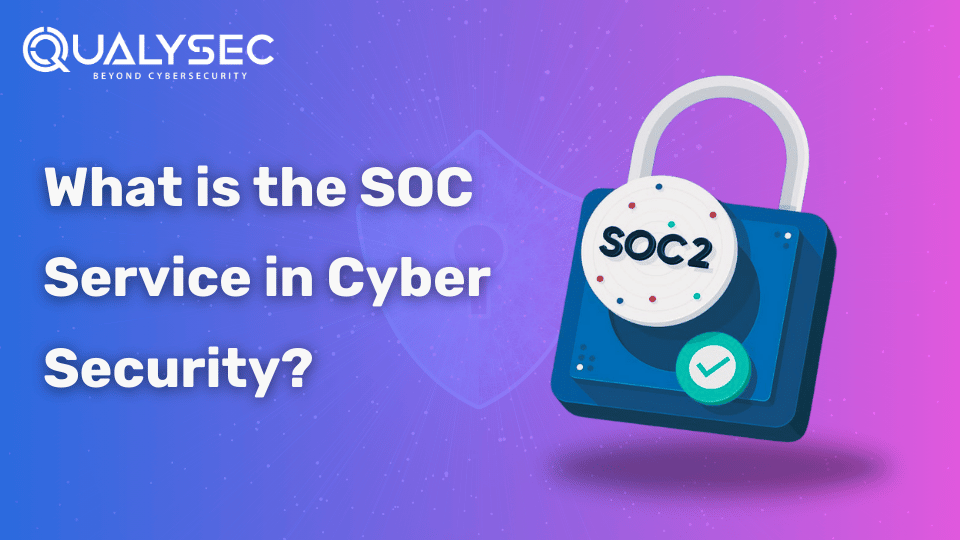
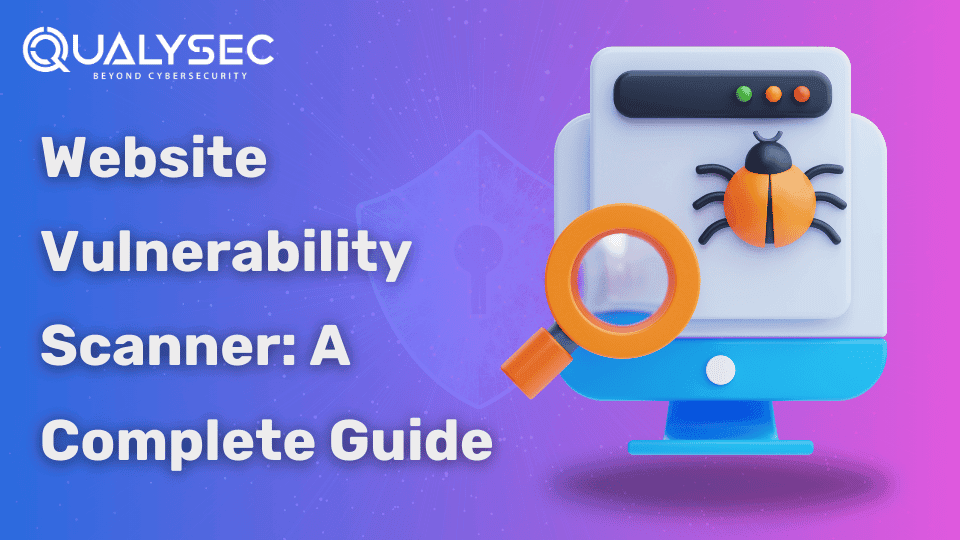
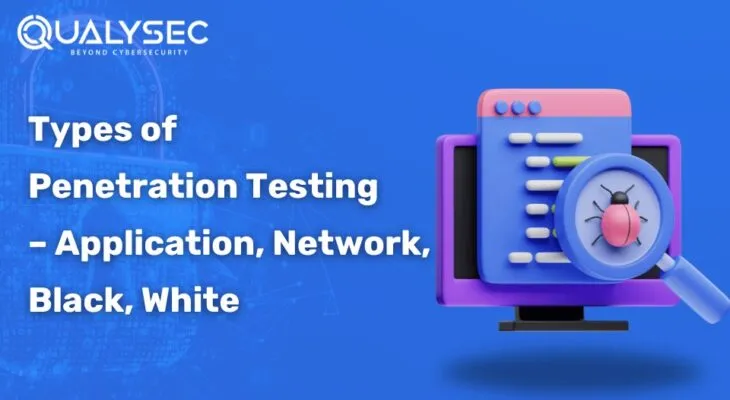
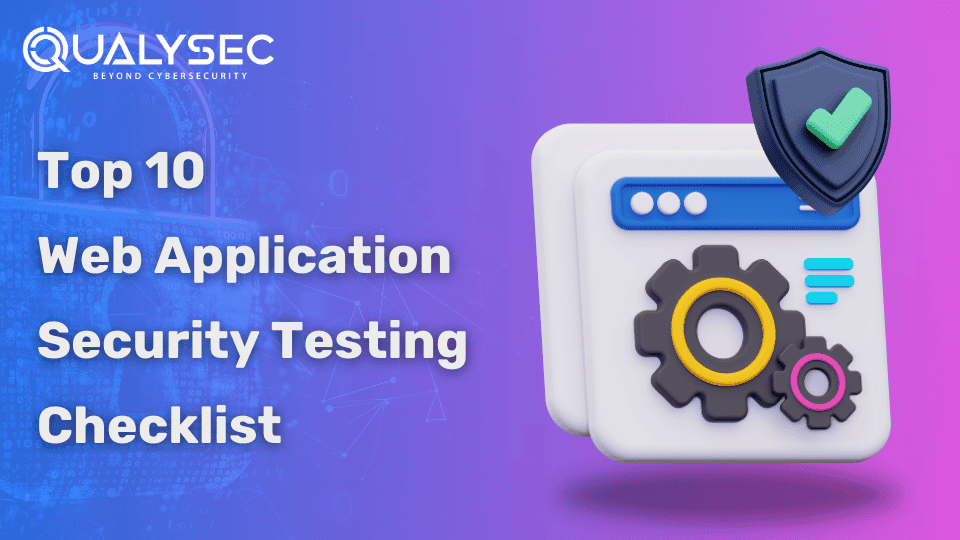

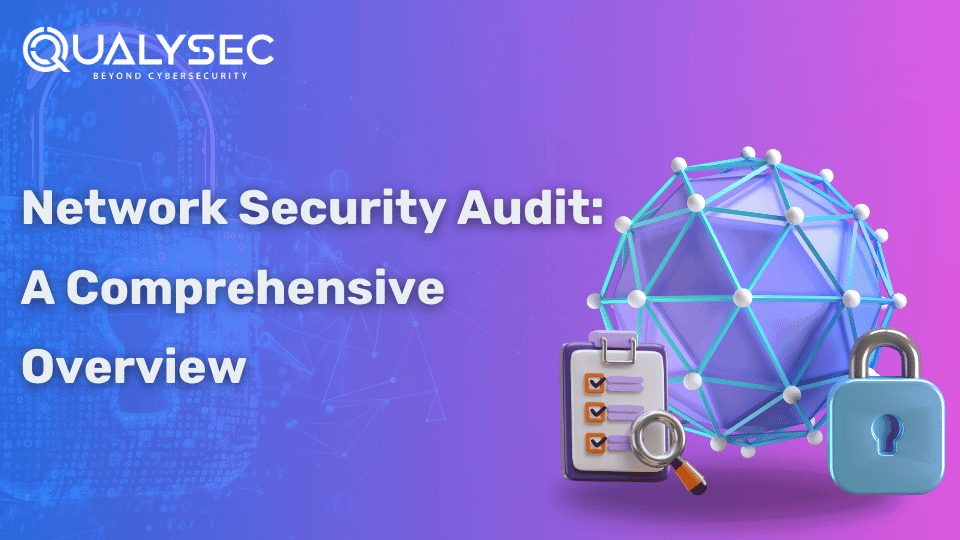

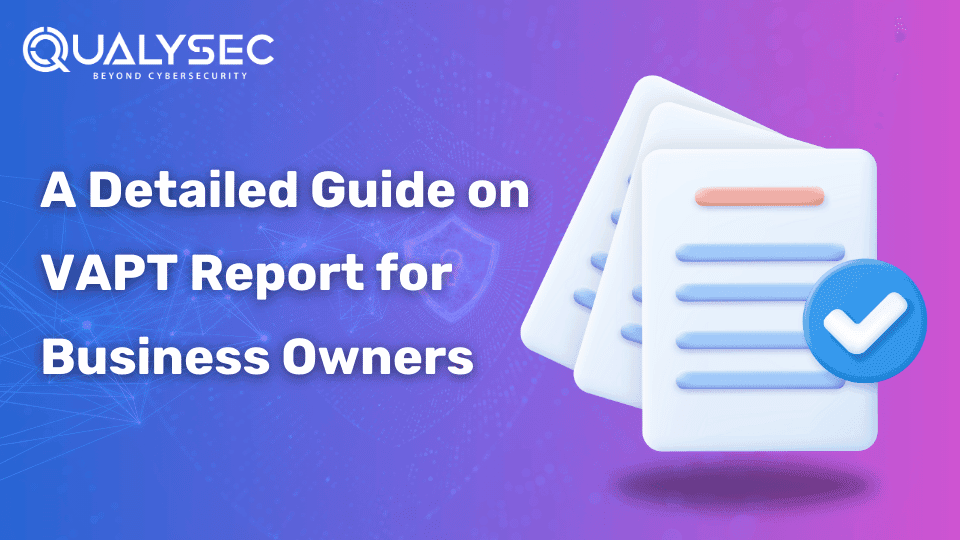
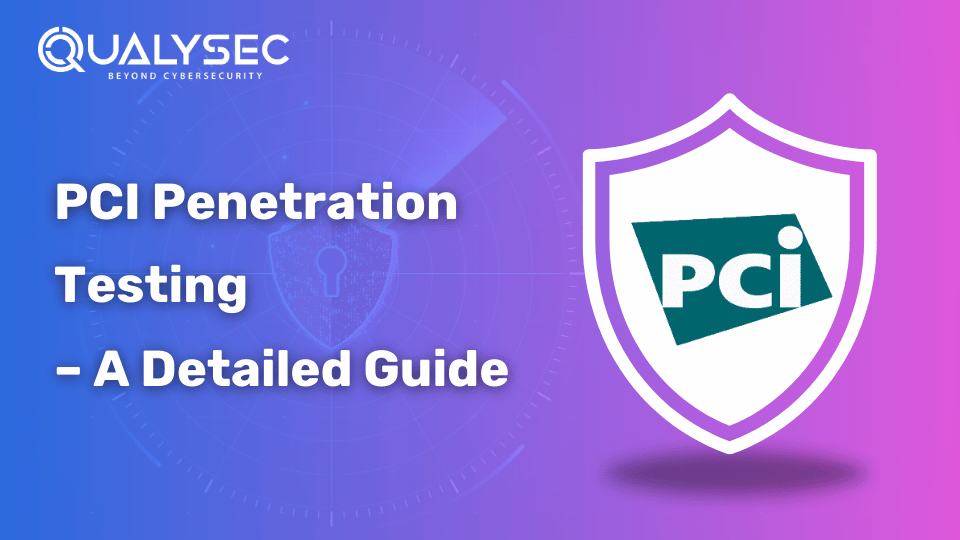


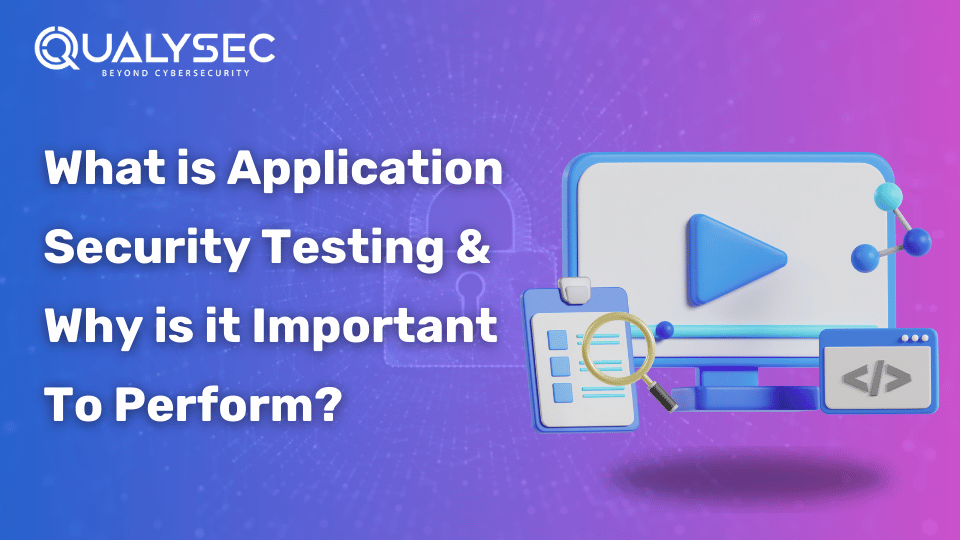
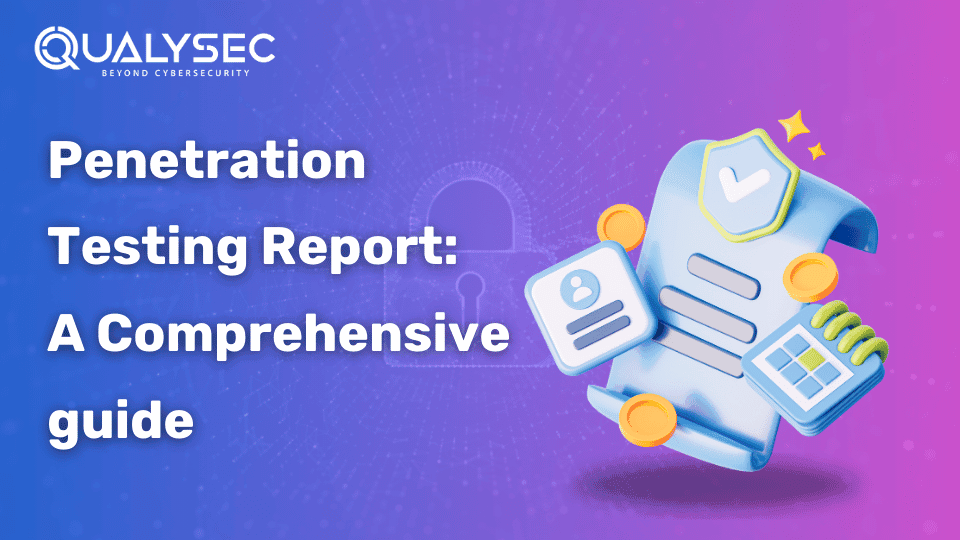
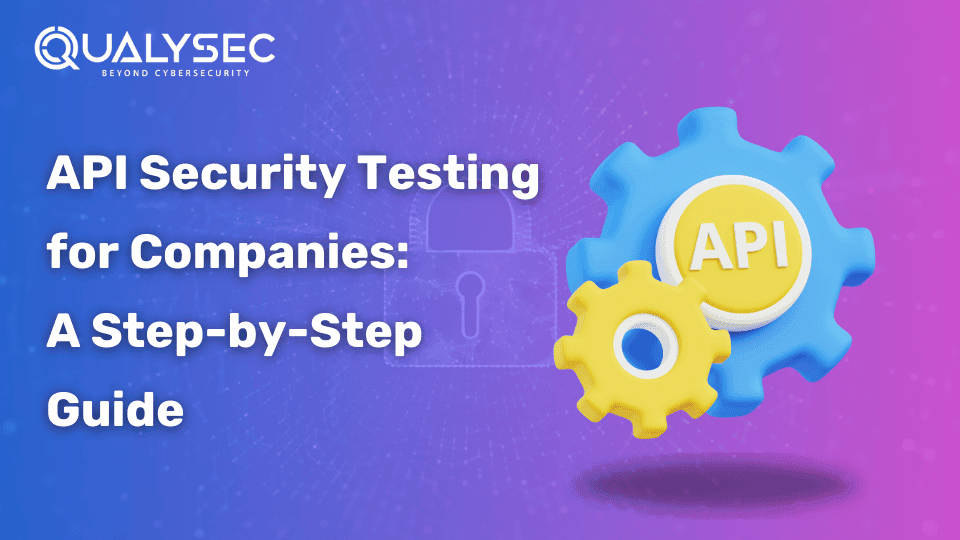
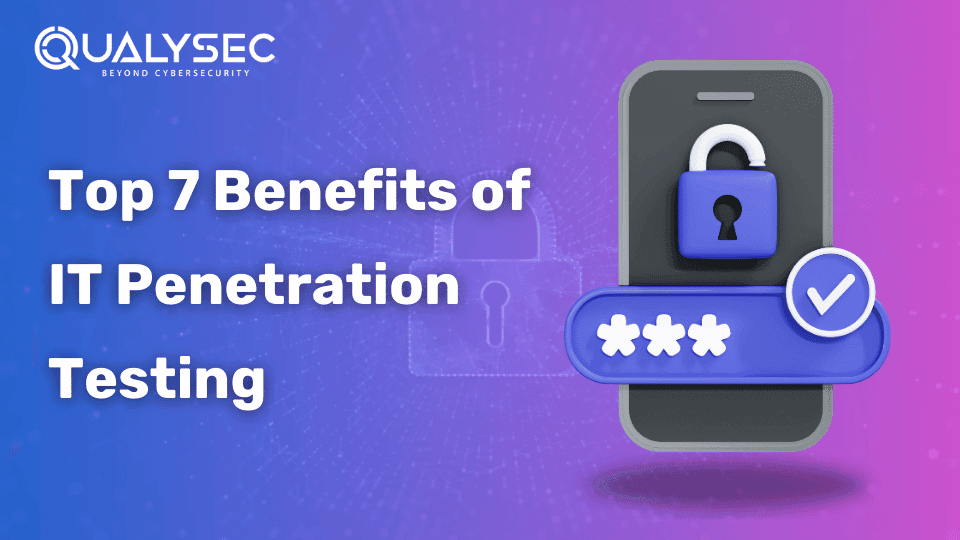
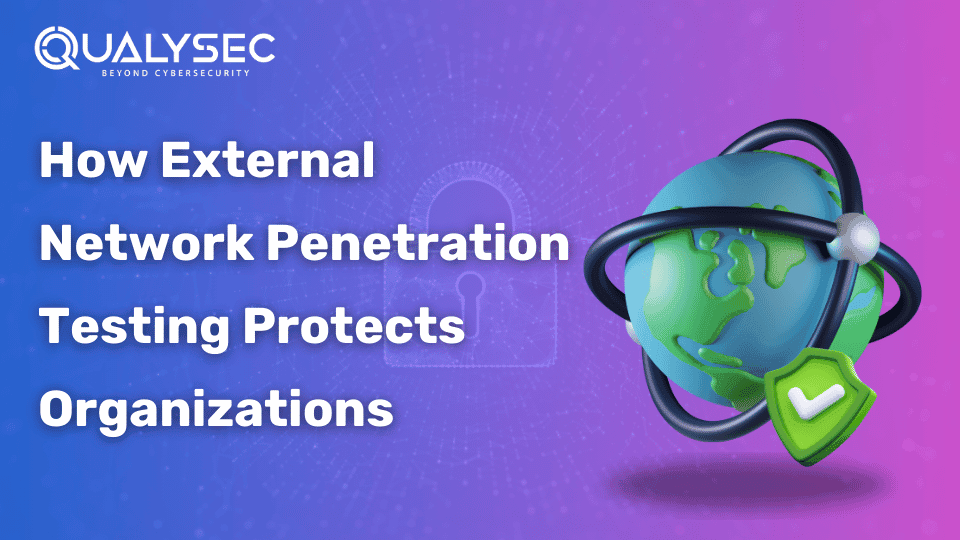
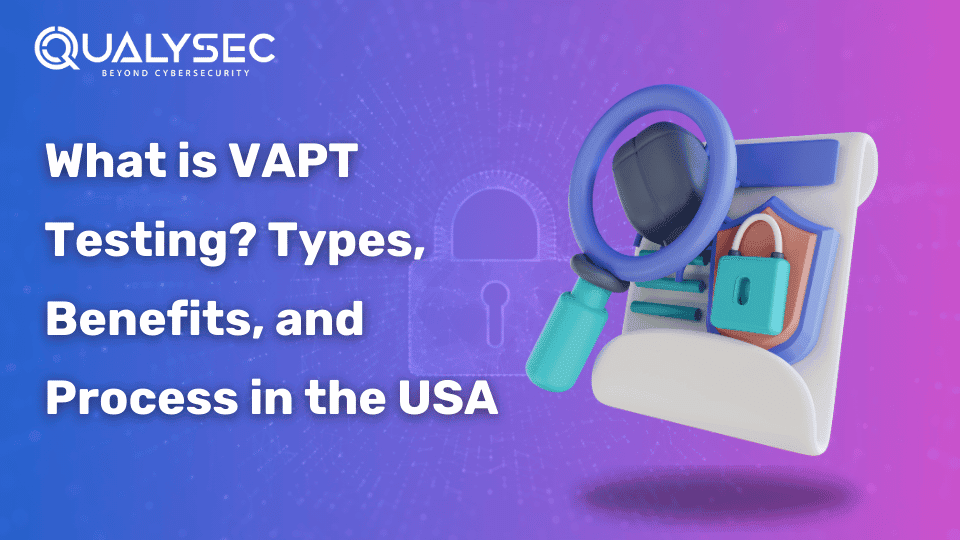
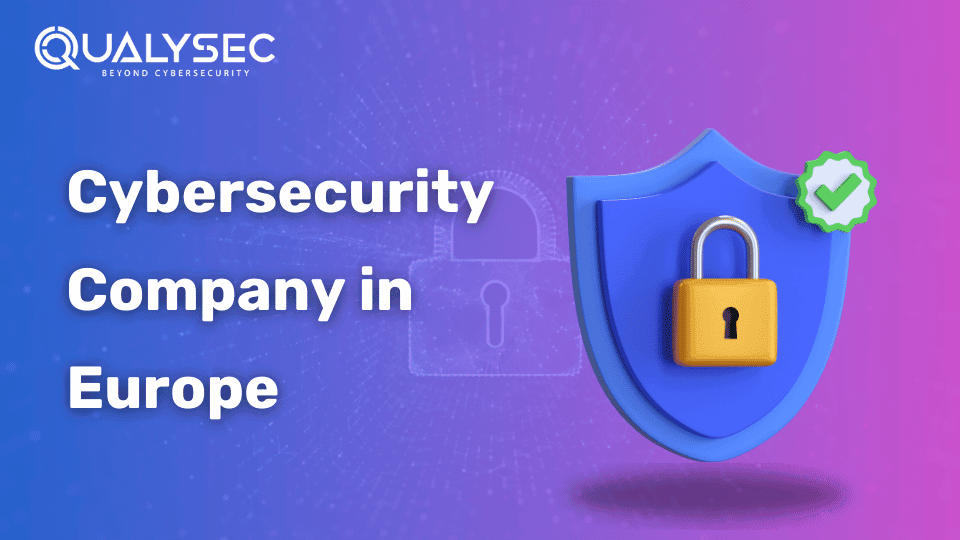
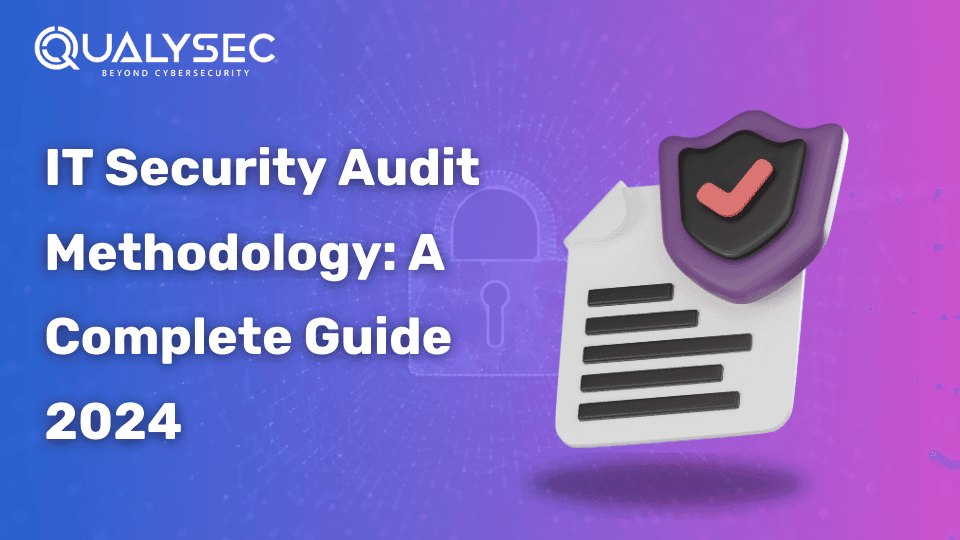
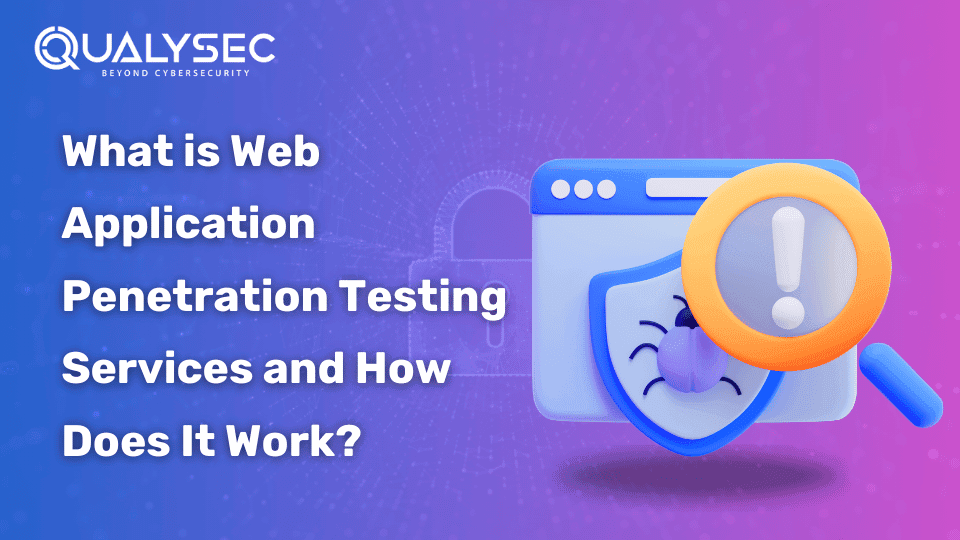
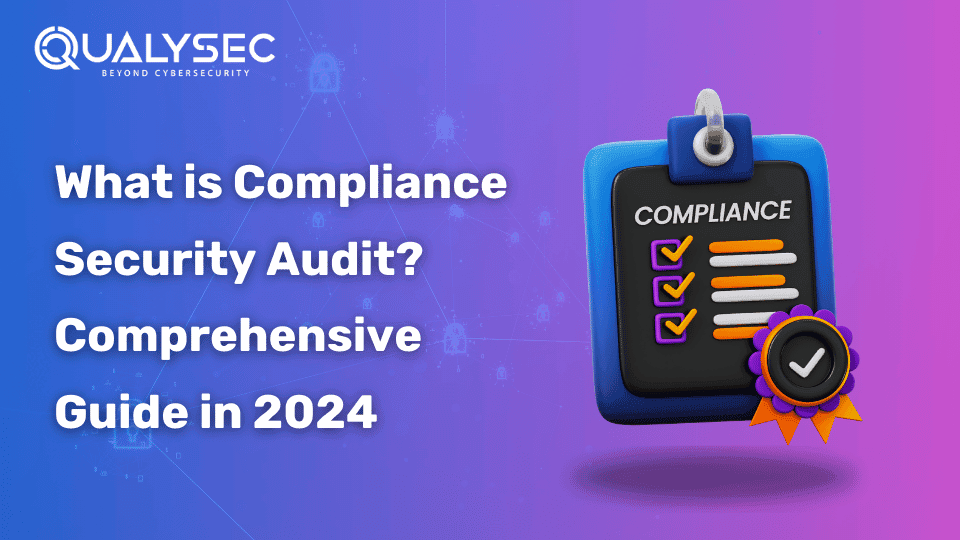
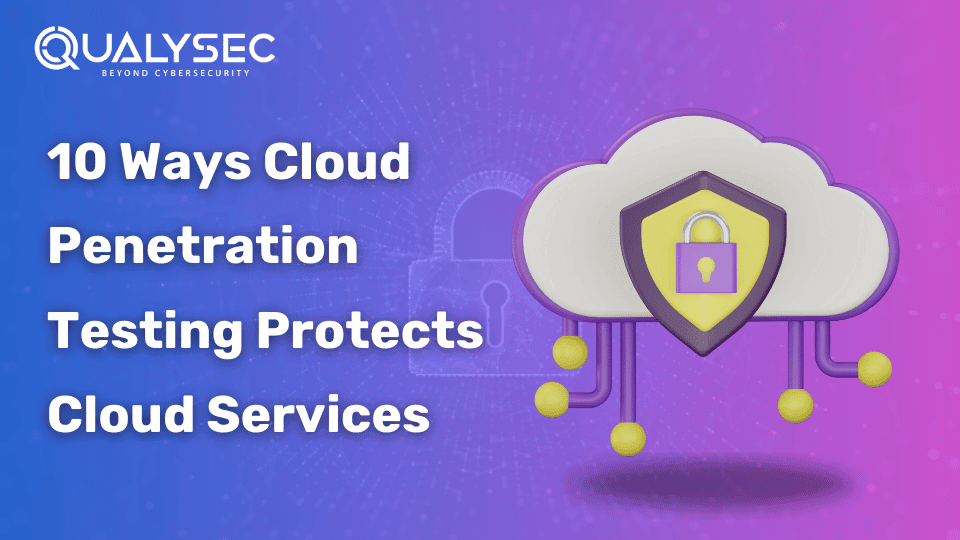
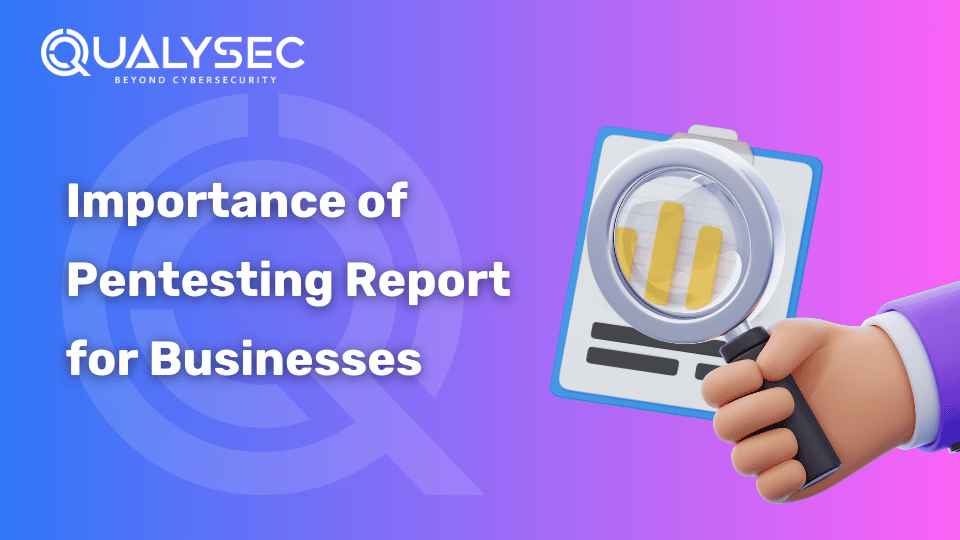
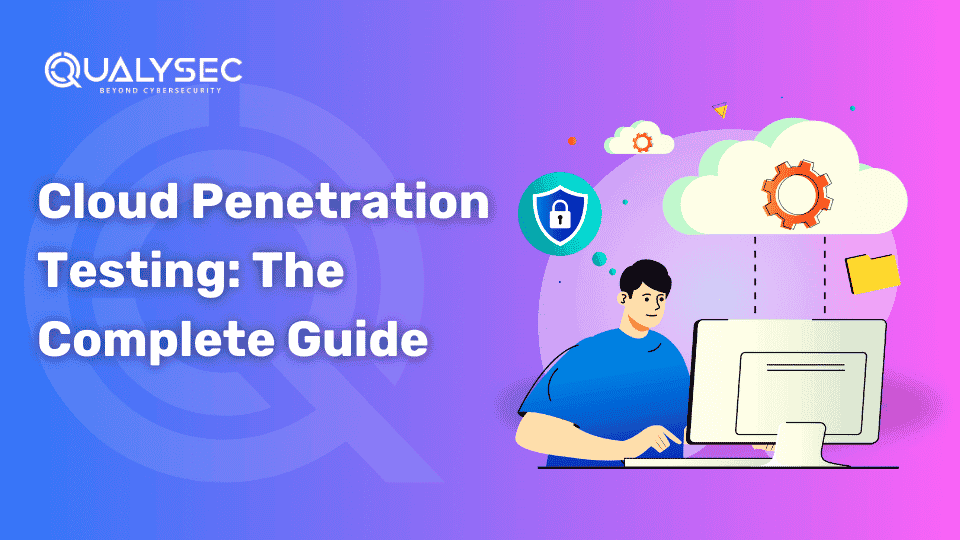
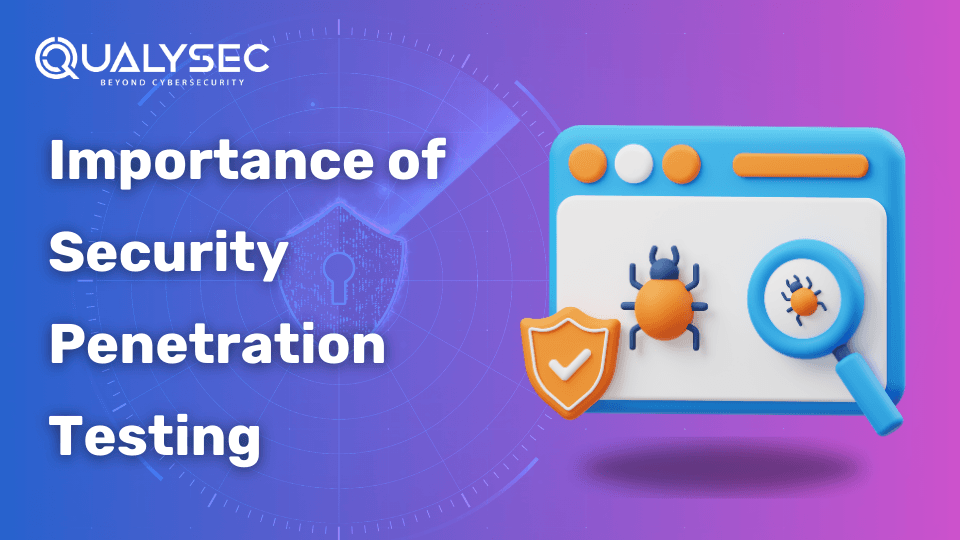
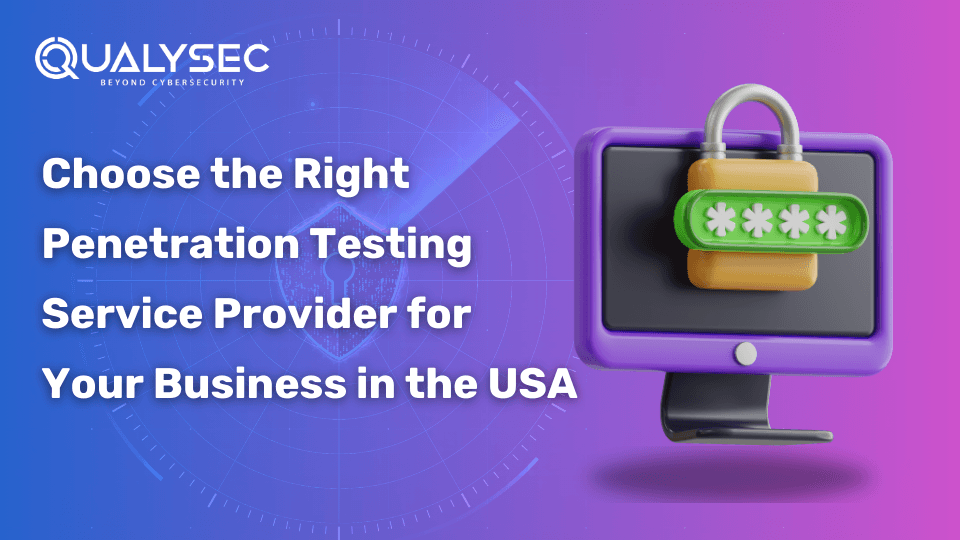
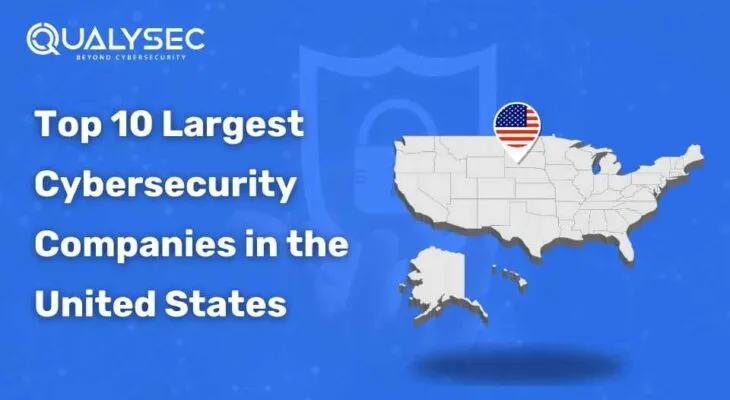
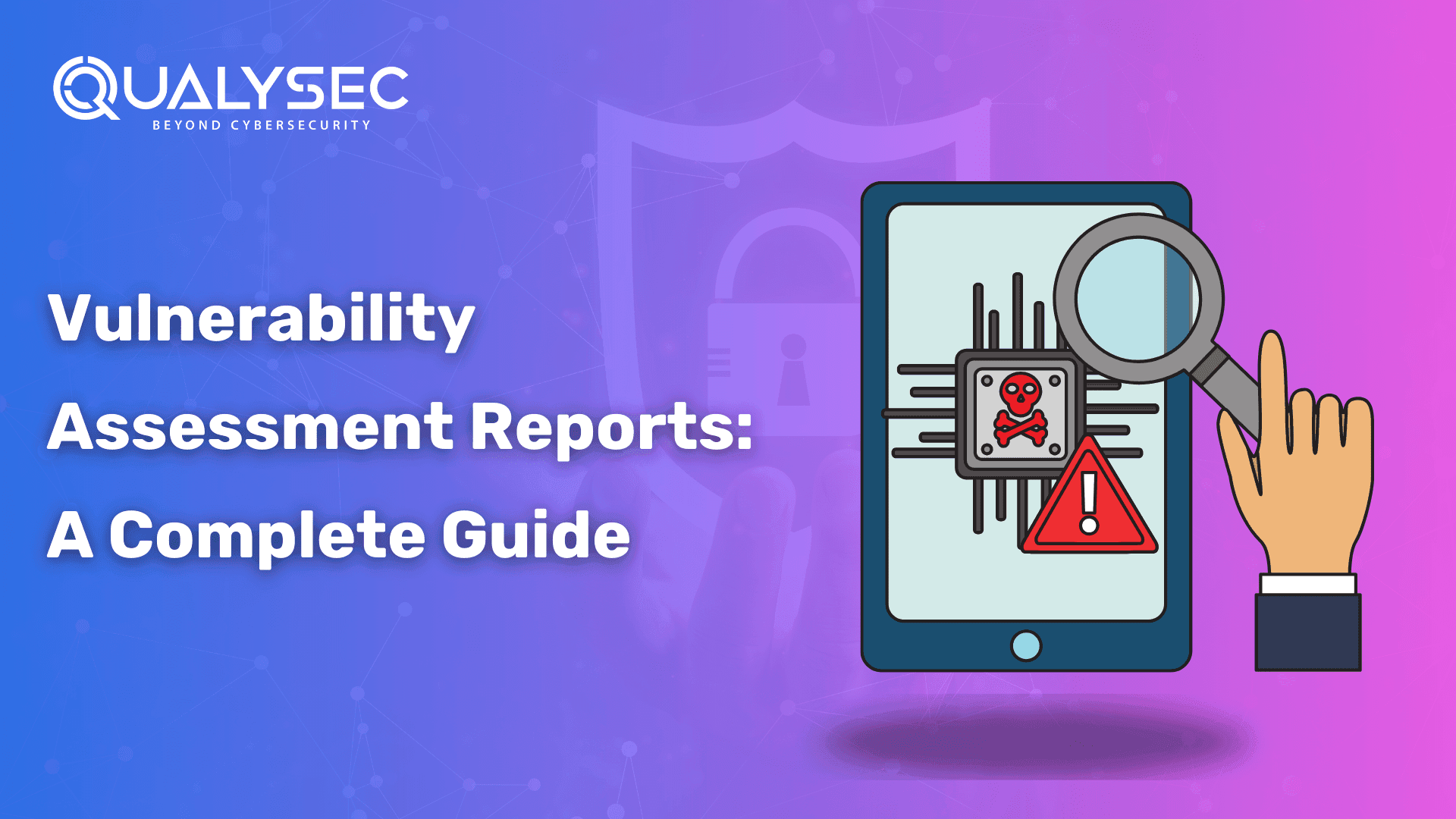
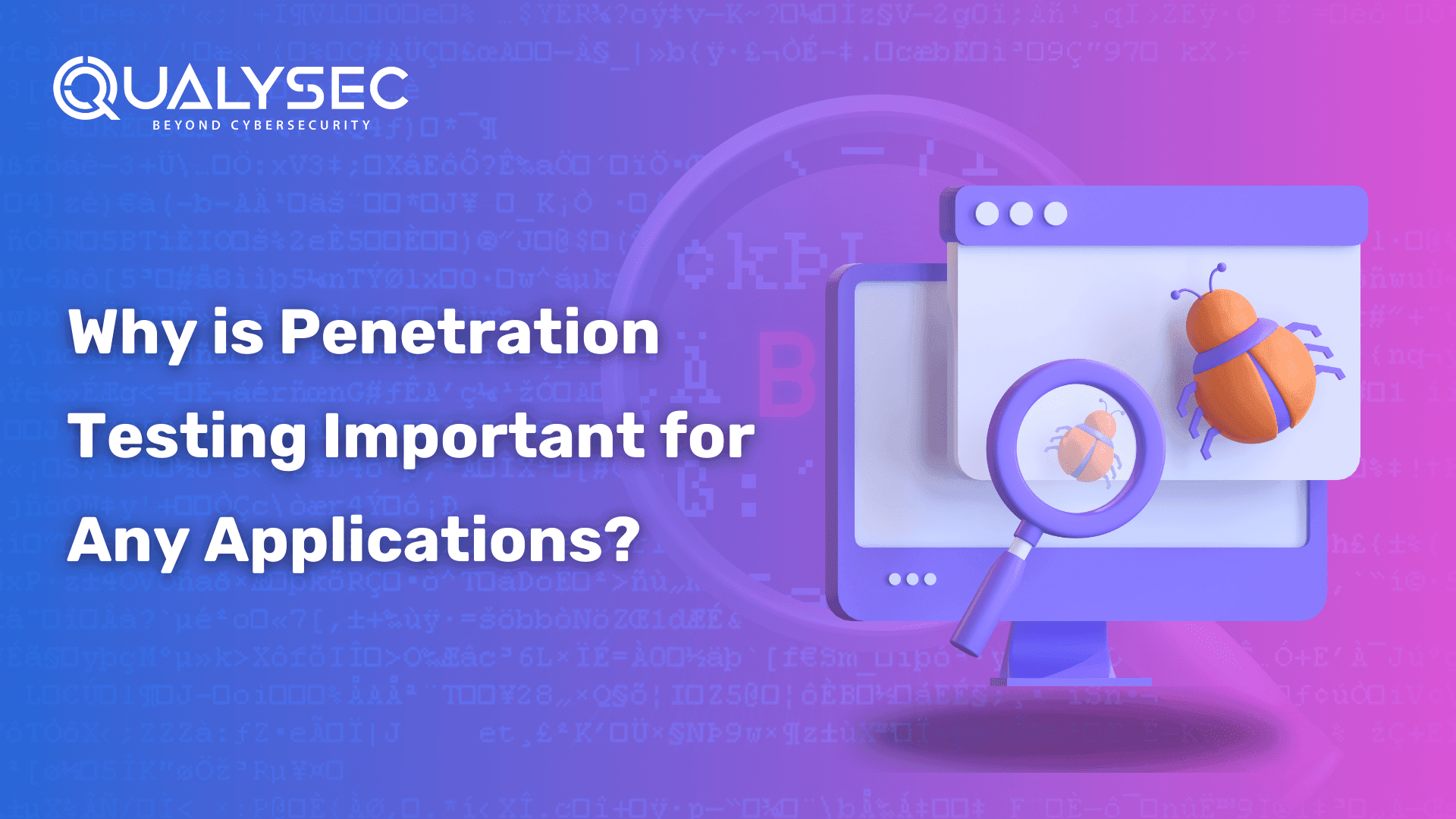
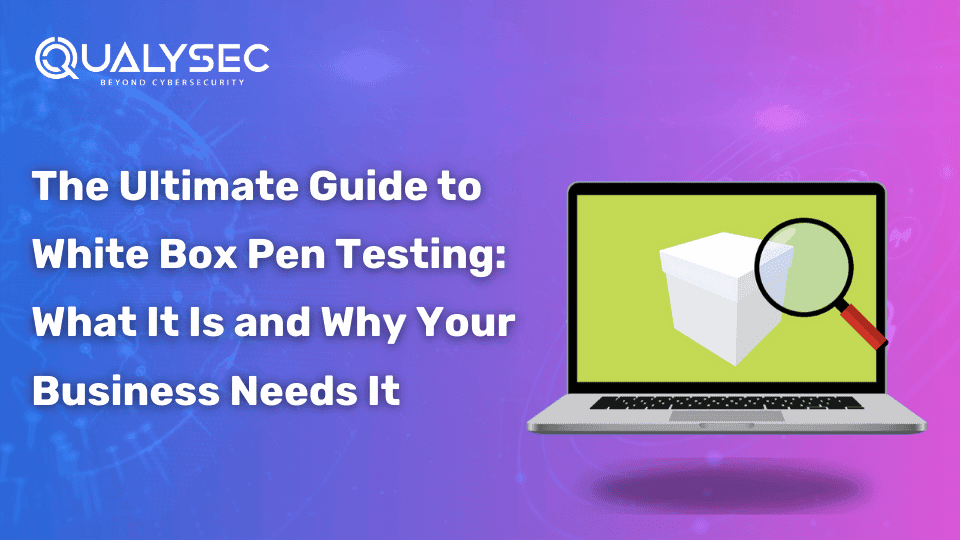
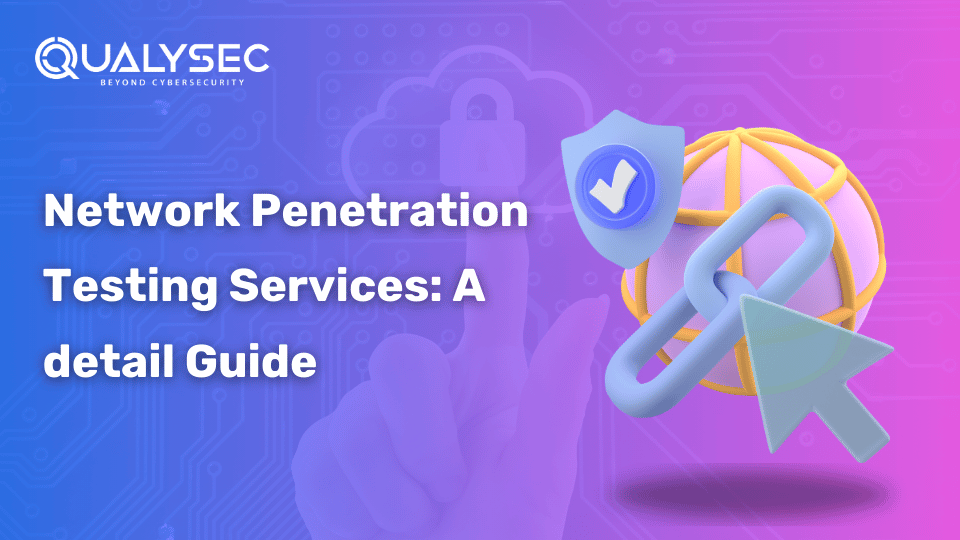



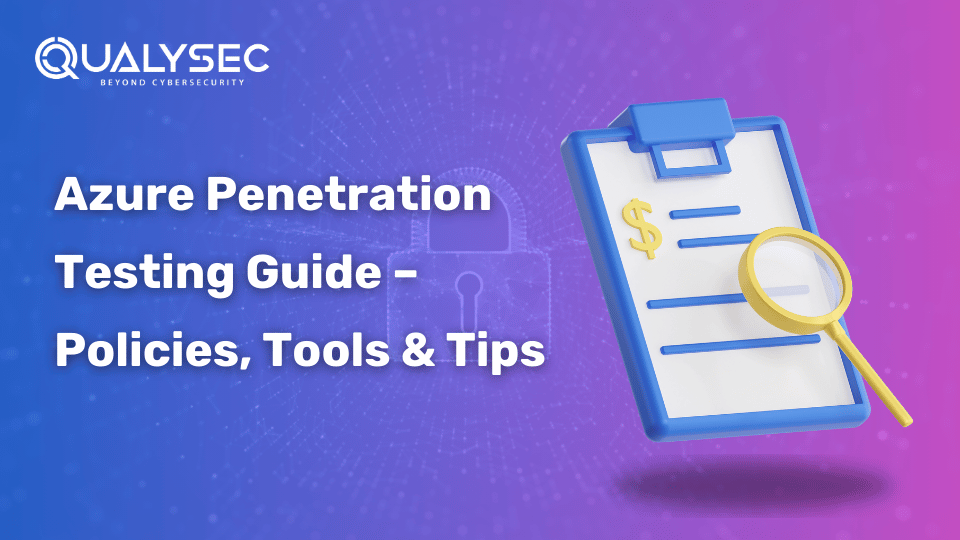
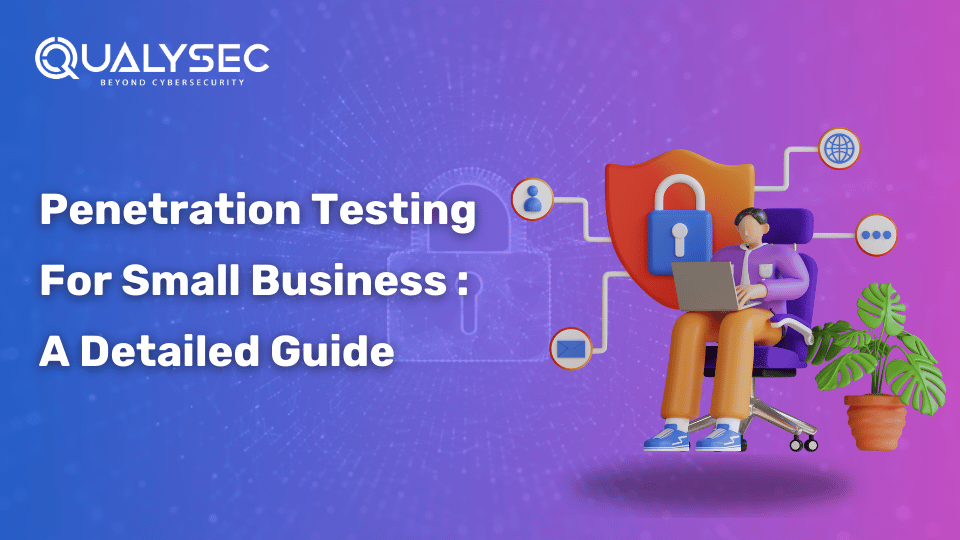
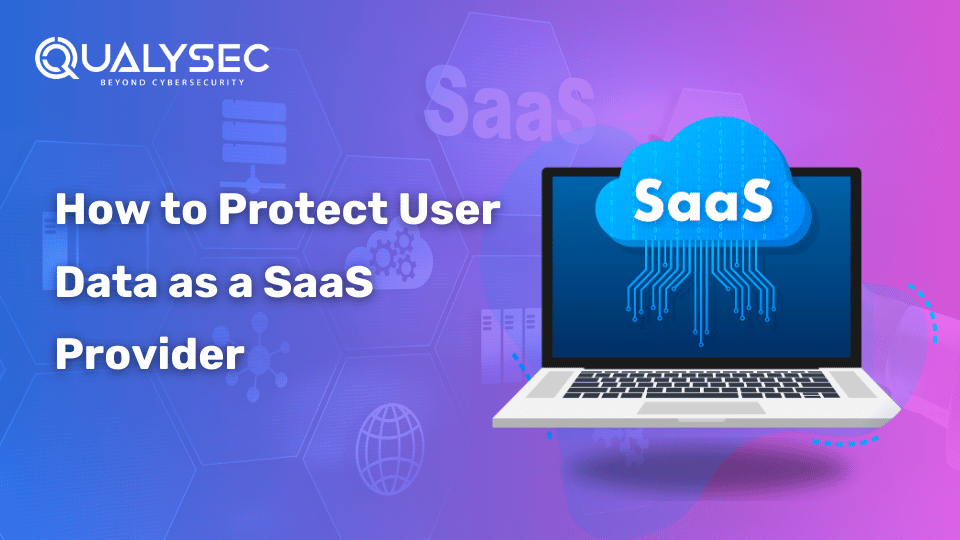
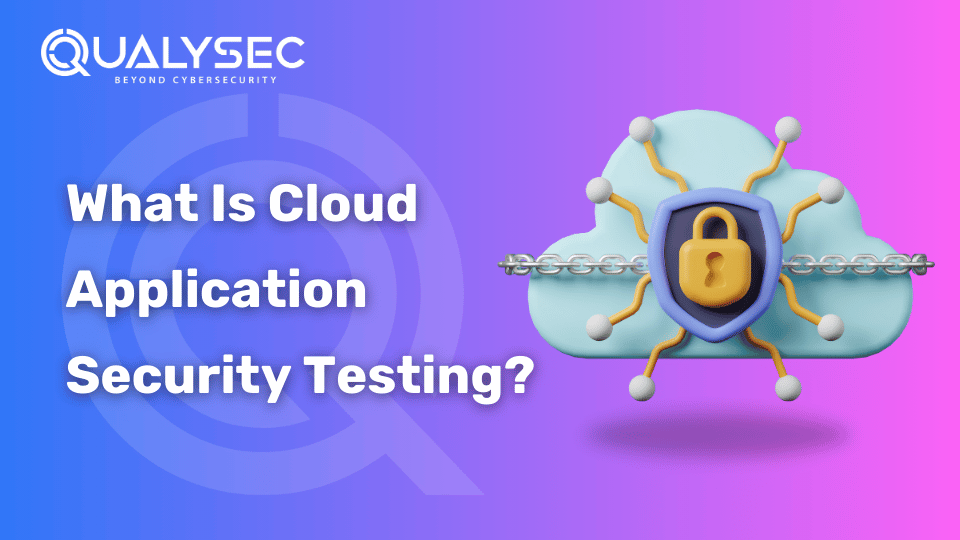

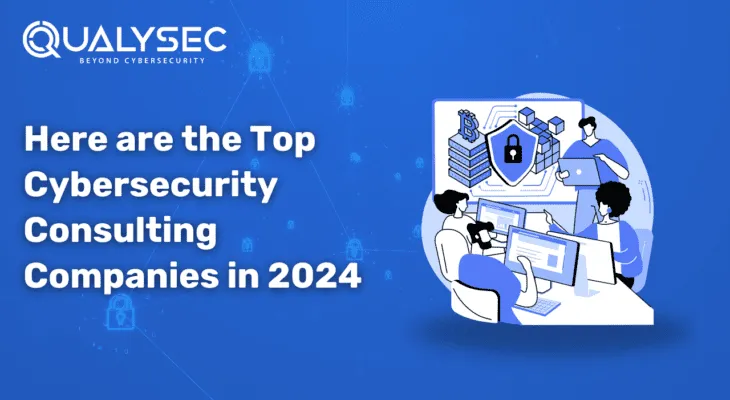
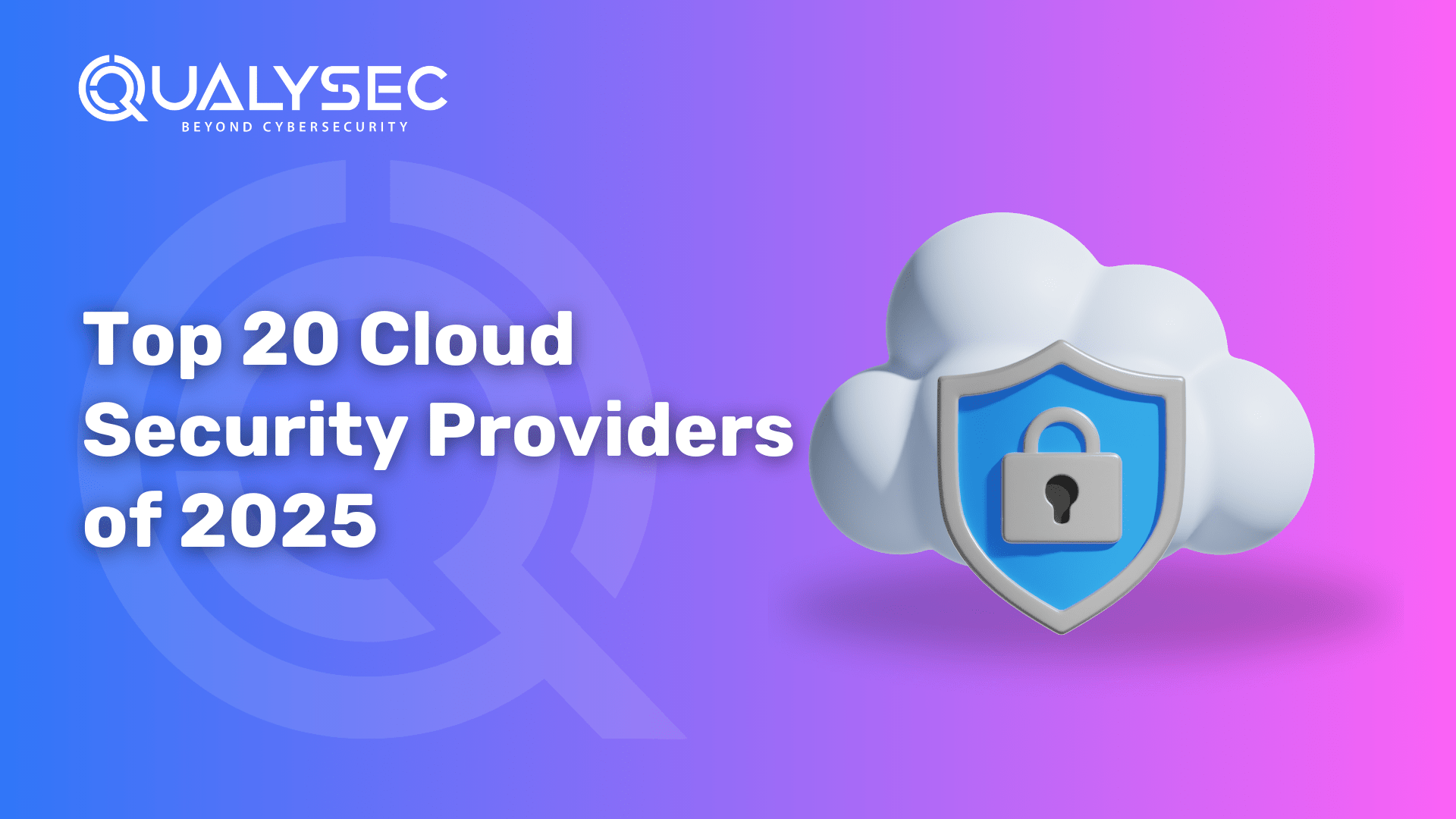
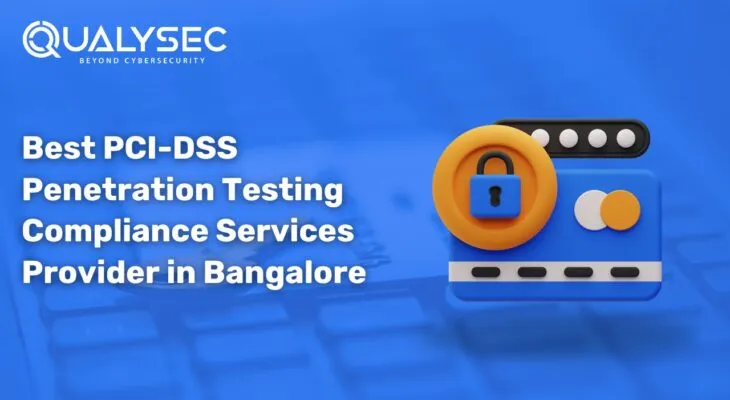
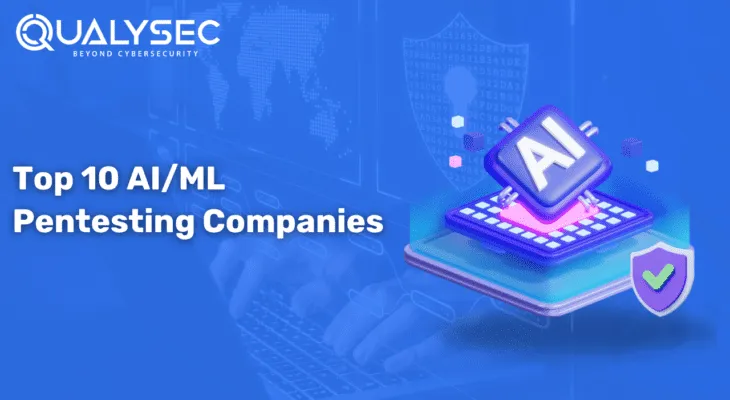
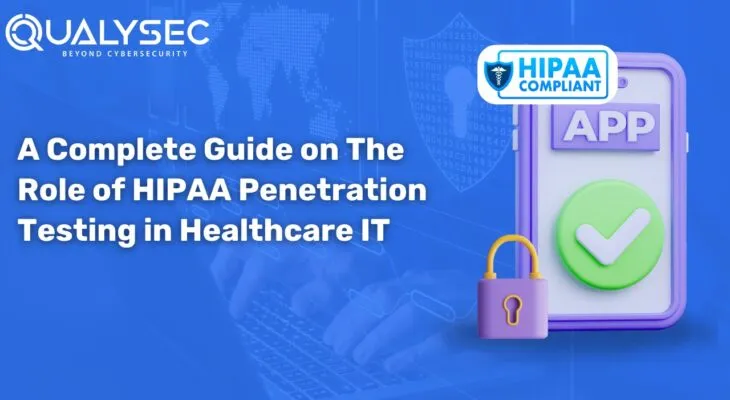
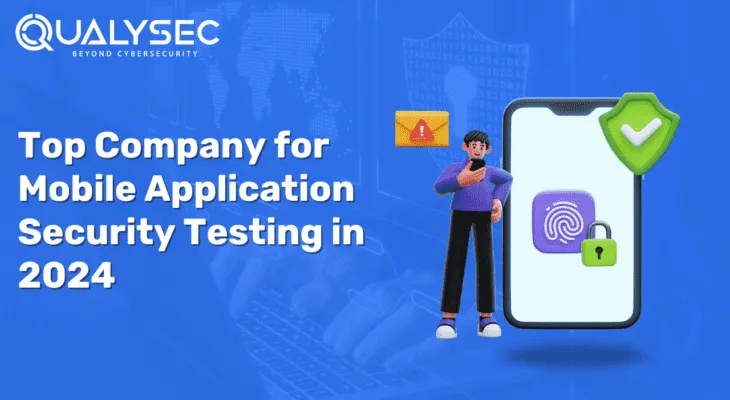
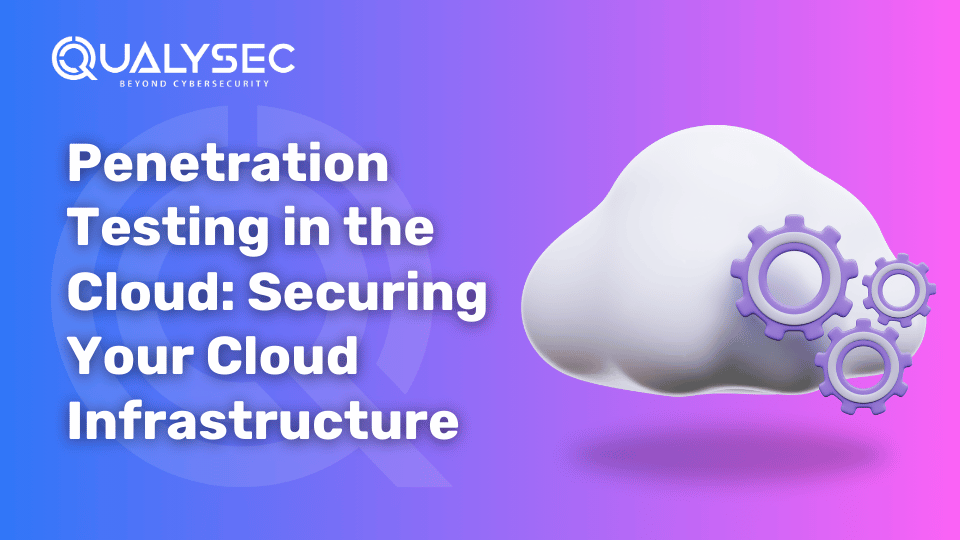
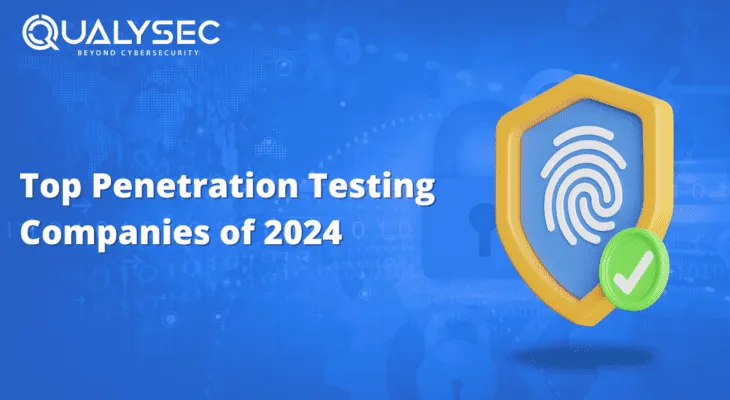
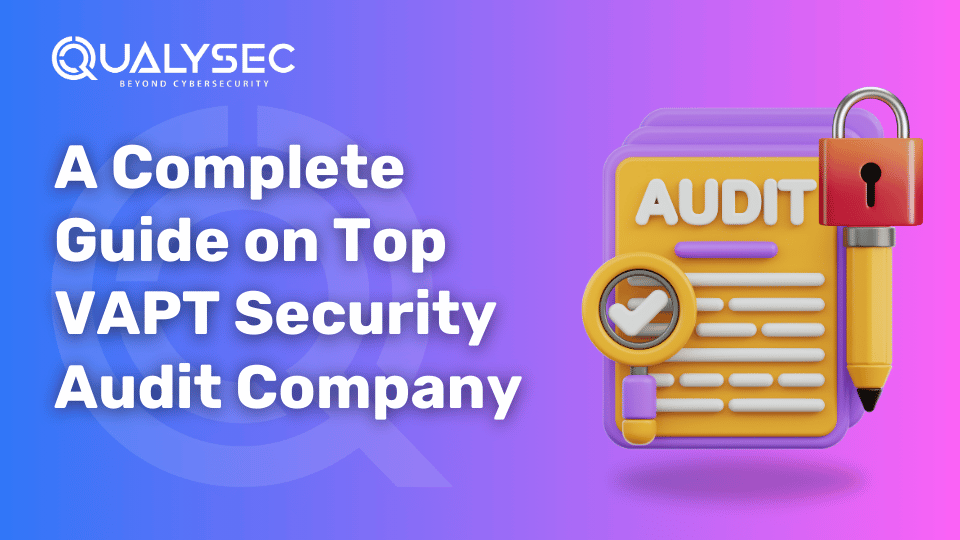
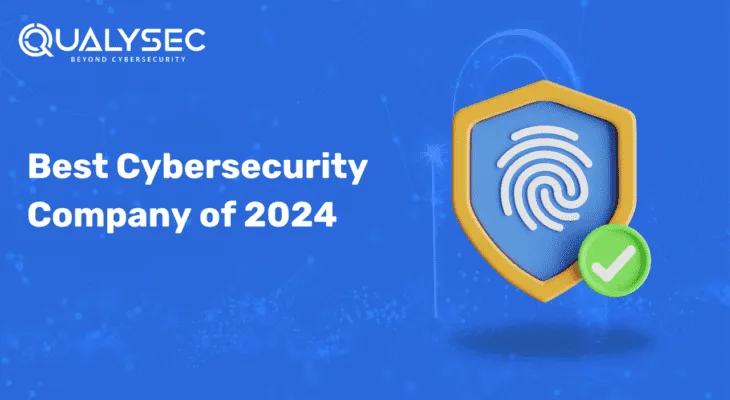
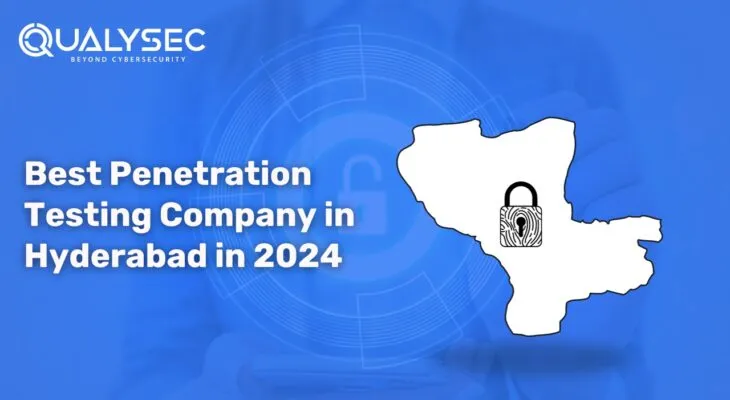
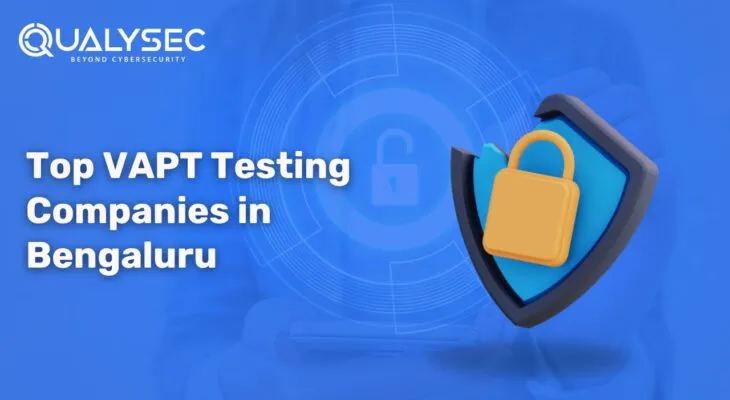

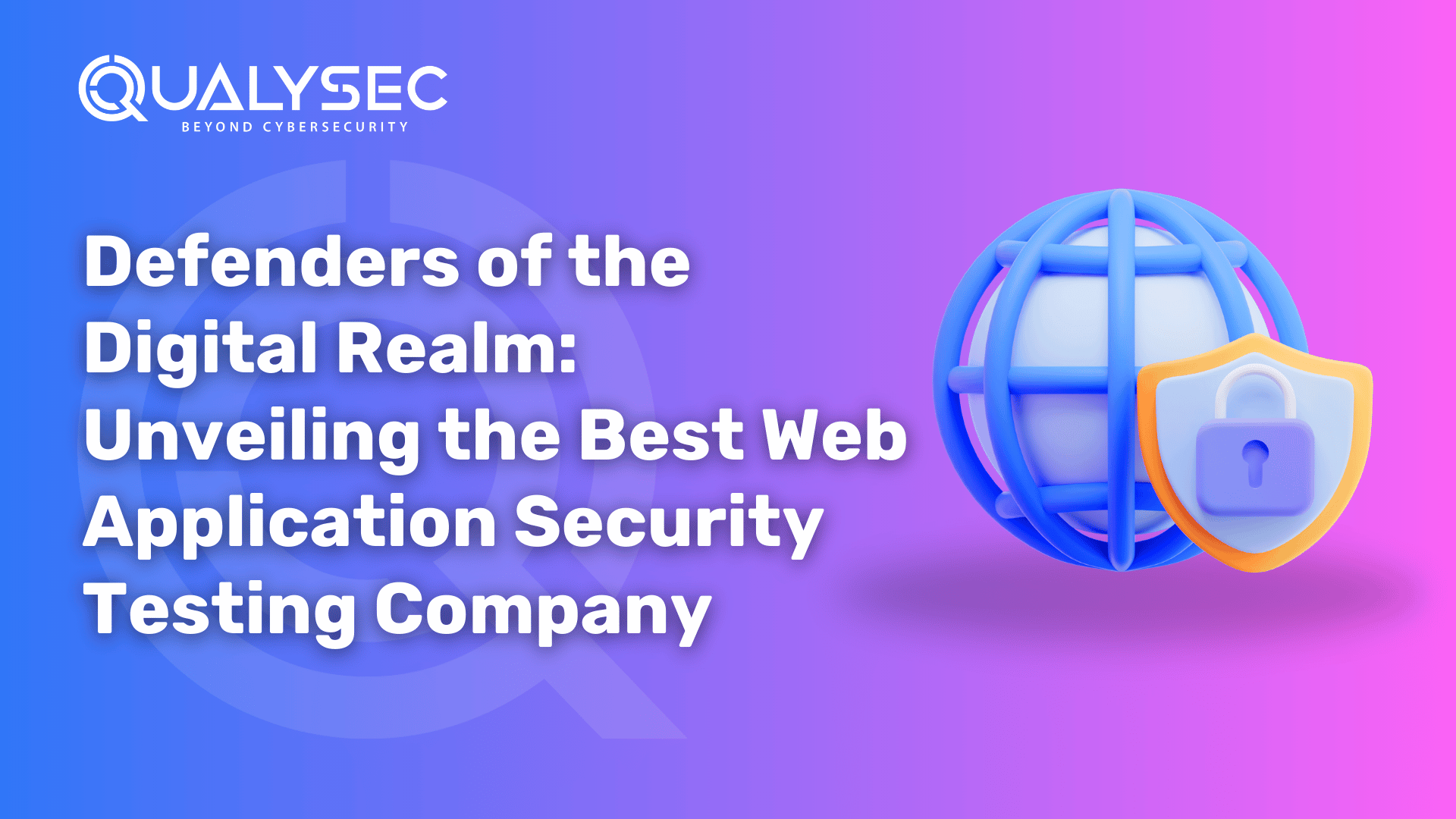
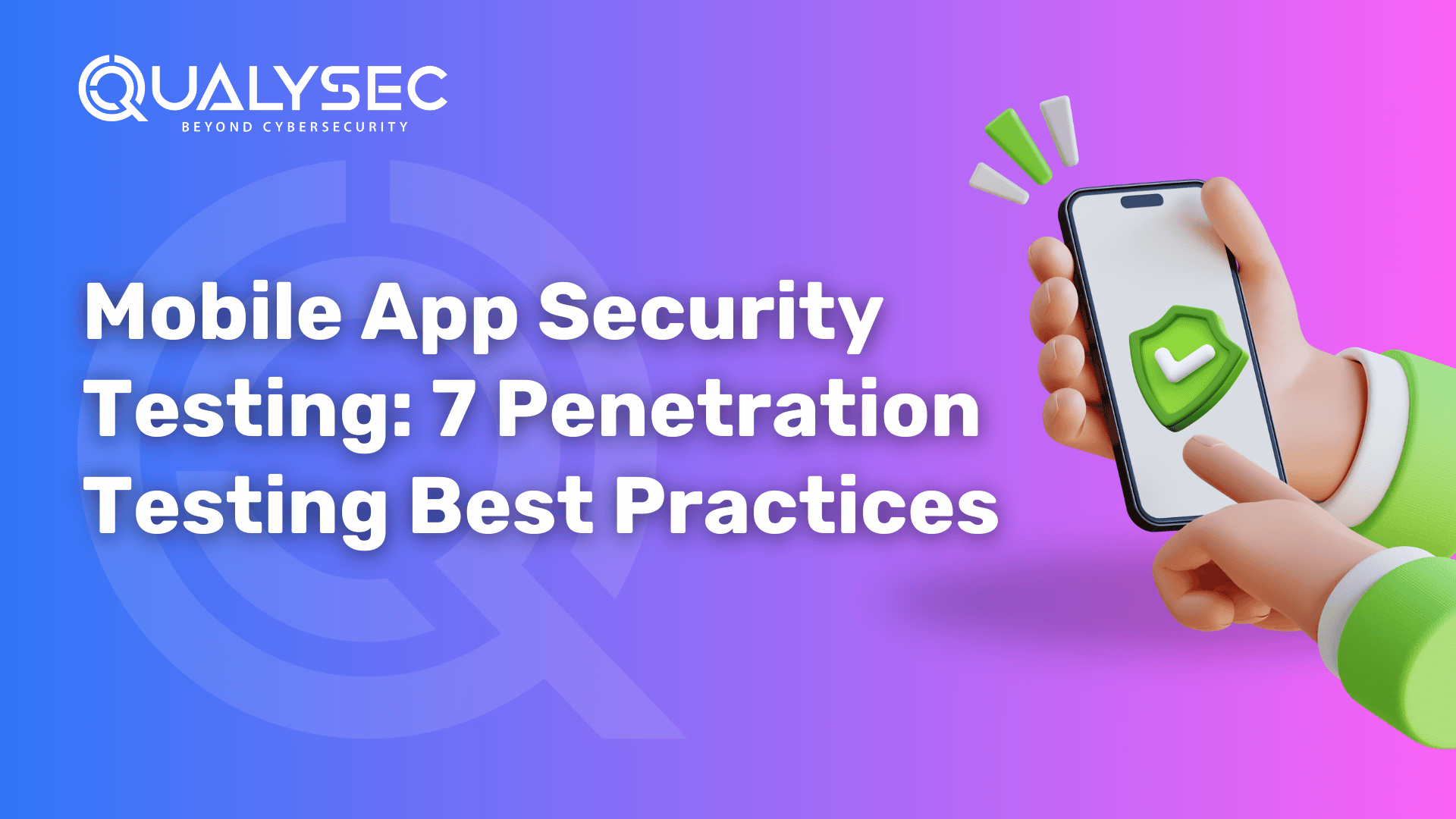
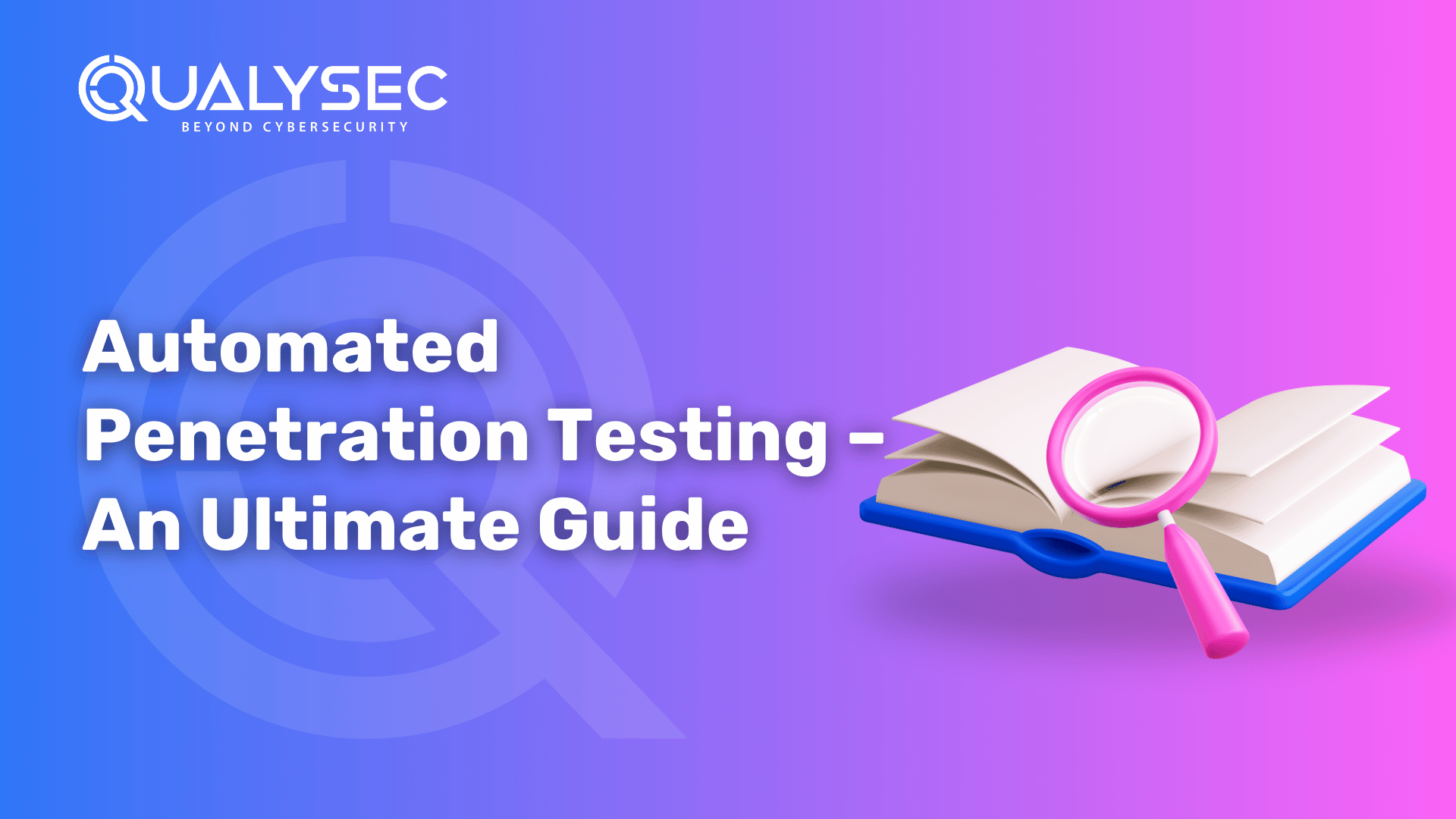
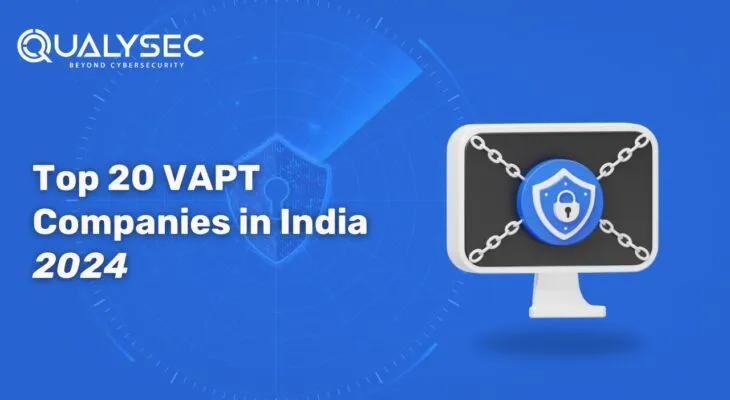
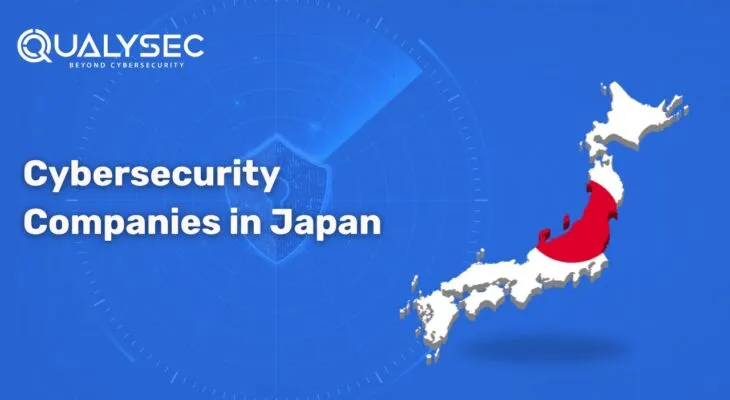
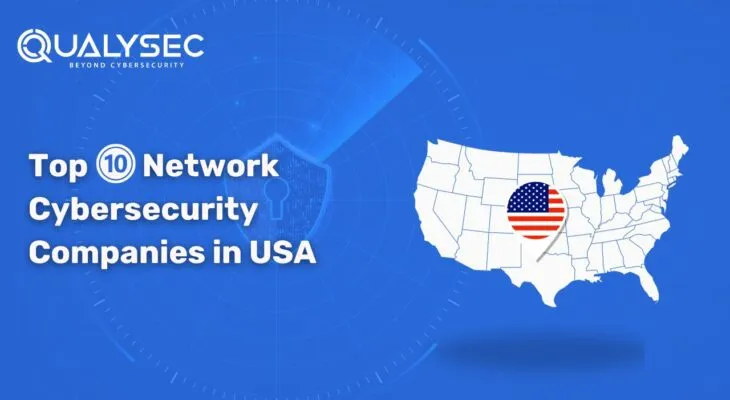
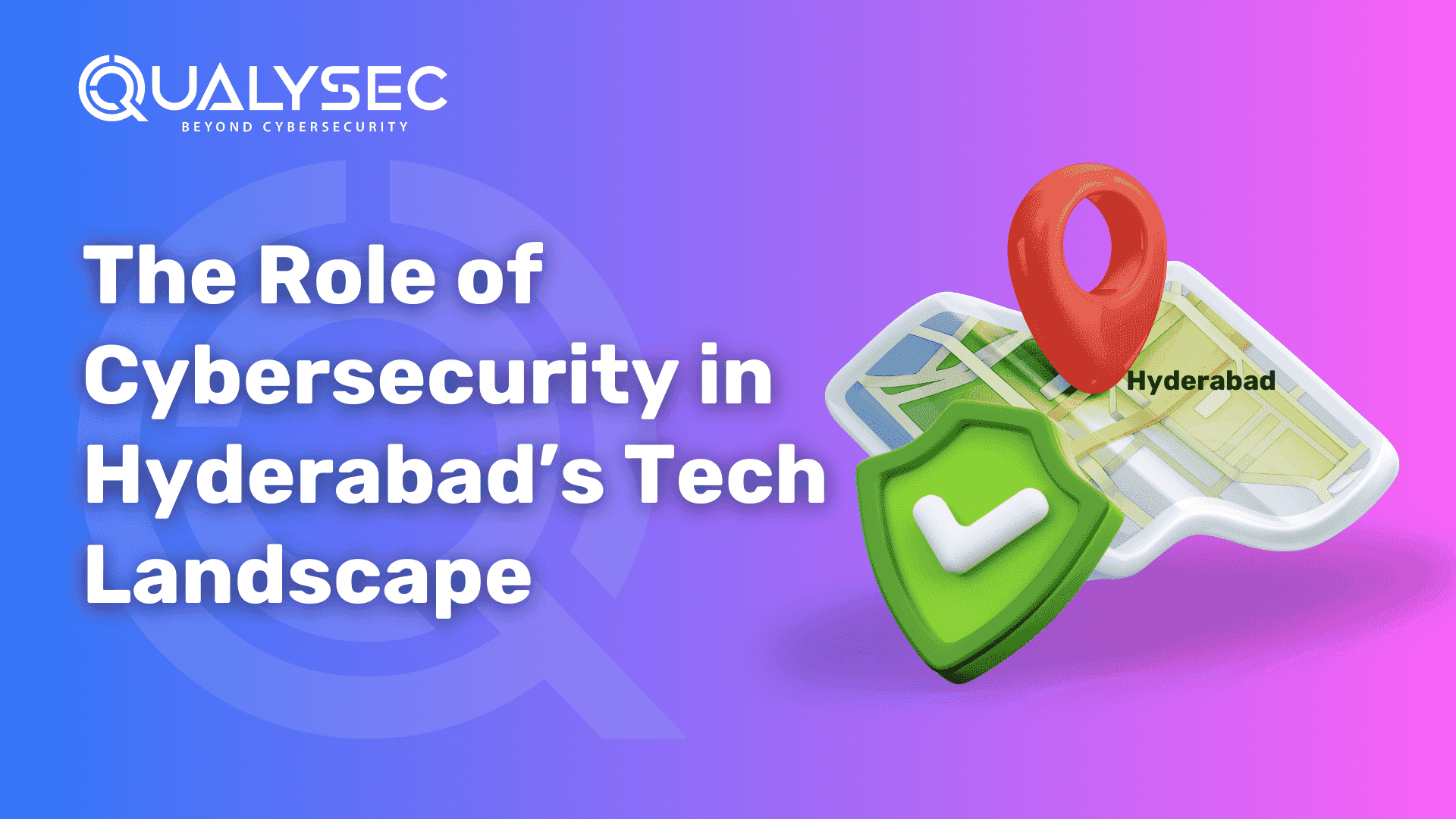
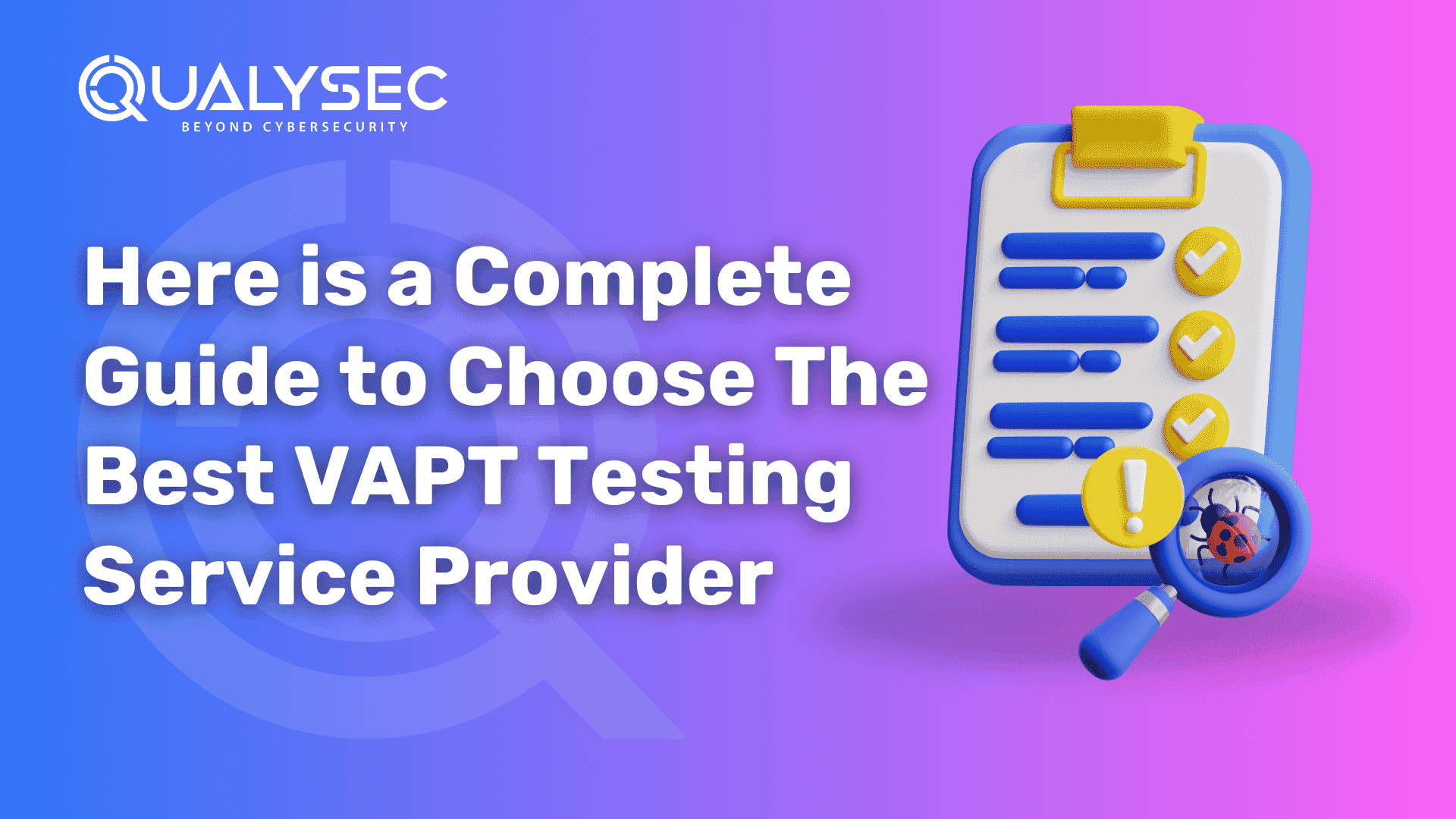
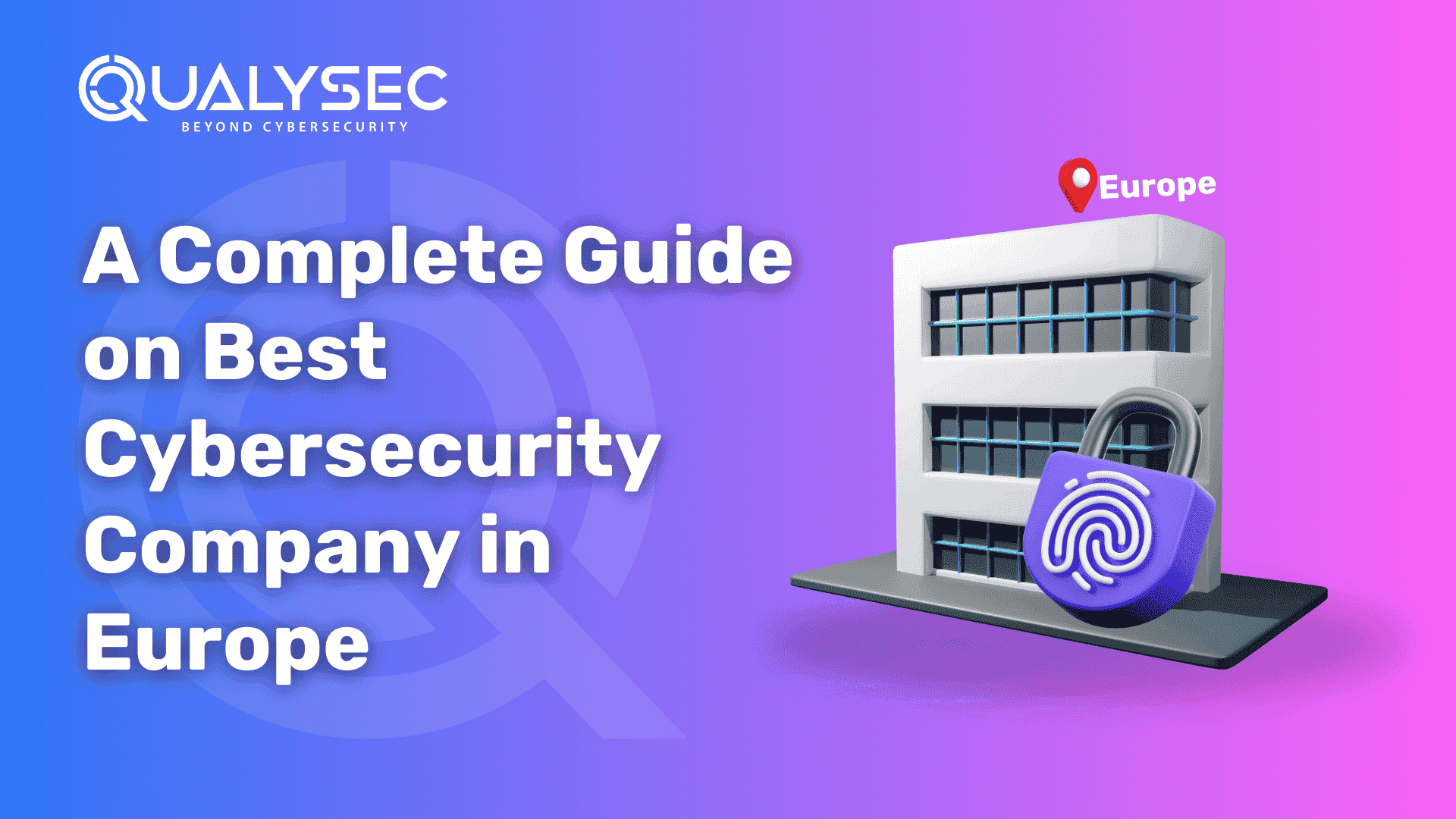
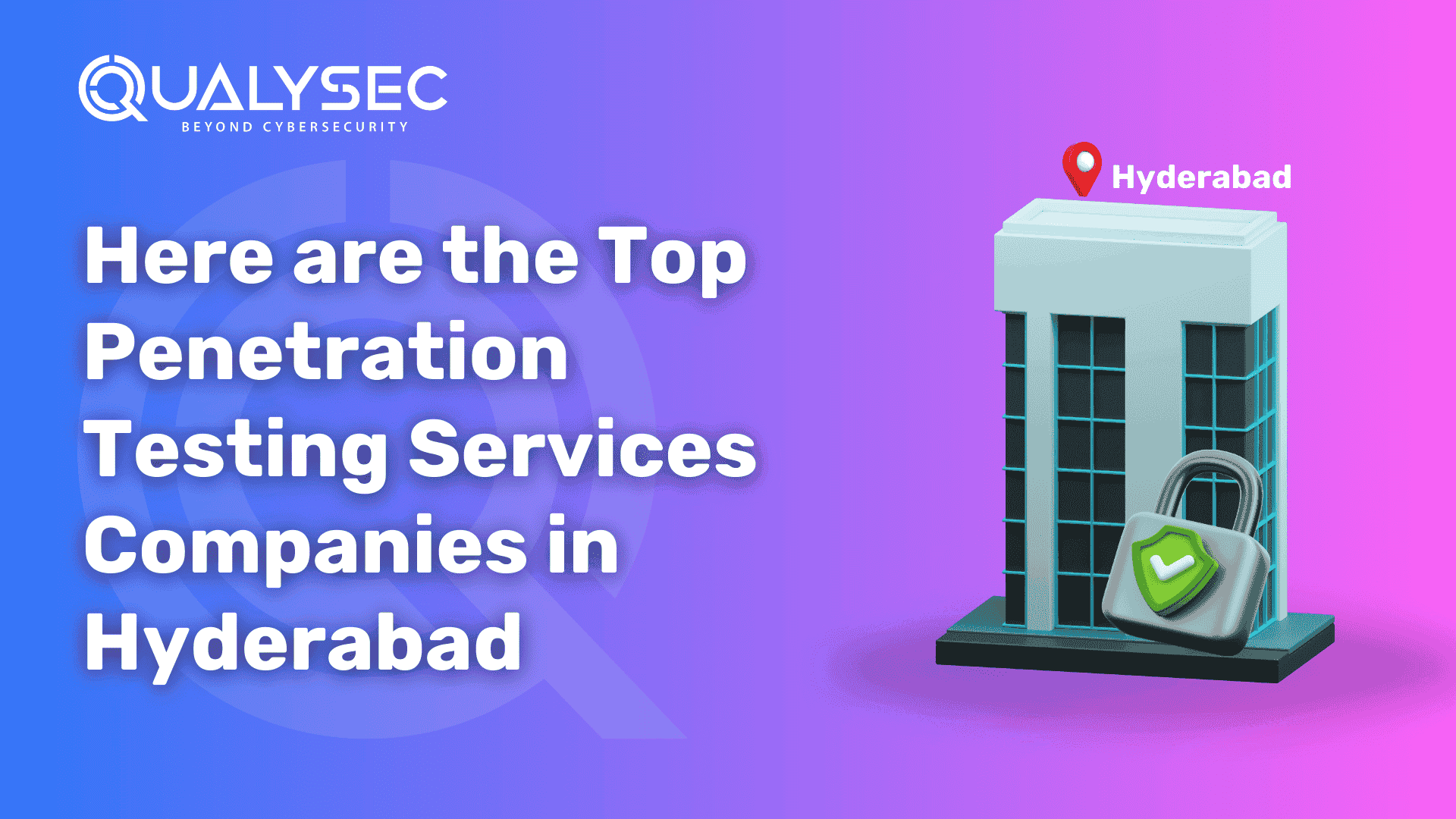
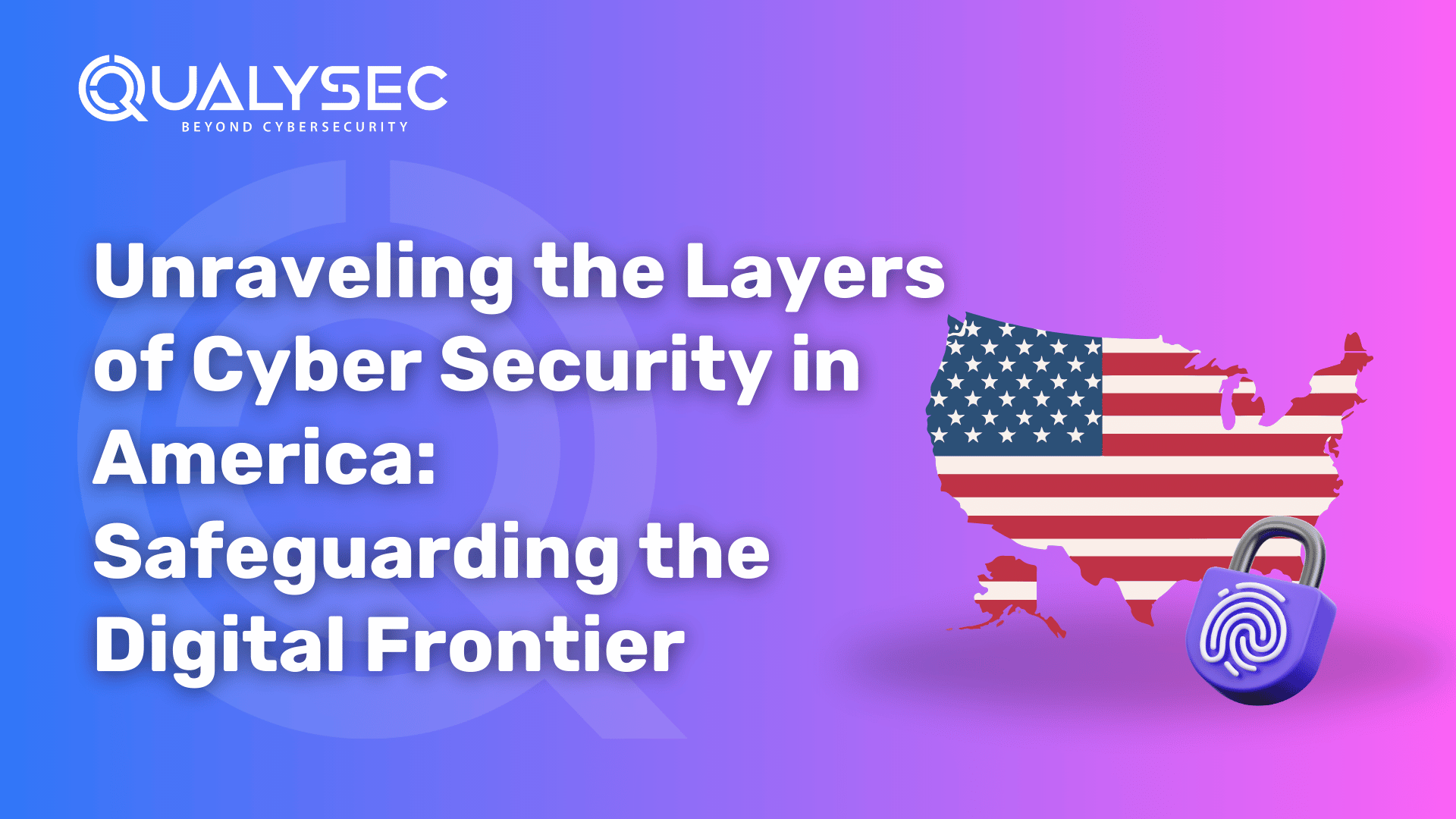
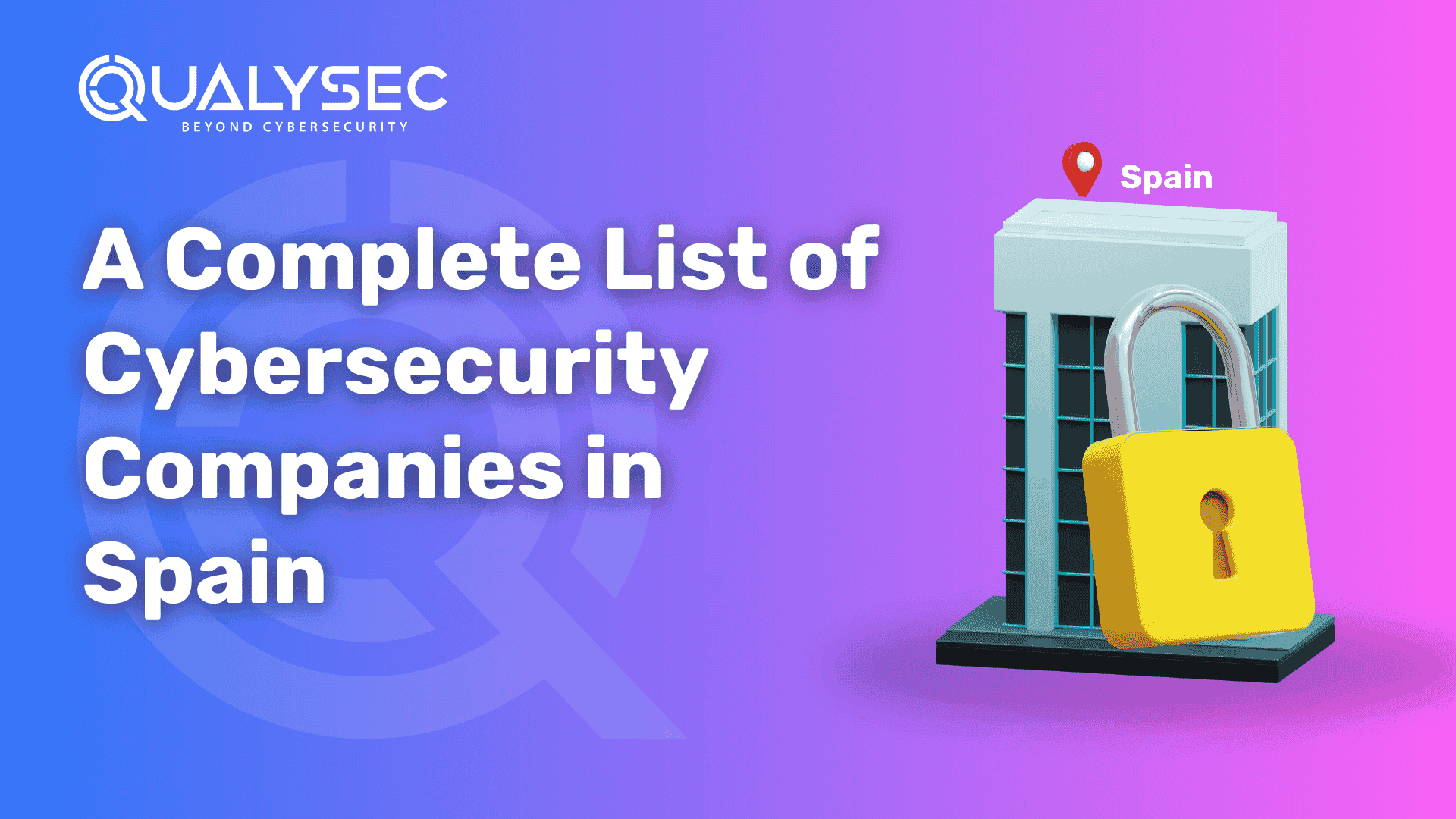
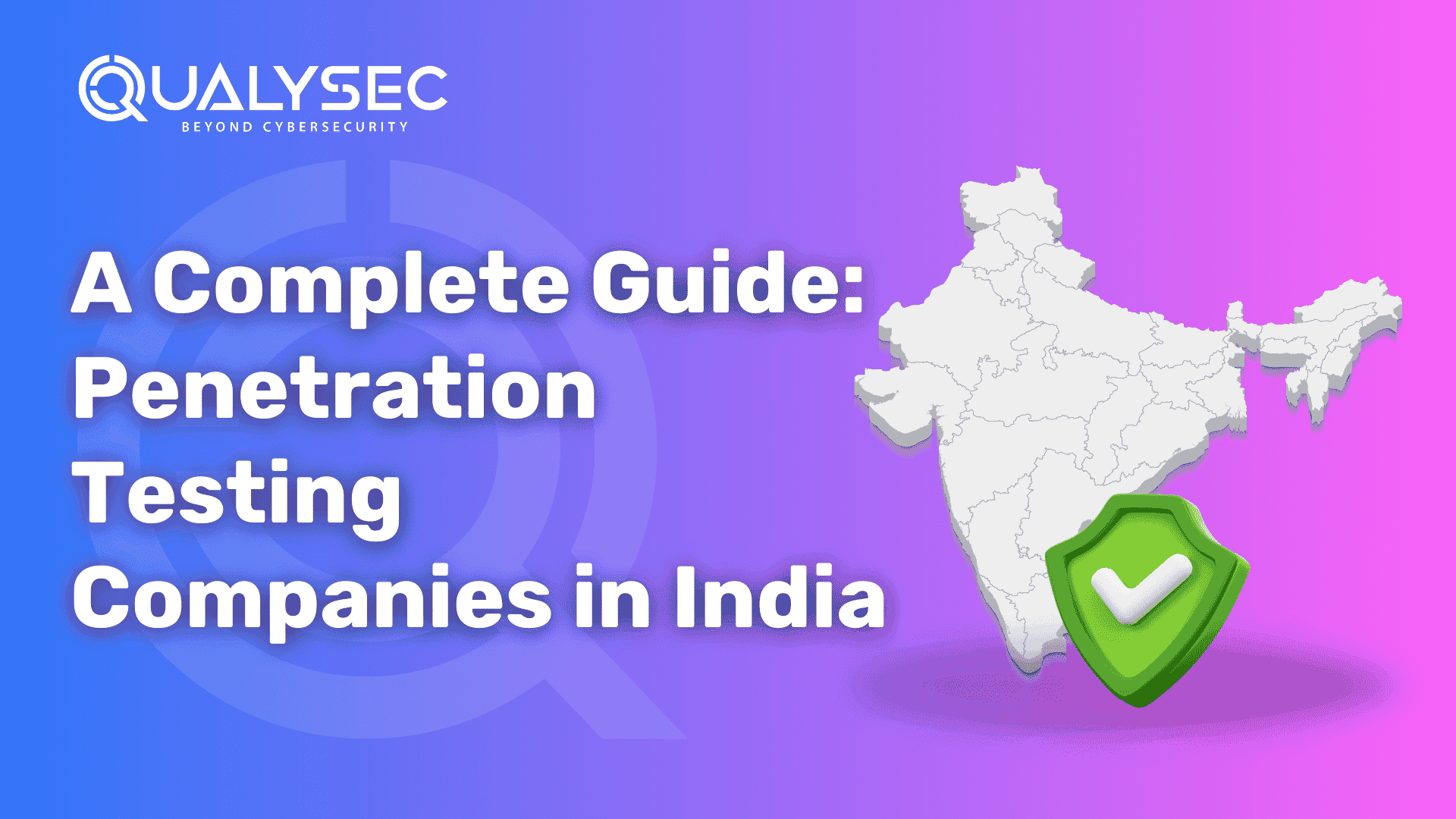

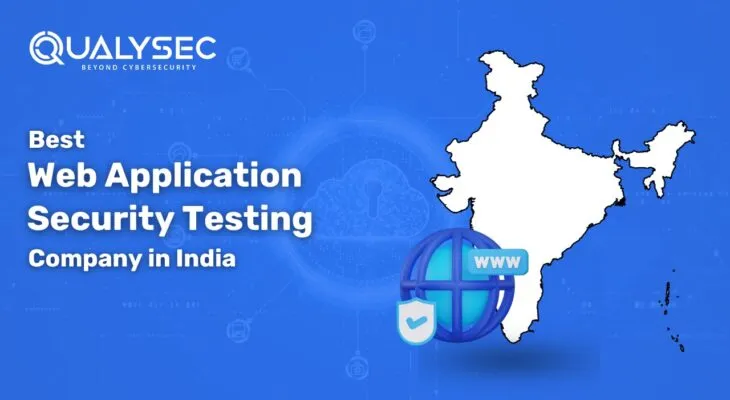
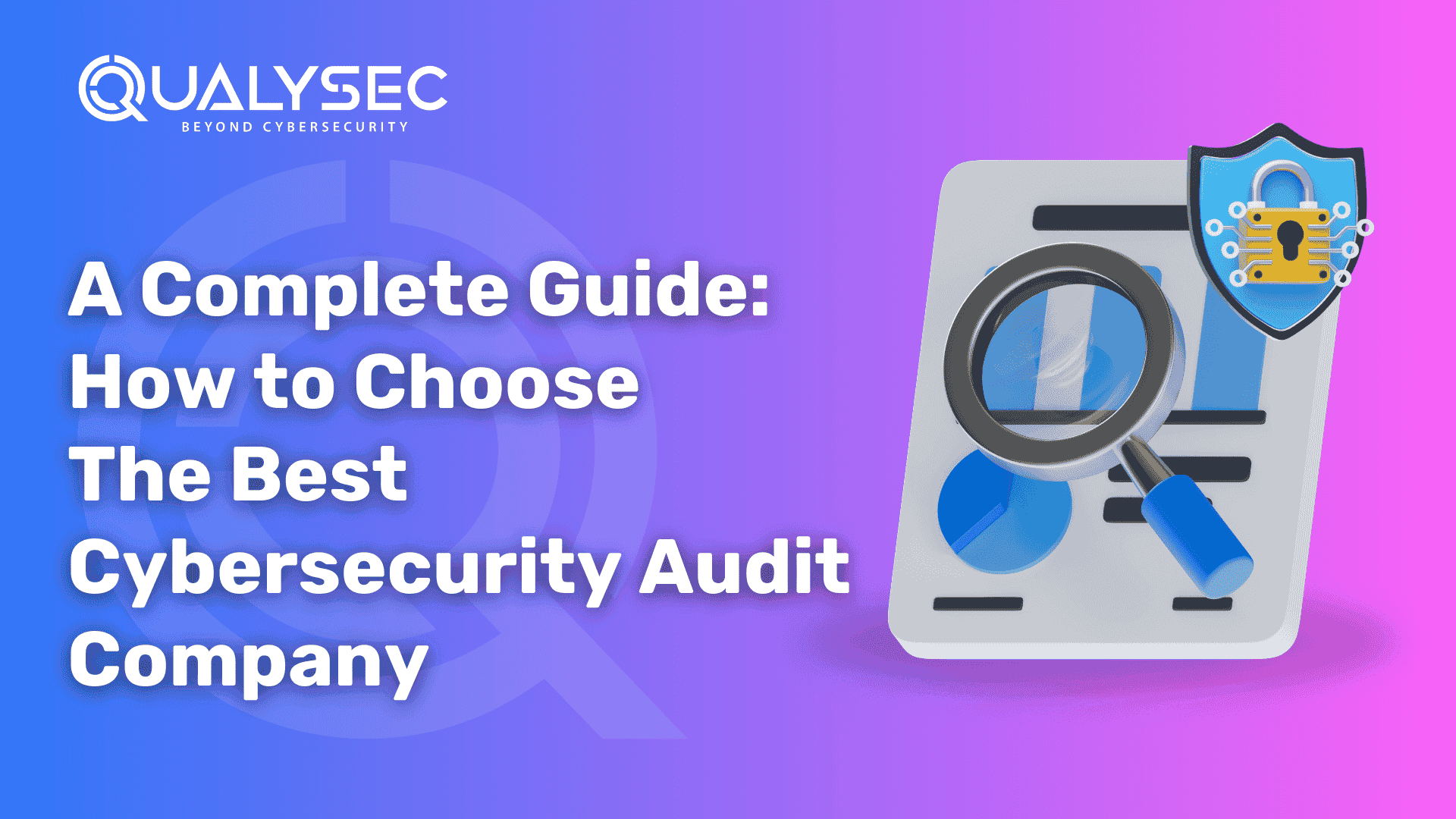
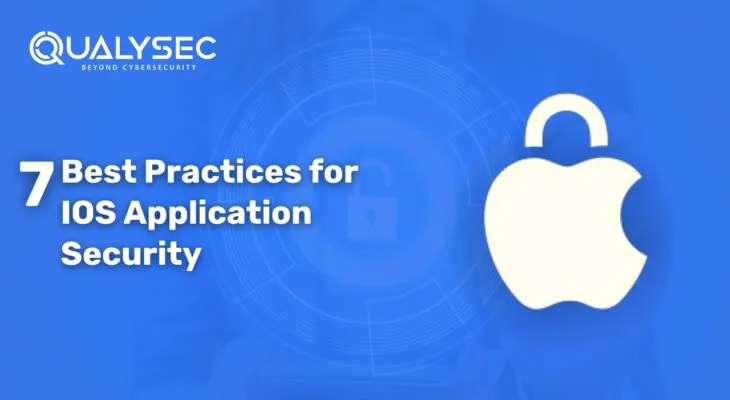
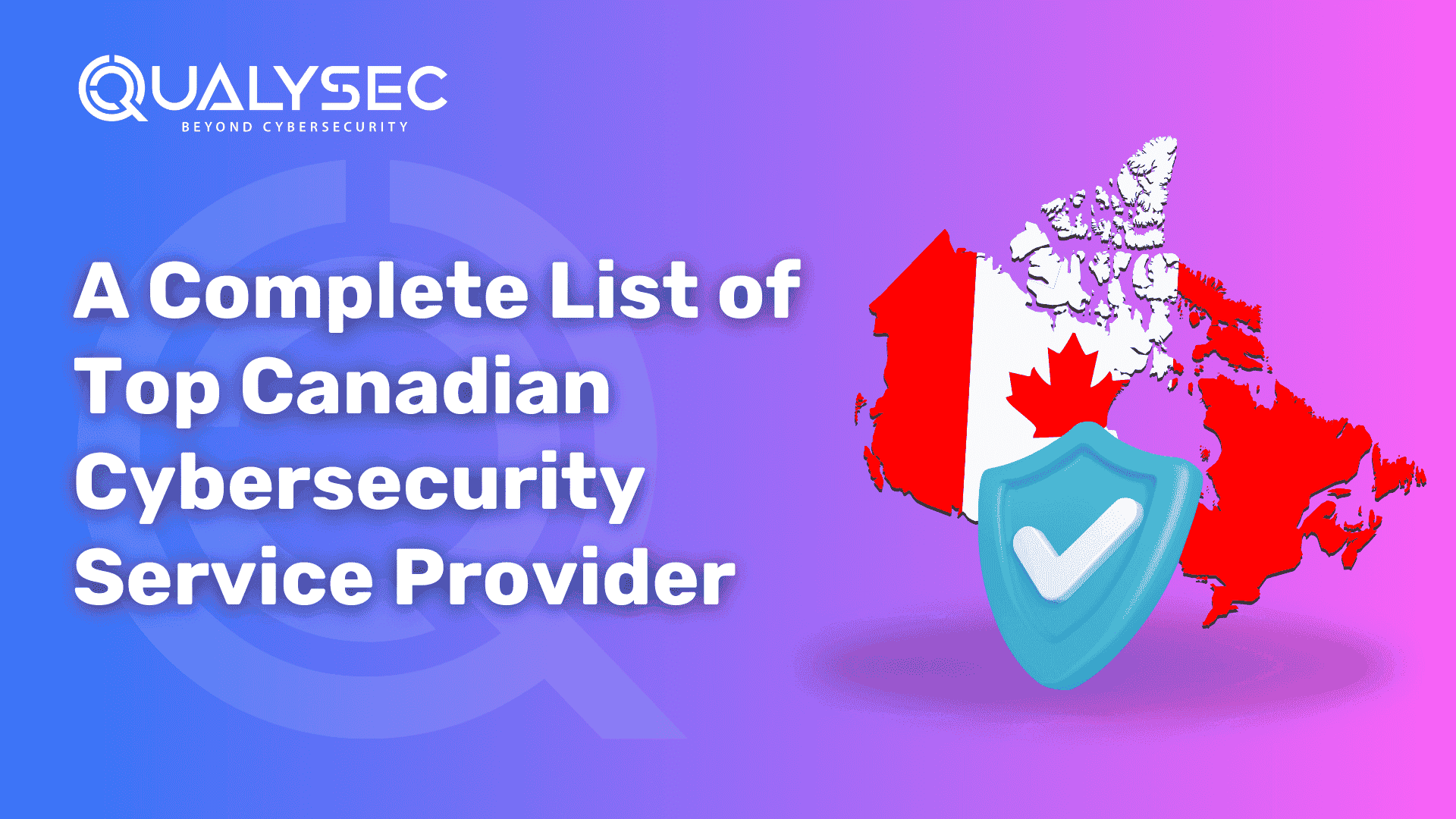
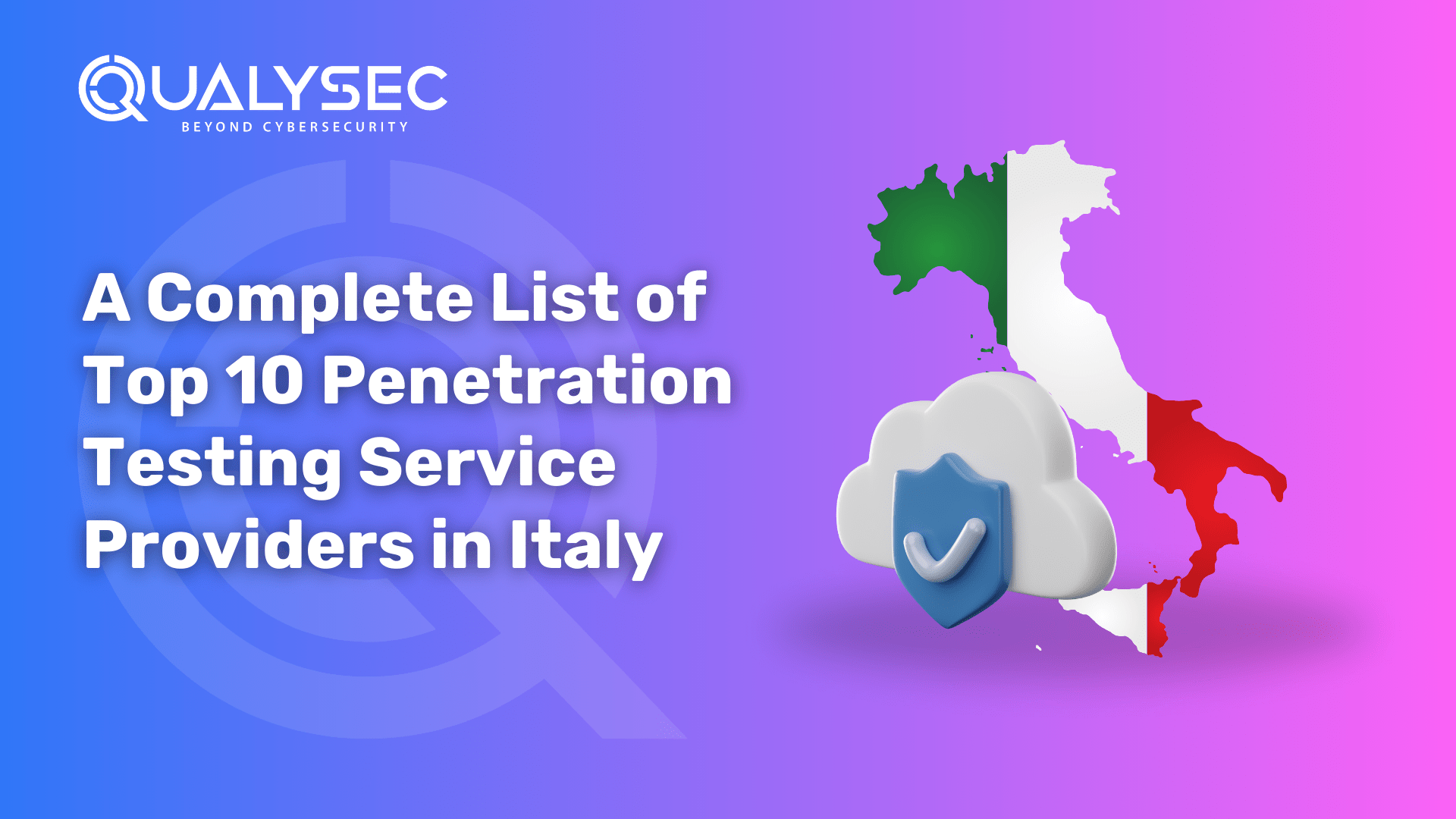
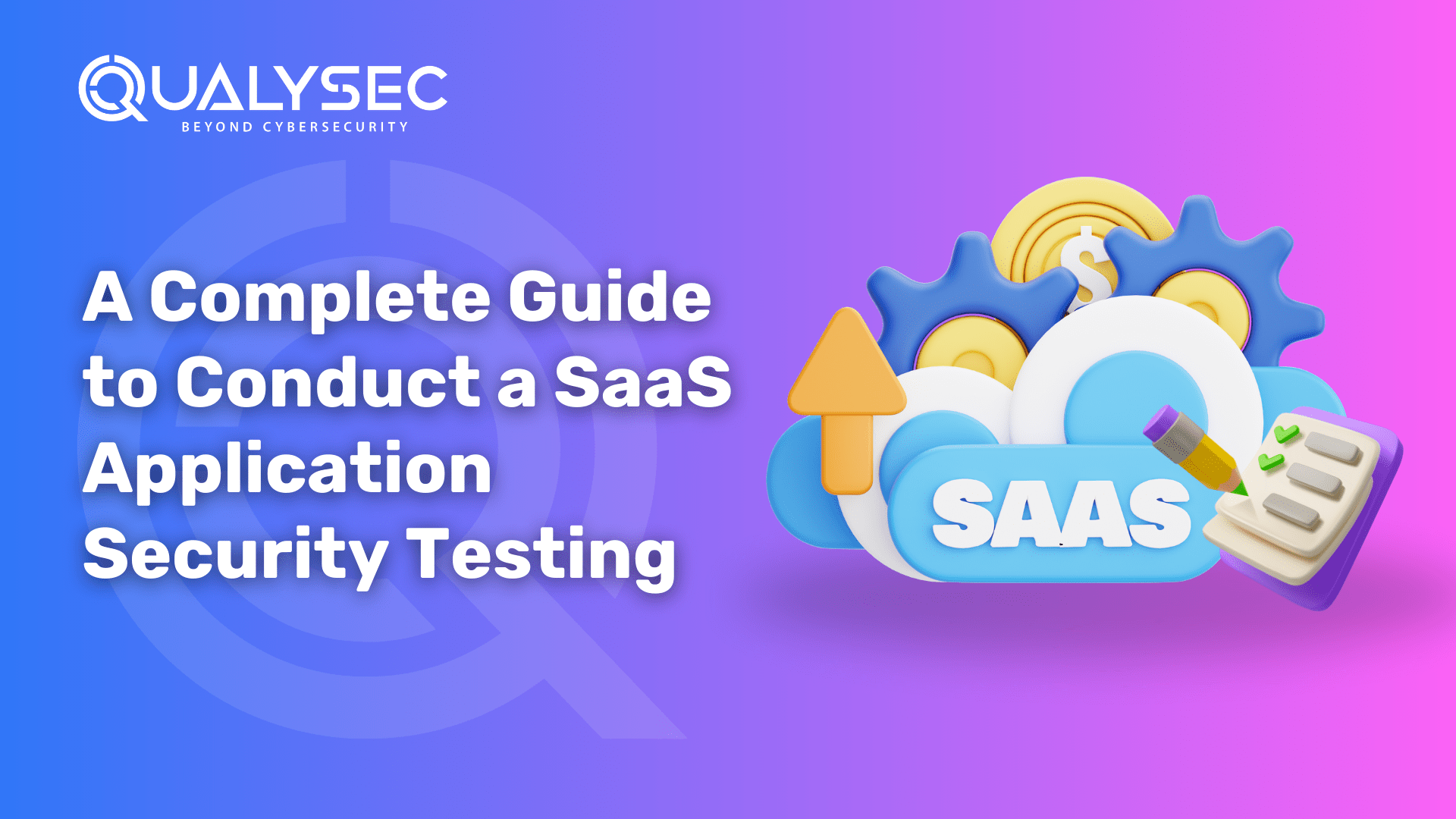


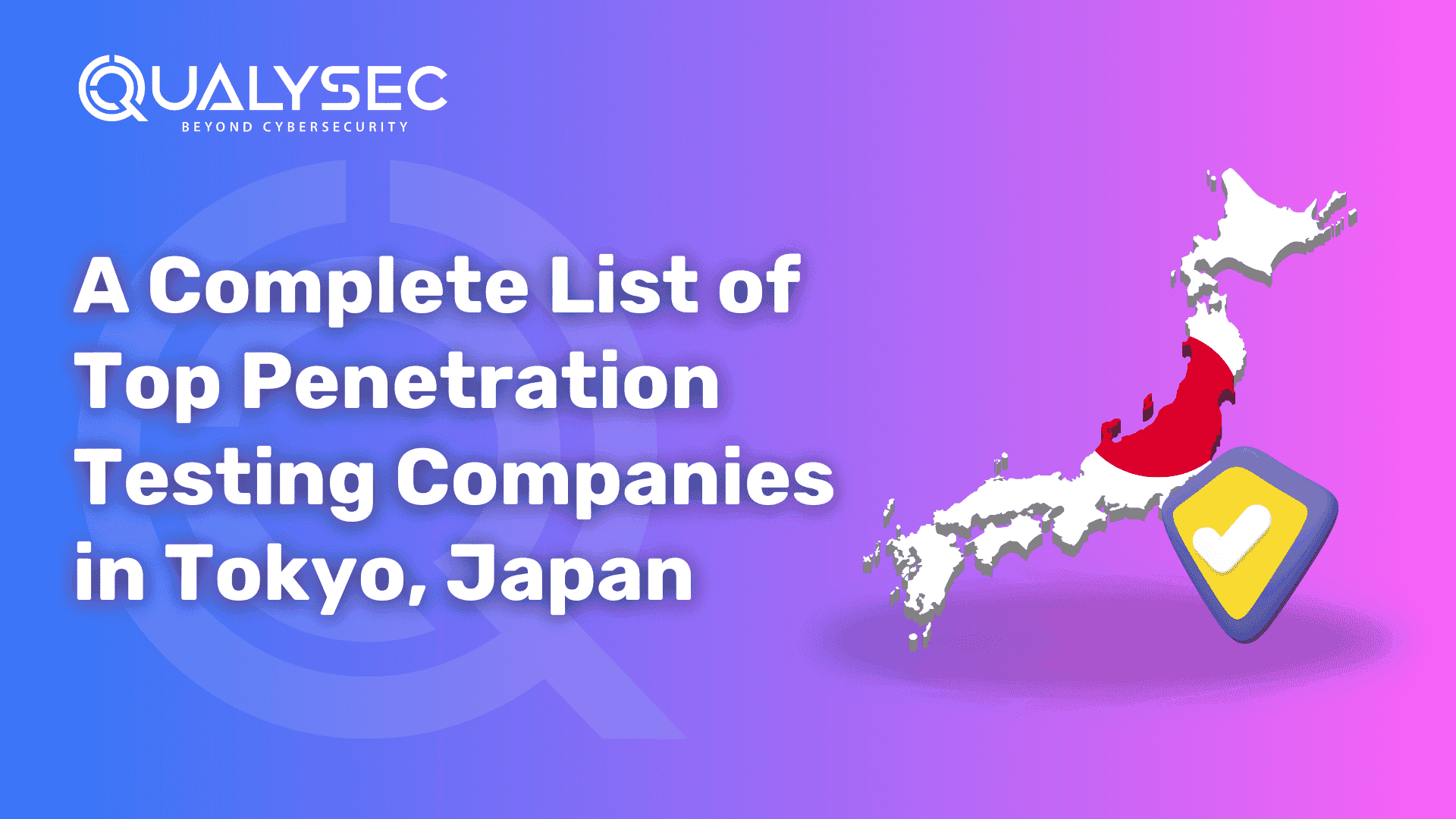

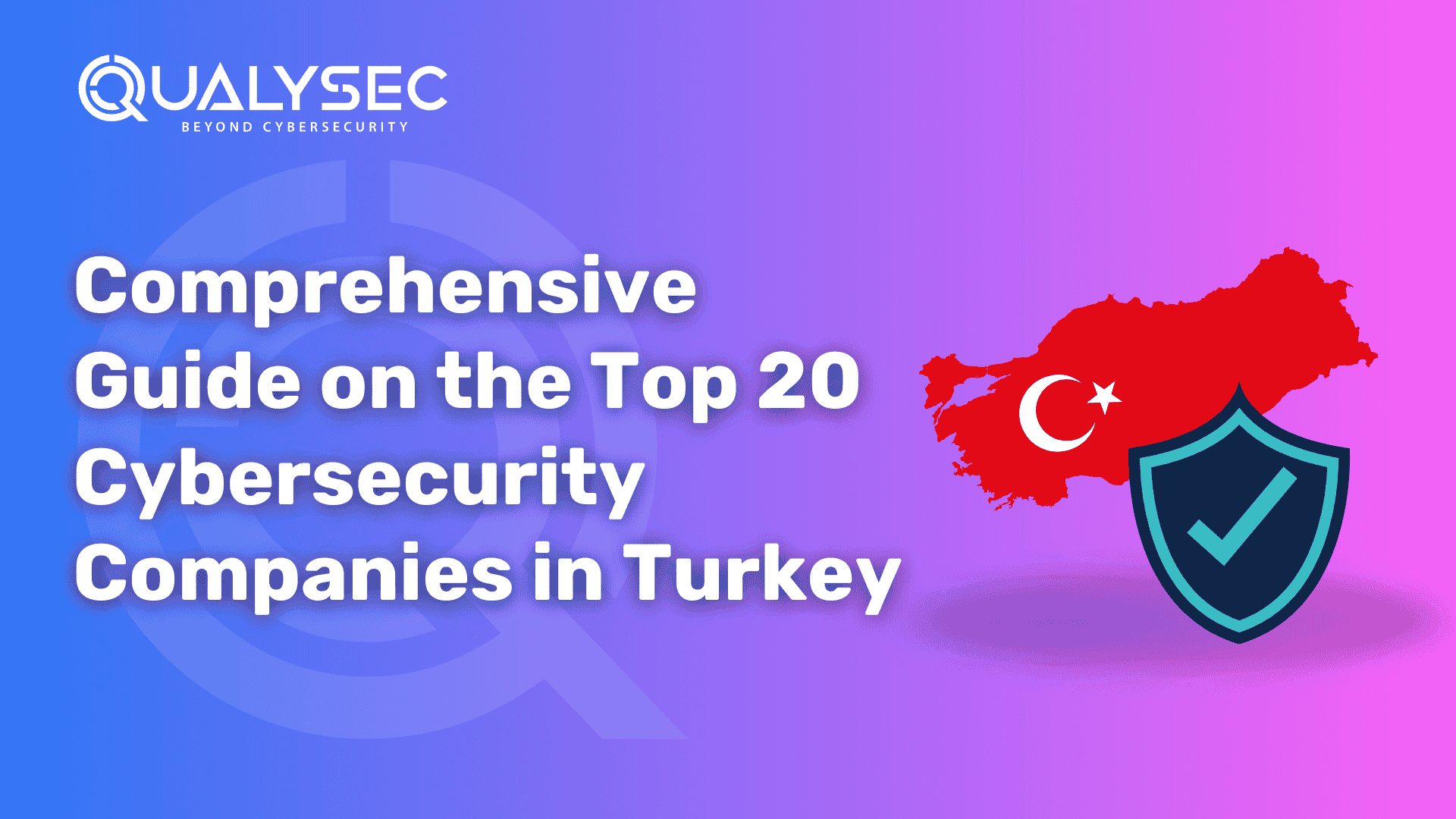
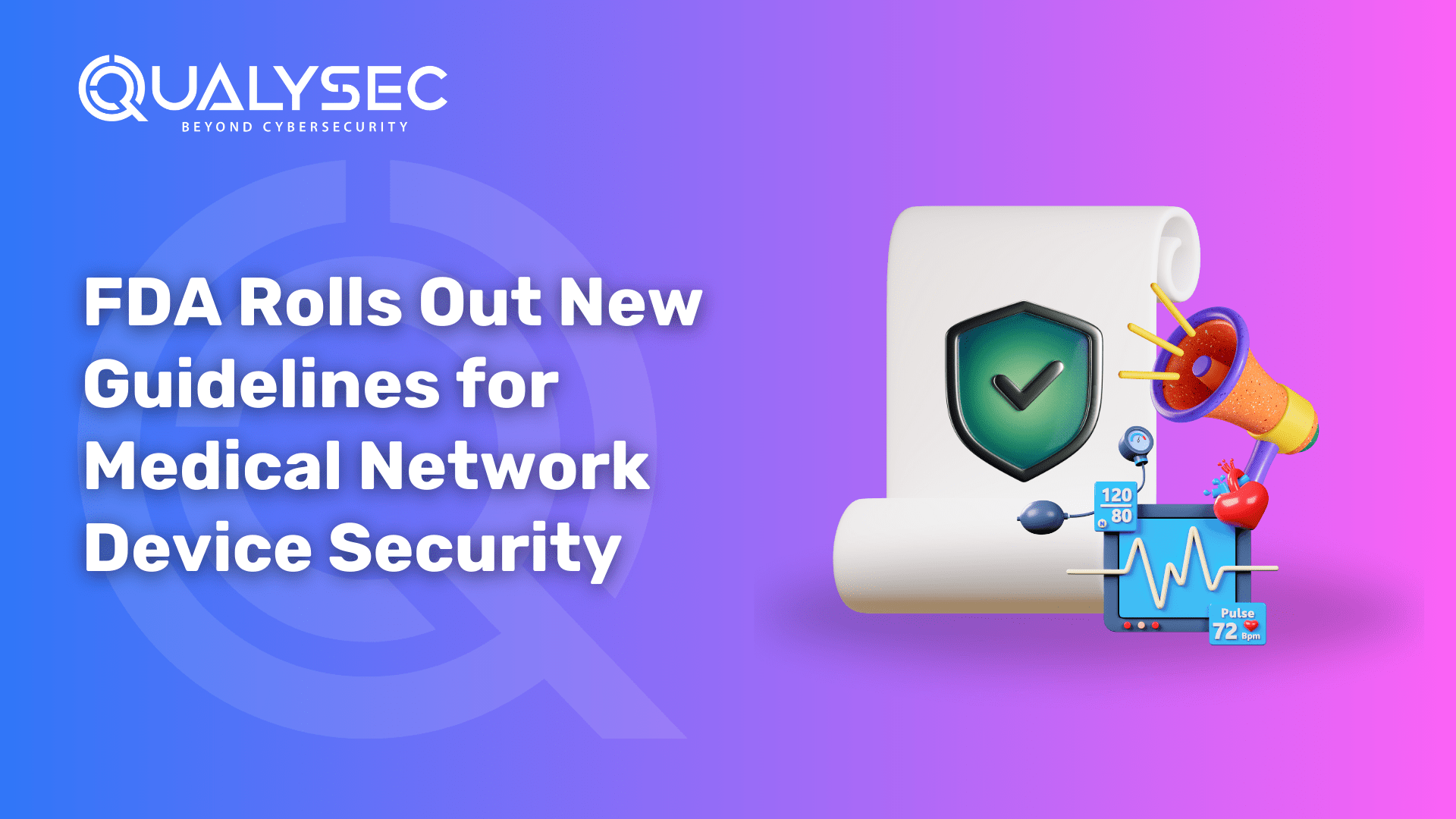

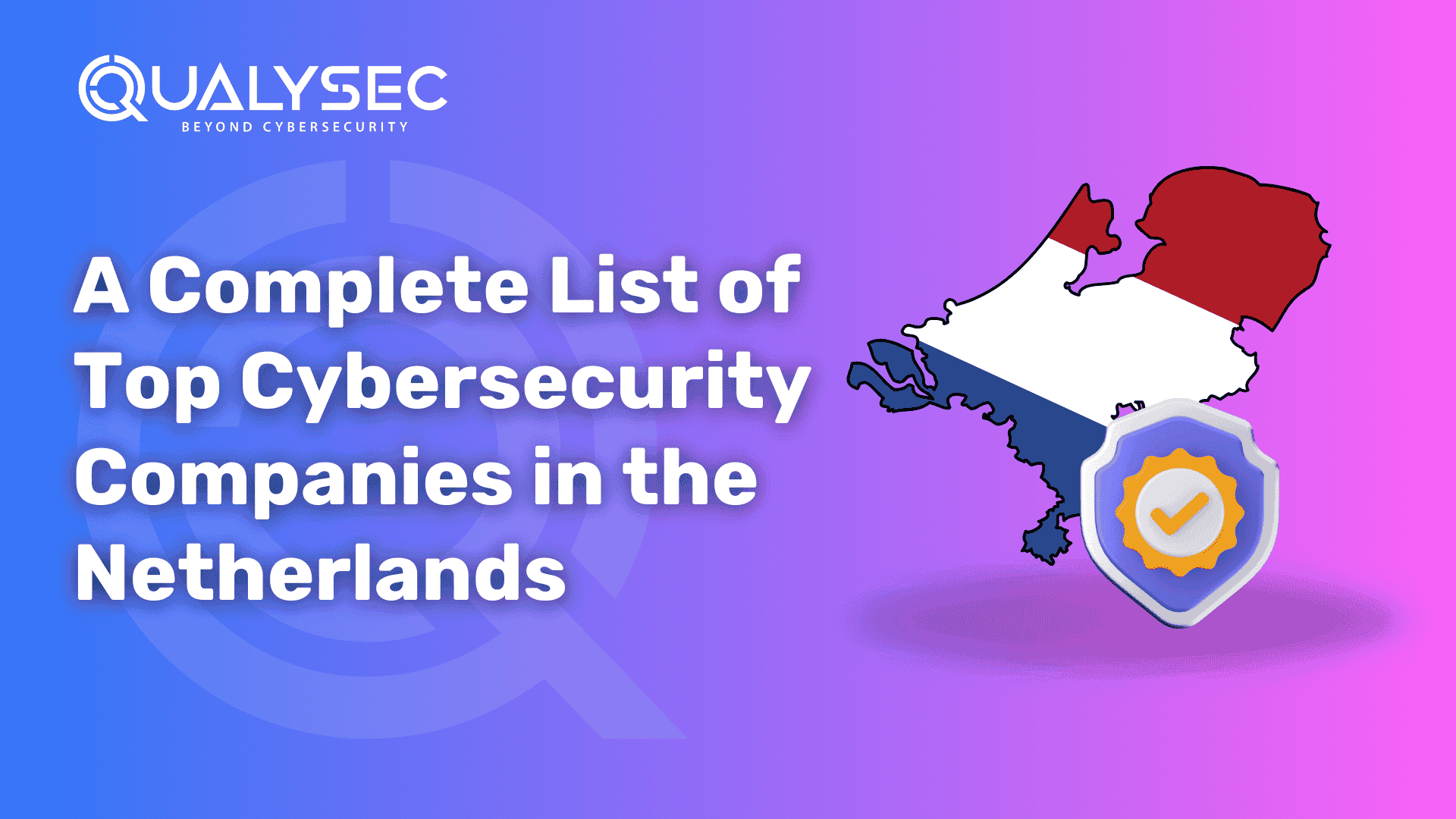
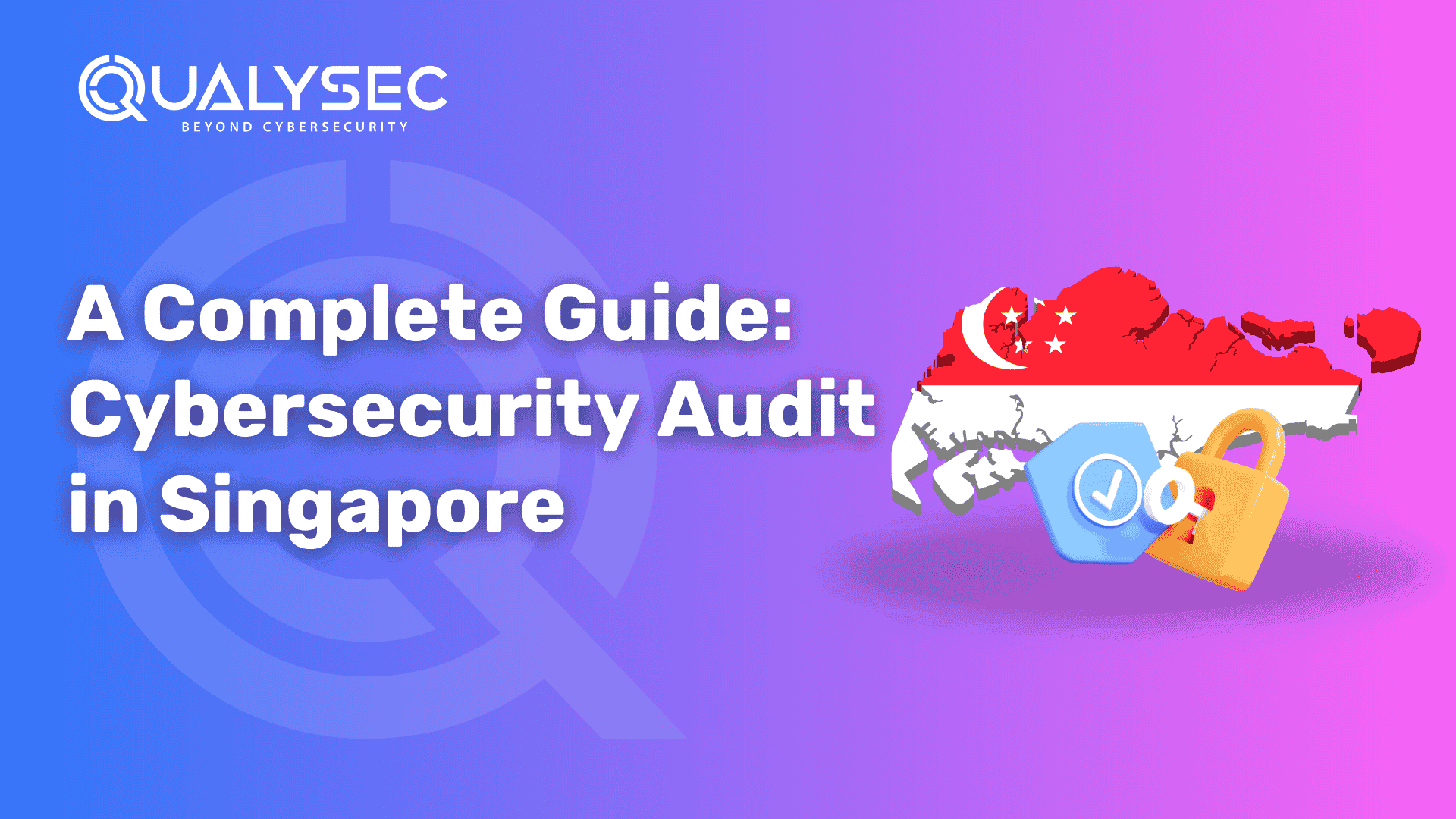
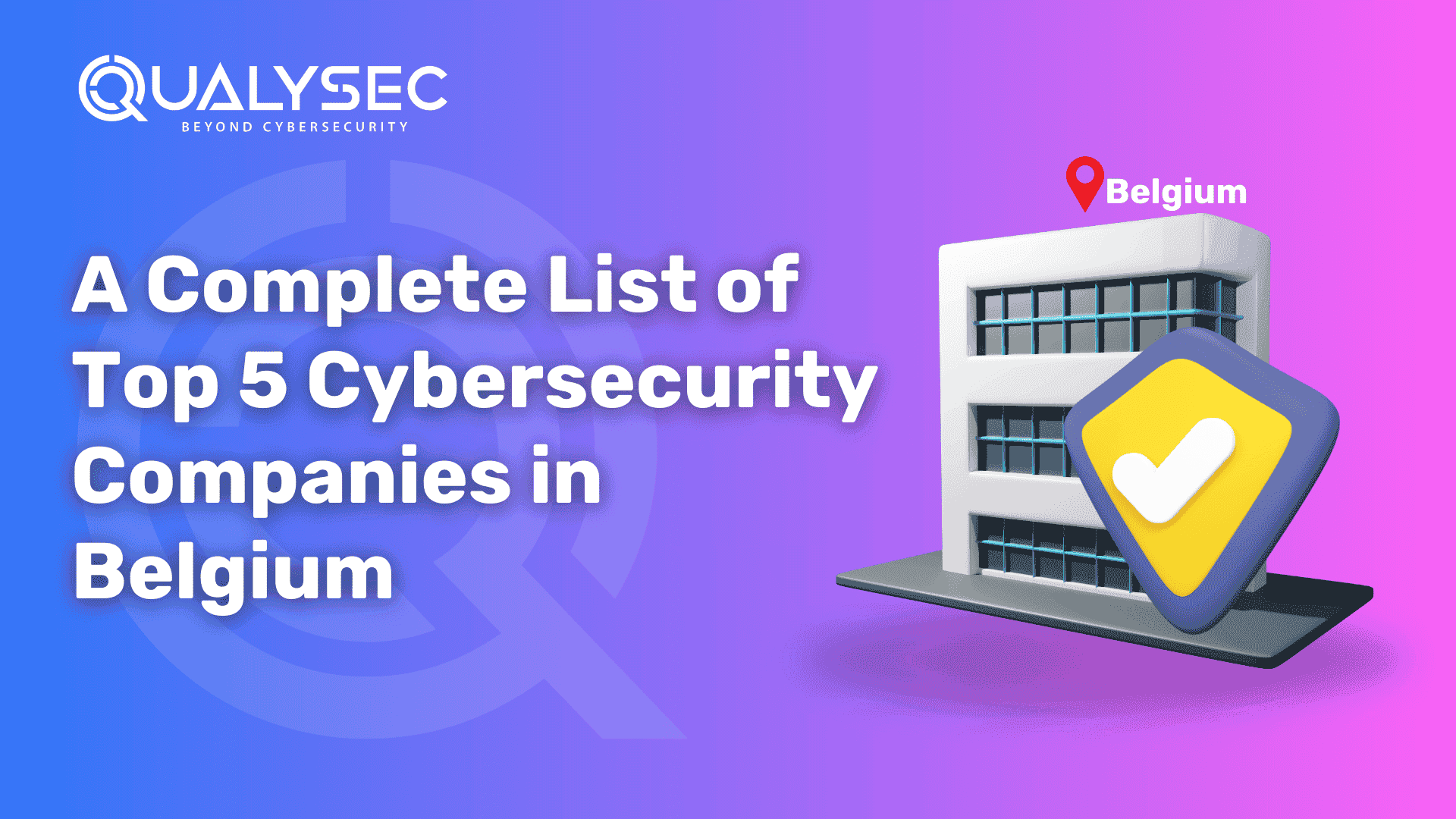
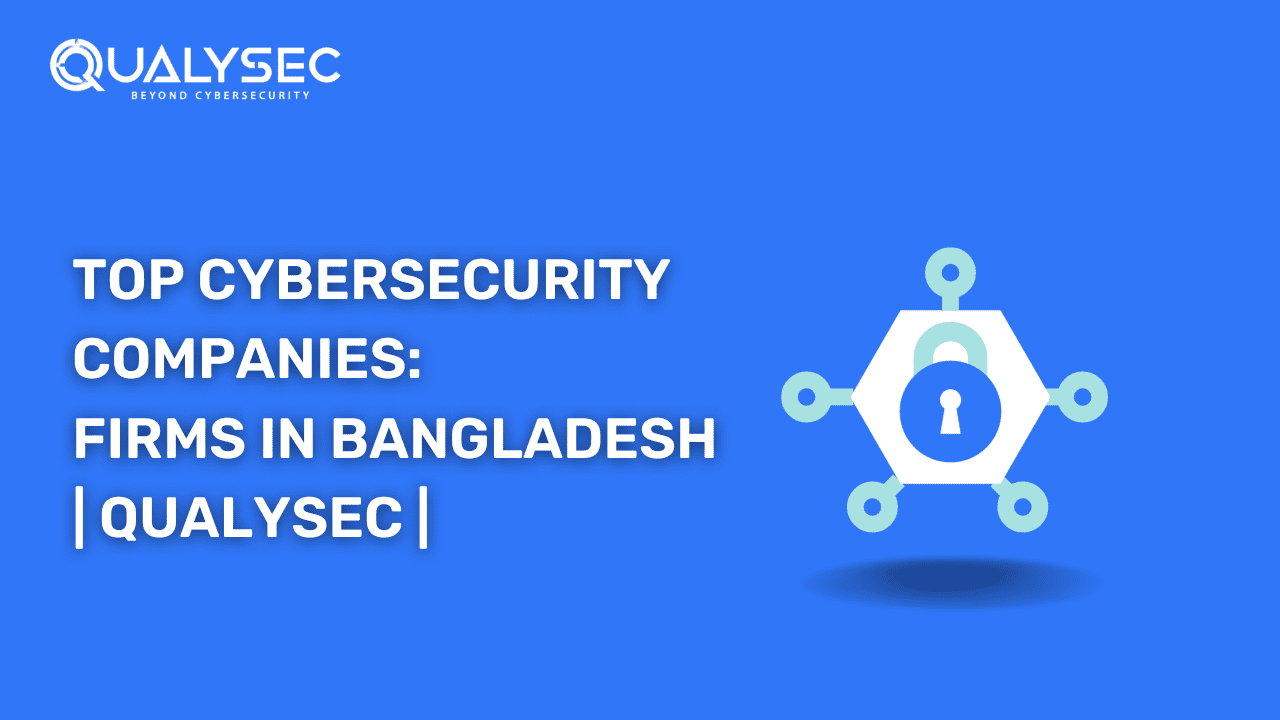
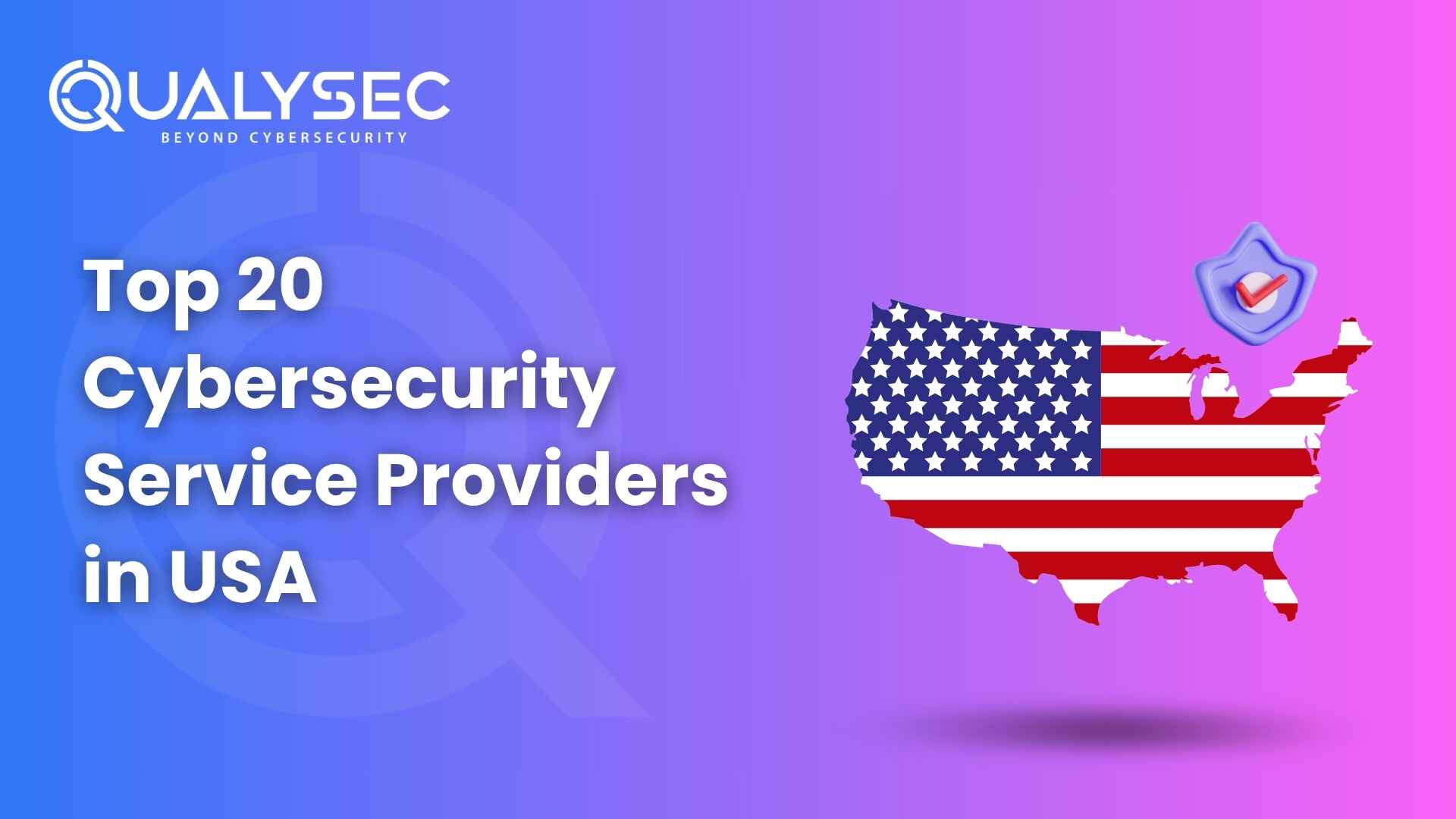

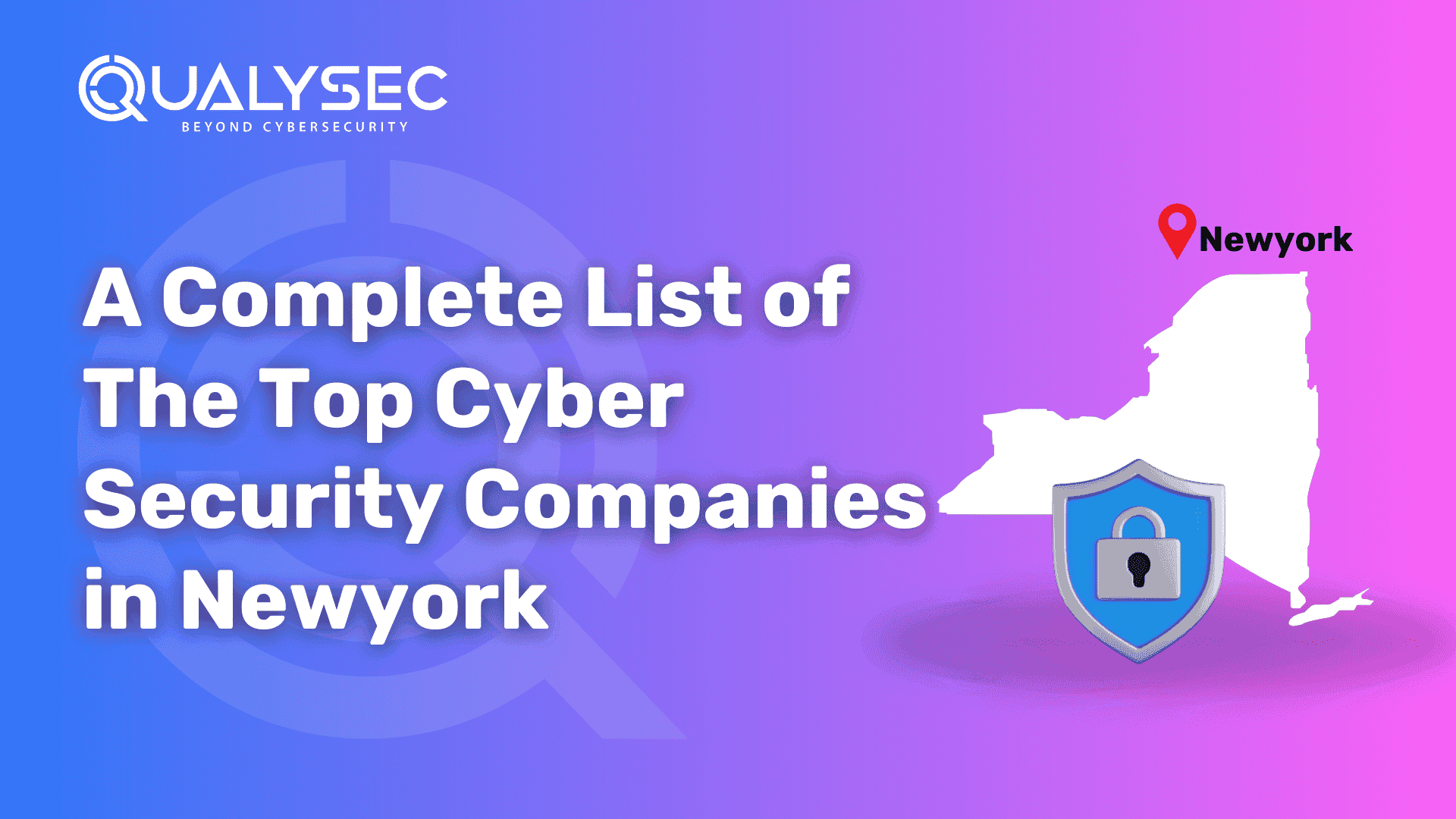

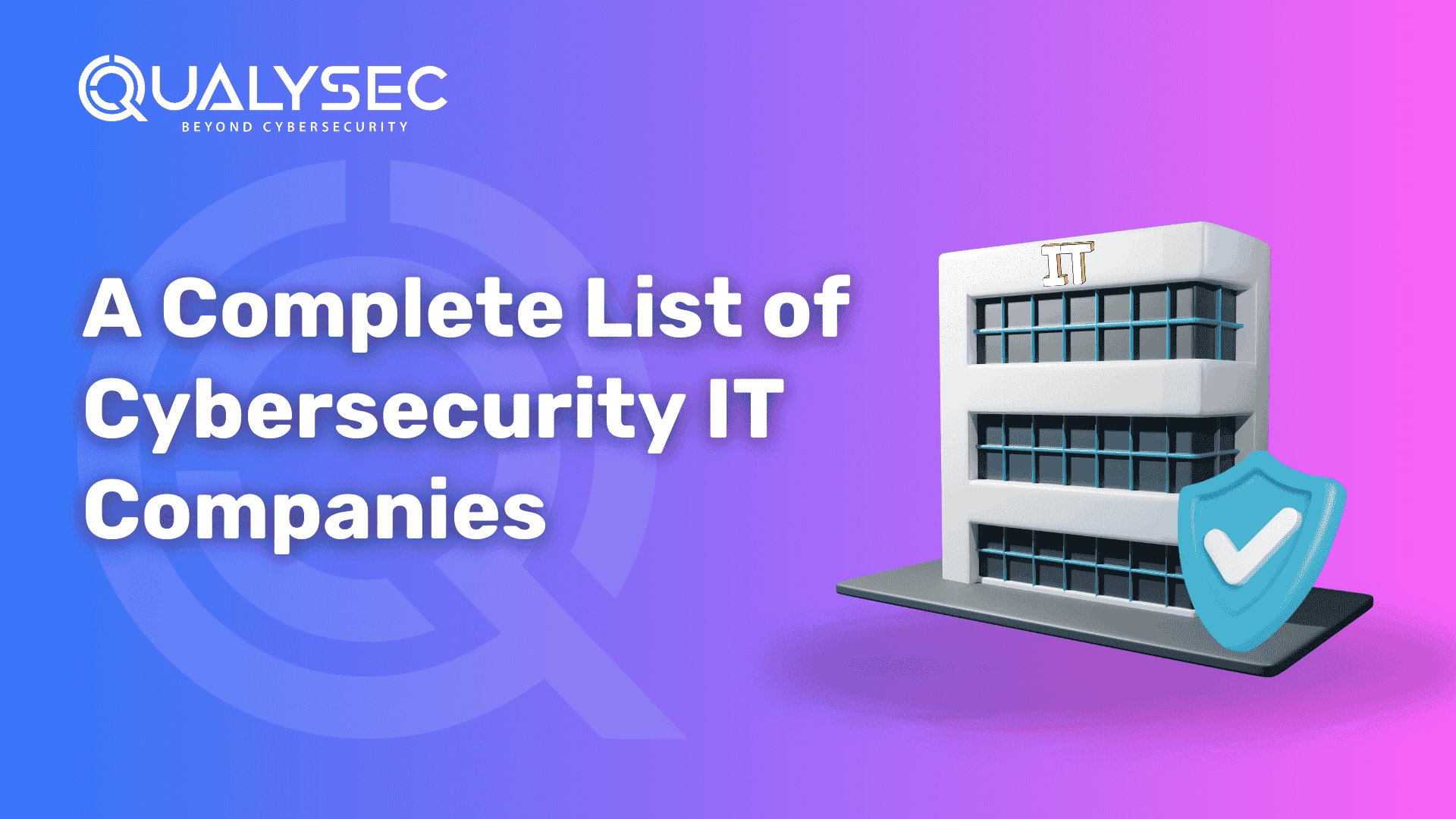

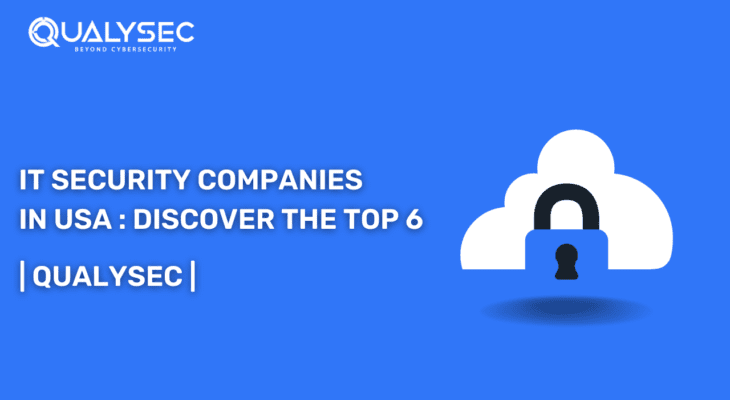

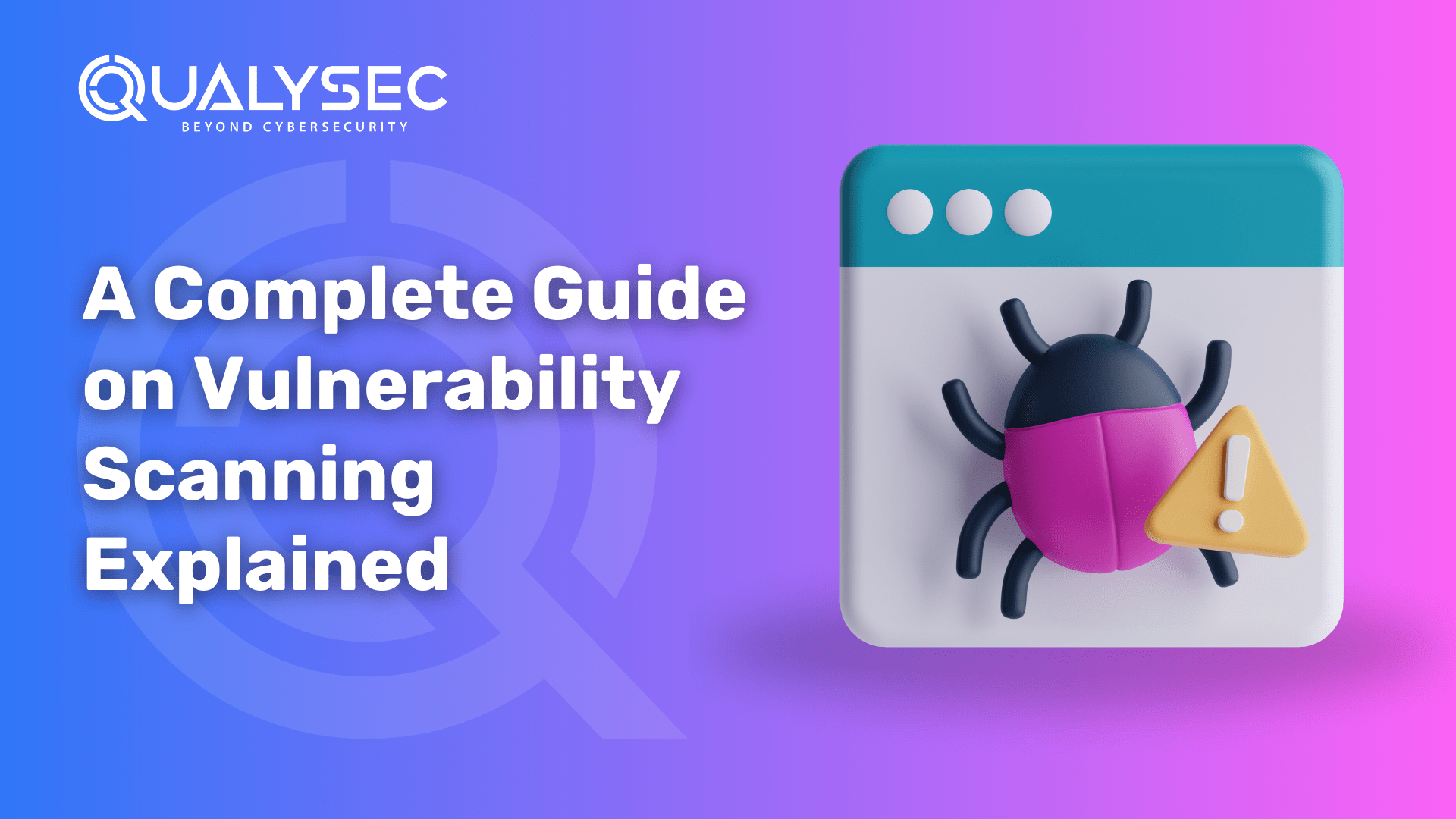

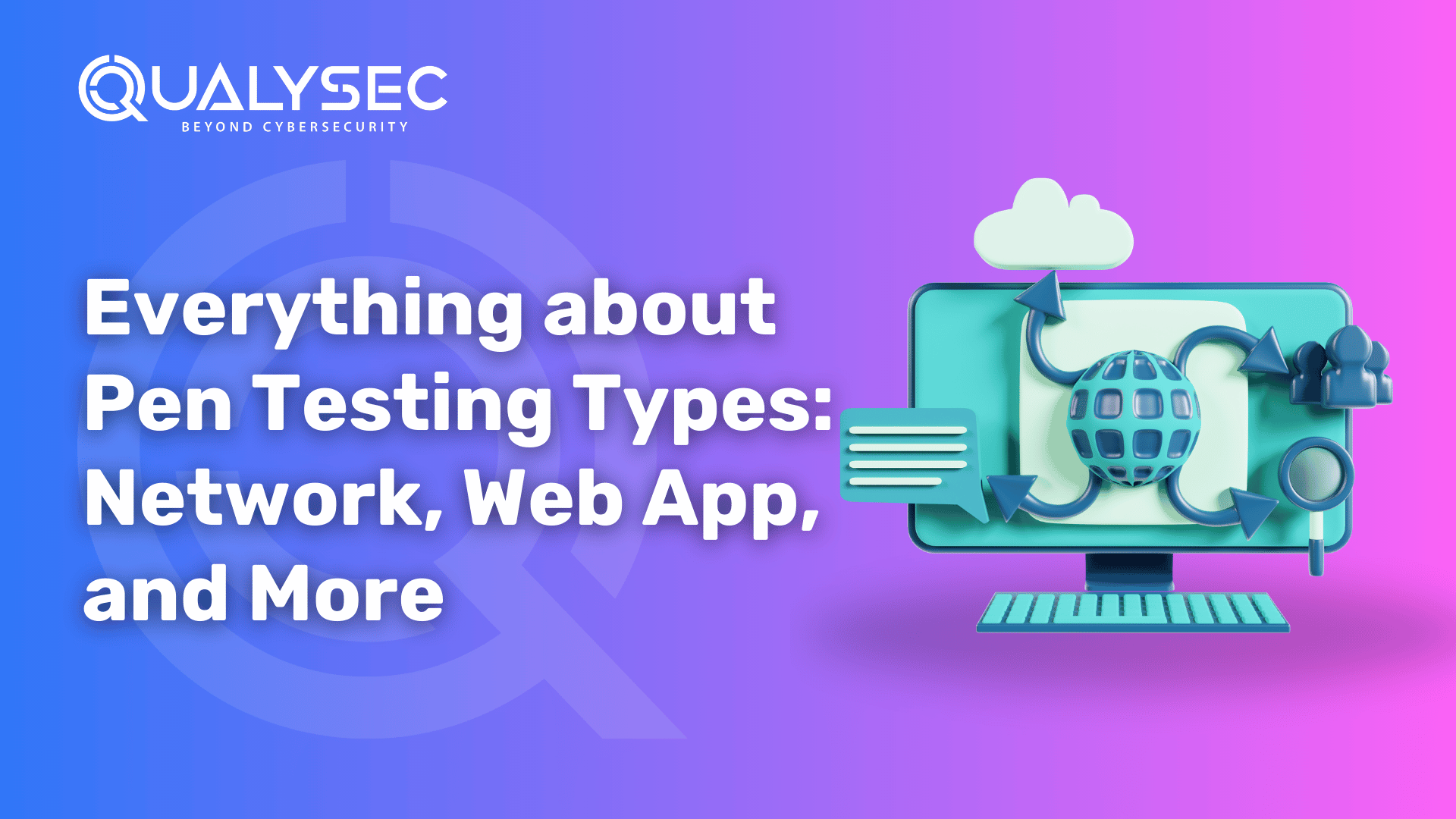
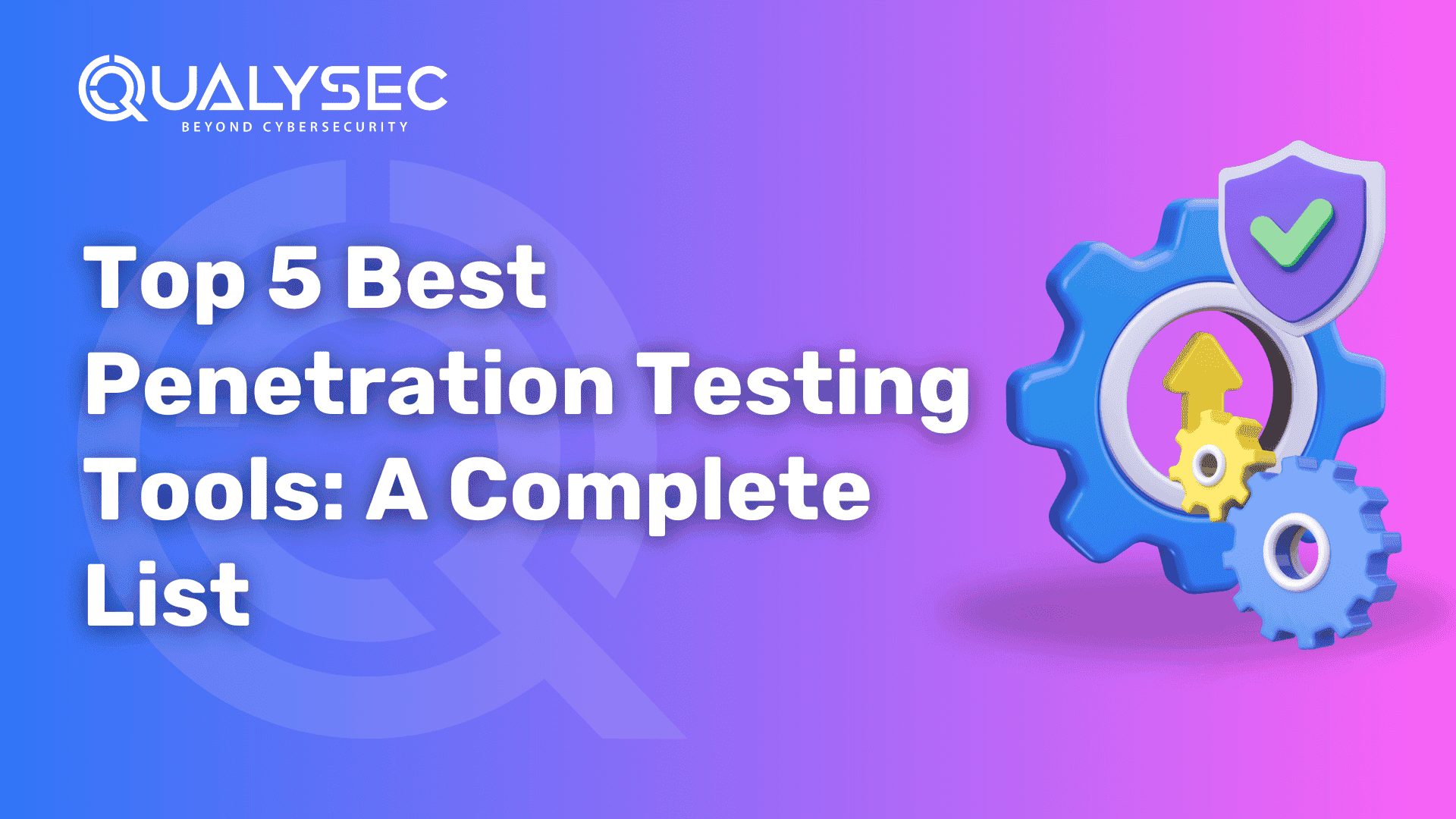
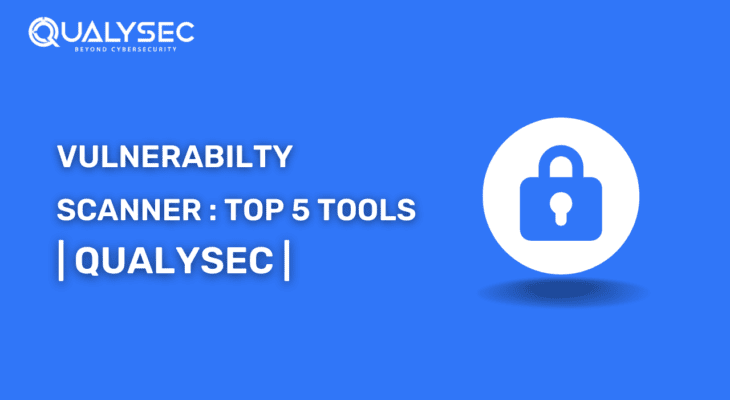
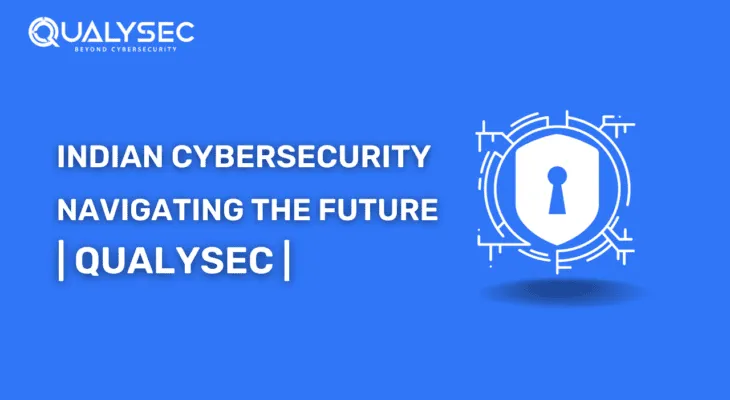


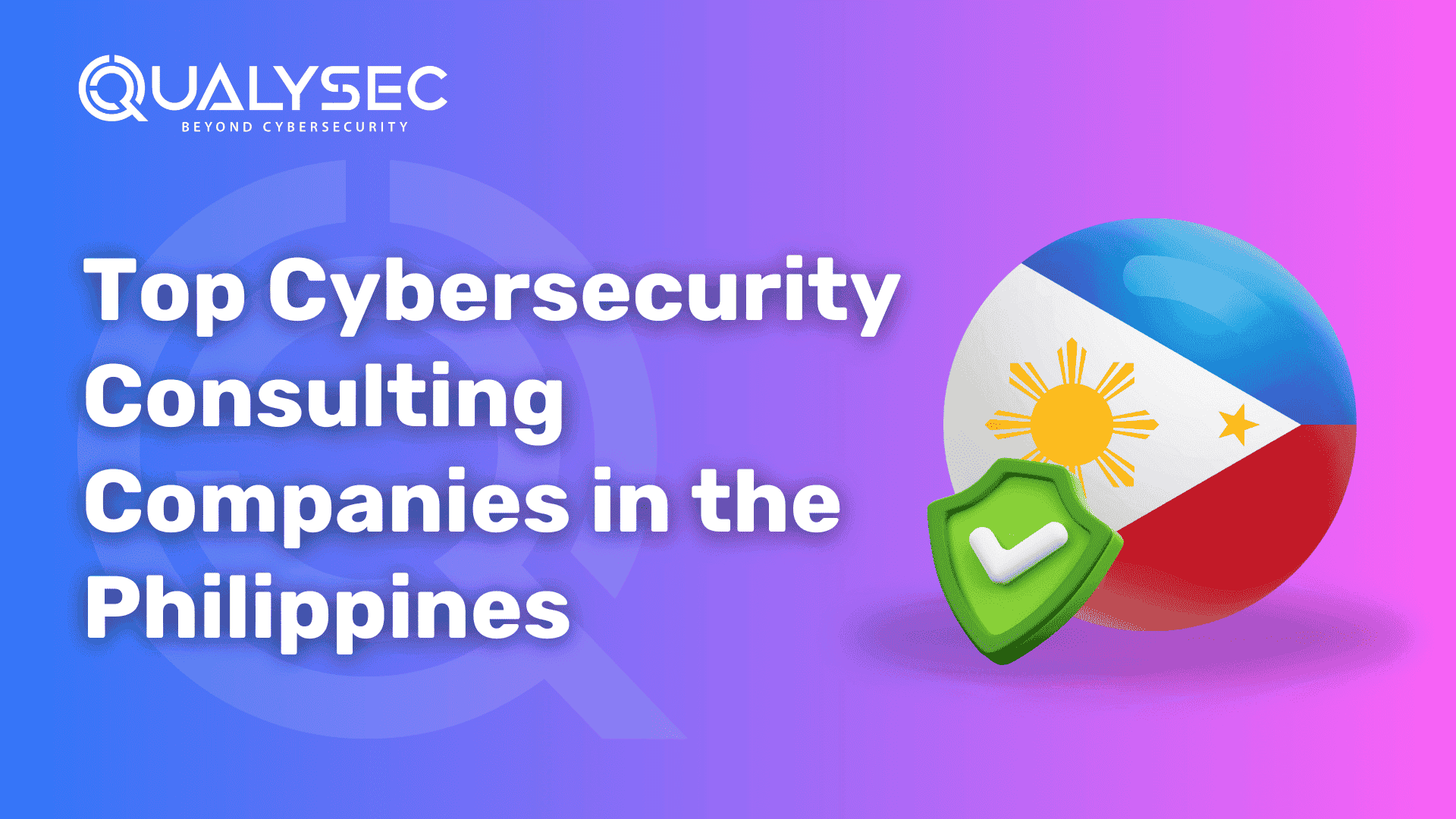
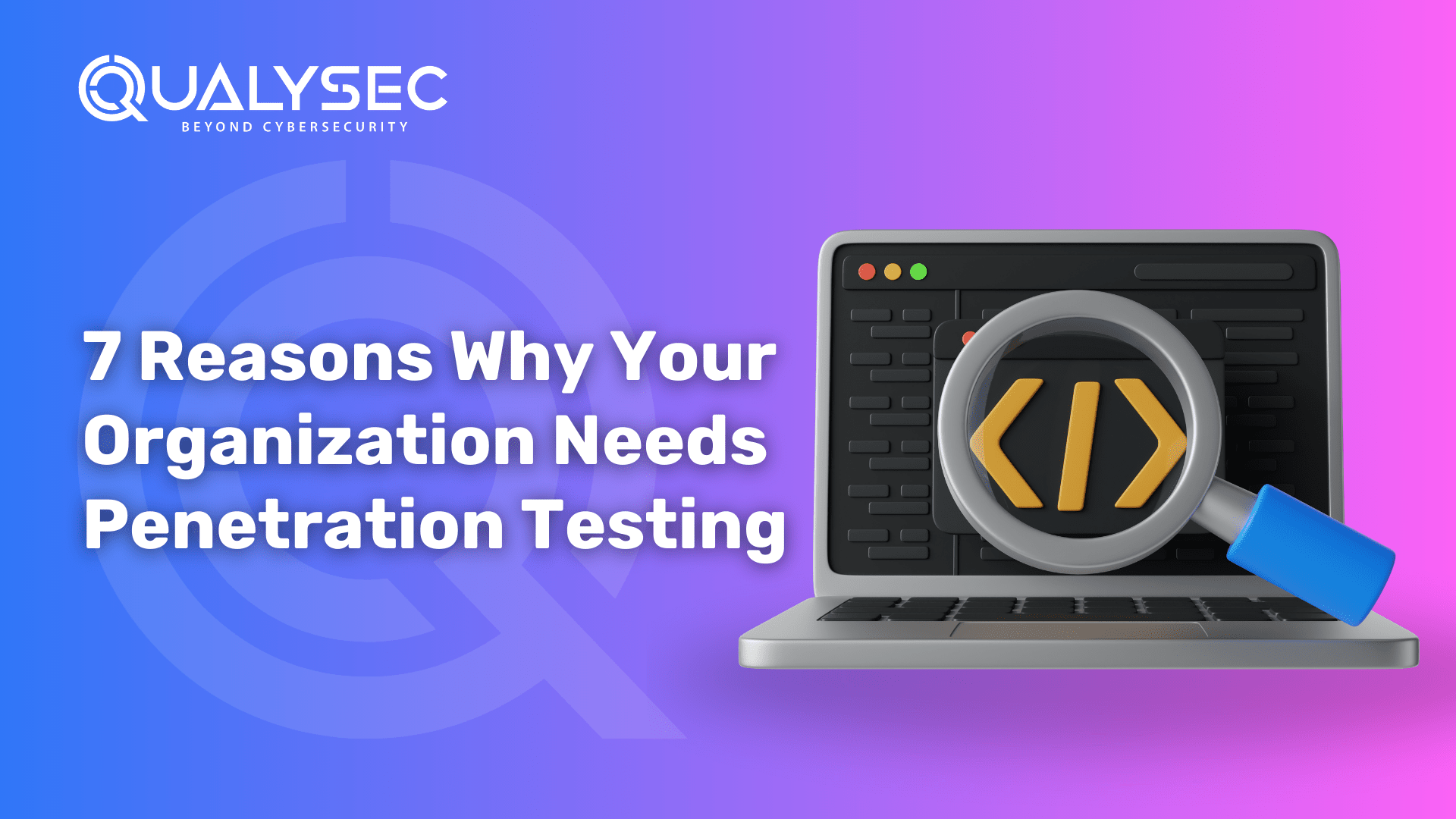


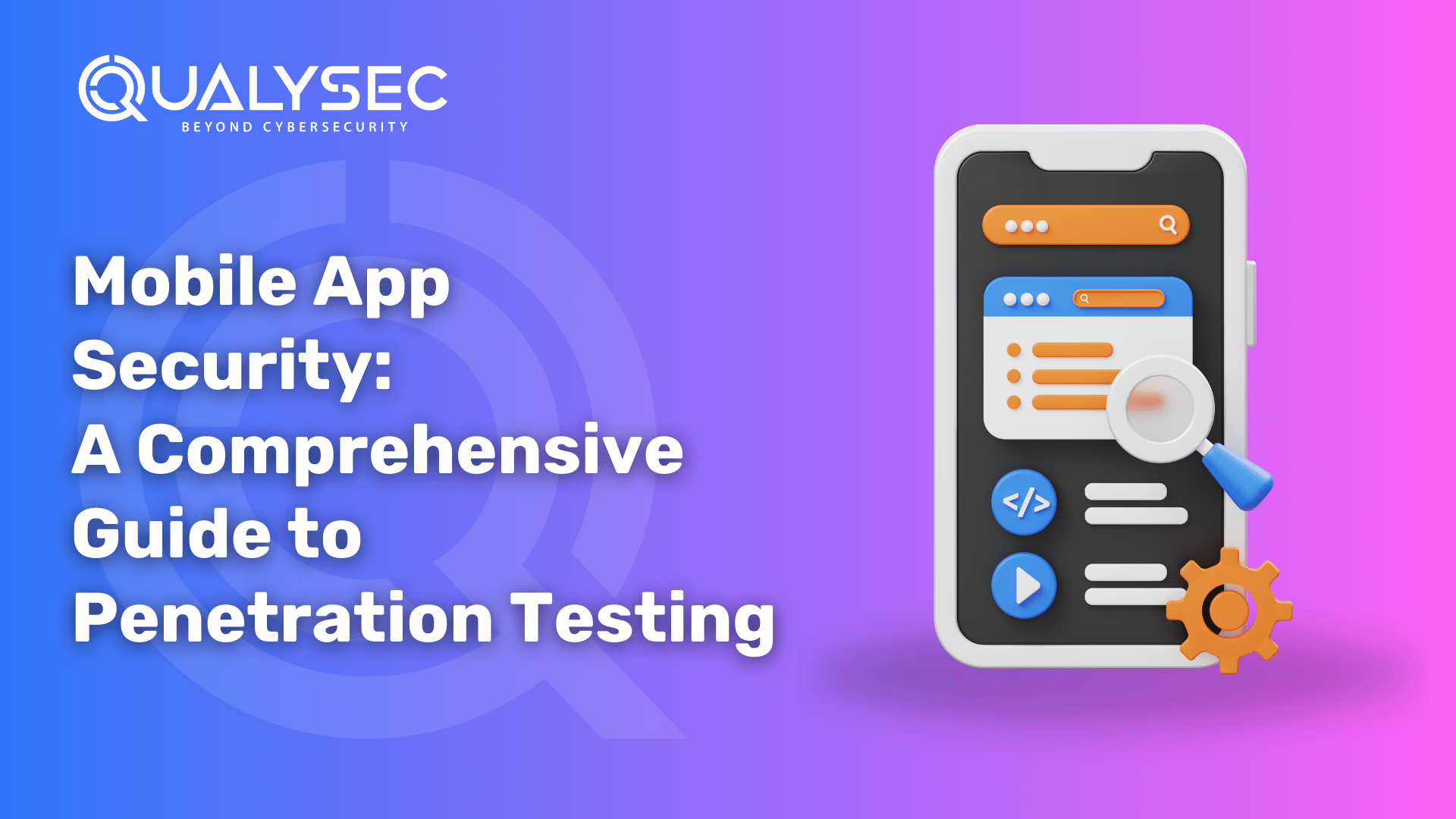
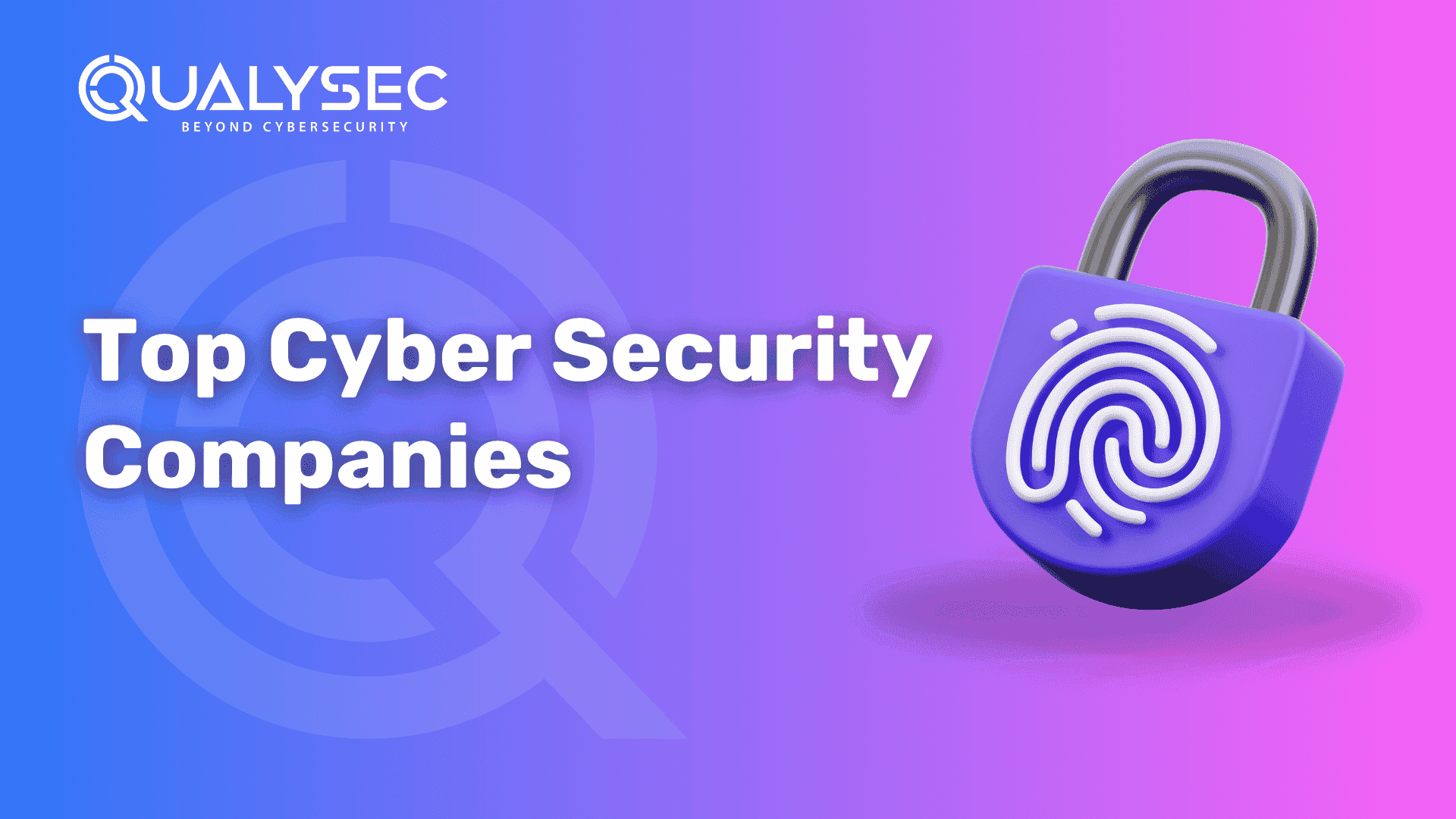
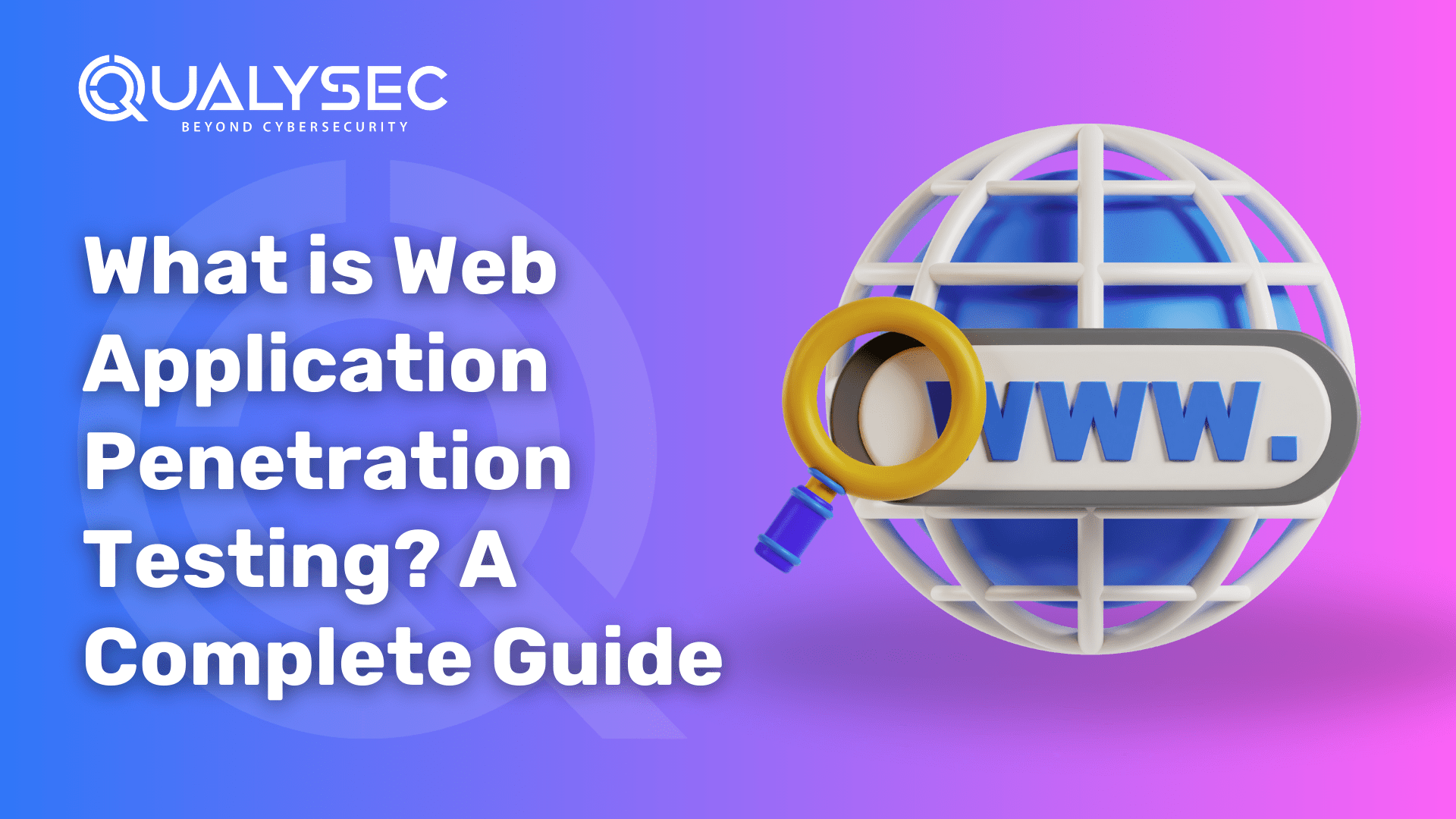
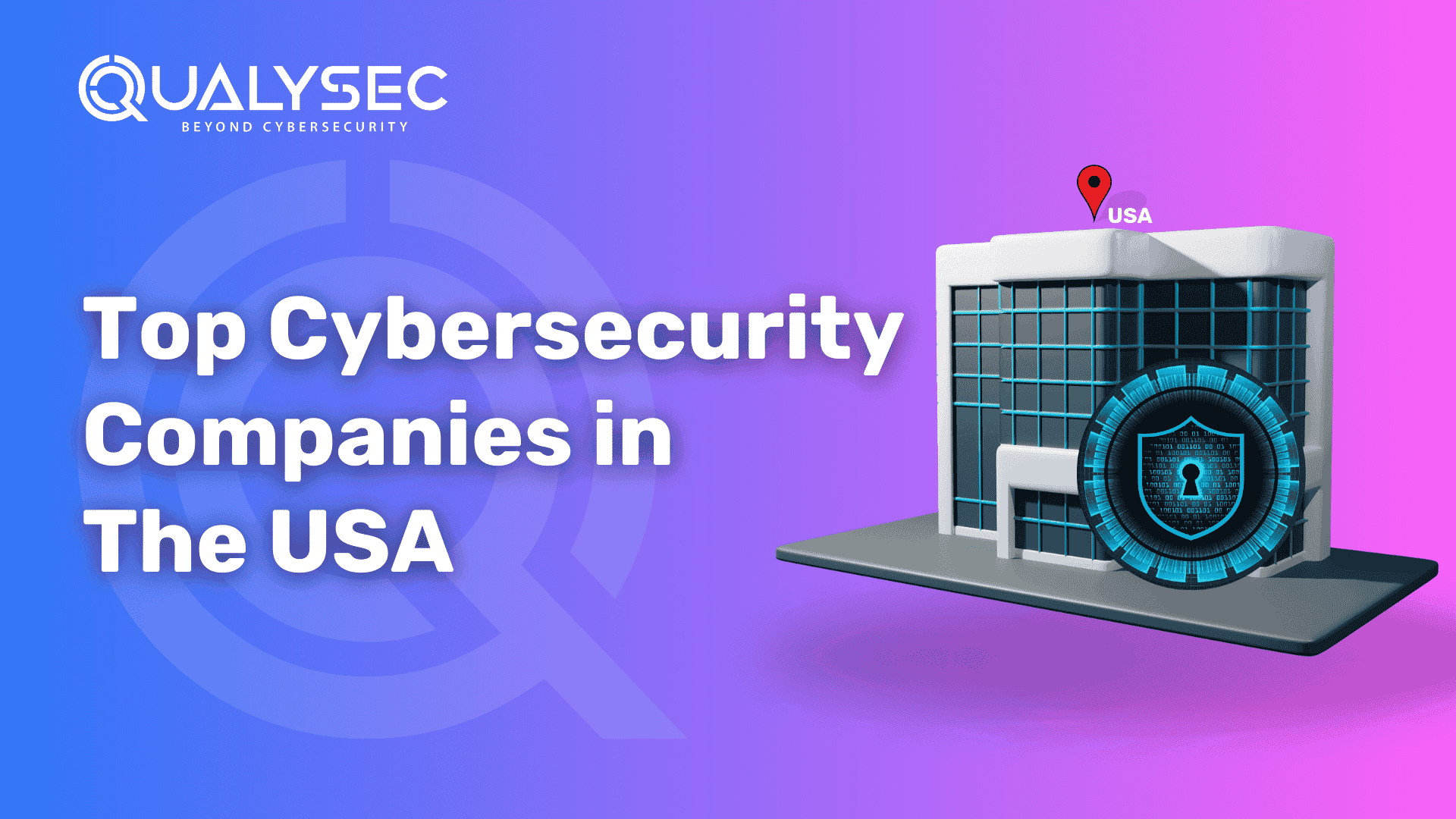


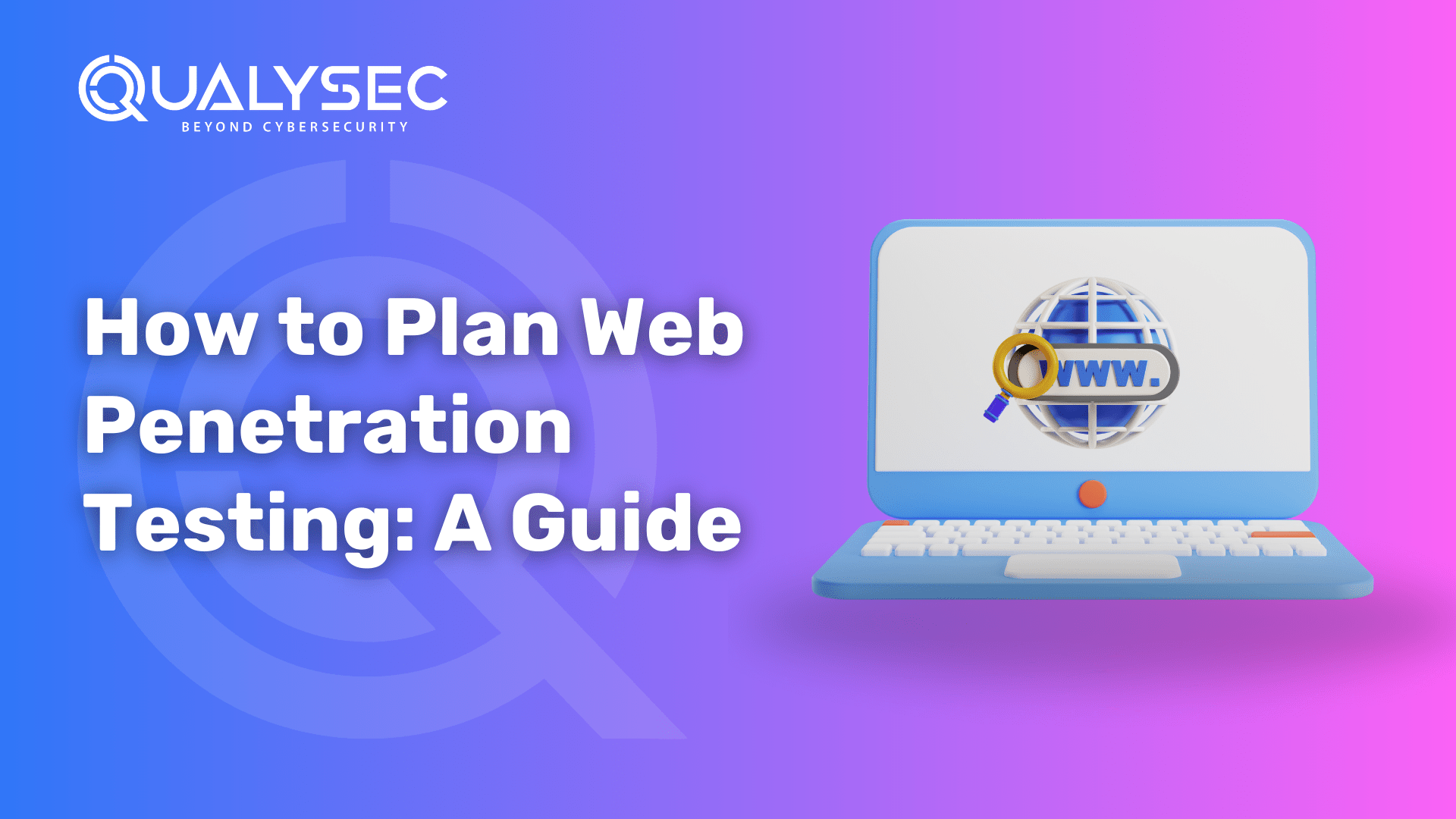
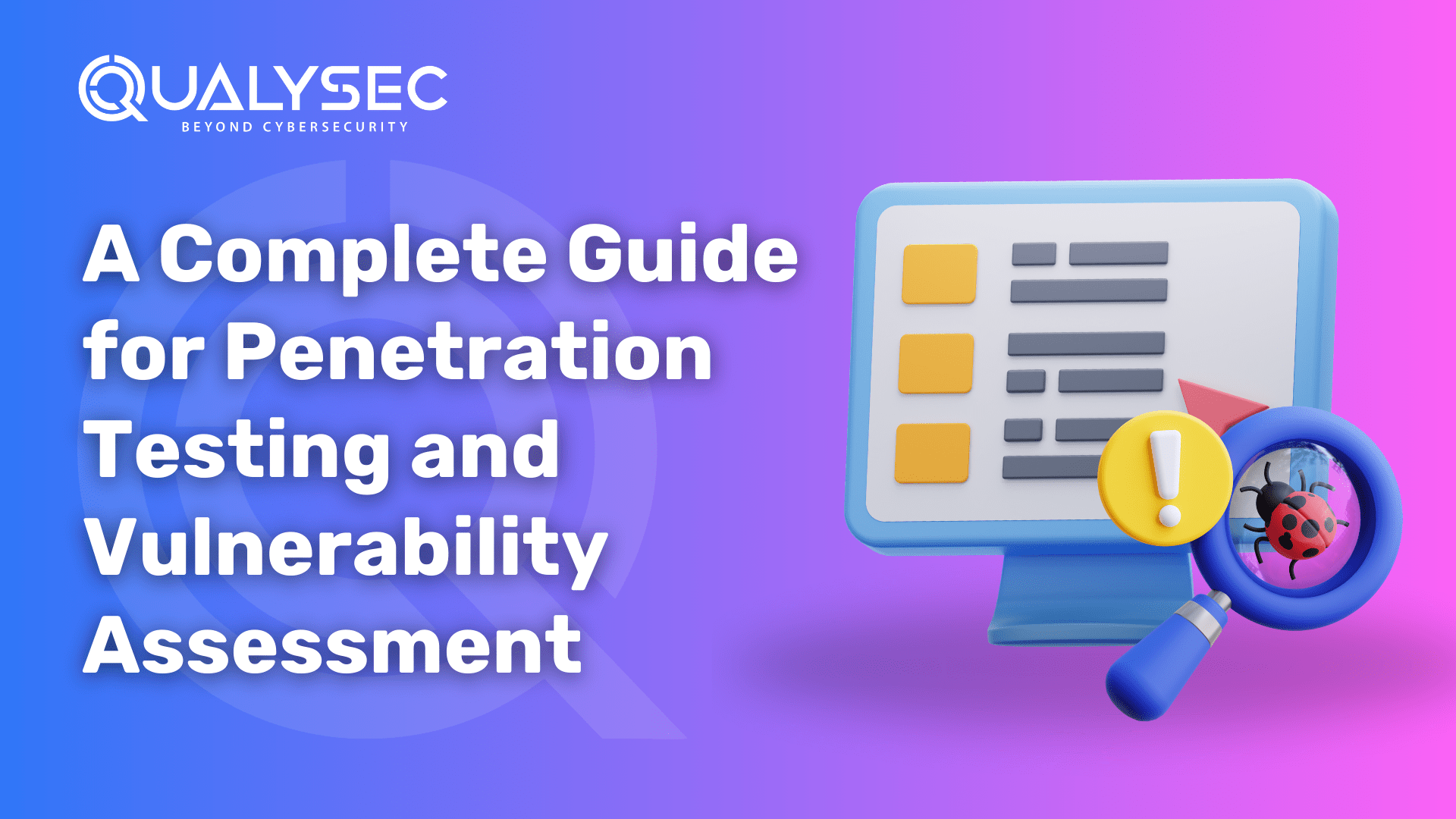
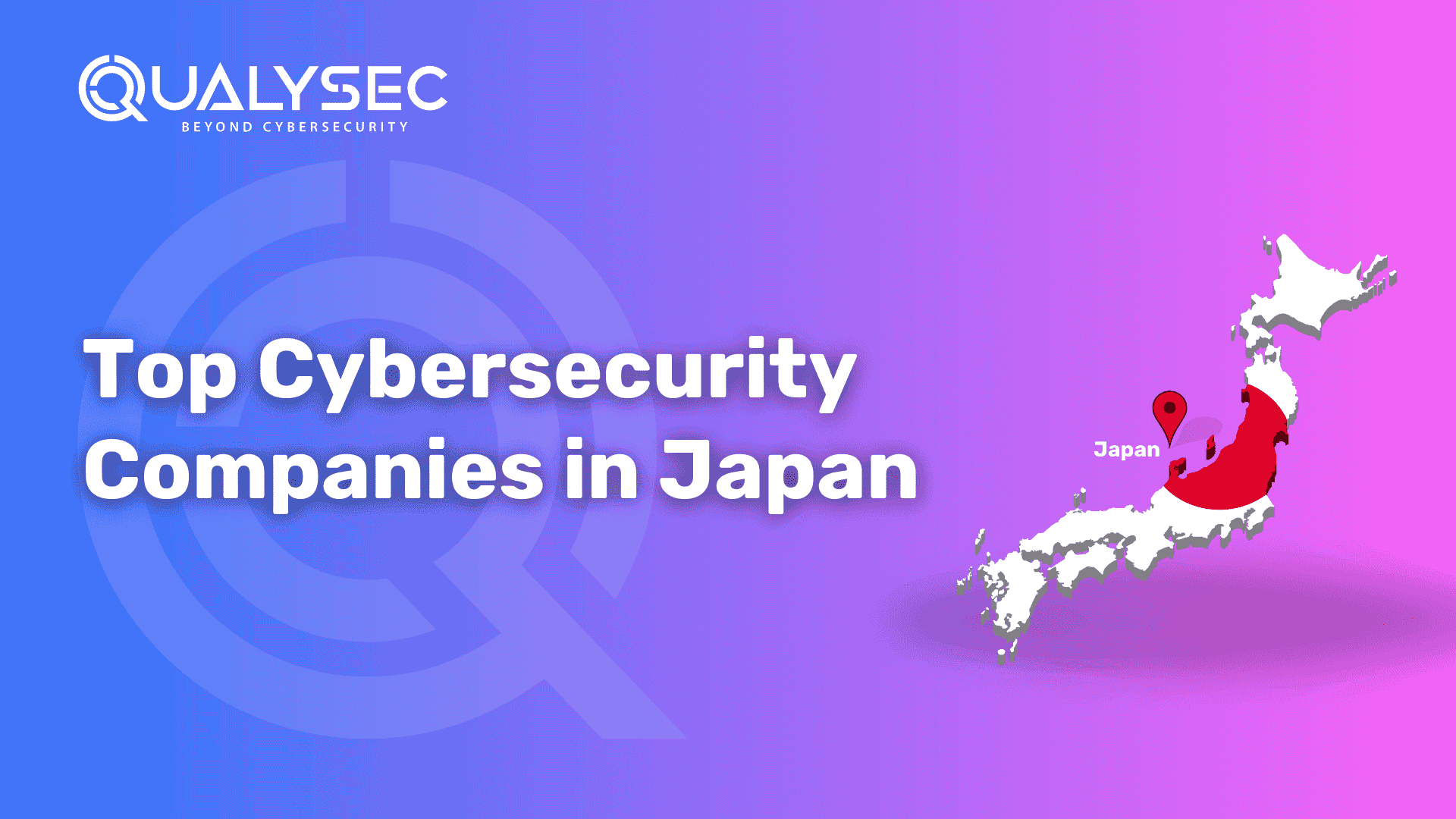
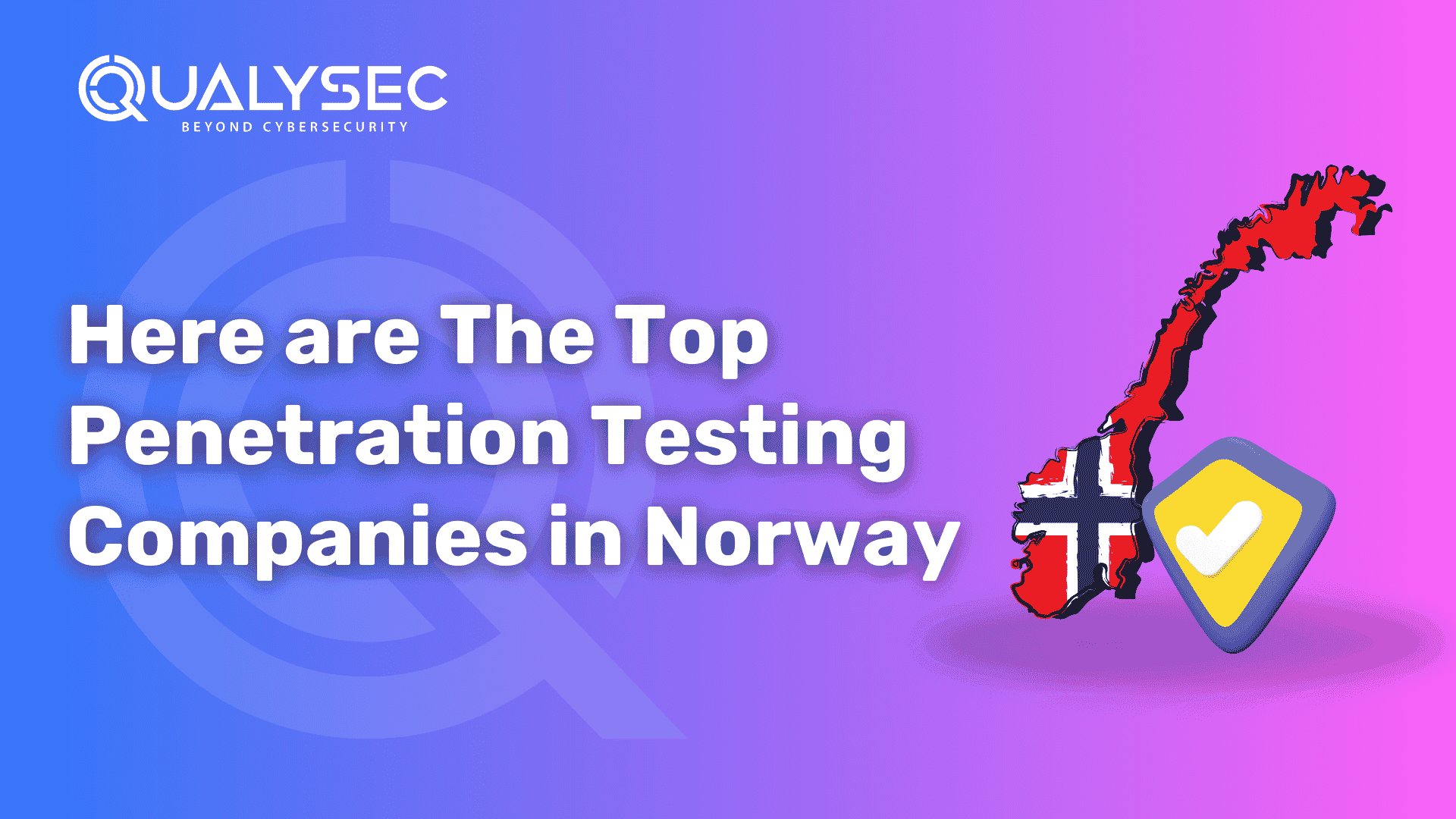
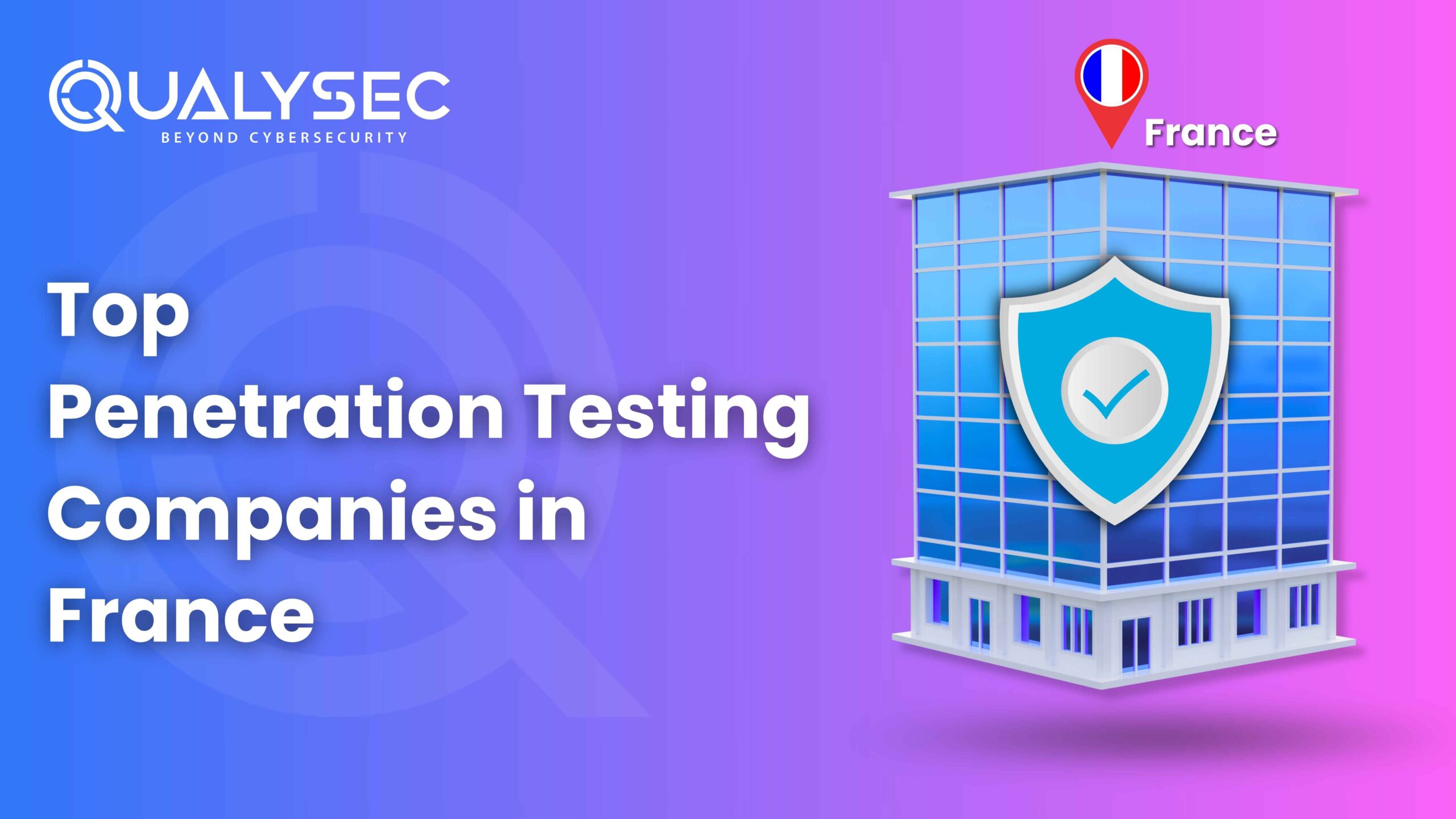
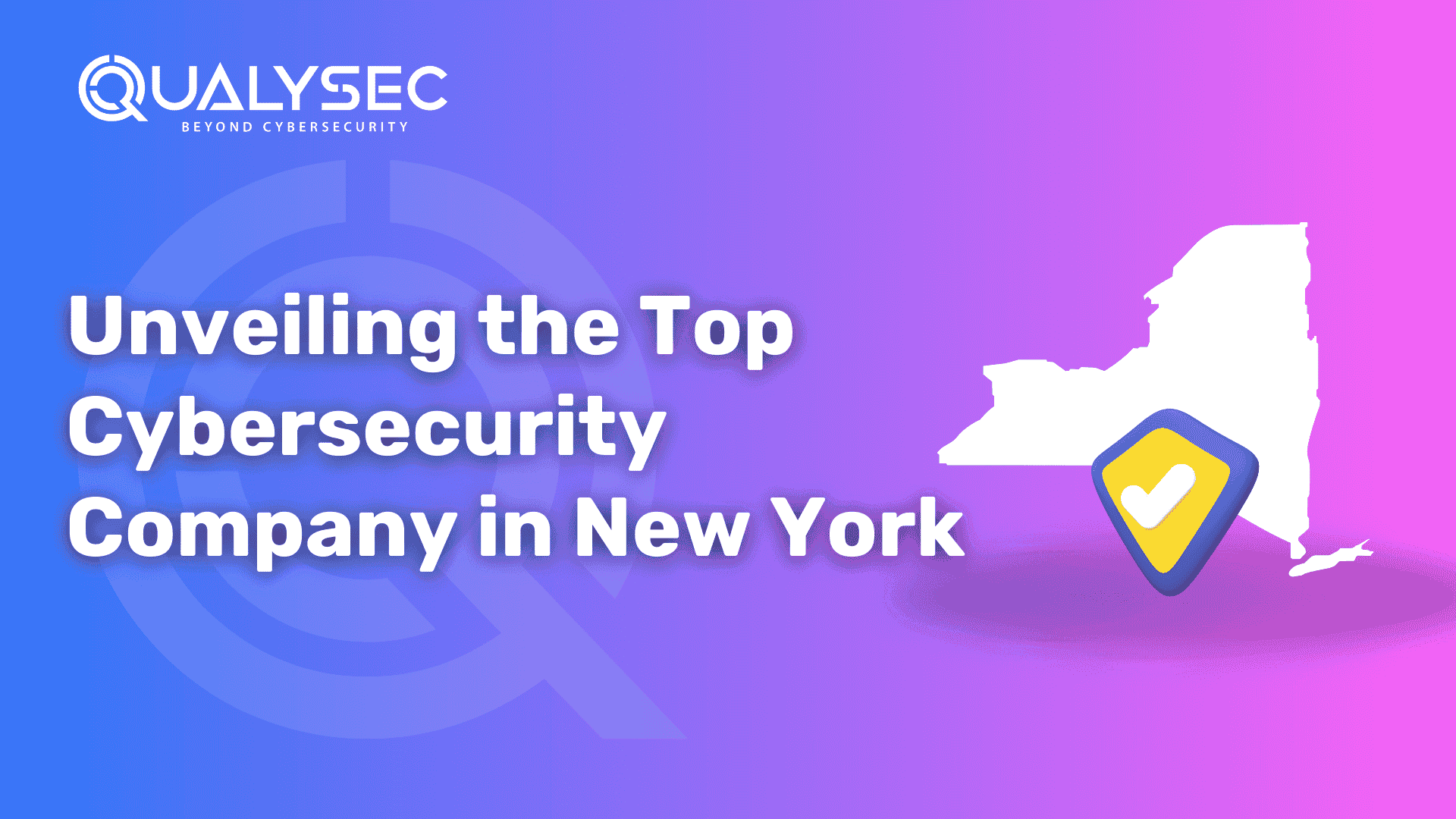
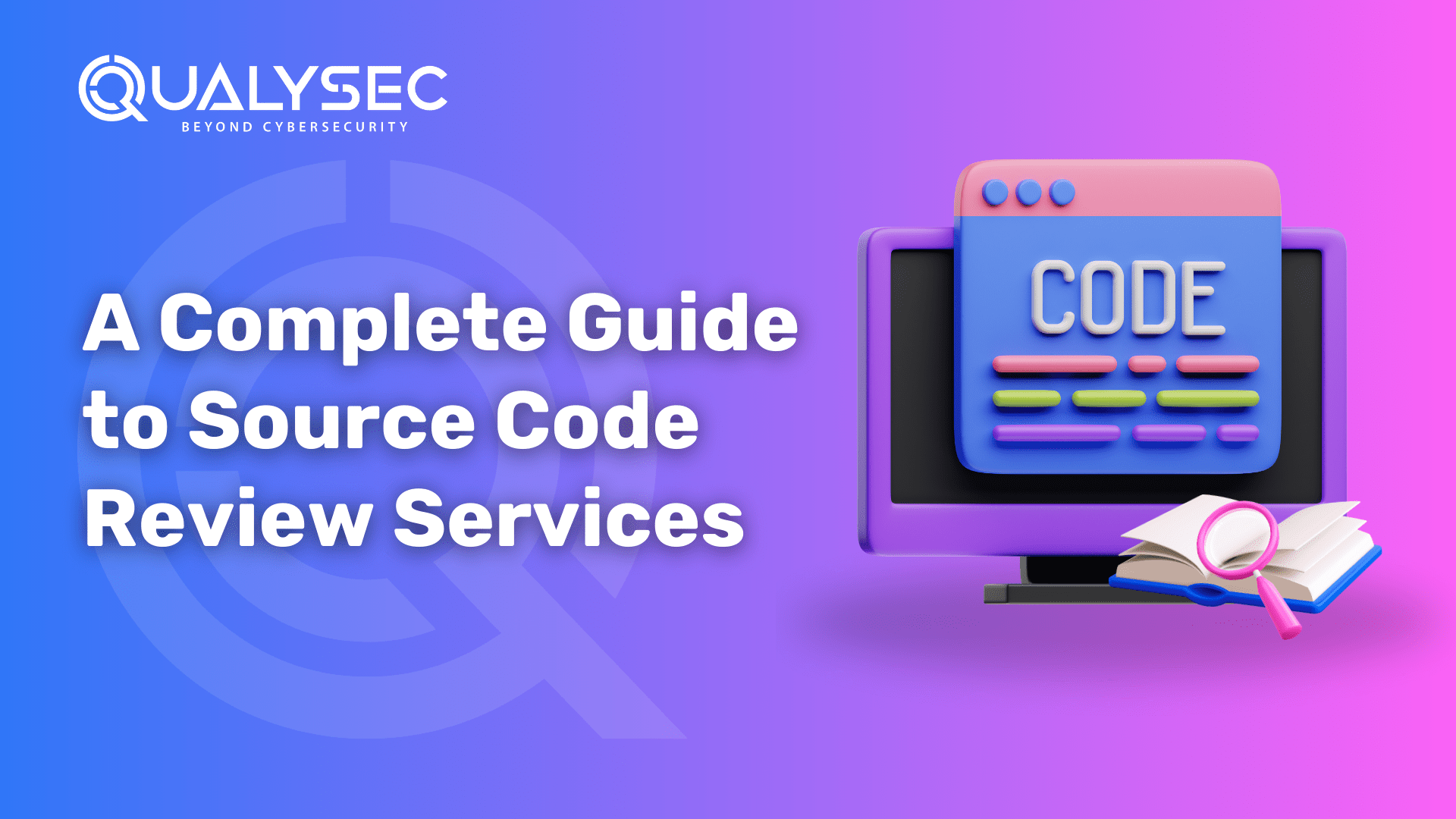
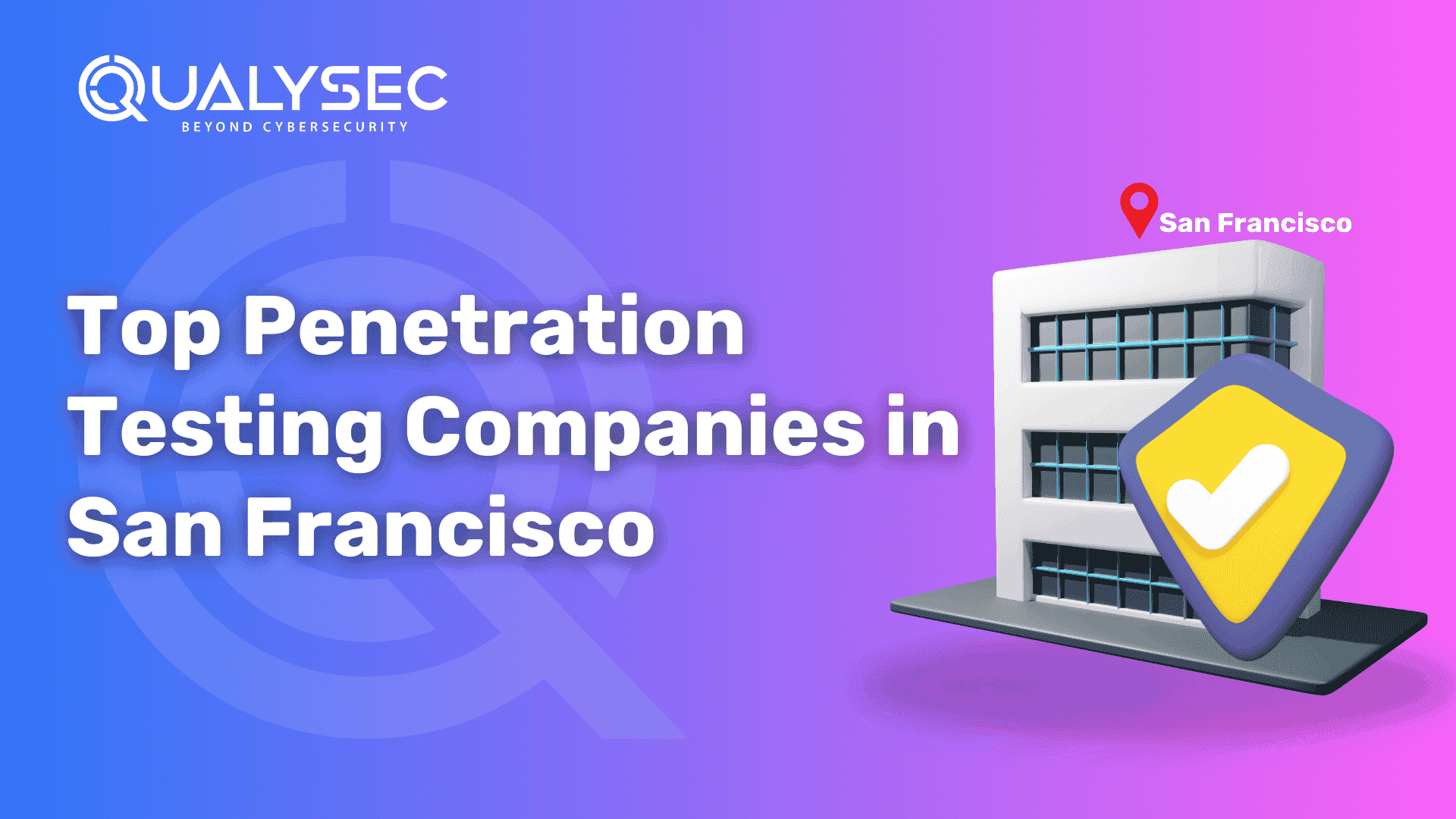
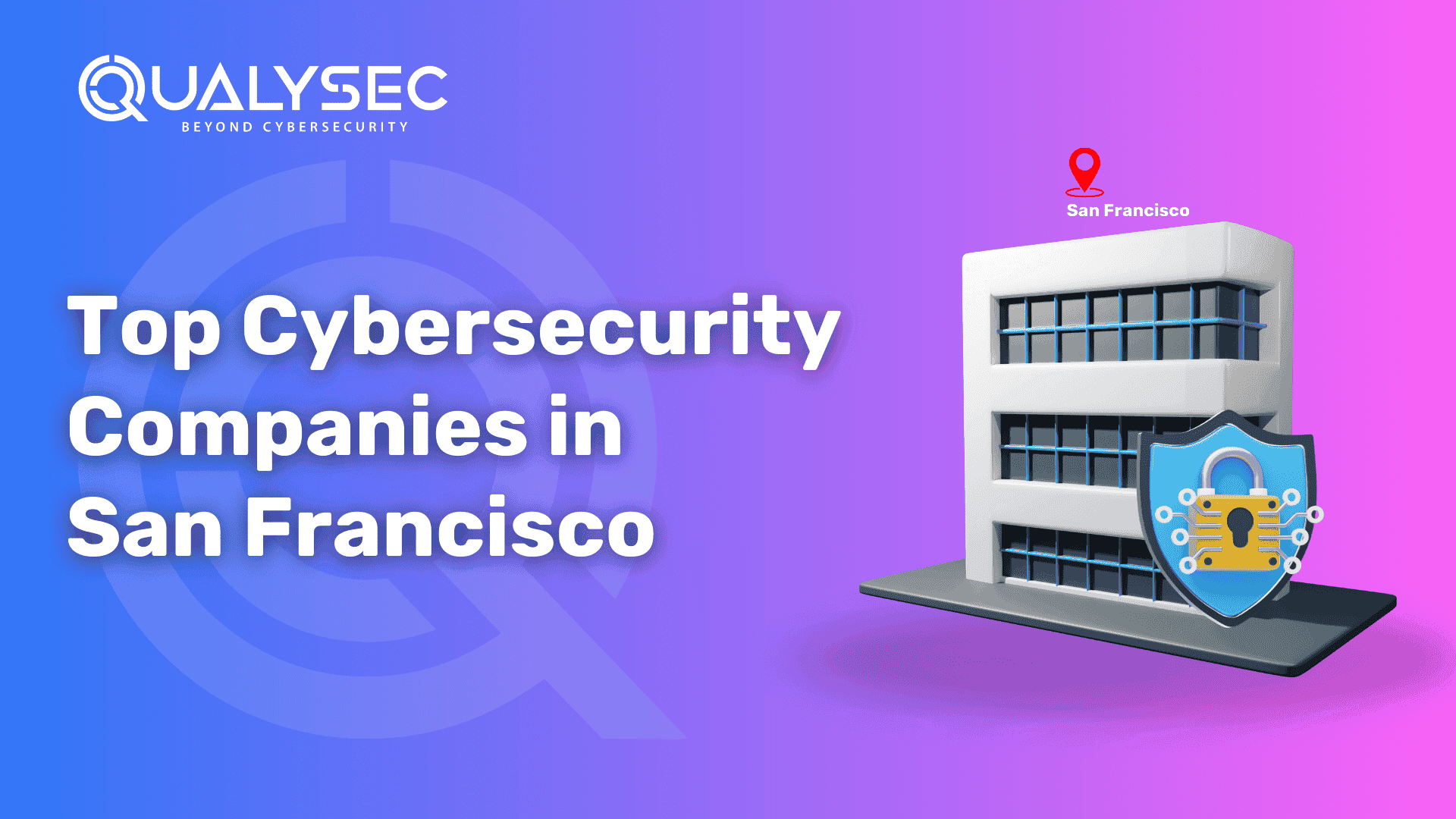
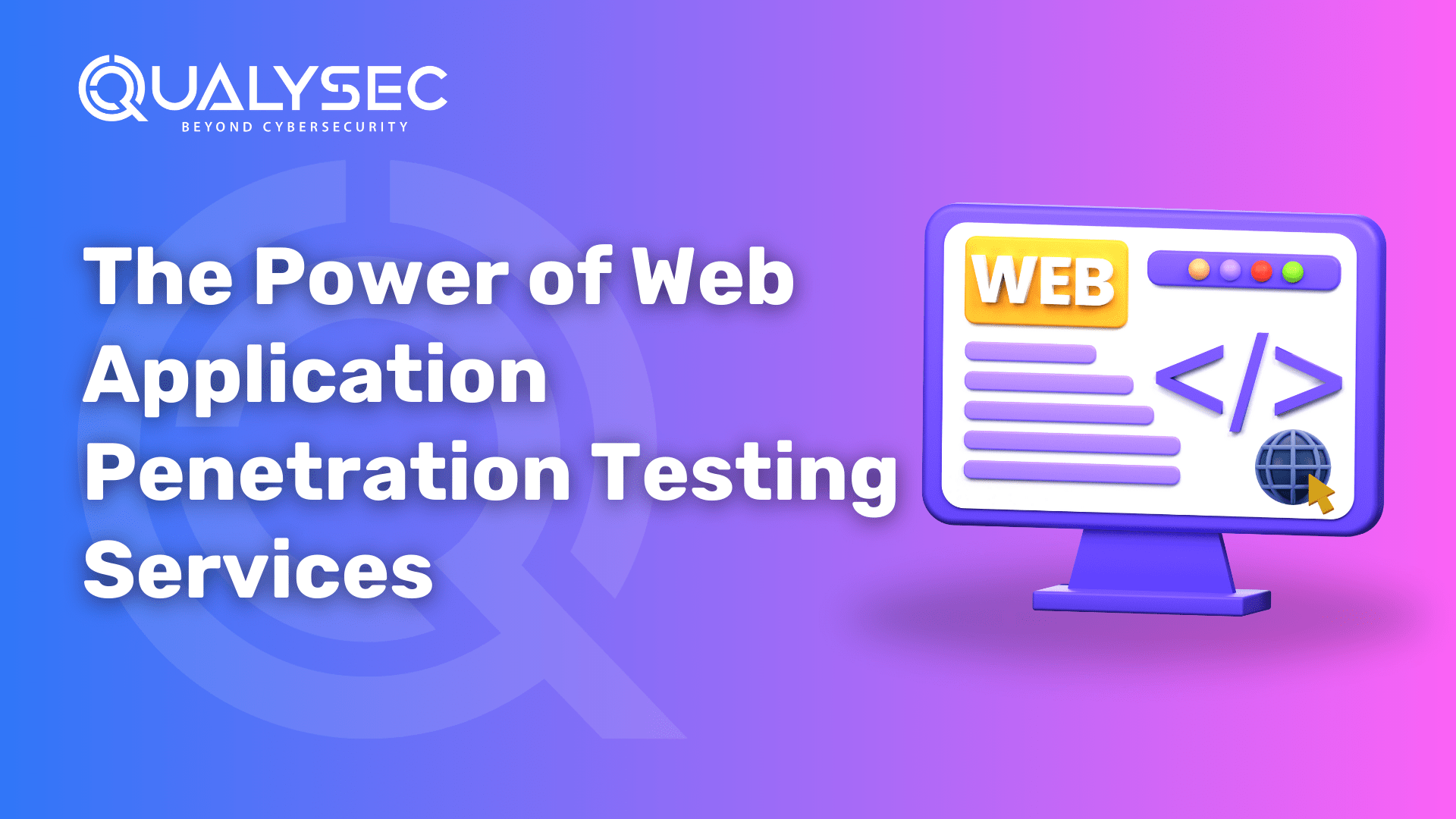

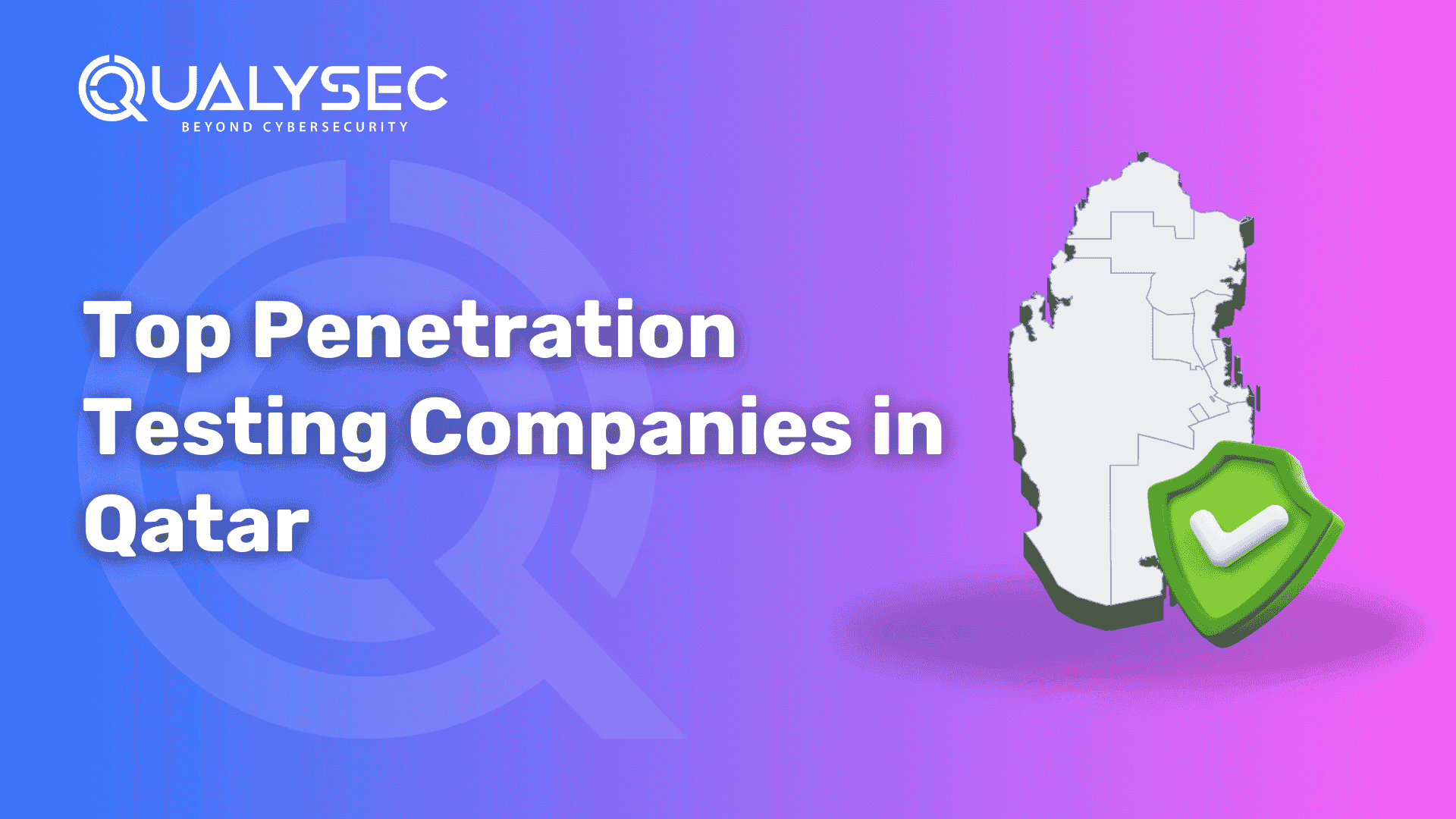
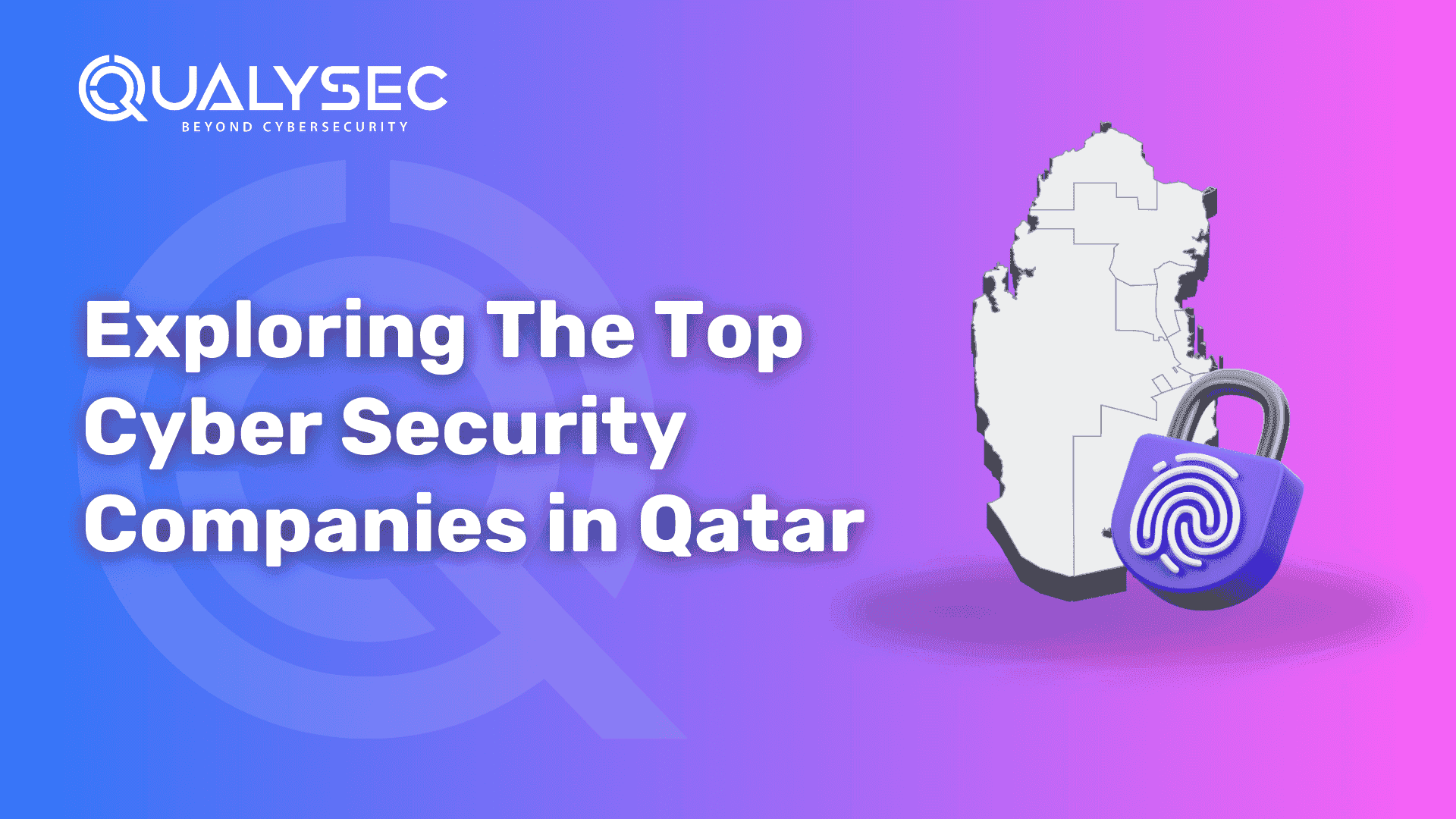

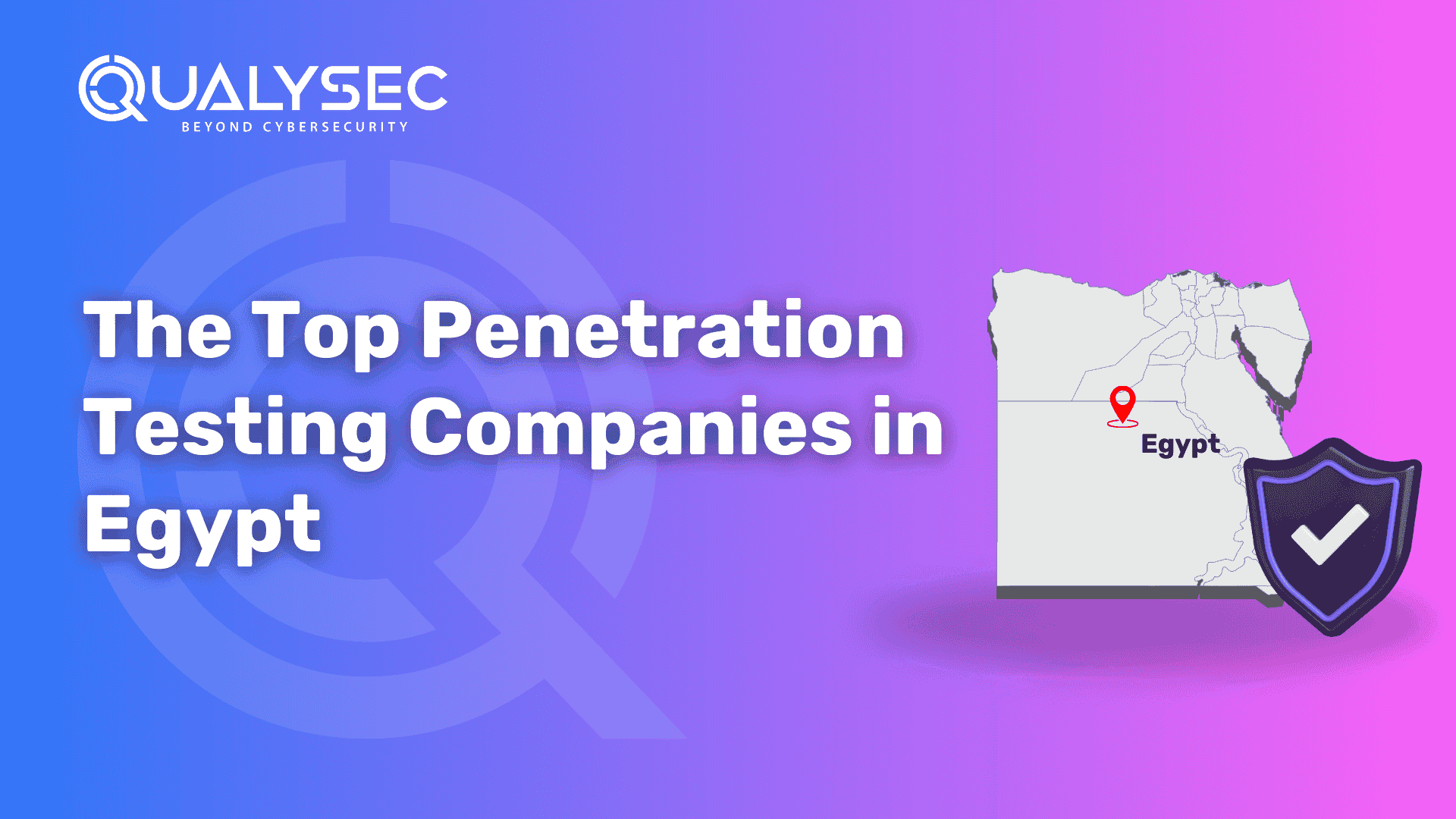
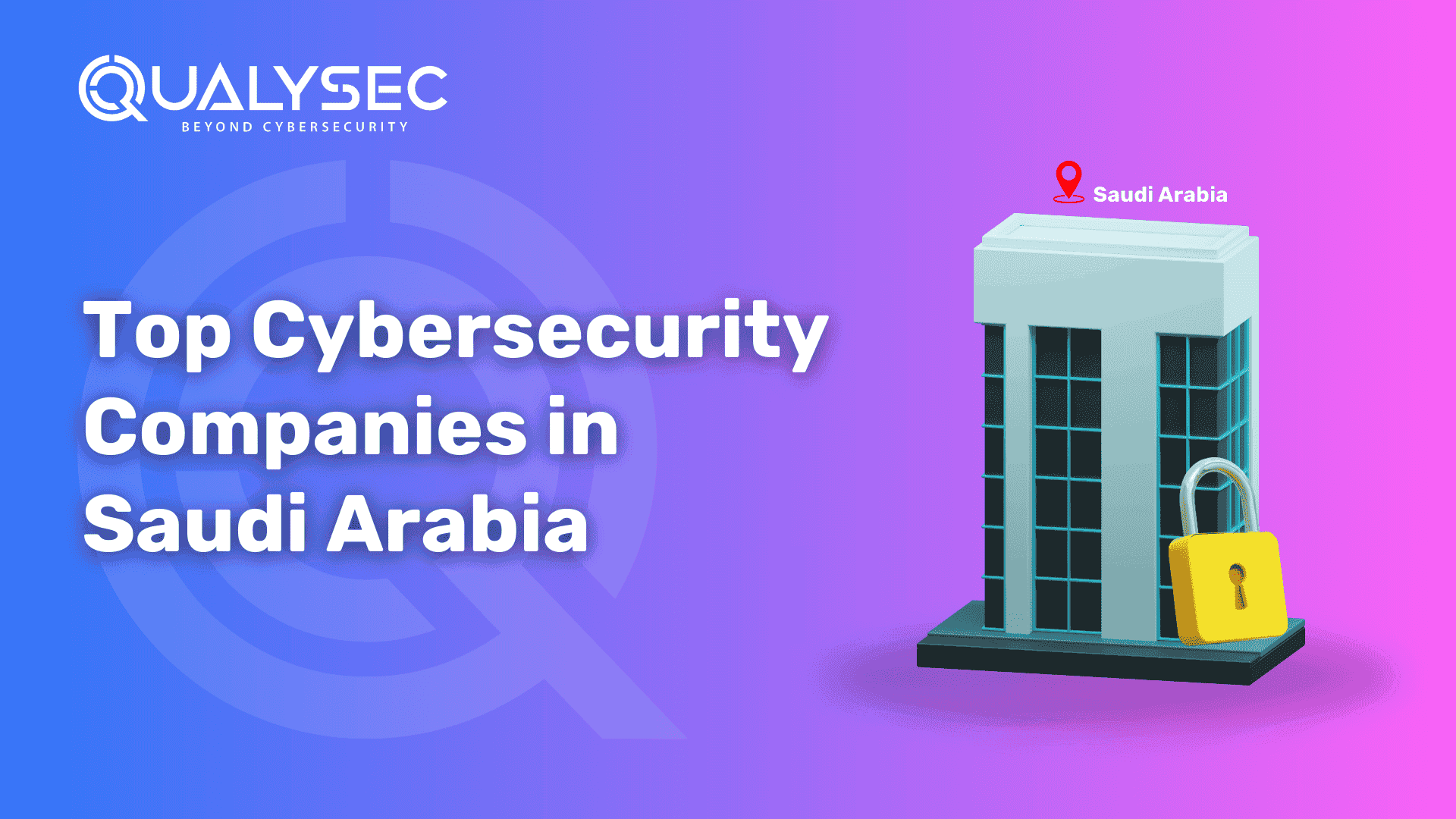
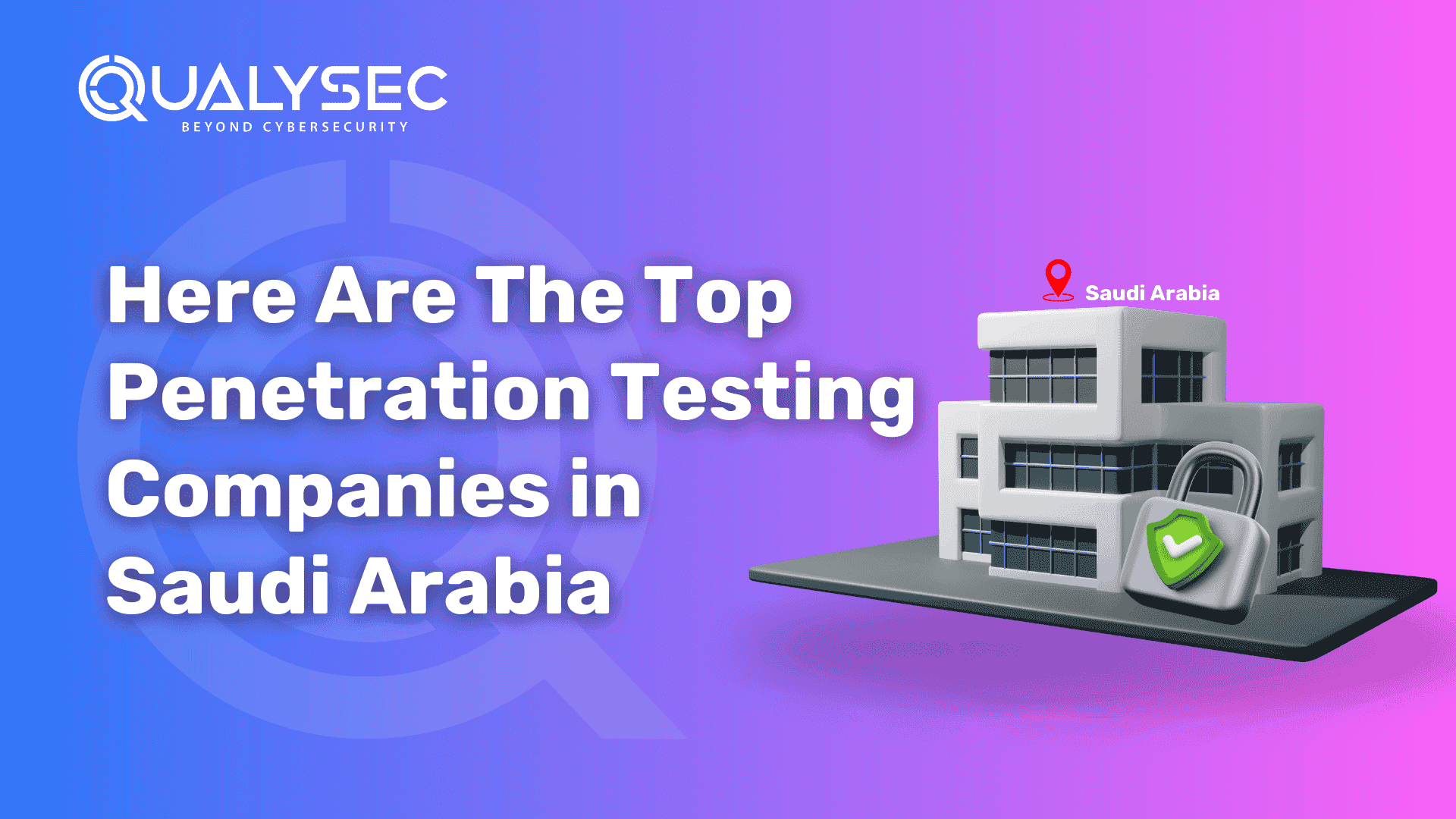
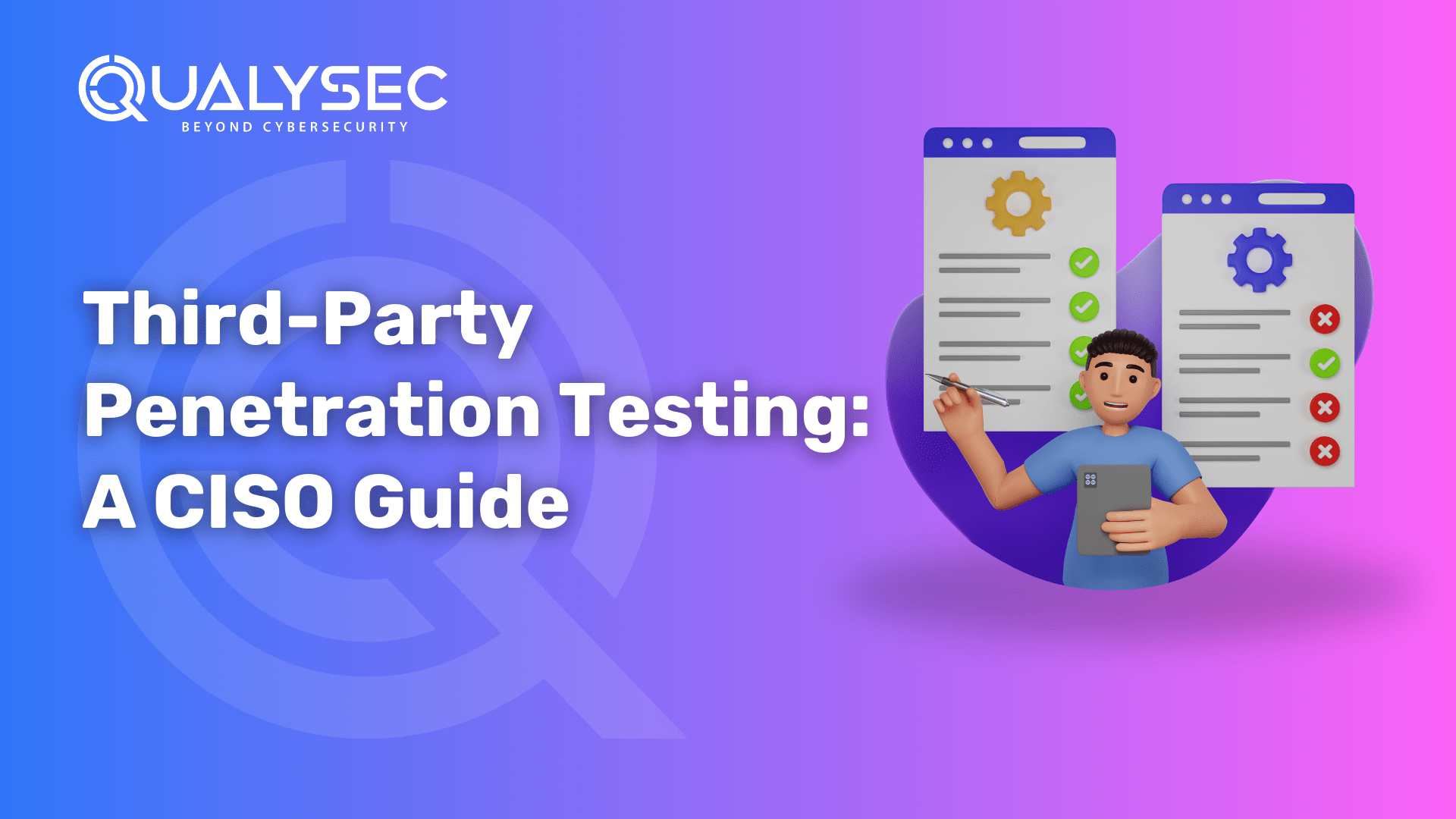
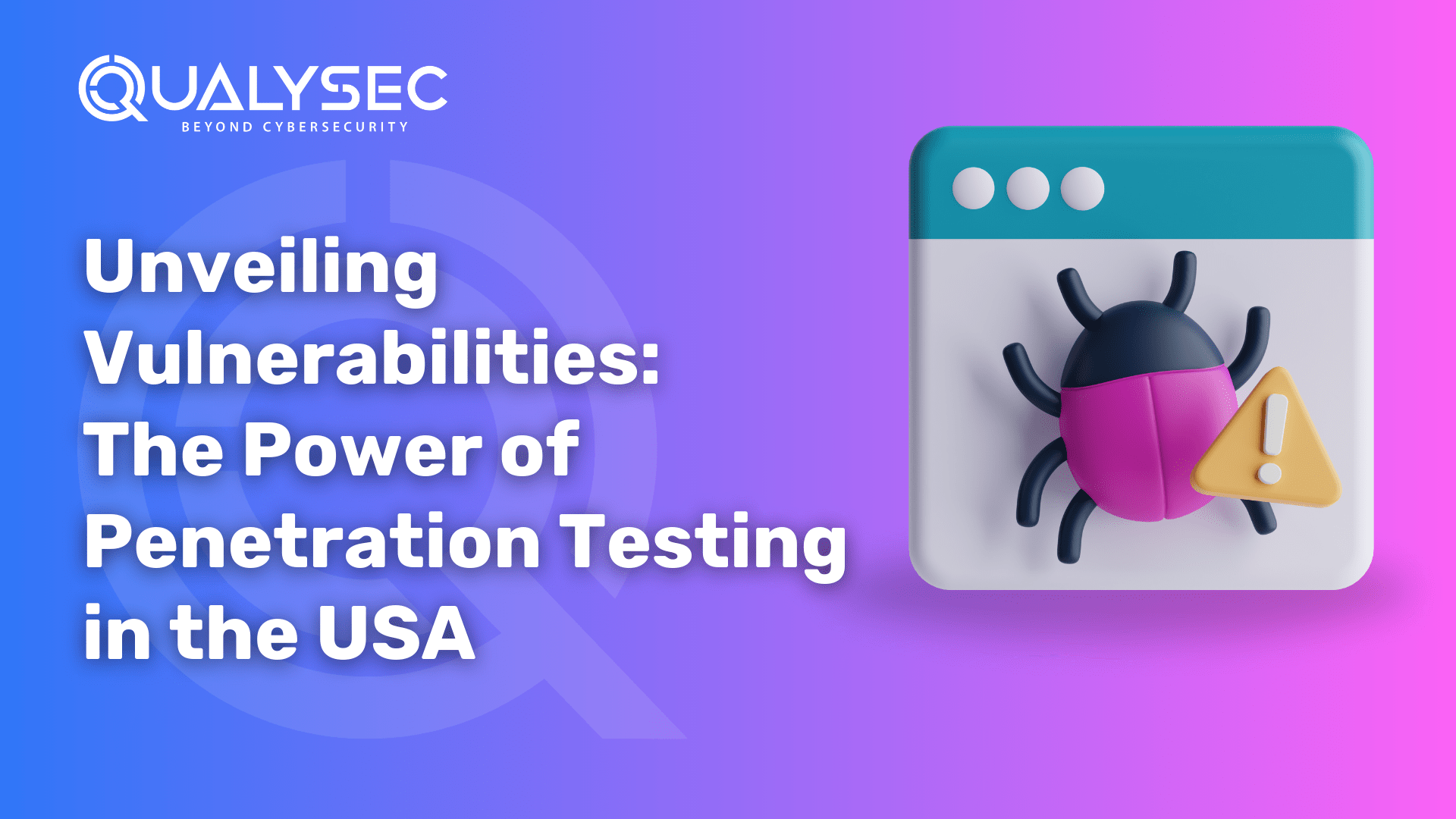

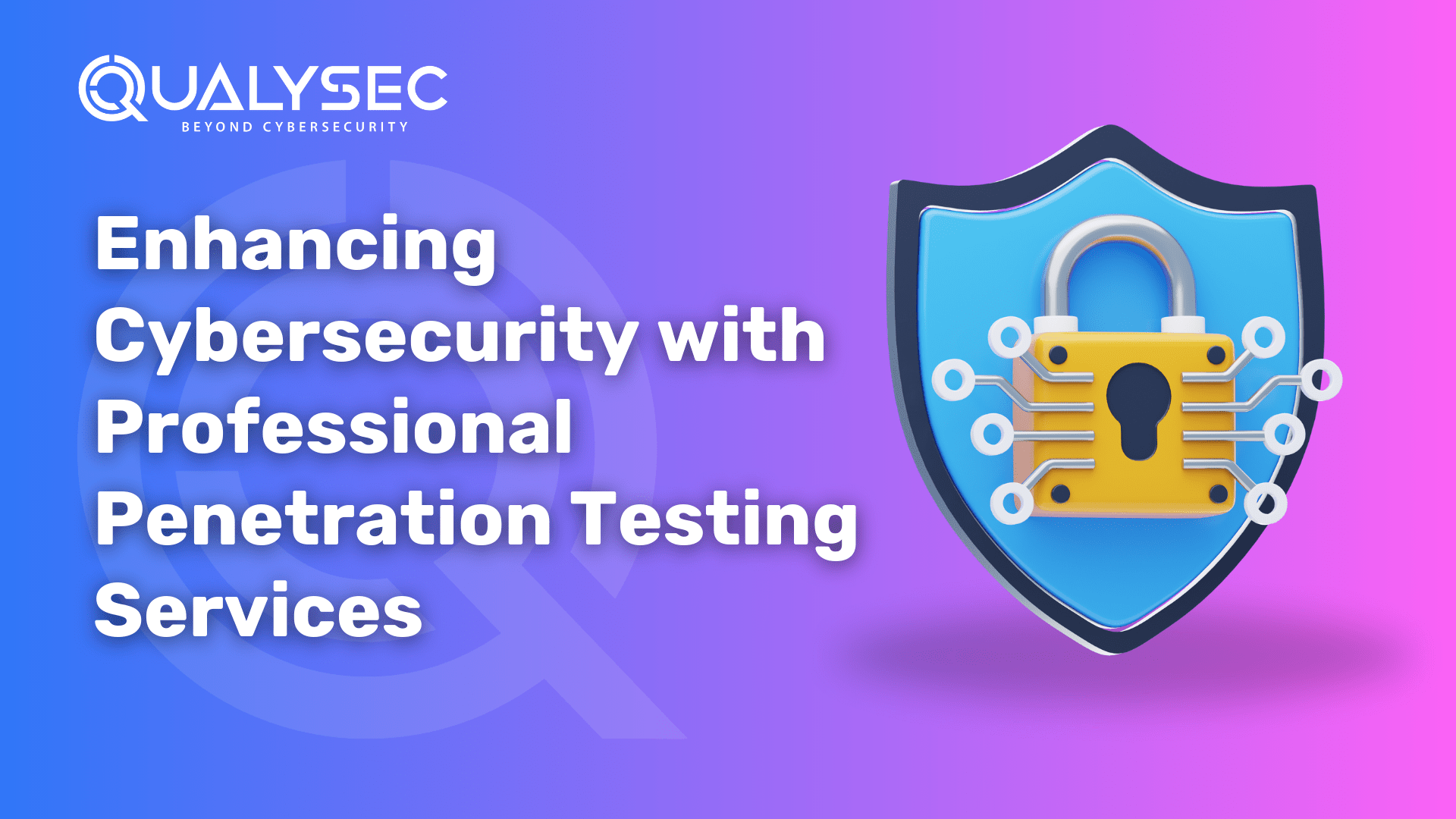
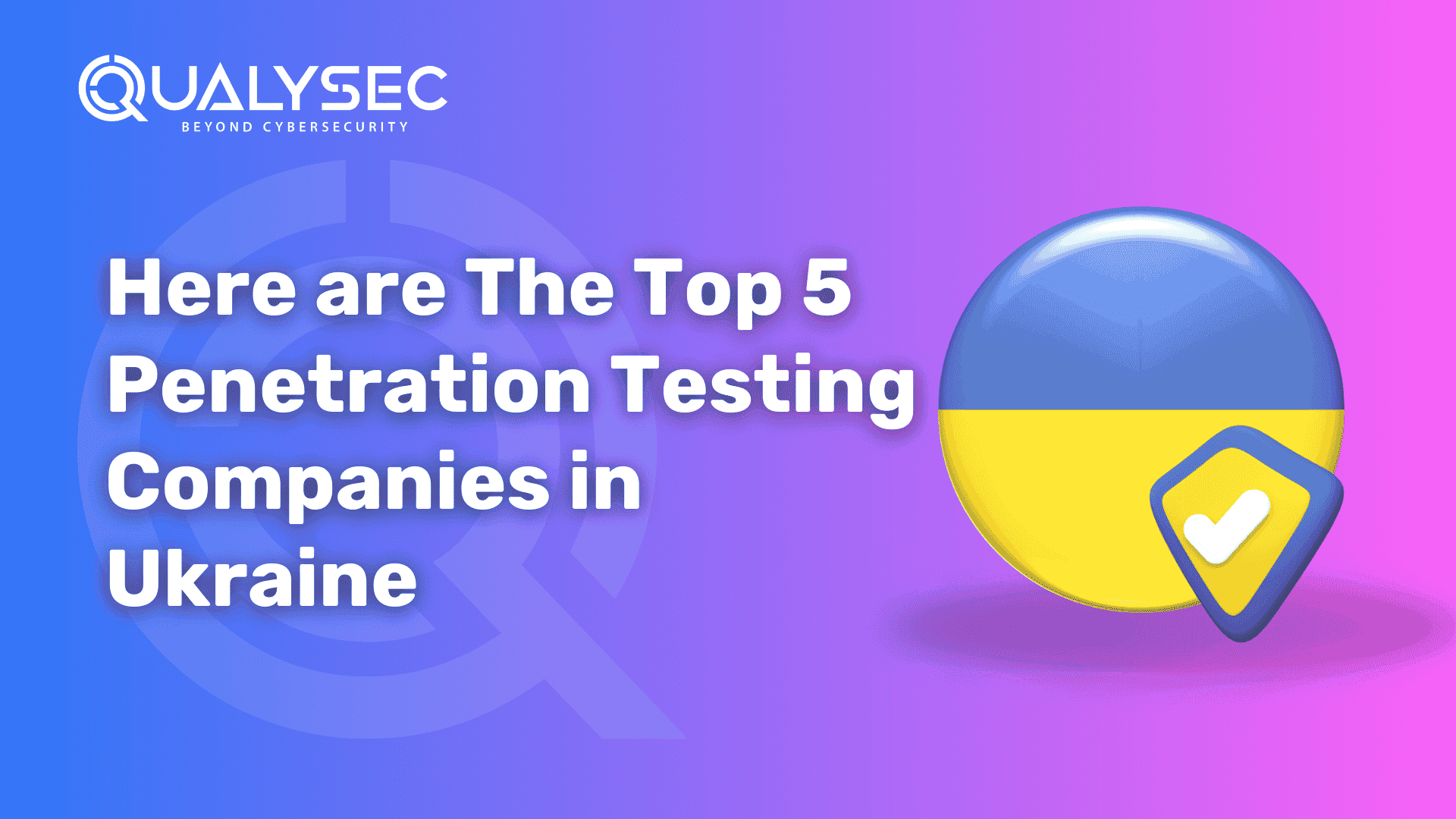
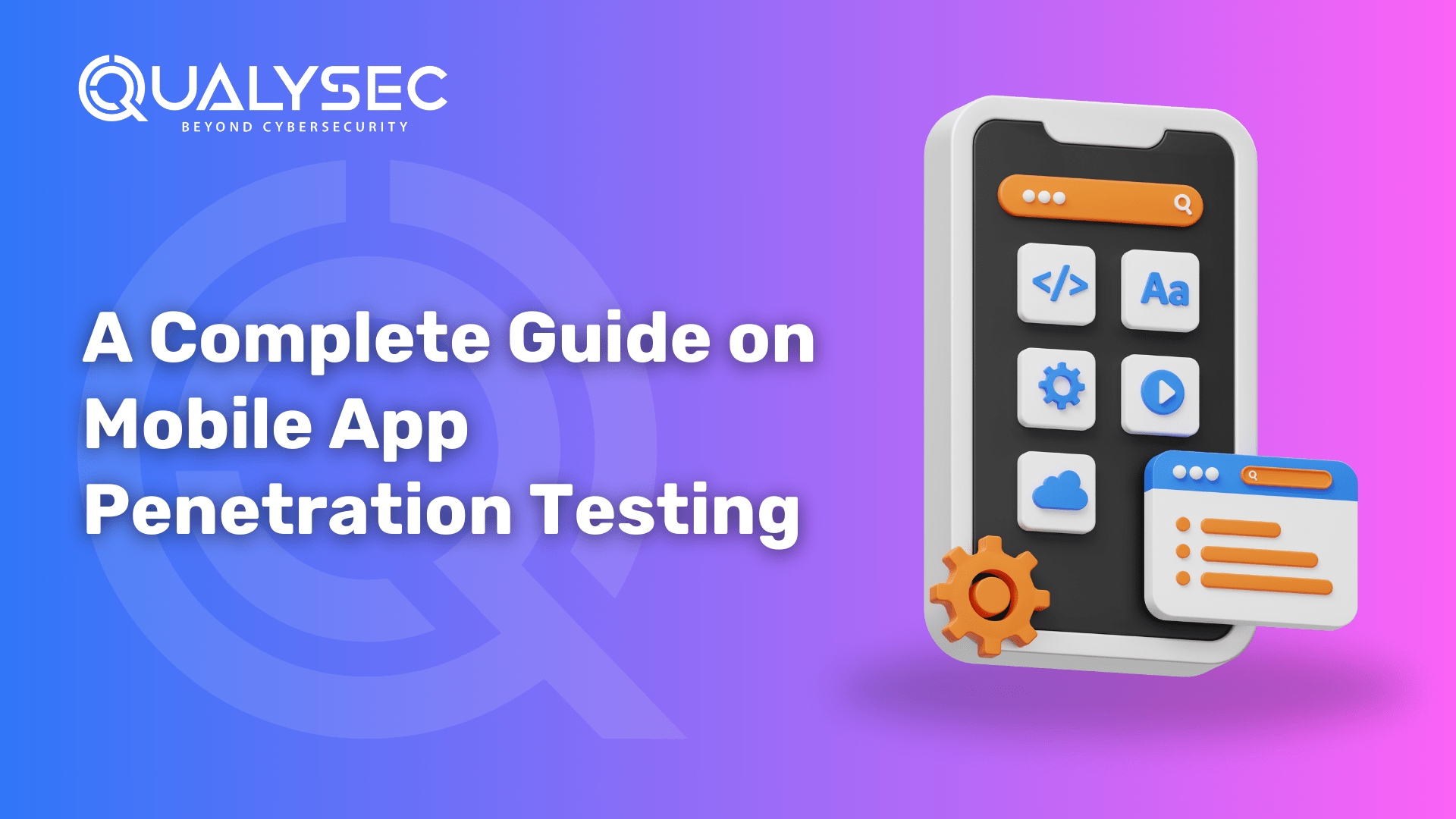
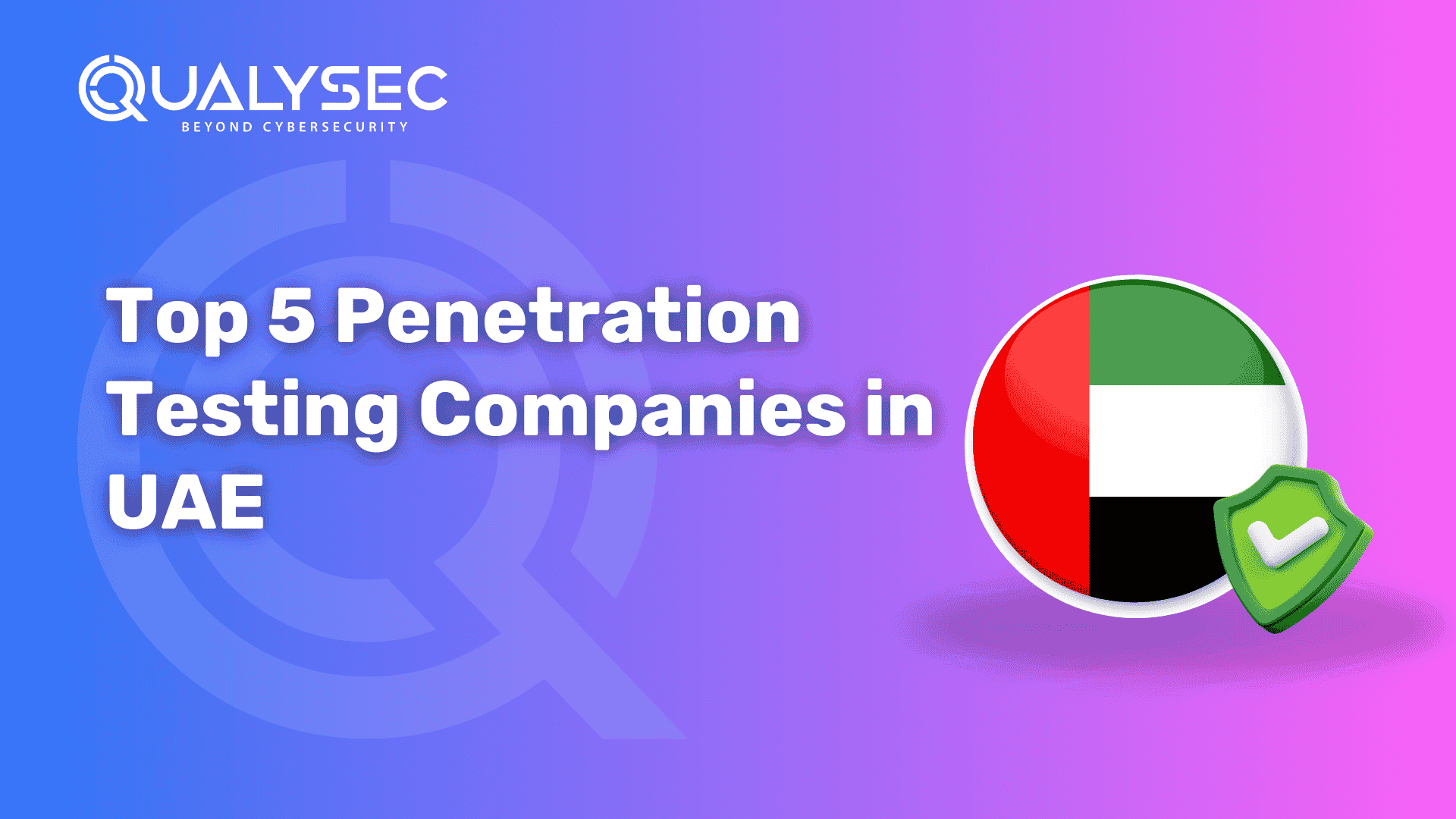


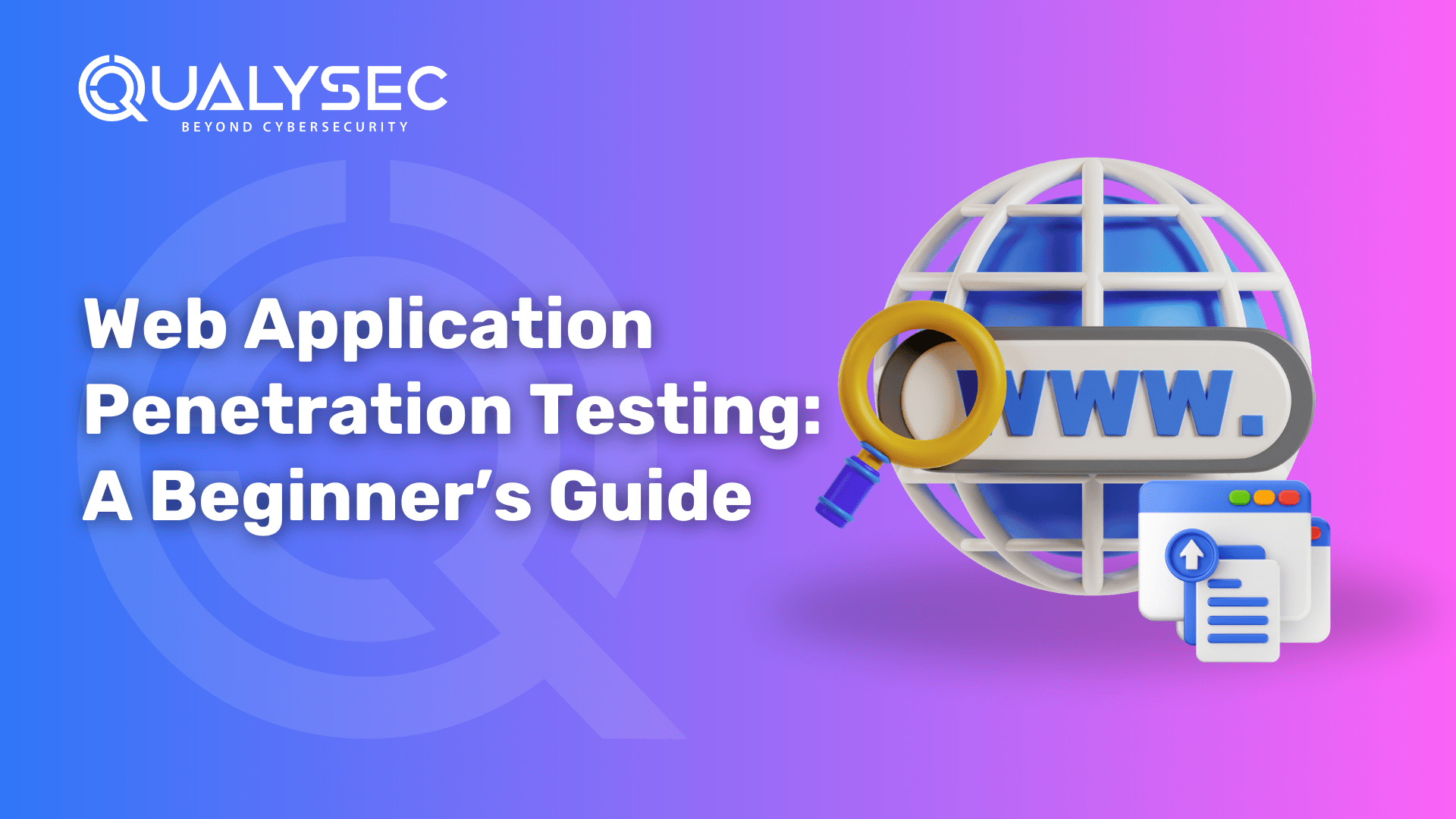
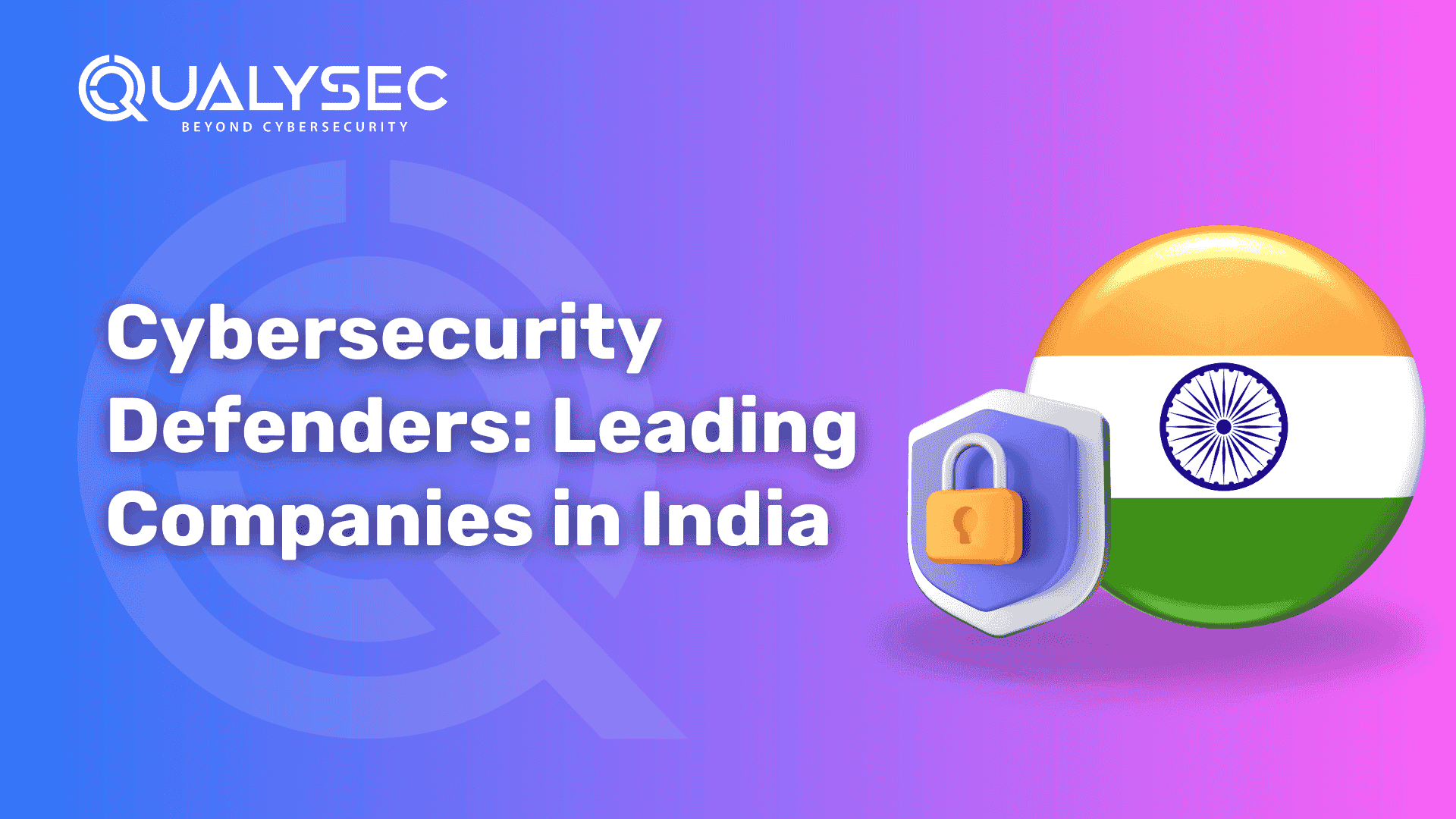
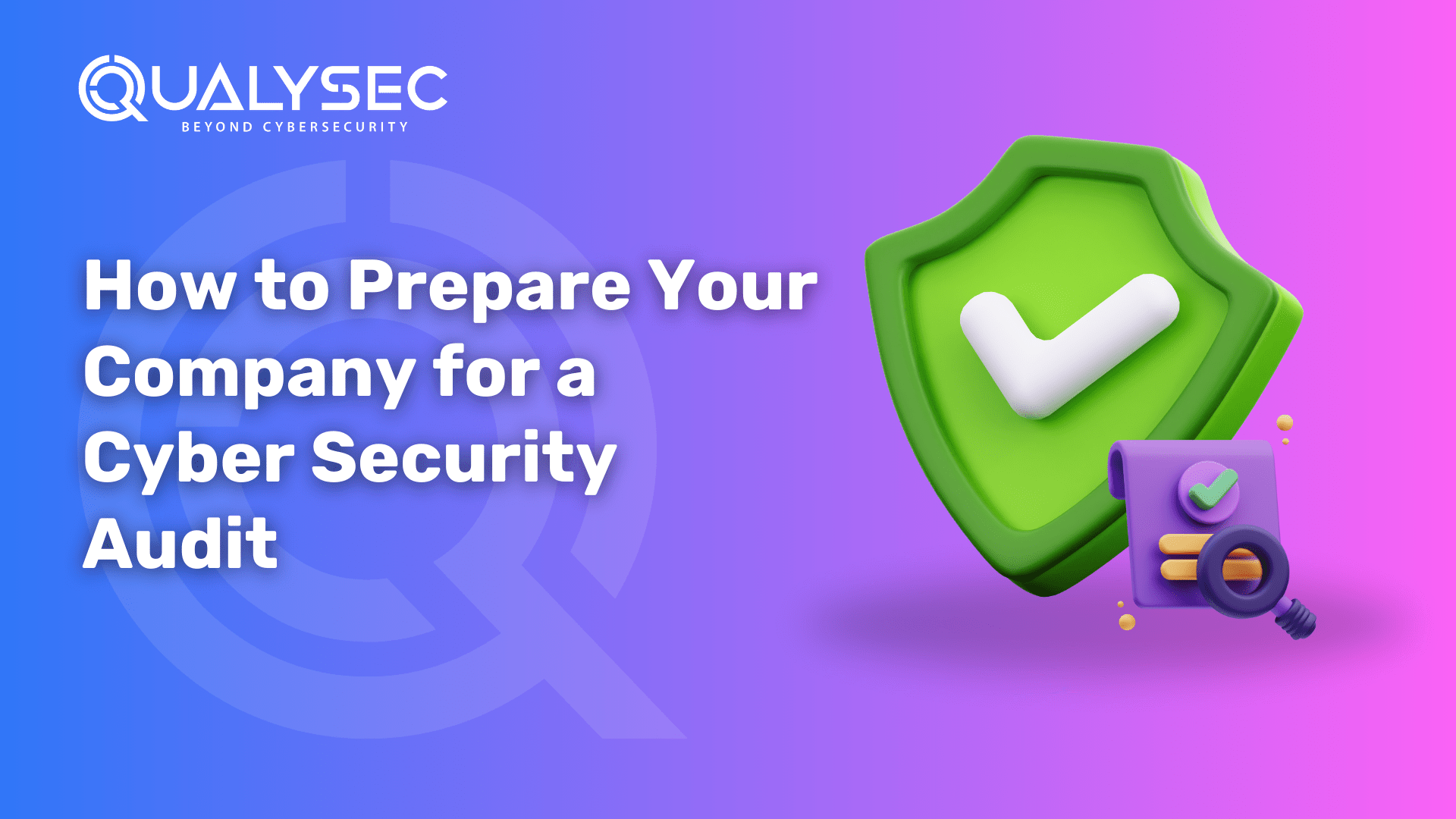
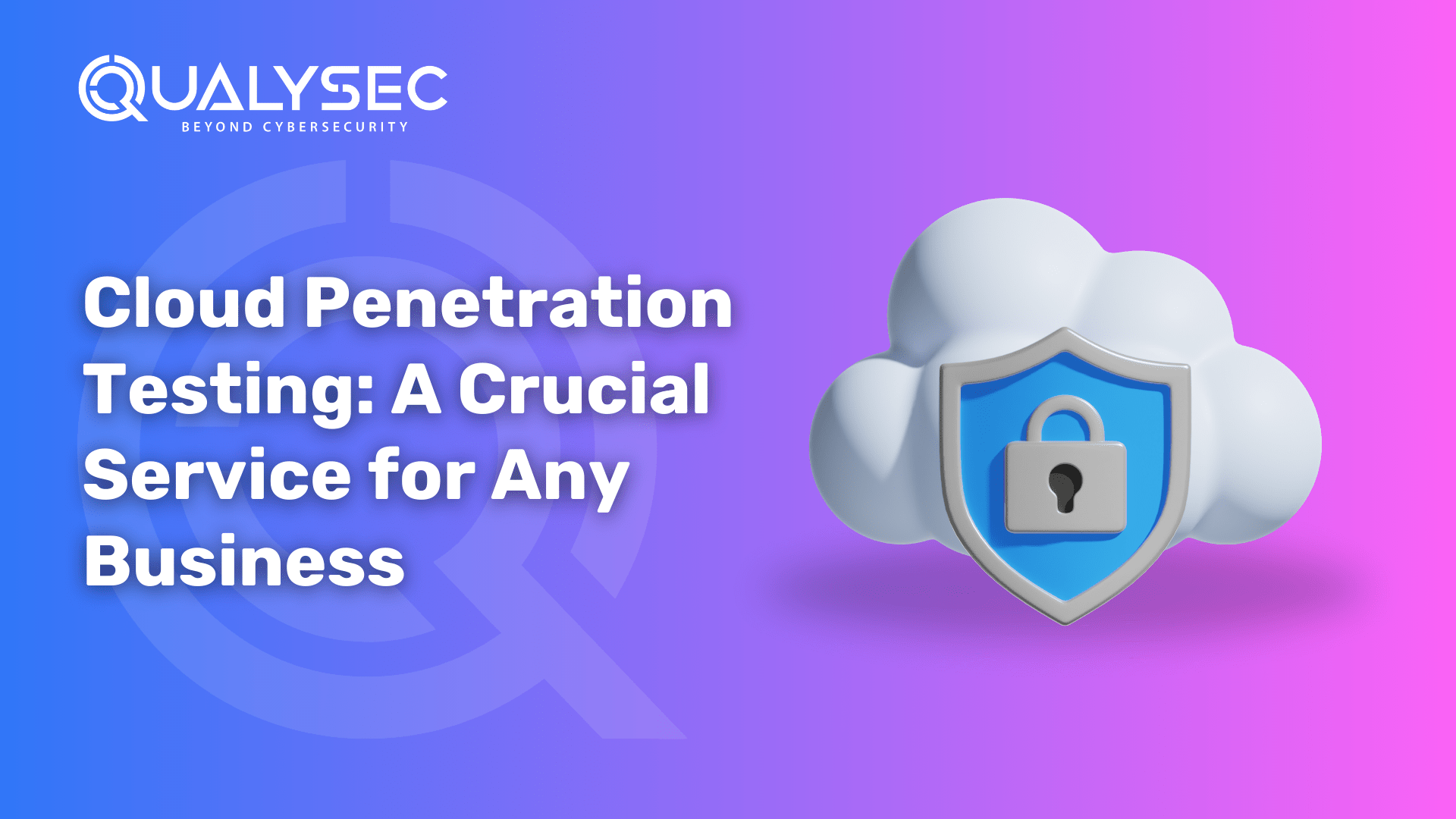

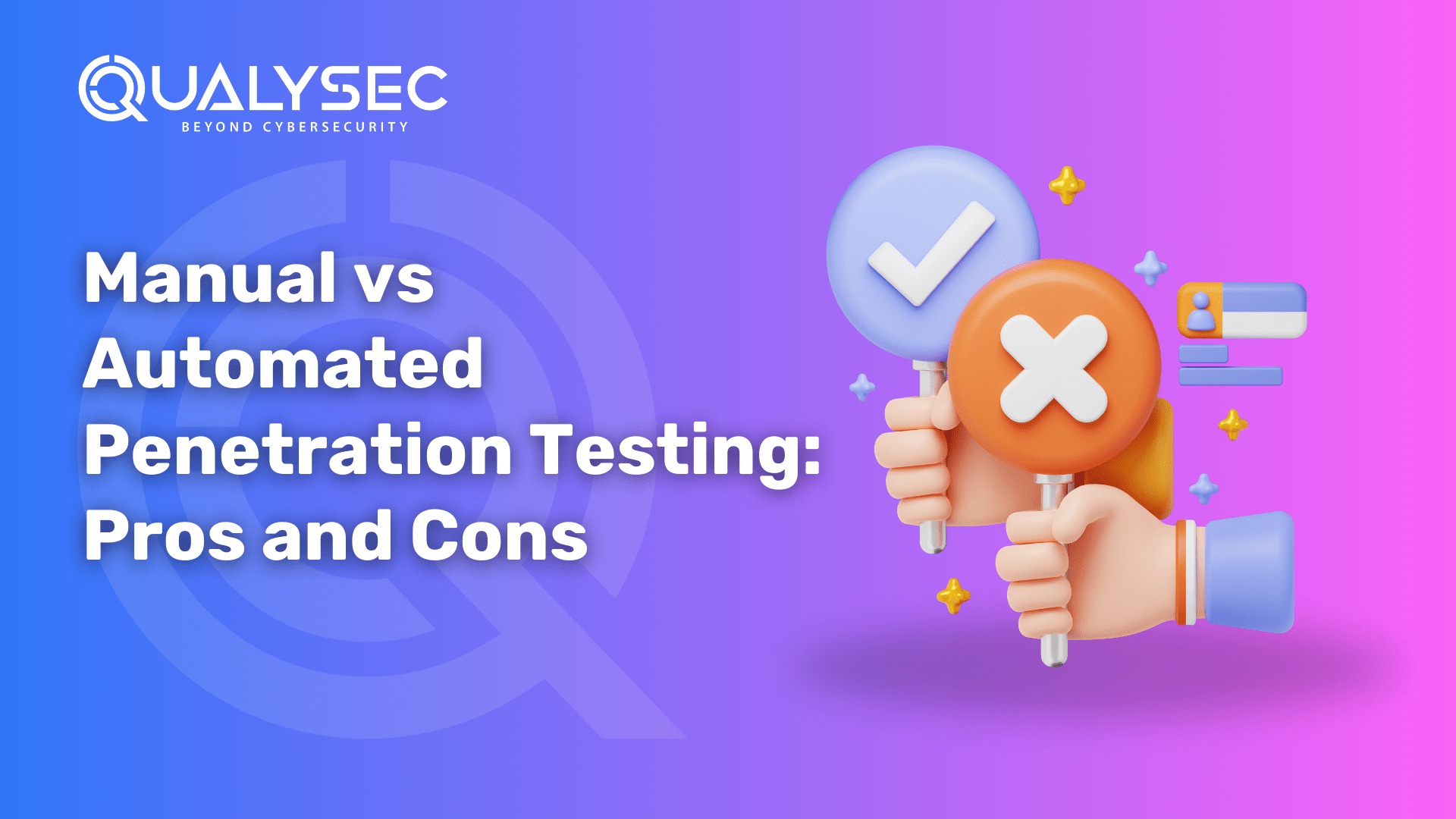
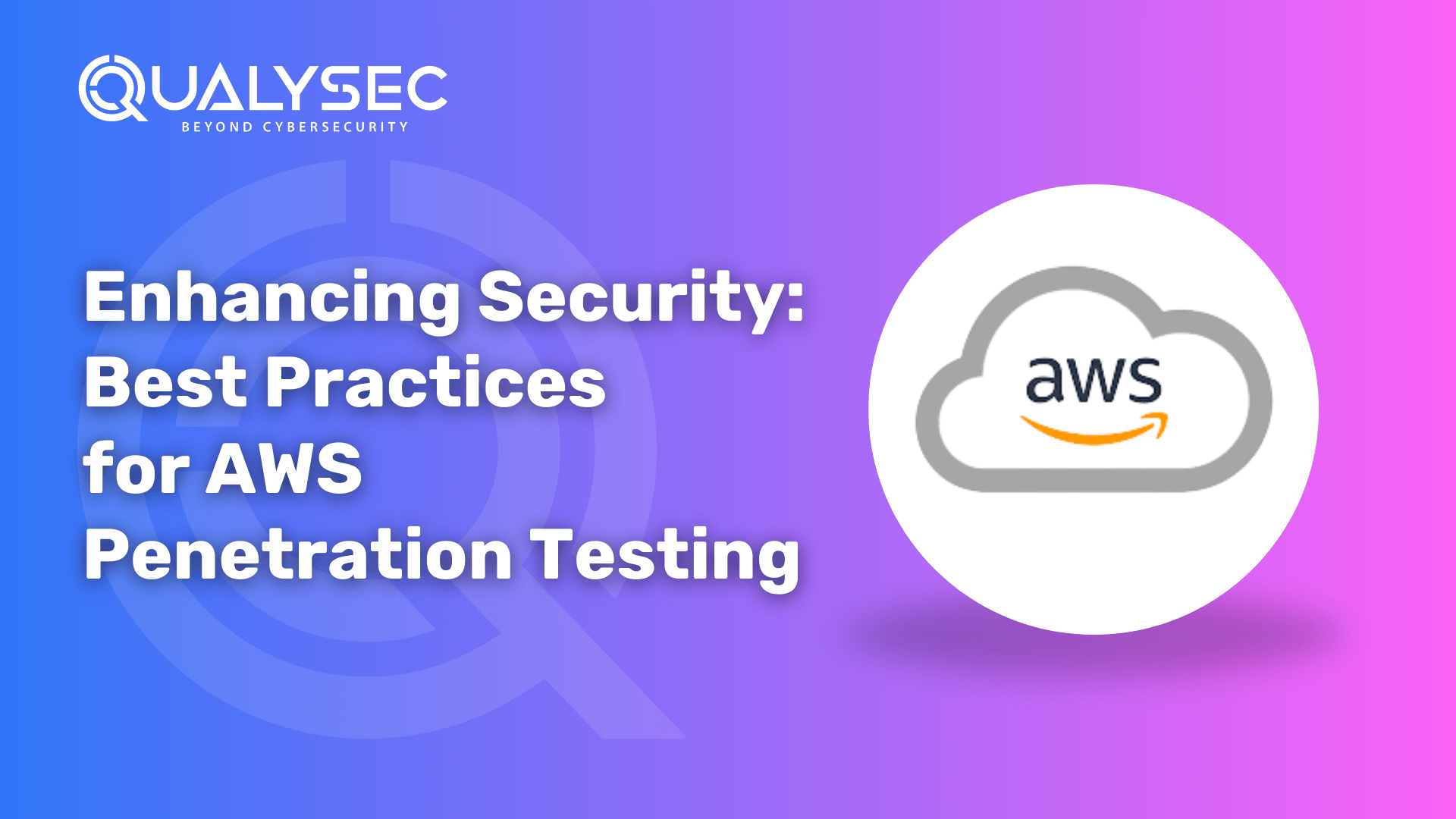
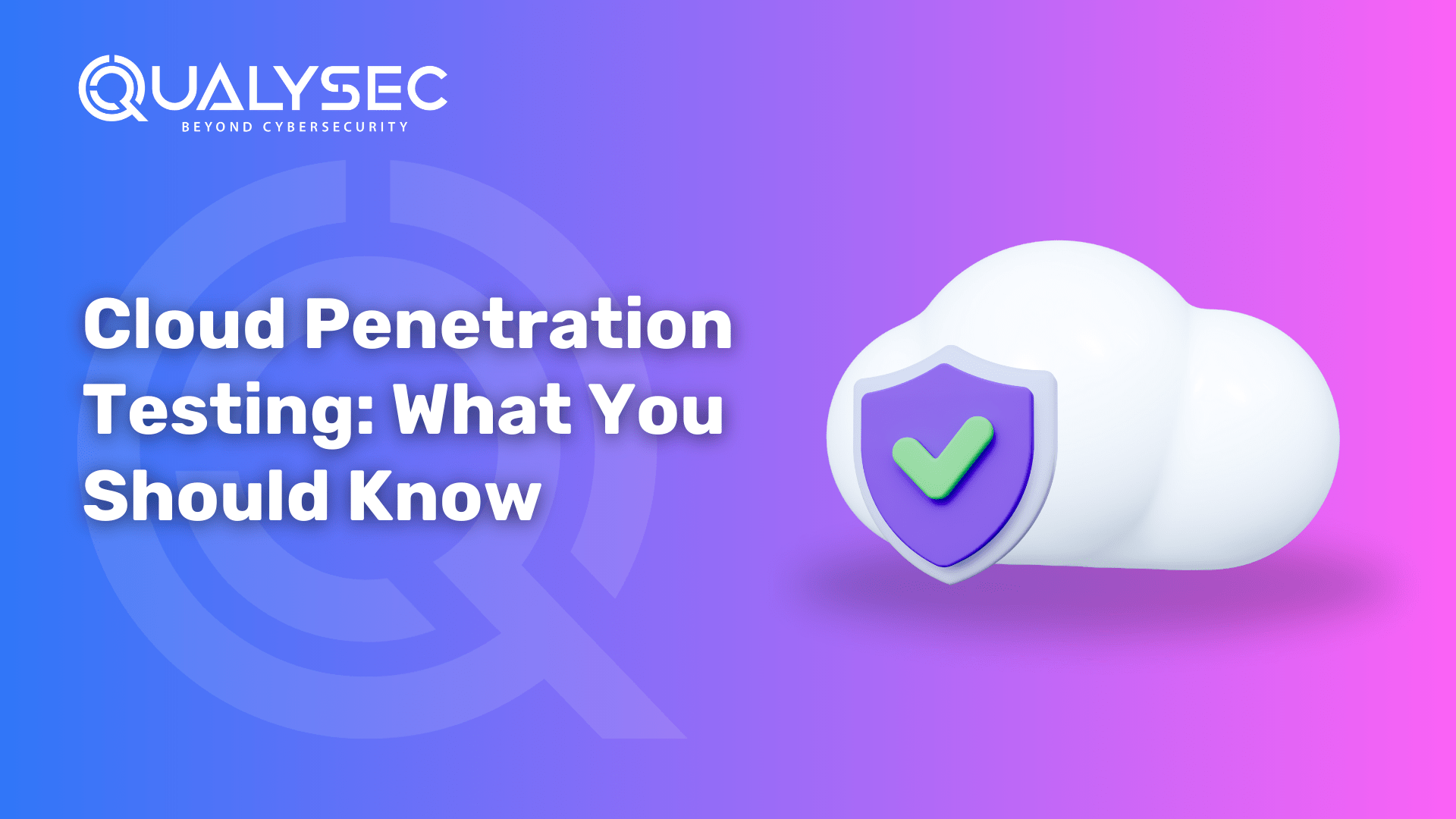
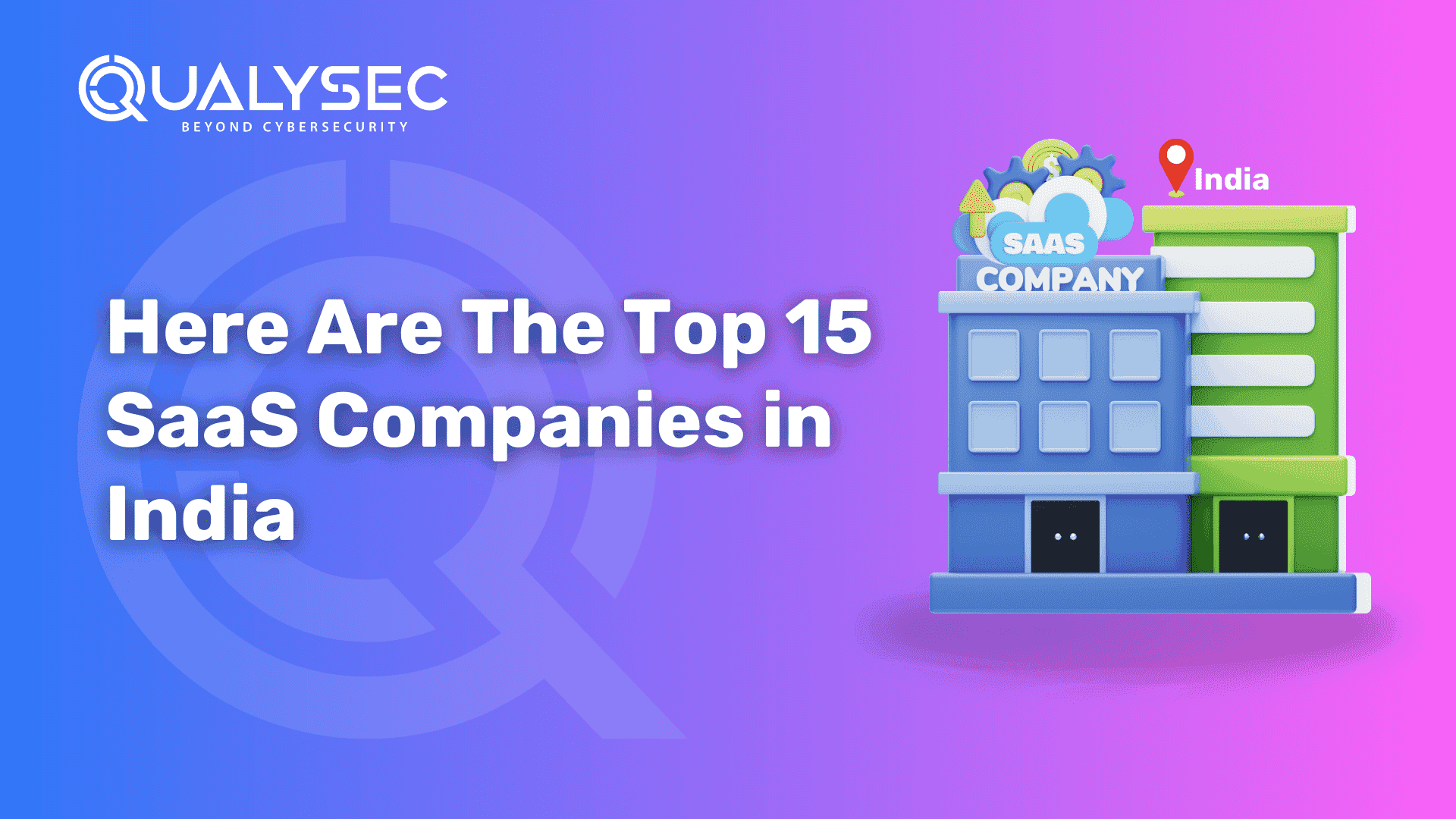
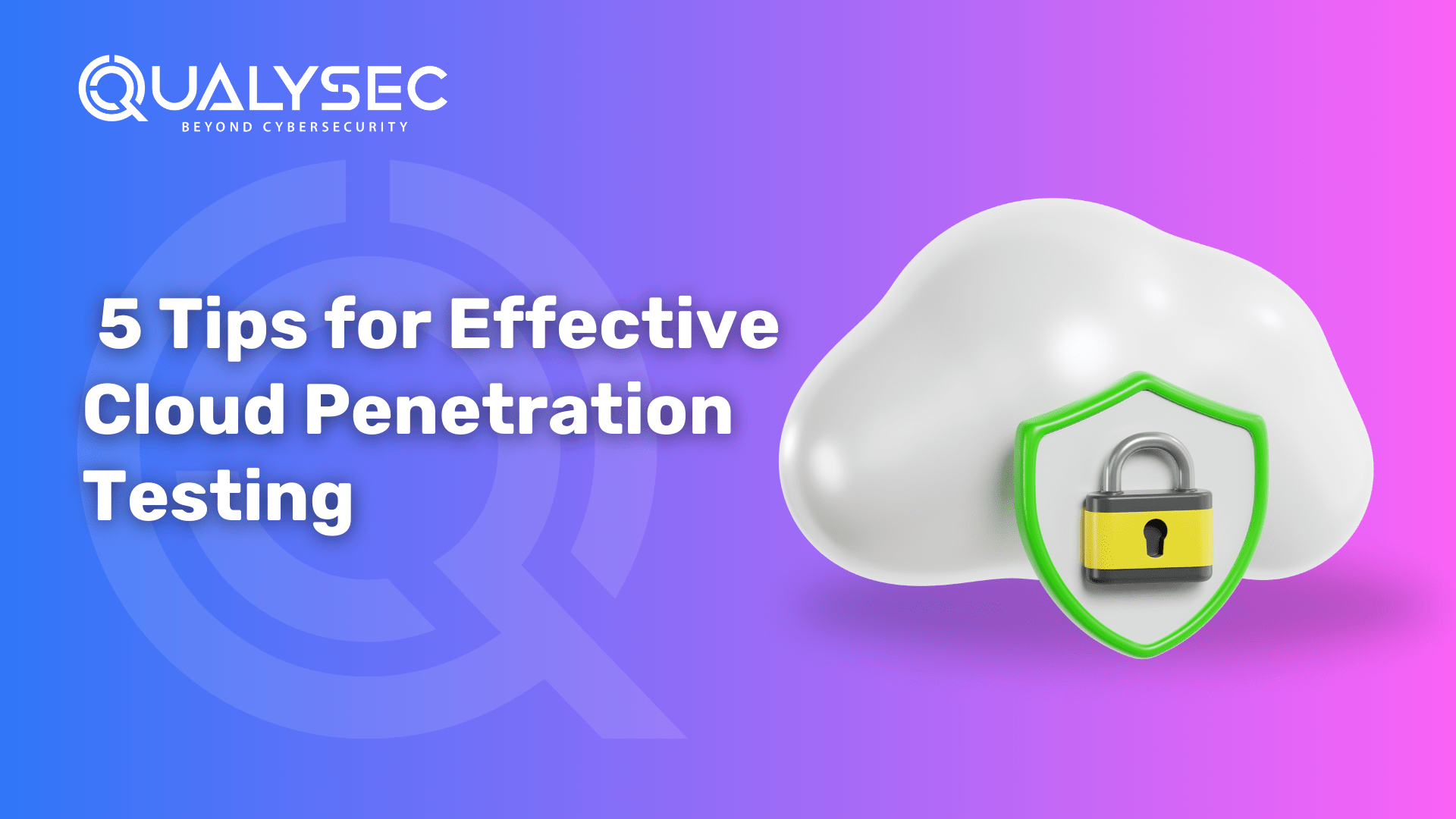
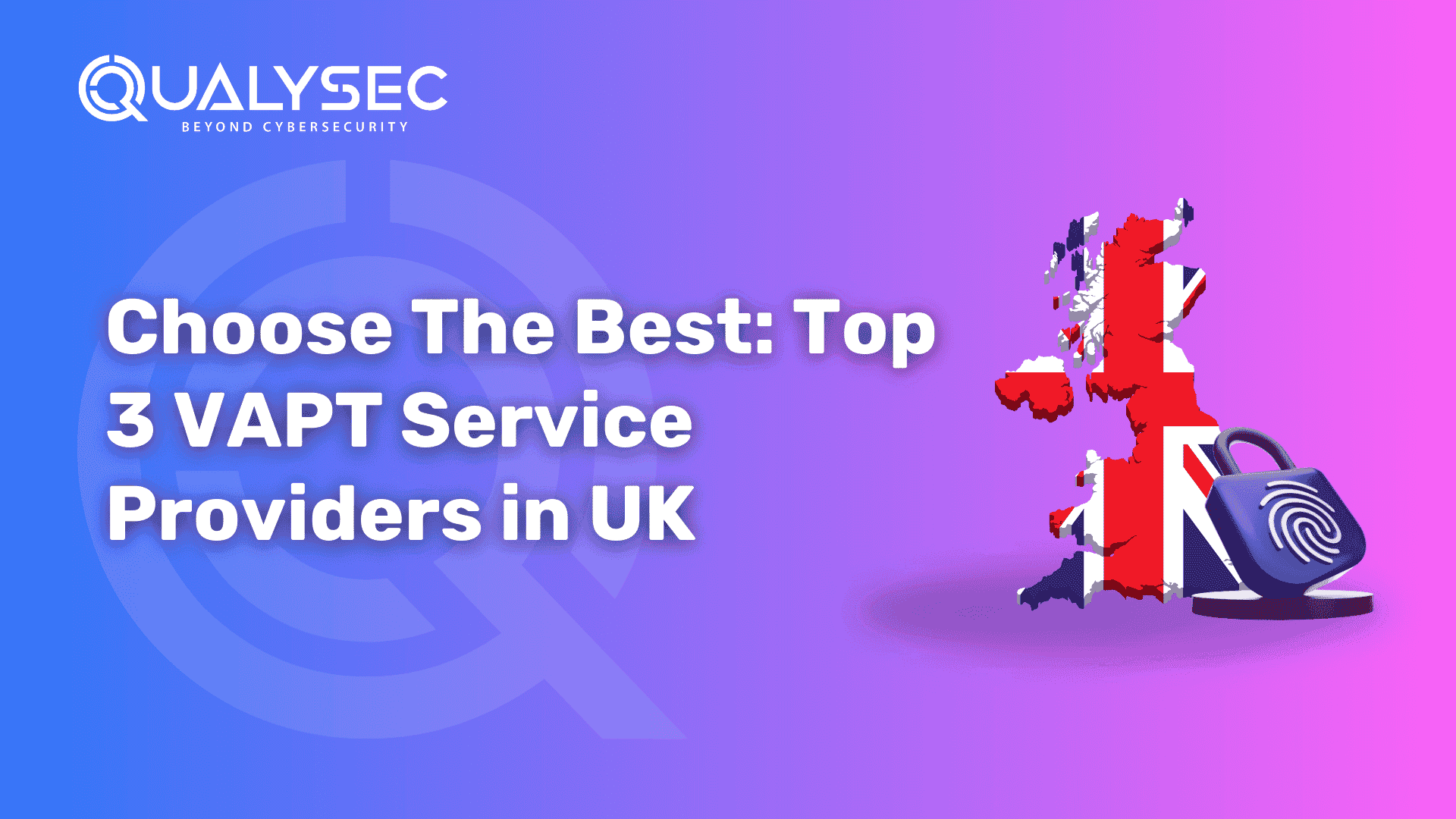

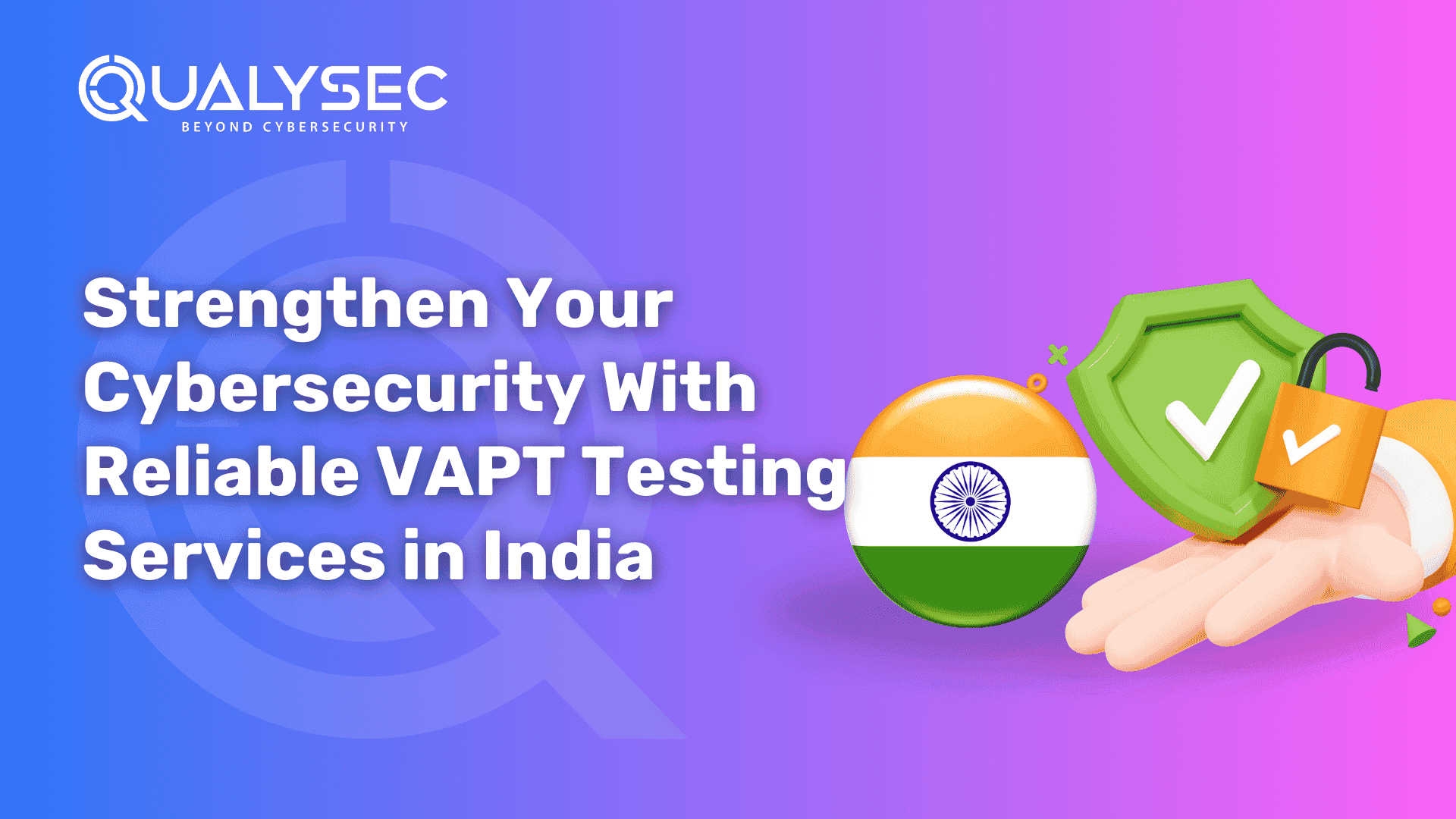
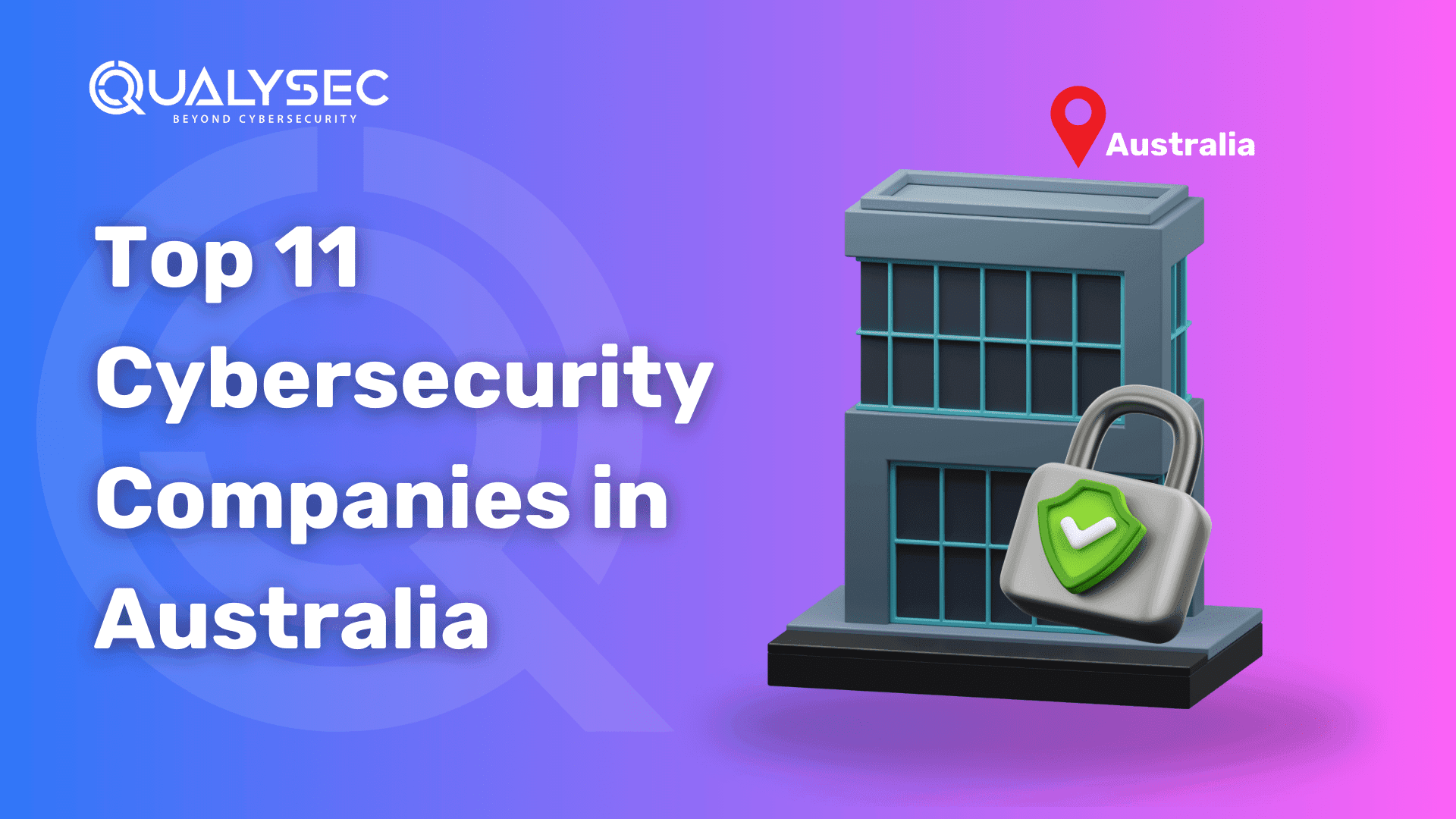
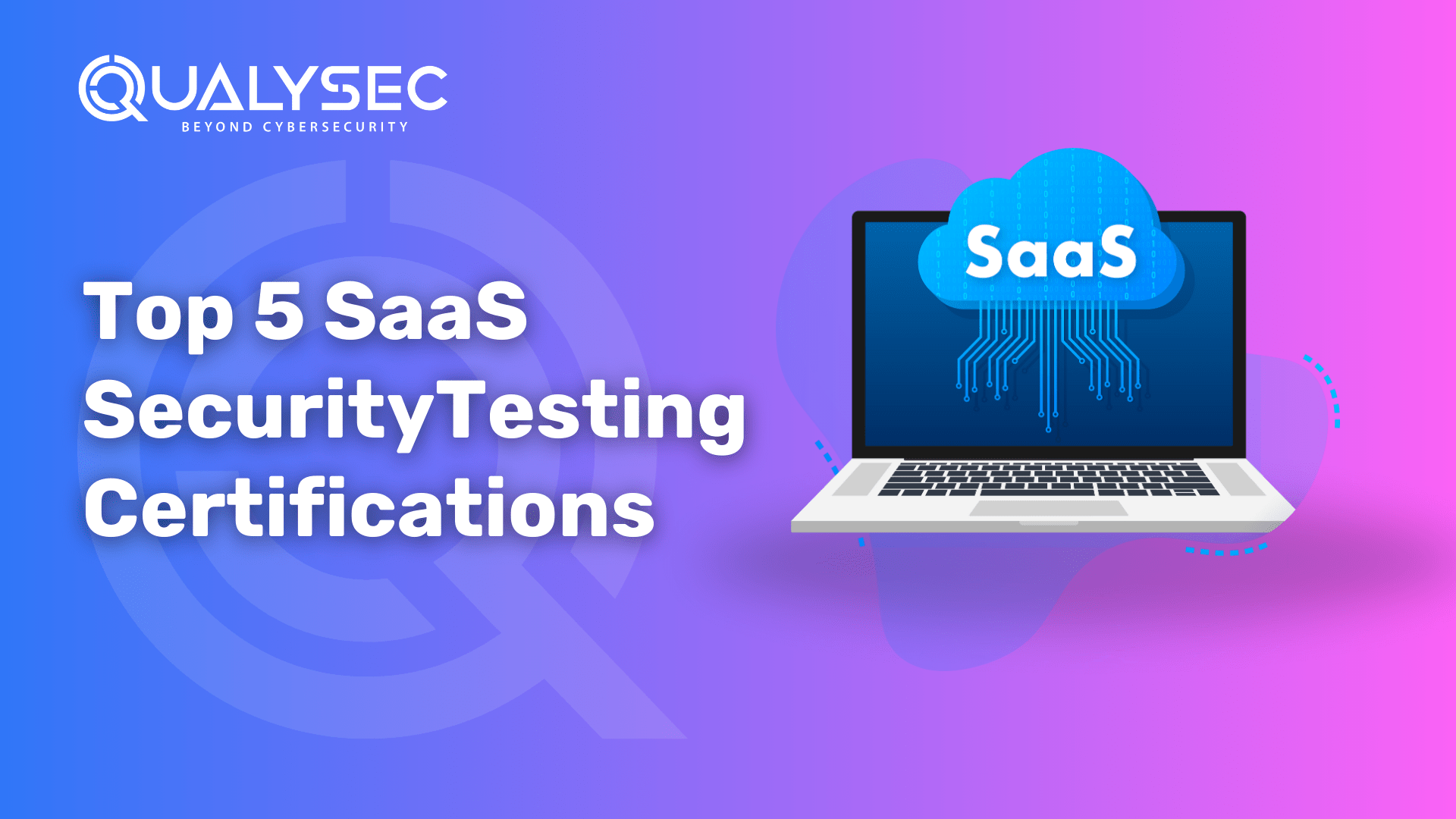

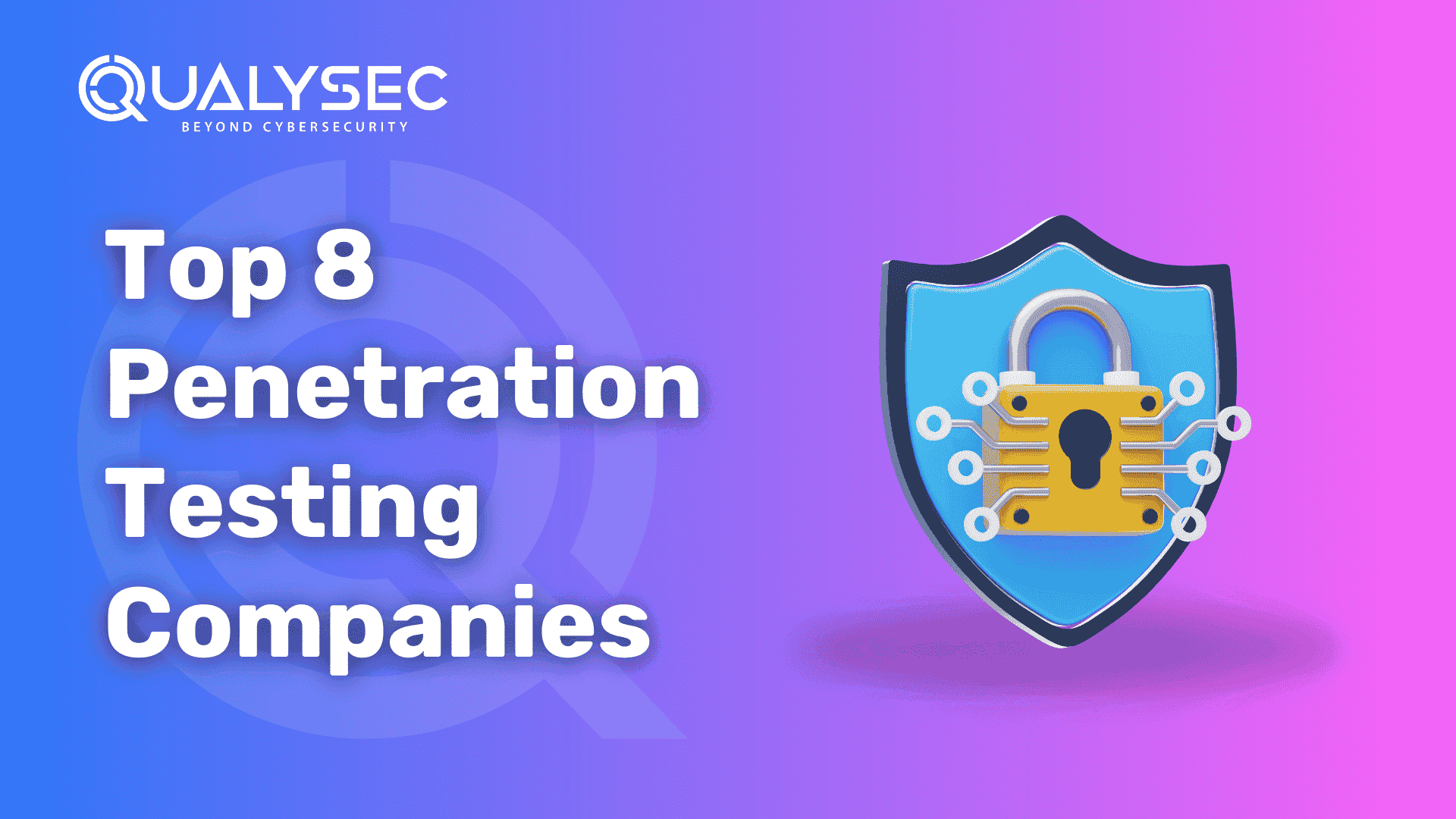
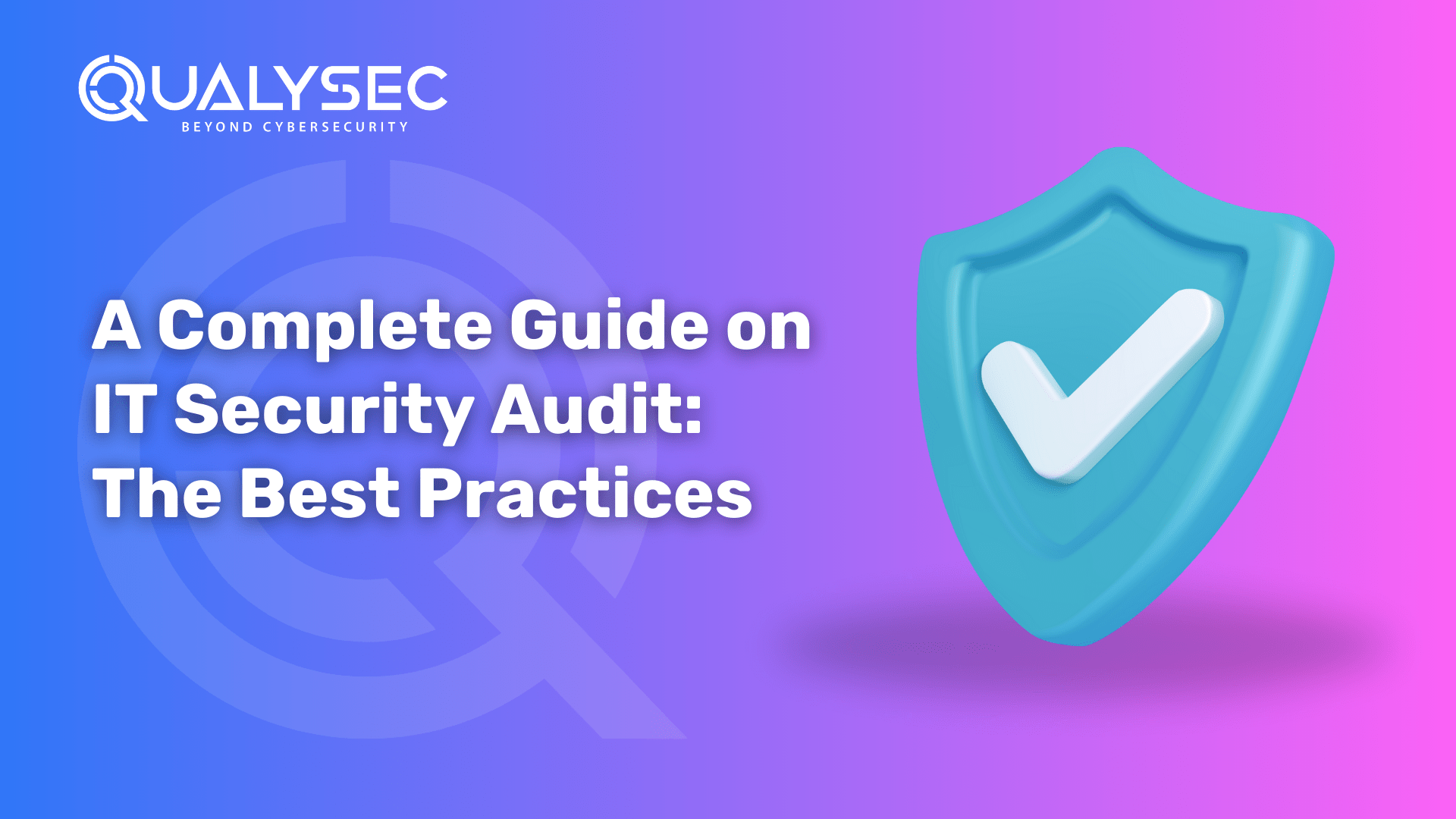
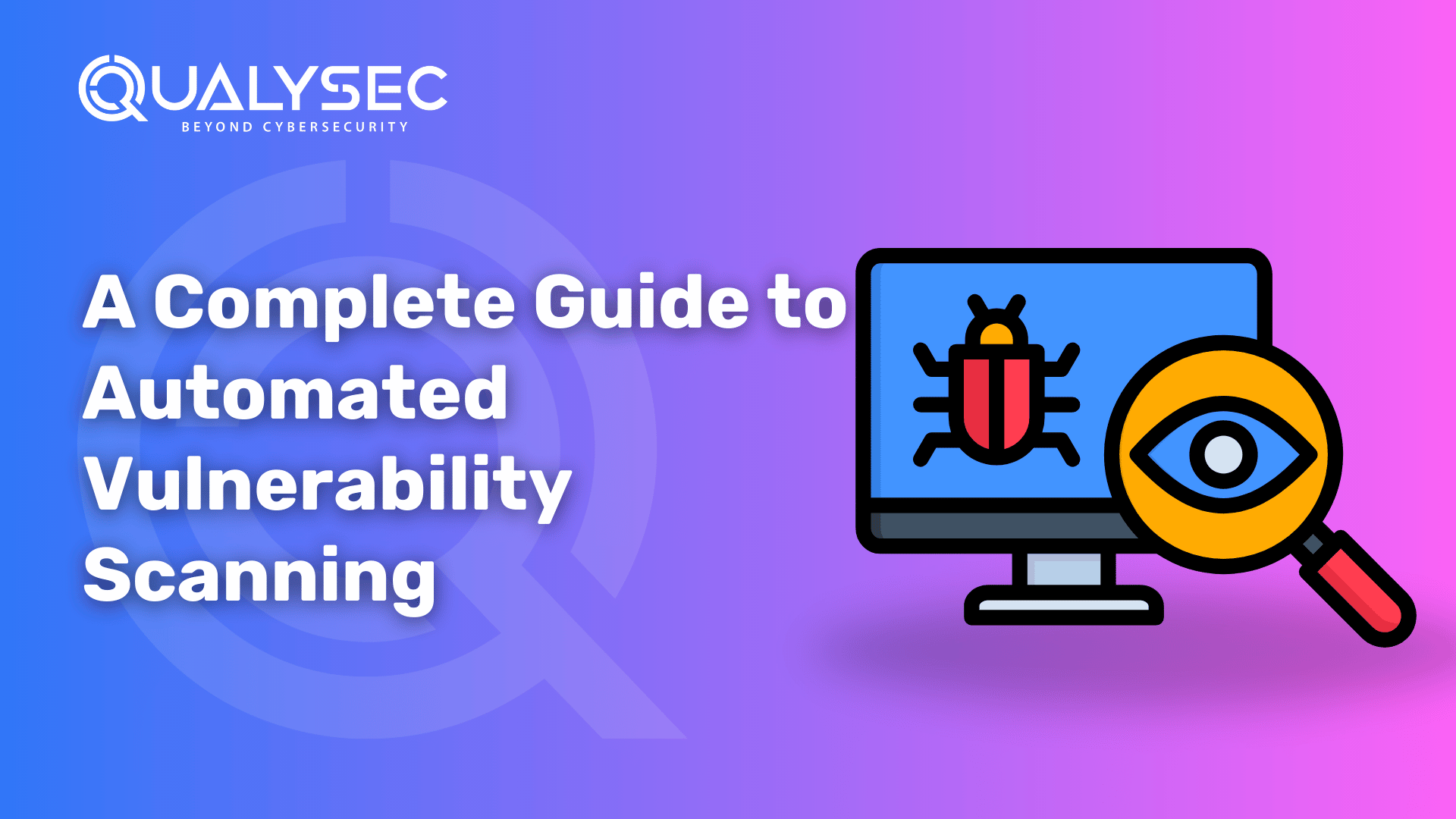
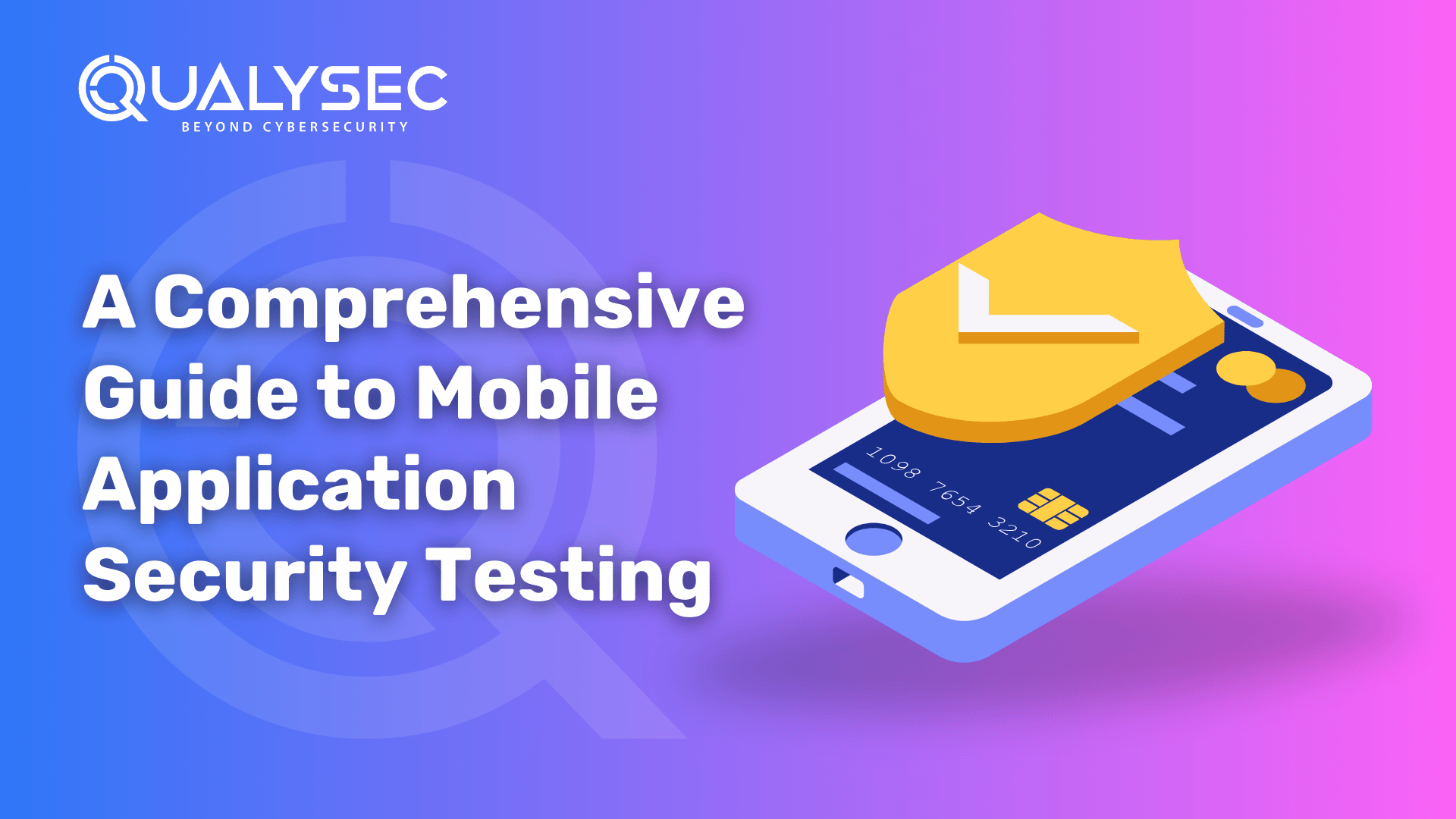
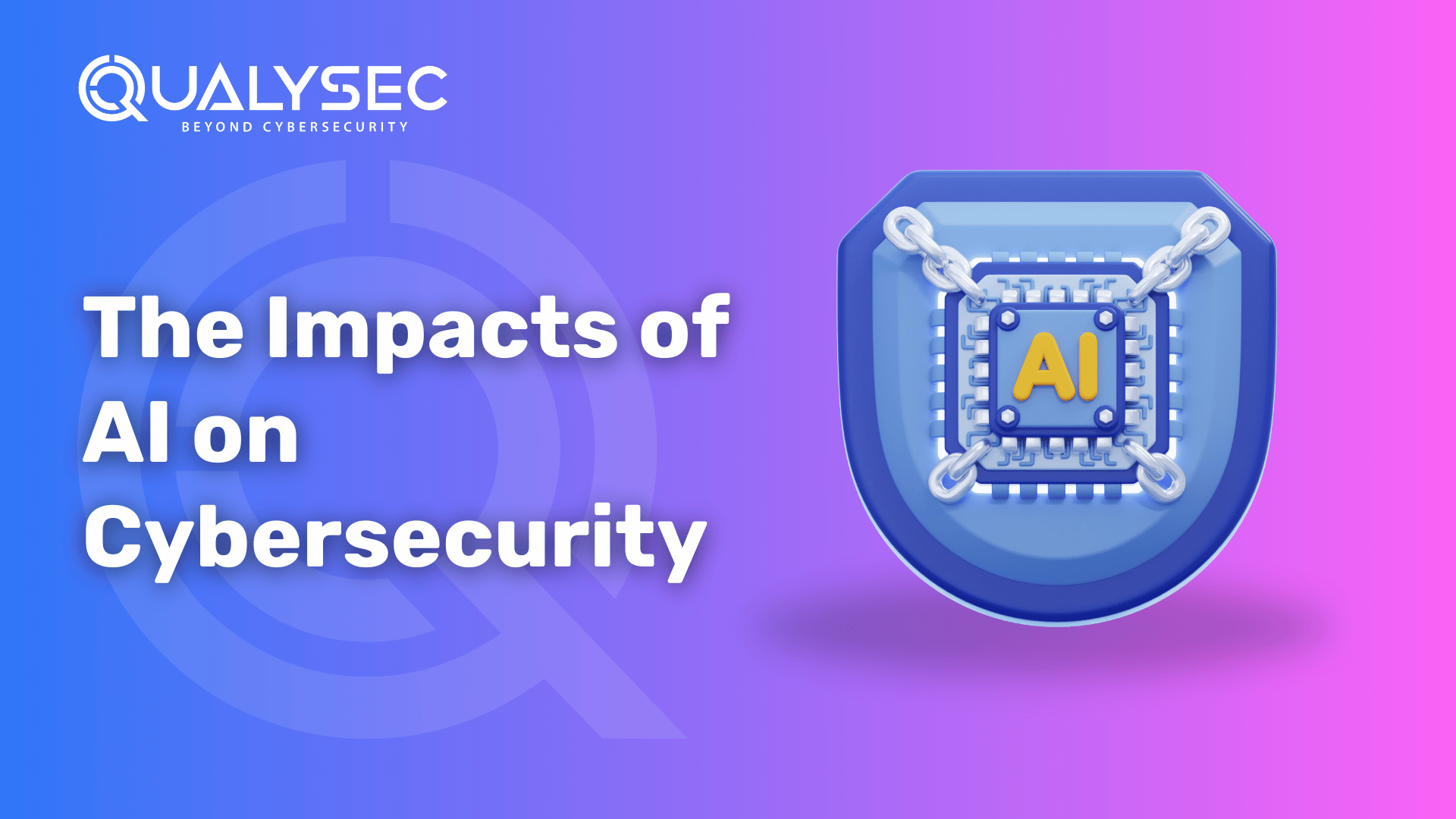

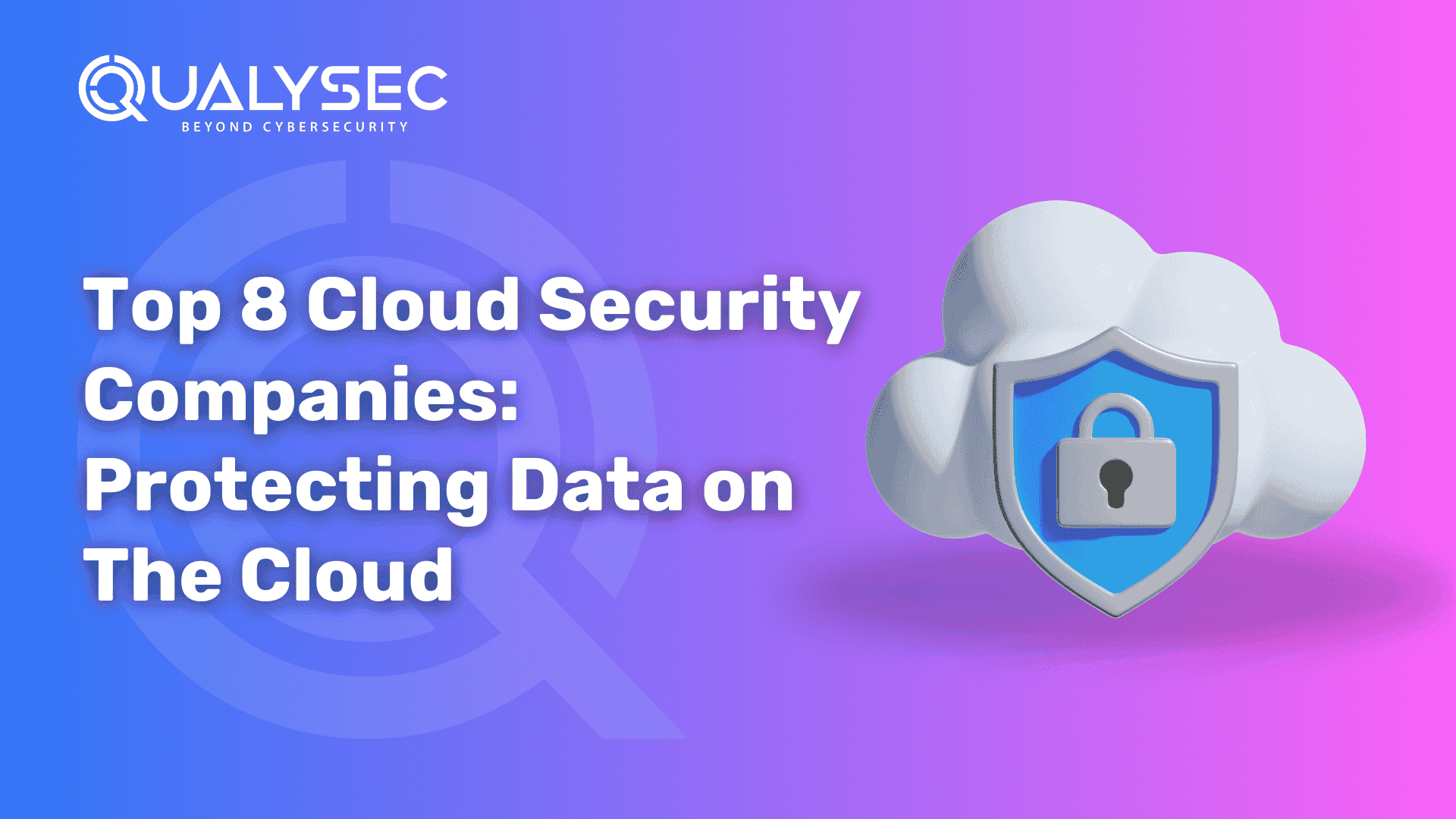
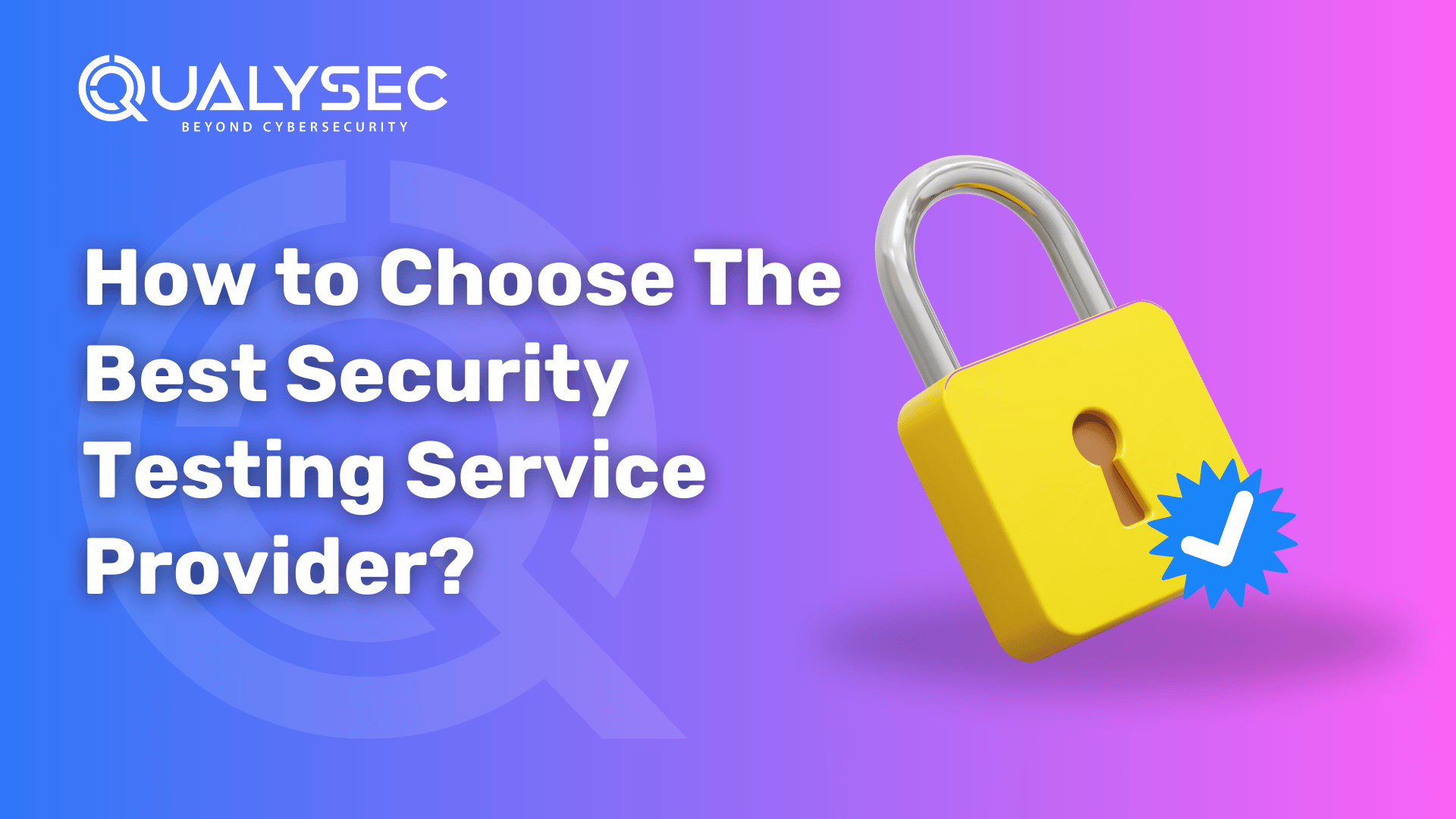
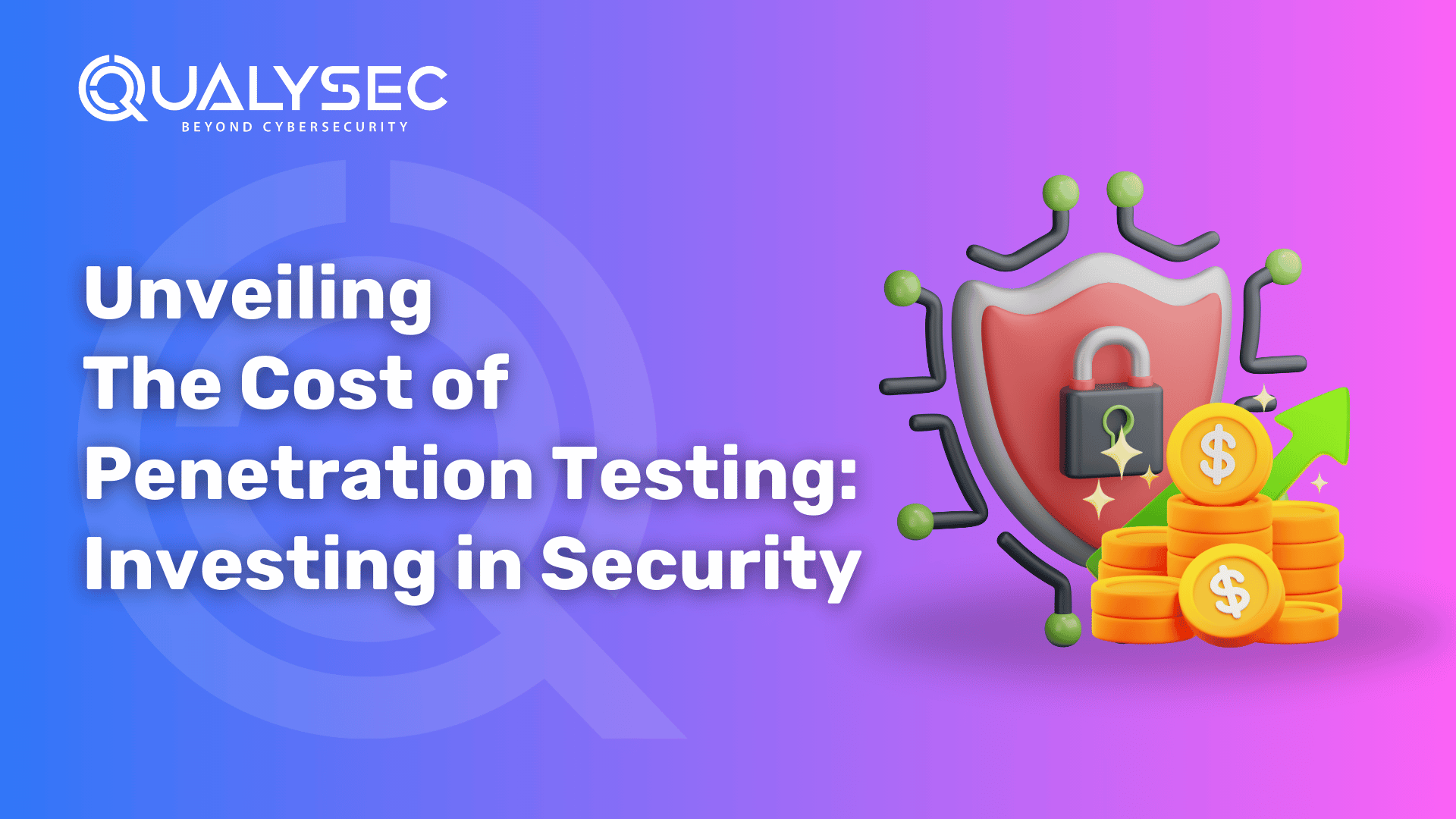
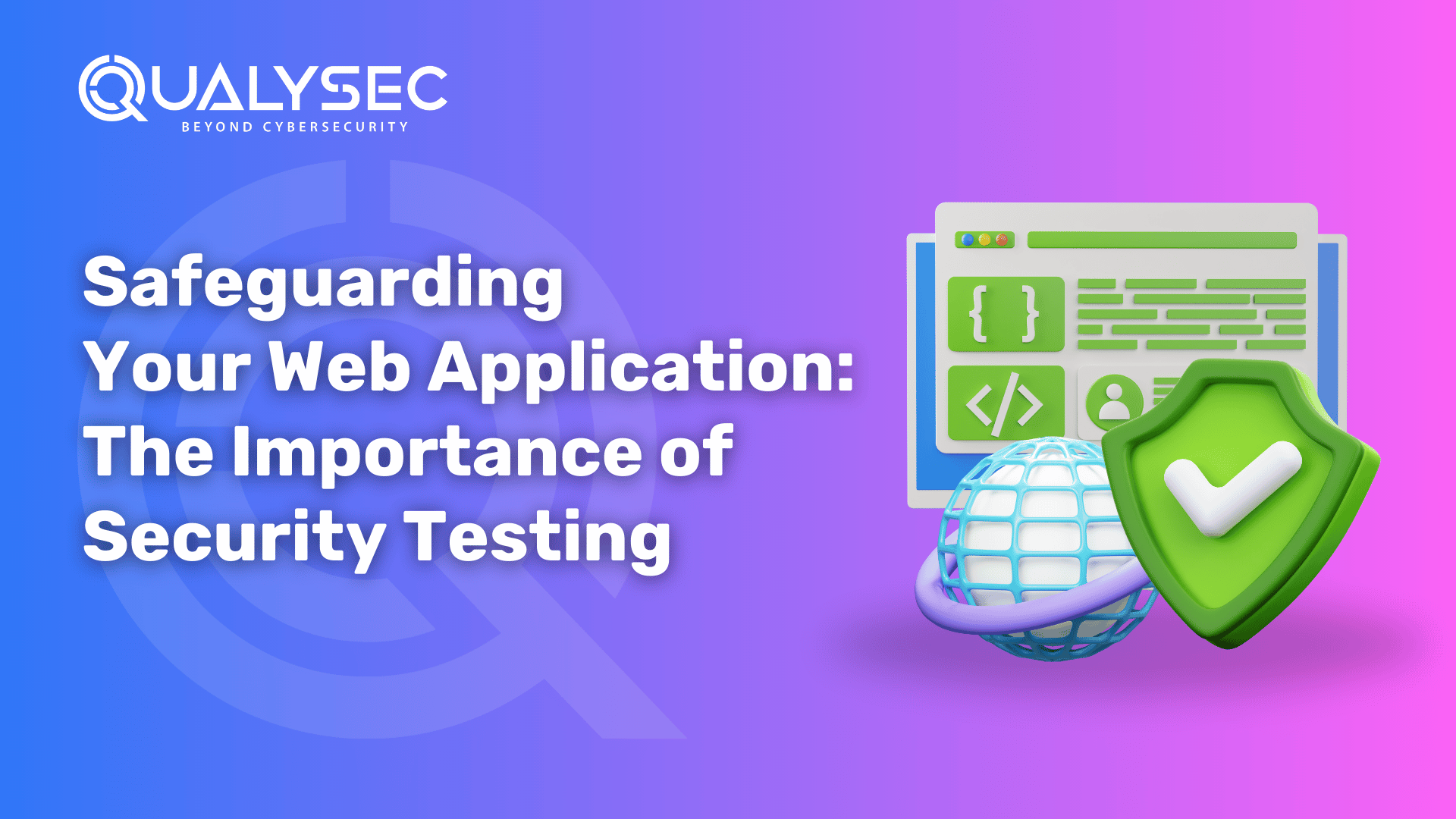
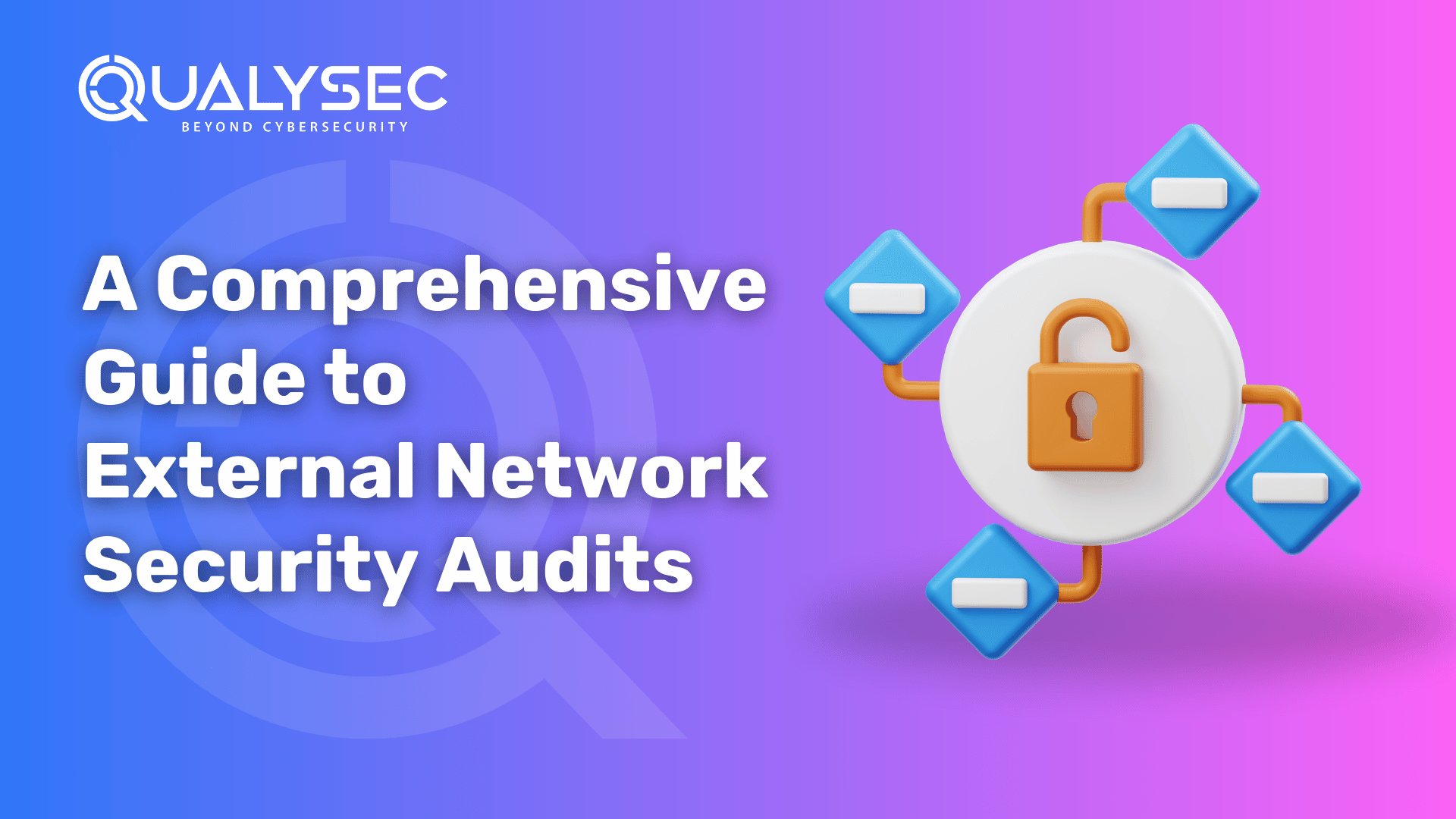
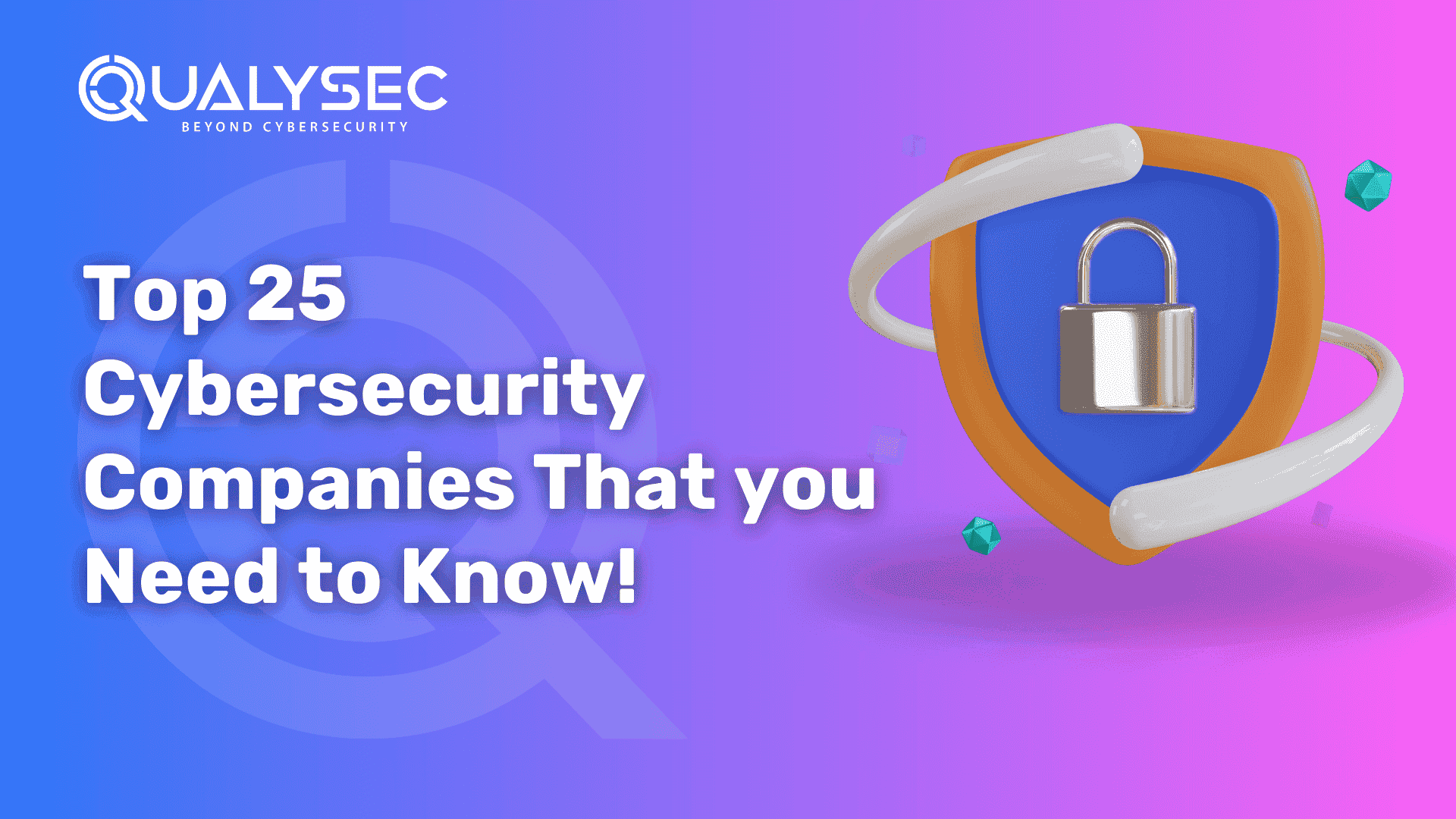
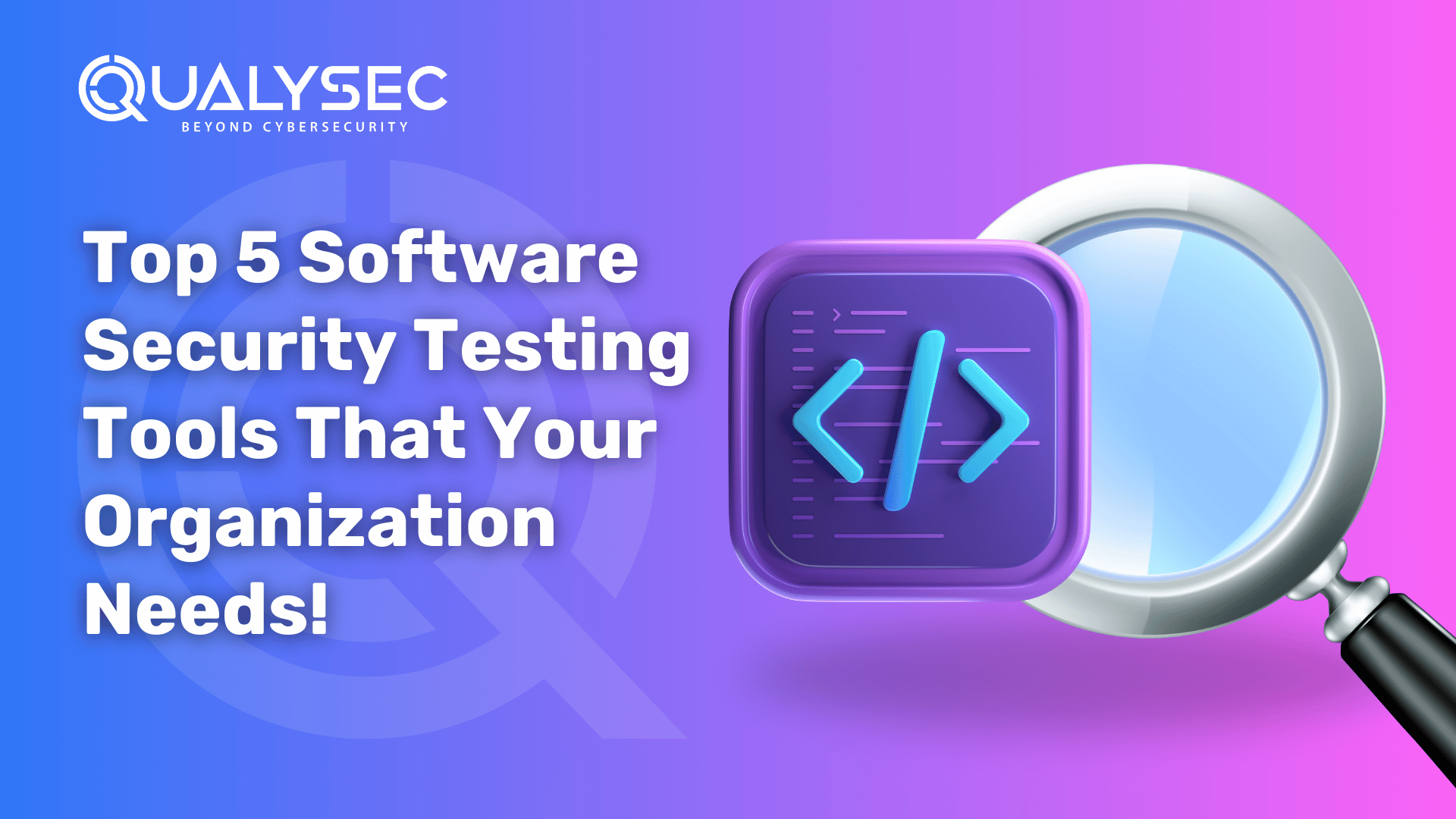
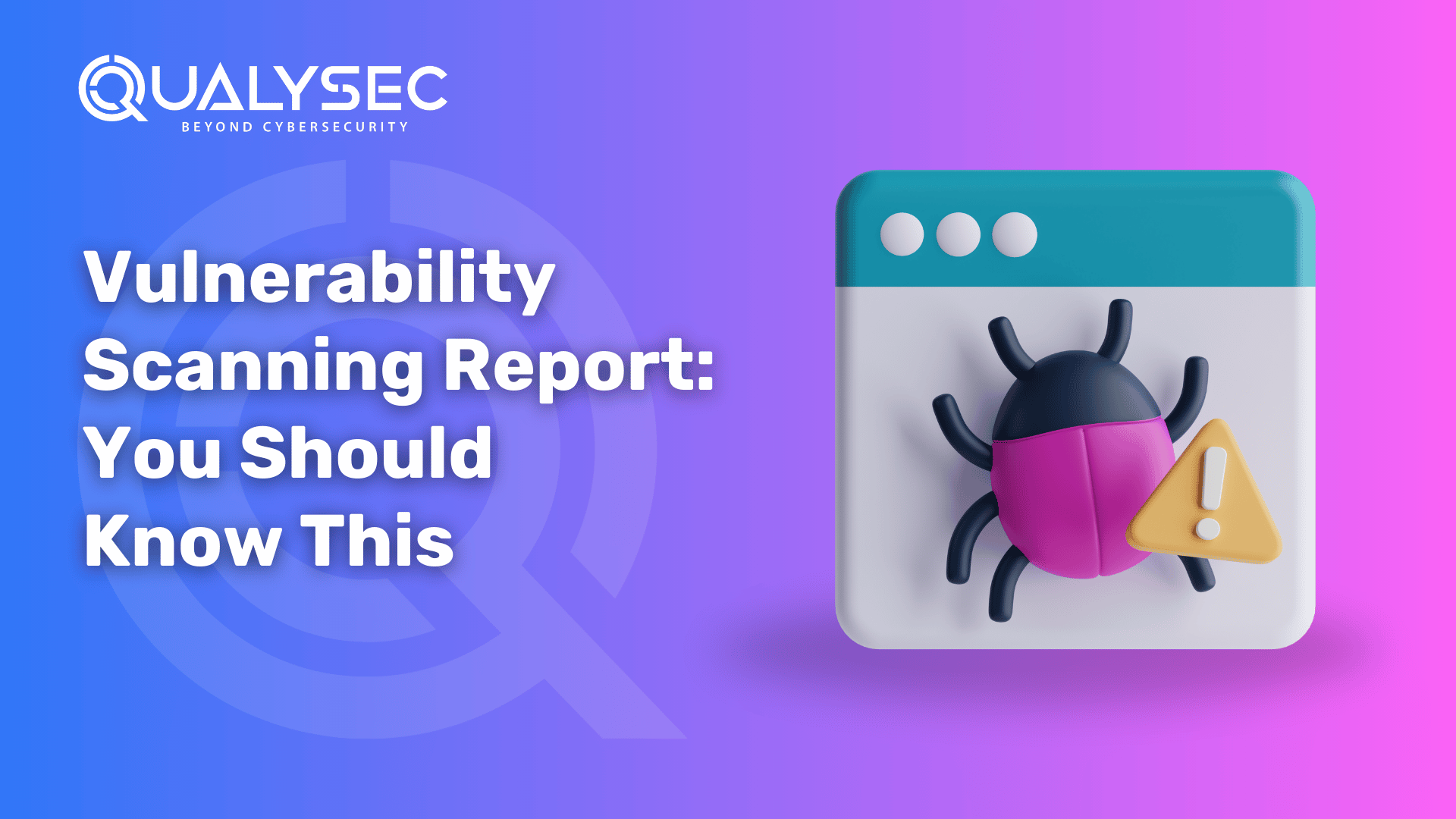
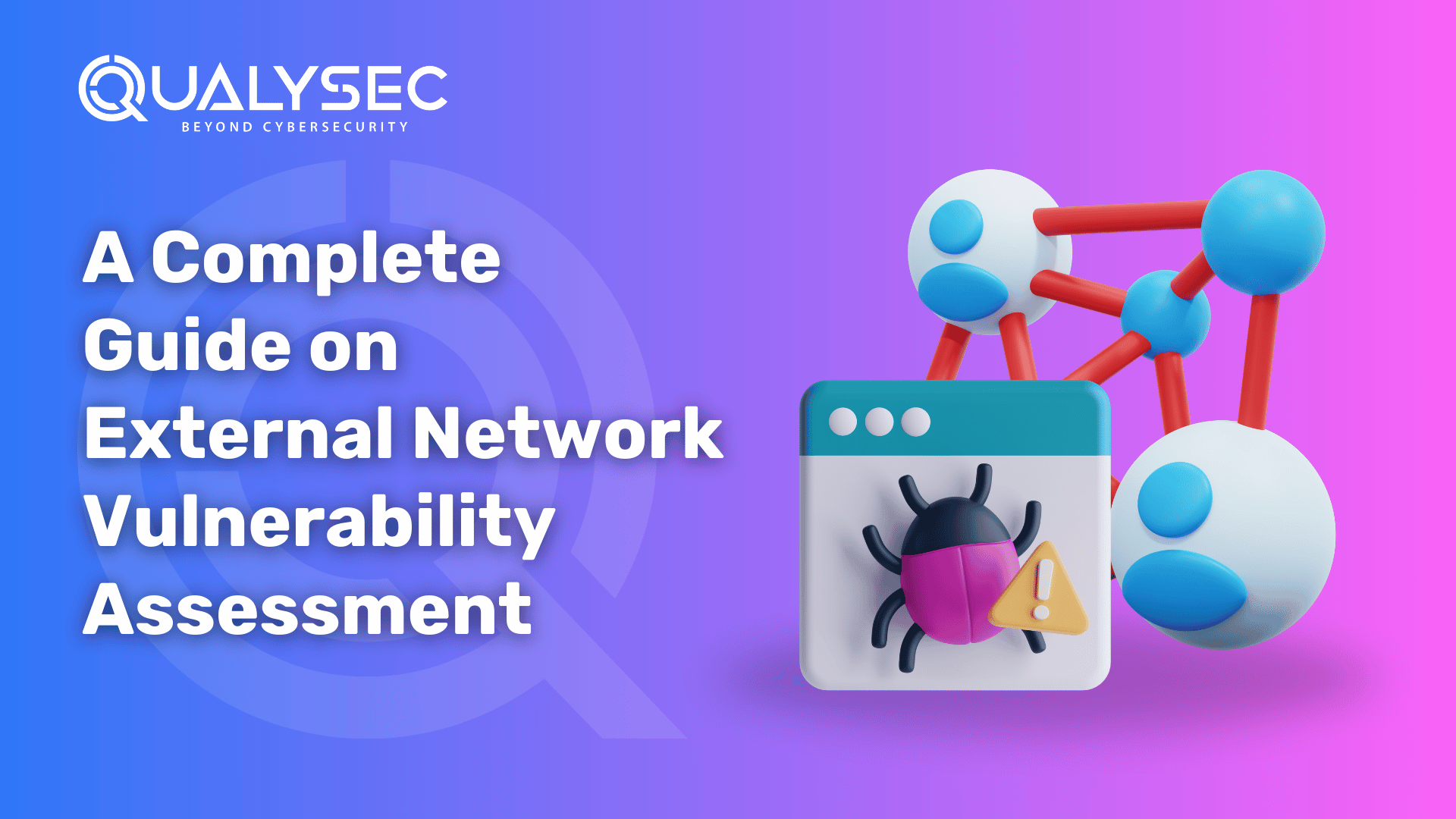
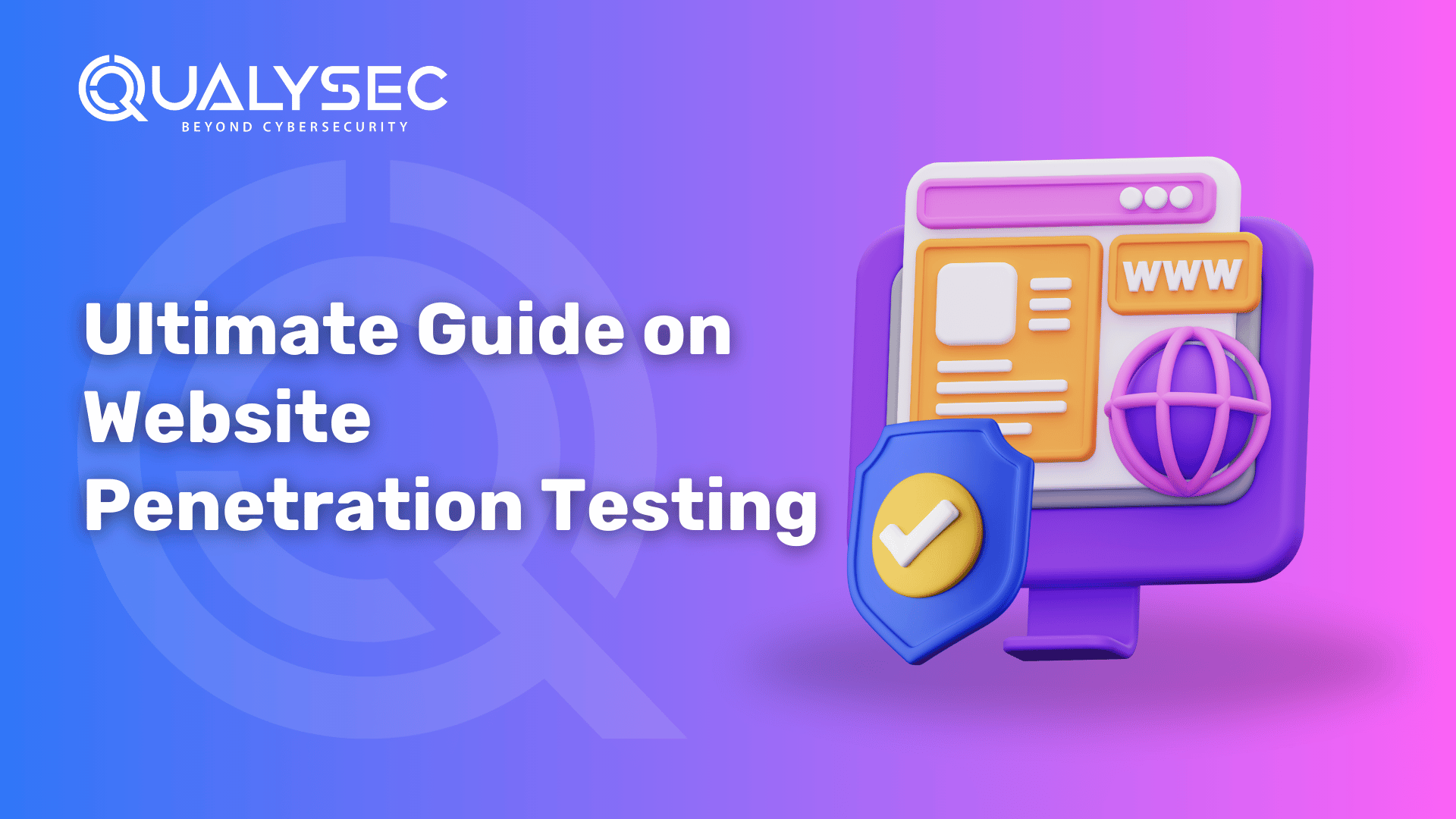
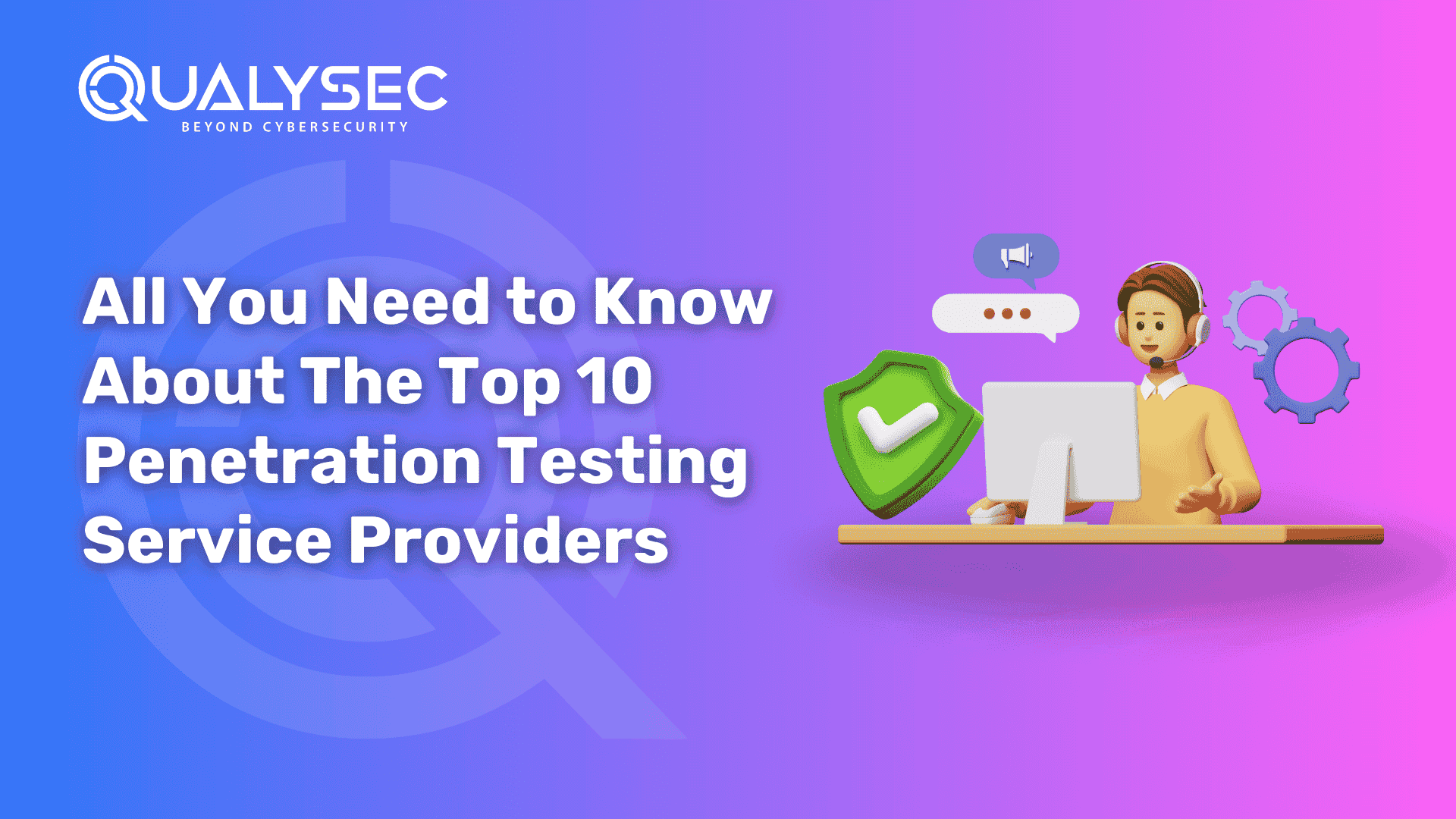

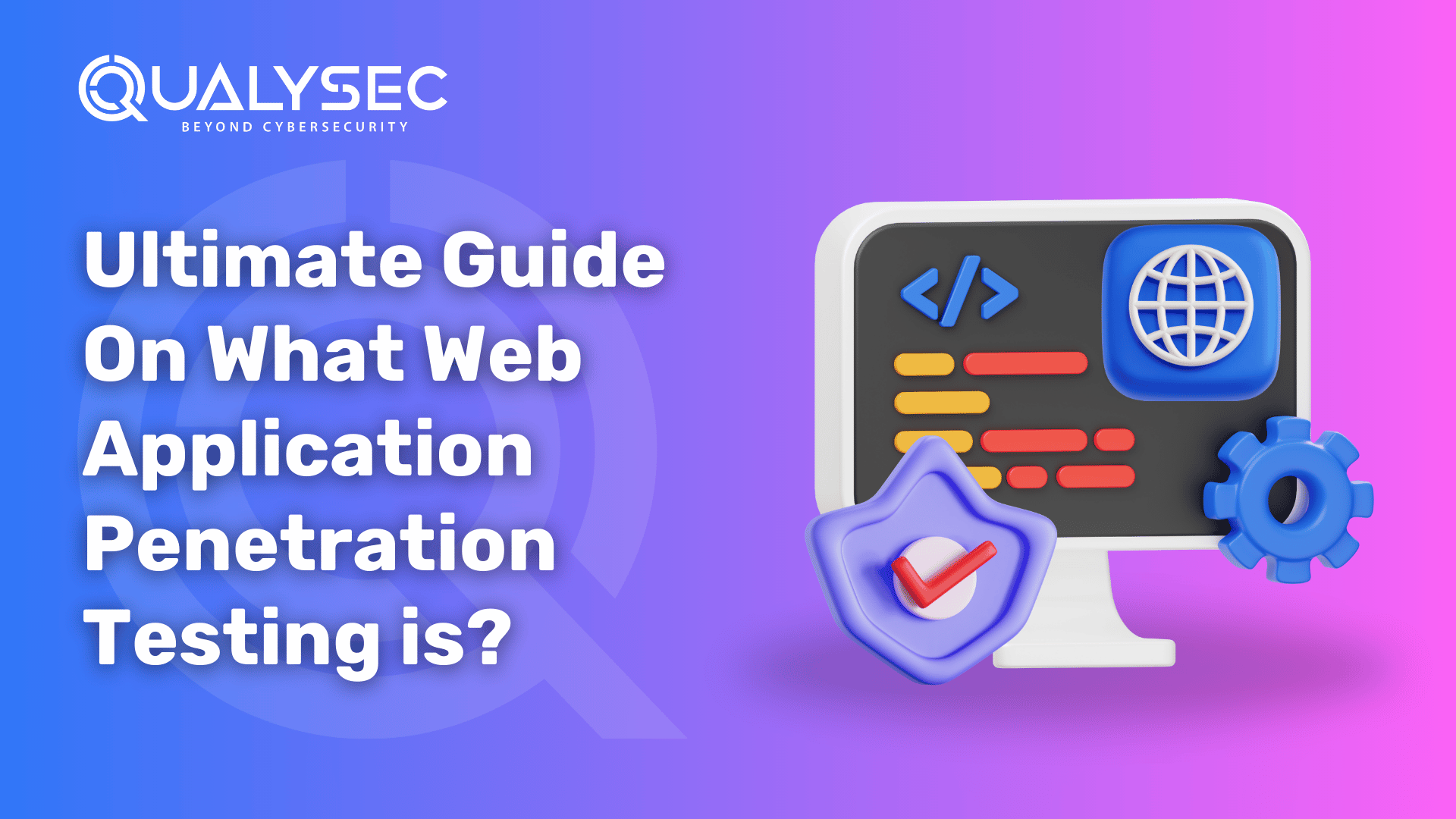

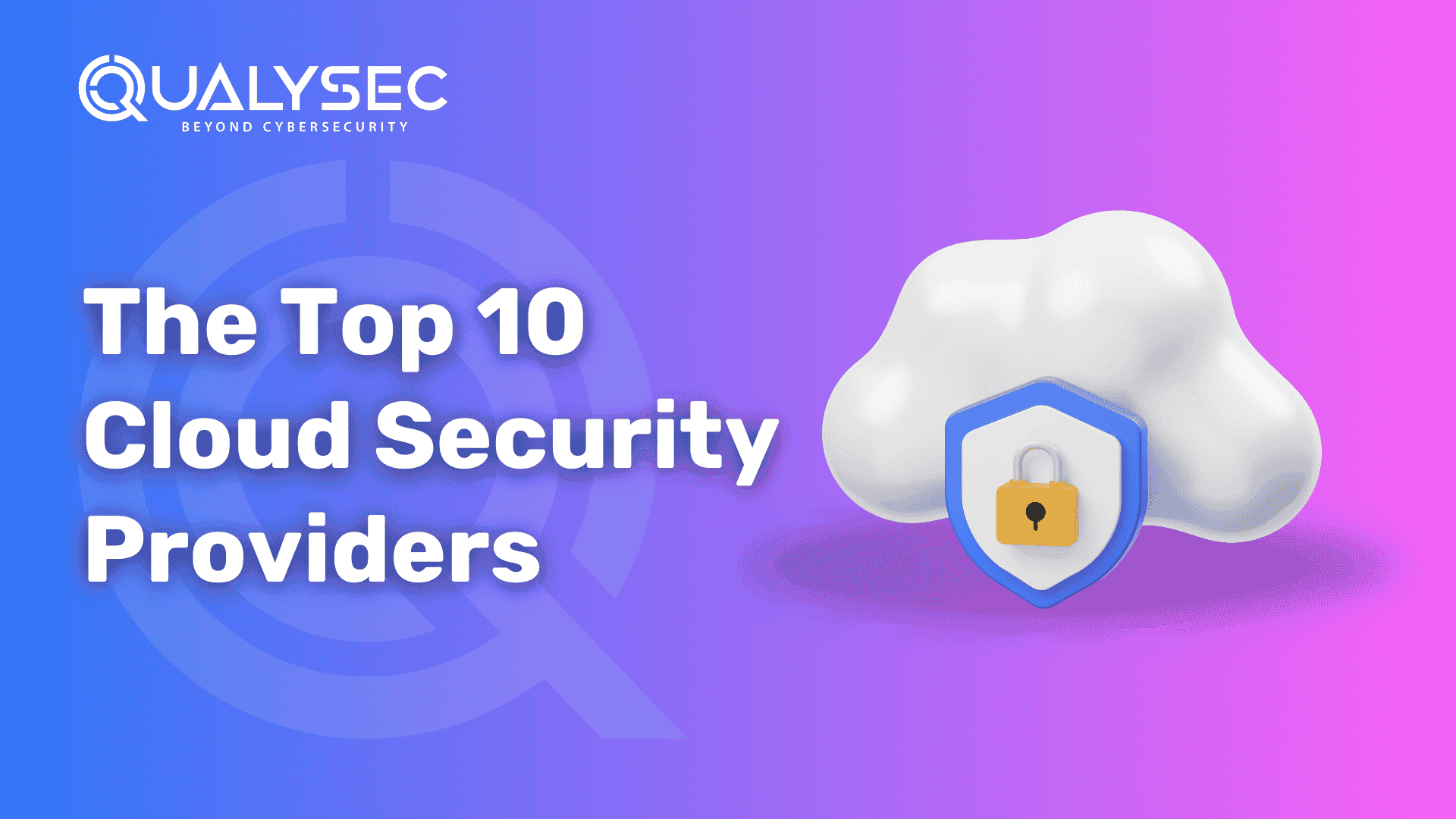
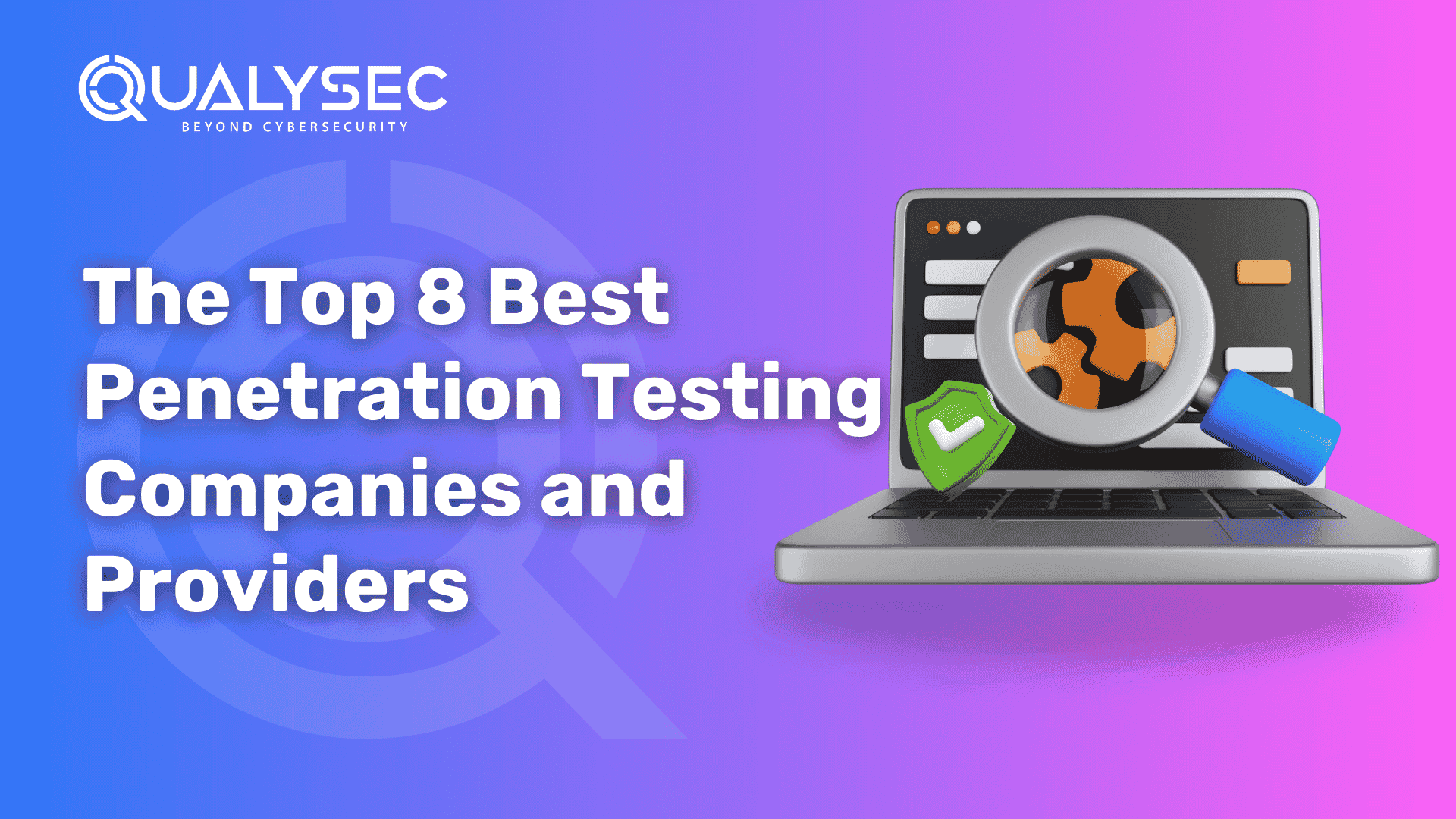
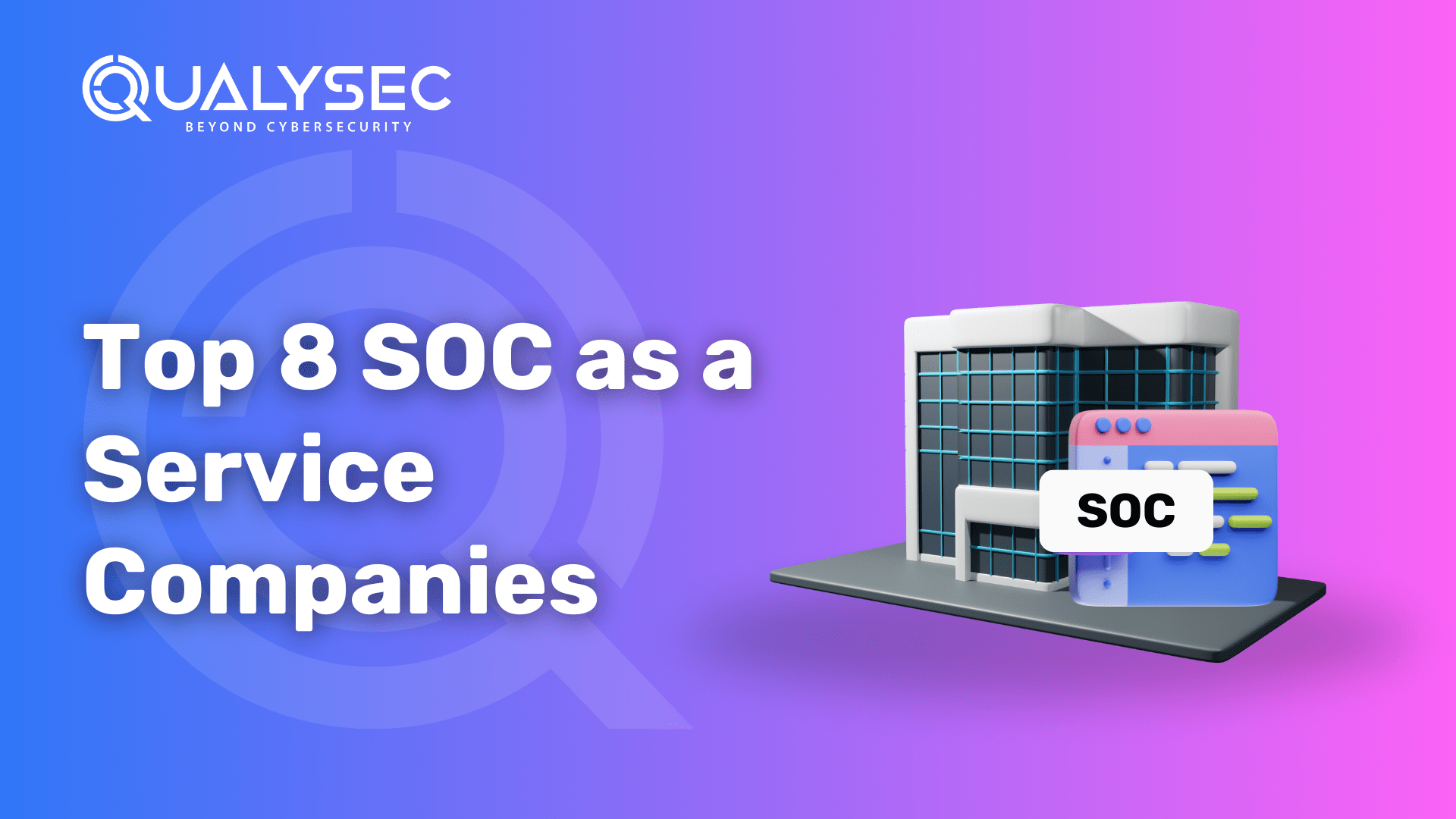

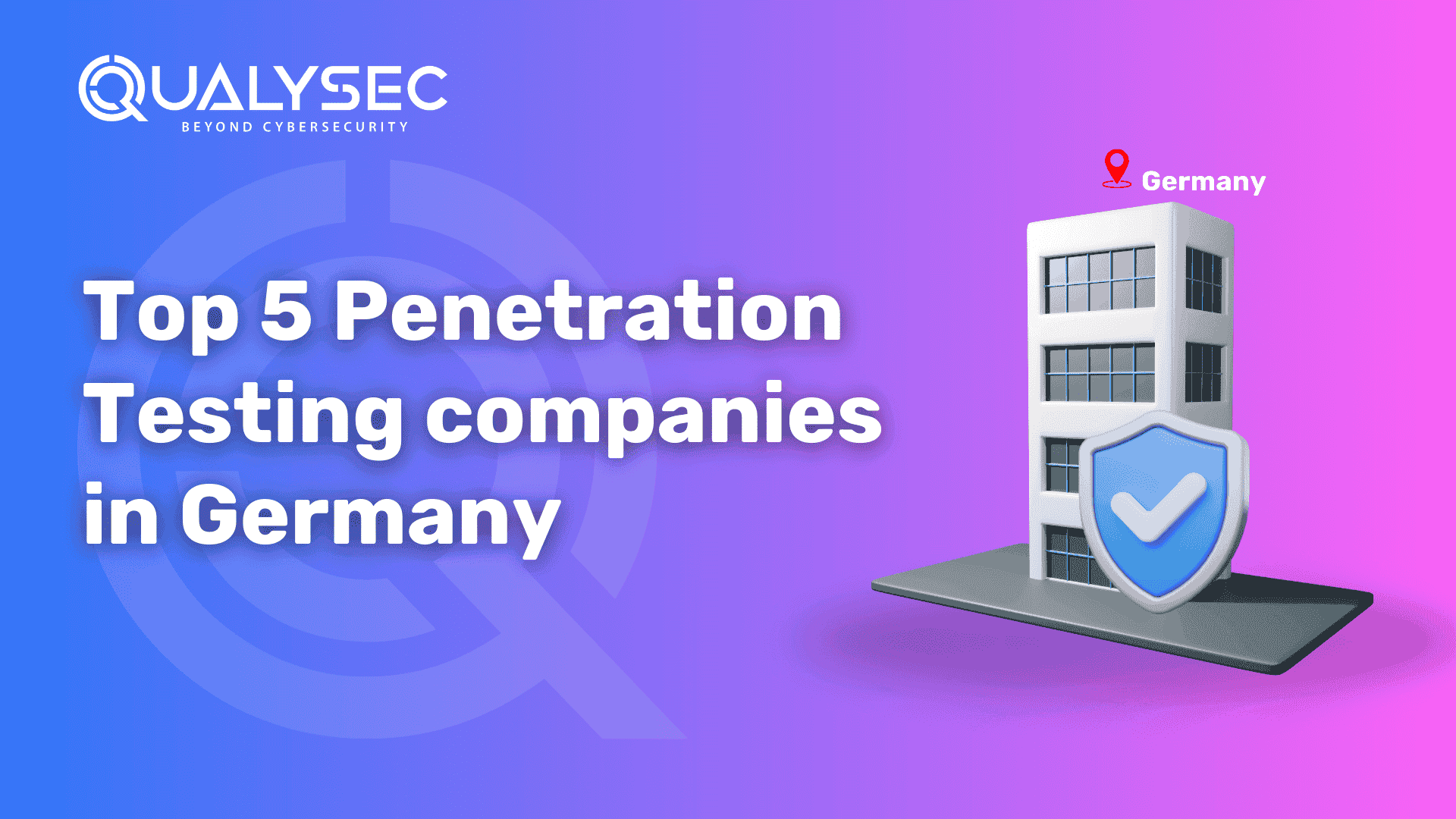


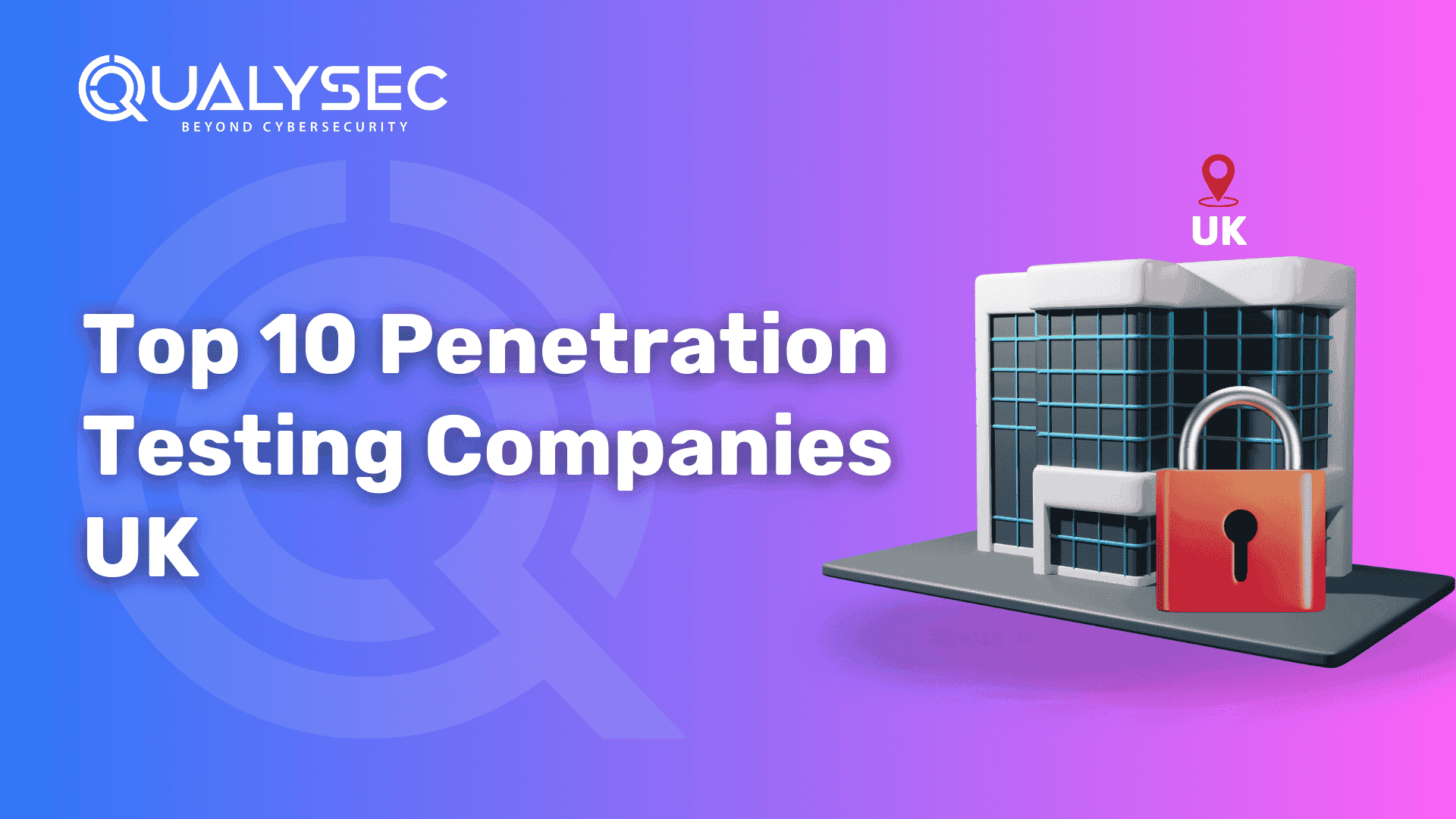


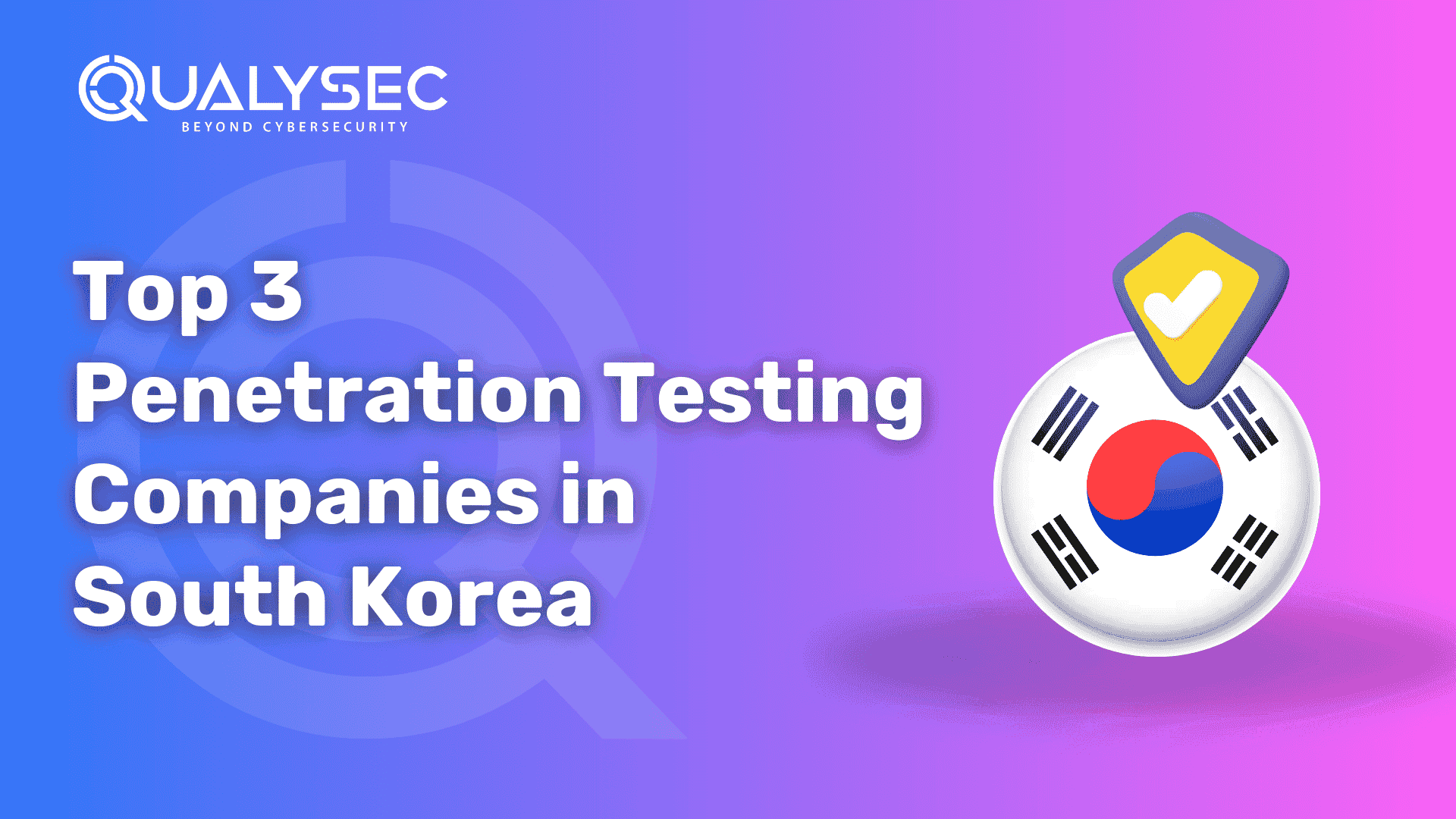

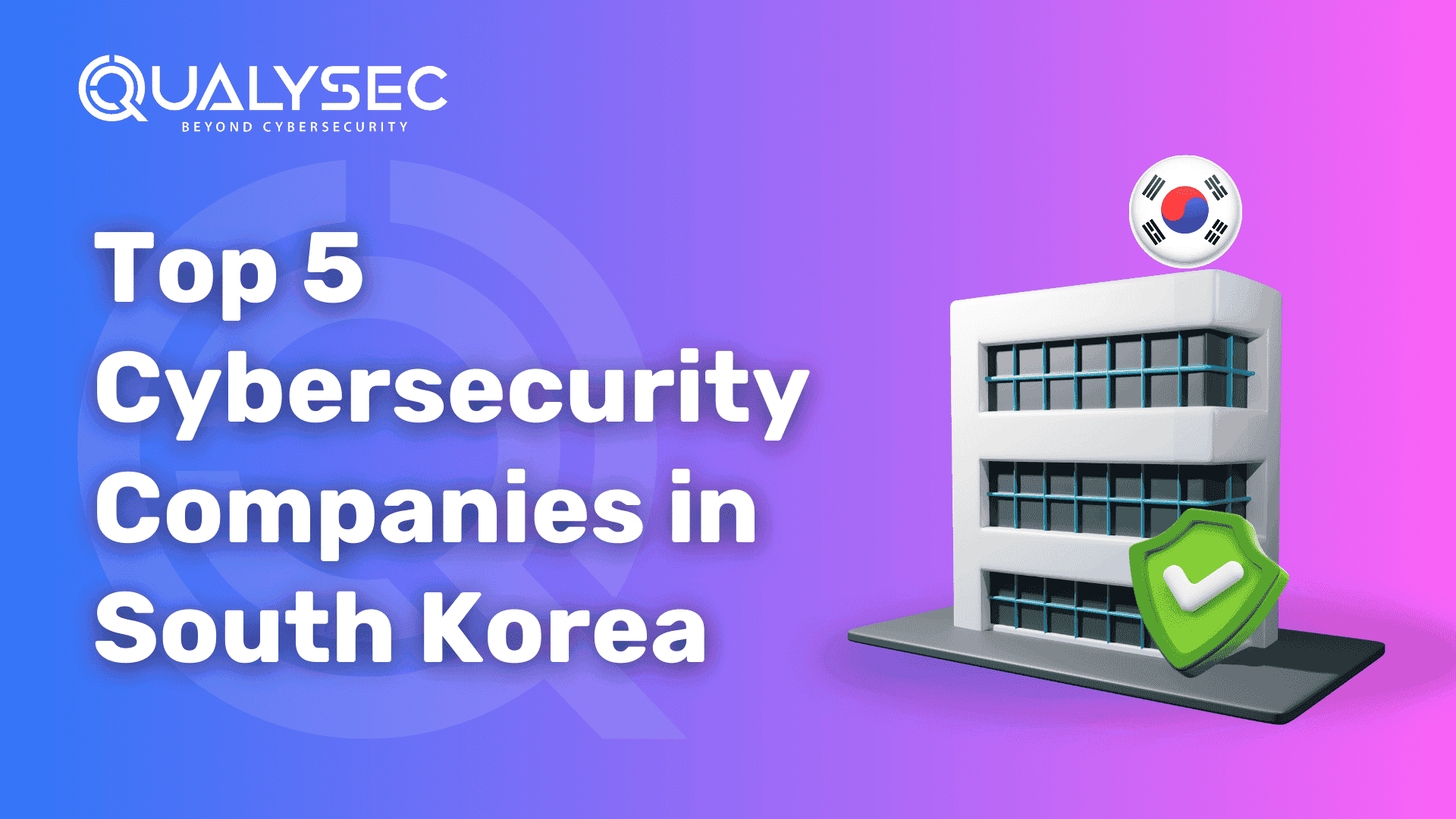
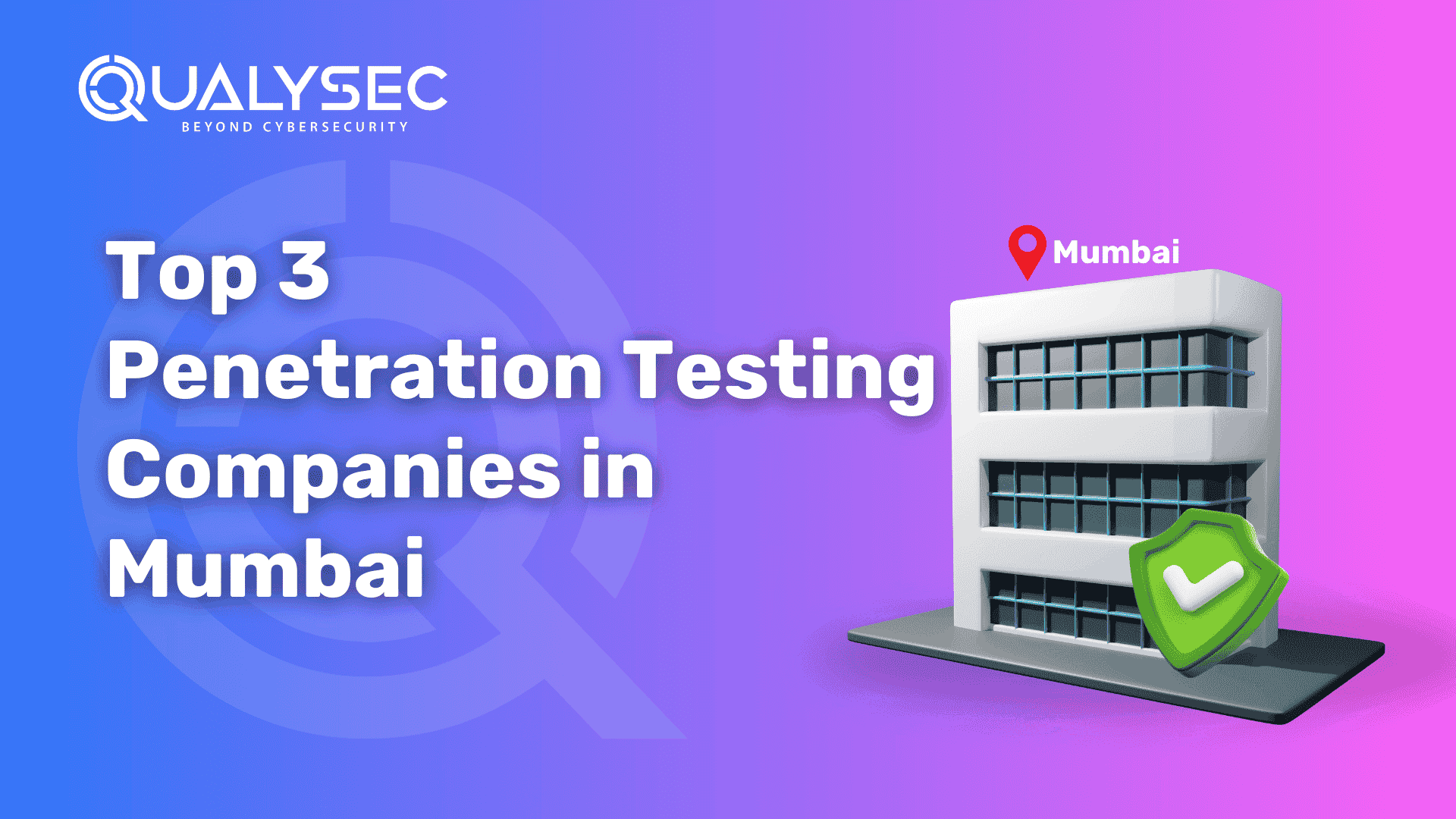
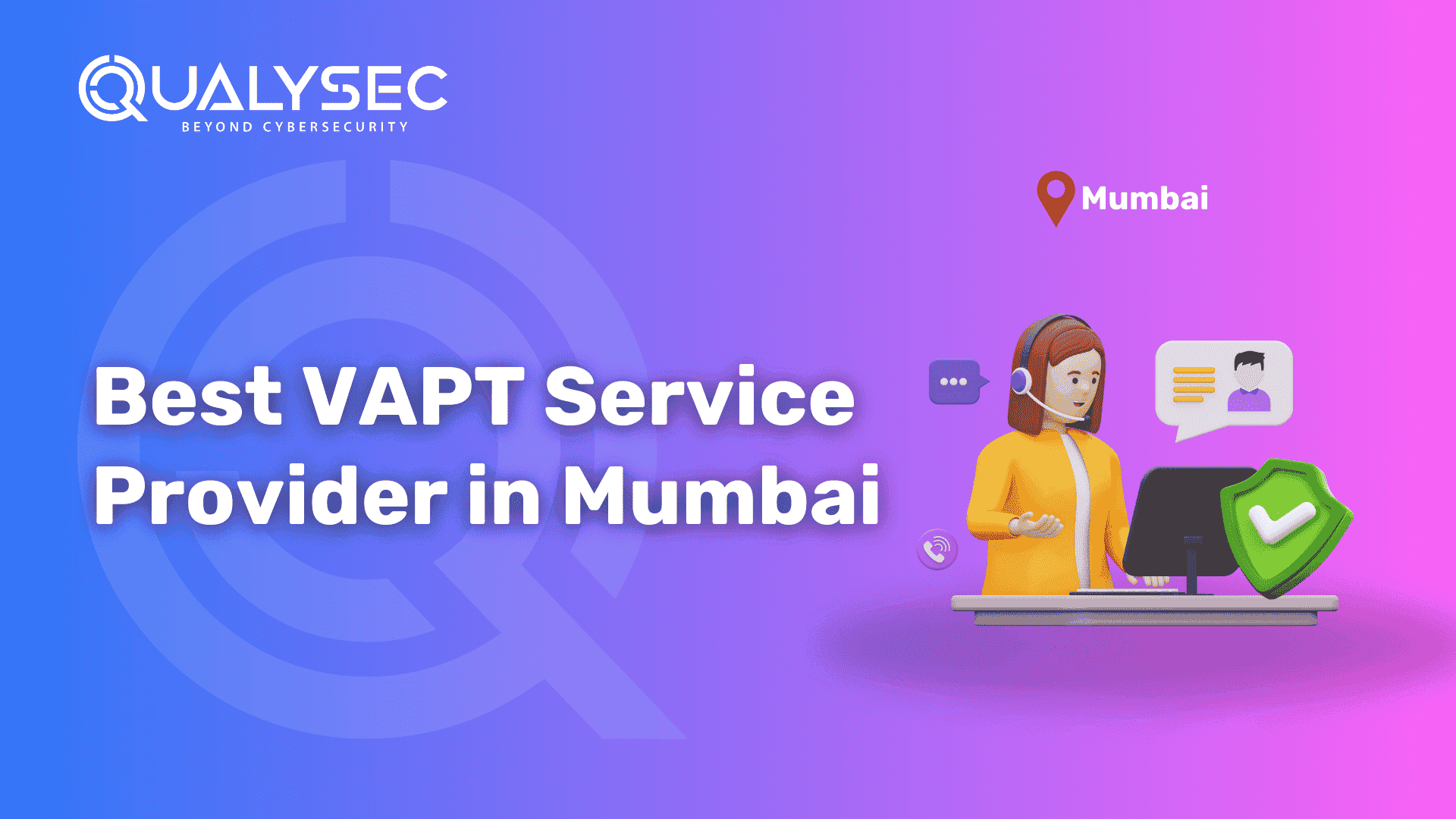
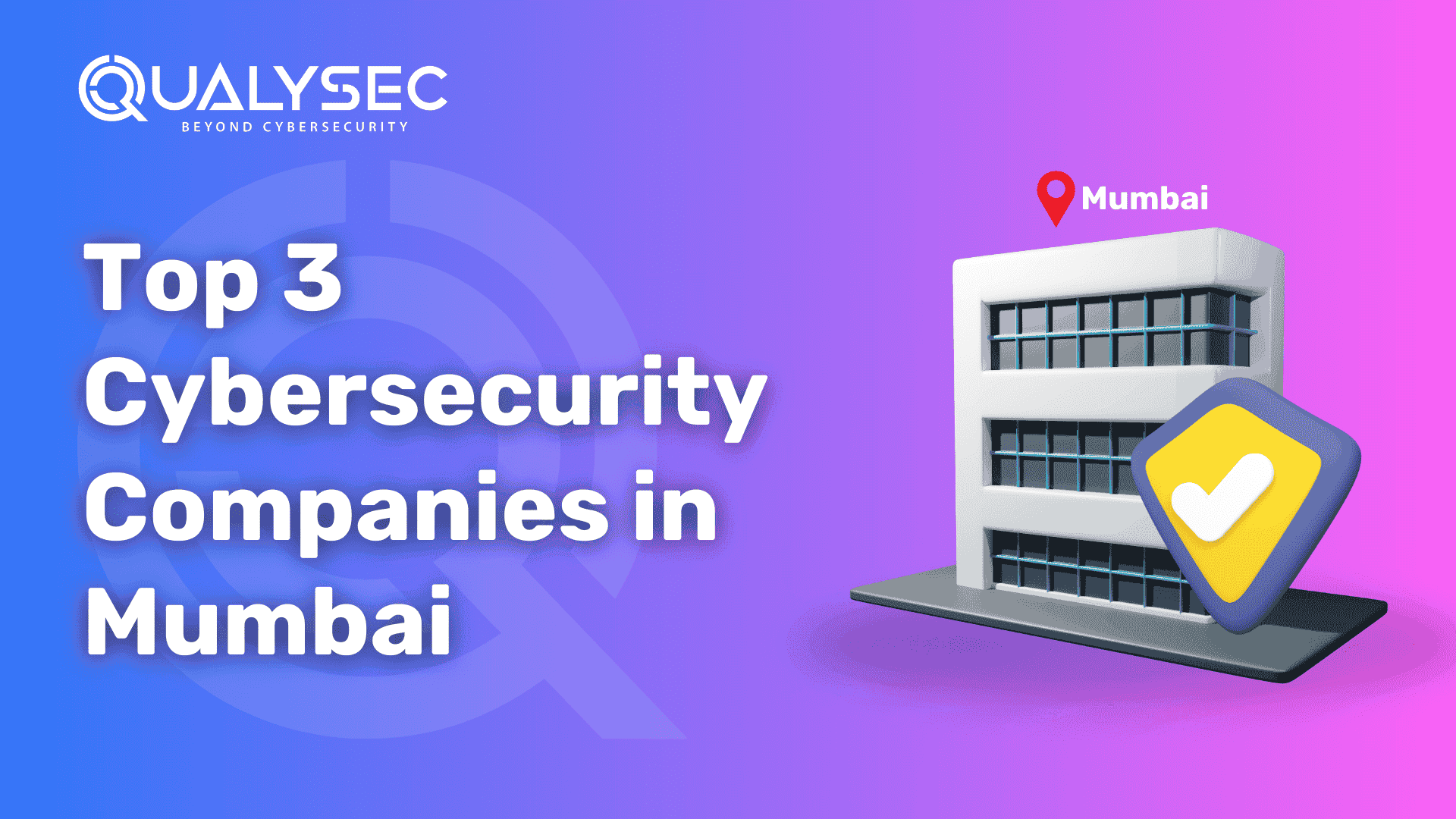

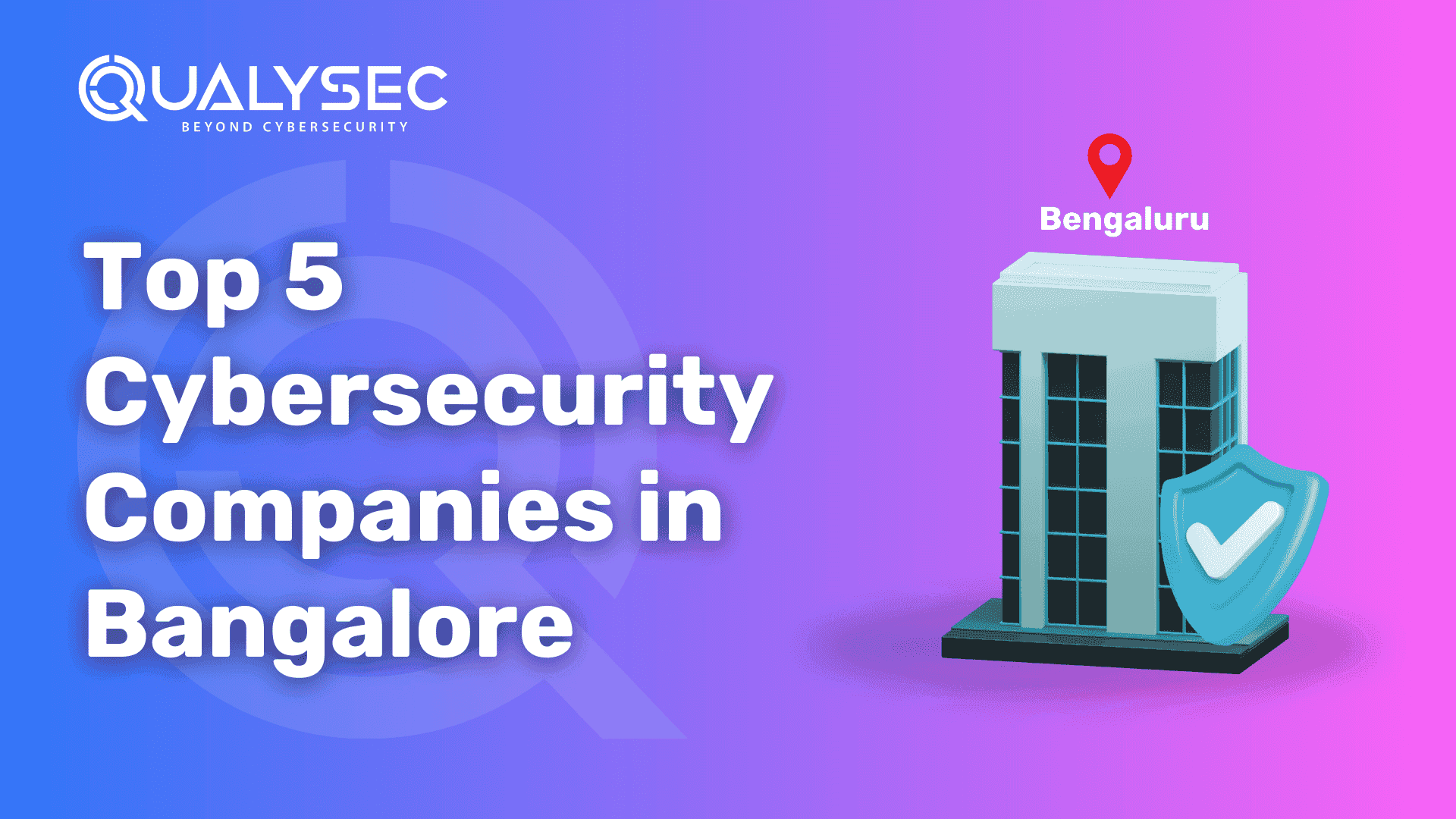
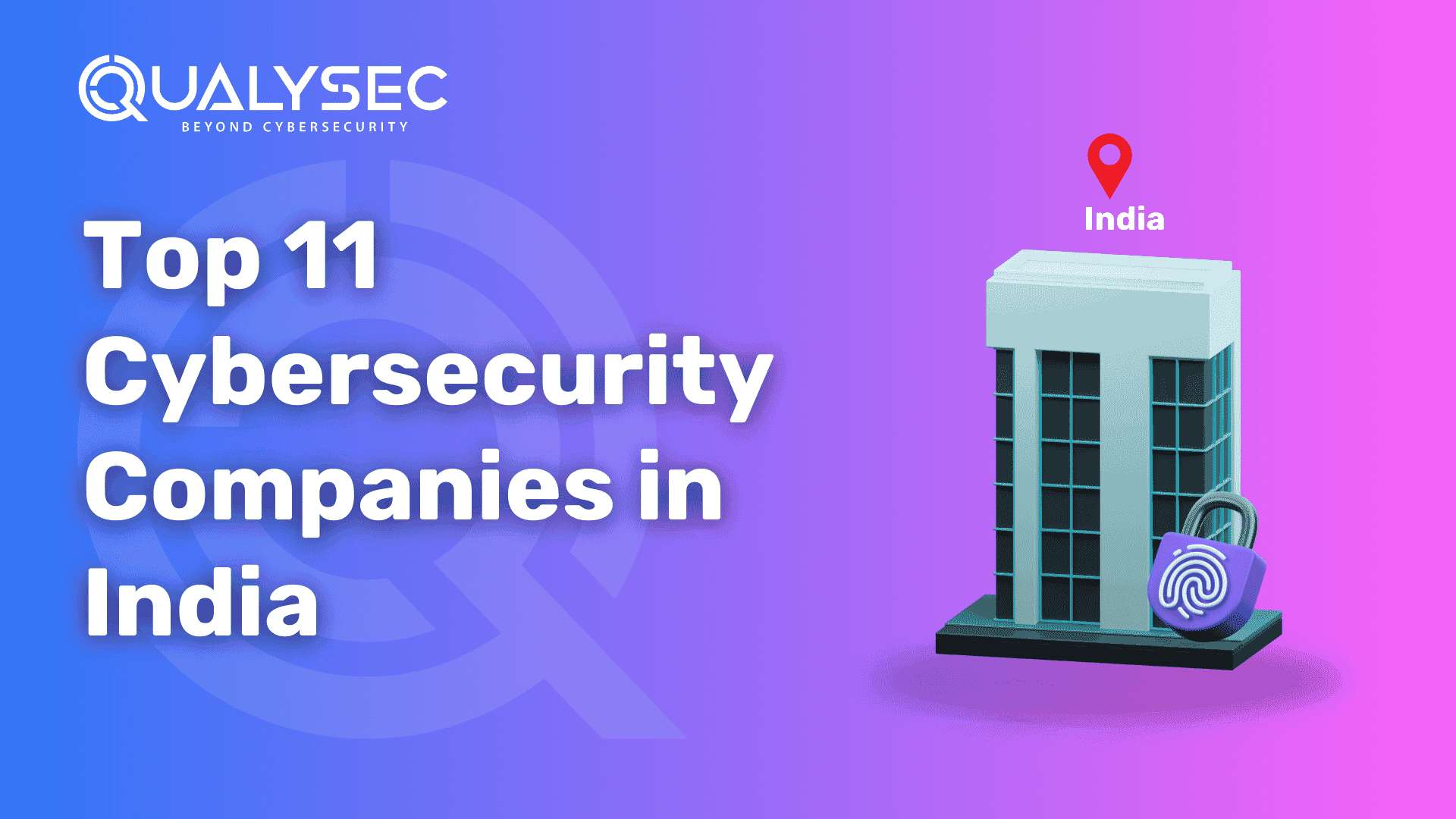
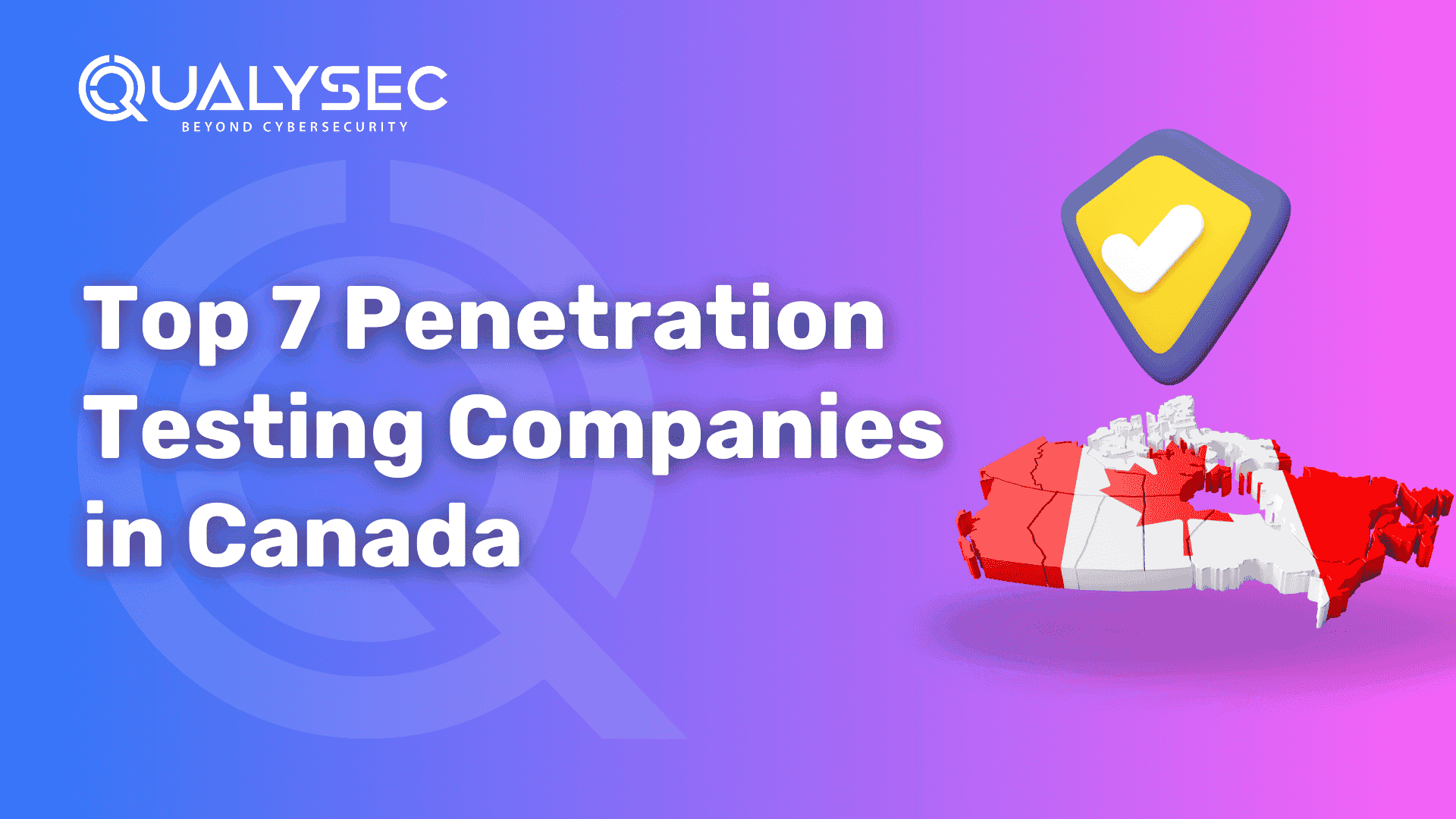


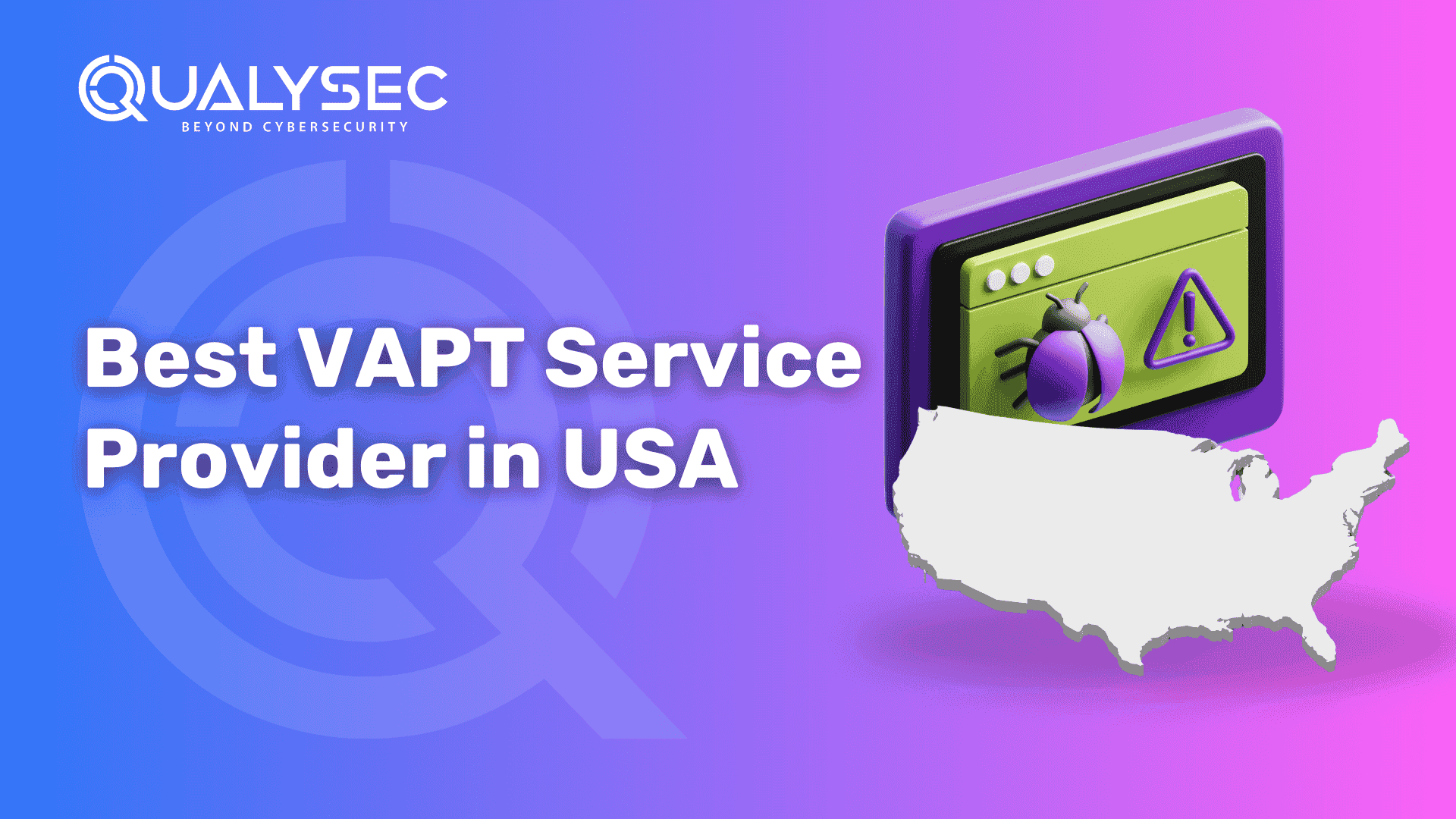
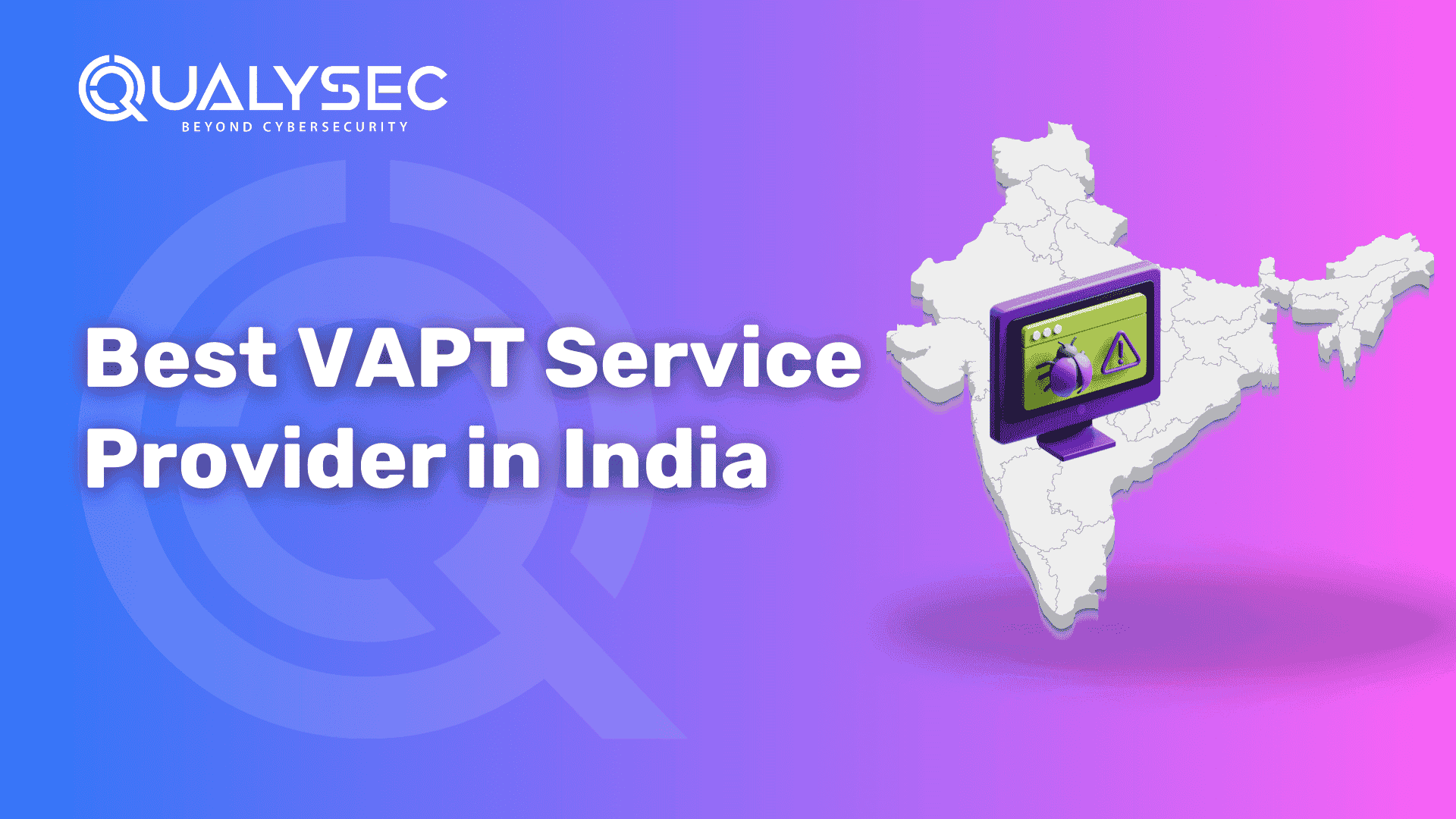
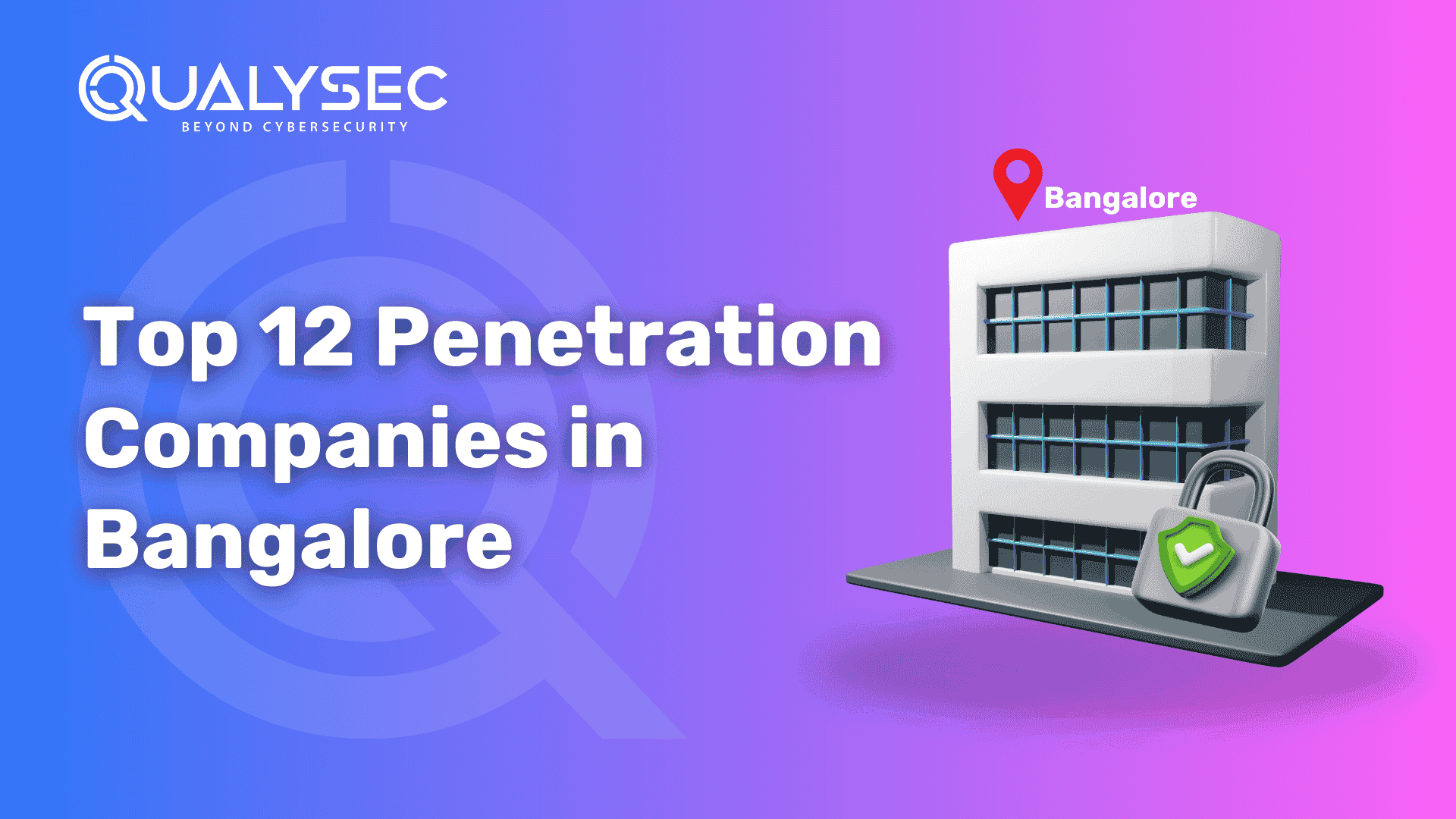
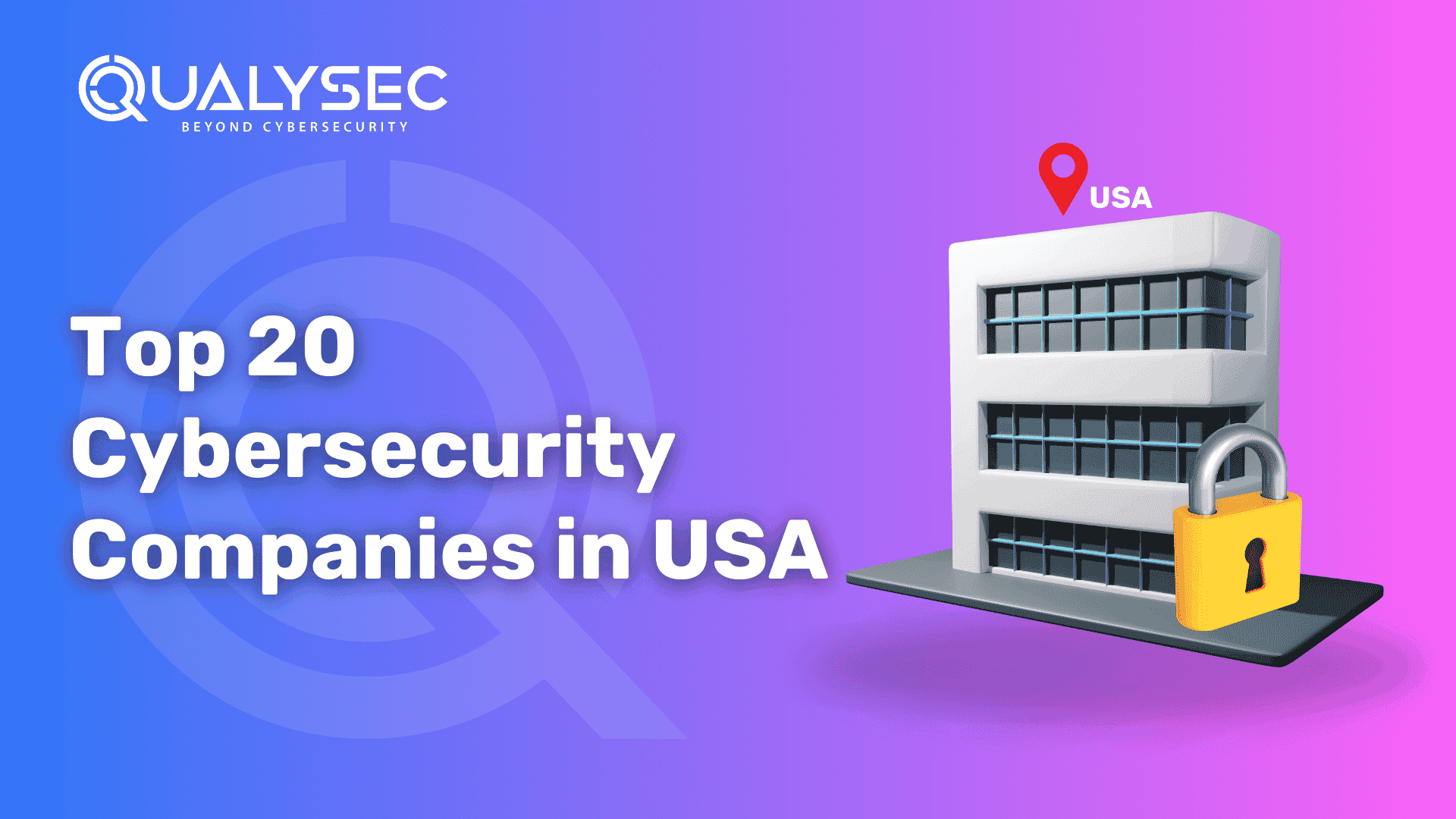
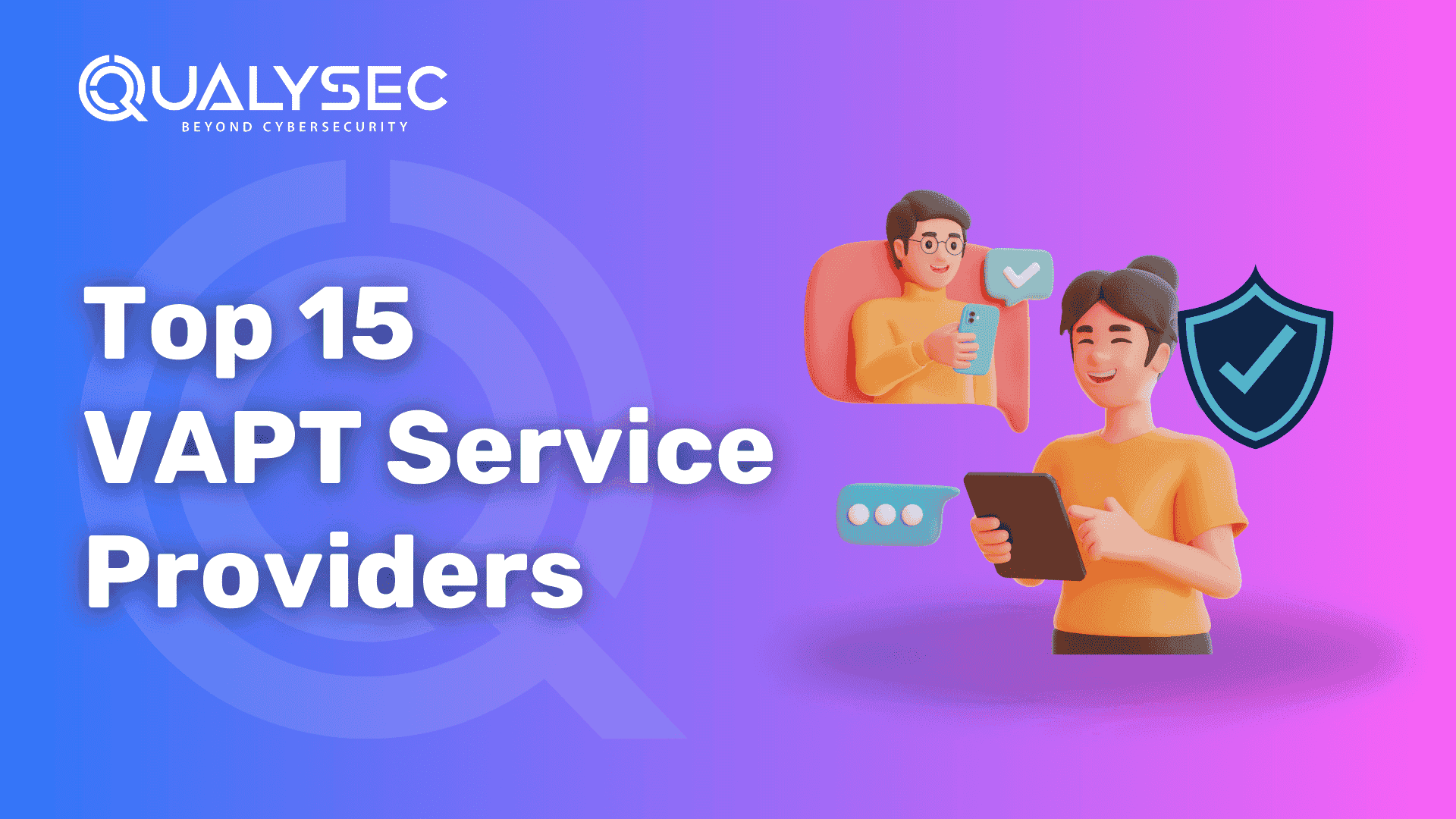

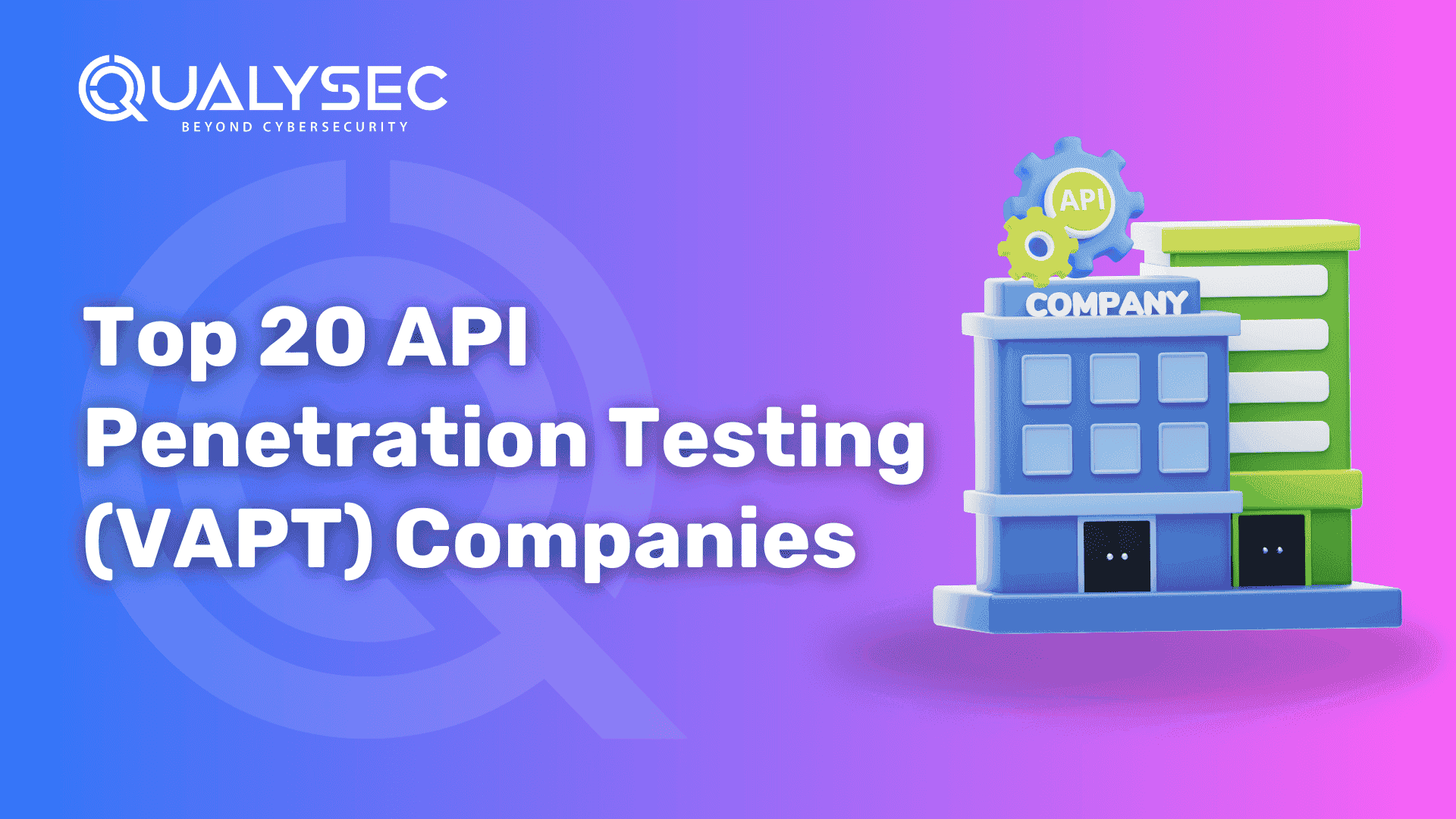
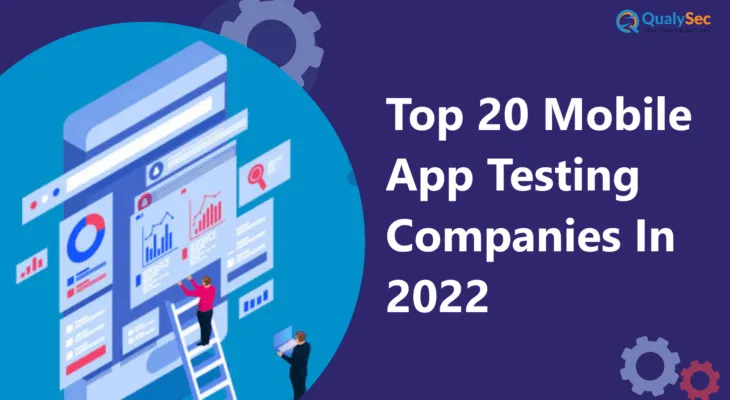
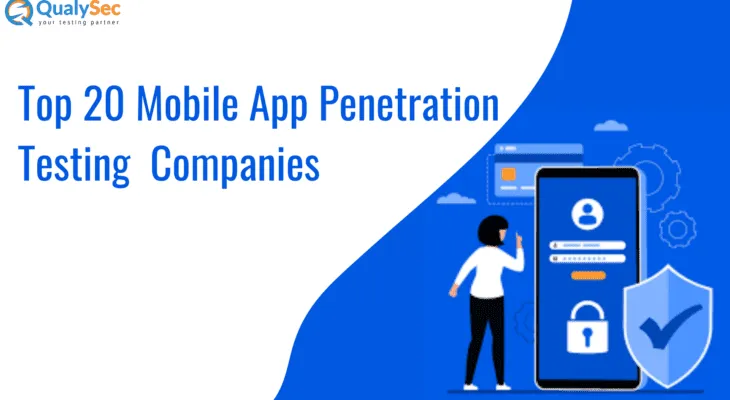
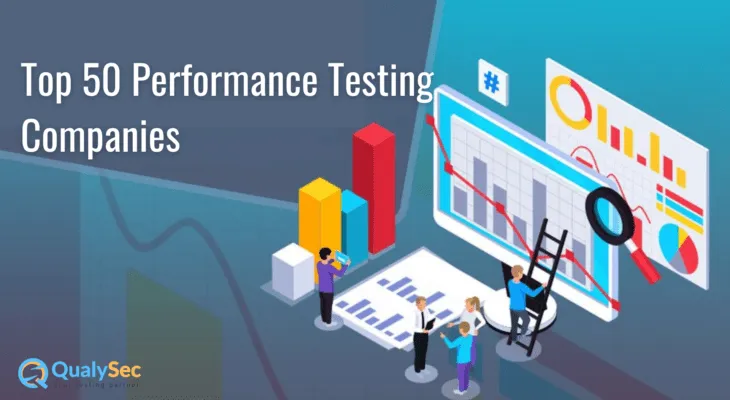
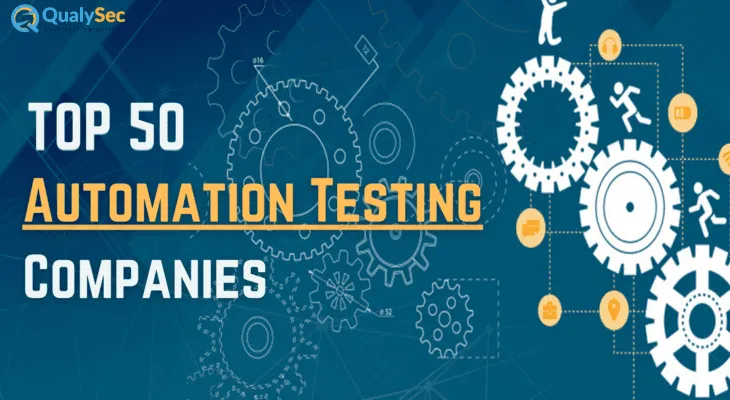


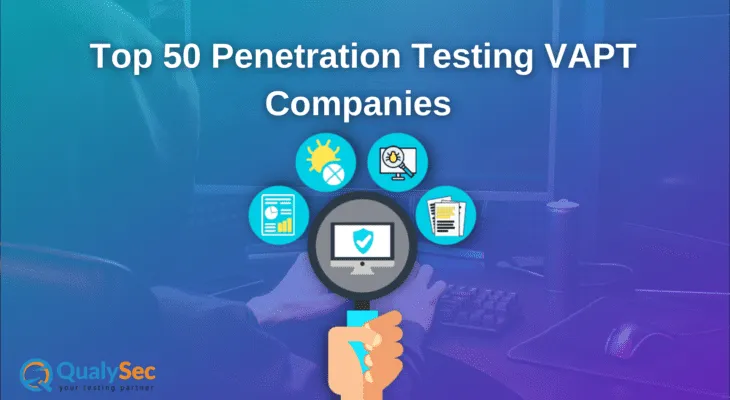
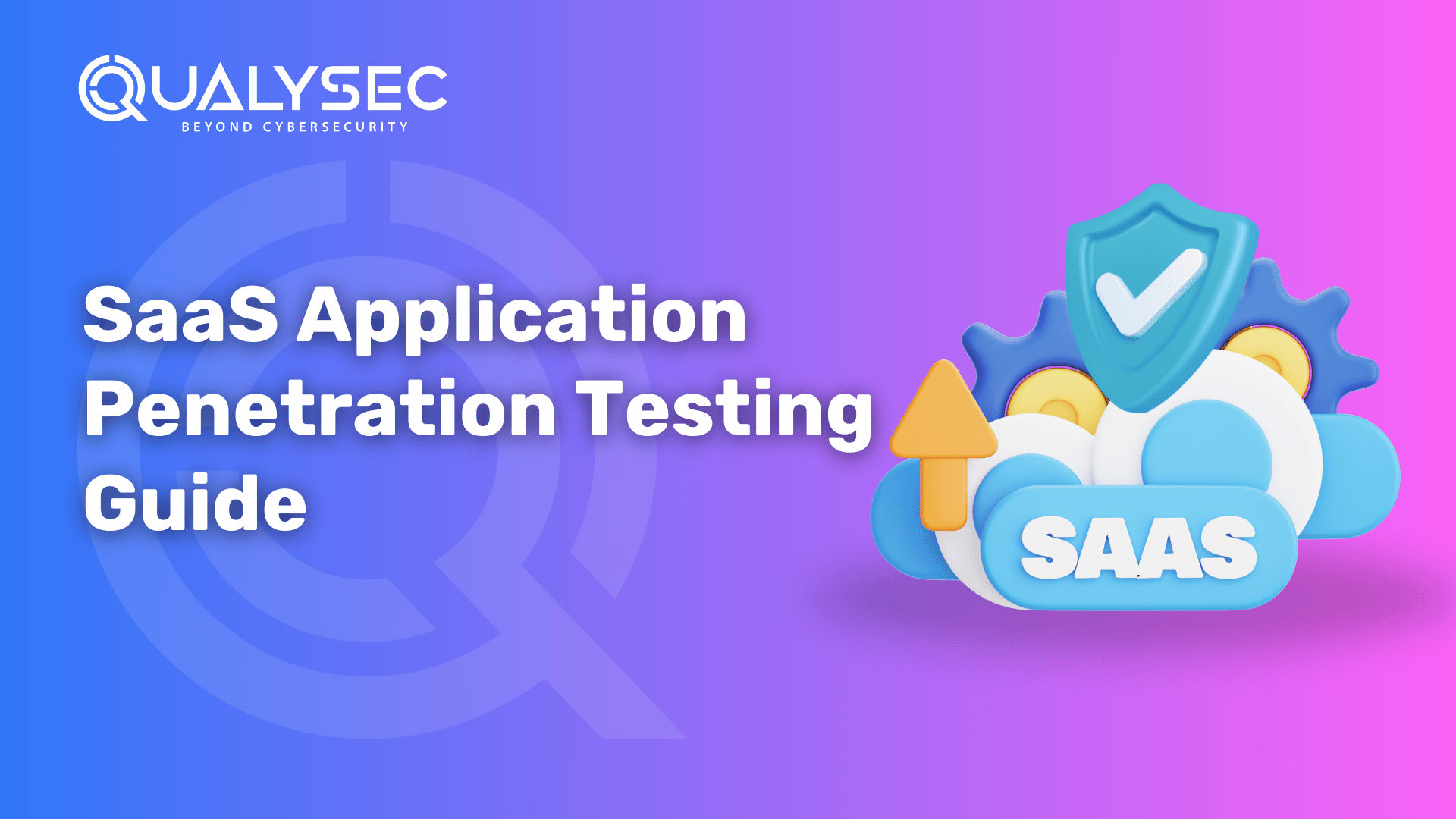
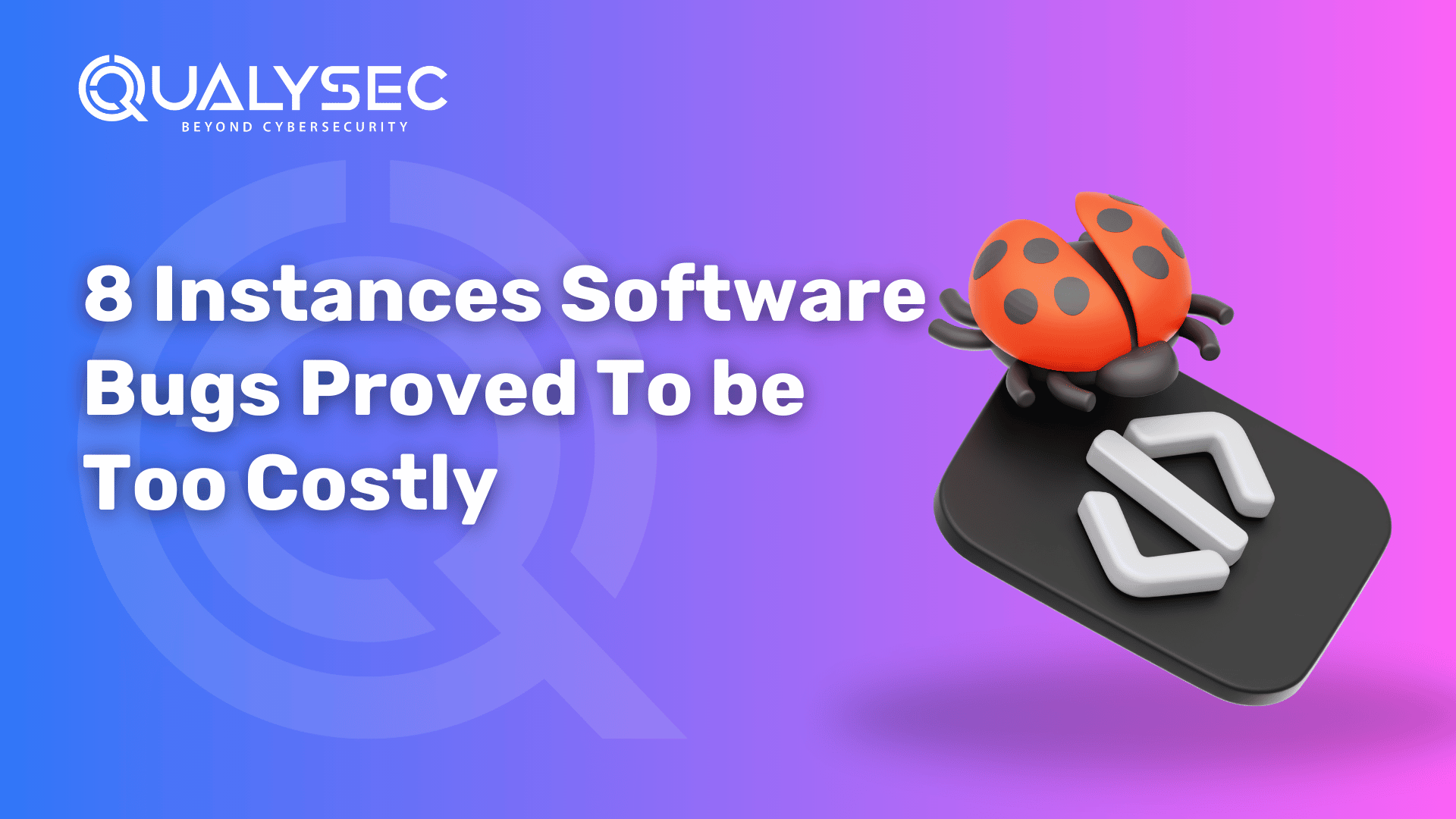
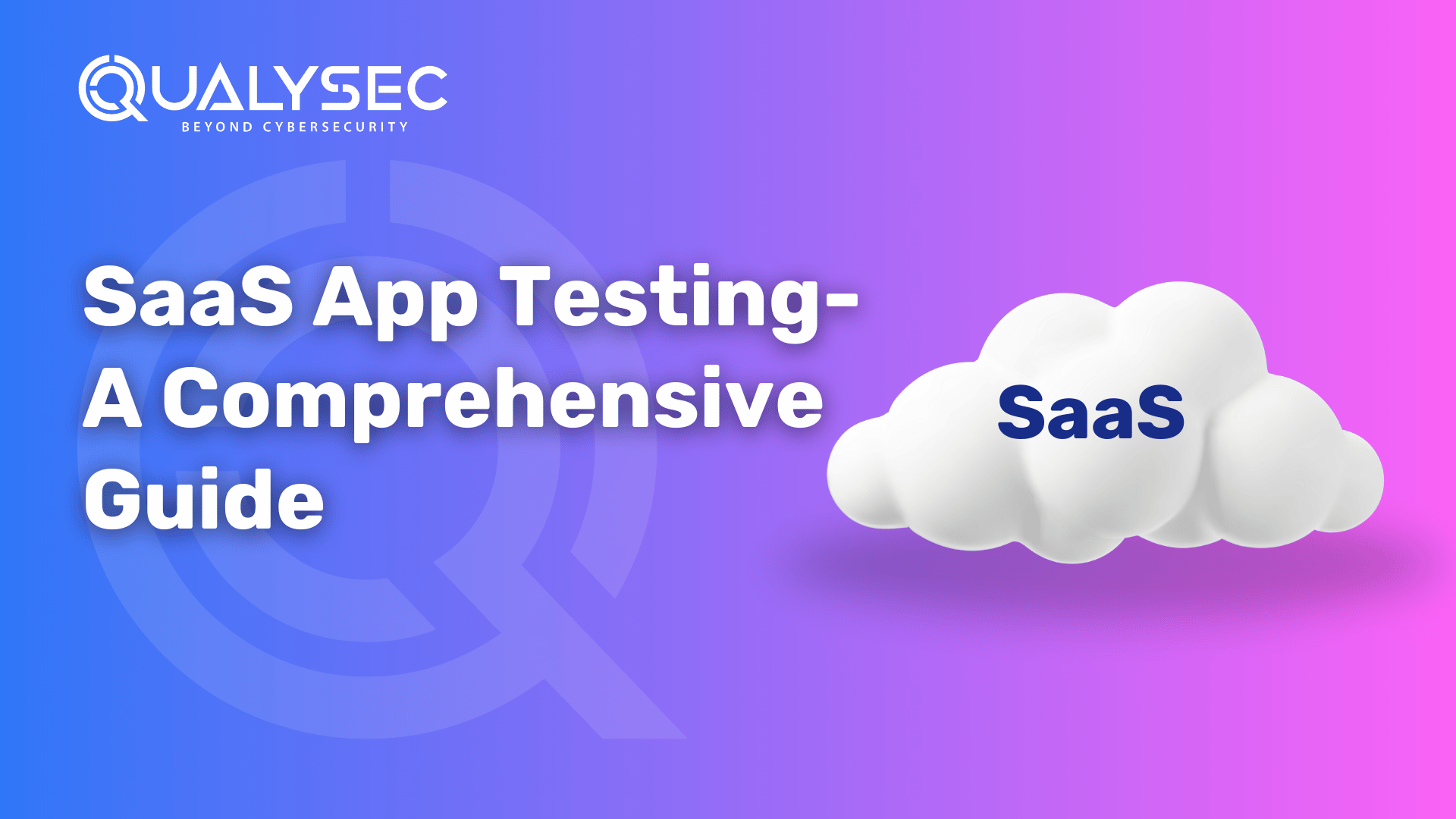
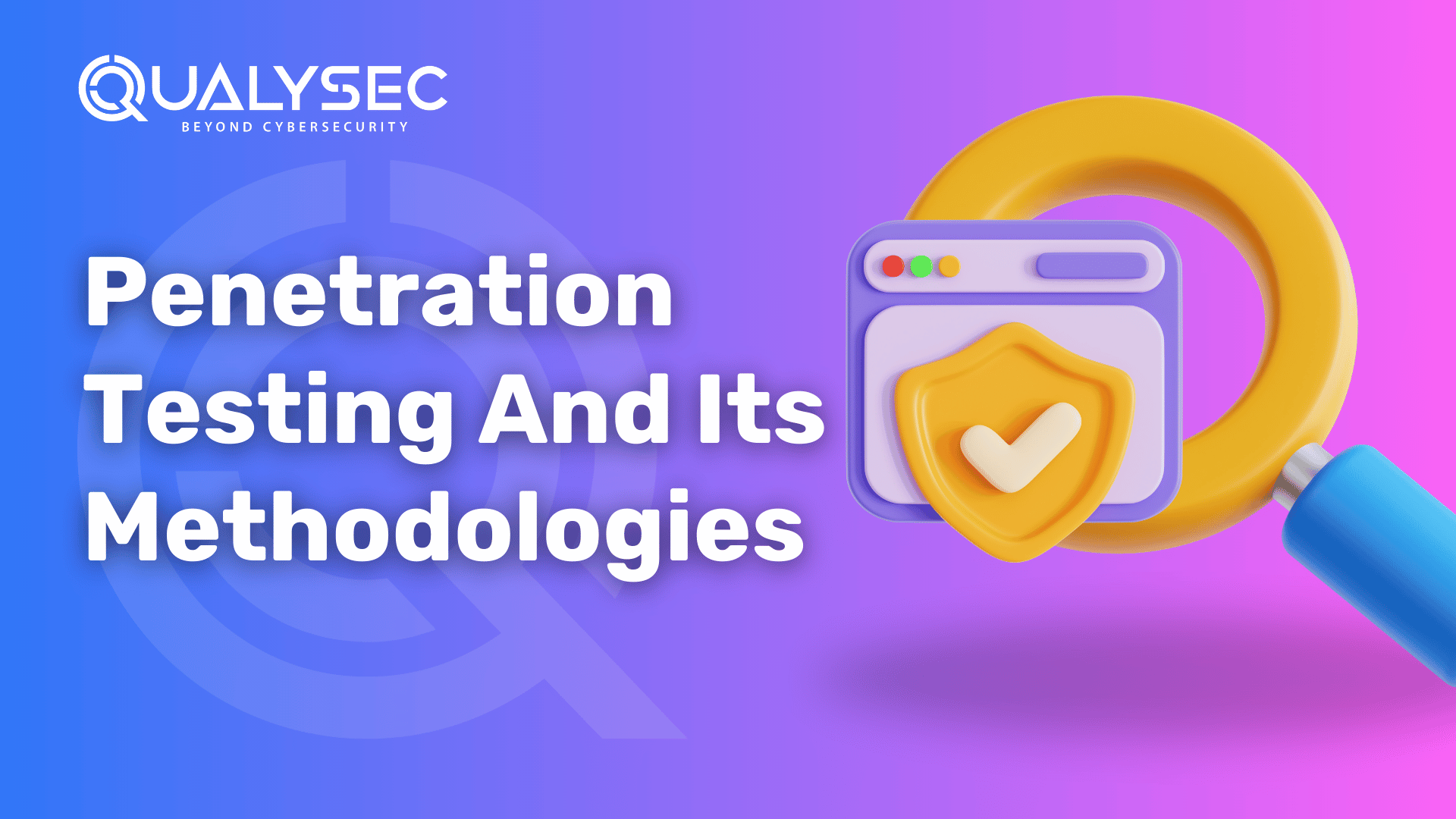



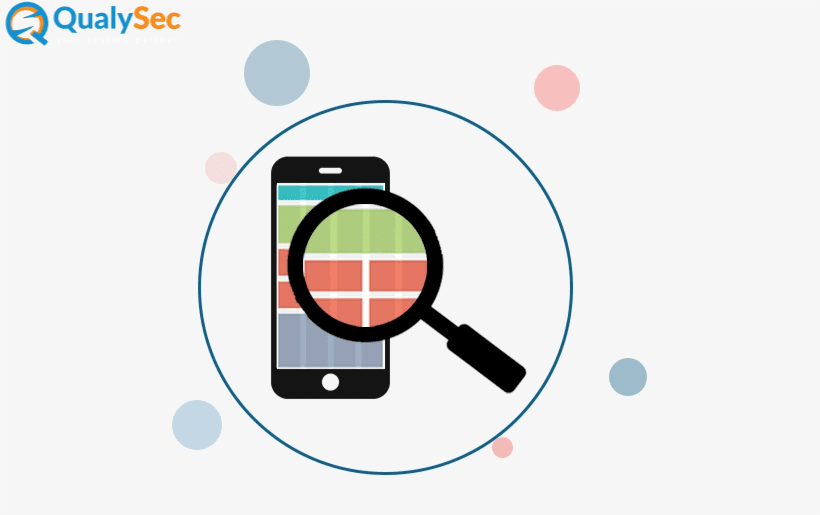

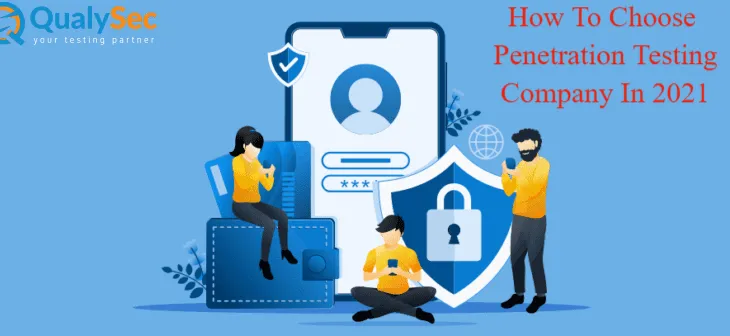



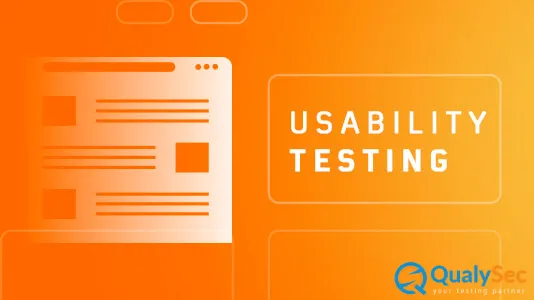

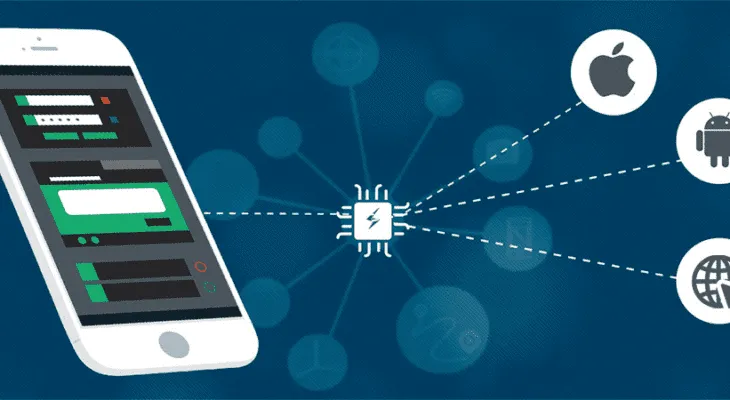
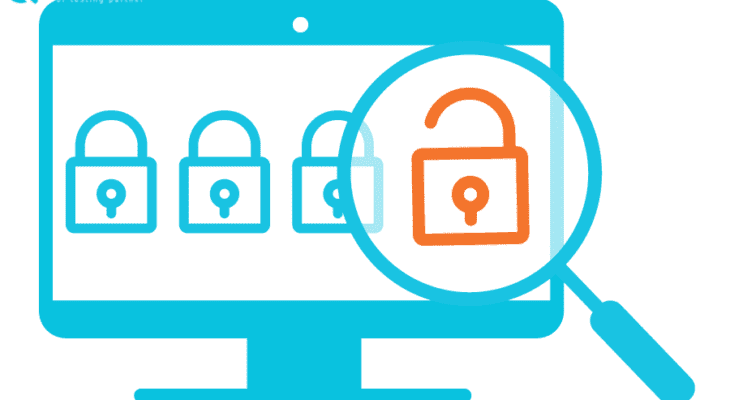



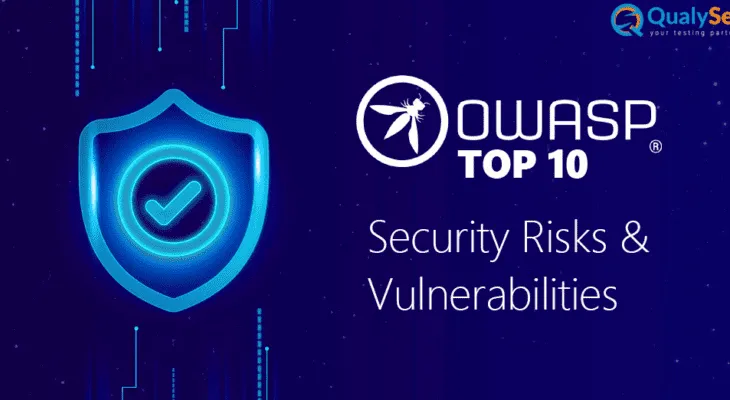
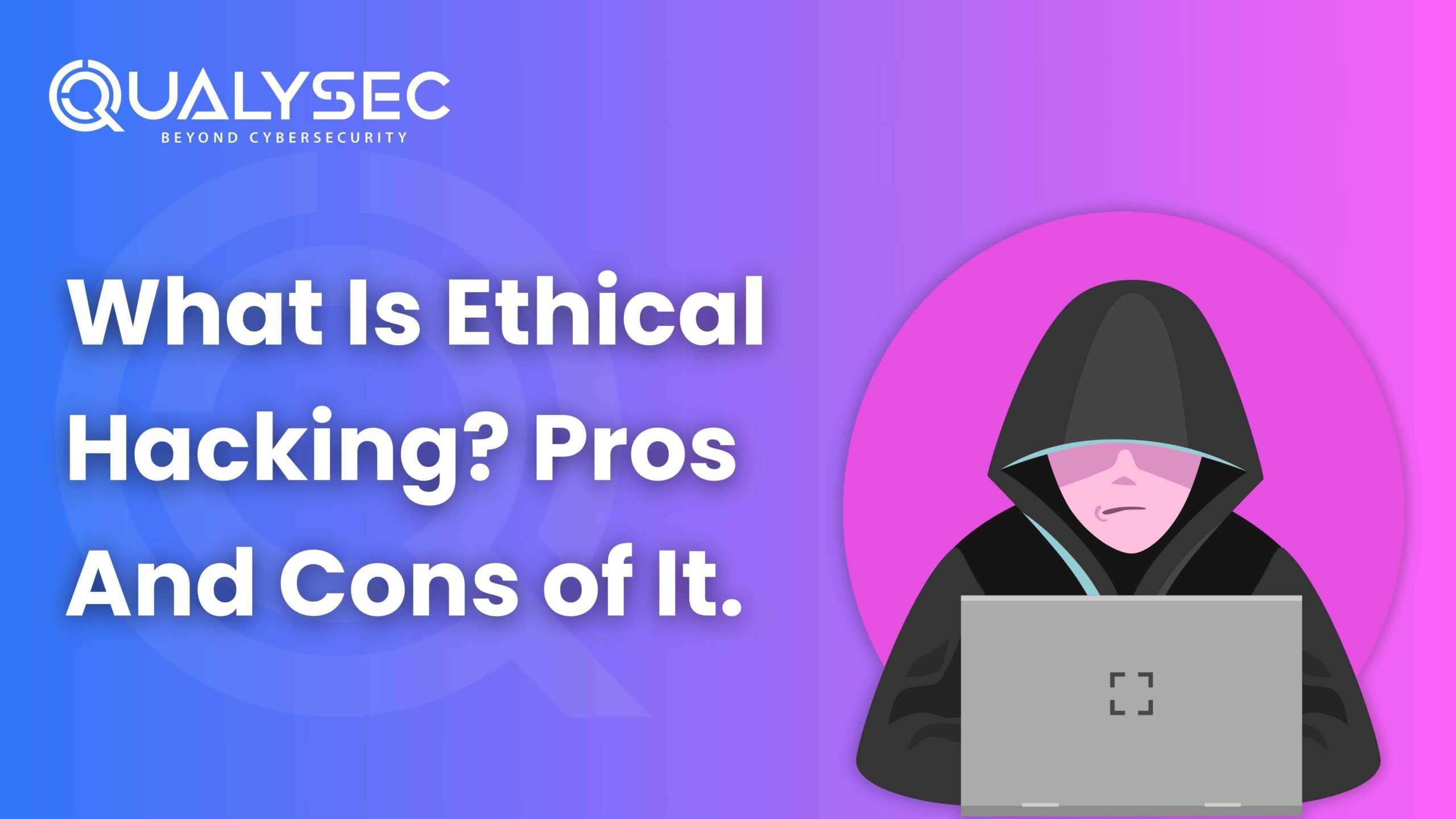


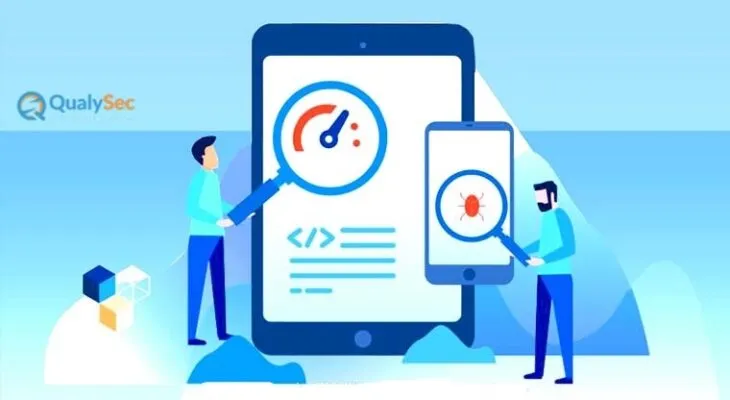
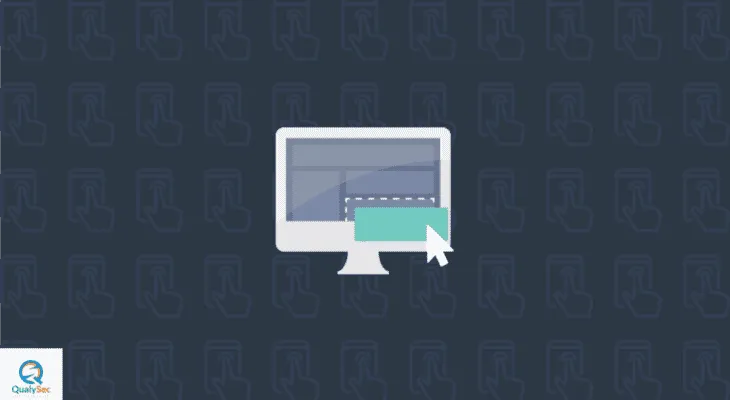




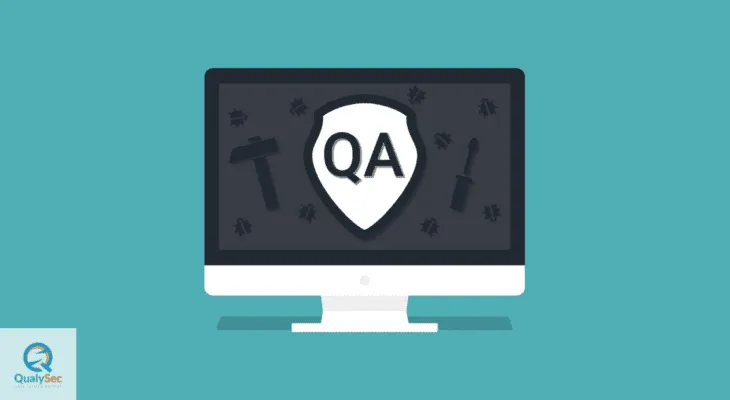

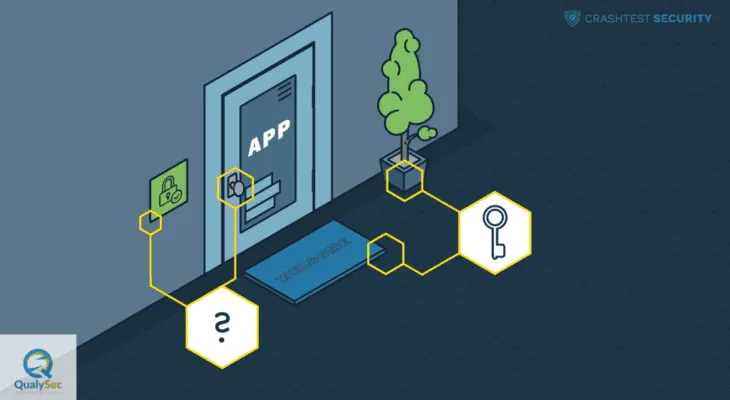







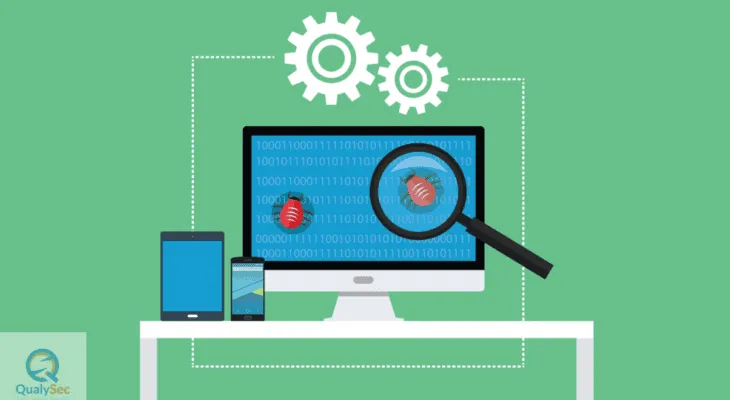



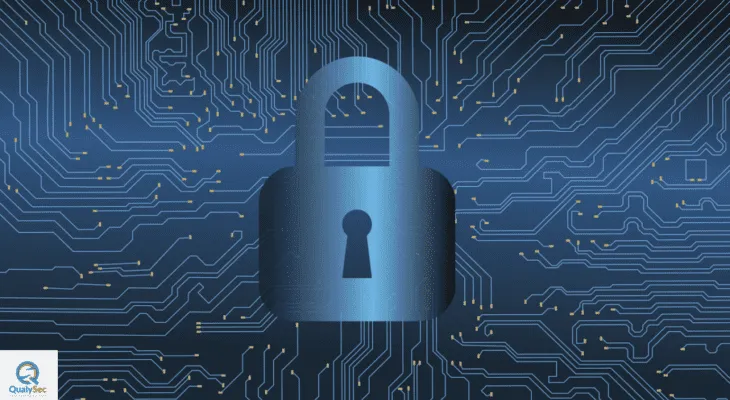
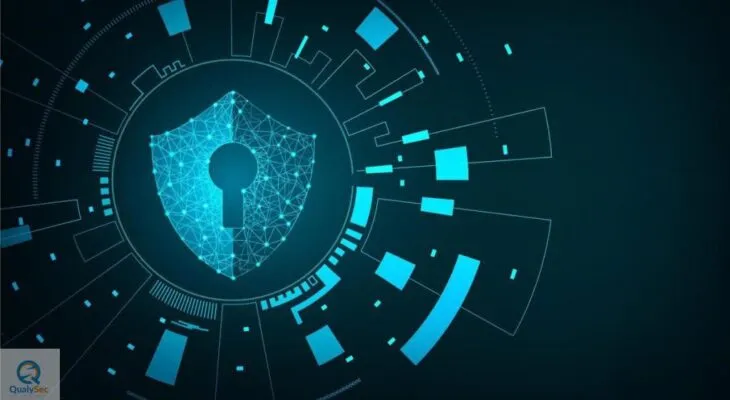







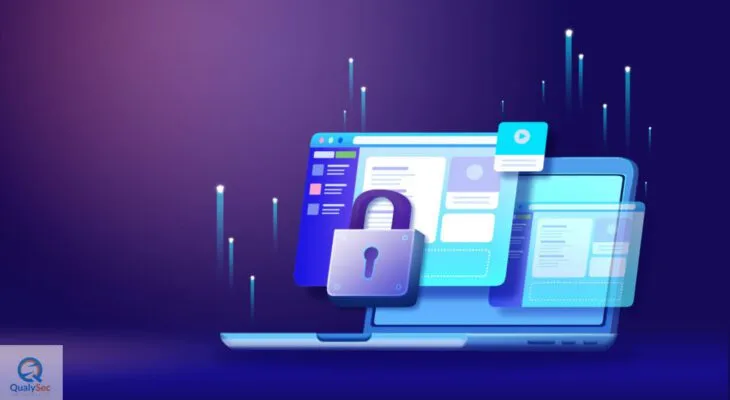







0 Comments